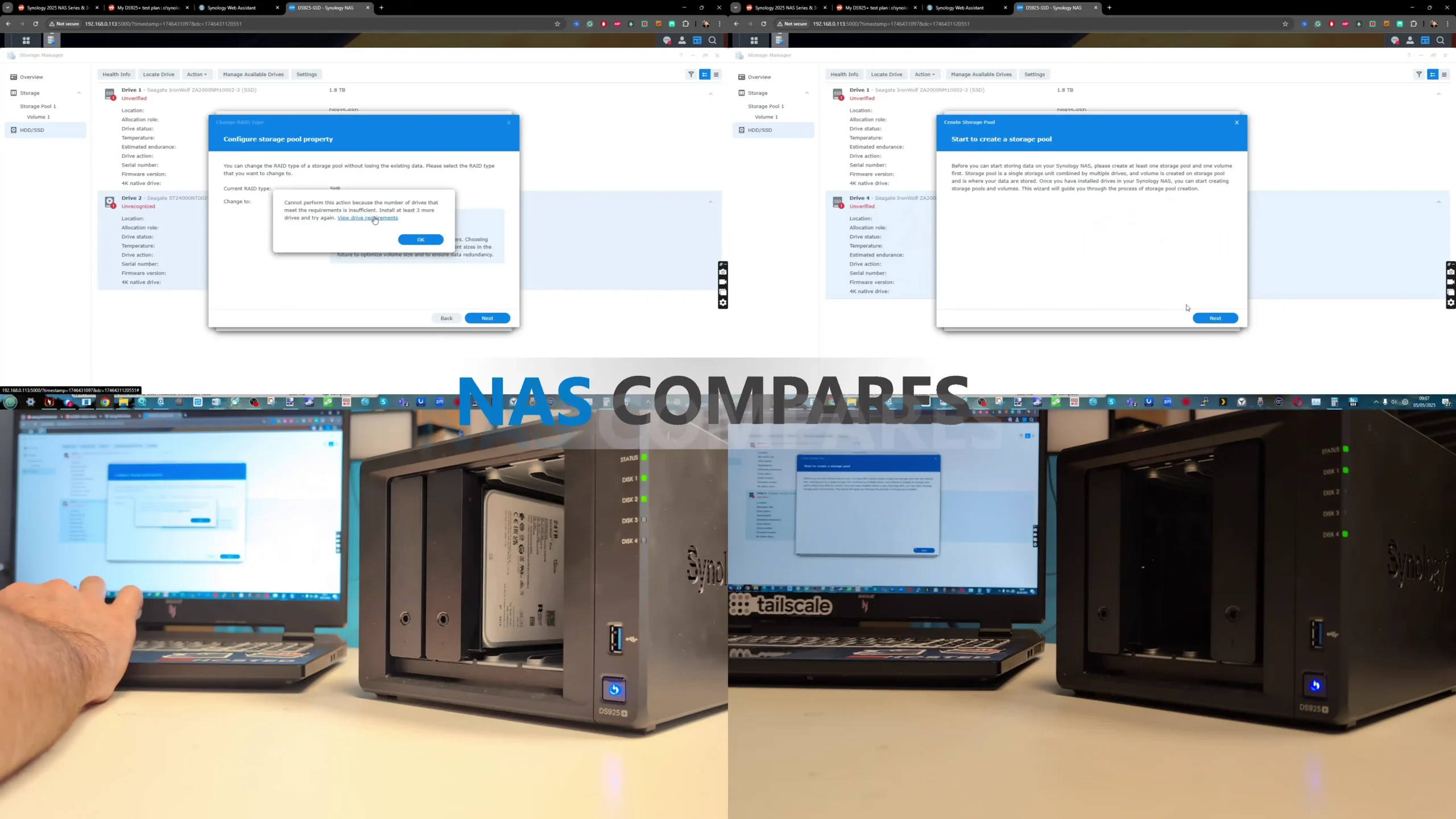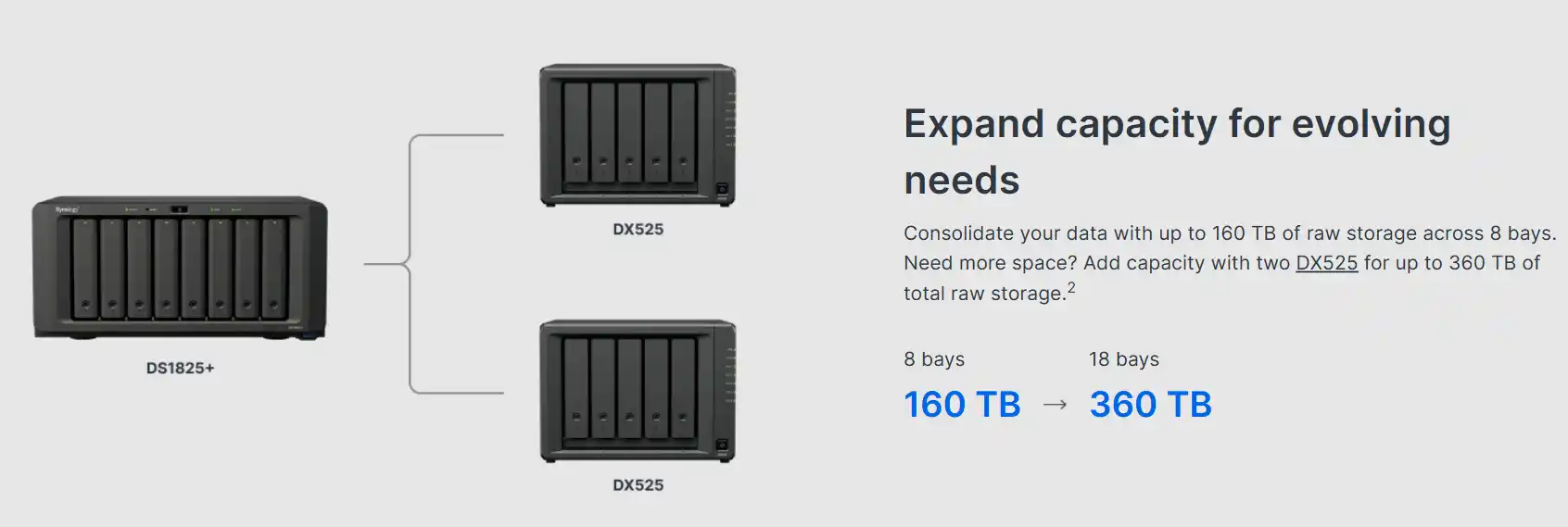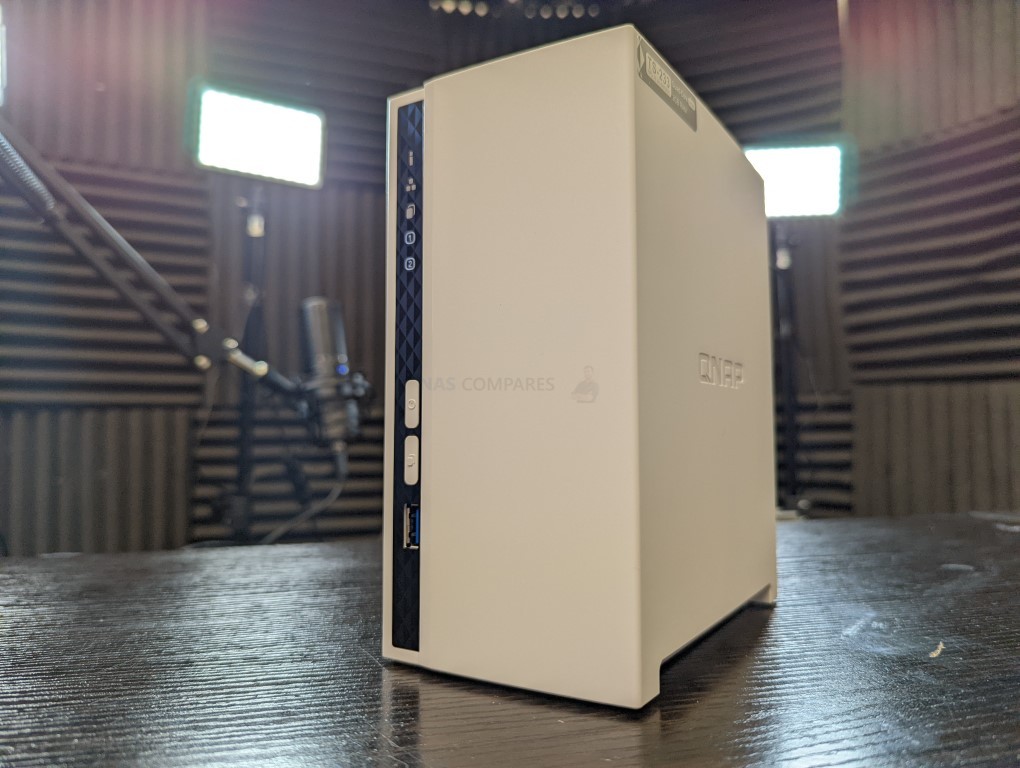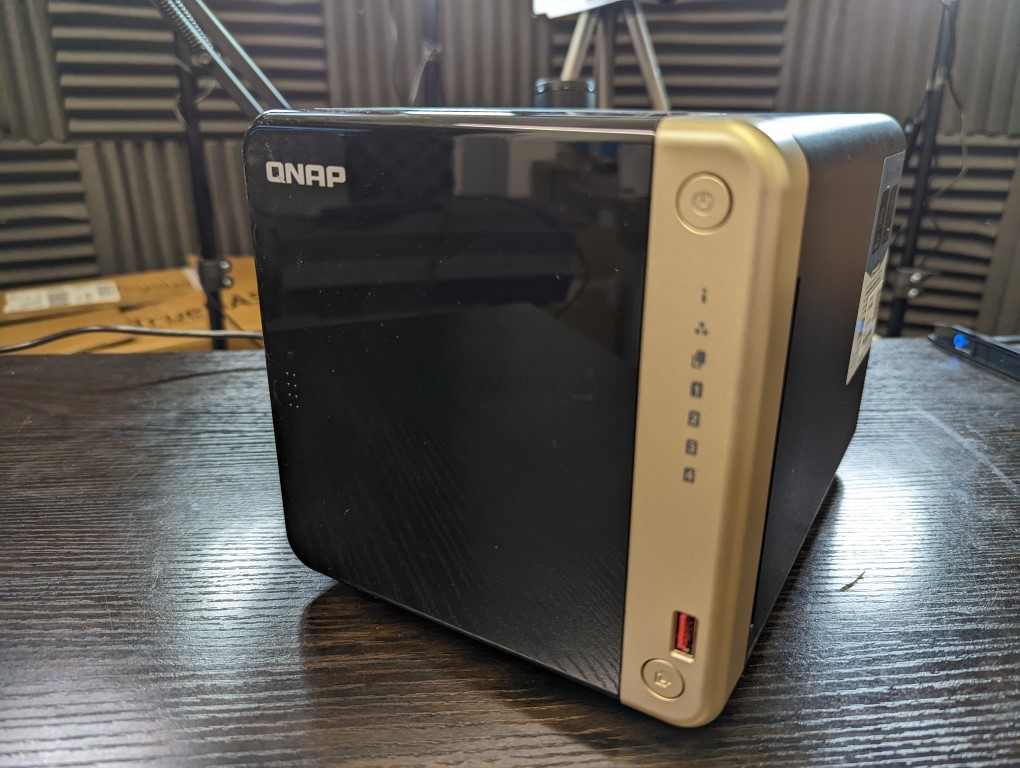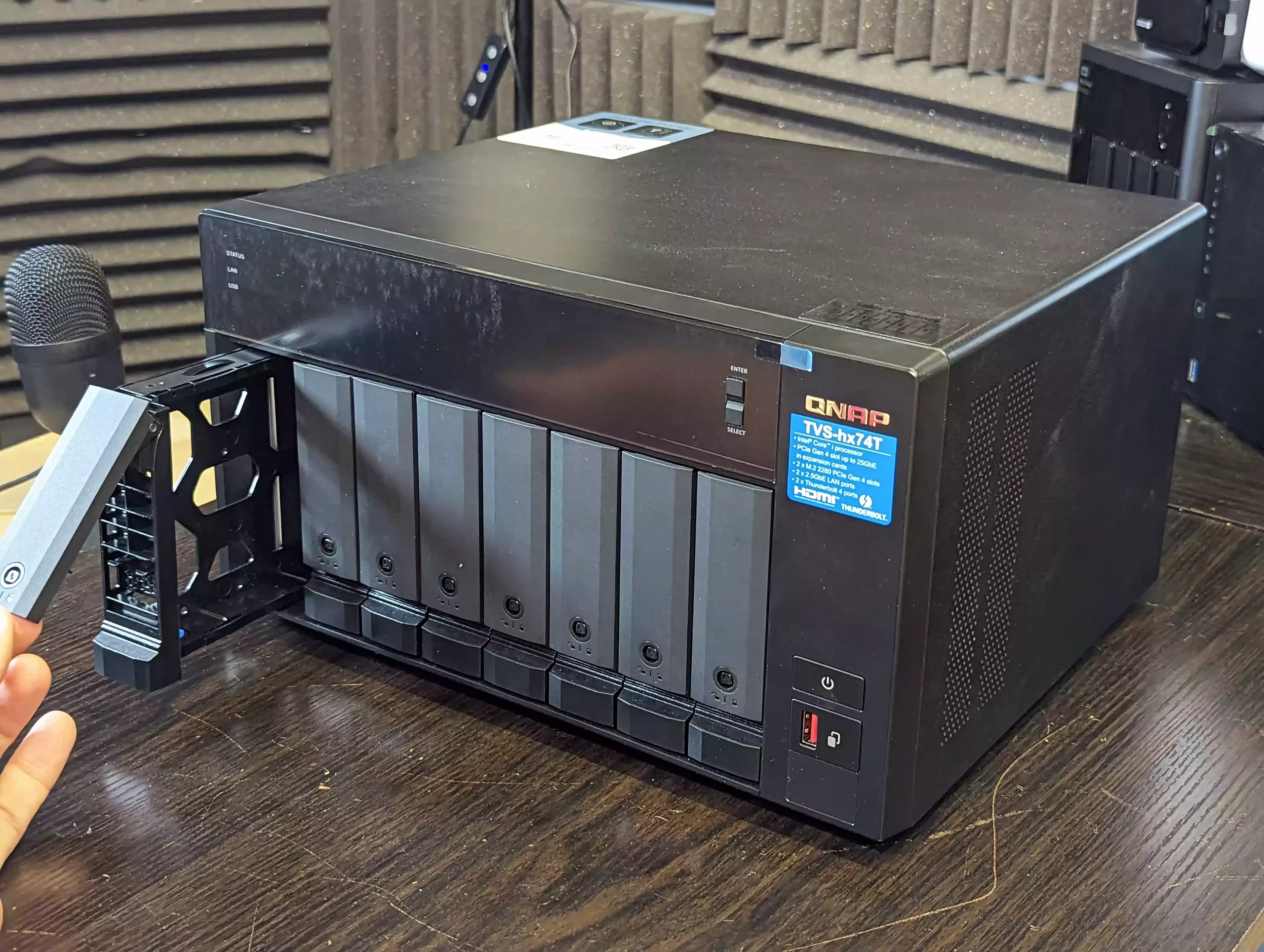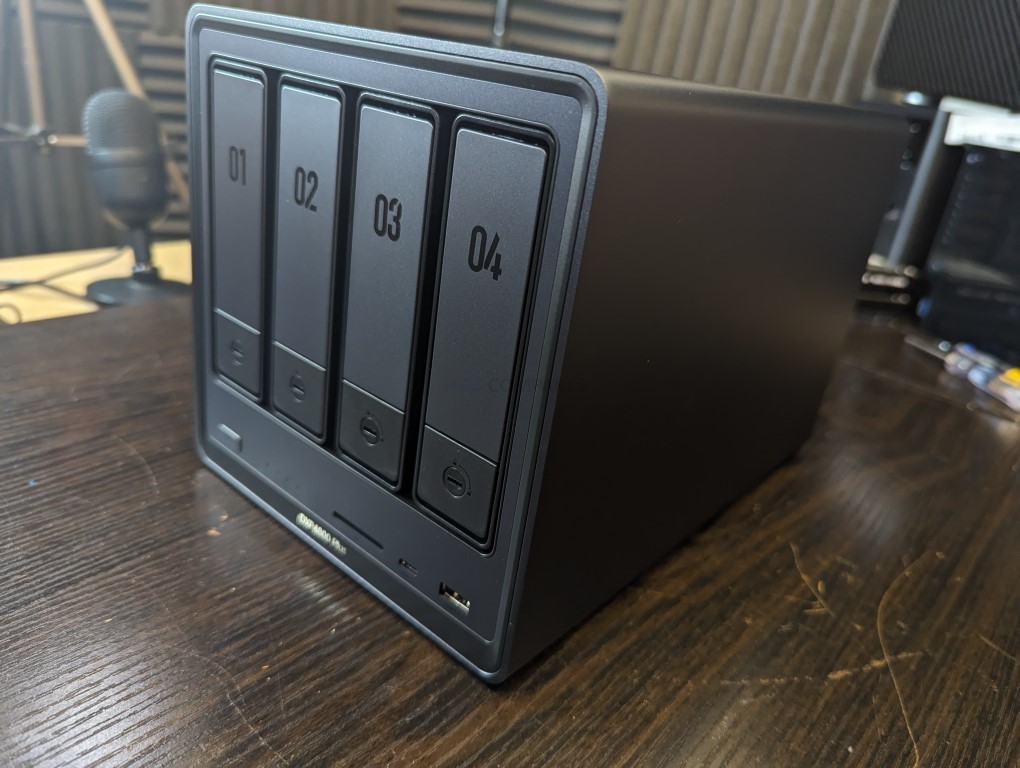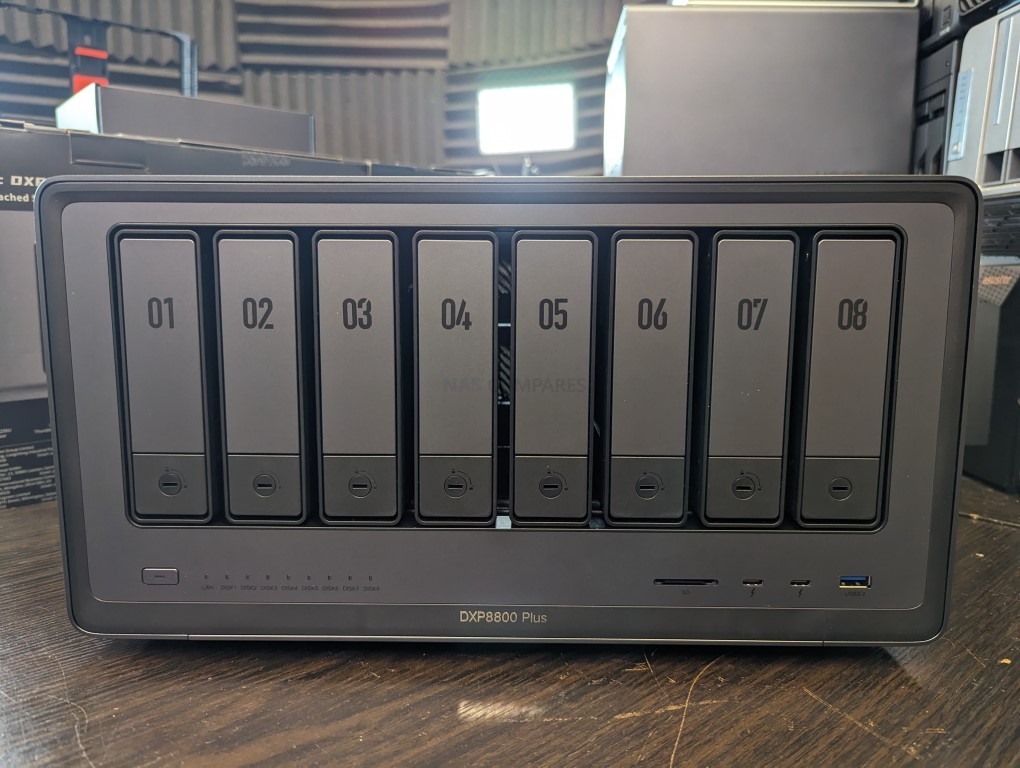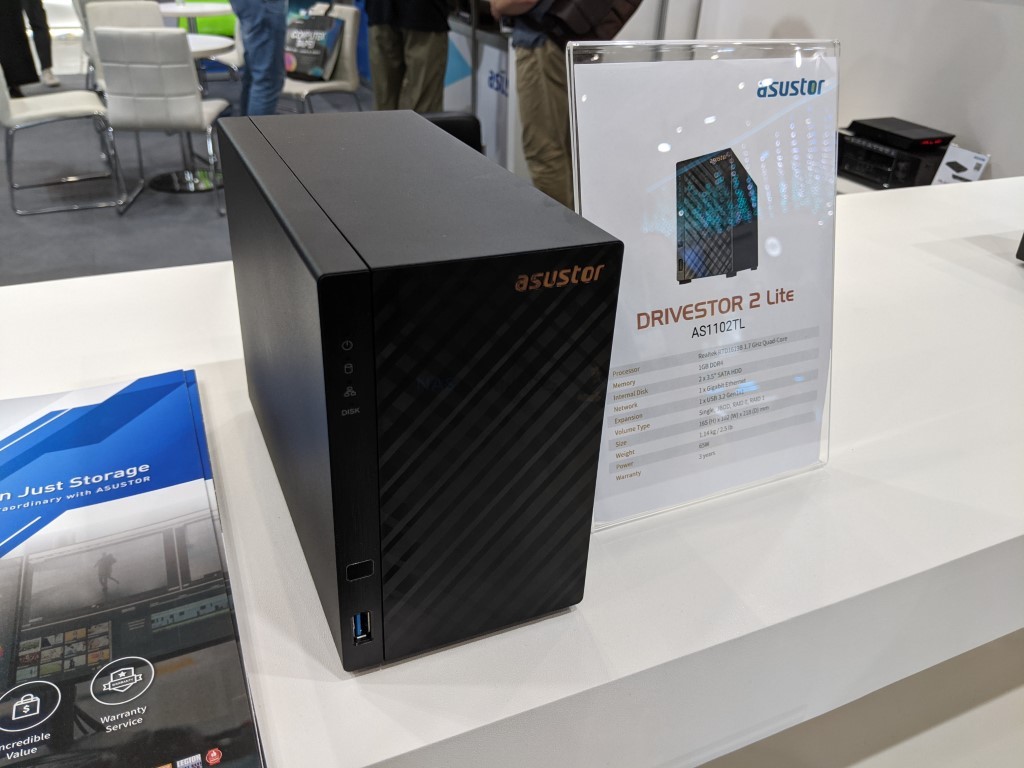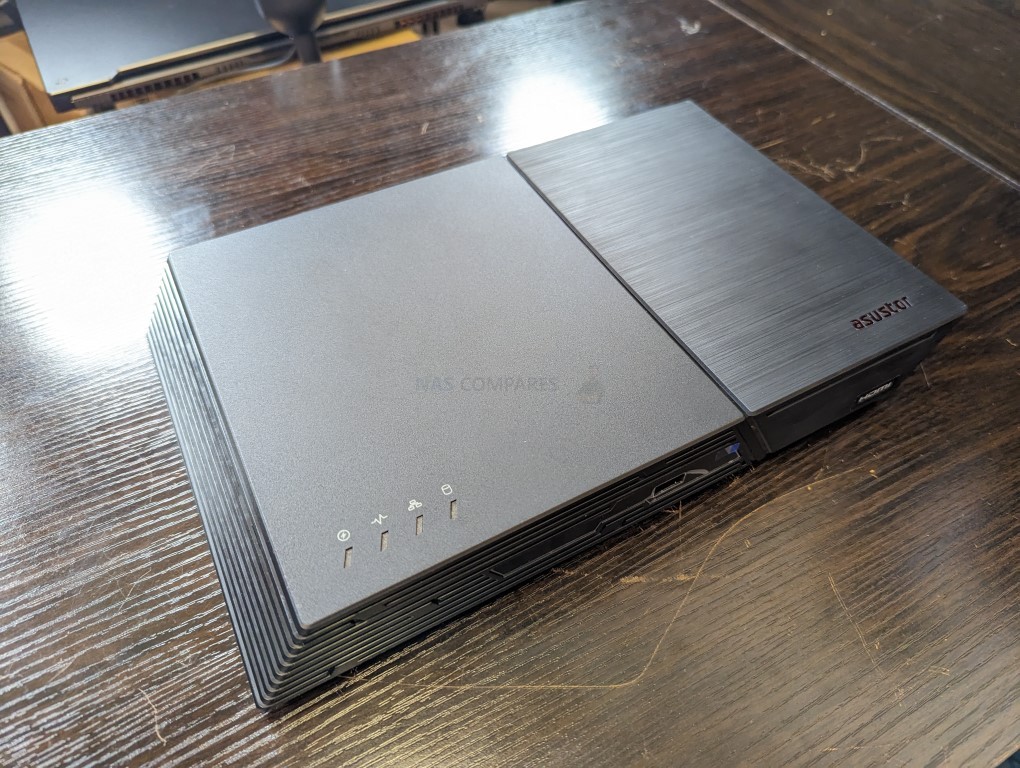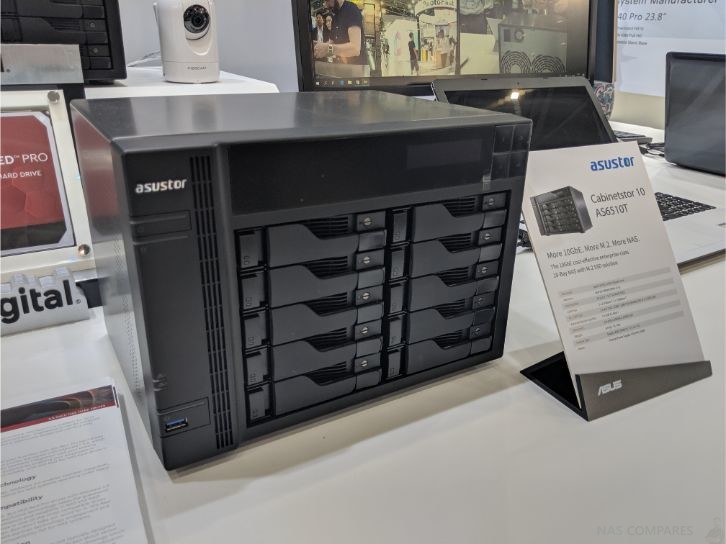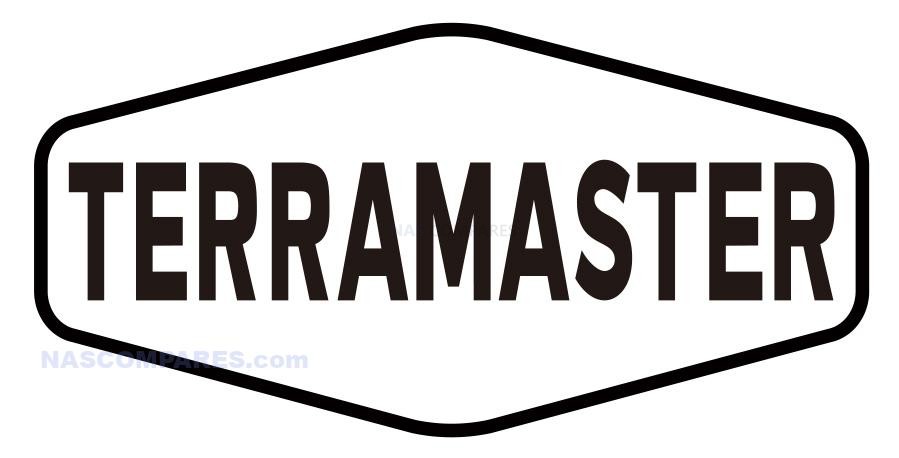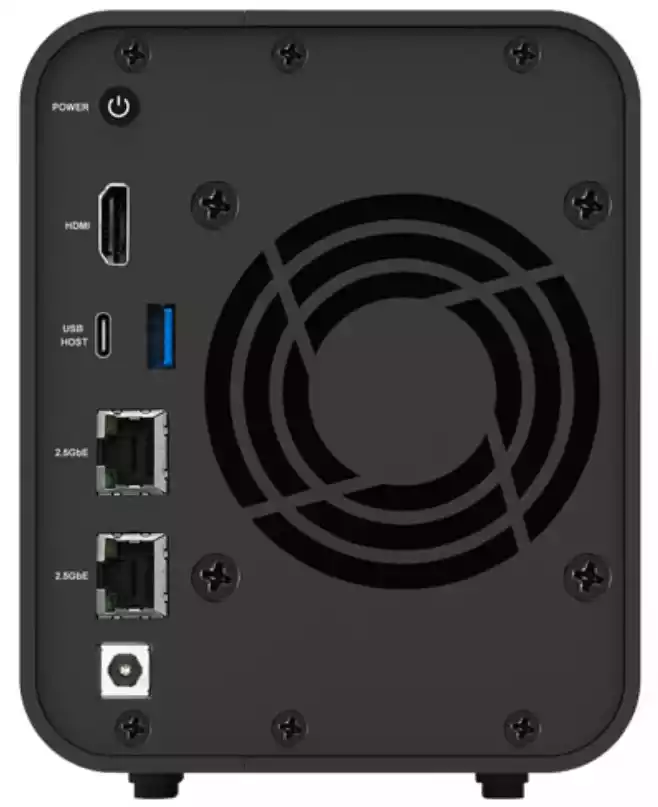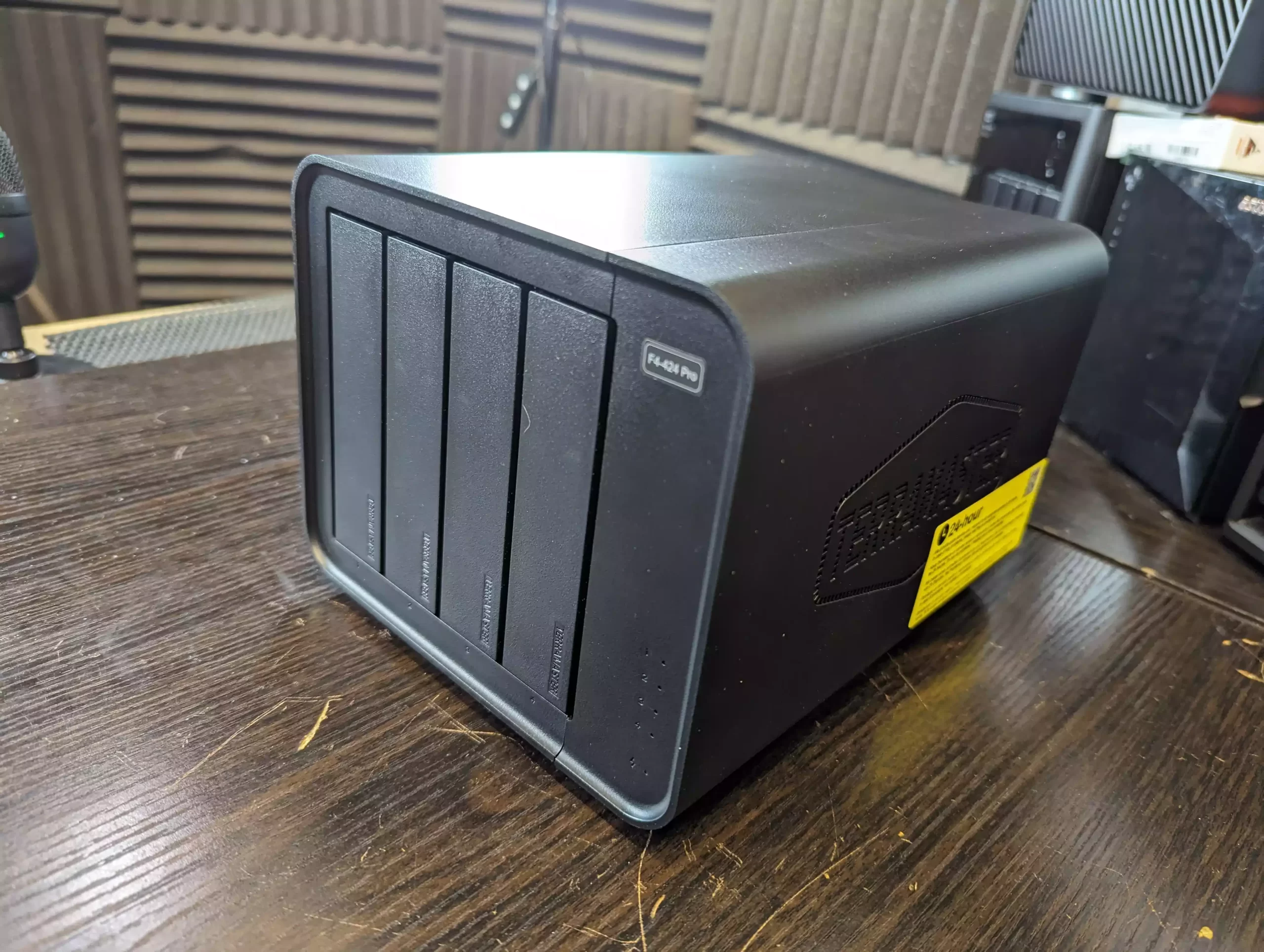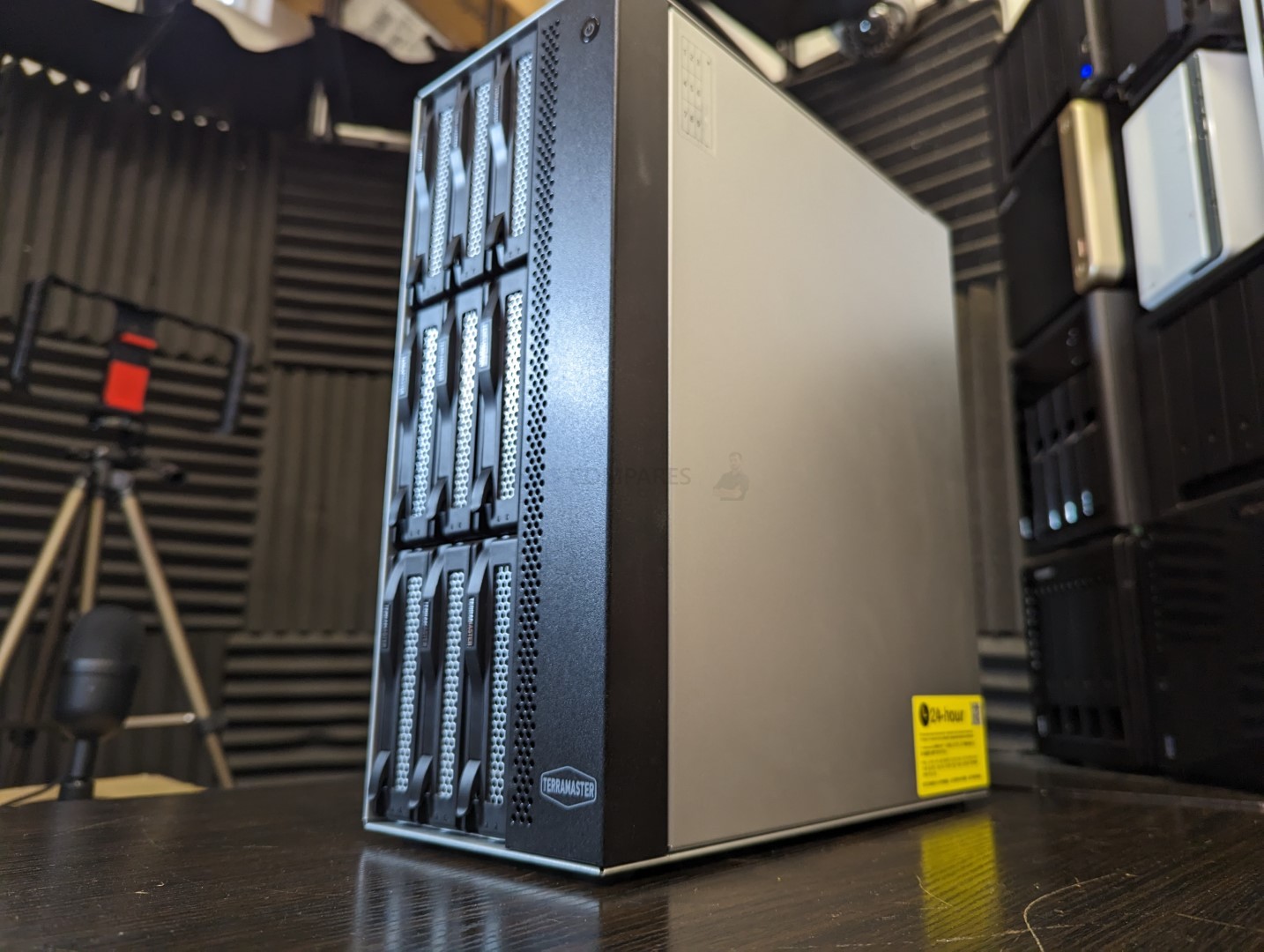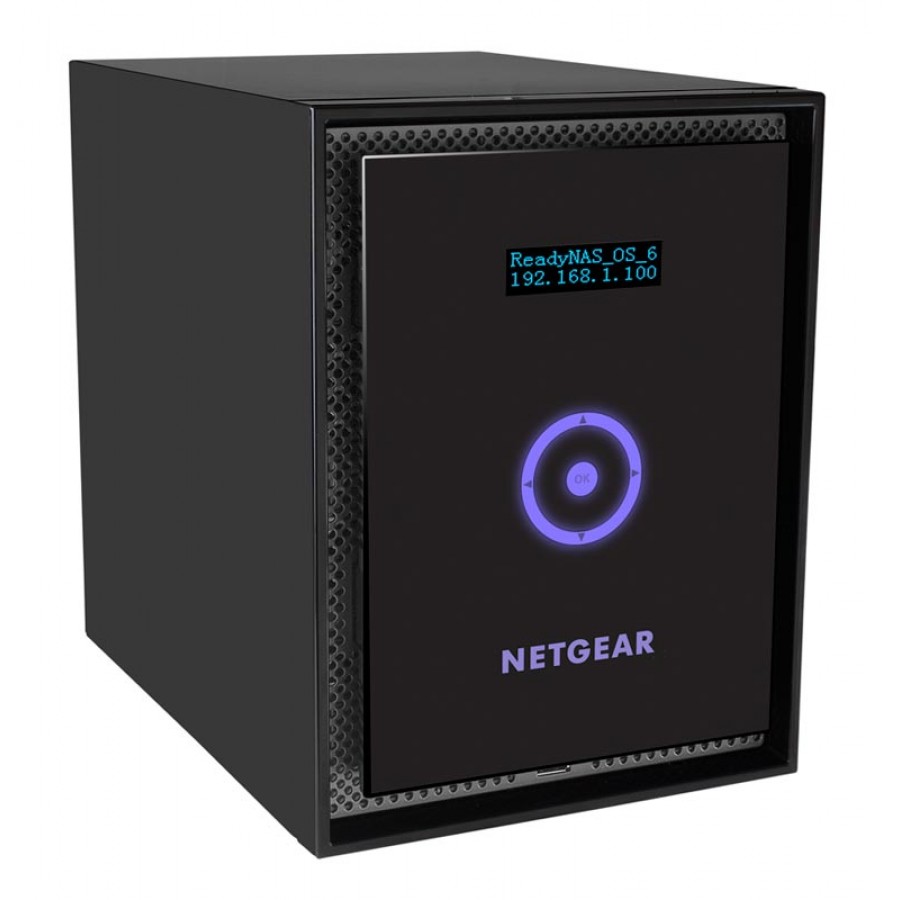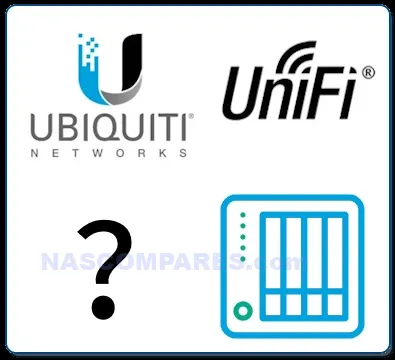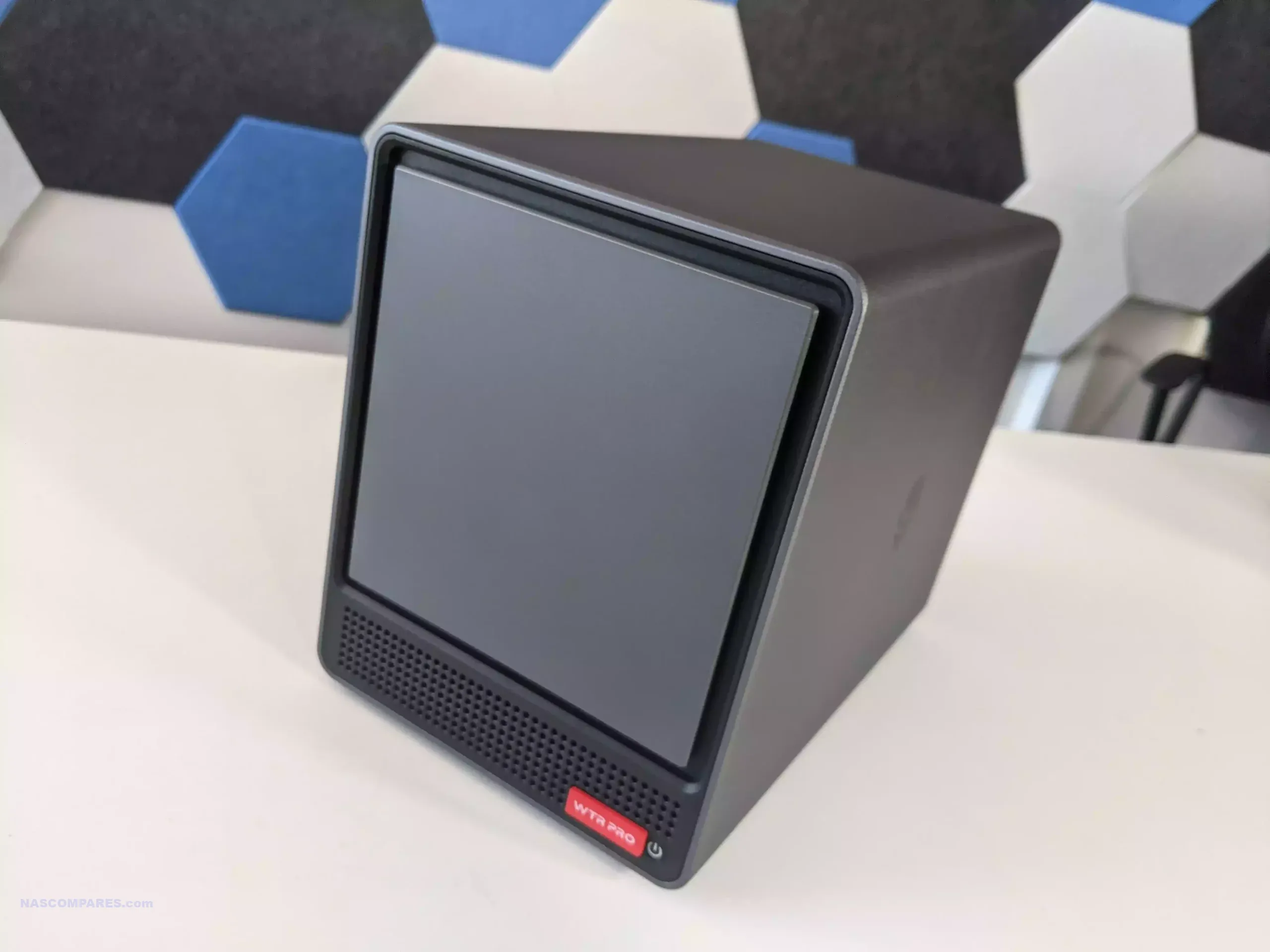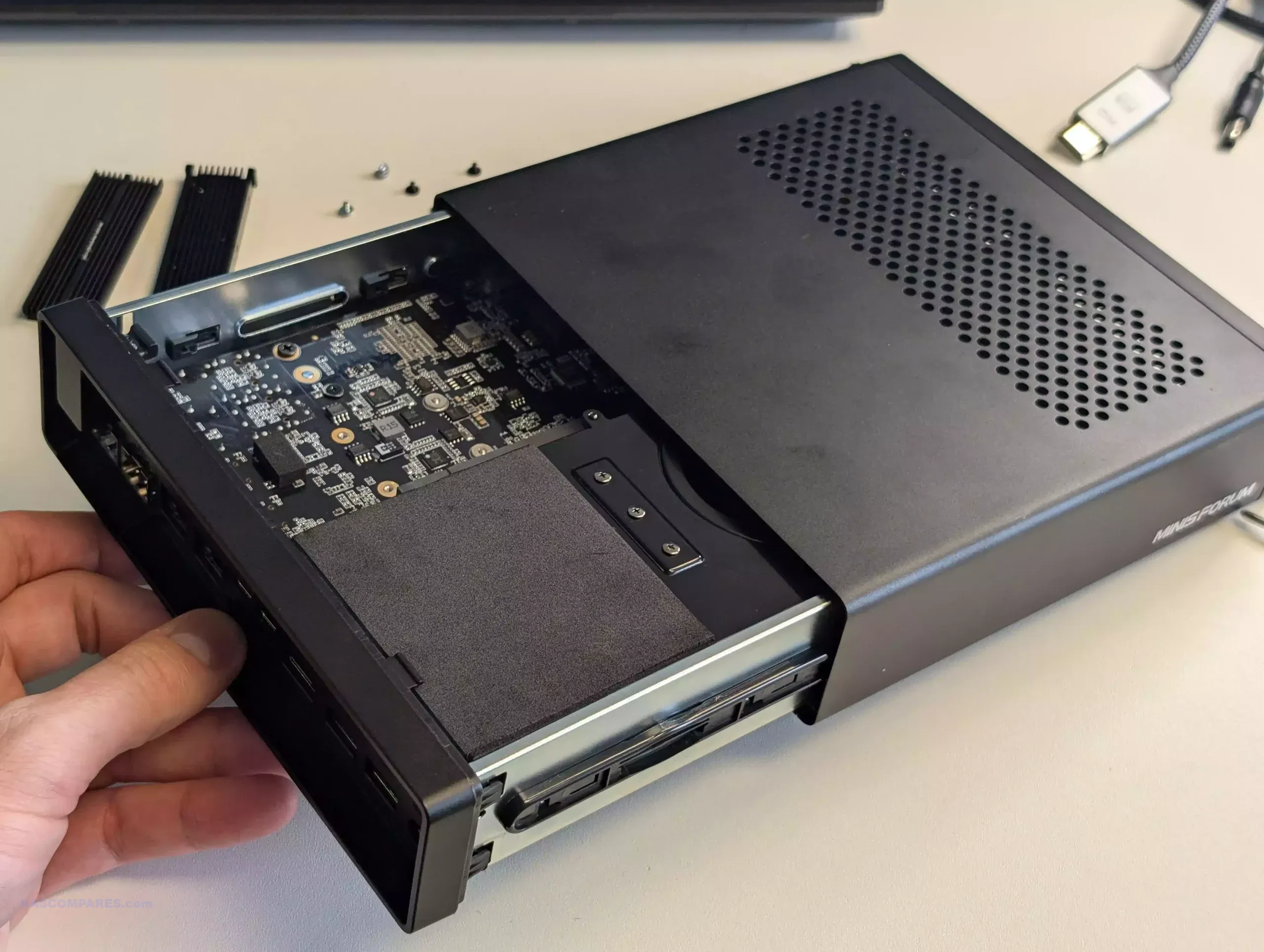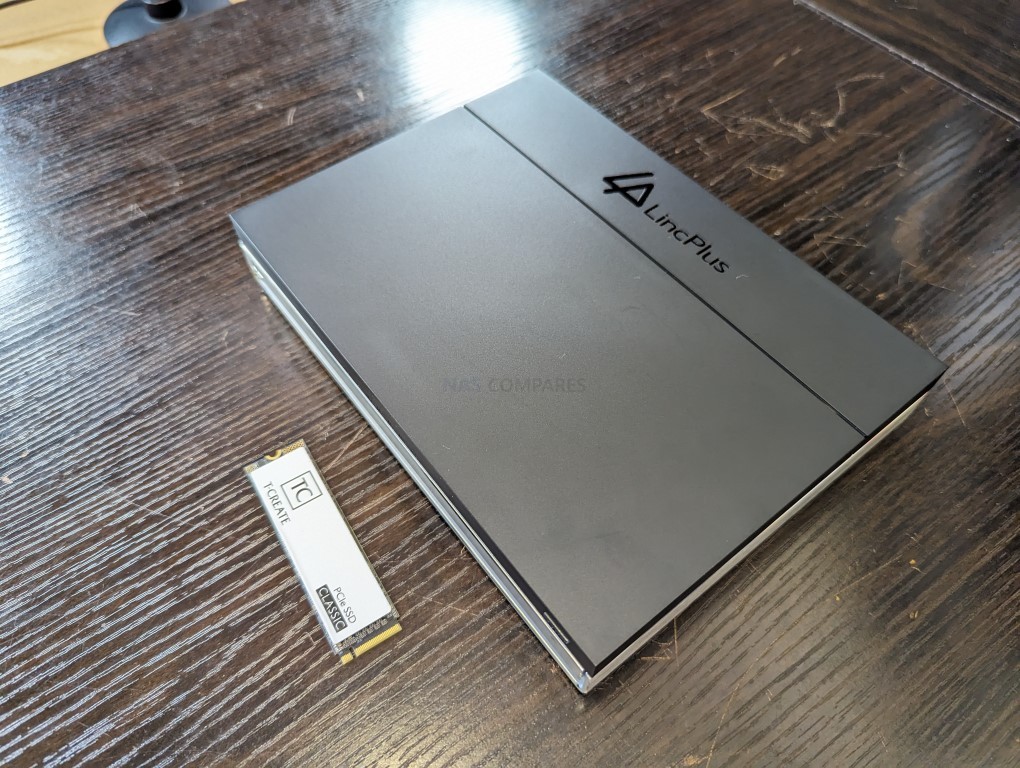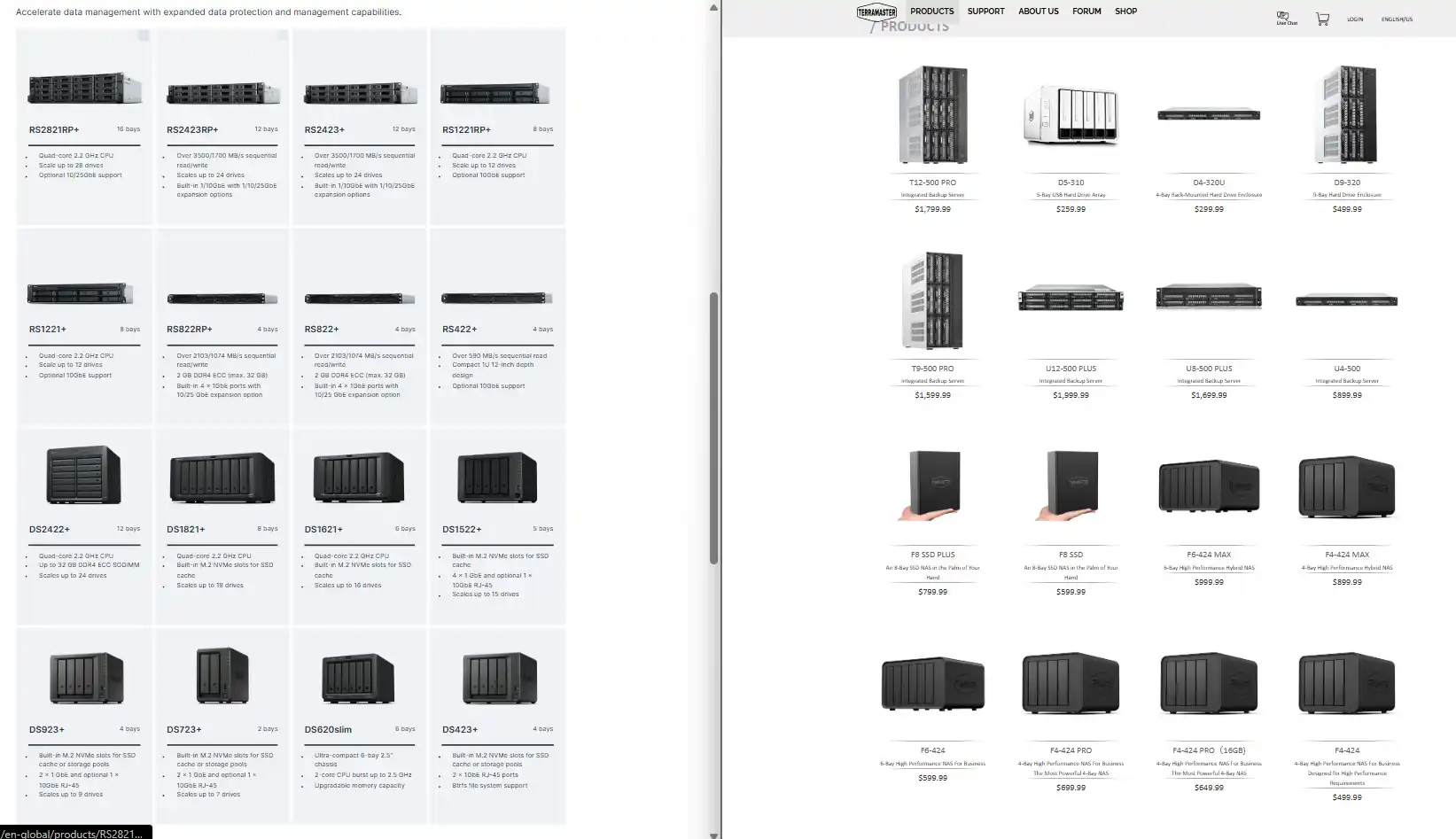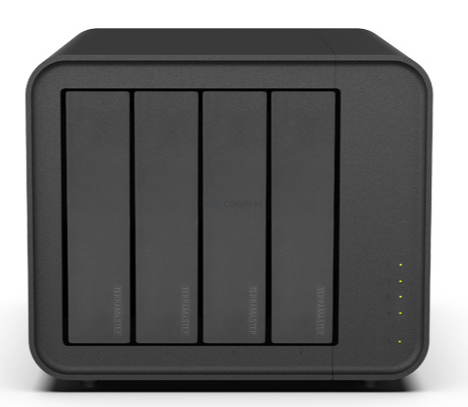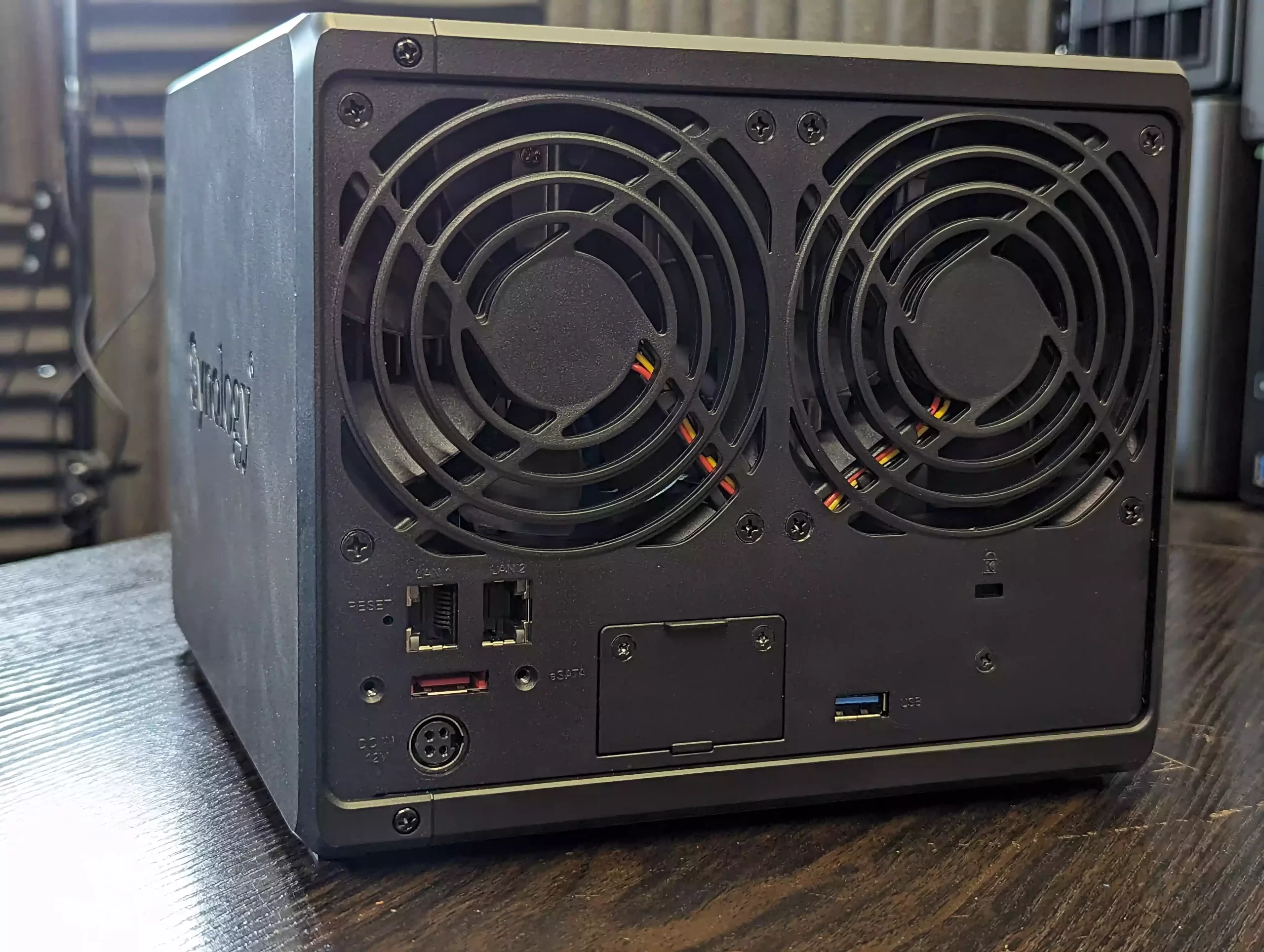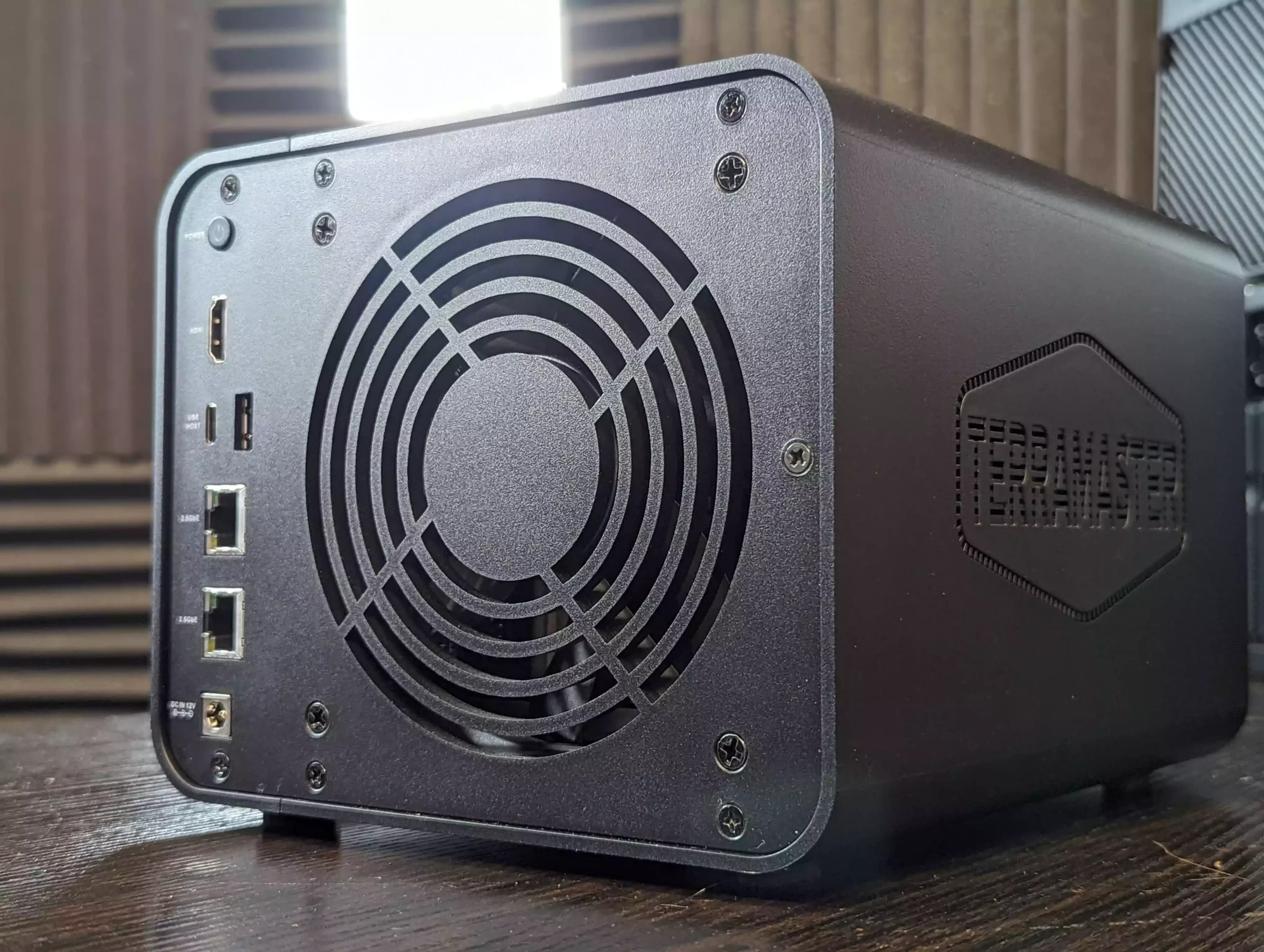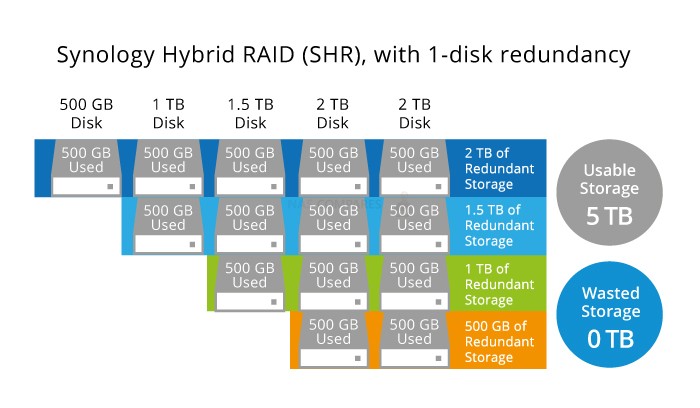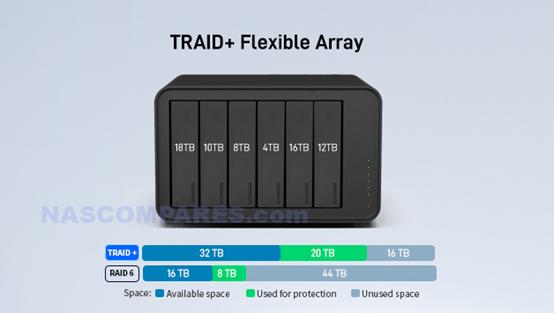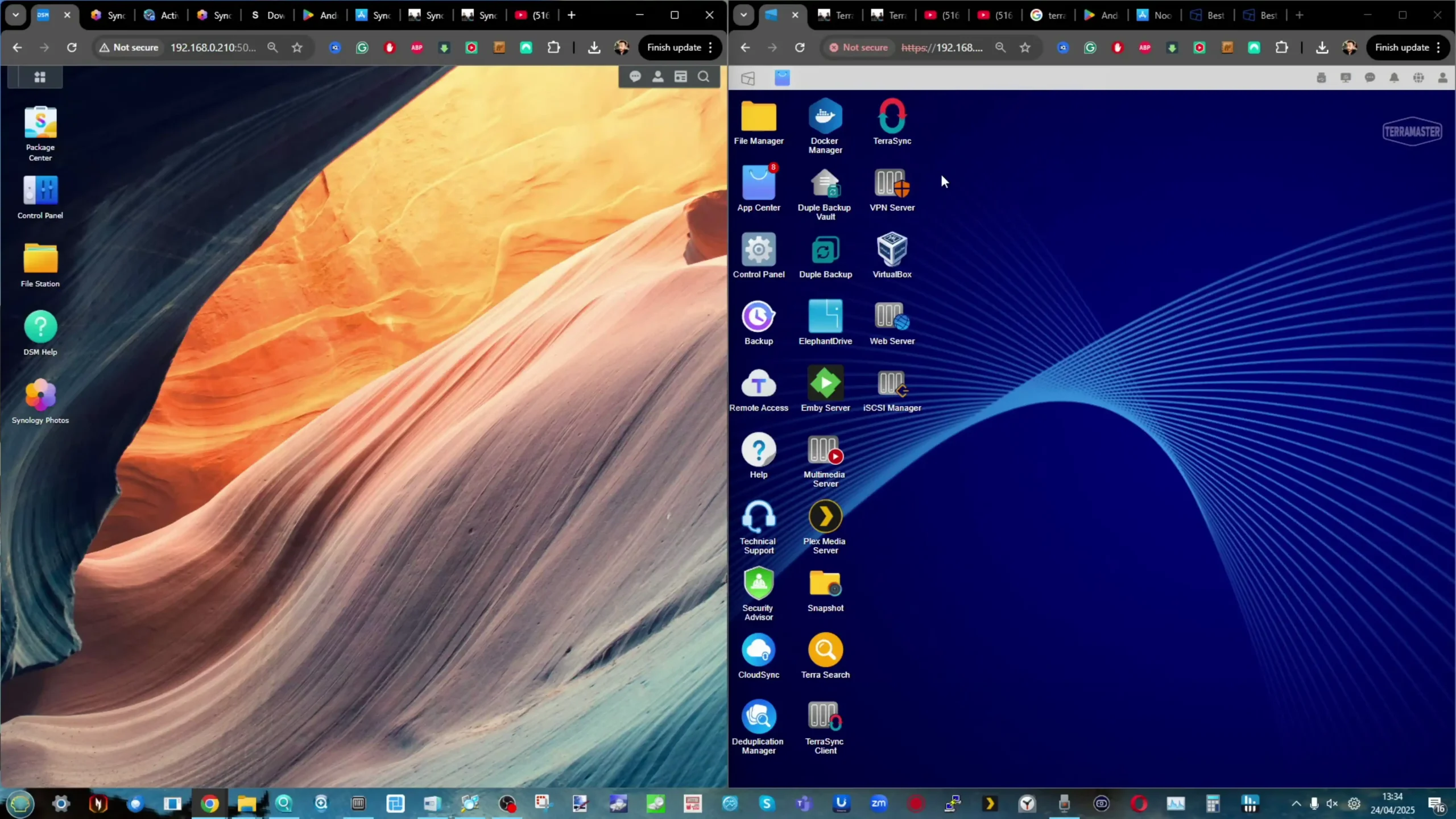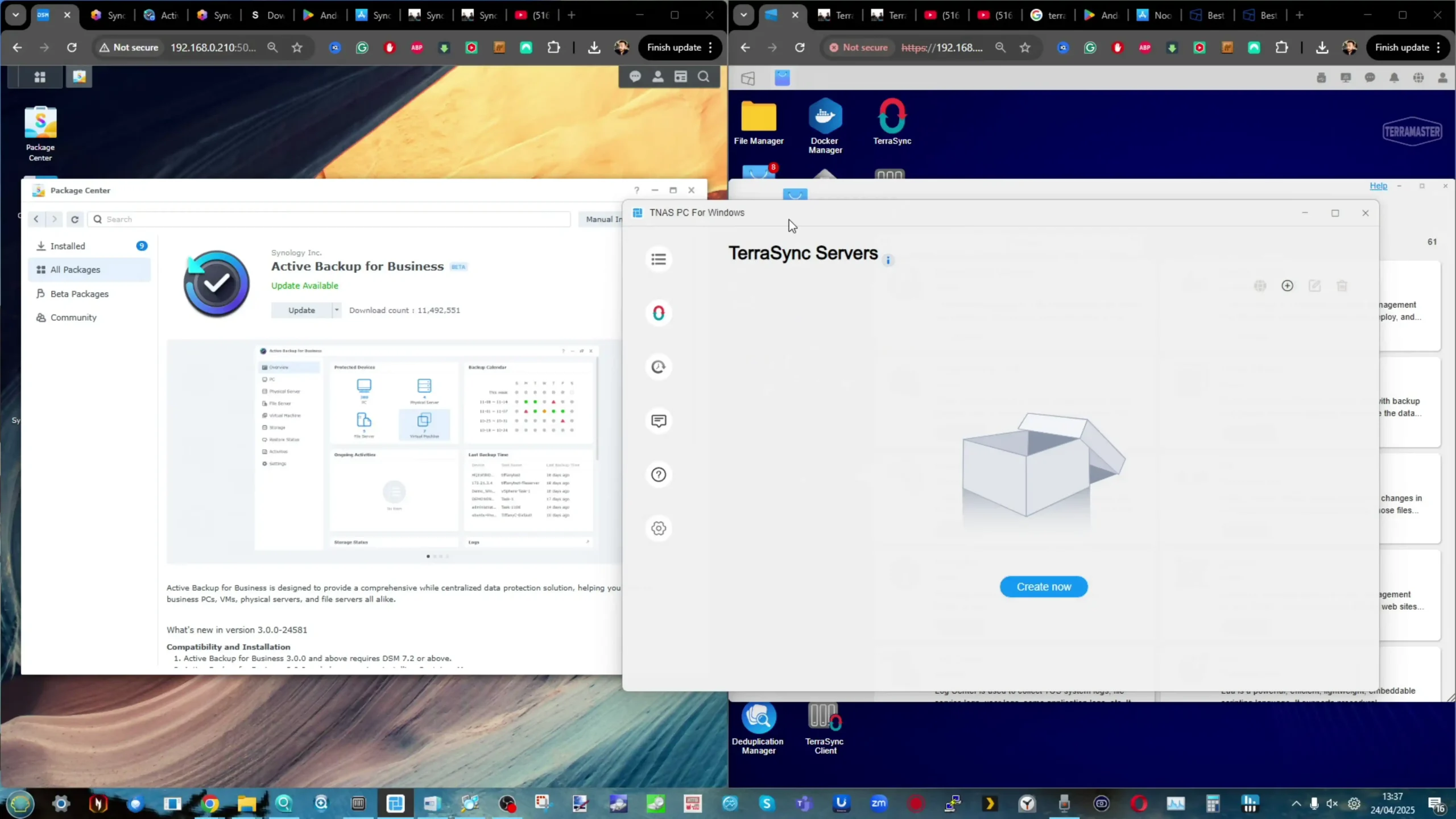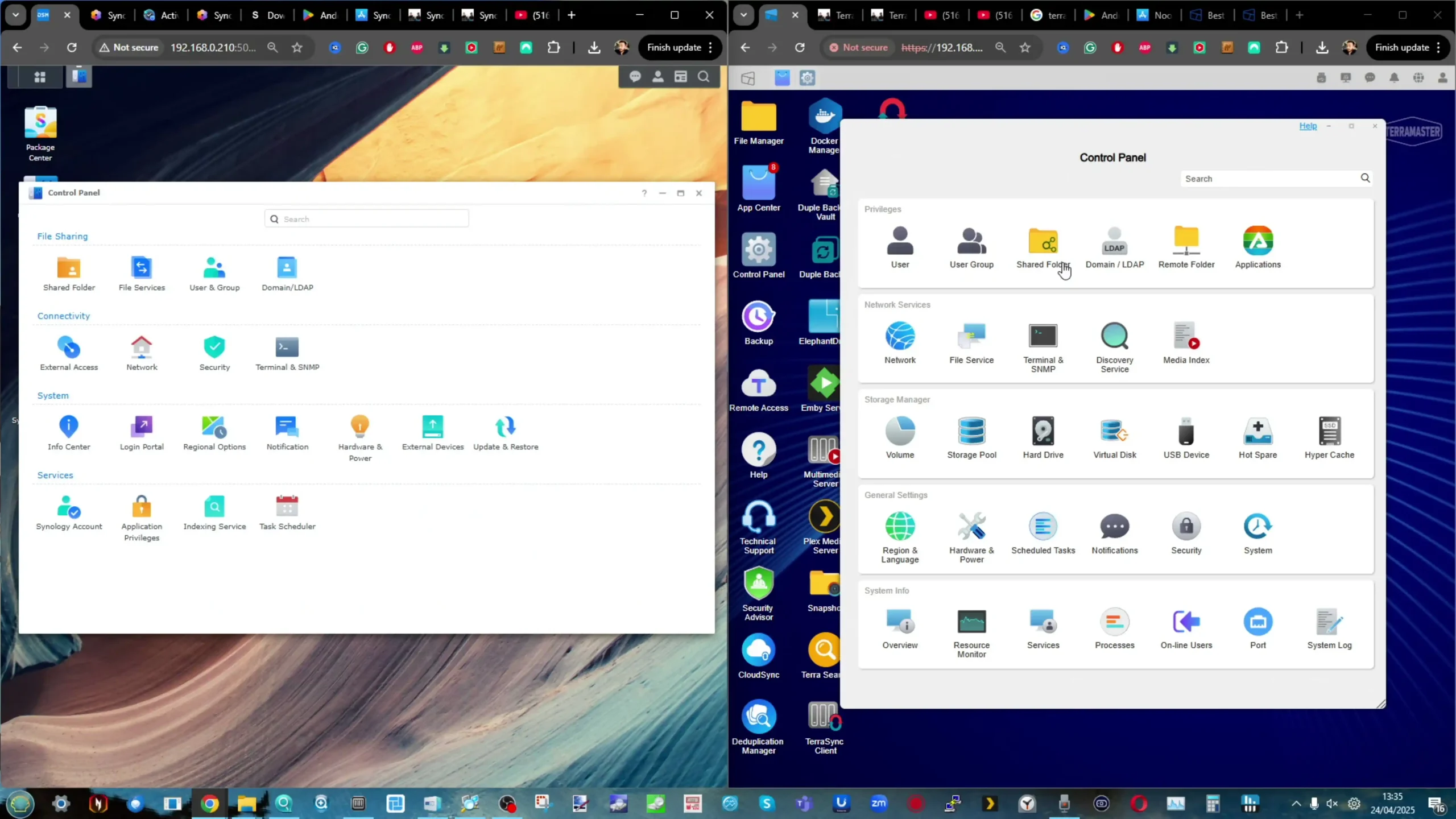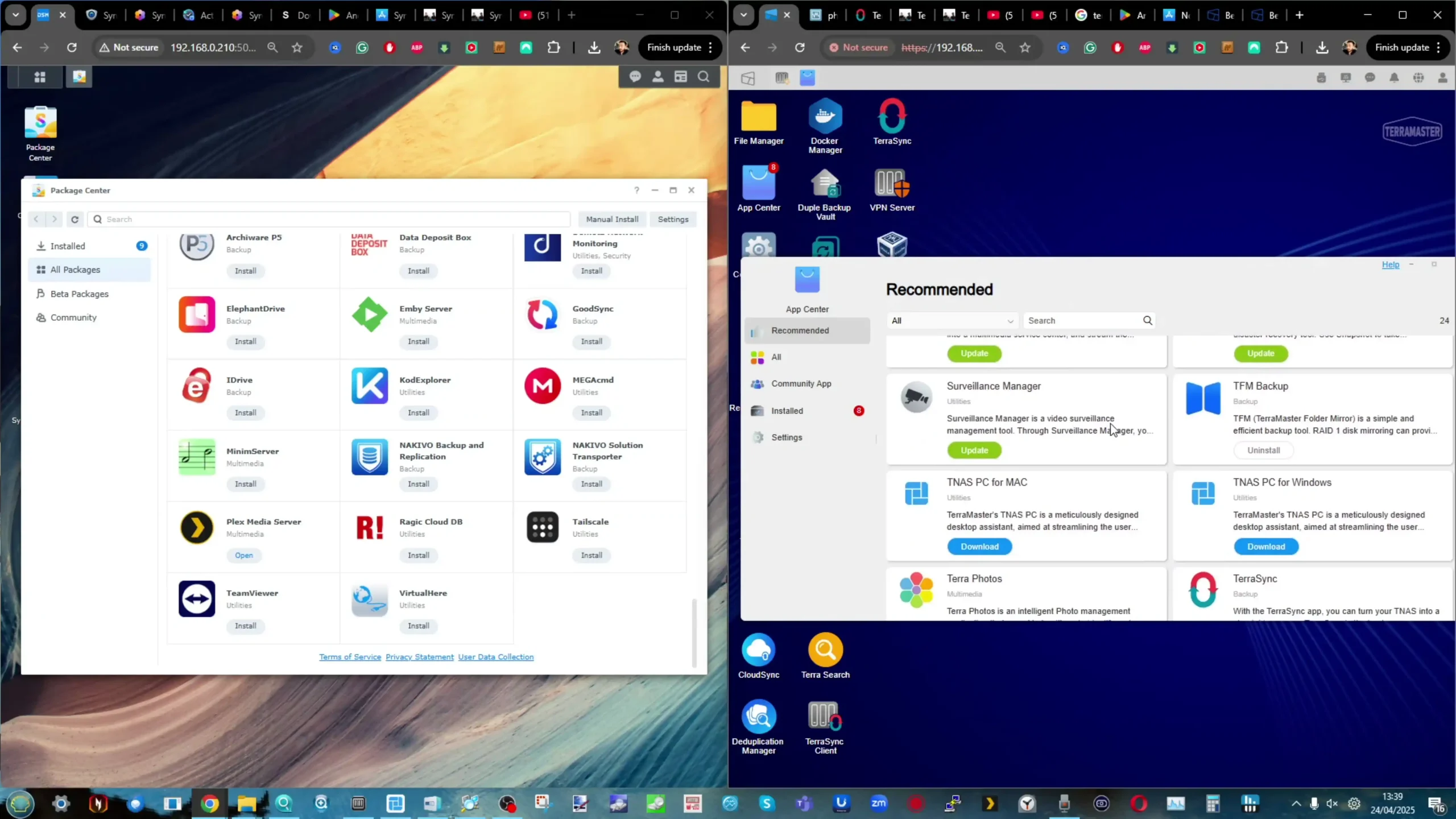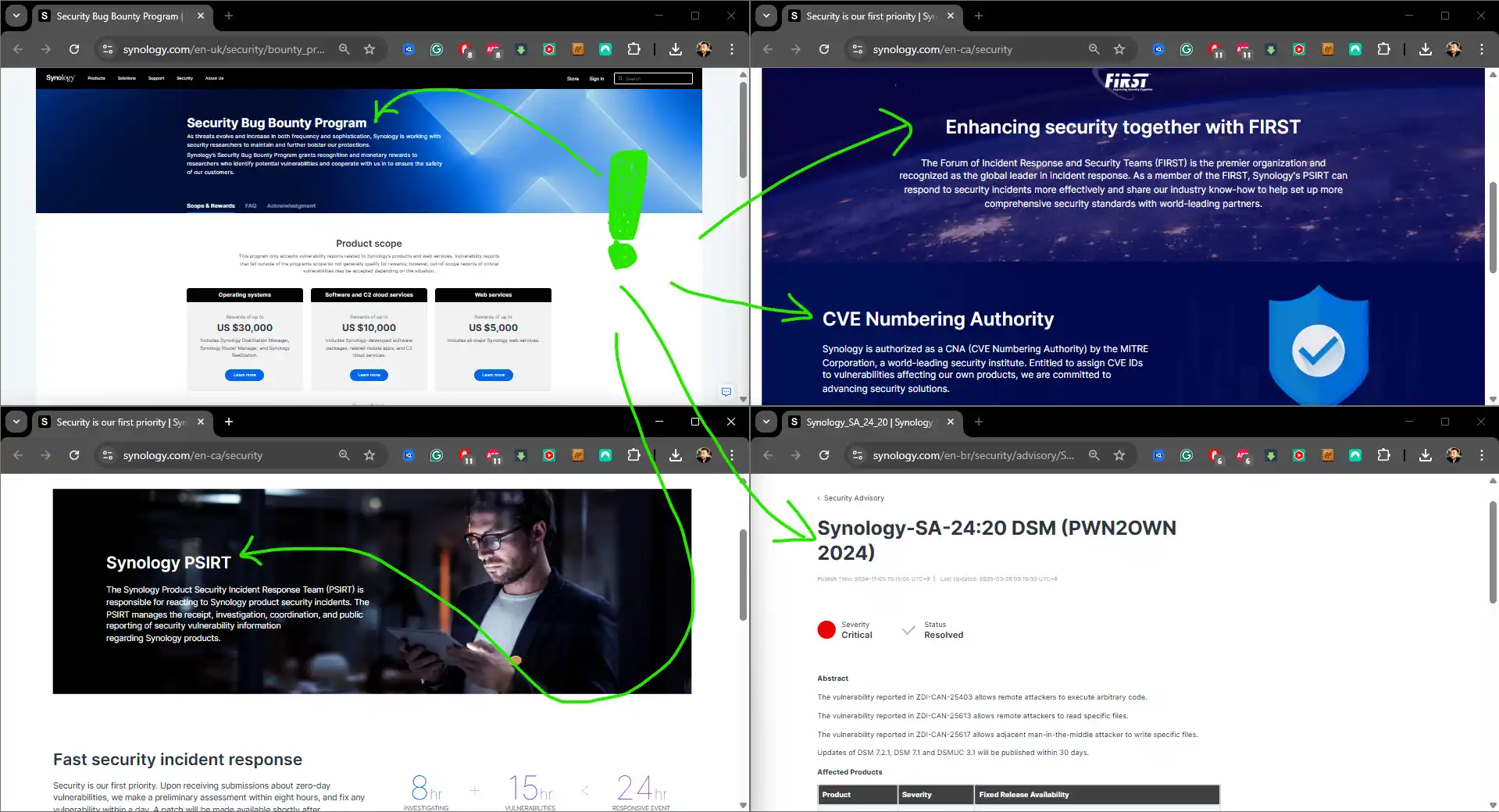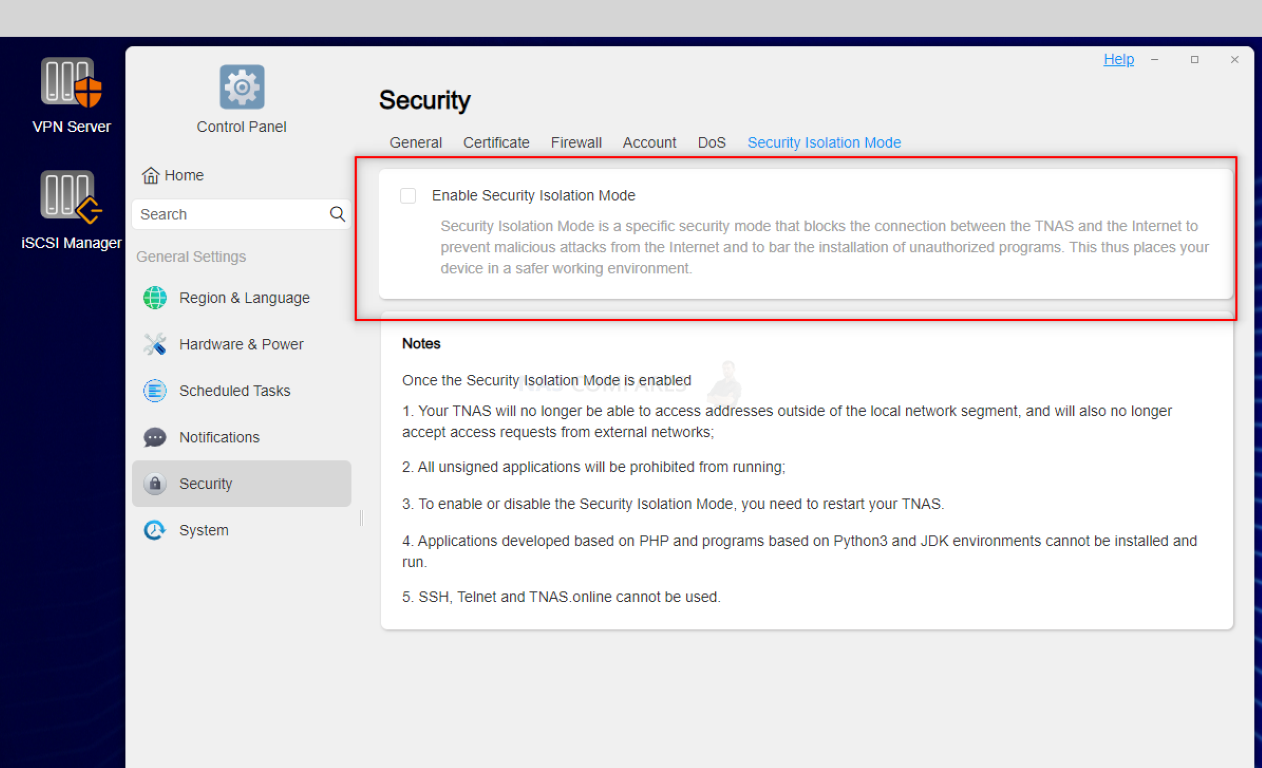Synology DS1825+ NAS Review
Review of the Synology DS1825+ NAS – Locked In?
The Synology DS1825+ is the latest 8-bay desktop NAS in the company’s established Plus series, positioned as the direct successor to the DS1821+ that launched in late 2020. After a considerable gap of nearly four years, expectations were high for significant improvements in hardware and features to match the evolving needs of small businesses, creative professionals, and advanced home users. Synology has chosen to retain the same AMD Ryzen V1500B processor, a quad-core 2.2 GHz CPU, while doubling the base memory to 8 GB ECC and upgrading the network interfaces to dual 2.5GbE. Notably, the DS1825+ also introduces tighter drive and SSD compatibility controls, supporting only Synology-validated HDDs and NVMe SSDs for storage pools. These decisions have sparked debate within the NAS community over whether the incremental updates and compatibility restrictions justify the increased price point. In this review, we examine how the DS1825+ performs in design, expandability, power efficiency, and software integration, and evaluate its suitability as a flexible yet reliable NAS solution in 2025.
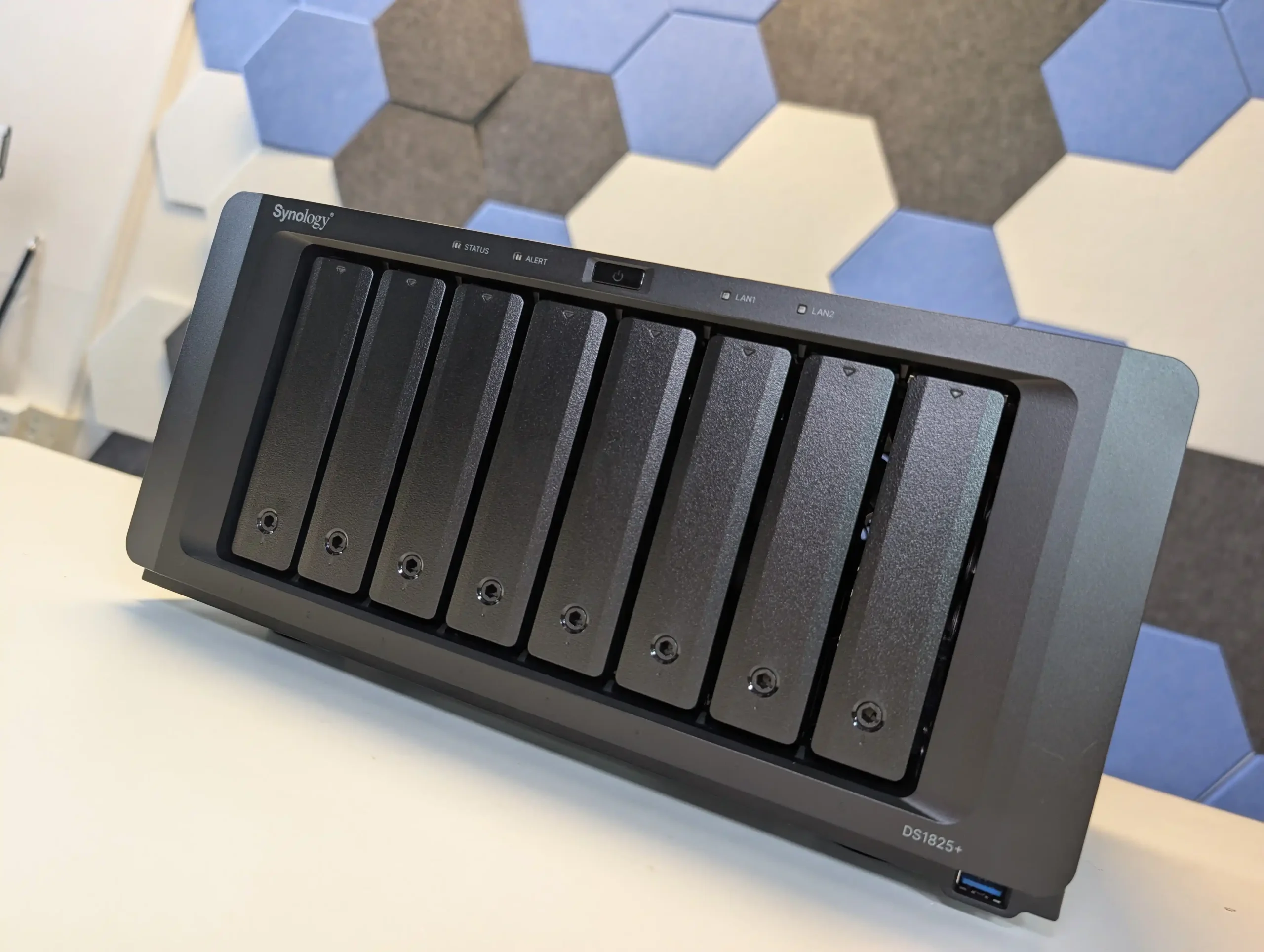
Synology DS1825+ NAS Review – Quick Conclusion
The Synology DS1825+ is a solid but measured update to the company’s long-running 8-bay Plus series, combining a proven and durable chassis design, dependable performance, and the full-featured DSM software ecosystem with only modest hardware enhancements over its predecessor. The system maintains the robust all-metal build quality, excellent serviceability, quiet dual-fan cooling, and eight hot-swappable drive bays, expandable to 18 total with DX525 units for future growth. Notable upgrades include doubling the default memory to 8 GB ECC, scalable up to 32 GB for virtualization and heavy workloads, and replacing the DS1821+’s four 1GbE ports with two faster 2.5GbE ports that support link aggregation, failover, and SMB multichannel to better utilize modern networks. Internally, the Ryzen V1500B processor continues to deliver stable and consistent performance across tasks like file serving, virtual machines, snapshots, and surveillance, but it clearly lags behind newer processors in efficiency, PCIe bandwidth, and GPU-accelerated media handling, limiting its appeal for use cases like Plex transcoding or advanced PCIe storage.
DSM remains the system’s strongest attribute, offering a comprehensive suite of business-grade features including Btrfs snapshots, hybrid cloud replication, Docker, SAN Manager, and support for up to eight virtual machines and dozens of IP cameras, all managed through a user-friendly interface. However, the increasingly strict hardware validation policy for HDDs and SSDs means DSM features such as RAID recovery, hot spares, and SSD storage pools require Synology-verified components, which can drive up costs and limit flexibility compared to earlier models. In our testing, the DS1825+ delivered reliable performance, predictable noise and power levels, and excellent expandability, but it trades openness and cutting-edge hardware for stability, integration, and controlled user experience. It is best suited for buyers already invested in the Synology ecosystem who prioritize seamless software, long-term support, and predictable operation over maximum hardware choice or price optimization. But like many Synology solutions released in 2025, this is a product marred by their increasingly aggressive media compatibility policy and, in months to come, if/when further alternative drives appear on the support lists – many of us will wonder what the point of it all was. This is a solid solution, that is tainted by a significant and artifical shortcoming created by the brand themselves. I still recommend it, but be aware of it’s qwerks.
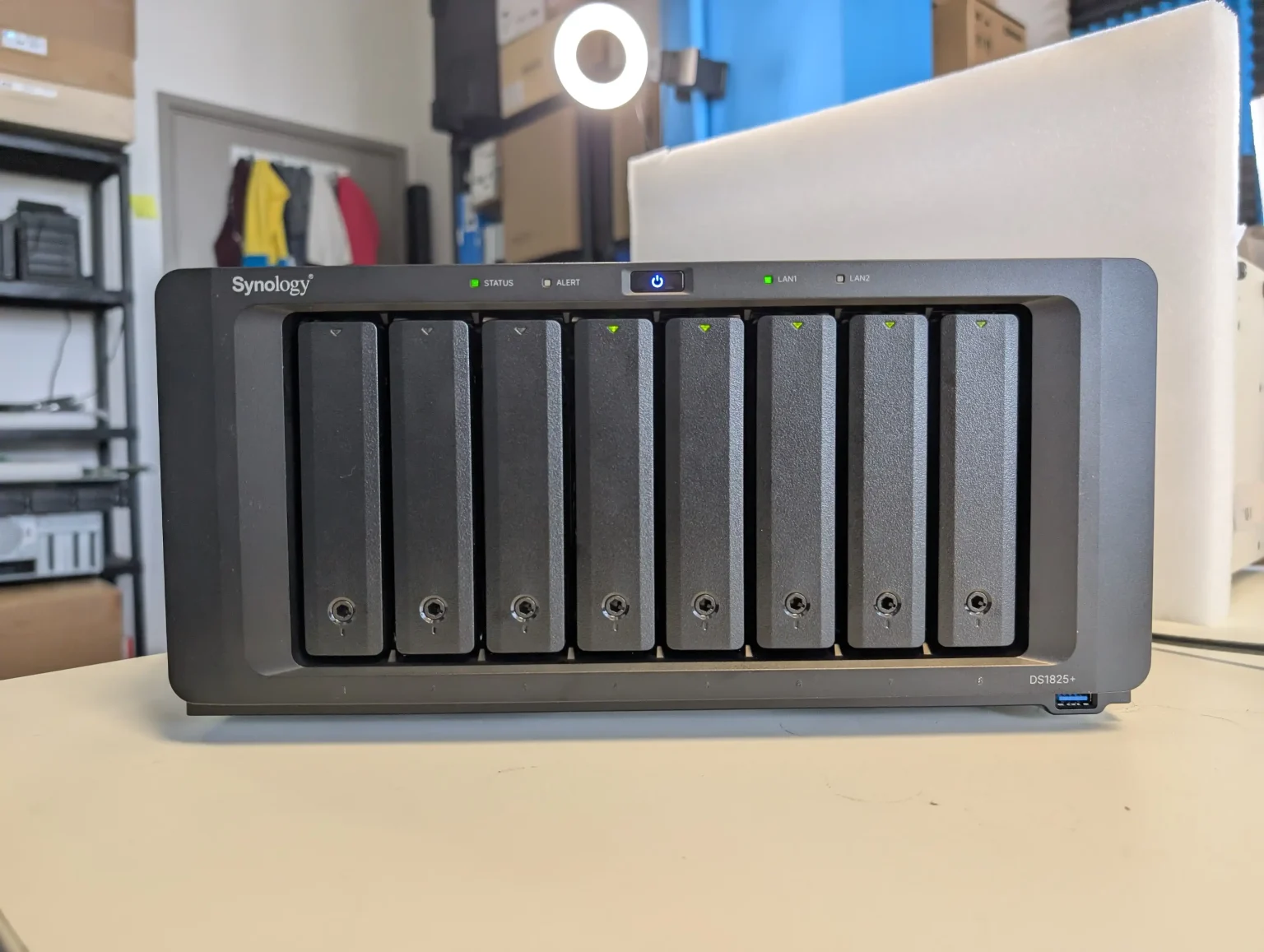

7.6
 Robust, all-metal chassis with excellent build quality and serviceability
Robust, all-metal chassis with excellent build quality and serviceability Eight hot-swappable drive bays, expandable to 18 with DX525 units
Eight hot-swappable drive bays, expandable to 18 with DX525 units Dual 2.5GbE ports with support for link aggregation and failover
Dual 2.5GbE ports with support for link aggregation and failover Default 8 GB ECC memory, scalable to 32 GB for advanced workloads
Default 8 GB ECC memory, scalable to 32 GB for advanced workloads Full DSM software feature set including virtualization and snapshots
Full DSM software feature set including virtualization and snapshots Quiet and efficient cooling with replaceable fans and selectable profiles
Quiet and efficient cooling with replaceable fans and selectable profiles Support for SSD caching and SSD storage pools with onboard NVMe slots
Support for SSD caching and SSD storage pools with onboard NVMe slots PCIe expansion slot for 10GbE NICs or greater
PCIe expansion slot for 10GbE NICs or greater
 Limited drive and SSD compatibility, requiring Synology-validated models
Limited drive and SSD compatibility, requiring Synology-validated models Retains older Ryzen V1500B CPU from predecessor launched 2021, lacking GPU
Retains older Ryzen V1500B CPU from predecessor launched 2021, lacking GPU Only two LAN ports versus four on the previous generation
Only two LAN ports versus four on the previous generation
Where to Buy a Product





![]()
![]()

VISIT RETAILER ➤






![]()
![]()

VISIT RETAILER ➤
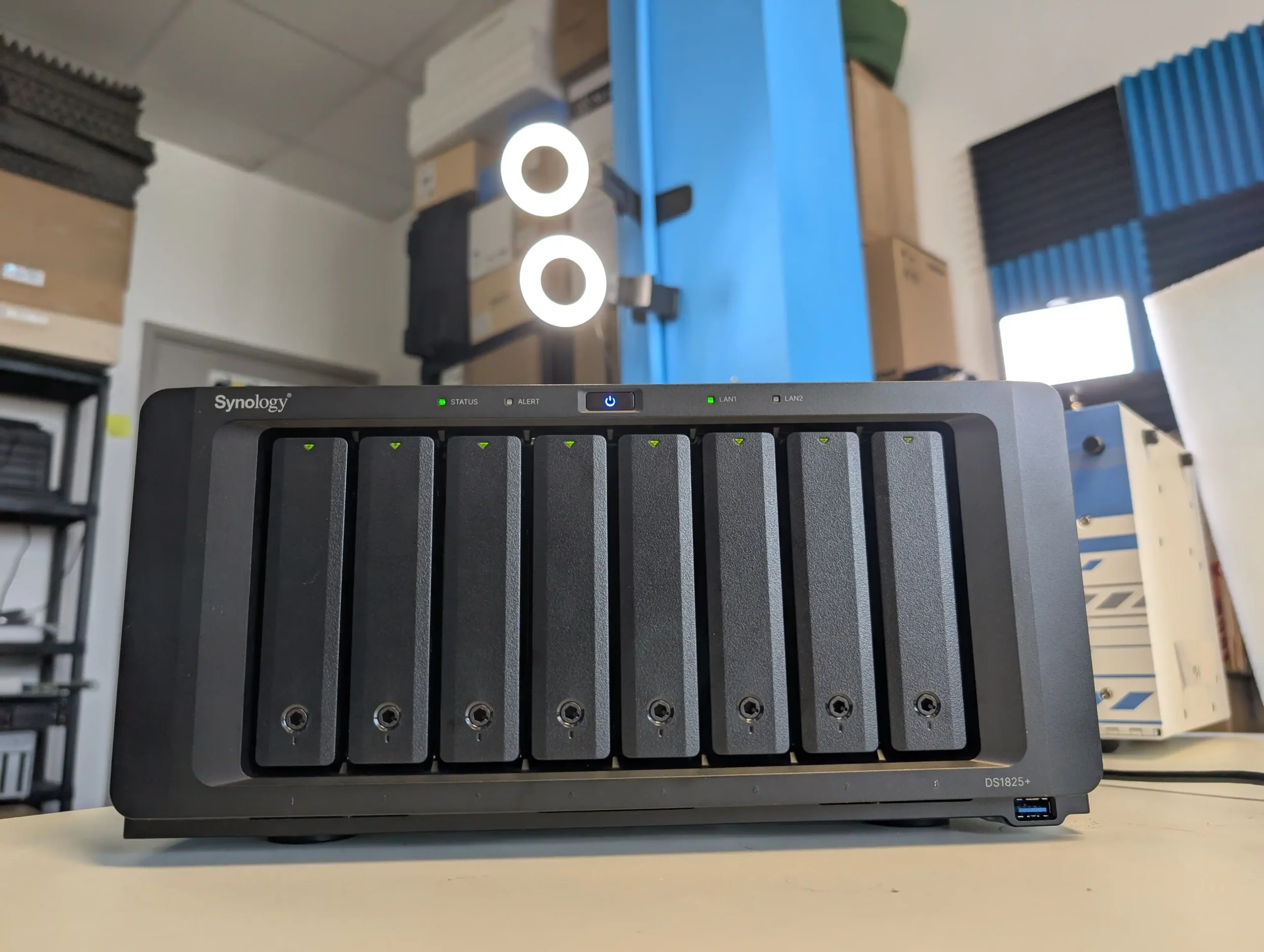
Synology DS1825+ NAS Review – Design & Storage
The DS1825+ continues Synology’s long-standing chassis design used across its larger desktop NAS models, retaining the familiar all-black metal and plastic enclosure. Measuring 166 mm high, 343 mm wide, and 243 mm deep, and weighing around 6 kg, it maintains the compact footprint expected of an 8-bay system while offering good internal airflow and accessibility. The front panel houses eight tool-less drive trays, each supporting either 3.5” SATA HDDs or 2.5” SATA SSDs, with hot-swapping supported on the main bays. Unlike the predecessor, this model enforces strict validation of drives, allowing only Synology-branded HAT5300 series HDDs and SAT5200/5210 SSDs, a significant limitation compared to earlier generations which were more permissive toward third-party drives. The front panel also features brightness-adjustable LEDs, a power button, and USB 3.2 ports for quick external access.
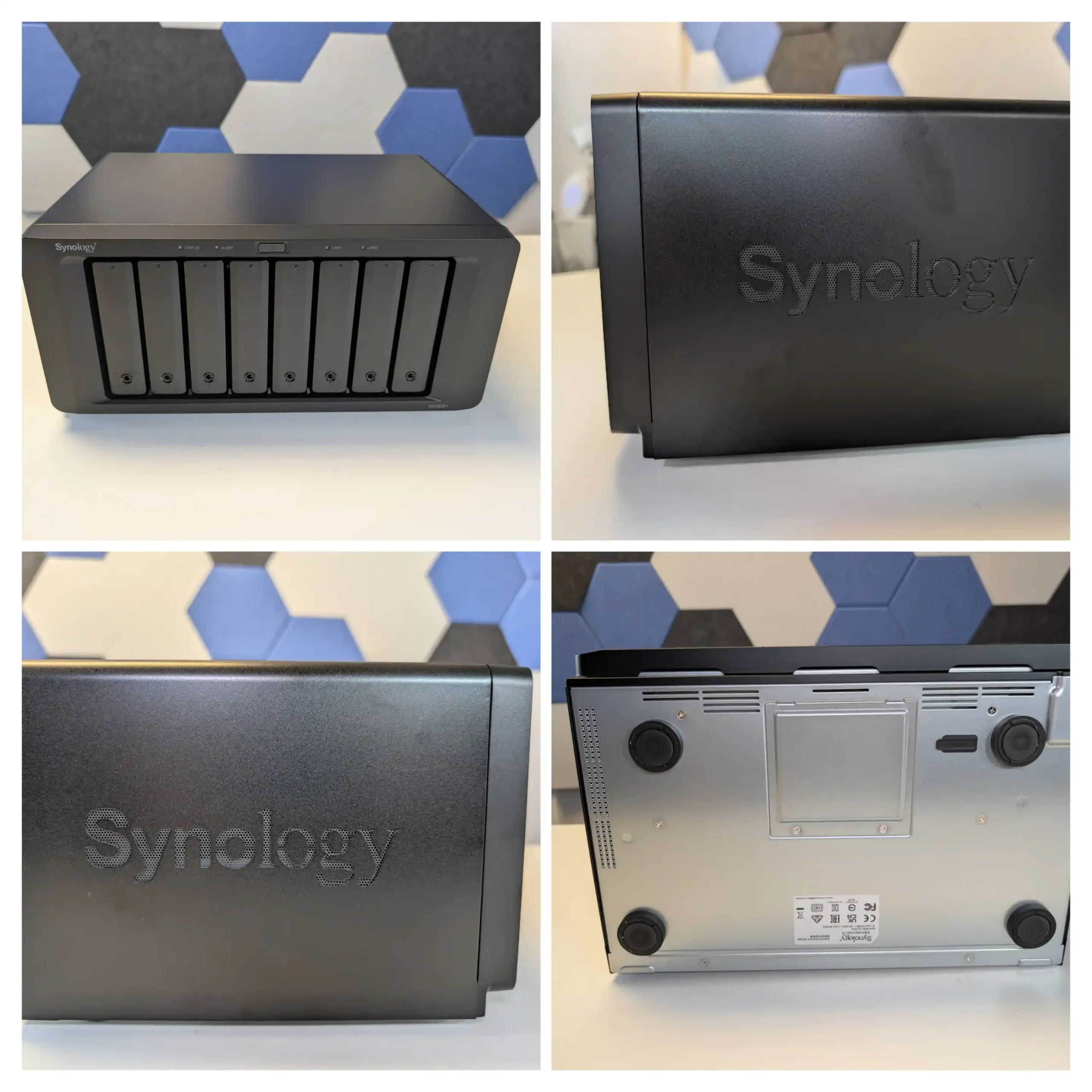
Internally, the DS1825+ provides two M.2 2280 NVMe SSD slots, designed primarily for SSD caching, but also supporting storage pools when used exclusively with Synology’s own NVMe SSDs. These slots use PCIe Gen 3 x4 links, which is adequate for caching and light storage workloads, though significantly behind what Gen 4-capable SSDs could theoretically offer. Importantly, the M.2 slots do not support hot-swap, and installing SSDs requires removing the chassis cover. The use of these NVMe slots for primary storage pools remains an appealing option for virtualized workloads or high-IOPS applications, albeit limited by the drive selection policy and the modest PCIe 3.0 bandwidth.
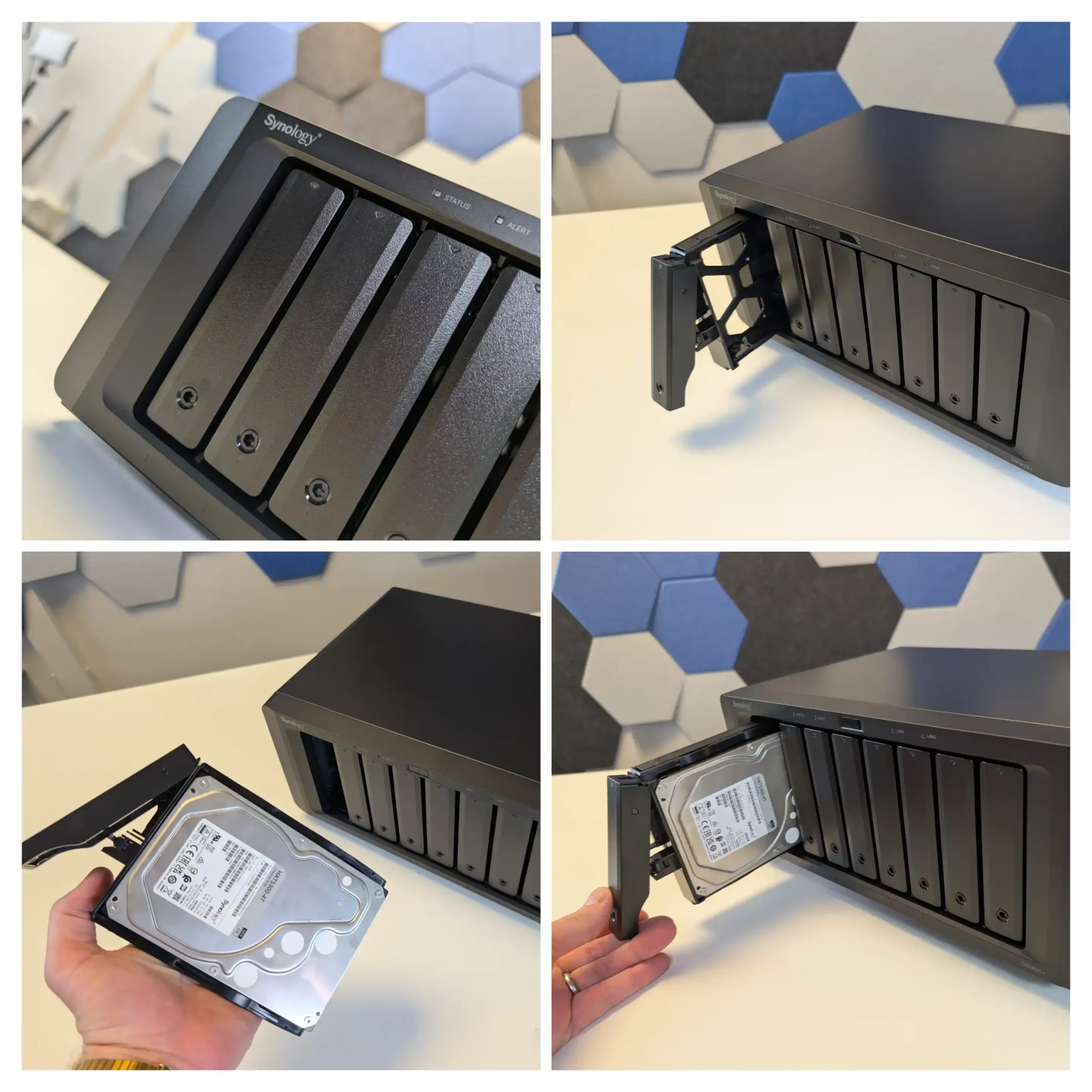
For users requiring greater capacity, the DS1825+ can be expanded up to a total of 18 drive bays by attaching up to two Synology DX525 expansion units via rear-mounted USB-C ports. This expandability enables support for larger storage pools as business needs grow, but it is worth noting that the expansion connection bandwidth is limited to USB 3.2 Gen 1 levels, which is equivalent to 5 Gbps, potentially creating a bottleneck if fully populating both expansion units with high-capacity drives. The backward-compatible design allows users of older DX517 units to repurpose them, though at a reduced performance ceiling. Unlike rackmount models, the DS1825+ does not support redundant power supplies or expansion over faster SAS connections.
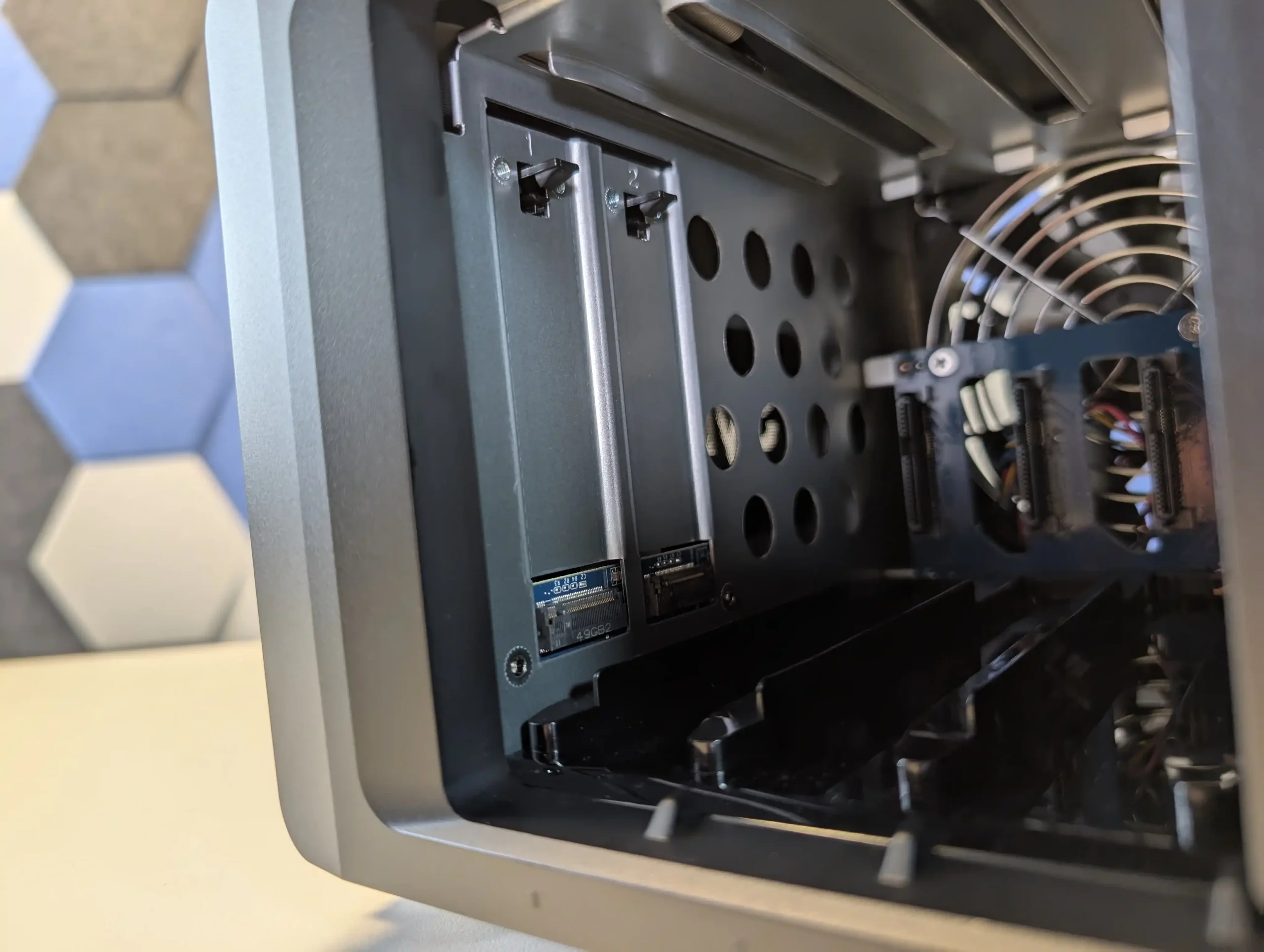
One of the standout aspects of the DS1825+ remains its toolless drive trays, which include plastic clips for 3.5” drives and mounting holes for 2.5” SSDs. This makes maintenance and upgrades straightforward, and the internal dual 120 mm fans can also be replaced easily if needed. The chassis provides three fan modes—full-speed, cool, and quiet—allowing users to balance between thermal performance and noise levels. Overall, the physical construction remains solid and serviceable, benefiting from the company’s years of refinement in NAS hardware design.
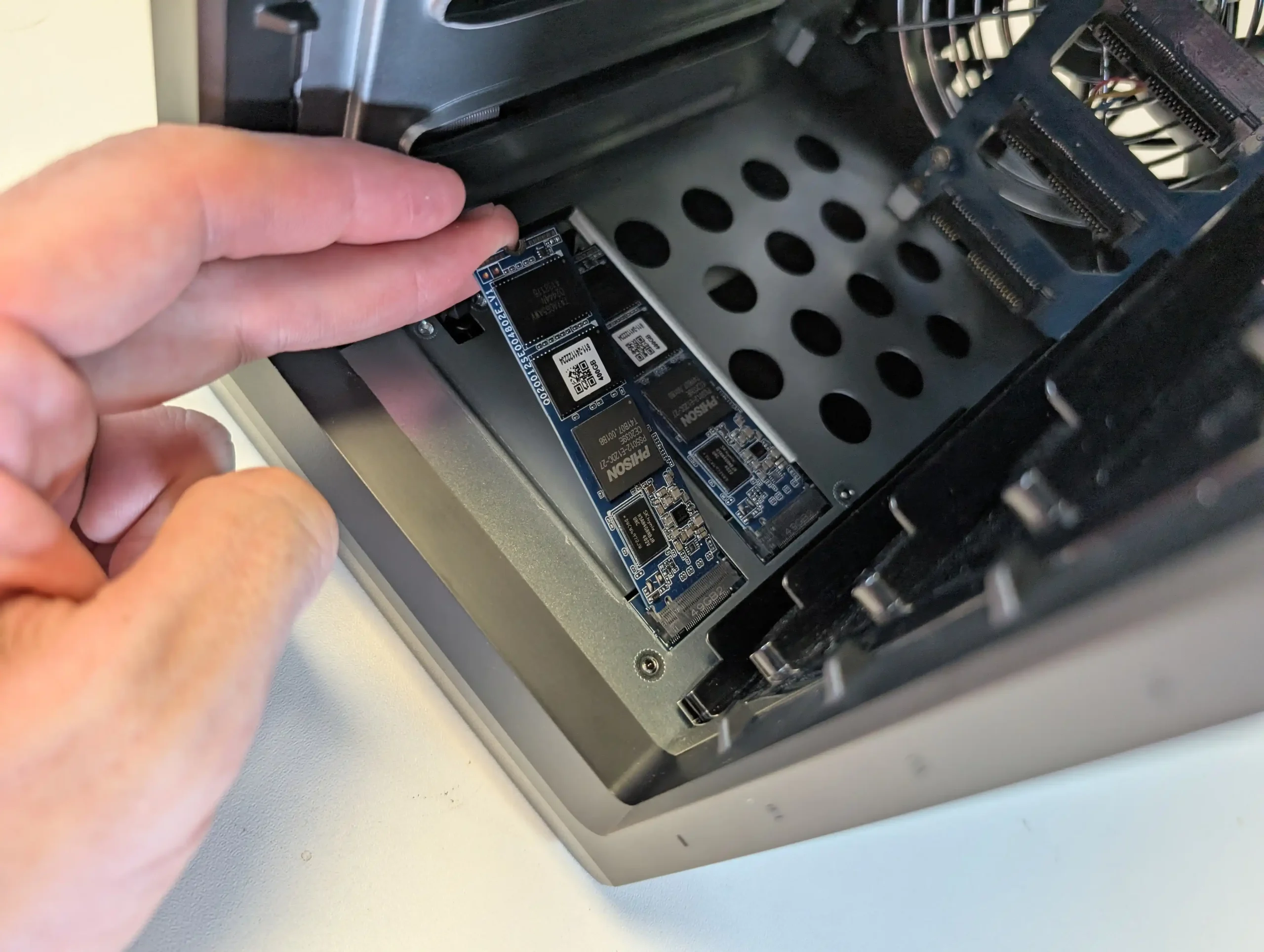
The DS1825+ maintains its reputation for efficient use of space while improving storage scalability options over its older siblings. However, its strict drive compatibility requirements limit flexibility for those who previously mixed and matched drives based on cost or availability – which is a little bit of a dampener when you think about how appealing SHR (Synology htbrid RAID) is with those that gradually upgrade storage over the years in a single RAID pool. While the ability to expand to 18 bays and to leverage SSD caching or pools is welcome, users must carefully plan their deployment around Synology’s approved hardware list to avoid operational warnings or outright incompatibility.
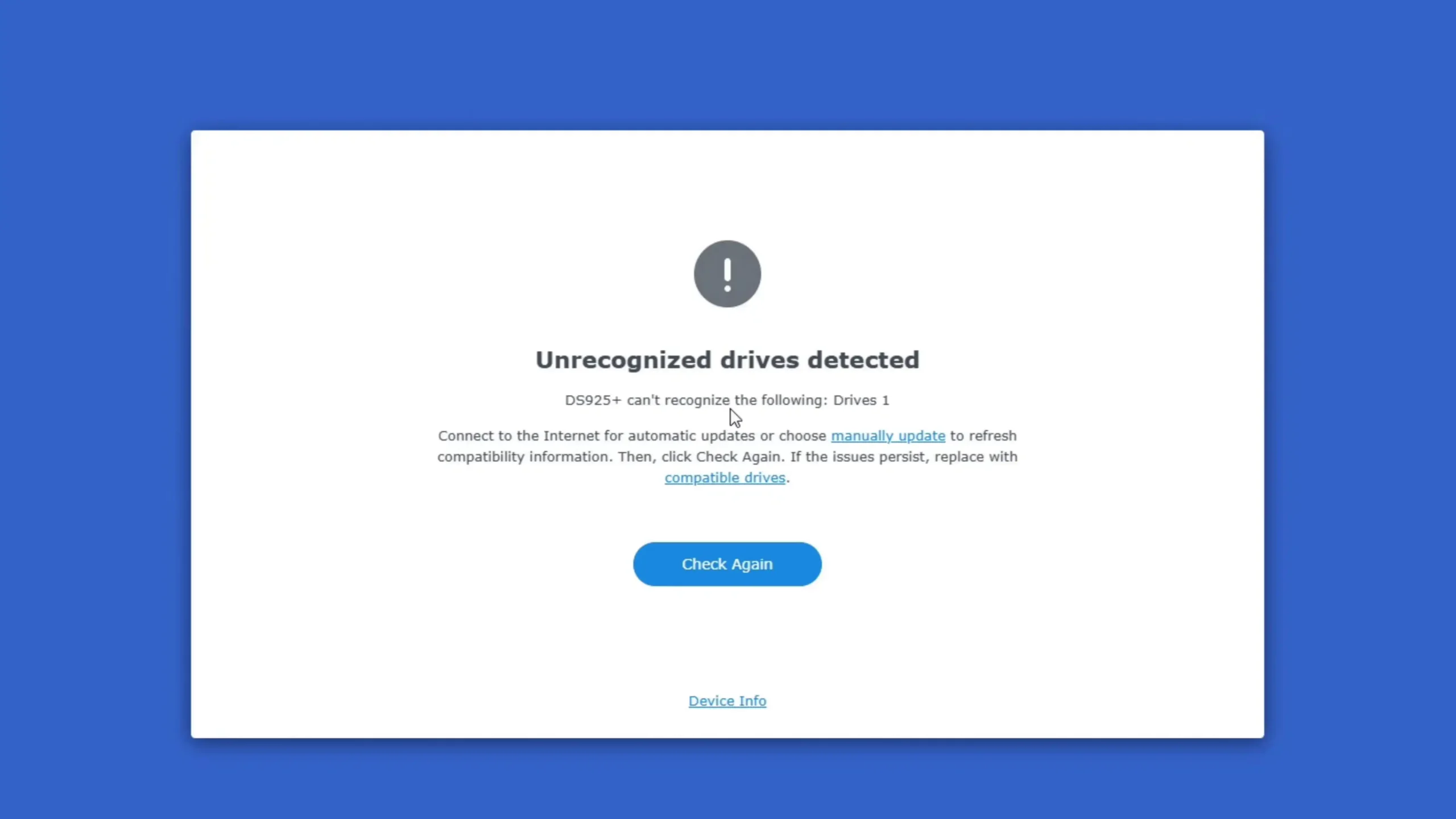 |
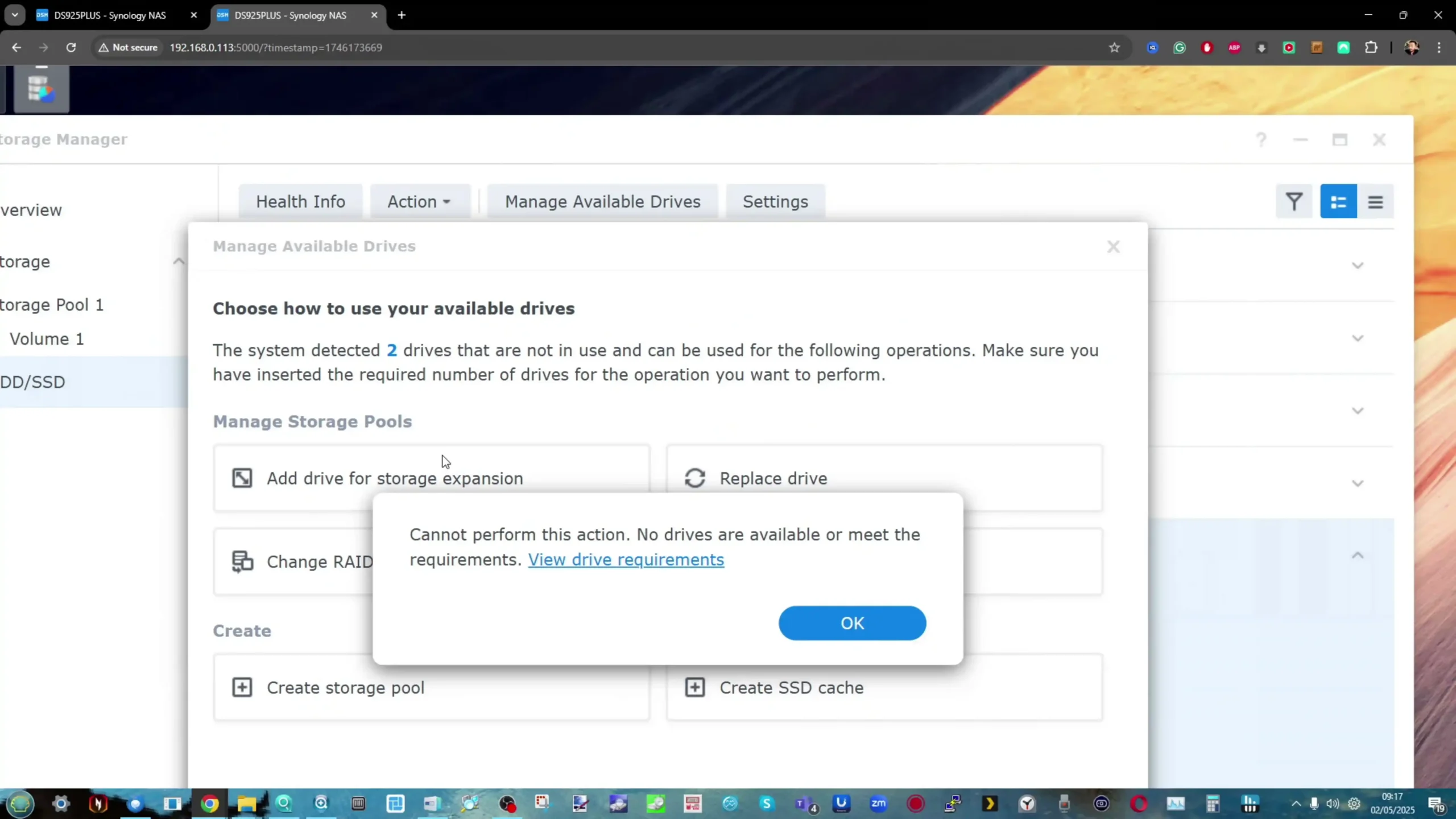 |
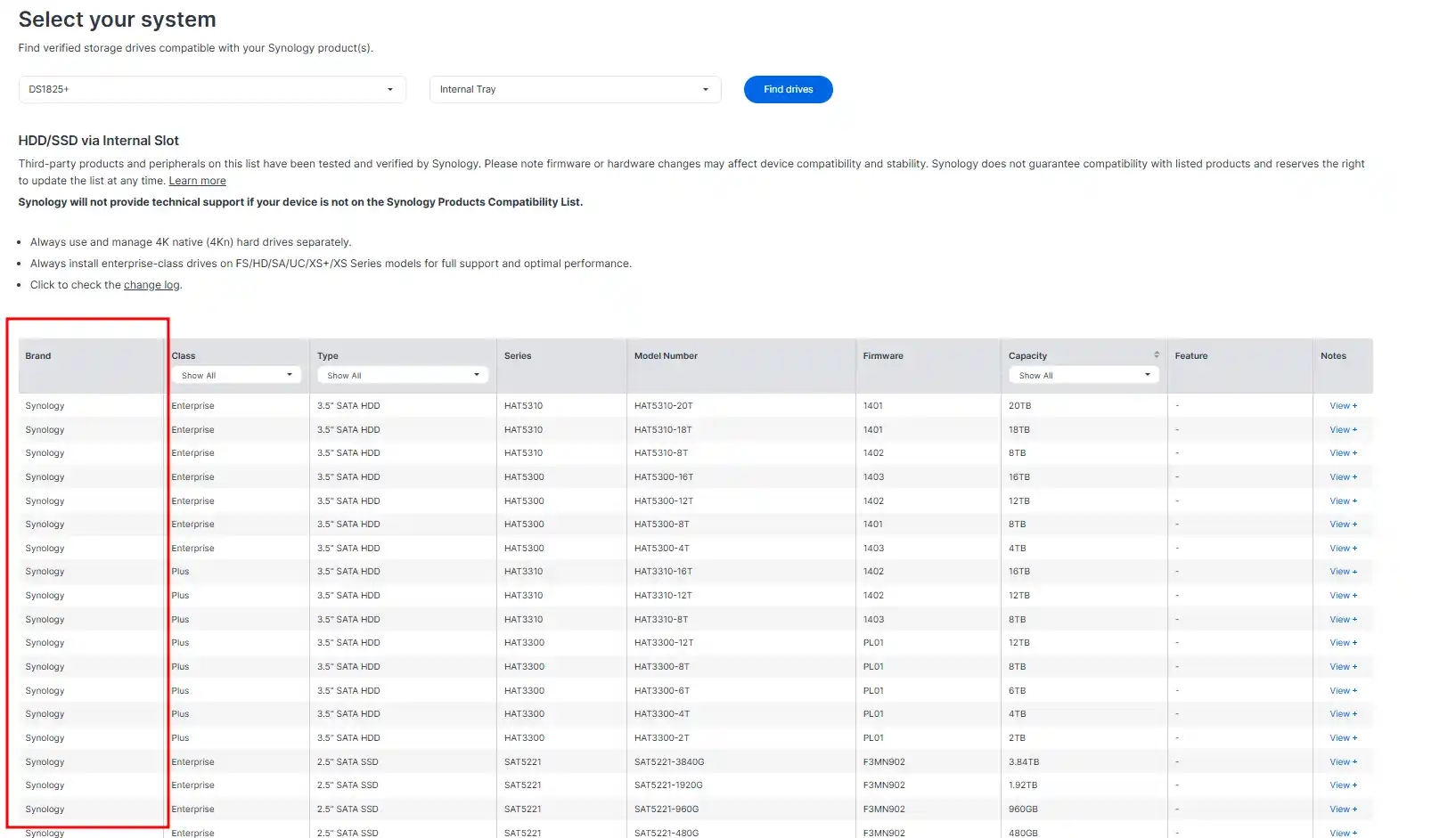 |
|
Synology DS1825+ NAS Review – Internal Hardware
At the heart of the DS1825+ is the AMD Ryzen V1500B processor, a quad-core, eight-thread 64-bit CPU running at 2.2 GHz. This is the same embedded server-grade chip used in its predecessor, the DS1821+, and is designed for consistent, reliable file processing and multi-tasking in a NAS environment. The V1500B supports ECC memory and offers a modest power envelope compared to consumer-grade CPUs while delivering sufficient performance for most small business tasks, including light virtualization, high-volume file sharing, and running multiple DSM services simultaneously. Notably, the processor lacks integrated graphics, which means it does not support hardware-accelerated video transcoding—a limitation noted during testing and worth considering for users planning to run Plex or similar media servers. Despite its age and modest clock speed by 2025 standards, the V1500B remains a capable chip in terms of PCIe lane allocation and IOPS throughput for NAS workloads, striking a balance between power efficiency and server-oriented stability.
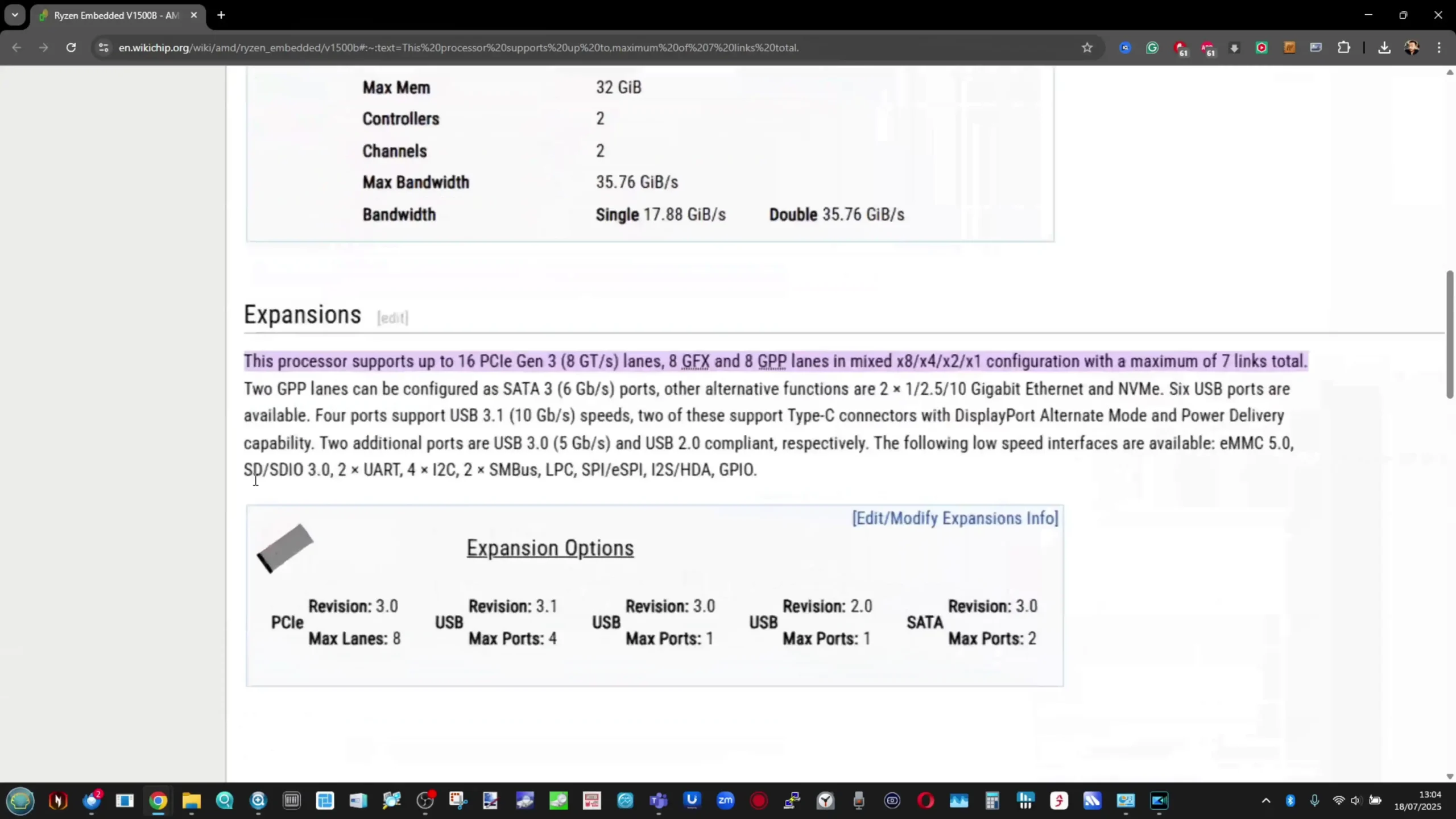
Memory in the DS1825+ is configured as 8 GB of DDR4 ECC SODIMM out of the box, doubling the 4 GB baseline offered on the DS1821+. The system uses standard SO-DIMM slots and offers two memory slots in total, supporting up to 32 GB (2 × 16 GB) if both slots are populated. During testing, the system correctly reported and utilized Synology-branded ECC memory, which the company mandates for full warranty and support compliance. While technically compatible with some third-party modules, users choosing non-Synology memory risk reduced support and the possibility of system warnings in DSM. The inclusion of ECC memory is crucial for ensuring data integrity, especially in RAID arrays and virtual machine workloads, where single-bit memory errors could otherwise lead to data corruption. In practice, 8 GB is adequate for smaller file-serving and backup scenarios, but users planning to run multiple virtual machines, intensive database applications, or very large volumes beyond 108 TB should strongly consider upgrading to the maximum supported memory to maintain performance under heavier loads.
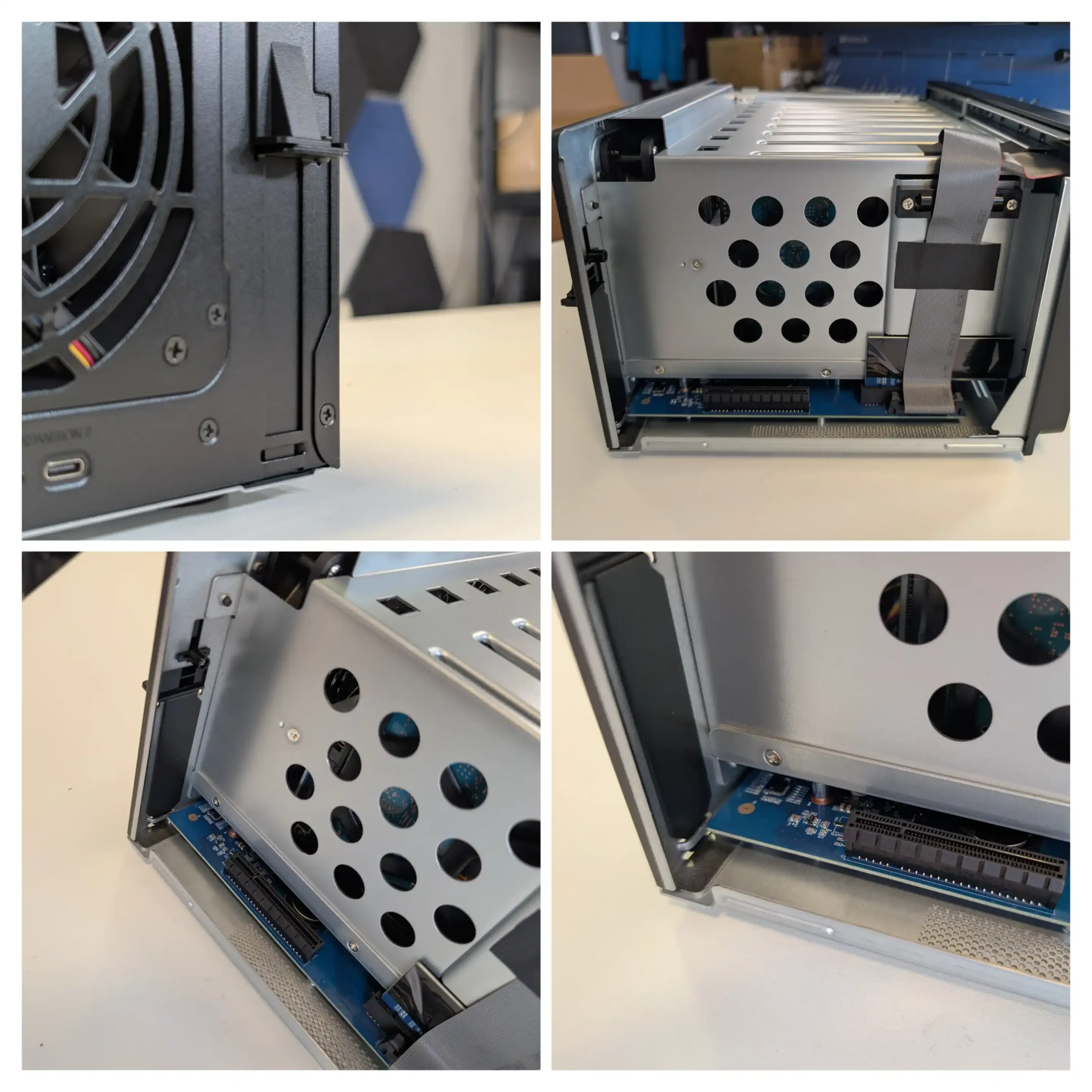
The DS1825+ includes a single PCIe Gen3 x8 slot, operating at x4 link width, which provides flexibility for network upgrades and additional functionality. This slot supports Synology’s own PCIe expansion cards, including 10GbE NICs and M.2 NVMe SSD adapters for additional caching options. However, as noted during testing, some older or third-party PCIe cards that function on other Synology systems were not recognized by the DS1825+, suggesting firmware-level restrictions similar to the strict drive compatibility policies. This limits user choice somewhat and reinforces Synology’s preference for a controlled hardware ecosystem. The PCIe slot itself is easily accessible after removing the cover and is positioned above the mainboard in line with the rear ventilation path, ensuring adequate cooling for add-in cards even during prolonged operation. While the PCIe slot is a welcome inclusion for future-proofing, its limitations in both bandwidth (Gen3 ×4) and card support should be carefully weighed by users planning advanced configurations.
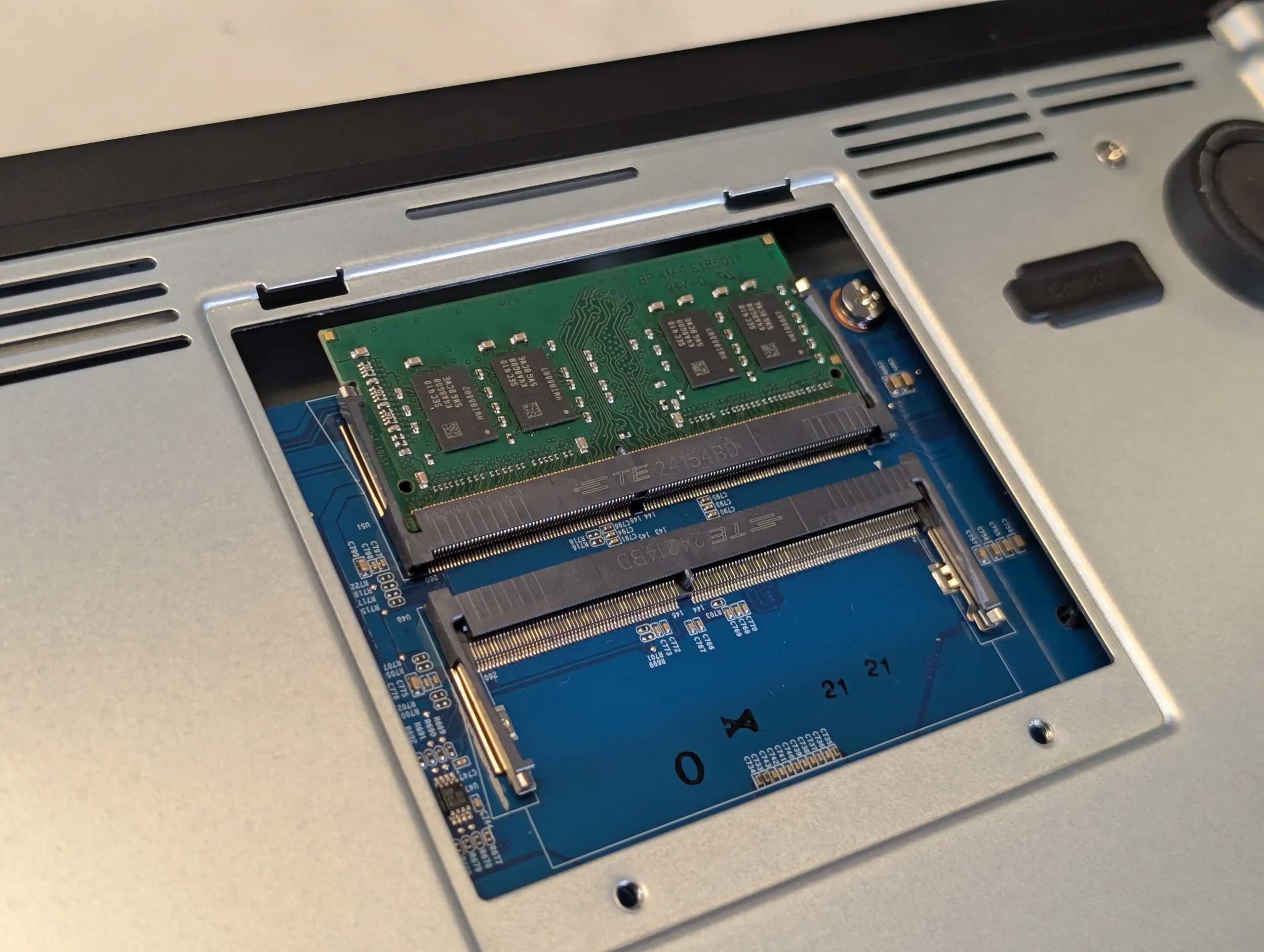
| Component | Specification |
|---|---|
| CPU Model | AMD Ryzen V1500B (Quad-Core, 8-Thread, 2.2 GHz) |
| CPU Architecture | 64-bit, x86, embedded server-class |
| Hardware Encryption Engine | Supported (AES-NI) |
| System Memory (Default) | 8 GB DDR4 ECC SO-DIMM (1 × 8 GB) |
| Memory Slots | 2 total (supports up to 32 GB: 2 × 16 GB) |
| PCIe Expansion | 1 × Gen3 x8 physical slot (operates at ×4 link) |
| M.2 Slots | 2 × 2280 NVMe PCIe Gen3 x4 (for cache or storage) |
| Memory Notes | Synology-branded ECC memory recommended; non-Synology modules may generate warnings or void warranty |
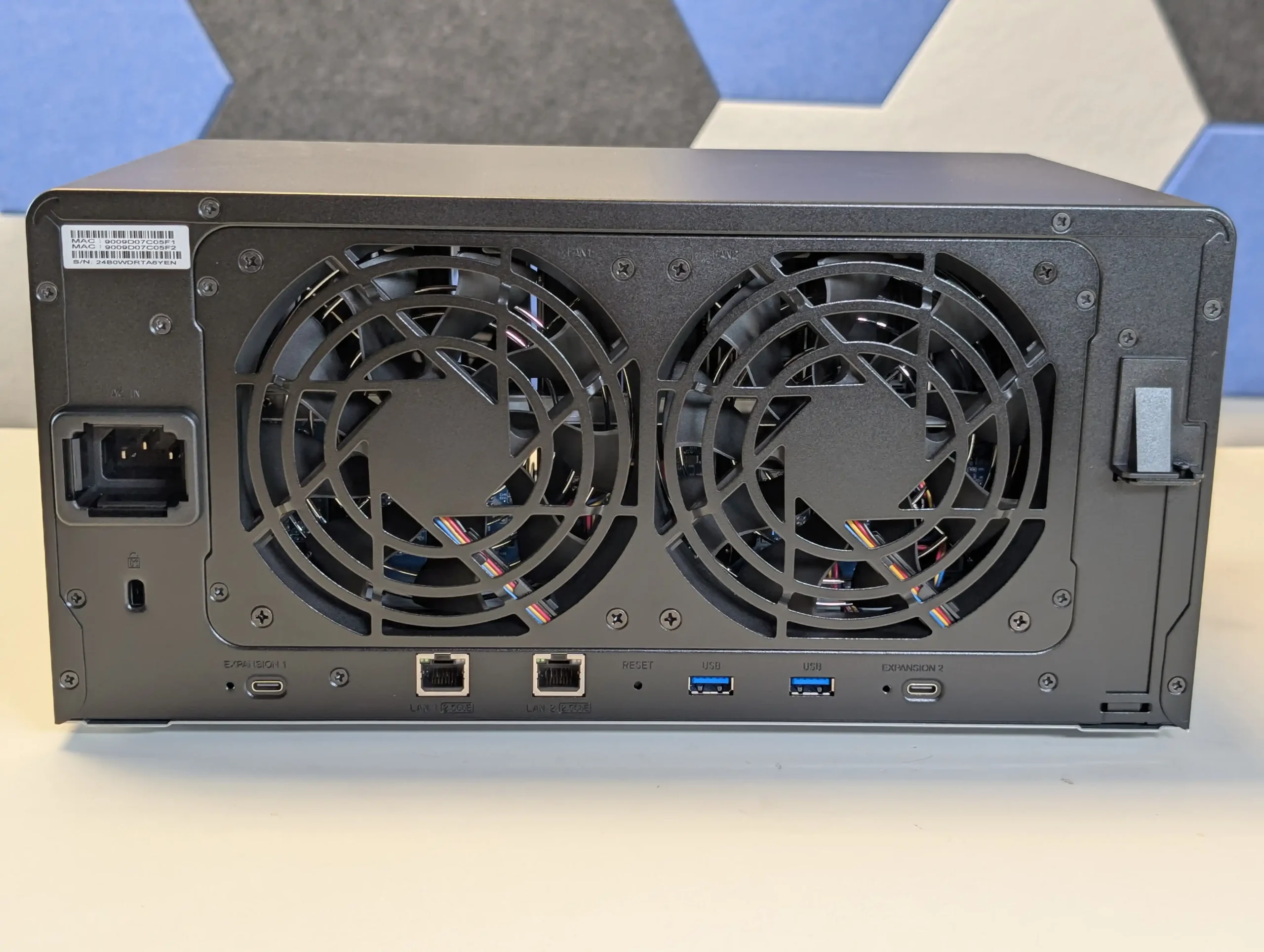
Synology DS1825+ NAS Review – Ports and Connections
On the back of the DS1825+, Synology has revised the network interface configuration to reflect more modern bandwidth expectations while keeping the overall I/O layout consistent with prior models. The system now features two 2.5GbE RJ-45 LAN ports, replacing the four 1GbE ports found on the DS1821+. This effectively doubles the available aggregate bandwidth compared to its predecessor when used with a compatible switch, while also supporting SMB Multichannel, link aggregation, failover, and load balancing through DSM’s network manager. During our testing, the 2.5GbE ports performed reliably and reached near-maximum throughput when paired with high-speed drives or SSD caching. However, the reduction from four ports to two has been met with mixed reactions, as it removes the option to segment traffic across more physical interfaces, which some users previously leveraged for separate VLANs or dedicated services.
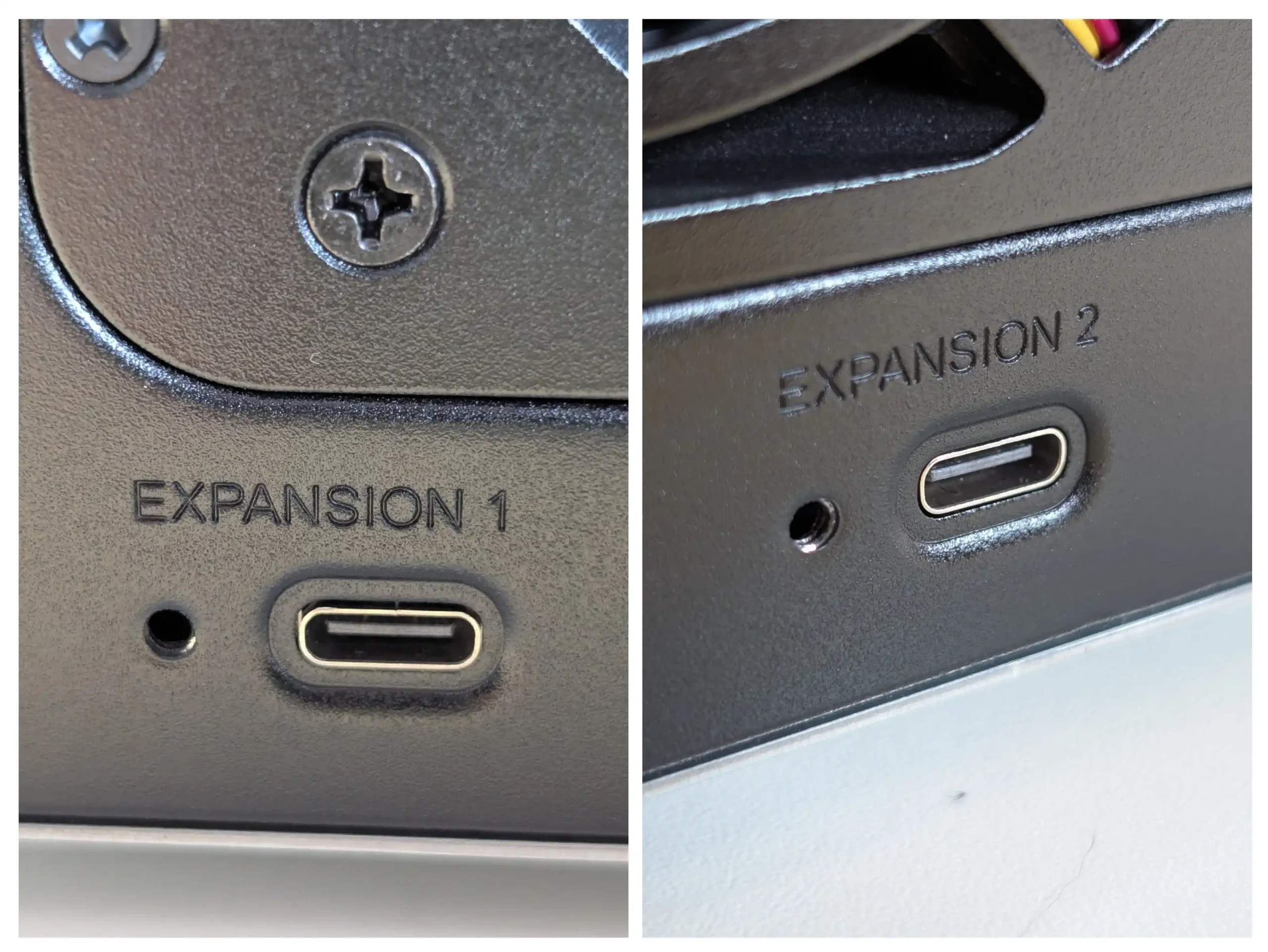
Alongside its LAN ports, the DS1825+ includes three USB 3.2 Gen 1 Type-A ports, two located on the rear and one on the front panel. These ports support external hard drives, SSDs, UPS devices, and a limited number of compatible peripherals. For expansion, the system offers two USB Type-C ports on the rear for connecting DX525 expansion units, each adding five additional drive bays. While the shift to USB-C modernizes the physical connectors compared to the legacy eSATA ports used previously, it is important to note that the underlying bandwidth is still equivalent to USB 3.2 Gen 1 (5 Gbps). This limitation may impact performance if fully populating multiple expansion bays, particularly if configured with high-capacity 7,200 RPM HDDs or SSDs. During our testing, expansion connectivity was stable but not as fast as many users might assume given the Type-C connectors. No additional USB-C functionality for general peripherals is supported—these ports are strictly reserved for expansion chassis.
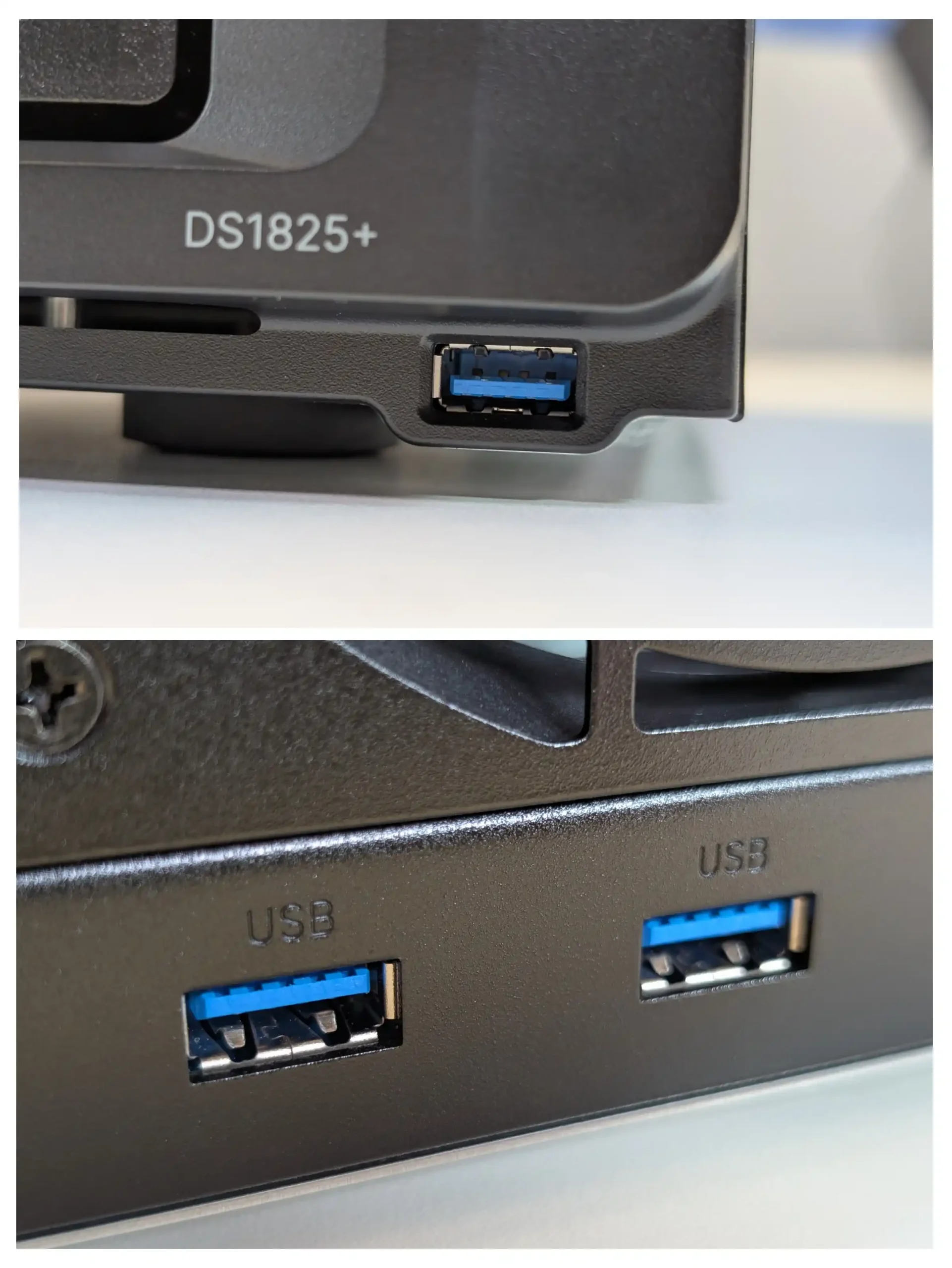
The system’s PCIe Gen3 x8 slot complements the onboard I/O, providing a pathway for additional high-speed interfaces. Synology’s supported PCIe cards include 10GbE network adapters and additional NVMe SSD adapters, which can unlock greater bandwidth potential or dedicated SSD storage for high-performance applications. However, as discussed in the hardware section, card compatibility is limited to Synology-validated options, and some third-party cards that work in earlier models may not function here. This means users planning to scale beyond the included 2.5GbE must factor in the added cost of Synology’s cards. Physically, the slot and I/O arrangement remain clean and accessible, with sufficient spacing to avoid airflow obstructions, and the internal fans provide adequate cooling even under sustained high-speed transfers.
| Port Type | Quantity and Details |
|---|---|
| LAN Ports | 2 × 2.5GbE RJ-45 (supports link aggregation, failover) |
| USB Ports | 3 × USB 3.2 Gen 1 Type-A (1 front, 2 rear) |
| Expansion Ports | 2 × USB Type-C (for DX525 expansion only) |
| PCIe Expansion Slot | 1 × PCIe Gen3 x8 (operates at x4) |
| Supported PCIe Cards | Synology 10GbE NICs, NVMe SSD adapter cards |
| Hot-Swappable Drive Bays | 8 × 3.5”/2.5” SATA (front), M.2 slots not hot-swappable |
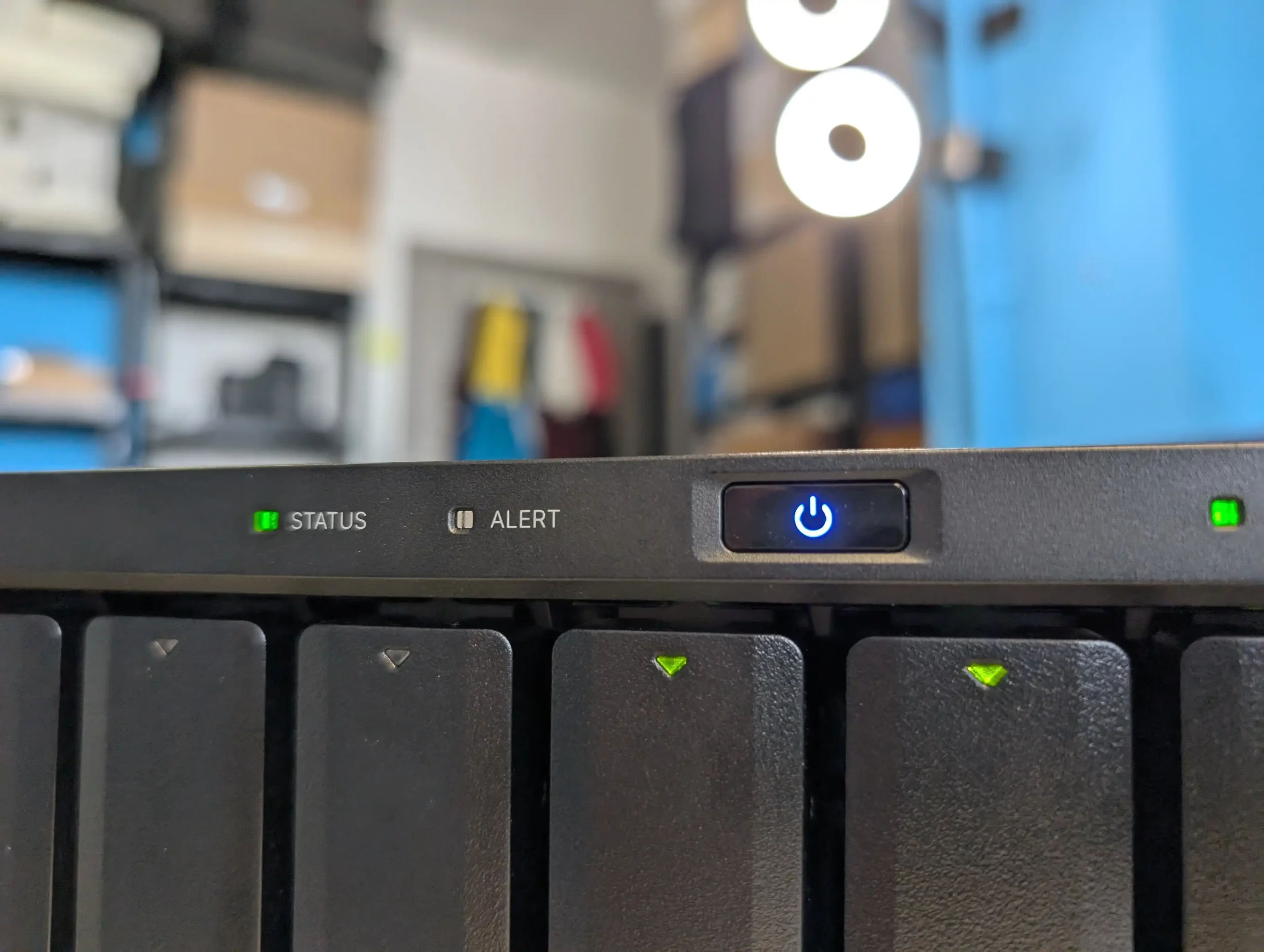
Synology DS1825+ NAS Review – Heat, Noise and Storage Performance Tests
The DS1825+ maintains the same overall acoustic profile as its predecessor, though some subtle differences emerge in testing due to changes in fan tuning and drive validation. Equipped with two 120 mm rear-mounted fans, the system allows users to select between Full-Speed, Cool, and Quiet modes through DSM. In our tests with eight Synology HAT5300 7,200 RPM drives, idle noise measured between 35–38 dBA in Quiet mode, rising to 39–41 dBA under moderate load in Cool mode. At maximum fan speed, noise levels reached 44–46 dBA, which is audible in office environments but not disruptive. During intensive drive access, with fans set to Auto, the system balanced cooling with acoustics, averaging 48–50 dBA. It’s worth noting that drive selection significantly affects perceived noise—higher capacity drives or older models with louder bearings can exceed these figures. The fans remain easy to replace and are effective at maintaining stable internal temperatures even during sustained RAID rebuilds or virtualization workloads, underscoring Synology’s mature thermal management design.
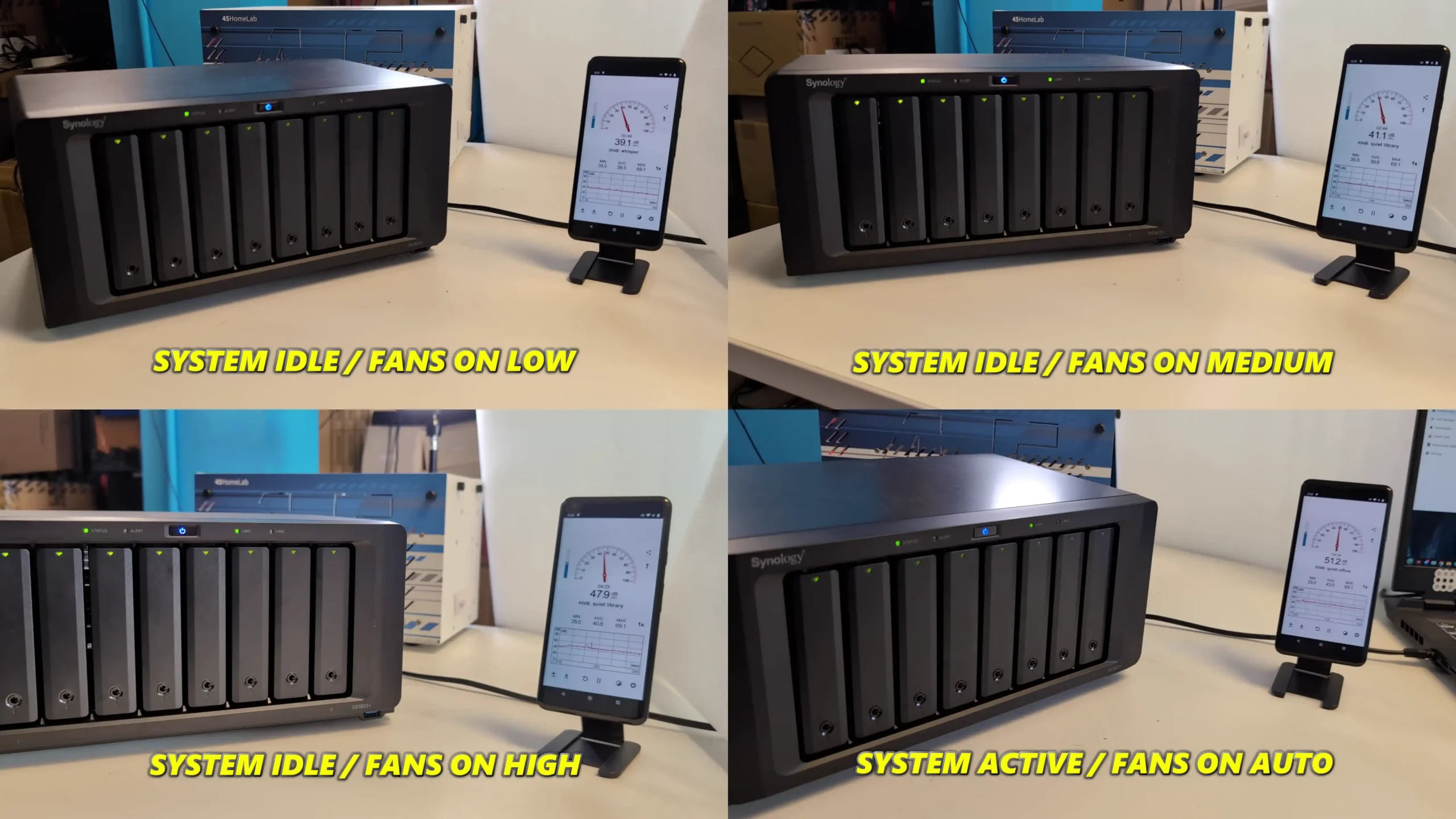
In terms of power consumption, the DS1825+ exhibits predictable behavior for a system of this size and hardware configuration. With no drives installed, idle power draw measured around 21–22 watts with one LAN port active. Fully populated with eight HAT5300 HDDs and left idle with fans on Auto, consumption increased to a baseline of 57–62 watts. This rises further during drive-intensive operations, with power usage determined primarily by the number and type of drives installed—HDDs can draw between 3–10 watts each depending on workload. The Ryzen V1500B is not an especially low-TDP processor, but its efficiency under file-serving workloads keeps total system power reasonable. DSM allows users to fine-tune power use further through features such as scheduled on/off, drive hibernation, and Wake-on-LAN, which proved reliable during testing. Compared to smaller NAS systems, the DS1825+ naturally consumes more power due to its larger drive count and internal fans, but remains efficient relative to comparable 8-bay business-class models.
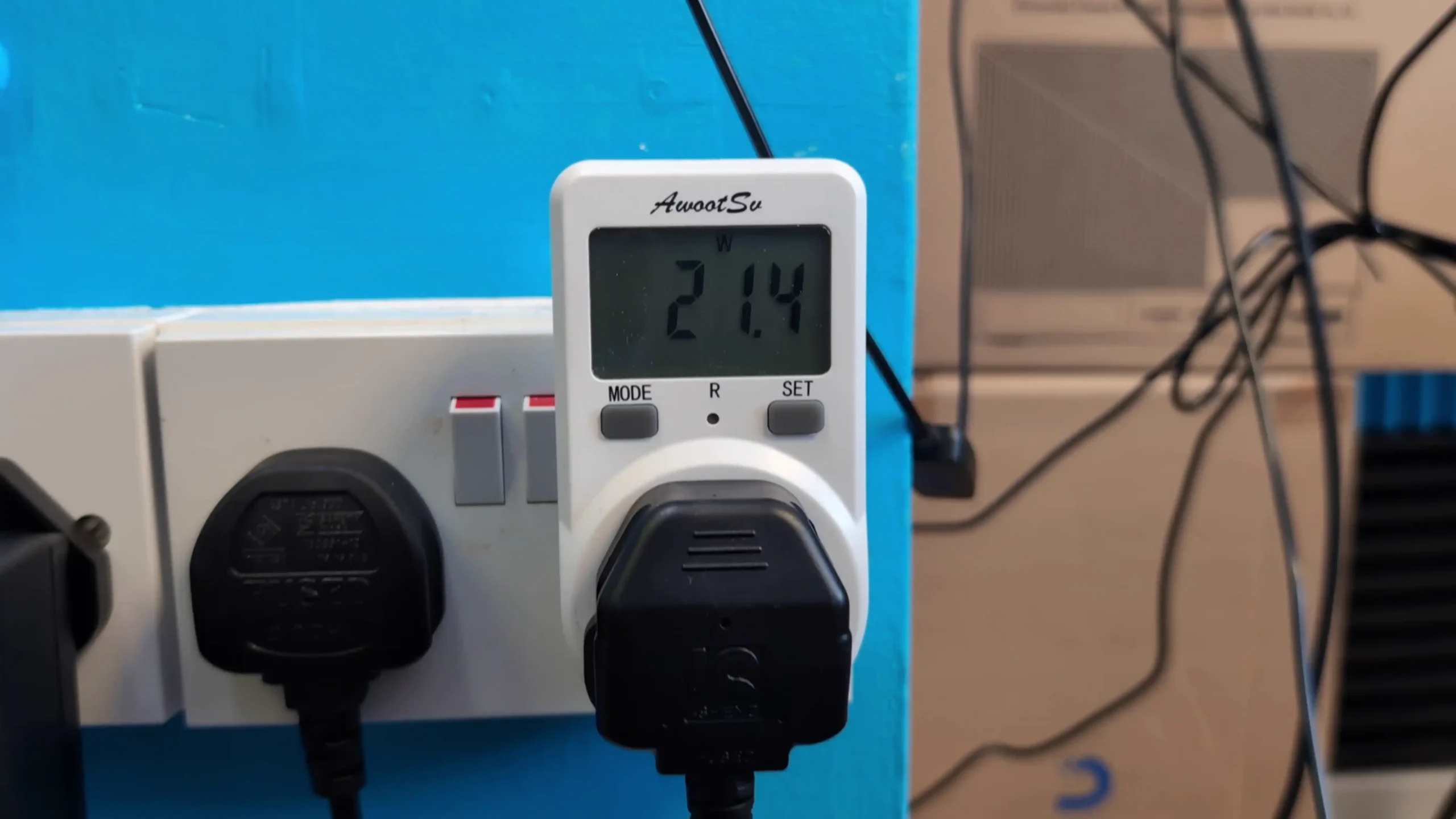 |
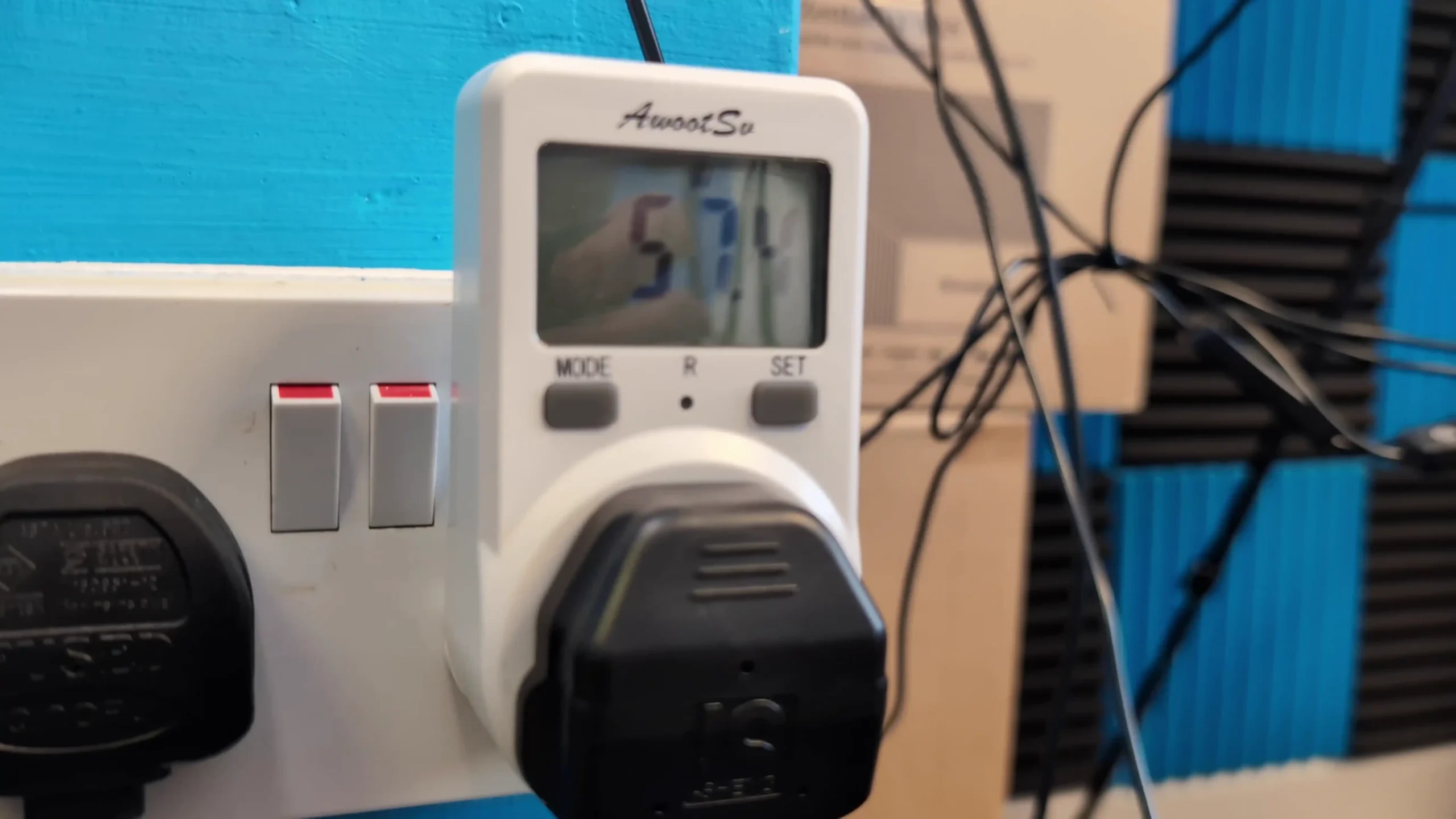 |
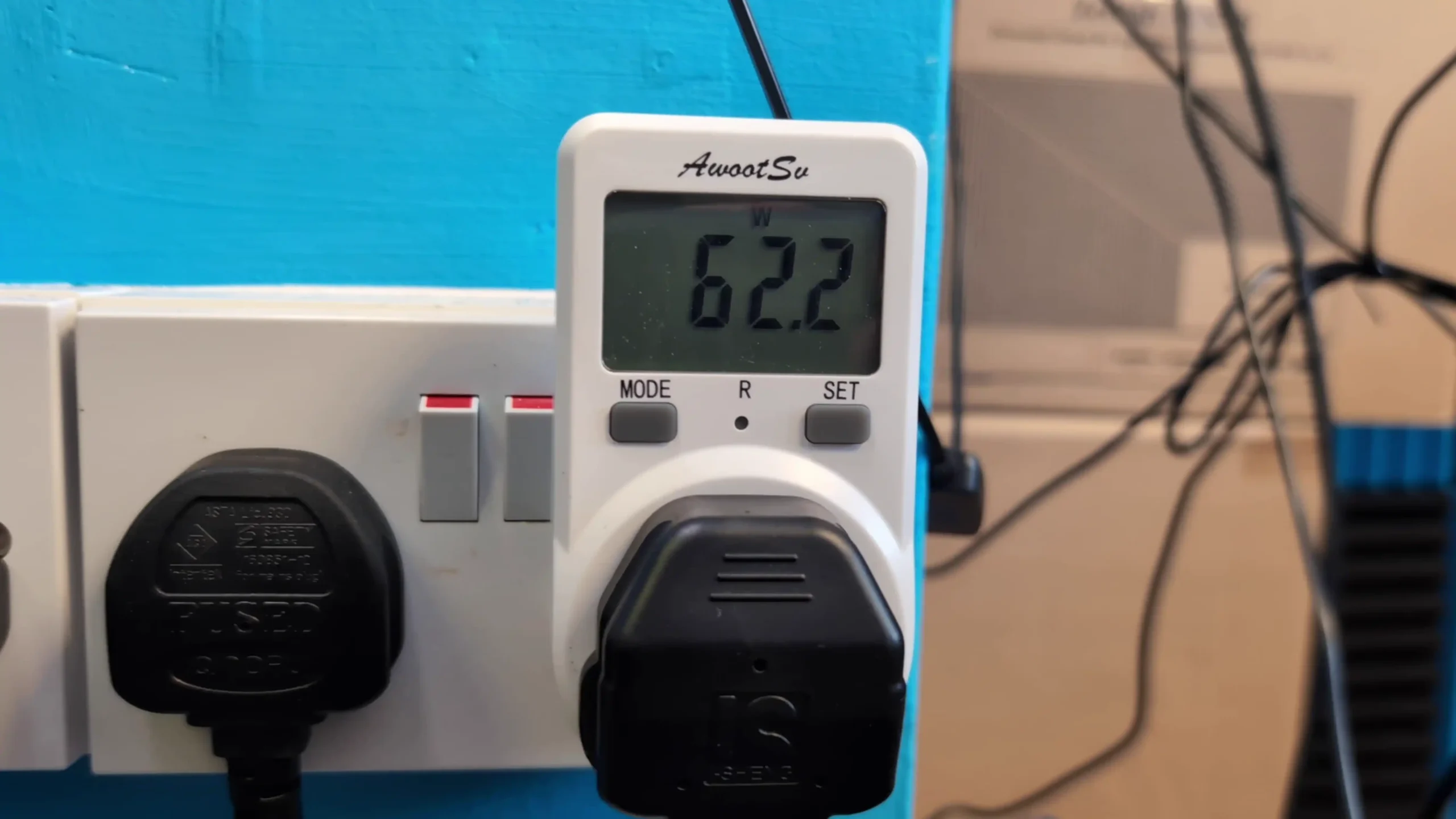 |
|
Performance of the DS1825+ aligns closely with the DS1821+ it replaces, as the core CPU and architecture remain unchanged. In our testing with eight HAT5300 drives configured in RAID 6, sequential read speeds over the dual 2.5GbE ports easily saturated a single link, averaging 290–295 MB/s. When link aggregation was enabled, throughput peaked near 580 MB/s under optimal conditions, confirming the benefit of aggregated connections for large file transfers. When fitted with Synology NVMe SSDs in caching mode, random read and write latencies improved noticeably, particularly in multi-client scenarios or under virtualization workloads. Using NVMe SSDs as storage pools further improved responsiveness but was constrained by the PCIe Gen3 ×4 bandwidth ceiling and limited SSD model options.
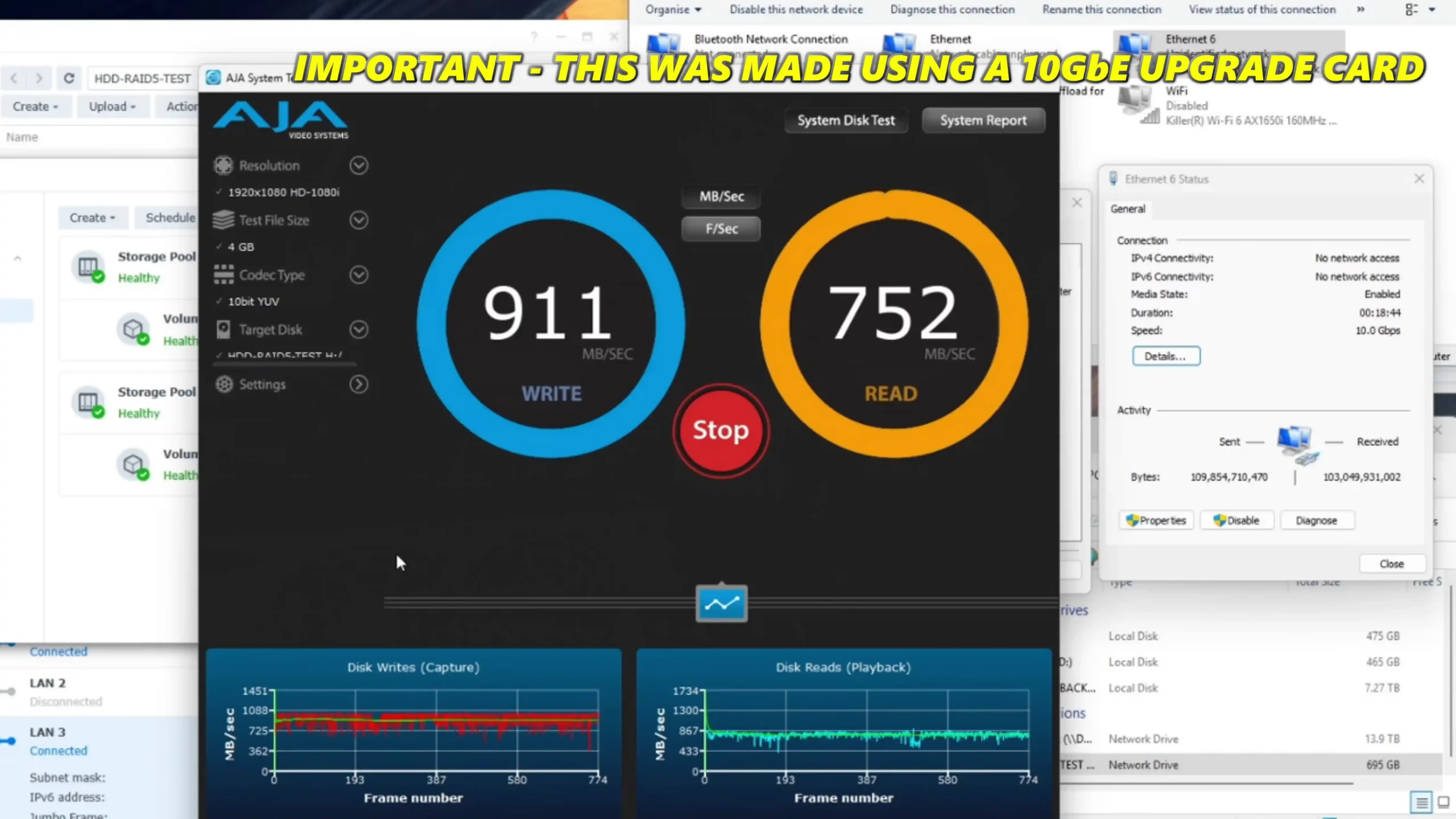
For video editing or high-volume content serving, the DS1825+ still benefits from installing a 10GbE NIC, though buyers should factor in the added cost of both the card and compatible network equipment. CPU-intensive tasks like running multiple VMs or DSM apps simultaneously are handled adequately, though media transcoding remains unsupported due to the lack of an integrated GPU.

The system’s flexibility in RAID and storage configurations allows it to adapt to different usage patterns, but it’s clear from our tests that performance is gated more by Synology’s validation policies and hardware constraints than by raw capability. For example, attempts to use third-party SSDs for caching or pools resulted in warnings and reduced feature access, despite the hardware technically supporting them. Similarly, third-party 7,200 RPM NAS HDDs could not be initialized in DSM at all, forcing reliance on Synology’s own drives. This imposed restriction does not impact the system’s fundamental speed or reliability once properly configured but does affect cost and planning. Overall, the DS1825+ delivers solid, predictable performance for its class, but users expecting a generational leap over the DS1821+ may find the gains modest and mostly limited to network throughput and improved default memory.
| Attribute | Measured or Rated Value |
|---|---|
| Idle Noise (Quiet Mode) | 35–38 dBA (8 × HAT5300 drives) |
| Load Noise (Auto, Full Load) | 48–50 dBA |
| Idle Power (no drives) | 21–22 watts |
| Idle Power (8 drives) | 57–62 watts |
| Access Power | ~60–65 watts (variable by workload/drives) |
| Operating Temperature Range | 0–40°C (32–104°F) |
| Sequential Read (2.5GbE) | ~295 MB/s single link, ~580 MB/s aggregated |
| Sequential Read (10GbE NIC) | ~1,050–1,150 MB/s sustained (with RAID 6 and 7,200 RPM drives) |
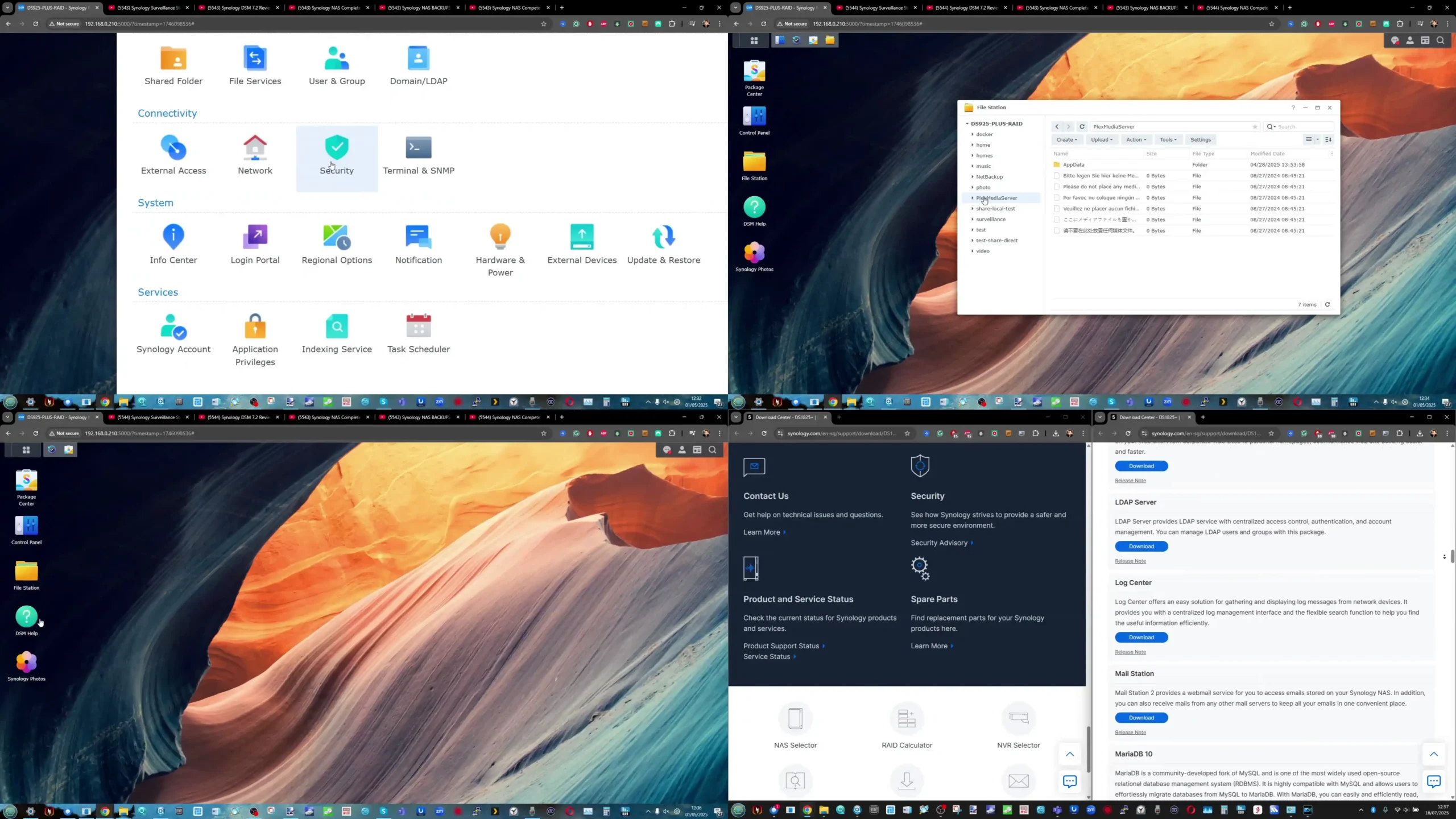
Synology DS1825+ NAS Review – DSM
The DS1825+ runs Synology’s latest DiskStation Manager (DSM) operating system, providing a consistent and mature software experience across the company’s product line. DSM continues to be one of the strongest reasons to choose Synology, offering a polished browser-based interface, extensive administrative controls, and a large ecosystem of first-party and third-party applications. The DS1825+ ships with the full DSM suite enabled, supporting features like Snapshot Replication, Hyper Backup, Synology Drive, and Virtual Machine Manager out of the box. During testing, DSM performed reliably, with the hardware fully supporting even advanced features like Btrfs file system snapshots, multi-version backups, and iSCSI SAN services. Resource usage remained modest even with several concurrent services running, thanks to the Ryzen CPU and ECC memory ensuring stability and data integrity.
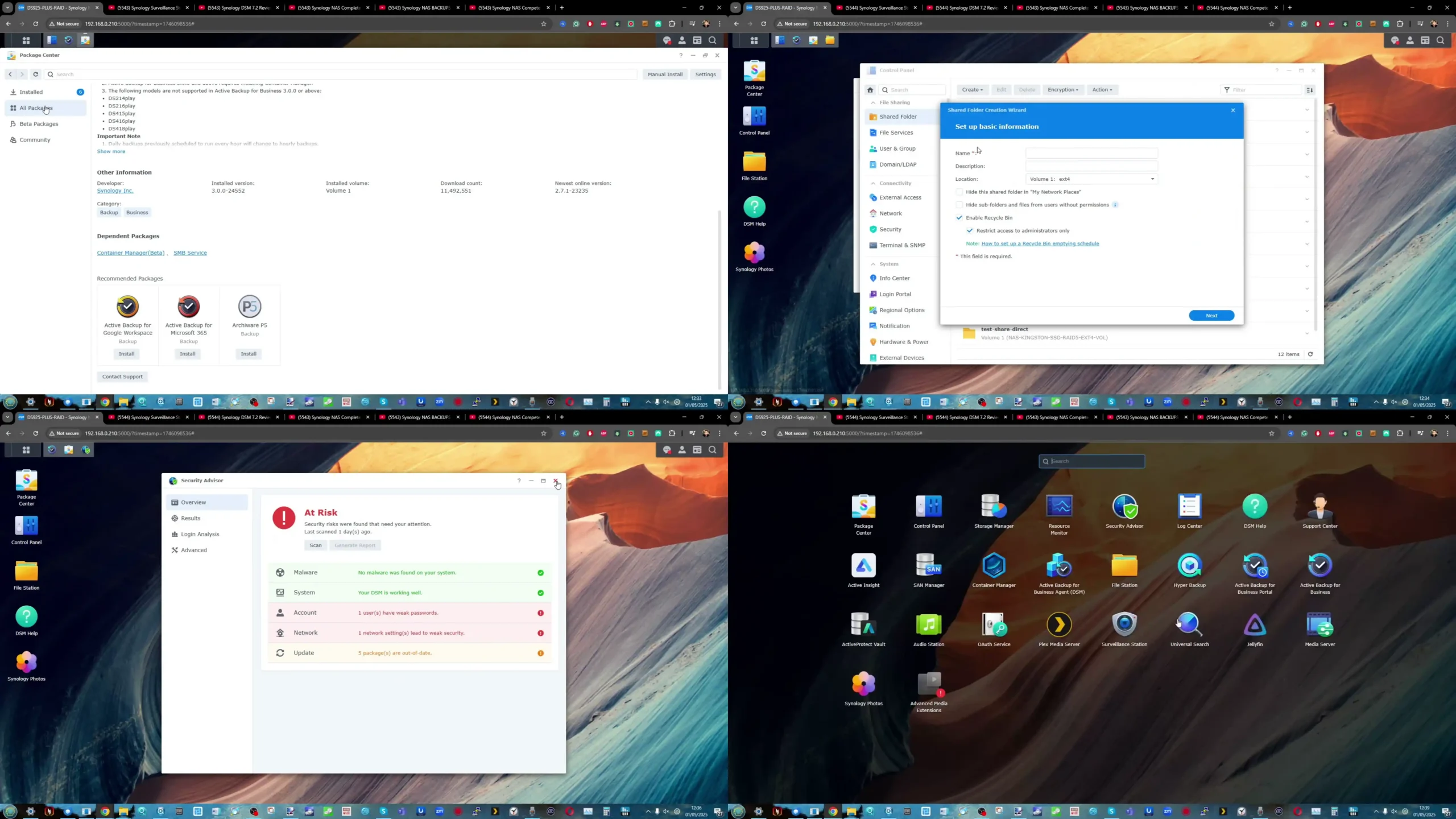
One of DSM’s strengths is its virtualization and containerization support, which the DS1825+ leverages effectively. With its quad-core CPU and up to 32 GB of memory, the system can host several virtual DSM instances or lightweight Linux and Windows VMs via Virtual Machine Manager. Our tests demonstrated support for up to eight recommended VM instances and full compatibility with VMware, Hyper-V, Citrix, and OpenStack environments. The system also handles Docker containers well, although its lack of integrated graphics limits its appeal as a media transcoding server. Surveillance Station also remains fully functional here, with support for up to 40 IP cameras at 1080p H.264 and licensing for two included channels, expandable with additional licenses. This makes the DS1825+ a viable choice for businesses looking to consolidate surveillance storage and general file services on a single platform.
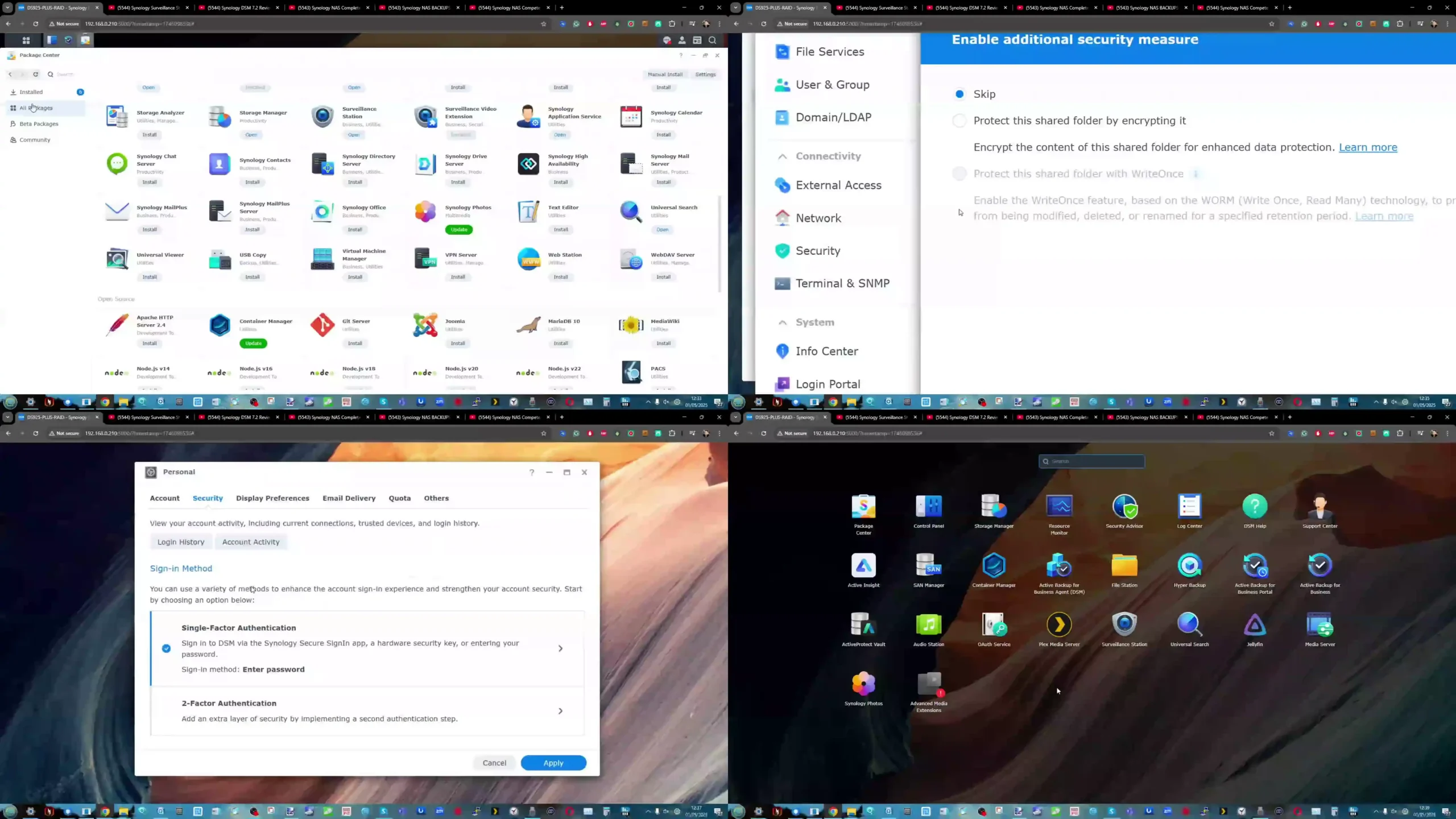
Application support on the DS1825+ aligns with Synology’s broader Plus-series feature set, and DSM’s package center provides easy access to install and manage additional services. The system supports the full suite of collaborative tools such as Synology Office, Chat, MailPlus, and Calendar, with tested limits of around 100 simultaneous users for office productivity and chat workloads. Hybrid Share and C2 cloud integration extend functionality into hybrid environments, allowing users to leverage Synology’s own cloud for offsite replication or shared folders. Synology Drive provides private cloud file synchronization for up to 100 users and over a million hosted files, making the system suitable for medium-sized teams. While the strict hardware validation policies discussed earlier extend to SSDs and HDDs, they do not affect DSM’s software features, which remain fully unlocked and accessible regardless of drive choice.
| Application/Service | Supported on DS1825+ | Notes |
|---|---|---|
| Active Backup for Business | Yes | Supports PC, VM, server, and SaaS backups |
| Synology Drive | Yes | Up to 100 users, 1M+ hosted files |
| Hyper Backup | Yes | Full system, folder-level, and cloud backups |
| Surveillance Station | Yes | Up to 40 cameras (2 licenses included) |
| Snapshot Replication | Yes | Up to 4,096 system snapshots |
| Virtual Machine Manager | Yes | Up to 8 recommended VM instances |
| Synology Office | Yes | Up to 100 collaborative users |
| Synology Chat | Yes | Up to 150 users with messaging history |
| Hybrid Share & C2 Cloud | Yes | Hybrid cloud file storage and sync |
| MailPlus / MailPlus Server | Yes | Up to 120 users with purchased licenses |
| Calendar & Contacts | Yes | Team scheduling and shared contacts |
| Docker / Container Manager | Yes | Supports Linux-based containers |
| SAN Manager (iSCSI) | Yes | Up to 64 targets, 128 LUNs |
| Media Server (DLNA) | Yes | Streams to DLNA/UPnP devices |
| Log Center | Yes | Up to 1,000 syslog events per second |
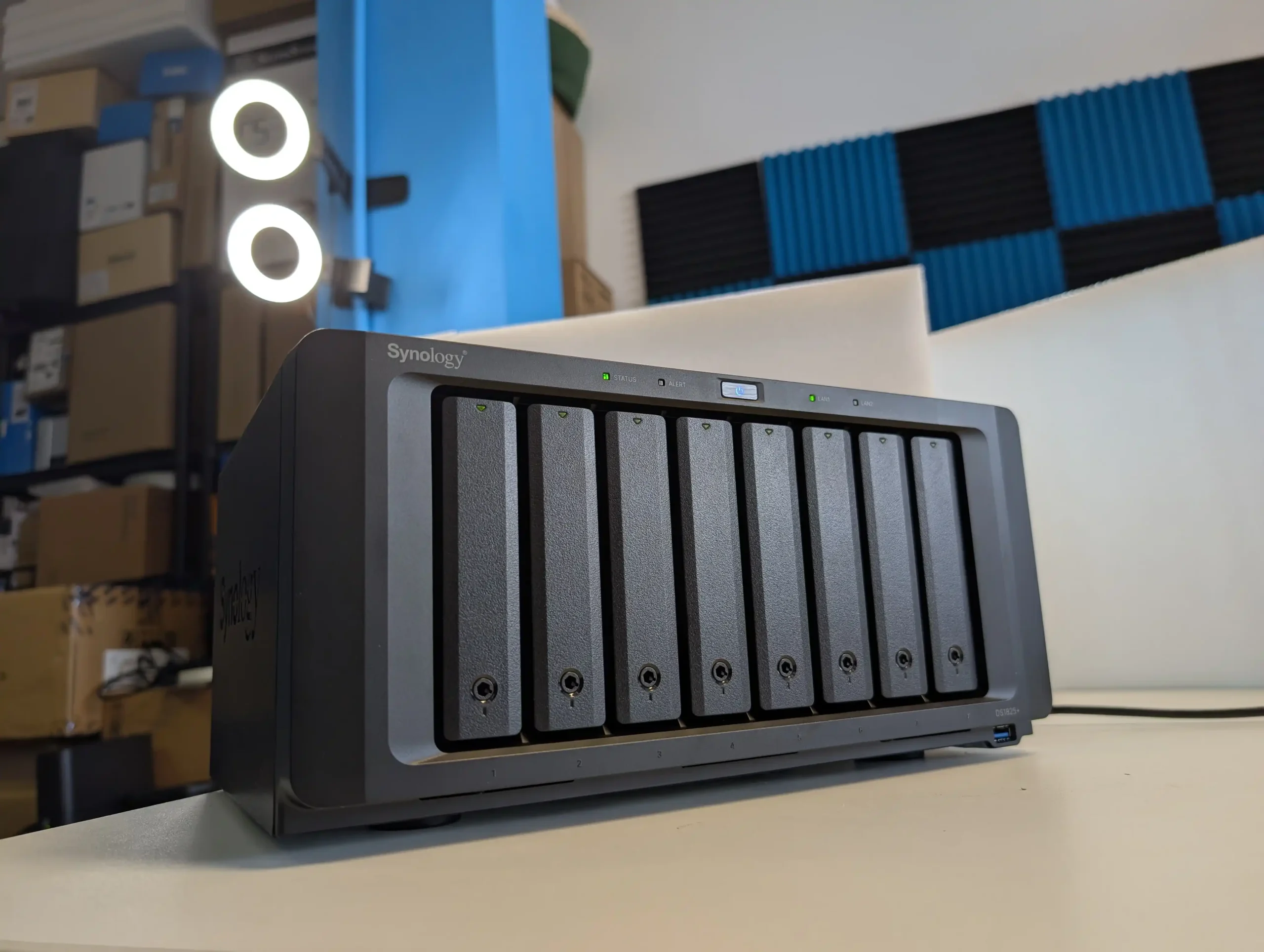
Synology DS1825+ NAS Review – Verdict and Conclusion
The Synology DS1825+ is a competent evolution of the company’s long-running 8-bay Plus series, offering measured yet meaningful updates in key areas such as default memory, network bandwidth, and support for Synology’s mature DSM ecosystem. The system retains its robust all-metal chassis with a compact footprint, efficient dual-fan cooling, and easy-to-service drive trays and components. The addition of dual 2.5GbE networking, which supports link aggregation and SMB Multichannel, better aligns with current network environments, though it still requires compatible switches to fully realize its bandwidth potential. The upgrade to 8 GB ECC memory by default, scalable up to 32 GB, provides headroom for virtualization workloads and ensures data integrity during multi-threaded operations like iSCSI SANs and virtual machine hosting. In practice, the DS1825+ performed reliably across all tested DSM features, including Snapshot Replication, Hybrid Share, and Synology Drive, even under heavier RAID 6 configurations. Noise and power consumption stayed within the expected range for an 8-bay business-class NAS, and its expandability to 18 bays via DX525 units ensures the DS1825+ remains a viable option as storage needs grow over time. Taken together, it offers a dependable and familiar experience that continues to serve Synology’s target audience well.
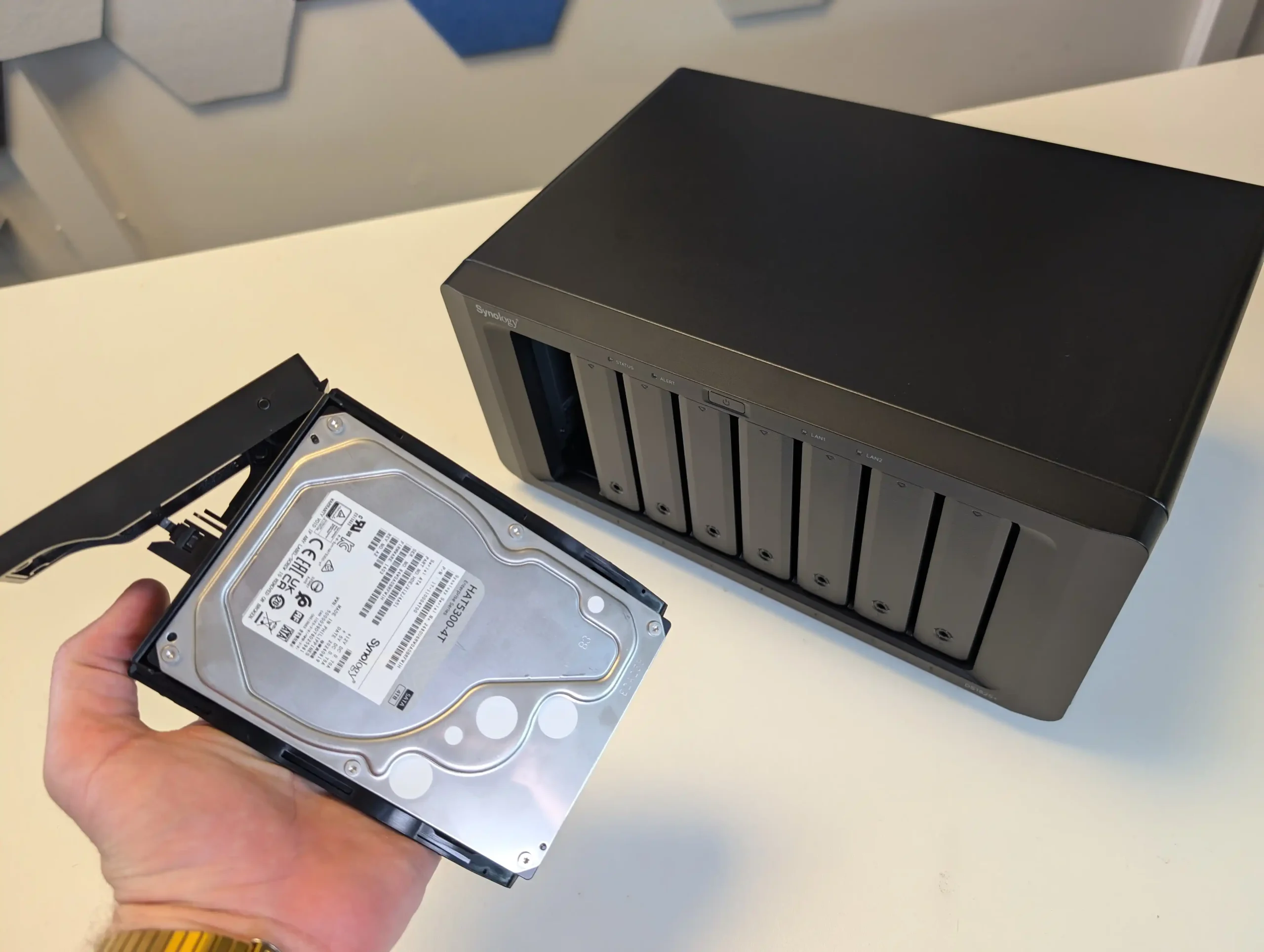
However, the DS1825+ is equally defined by compromises that prospective buyers must consider carefully before purchase. Synology’s increasingly rigid compatibility policies for both HDDs and NVMe SSDs significantly reduce flexibility and raise costs, as users are now effectively required to source only Synology-validated drives to avoid warnings and to unlock certain DSM features like RAID recovery, hot spares, and SSD storage pools. The hardware platform itself, anchored by the now four-year-old Ryzen V1500B processor, has not evolved meaningfully, leaving it without GPU-based transcoding capabilities and limiting PCIe bandwidth to Gen3 ×4 for both add-in cards and NVMe slots. The replacement of the DS1821+’s four 1GbE ports with only two 2.5GbE ports arguably improves aggregate throughput but sacrifices the port density some environments depend on for VLANs or dedicated service segregation. As noted in our testing, PCIe card support also remains restricted to Synology’s own validated models, further constraining upgrade paths for networking or SSD configurations. For those deeply invested in Synology’s ecosystem and who value its software integration and long-term reliability over hardware flexibility, the DS1825+ remains a strong choice that delivers on stability and ease of use. For users prioritizing maximum hardware control, wider component compatibility, or newer processing capabilities, competing platforms with more open policies may better suit their needs. Ultimately, the DS1825+ continues Synology’s tradition of reliable and controlled NAS solutions, but with a narrower appeal than in previous generations.
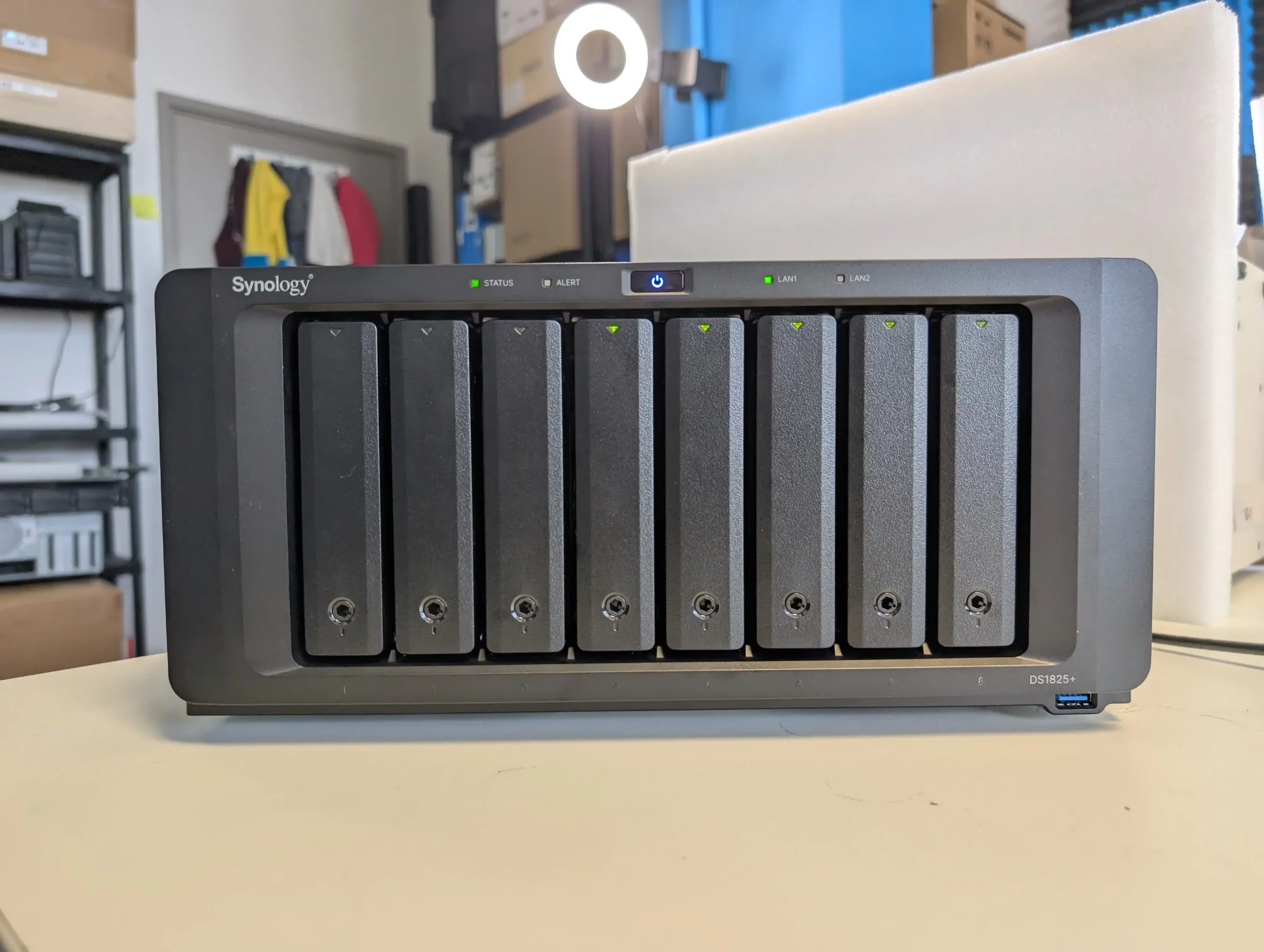
|
Synology DS1825+ NAS |
|
|
Amazon in Your Region for the Synology DS1825+ NAS @ $1149 |
B&H for the Synology DS1825+ NAS @ $1149.99 |
| Pros of the Synology DS1825+ | Cons of the Synology DS1825+ |
|---|---|
| Robust, all-metal chassis with excellent build quality and serviceability | Limited drive and SSD compatibility, requiring Synology-validated models |
| Eight hot-swappable drive bays, expandable to 18 with DX525 units | Retains older Ryzen V1500B CPU, lacking GPU |
| Dual 2.5GbE ports with support for link aggregation and failover | Only two LAN ports versus four on the previous generation |
| Default 8 GB ECC memory, scalable to 32 GB for advanced workloads | |
| Full DSM software feature set including virtualization and snapshots | |
| Quiet and efficient cooling with replaceable fans and selectable profiles | |
| Support for SSD caching and SSD storage pools with onboard NVMe slots | |
| PCIe expansion slot for 10GbE NICs or SSD adapters |
 SUBSCRIBE TO OUR NEWSLETTER
SUBSCRIBE TO OUR NEWSLETTER 
[contact-form-7]
 Join Inner Circle
Join Inner Circle Get an alert every time something gets added to this specific article!
 Subscribe
Subscribe
This description contains links to Amazon. These links will take you to some of the products mentioned in today's content. As an Amazon Associate, I earn from qualifying purchases. Visit the NASCompares Deal Finder to find the best place to buy this device in your region, based on Service, Support and Reputation - Just Search for your NAS Drive in the Box Below
Need Advice on Data Storage from an Expert?
Finally, for free advice about your setup, just leave a message in the comments below here at NASCompares.com and we will get back to you. Need Help?
Where possible (and where appropriate) please provide as much information about your requirements, as then I can arrange the best answer and solution to your needs. Do not worry about your e-mail address being required, it will NOT be used in a mailing list and will NOT be used in any way other than to respond to your enquiry.
[contact-form-7]
Need Help?
Where possible (and where appropriate) please provide as much information about your requirements, as then I can arrange the best answer and solution to your needs. Do not worry about your e-mail address being required, it will NOT be used in a mailing list and will NOT be used in any way other than to respond to your enquiry.
[contact-form-7]
 Ko-fi or old school Paypal. Thanks!To find out more about how to support this advice service check HEREIf you need to fix or configure a NAS, check Fiver
Have you thought about helping others with your knowledge? Find Instructions Here
Ko-fi or old school Paypal. Thanks!To find out more about how to support this advice service check HEREIf you need to fix or configure a NAS, check Fiver
Have you thought about helping others with your knowledge? Find Instructions Here

|
 |
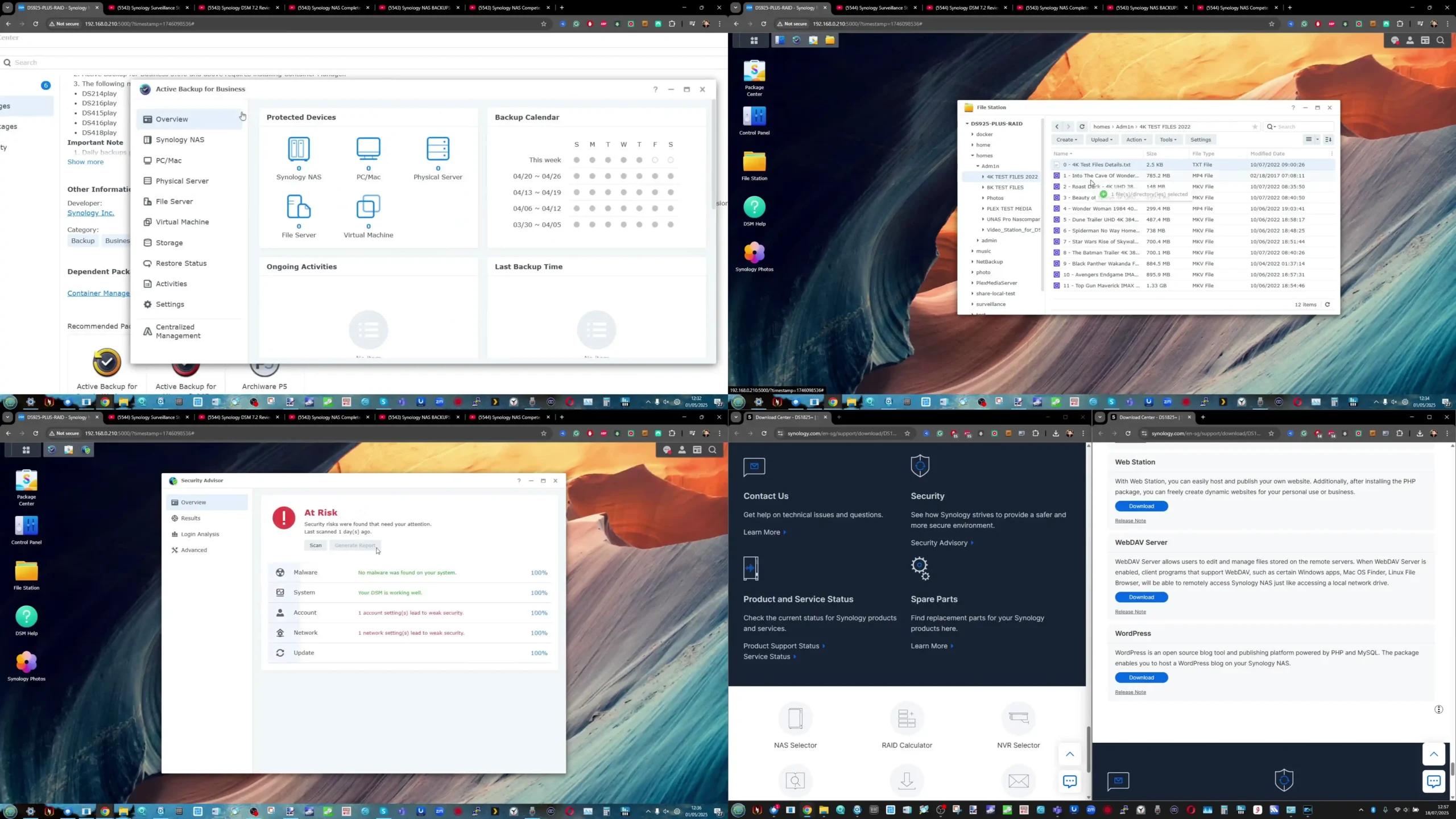

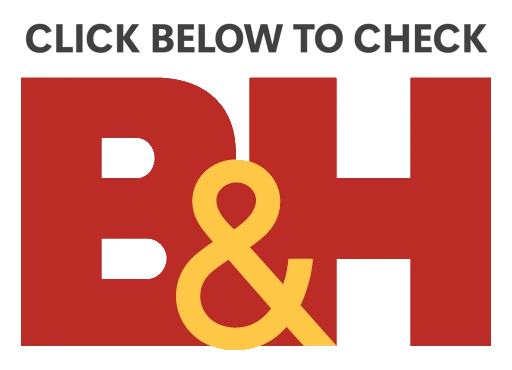








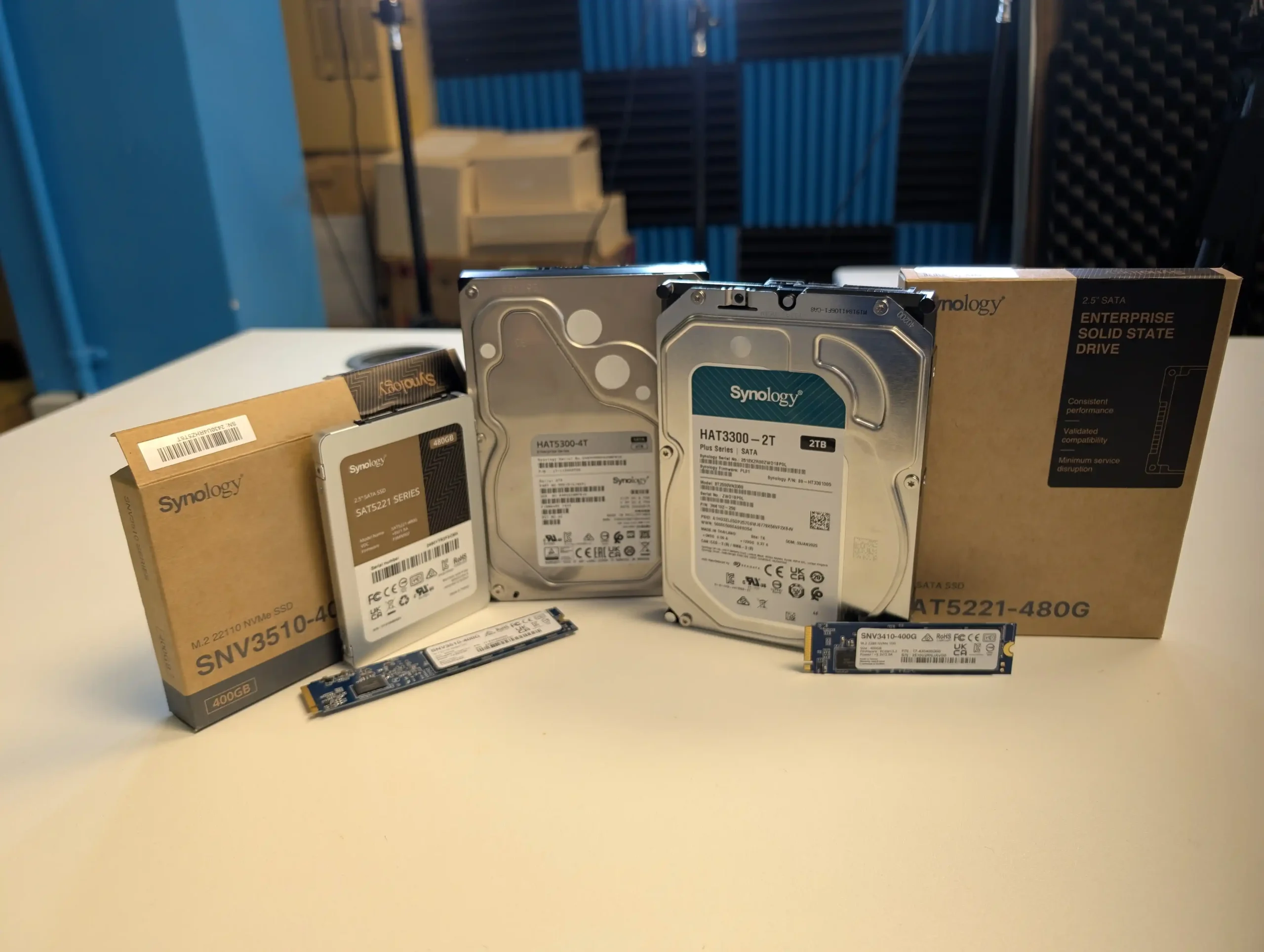
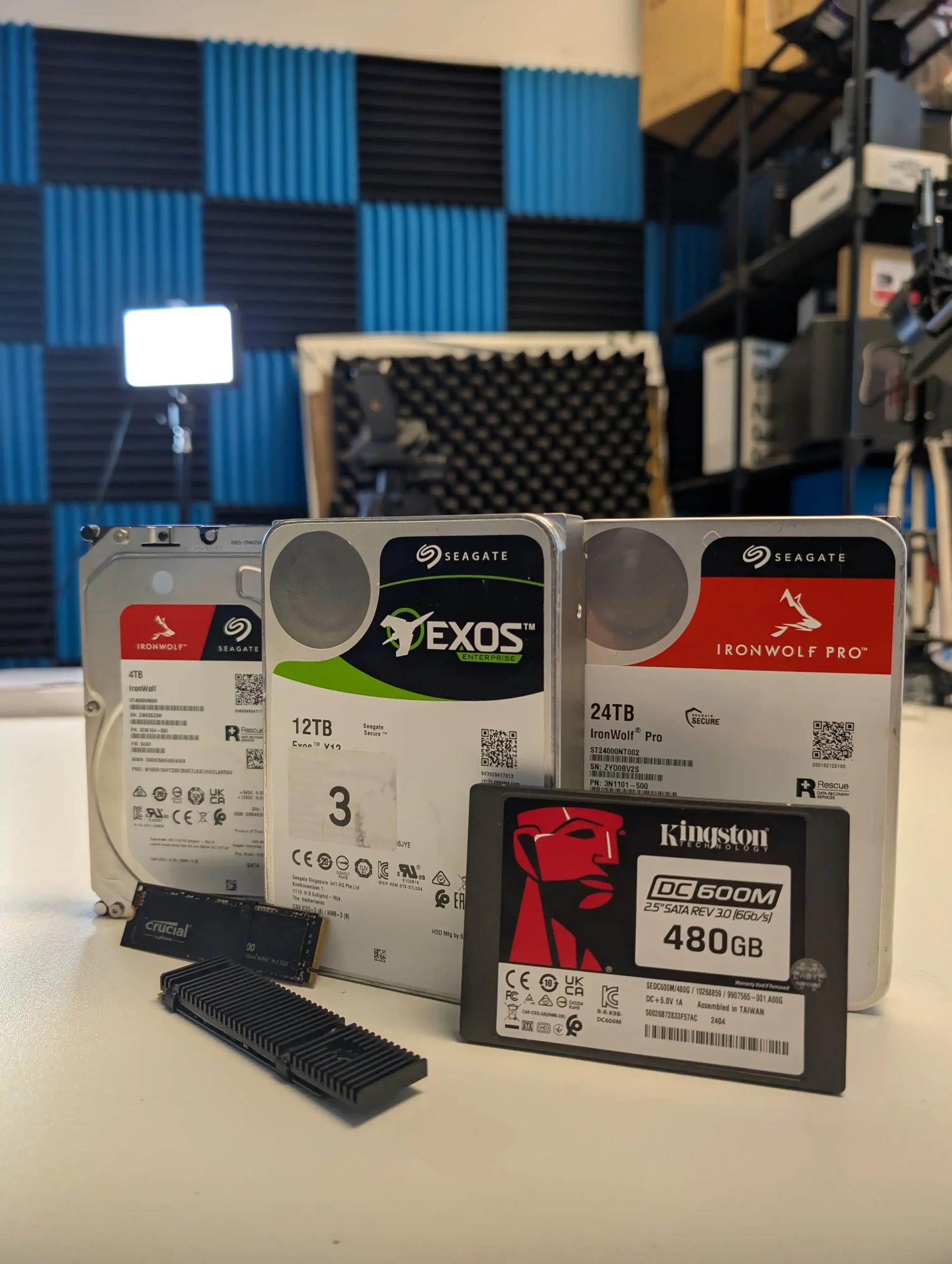

 Synology NAS HDDs – HAT Series (SATA)
Synology NAS HDDs – HAT Series (SATA)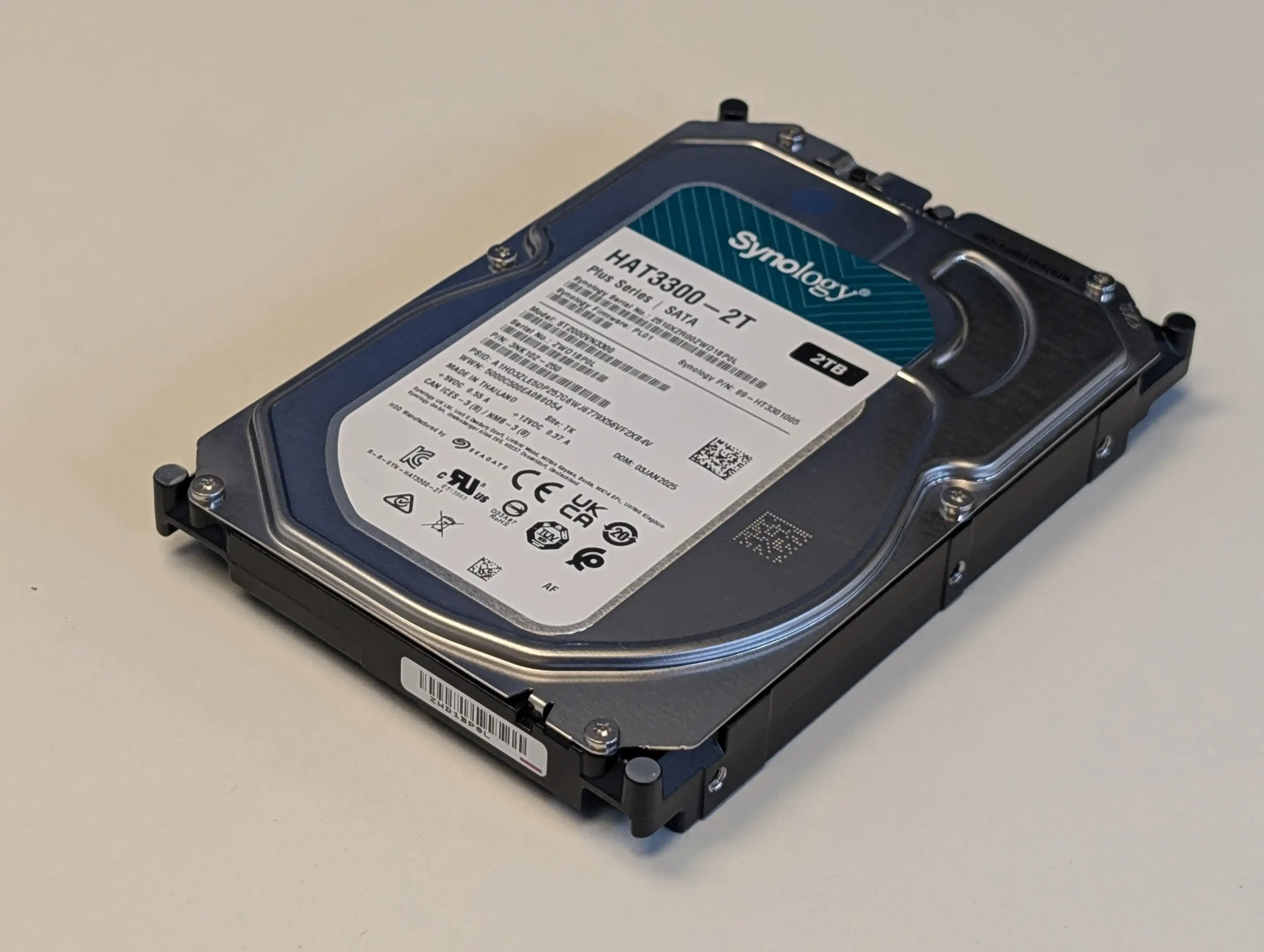
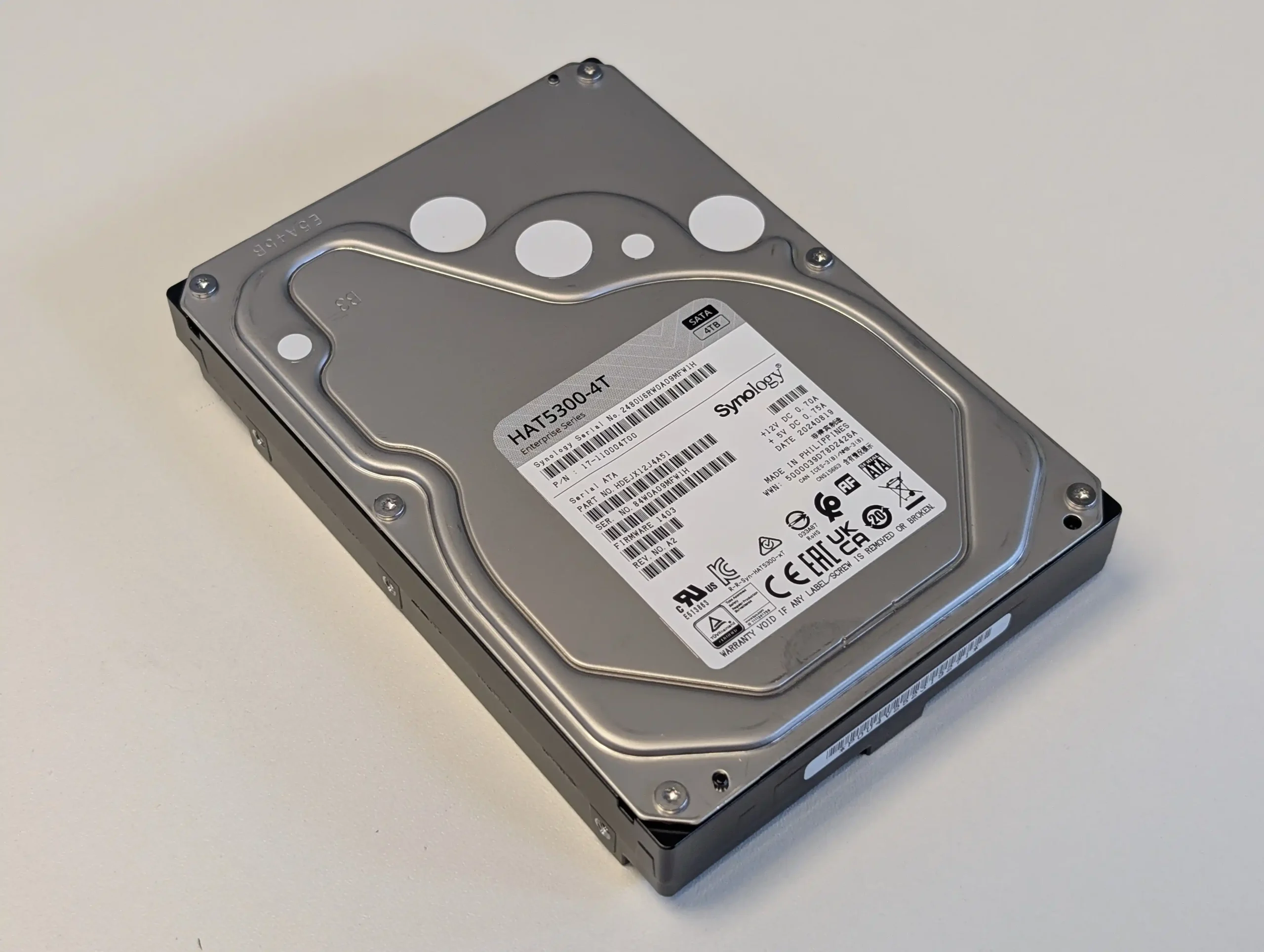
 Synology SAS HDDs – HAS Series
Synology SAS HDDs – HAS Series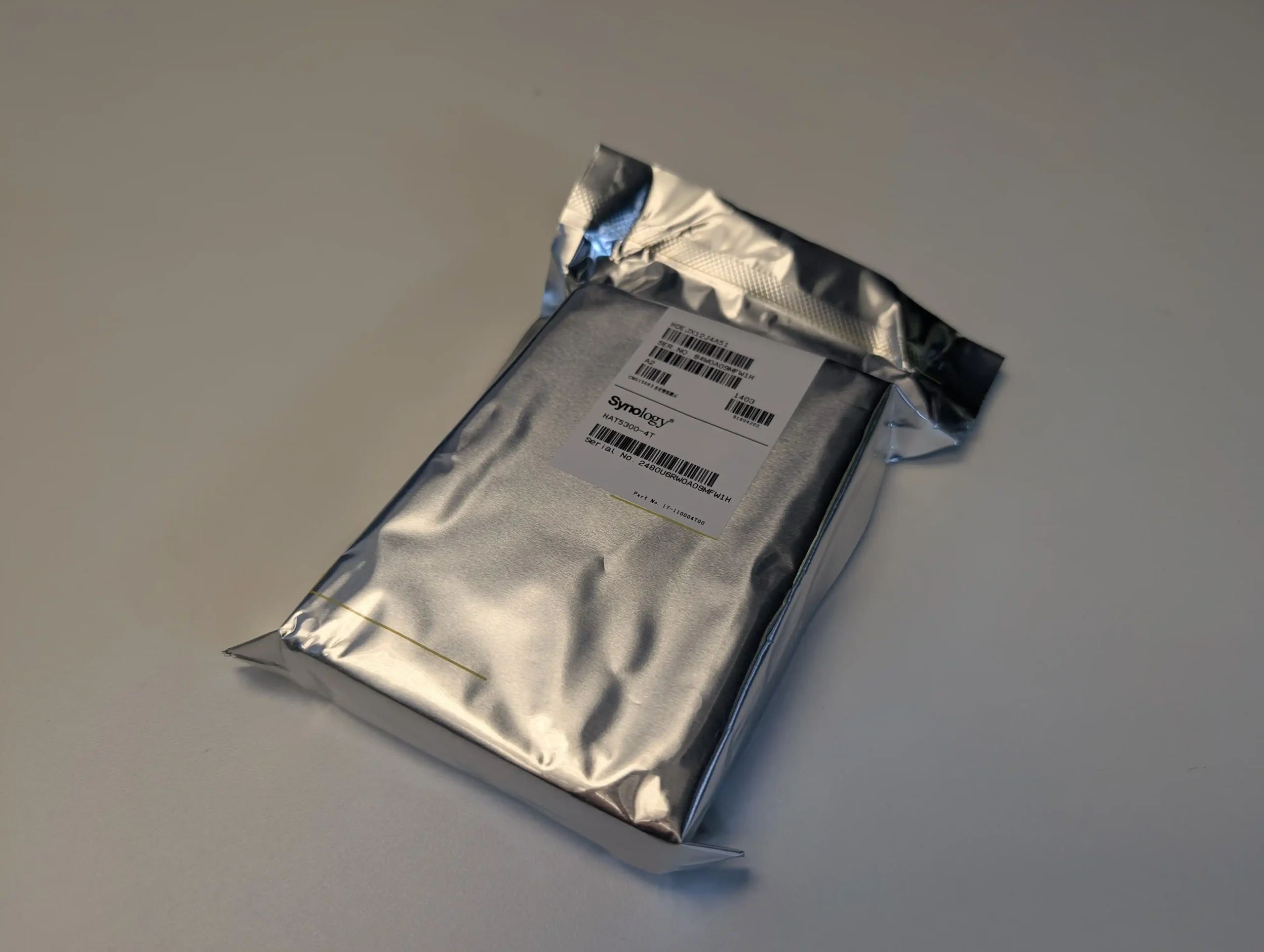
 Synology SATA SSDs – SAT Series
Synology SATA SSDs – SAT Series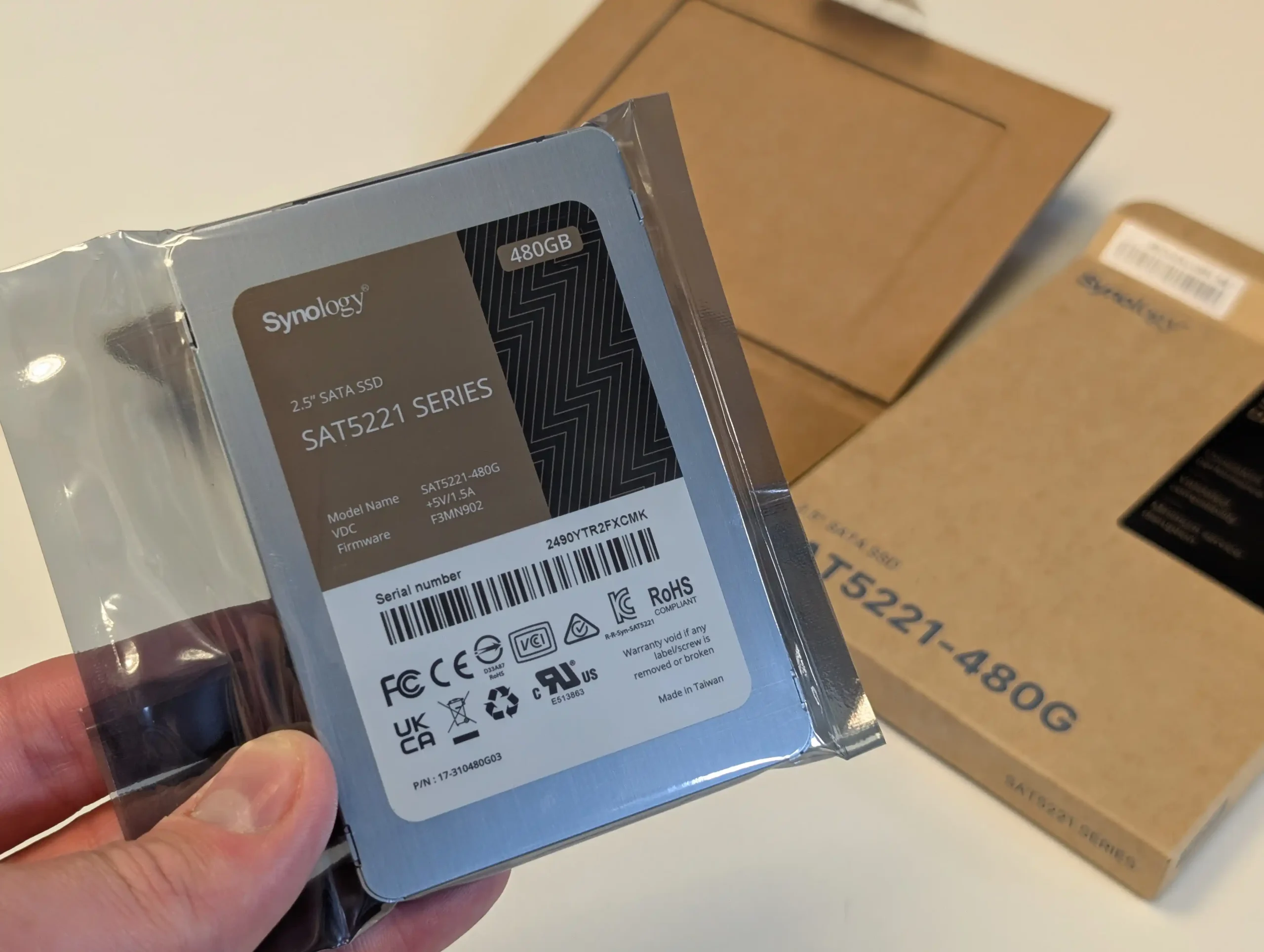
 Synology NVMe SSDs – SNV Series
Synology NVMe SSDs – SNV Series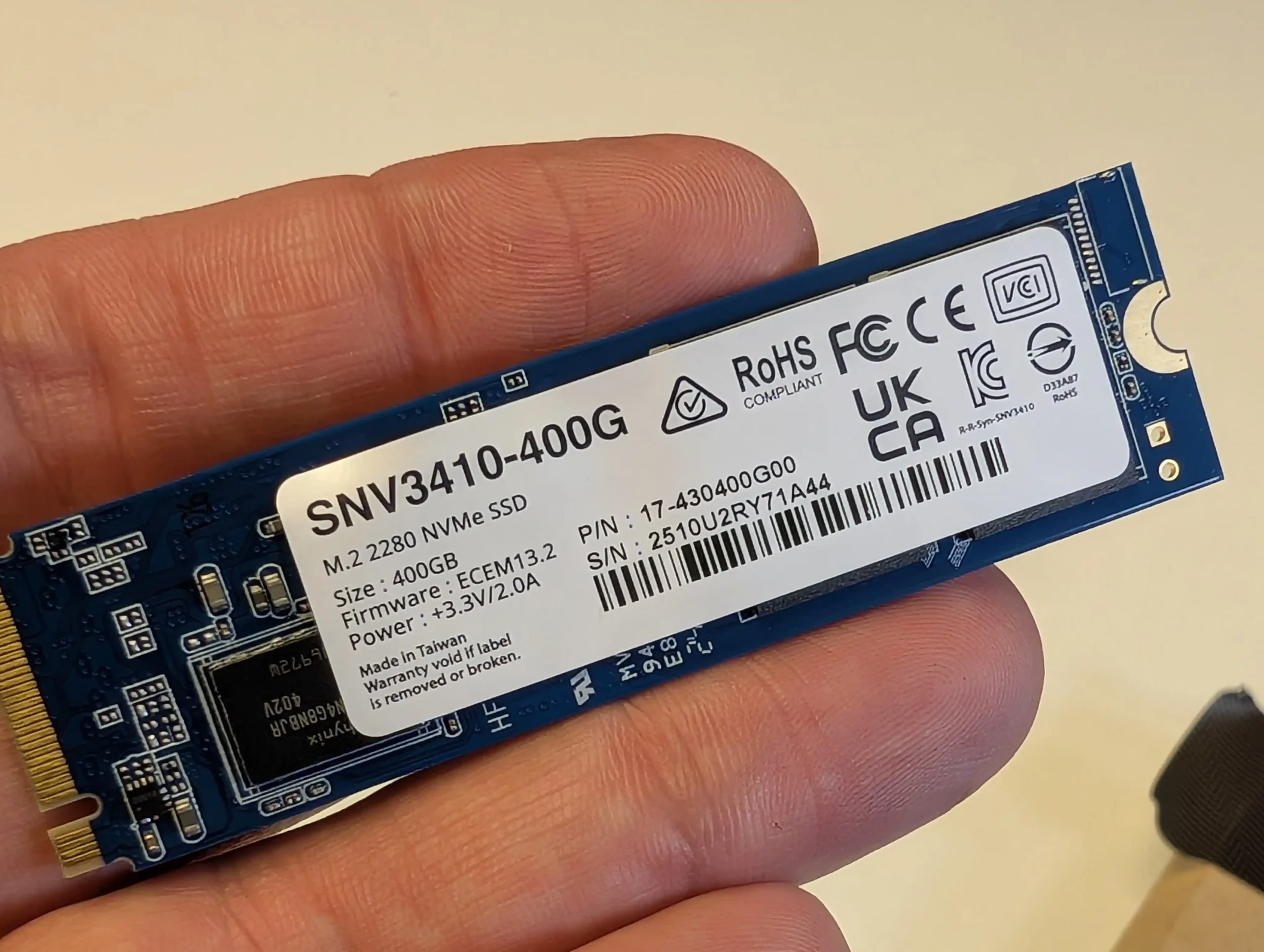
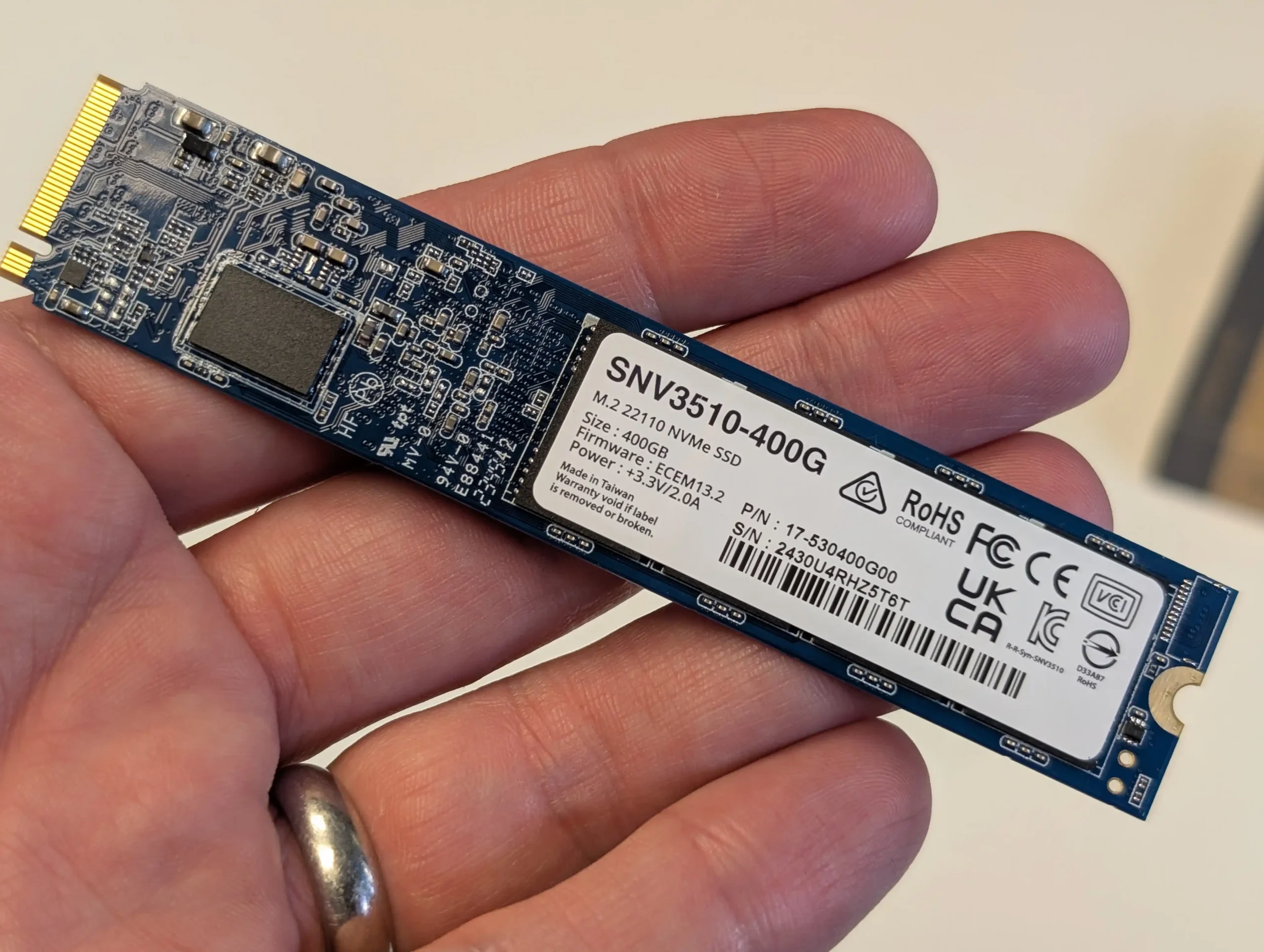
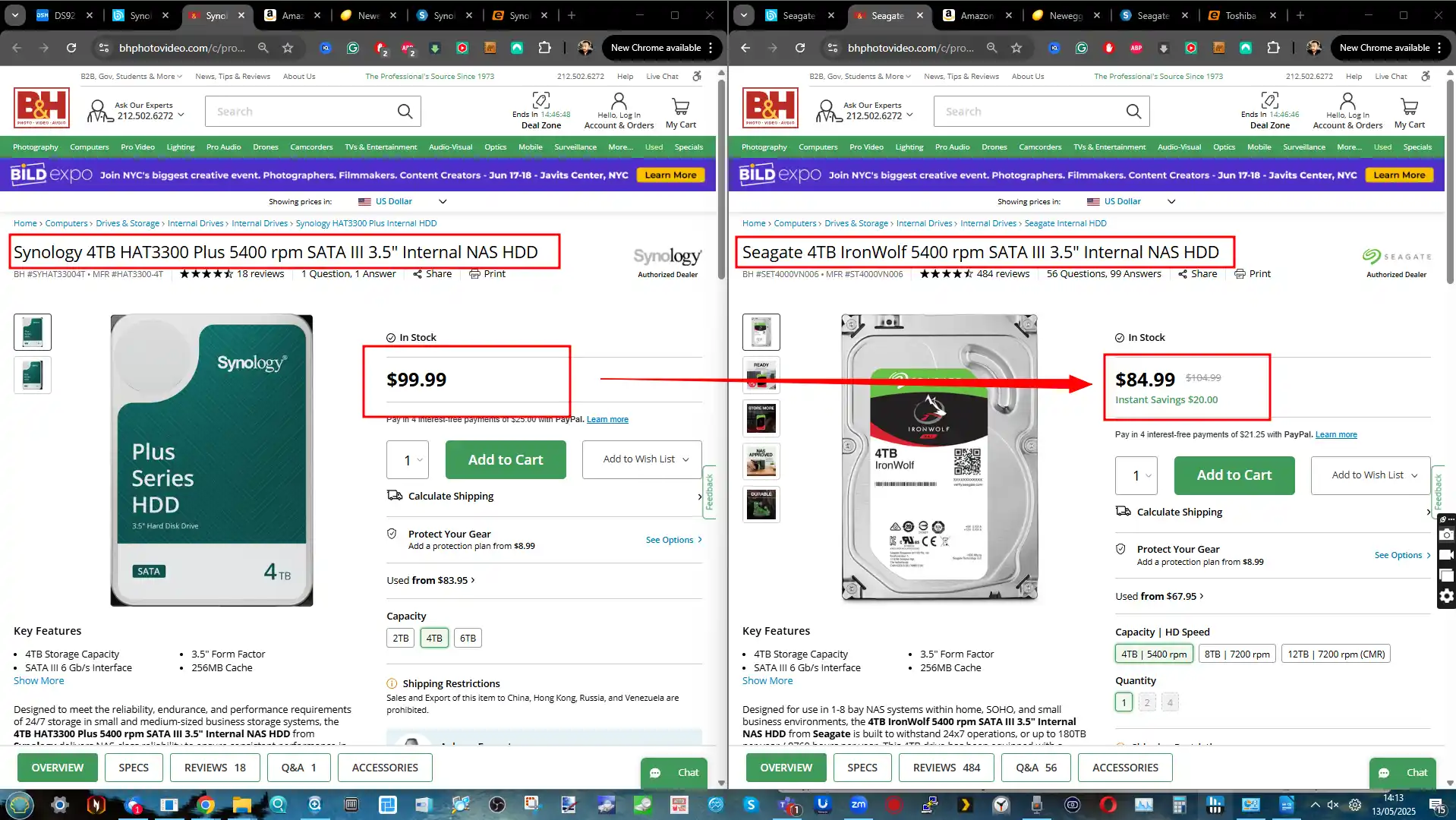
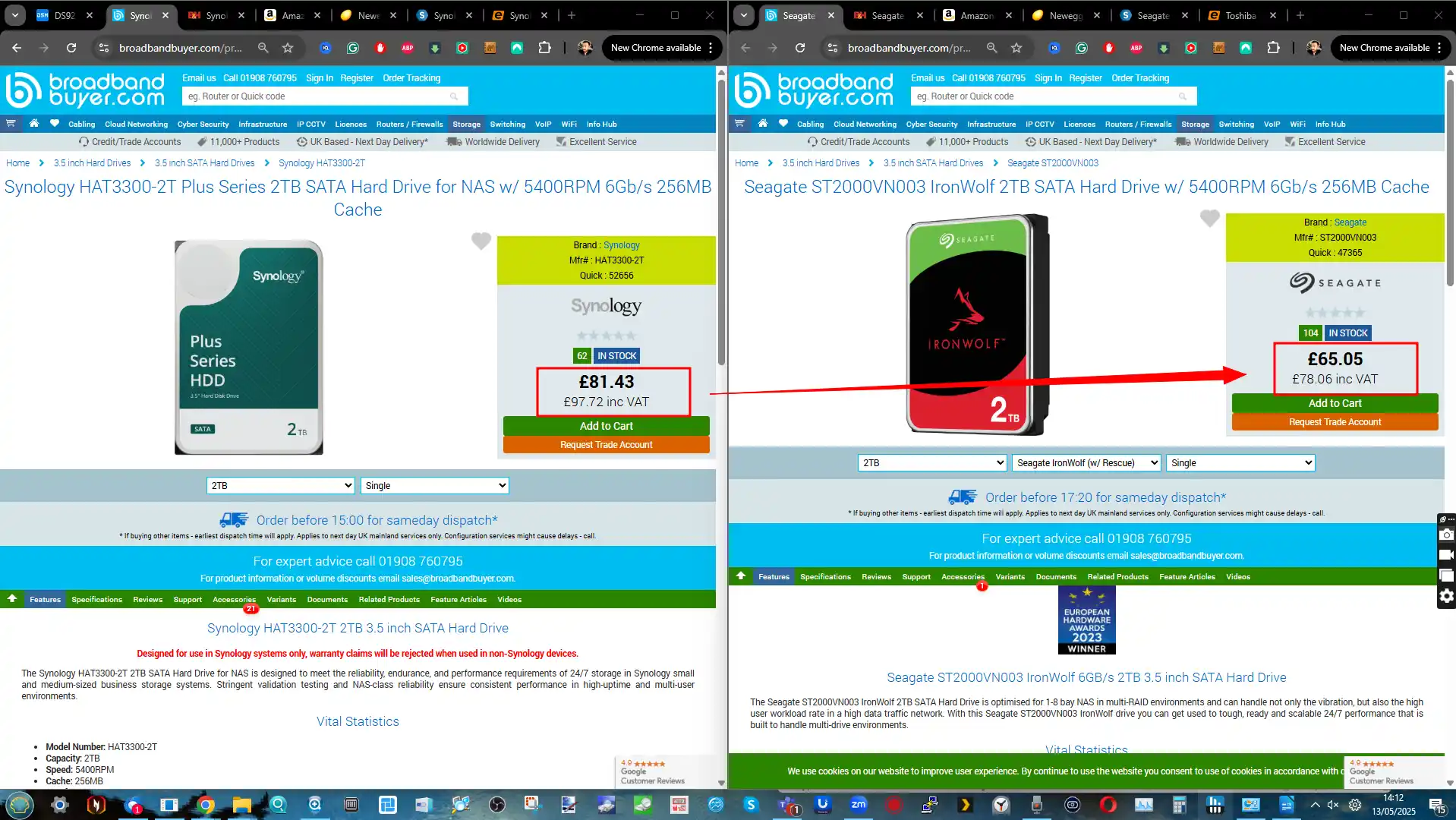
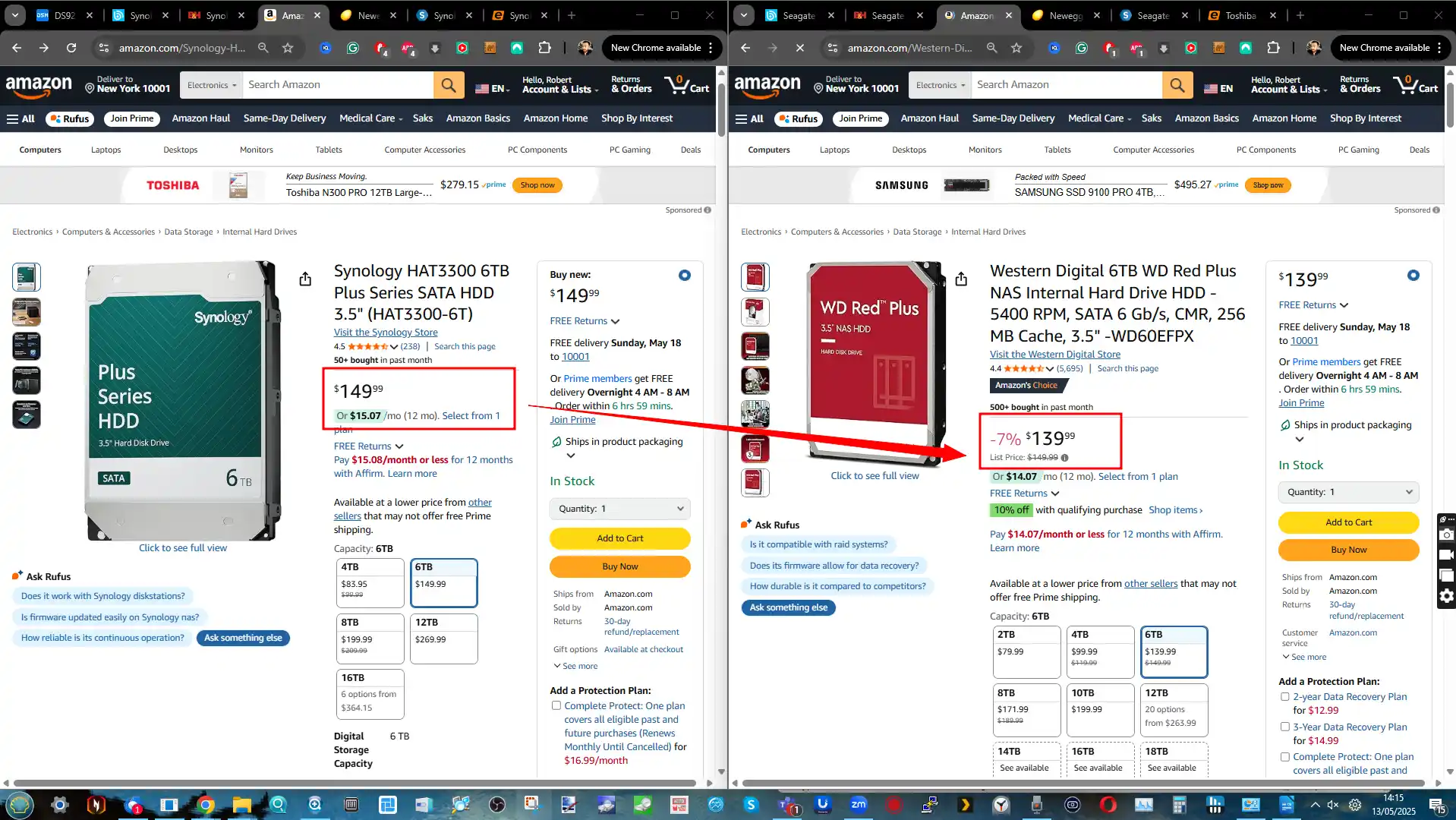
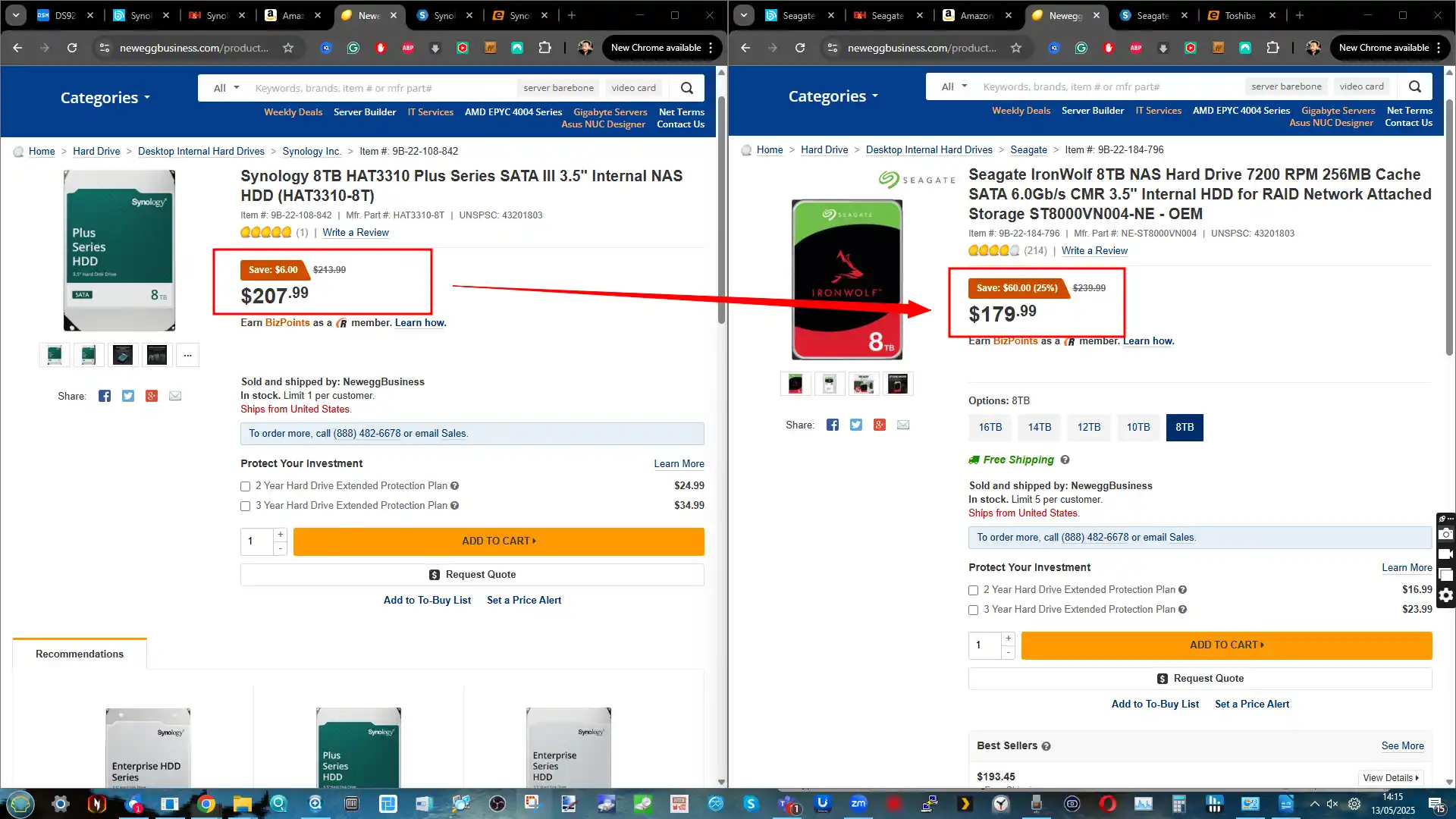
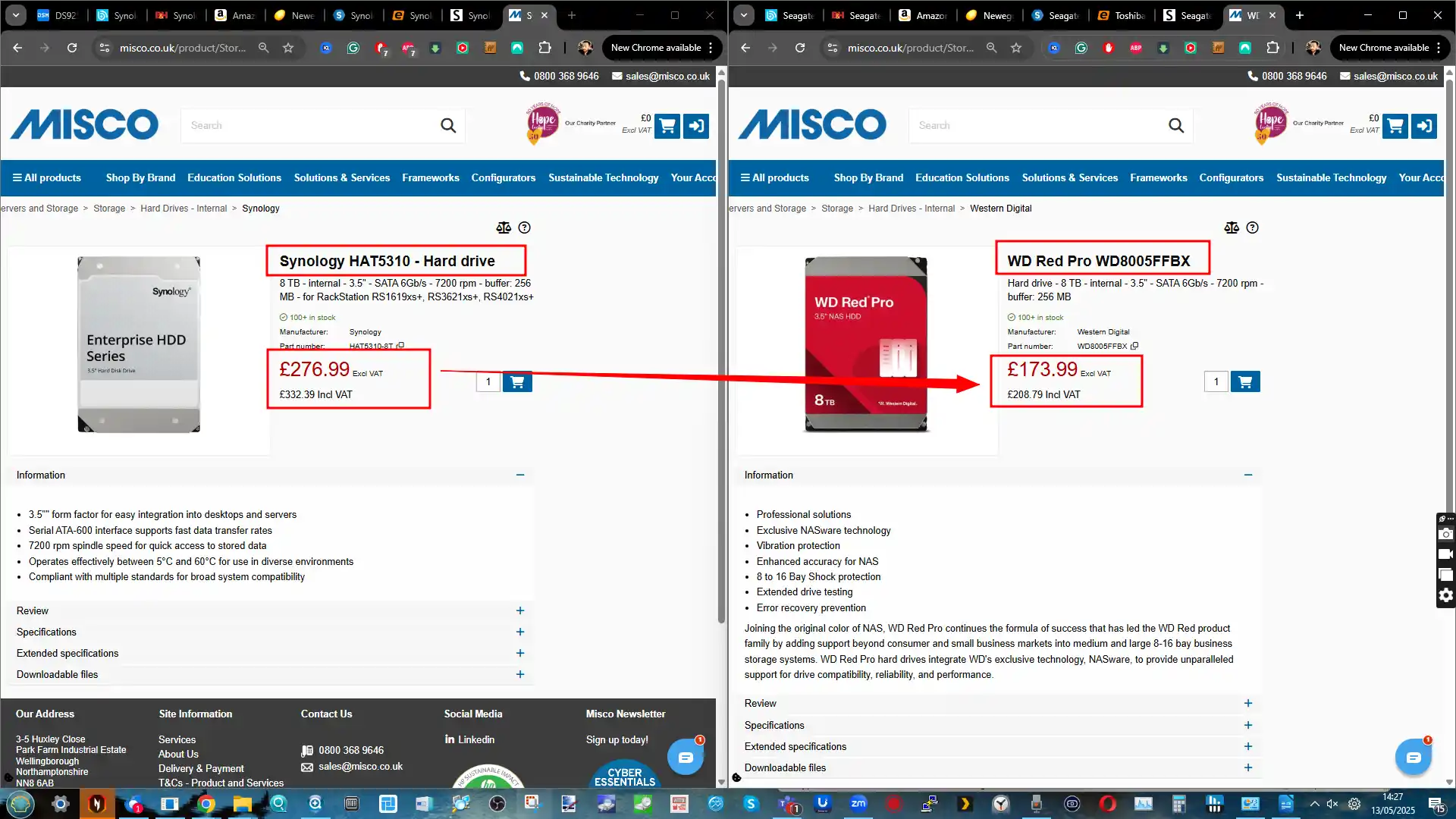
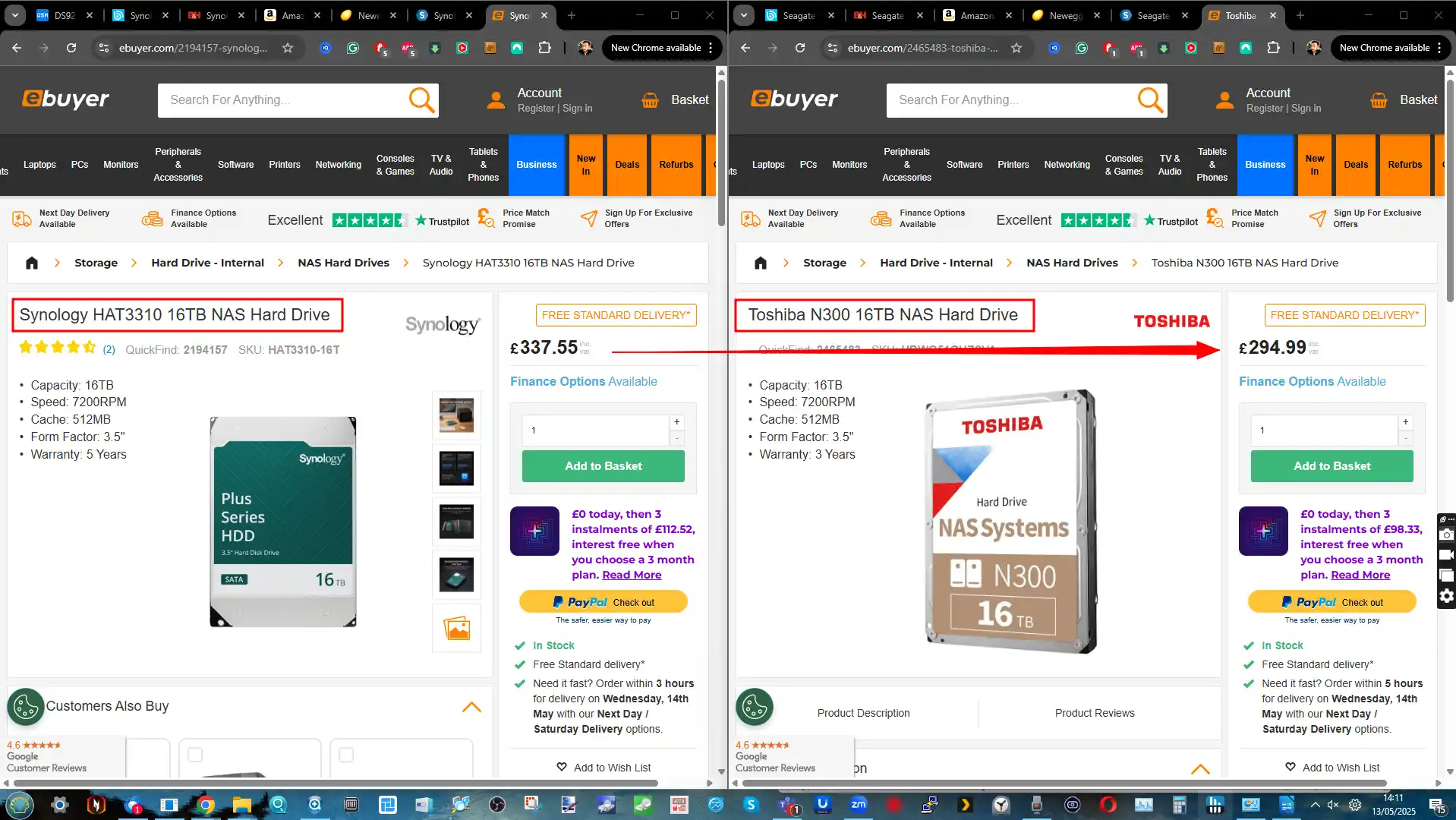
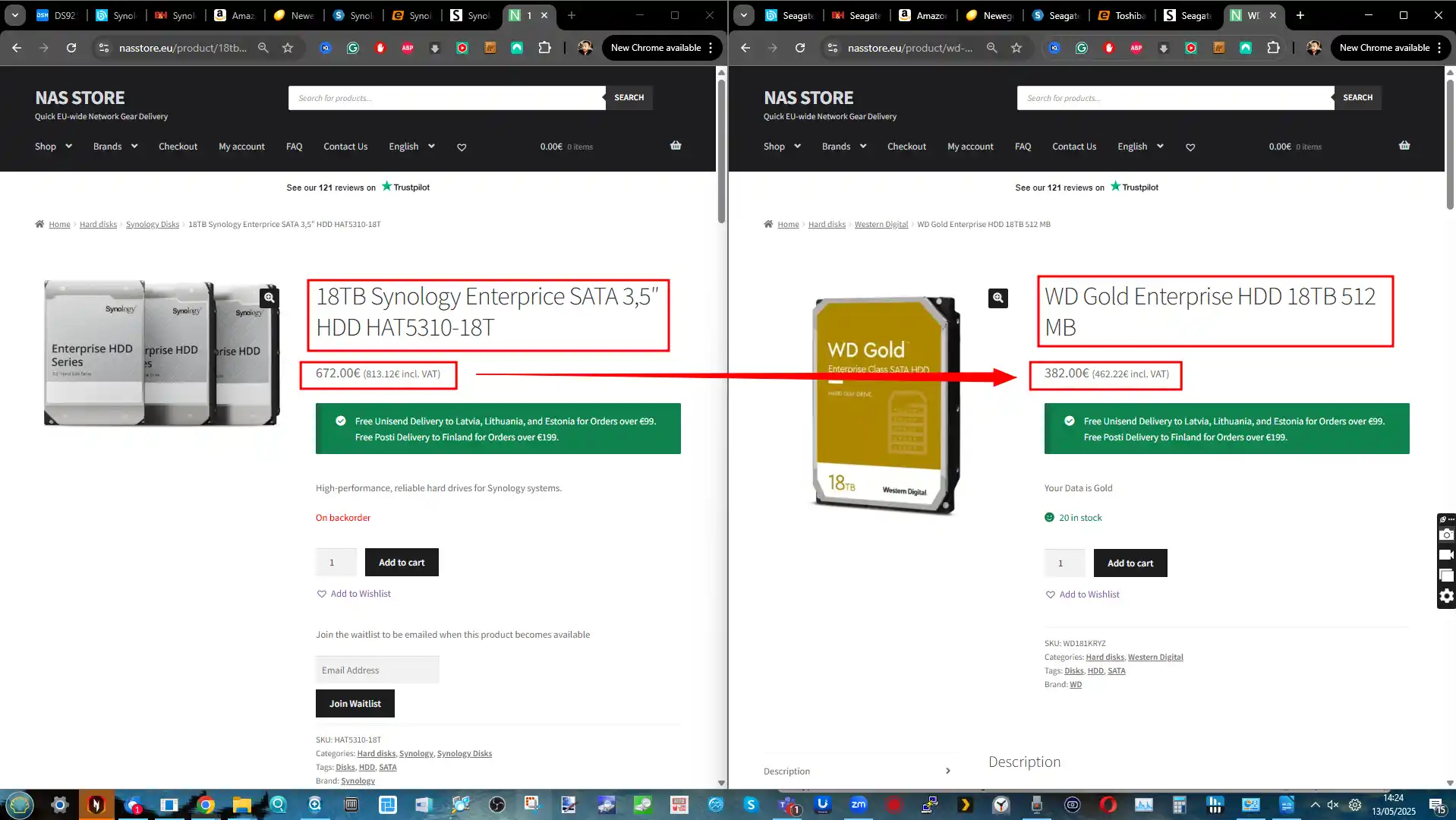
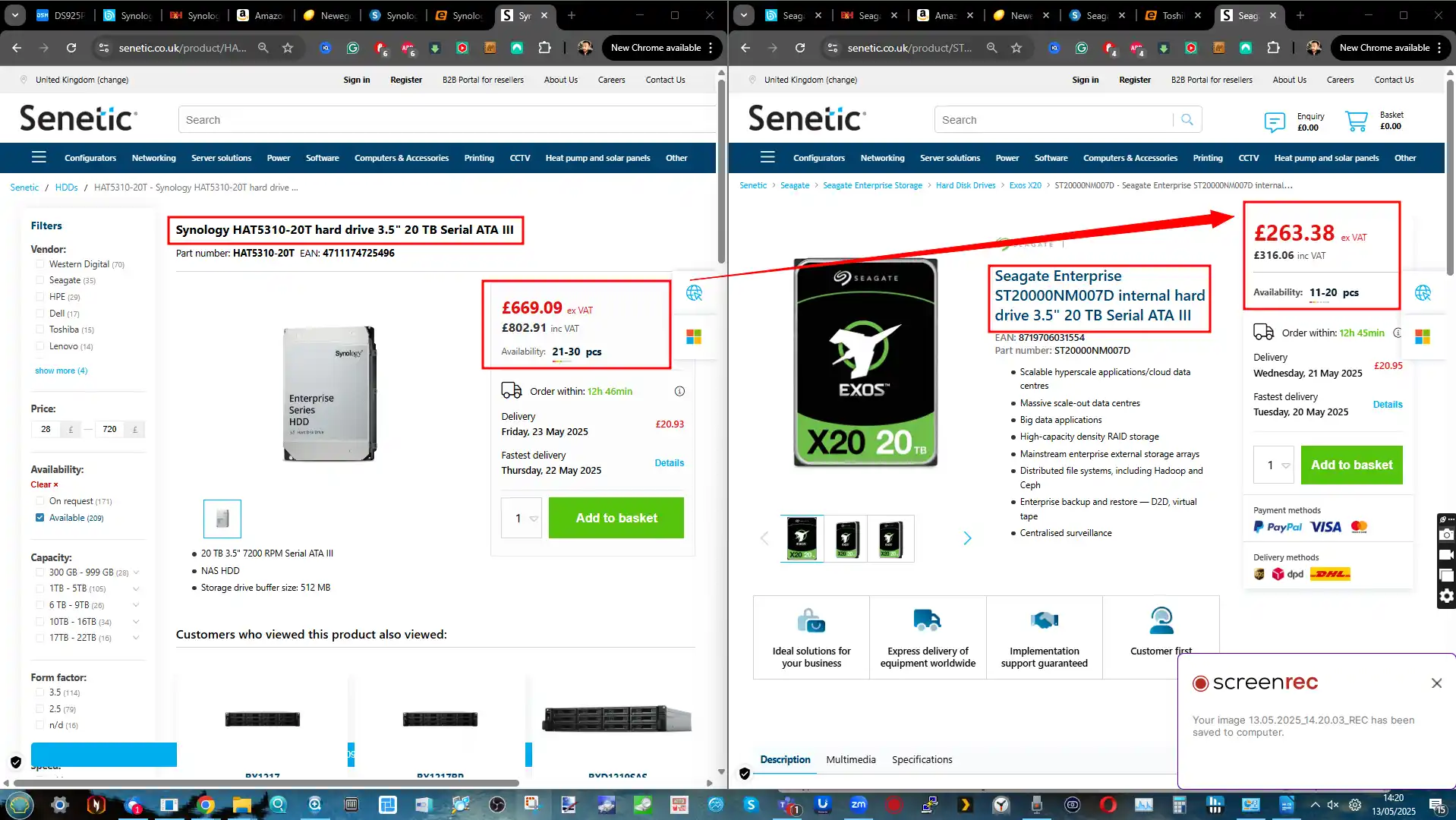
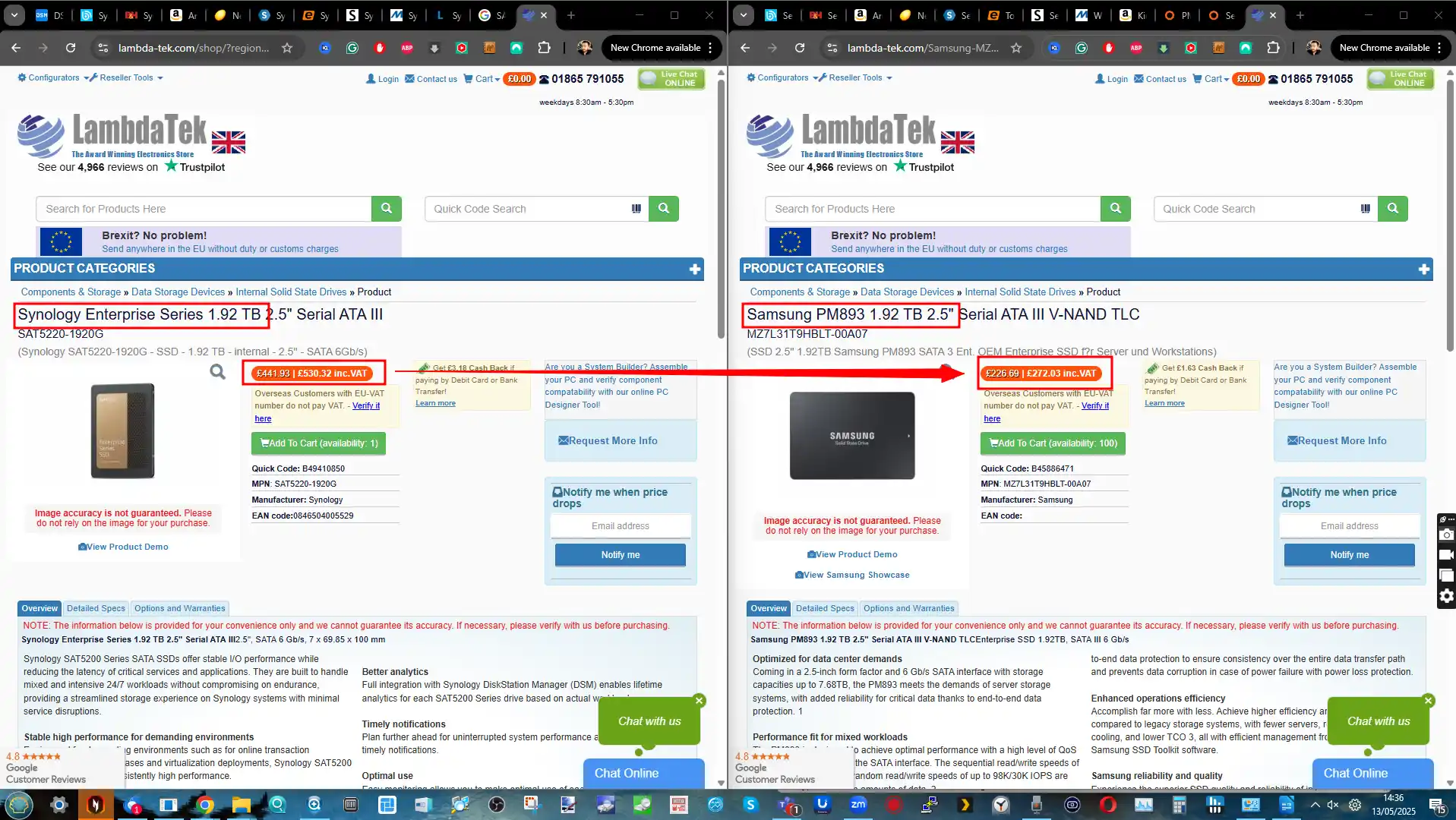
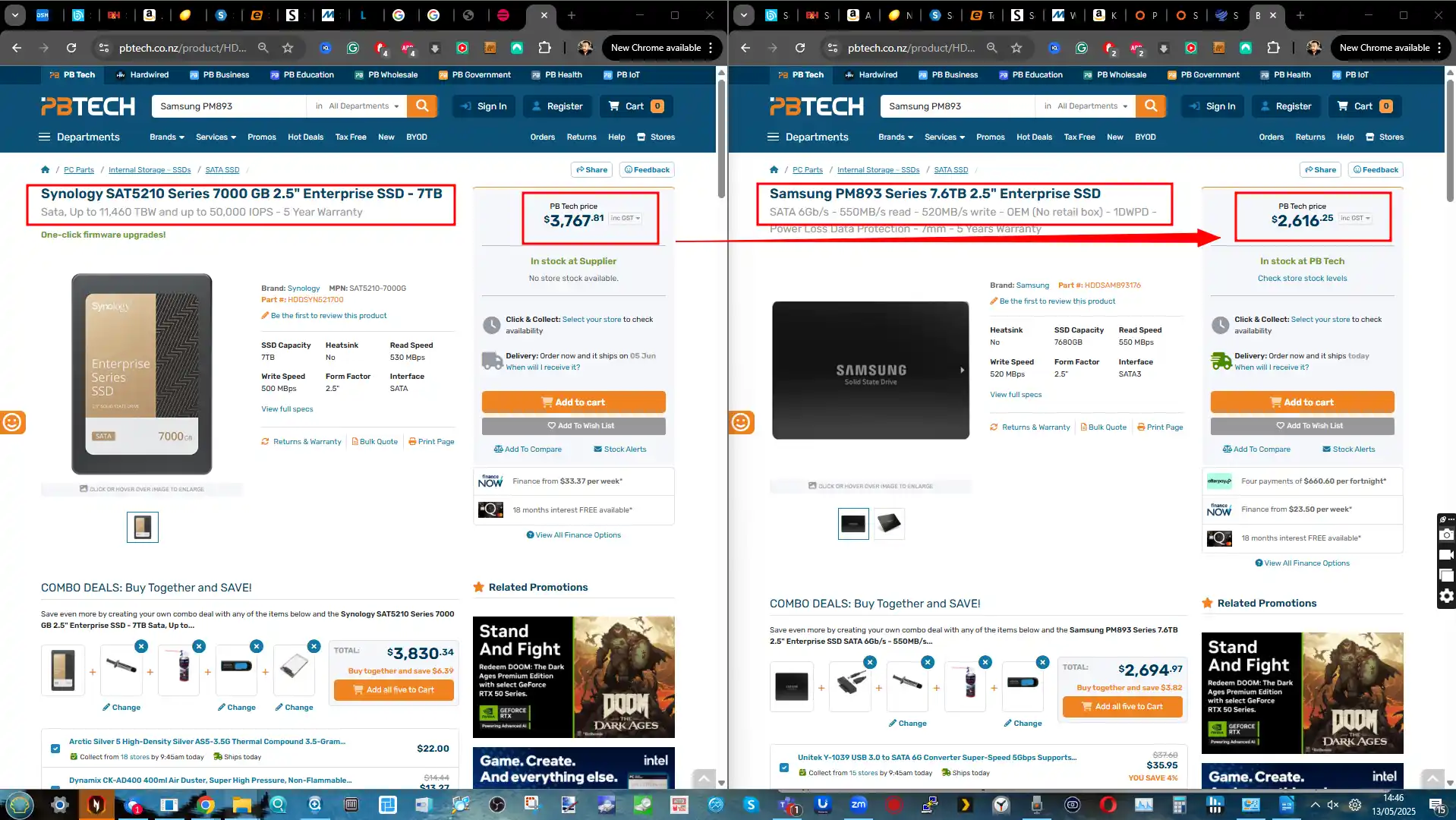
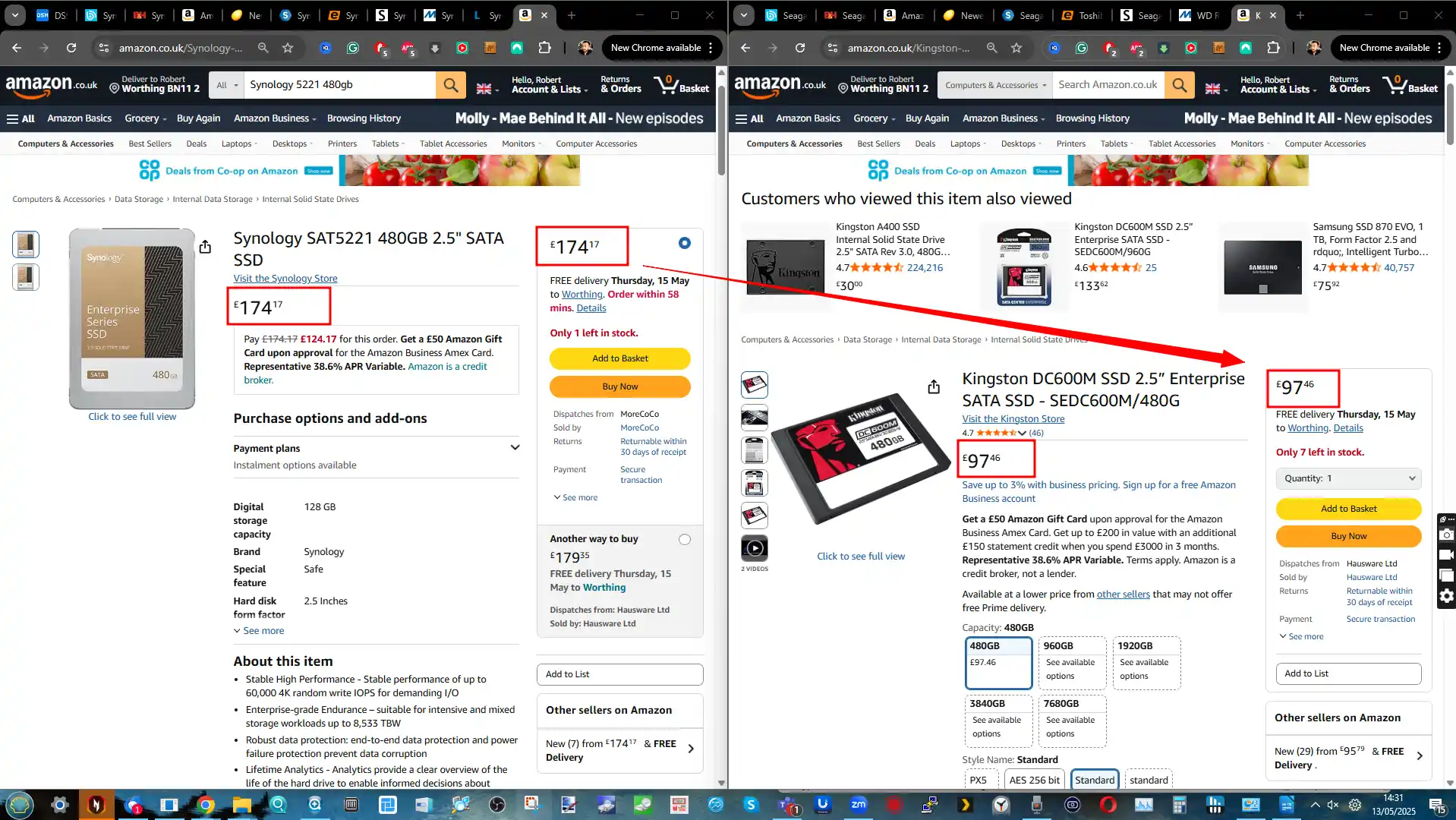
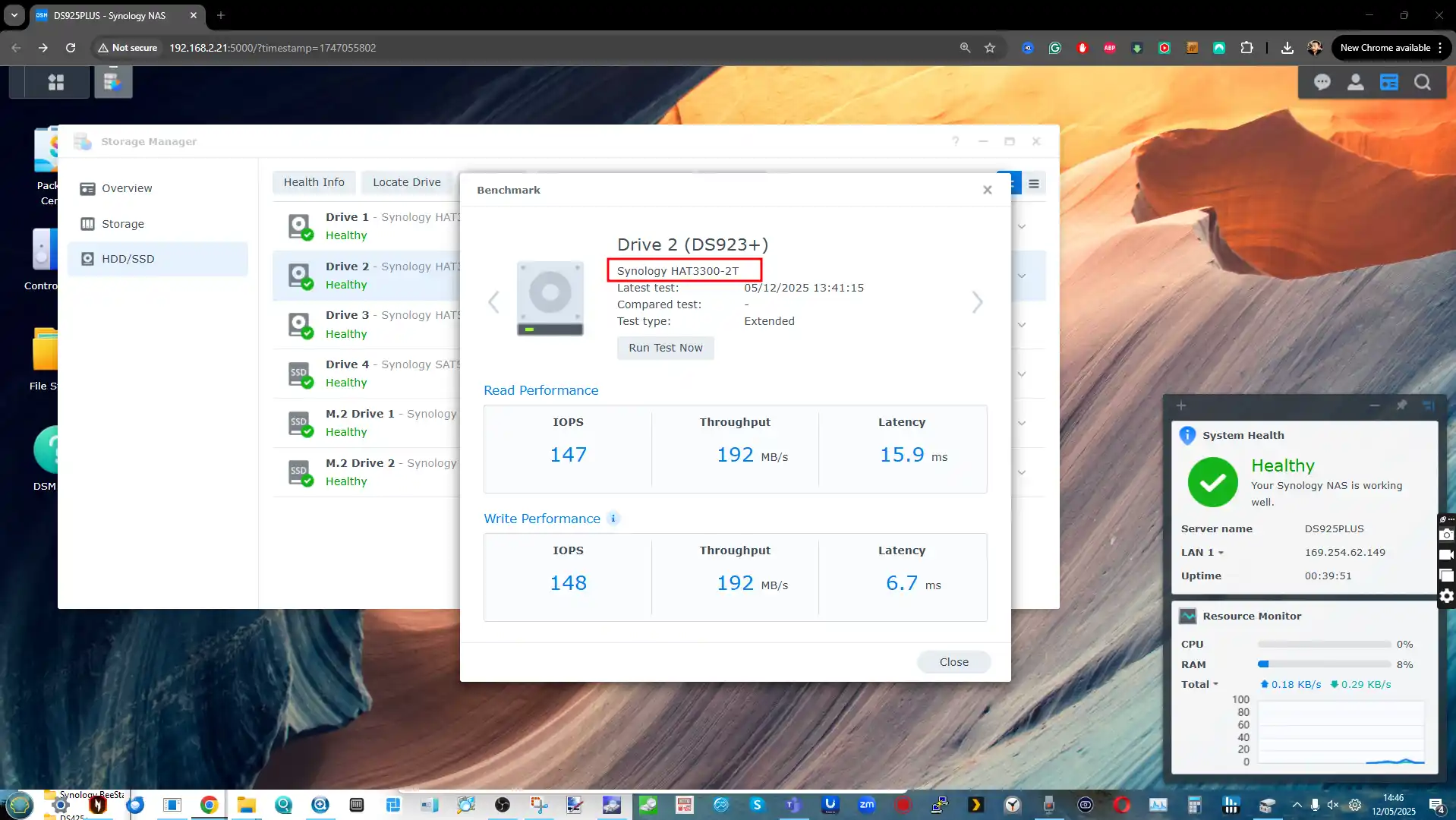
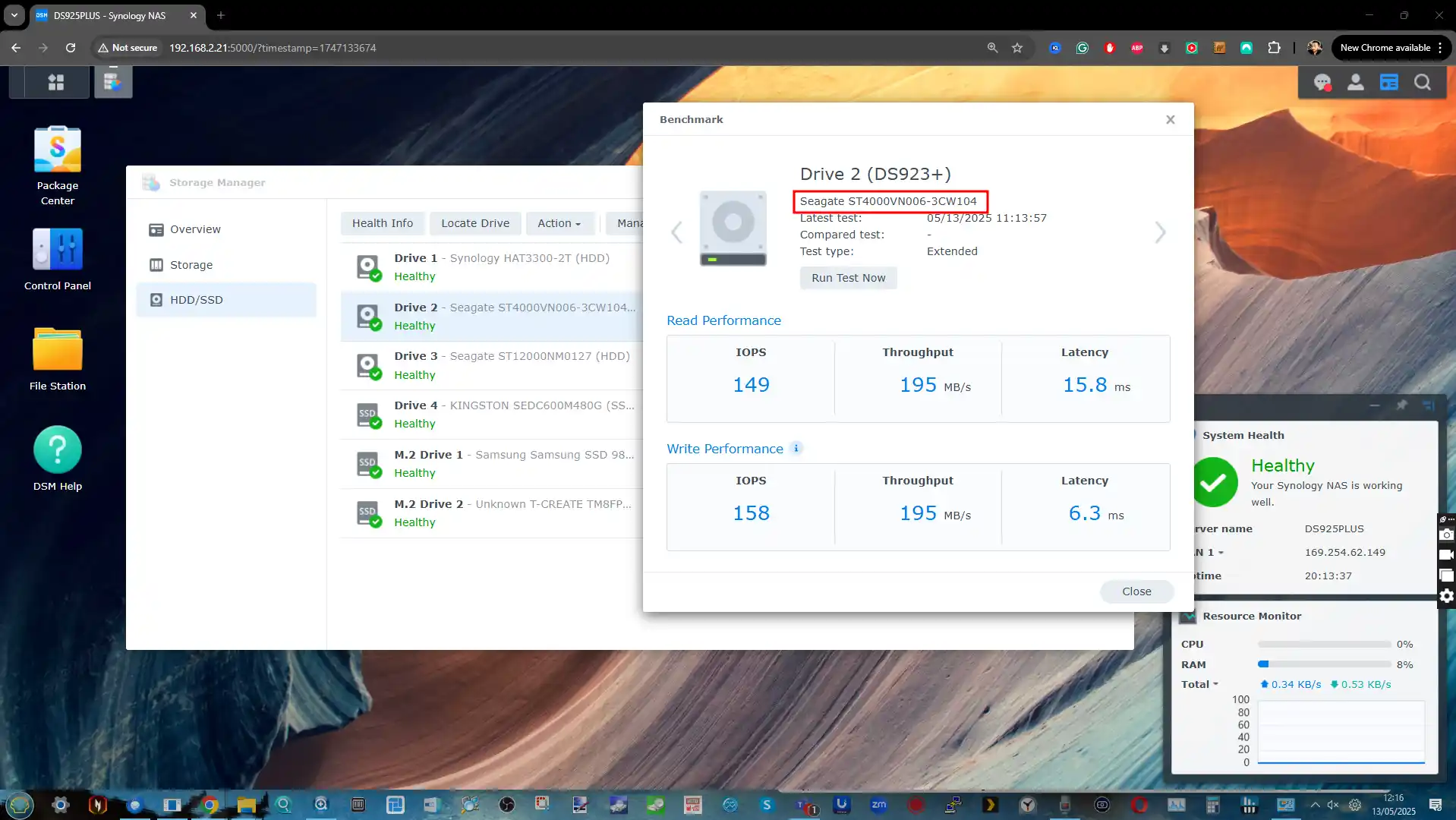
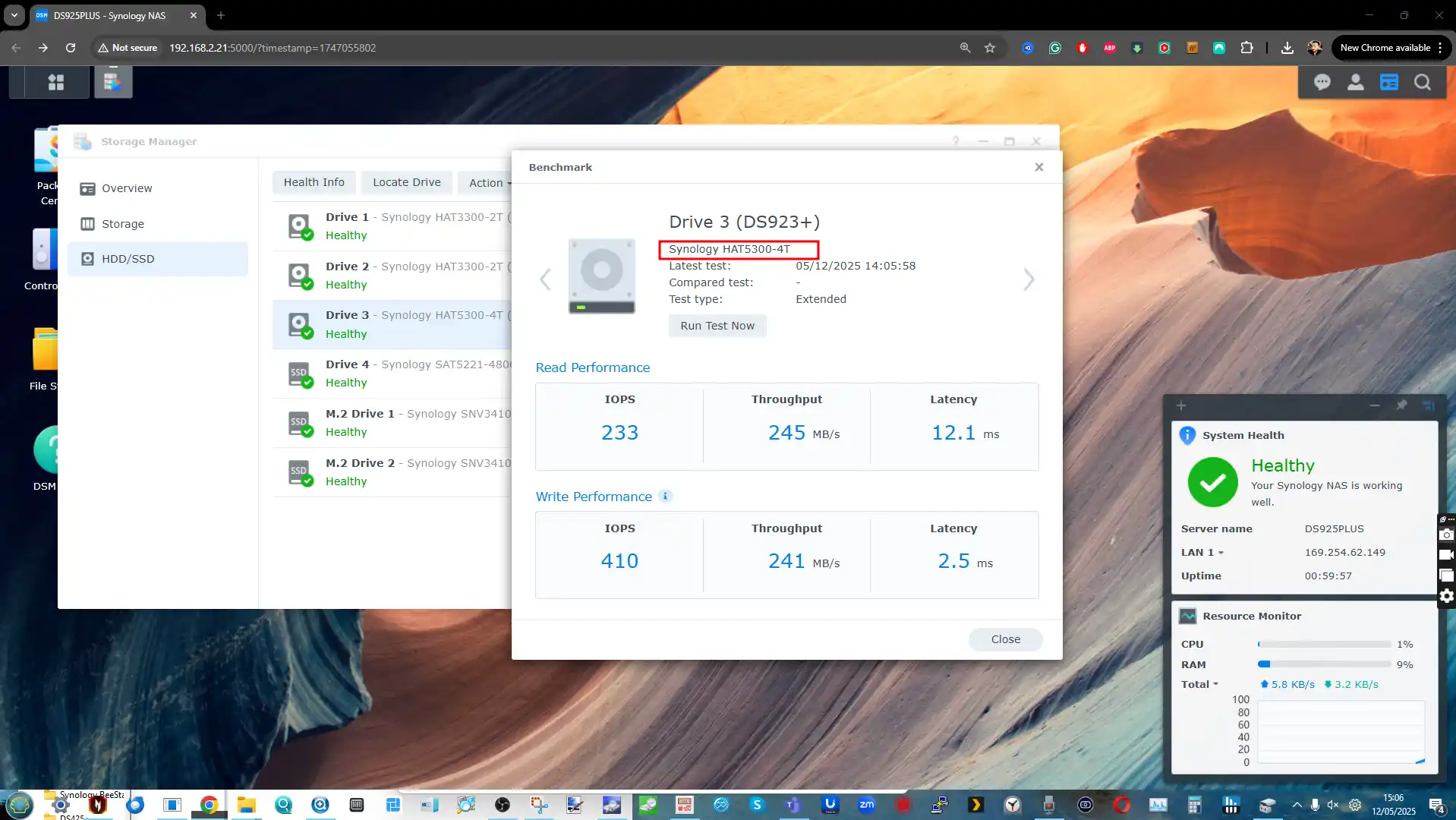
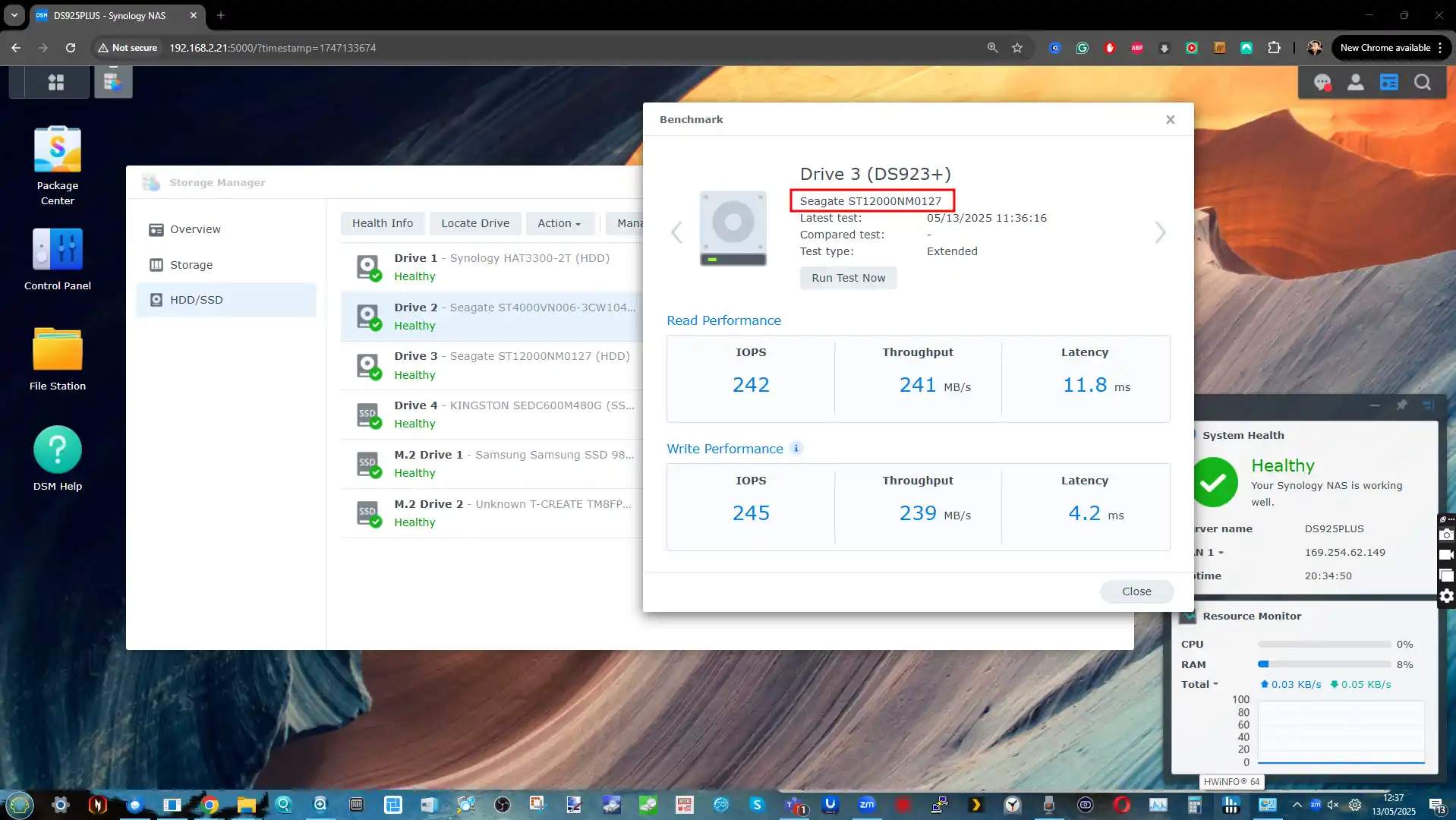
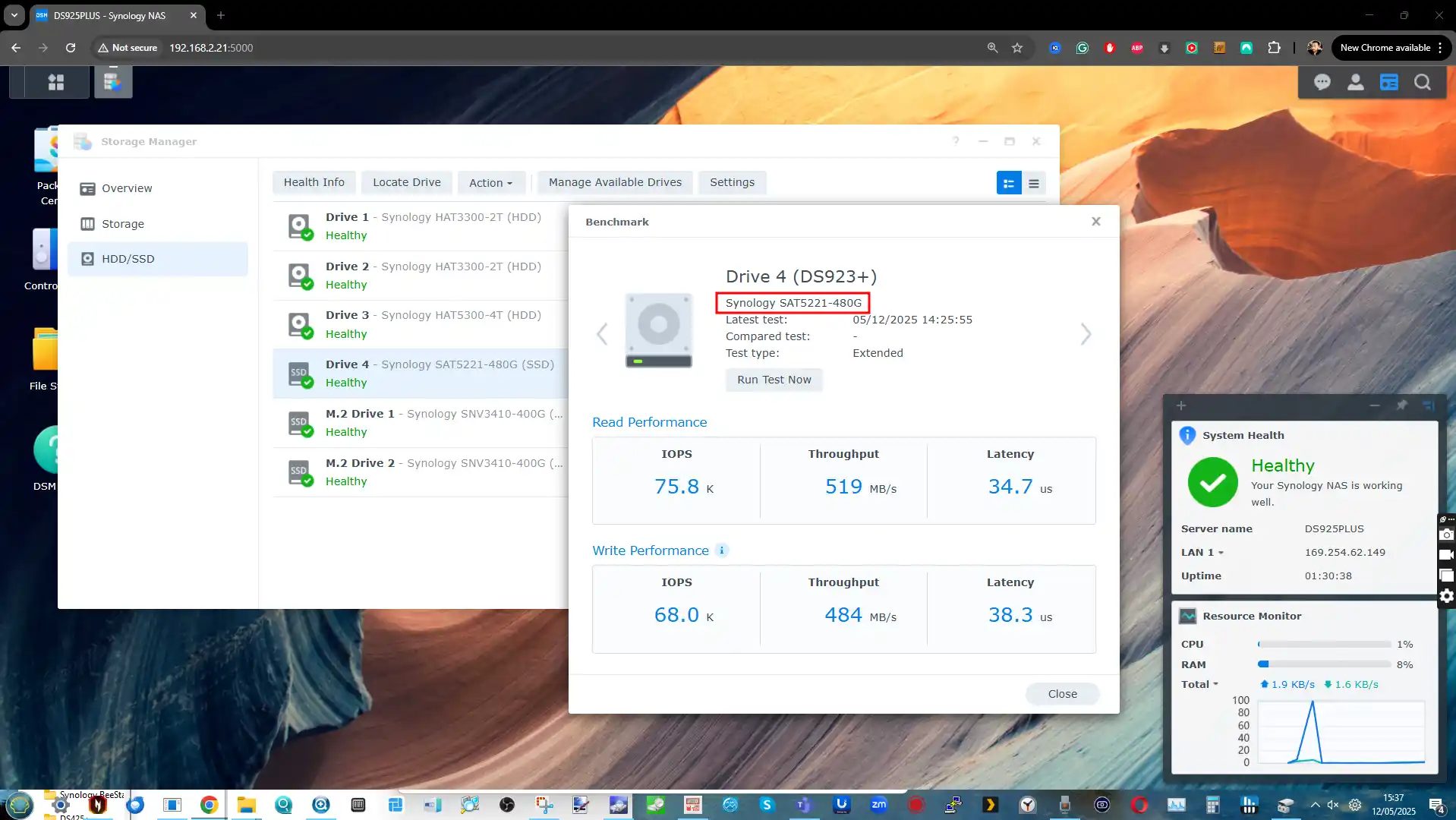
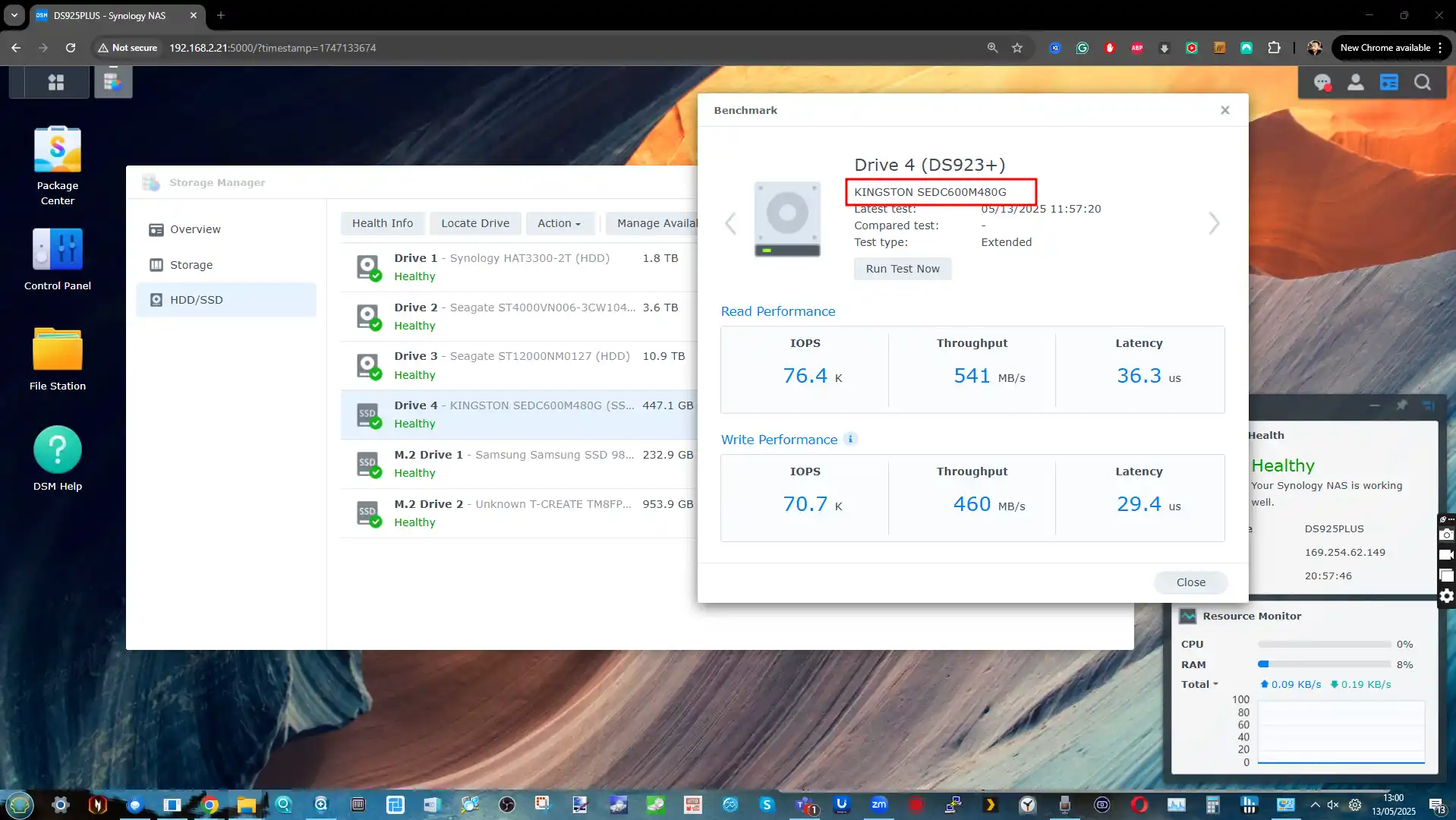

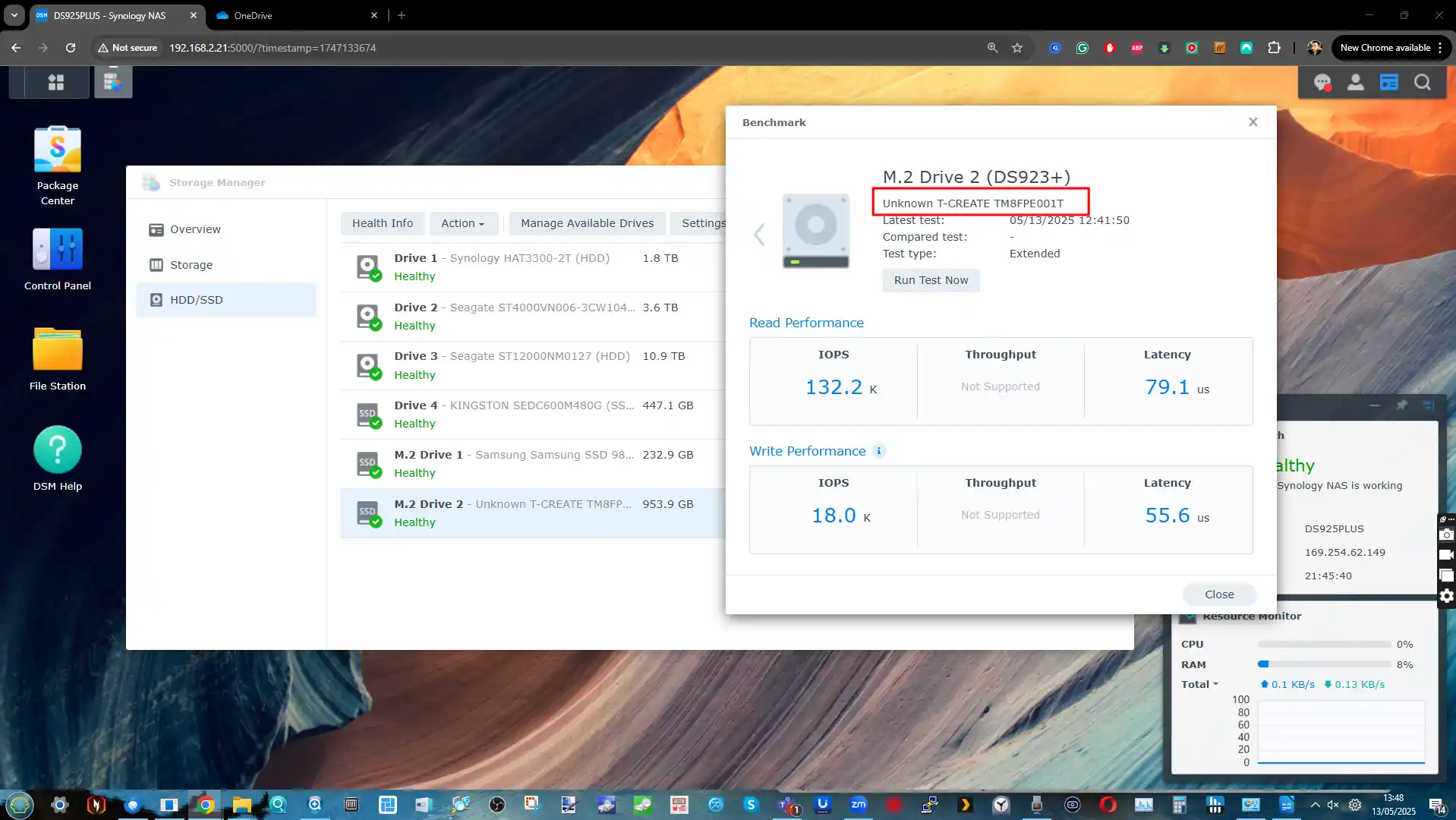
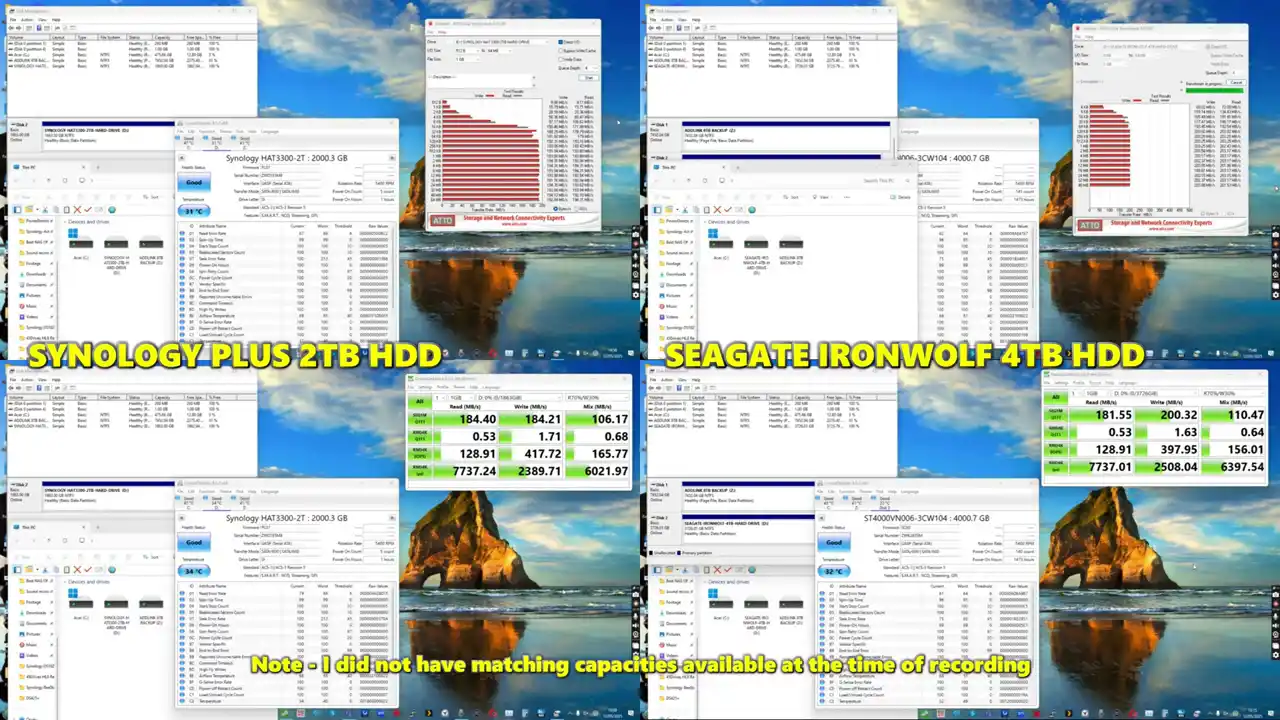
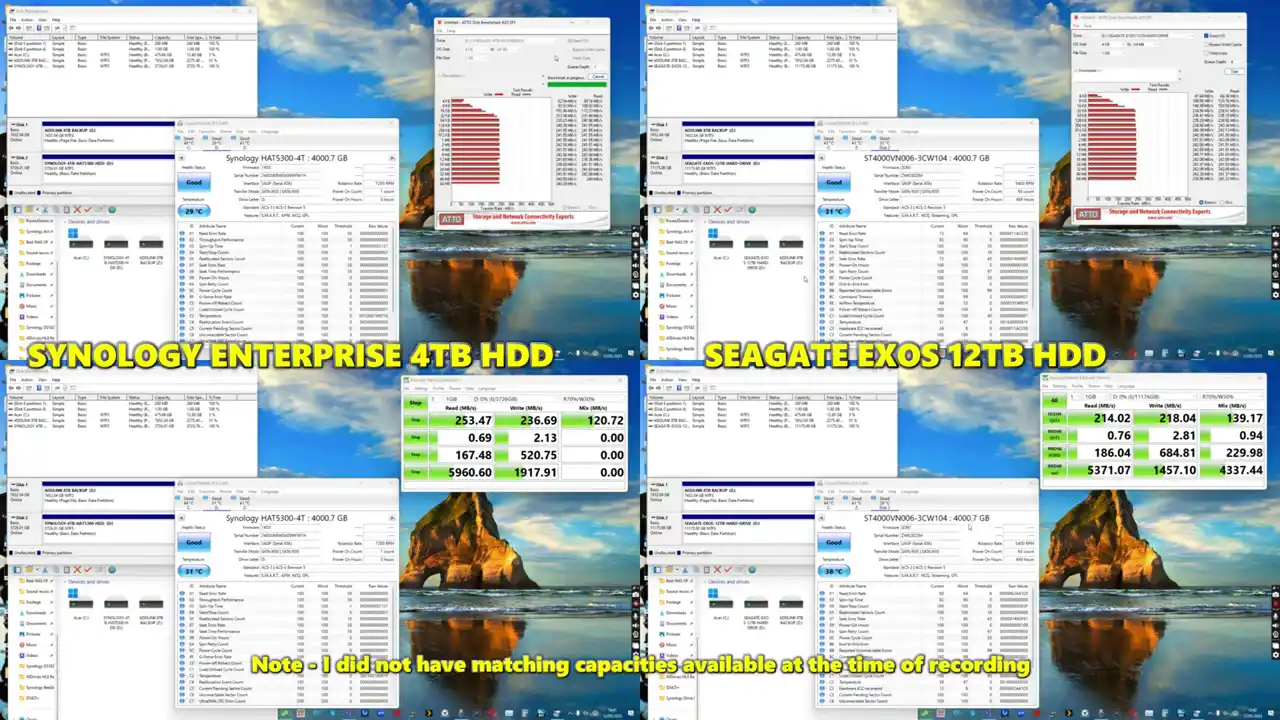
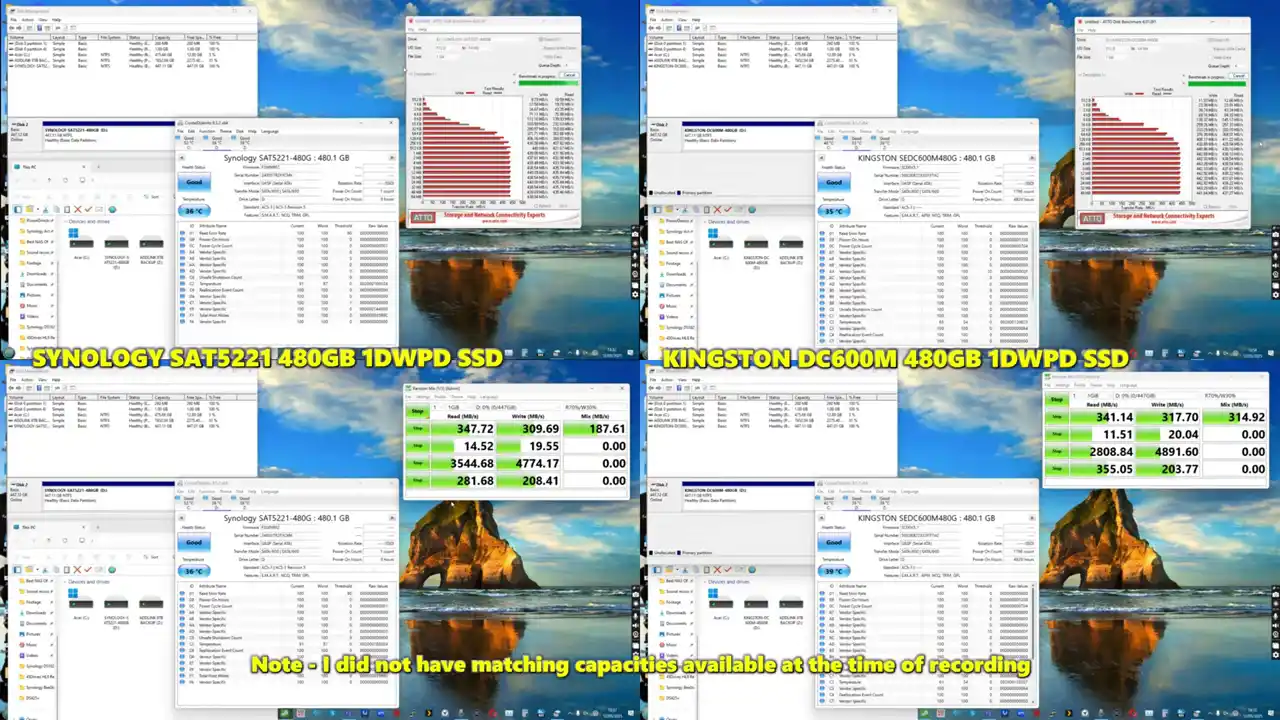
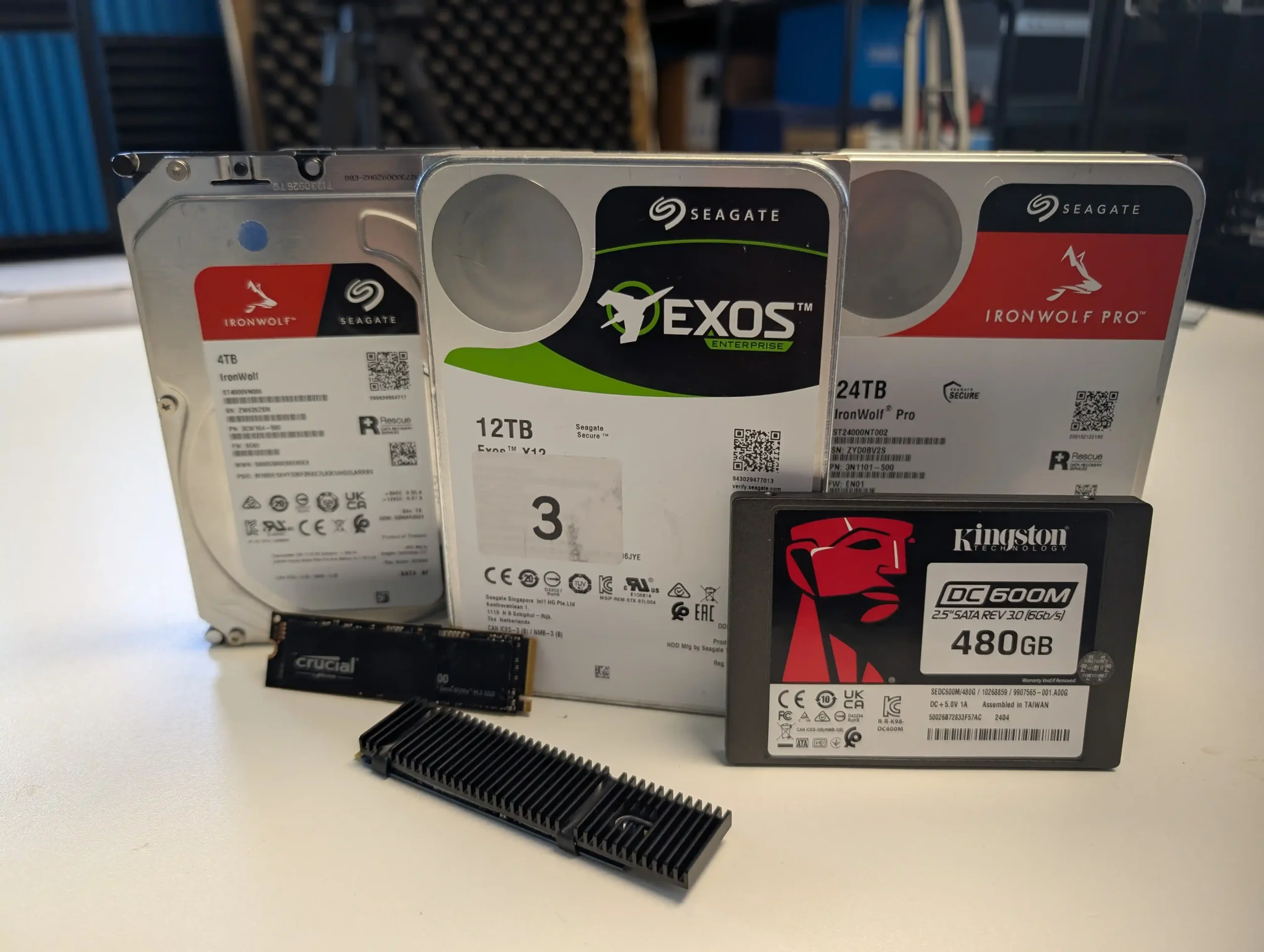
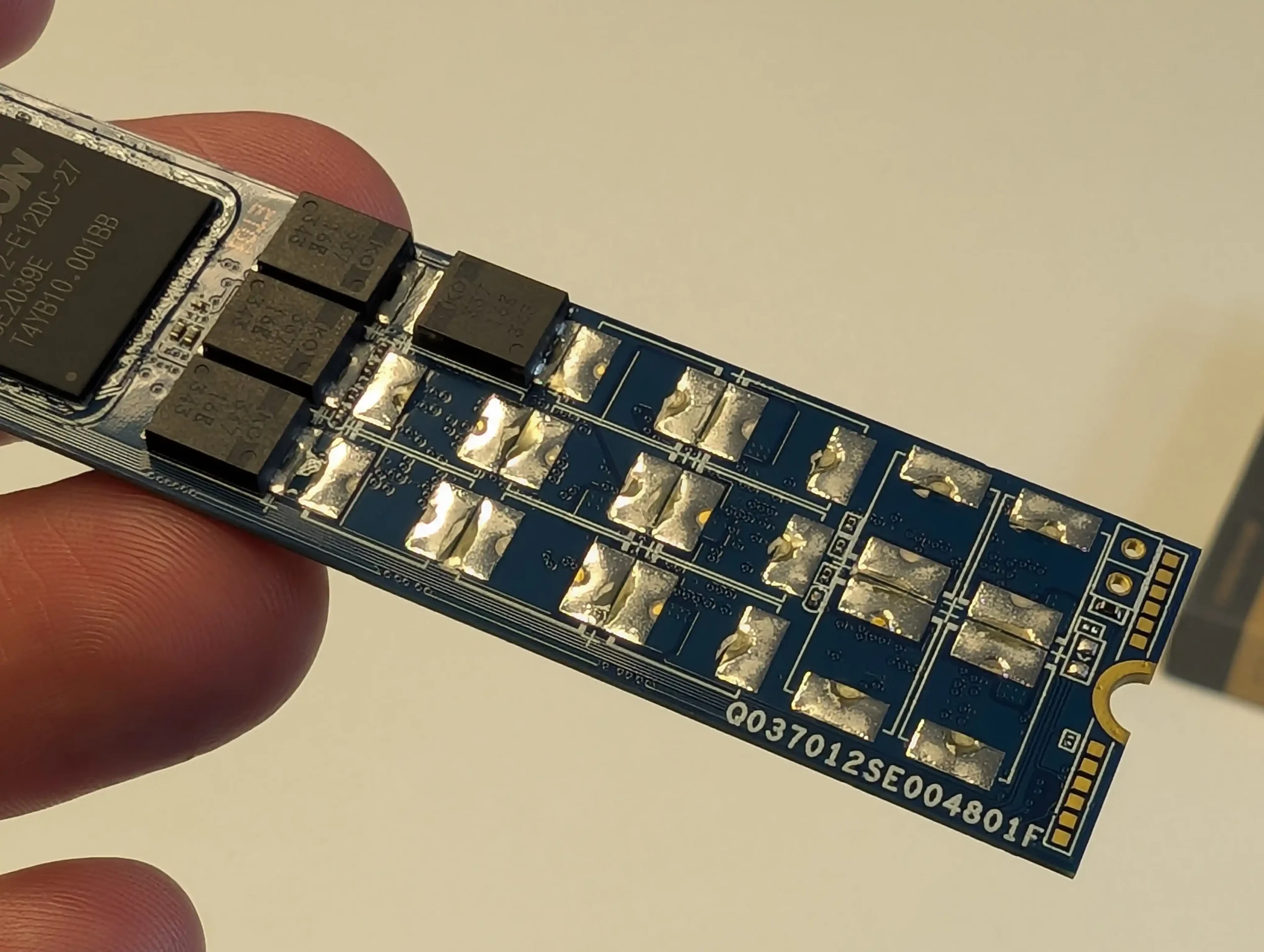
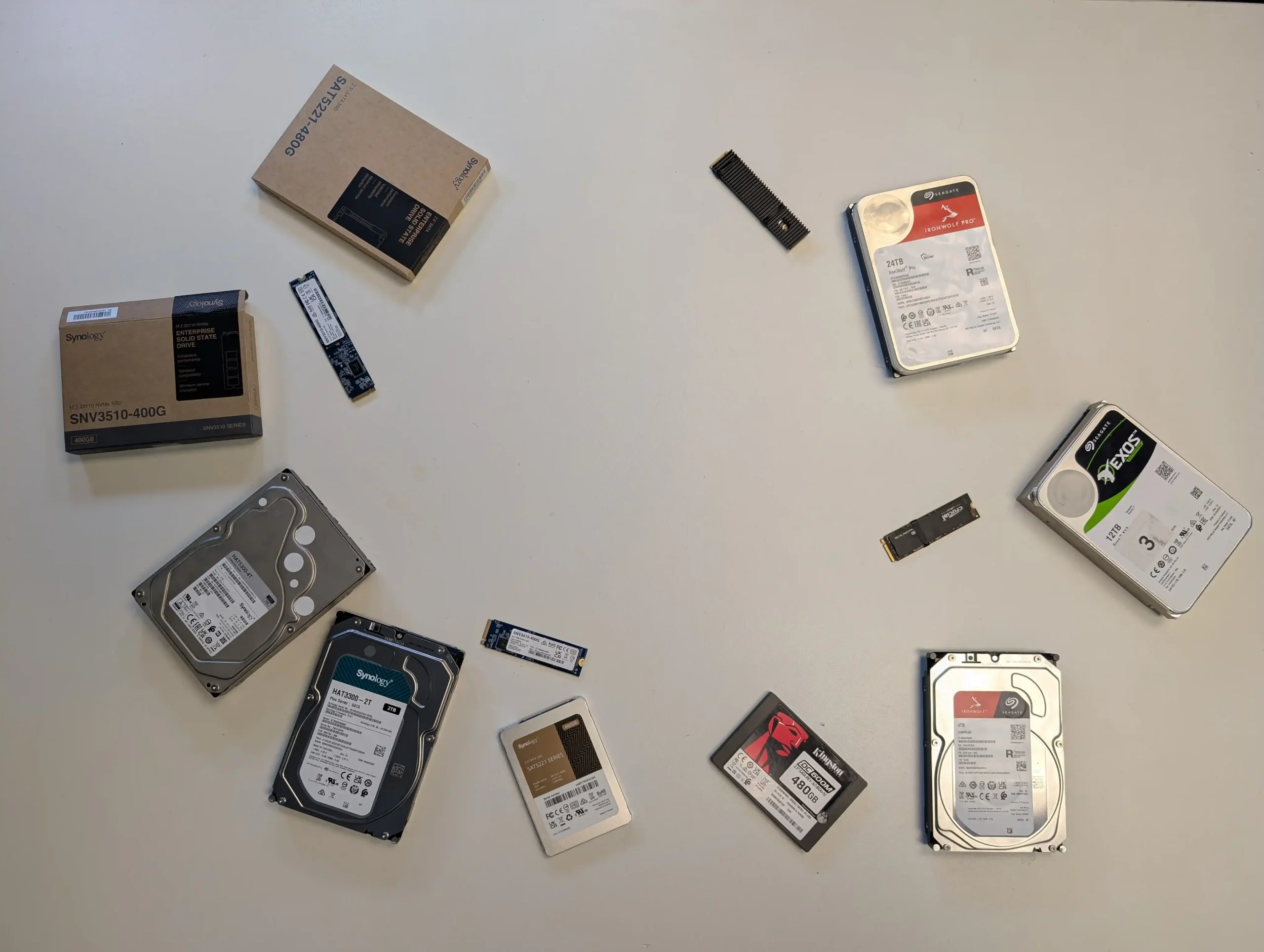


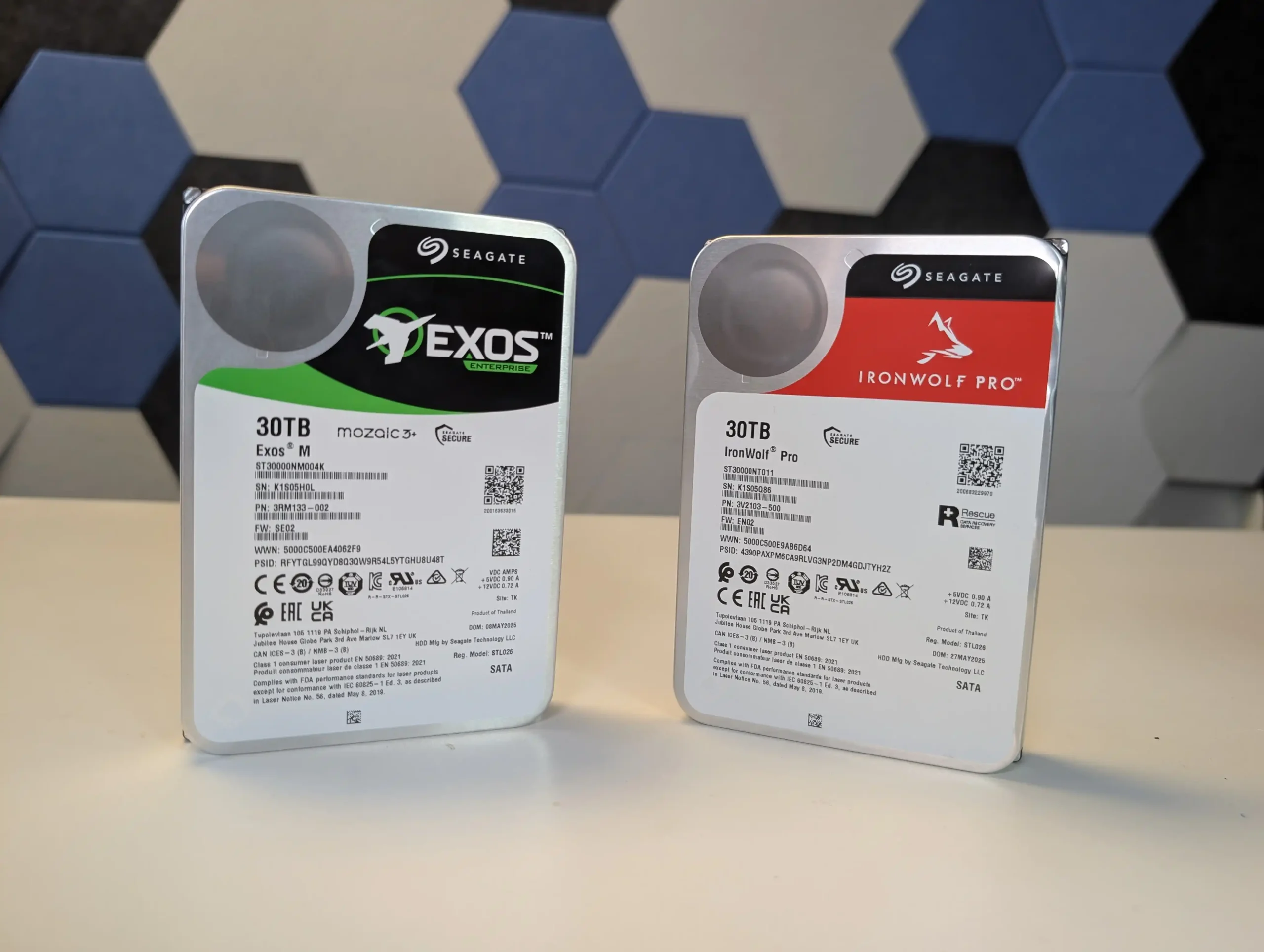
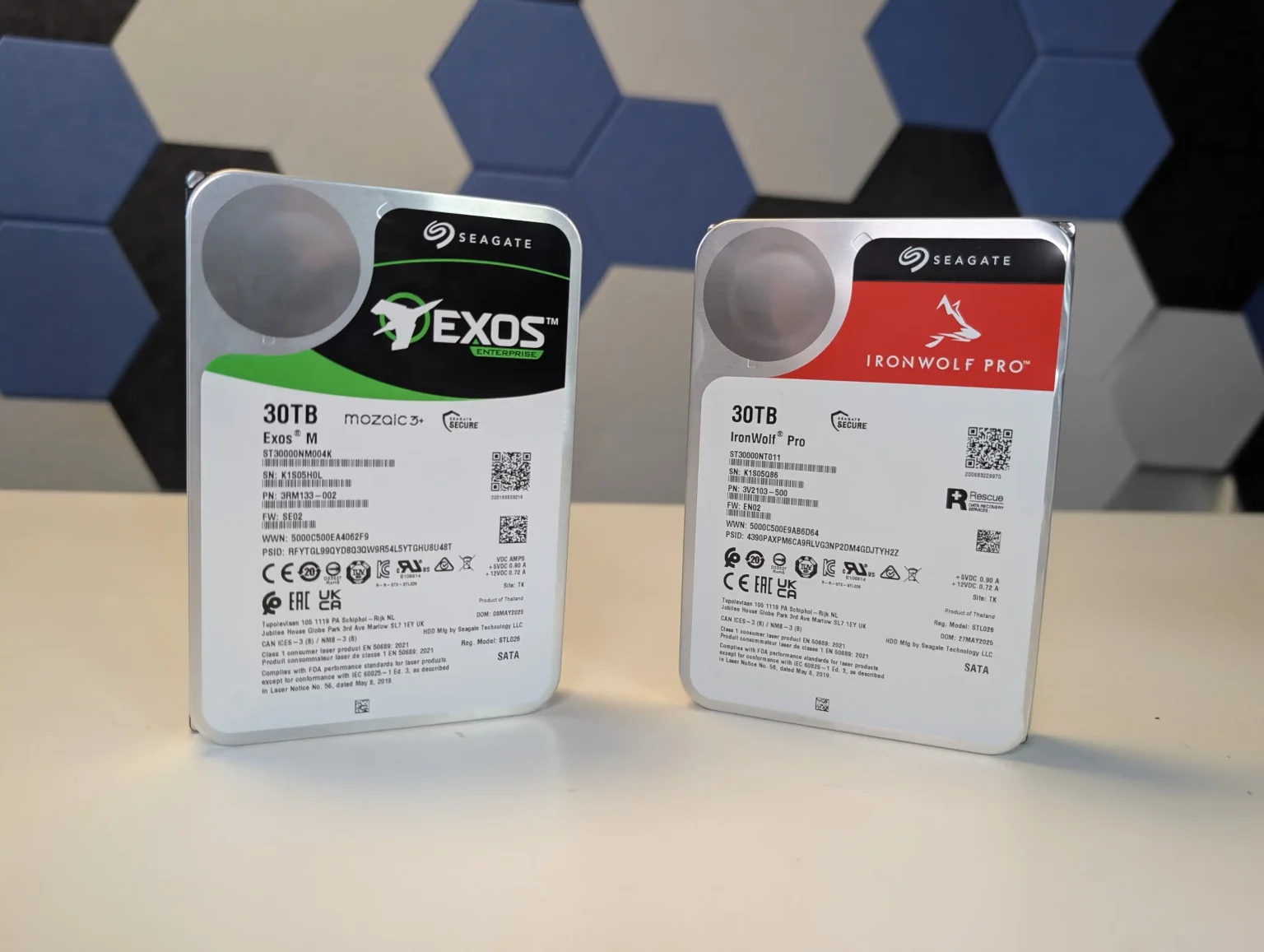
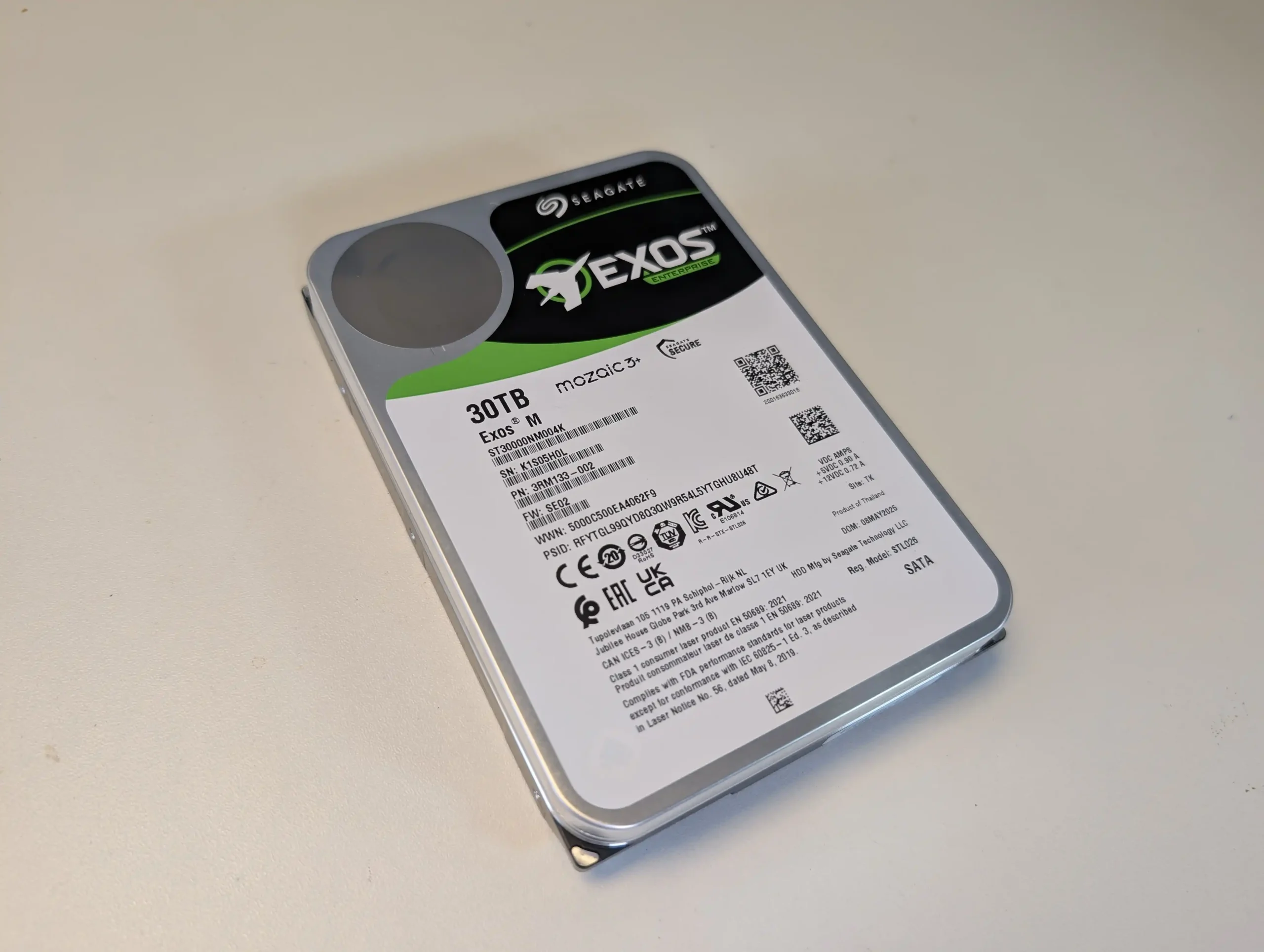
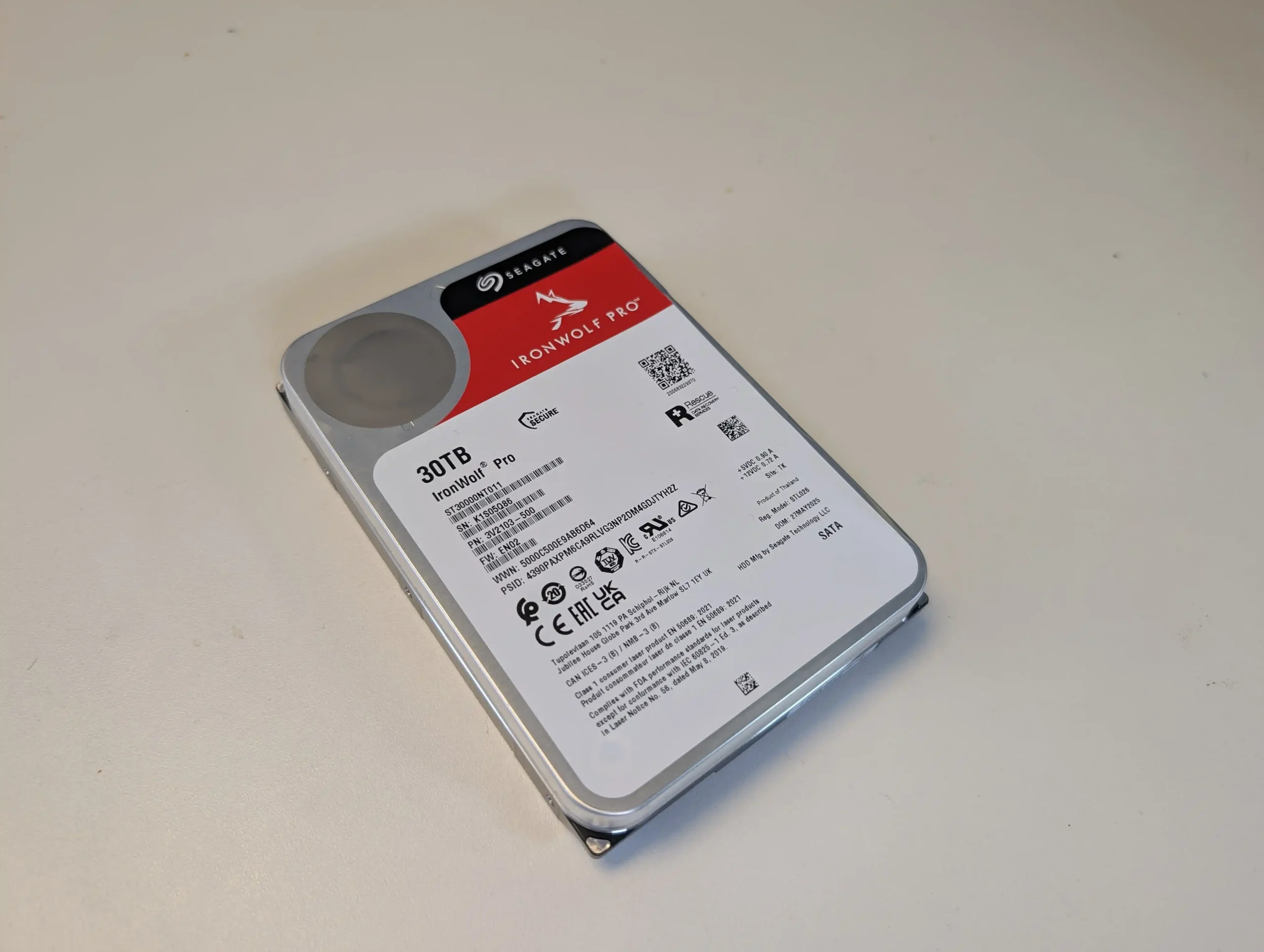
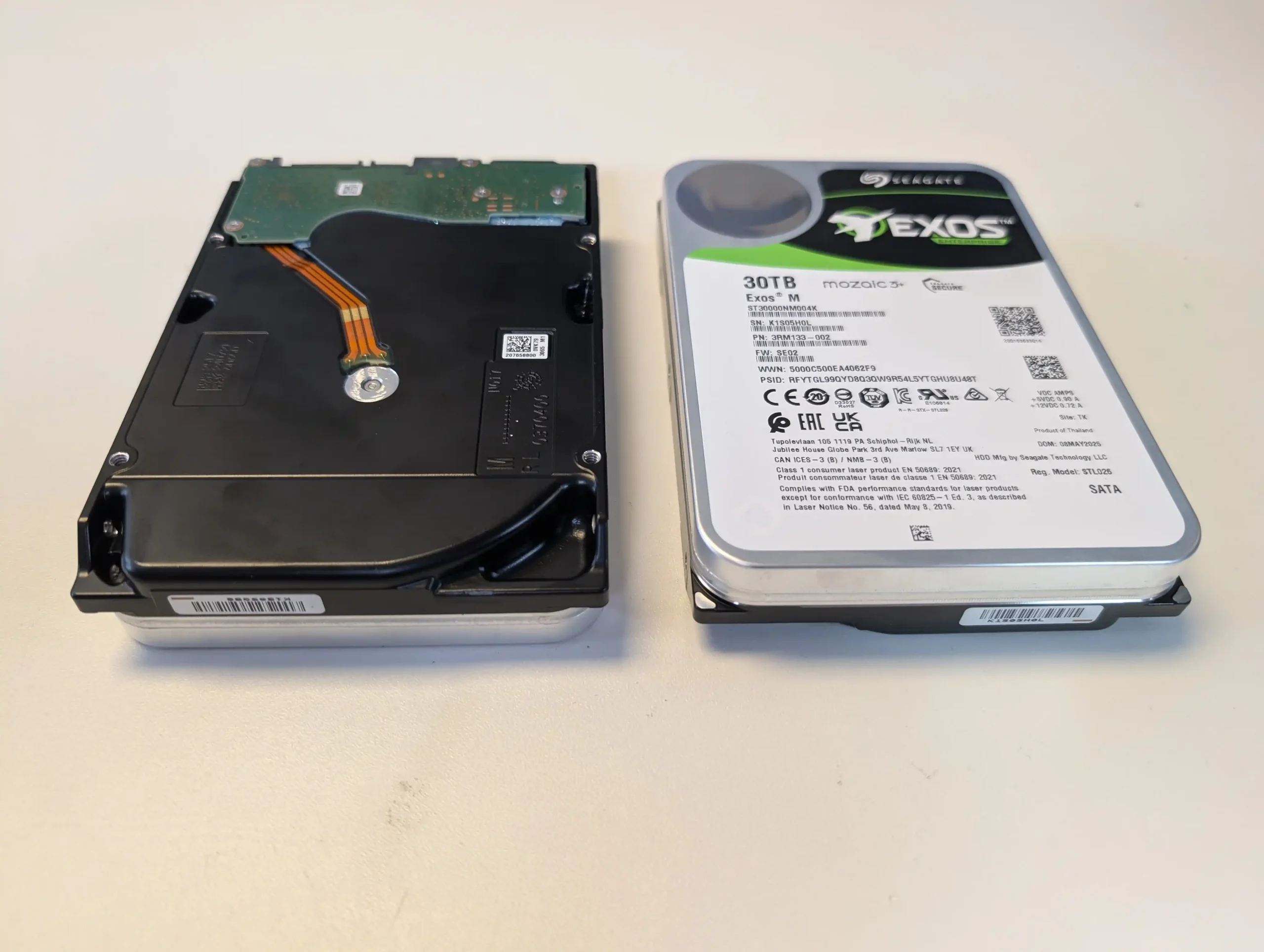
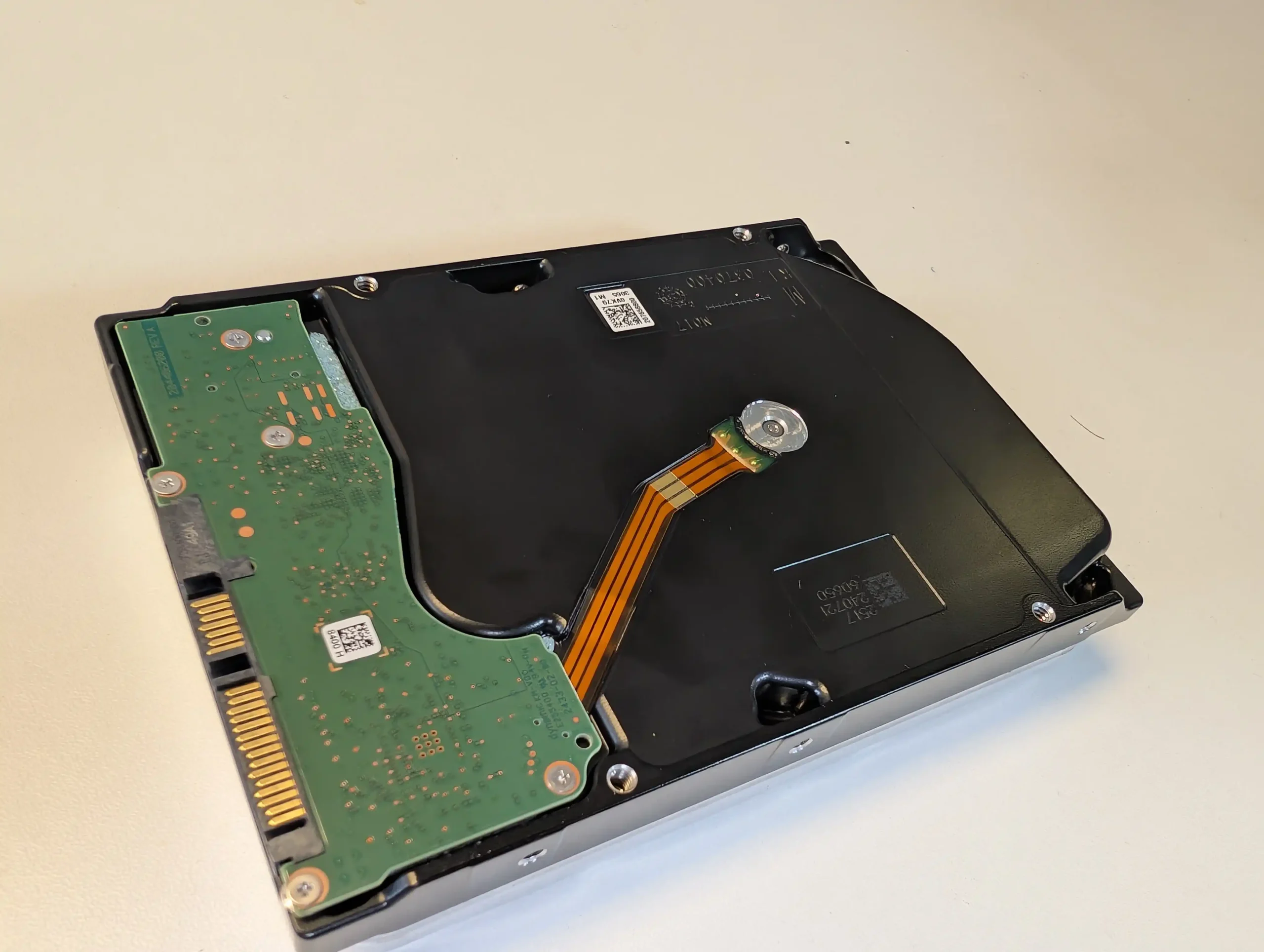
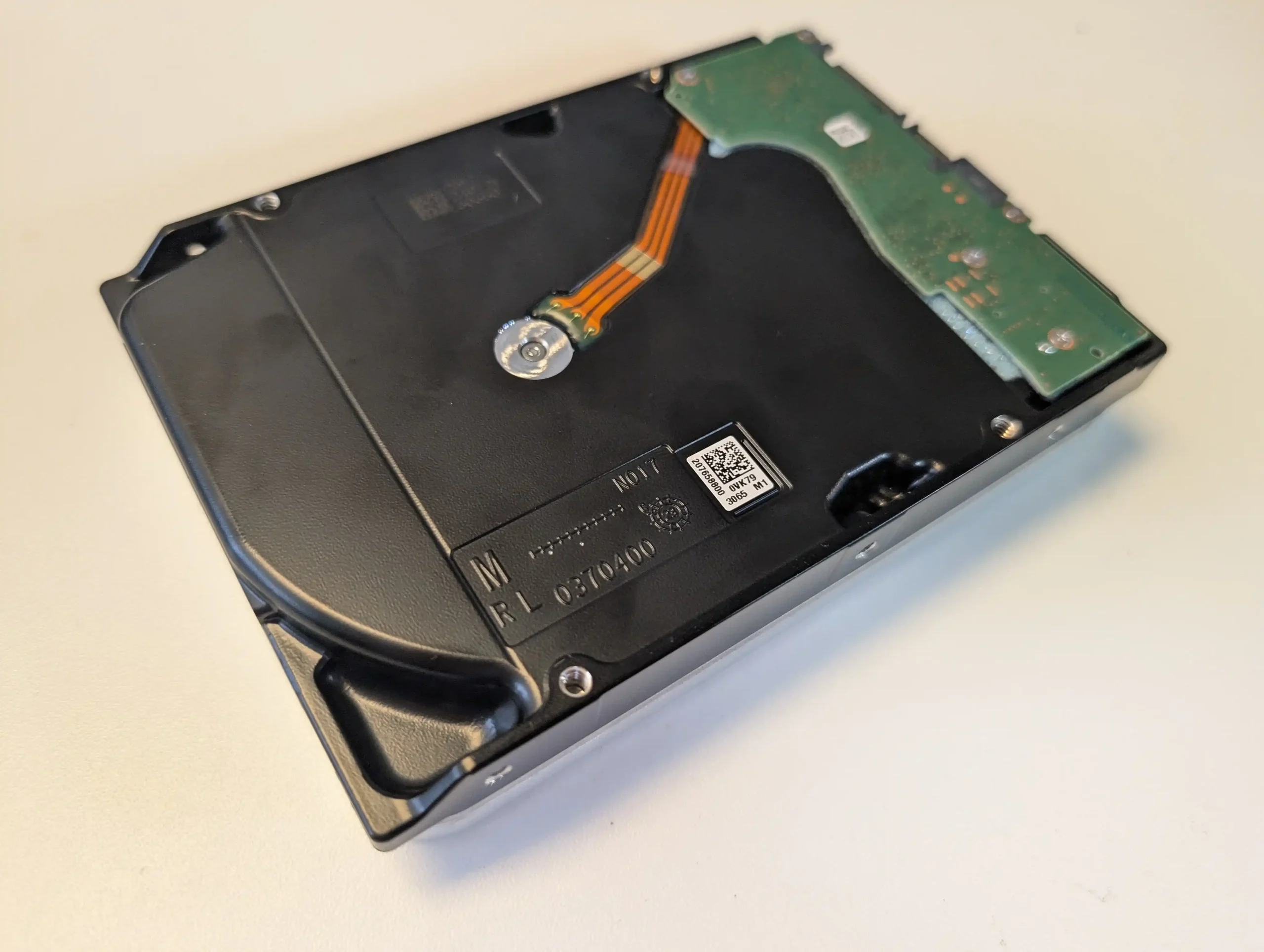
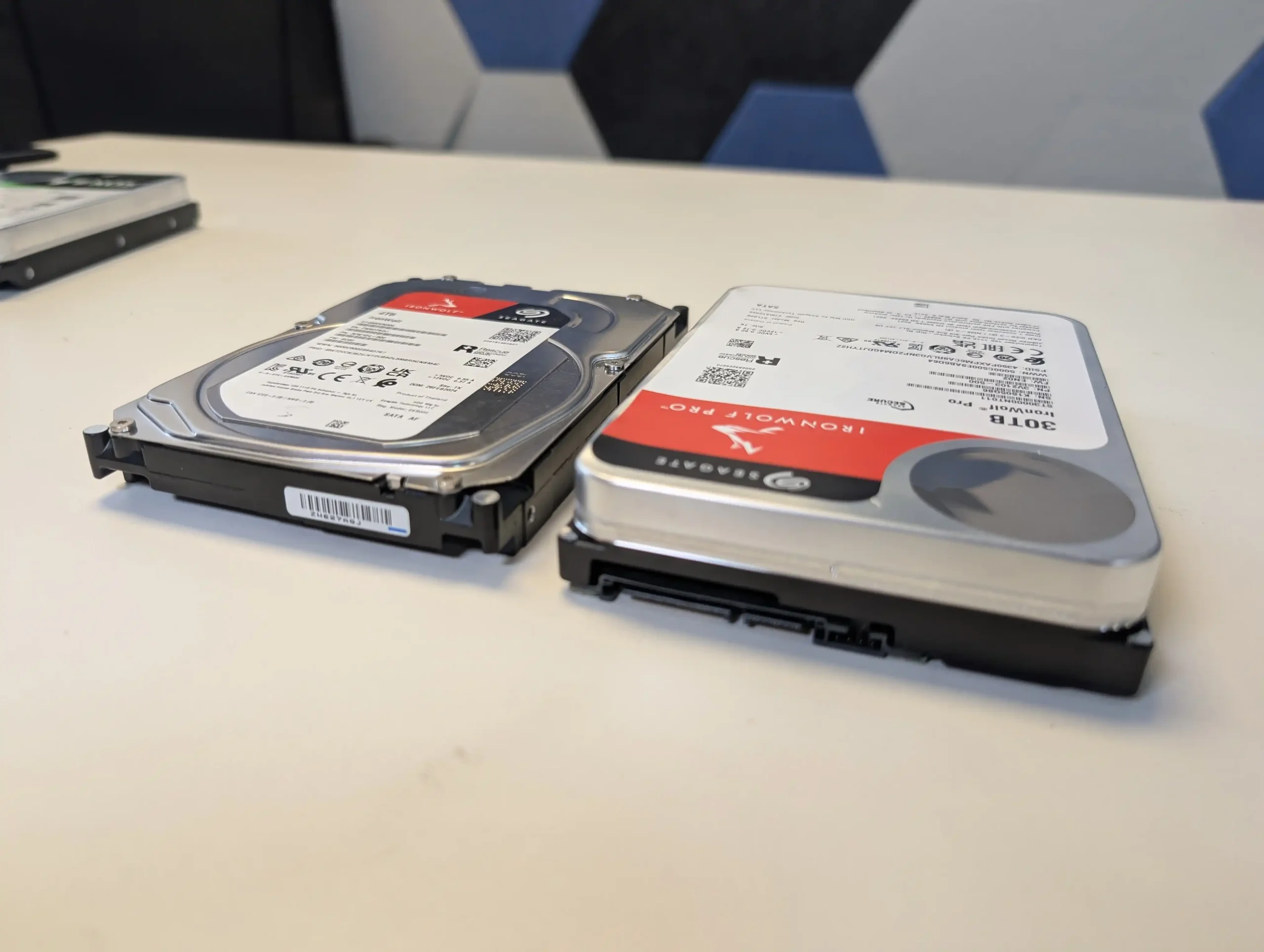
 for adaptive idle modes and PowerBalance
for adaptive idle modes and PowerBalance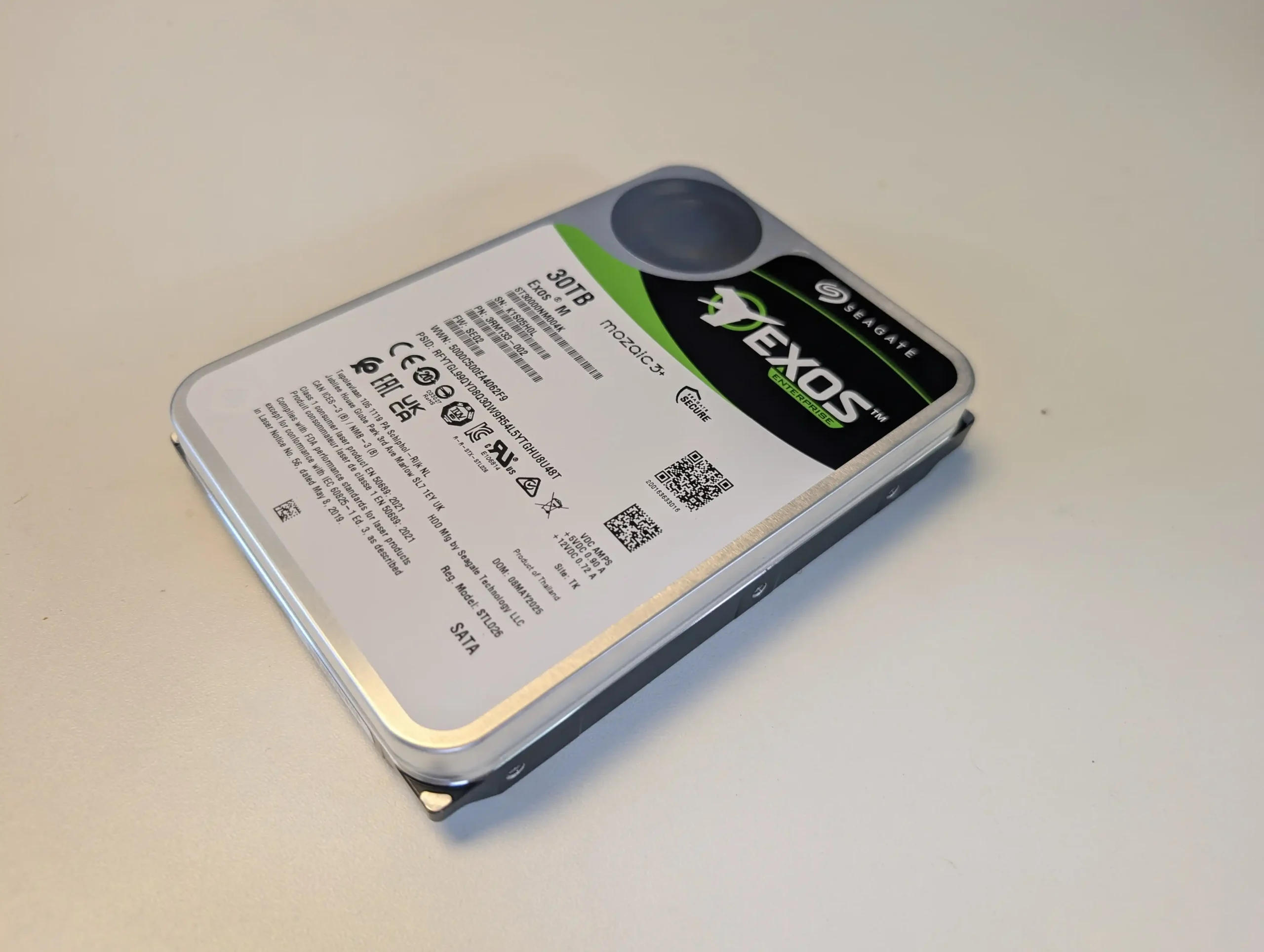
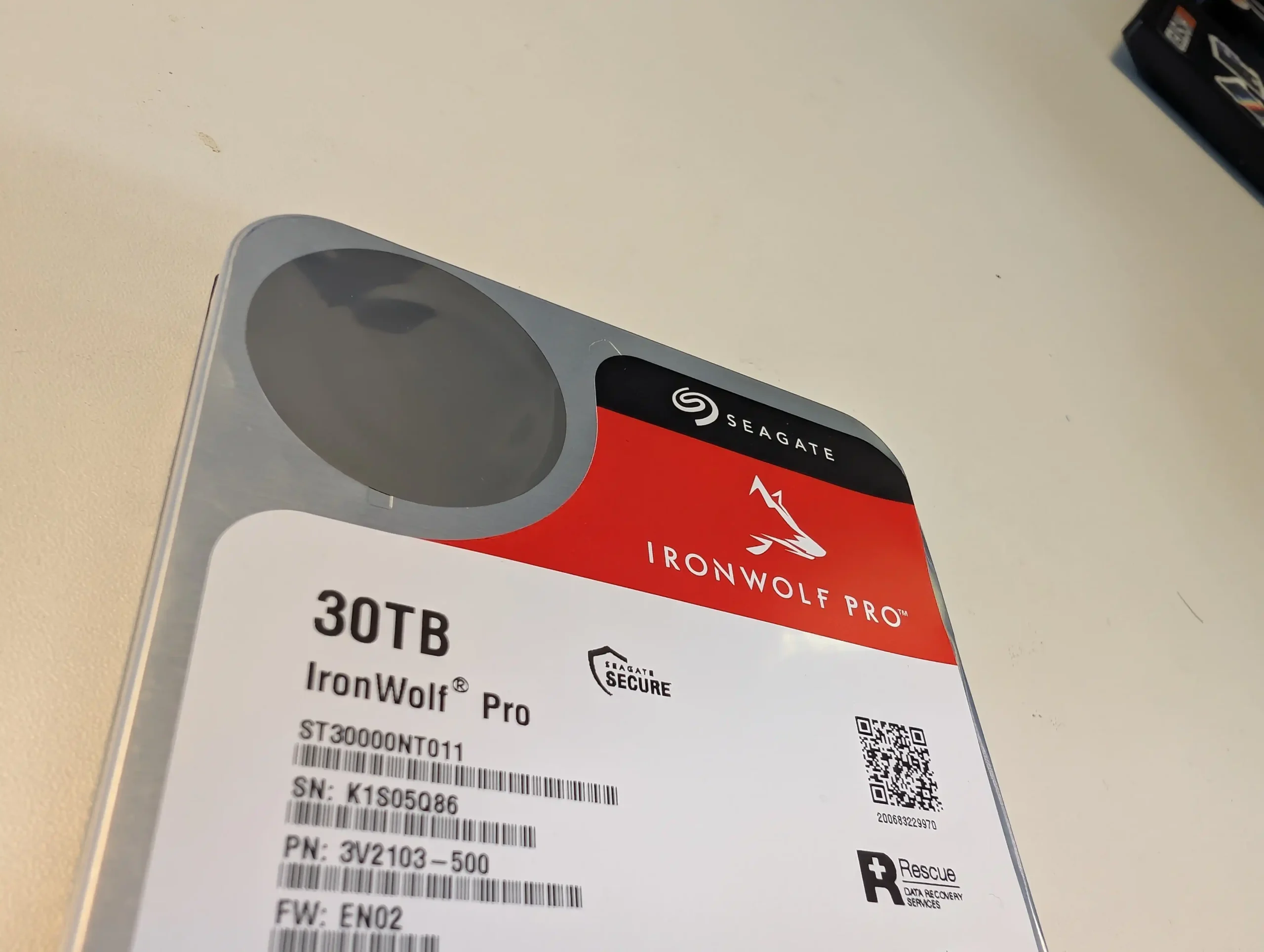
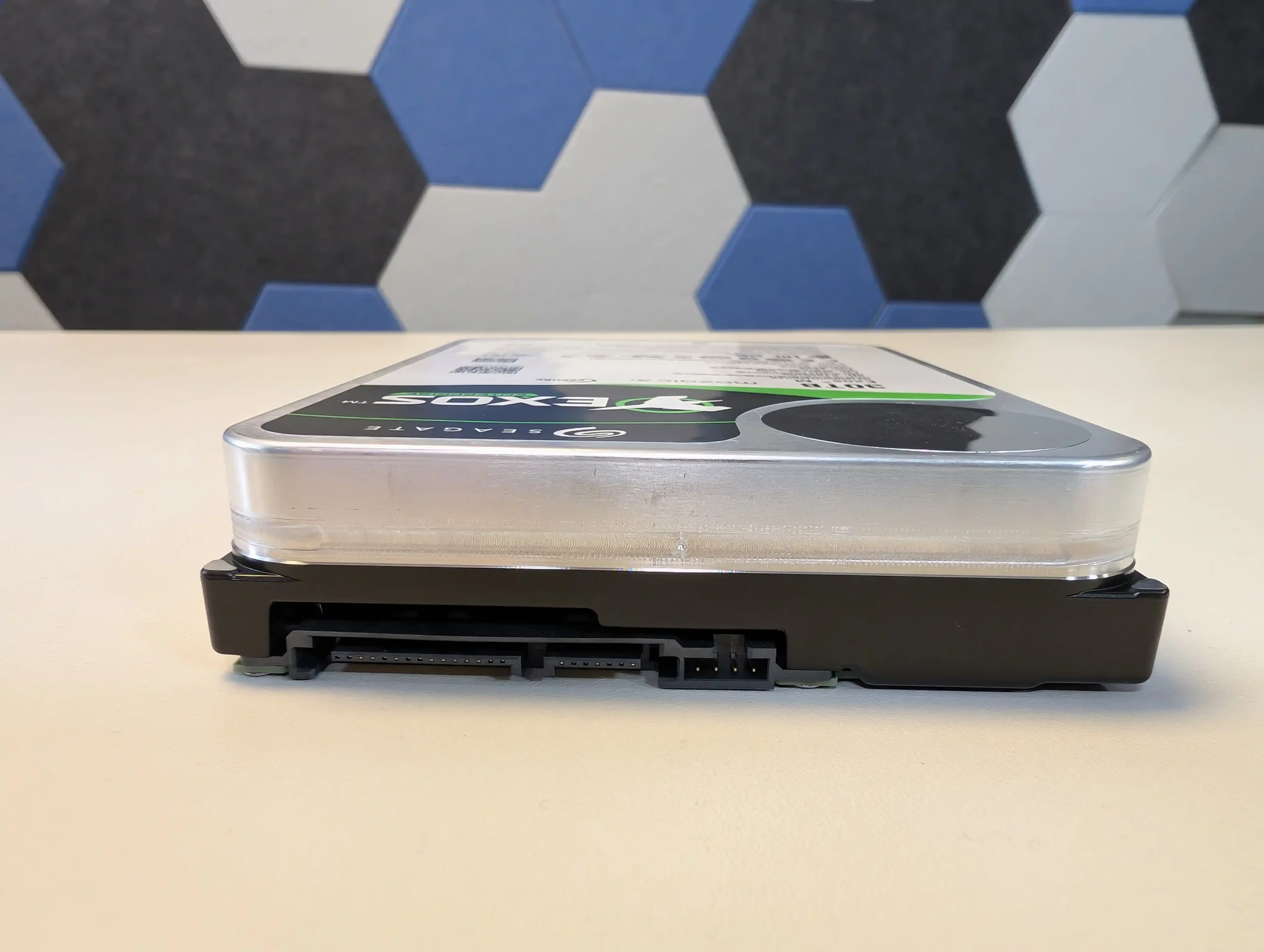

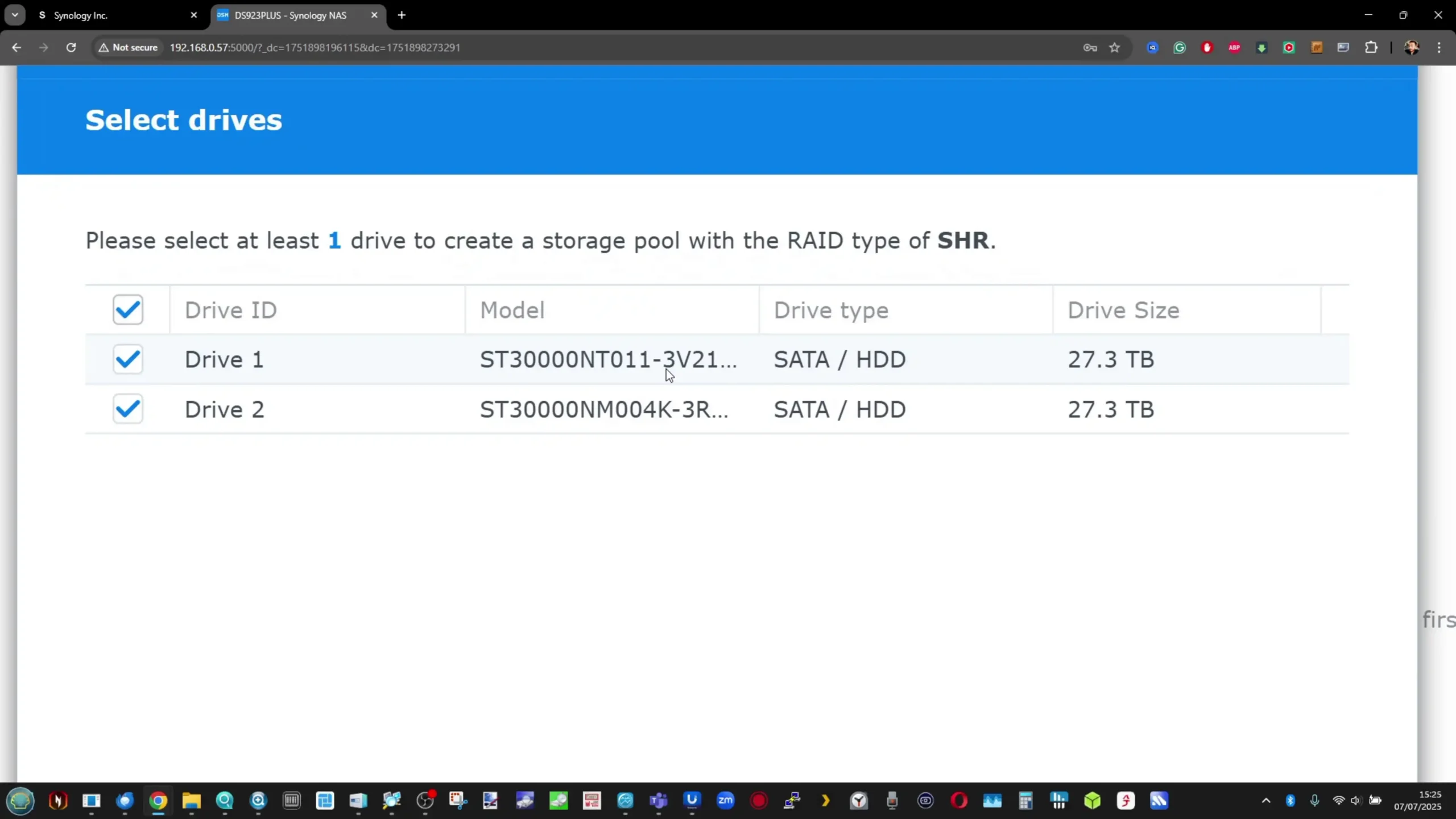
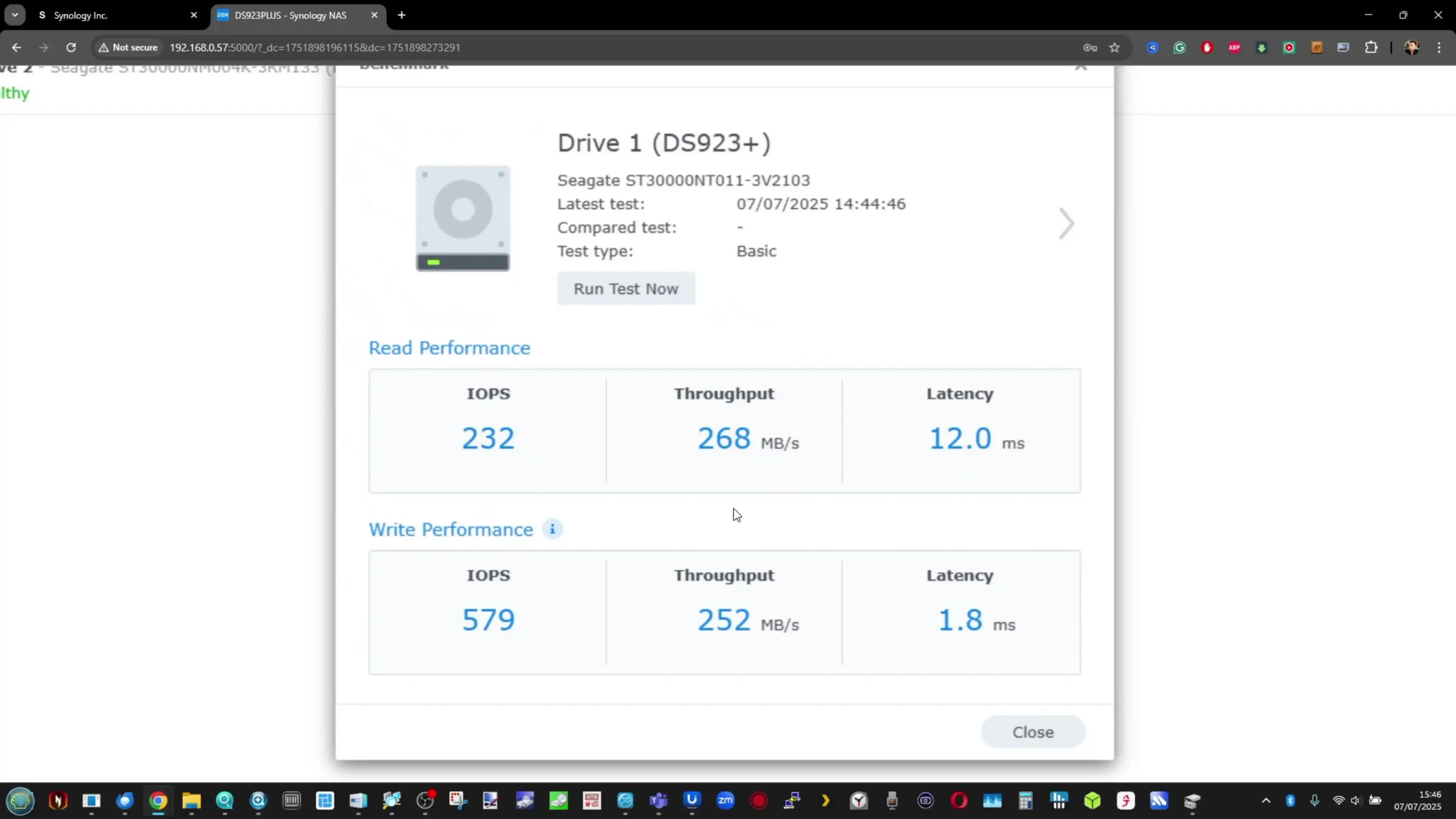
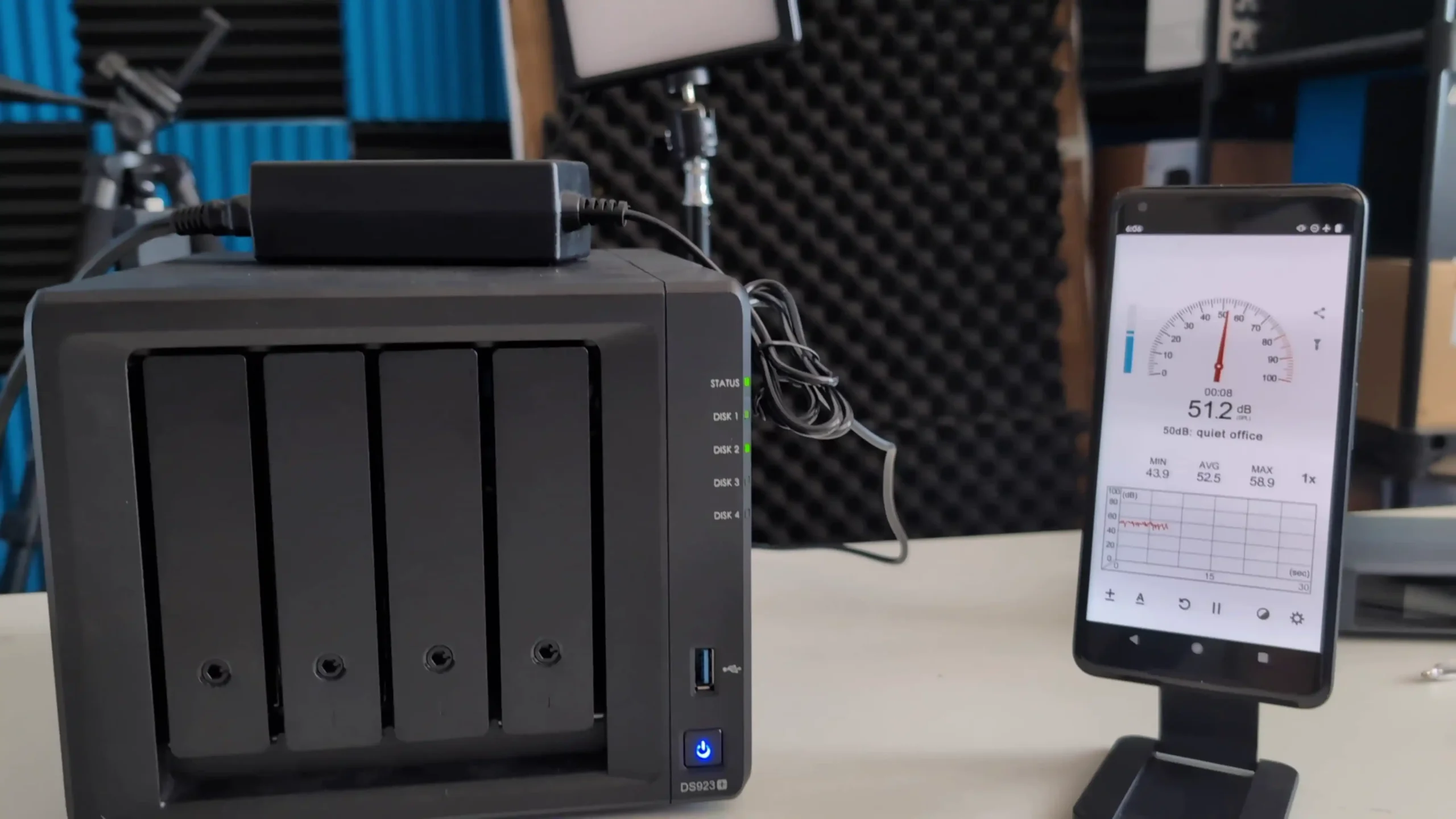
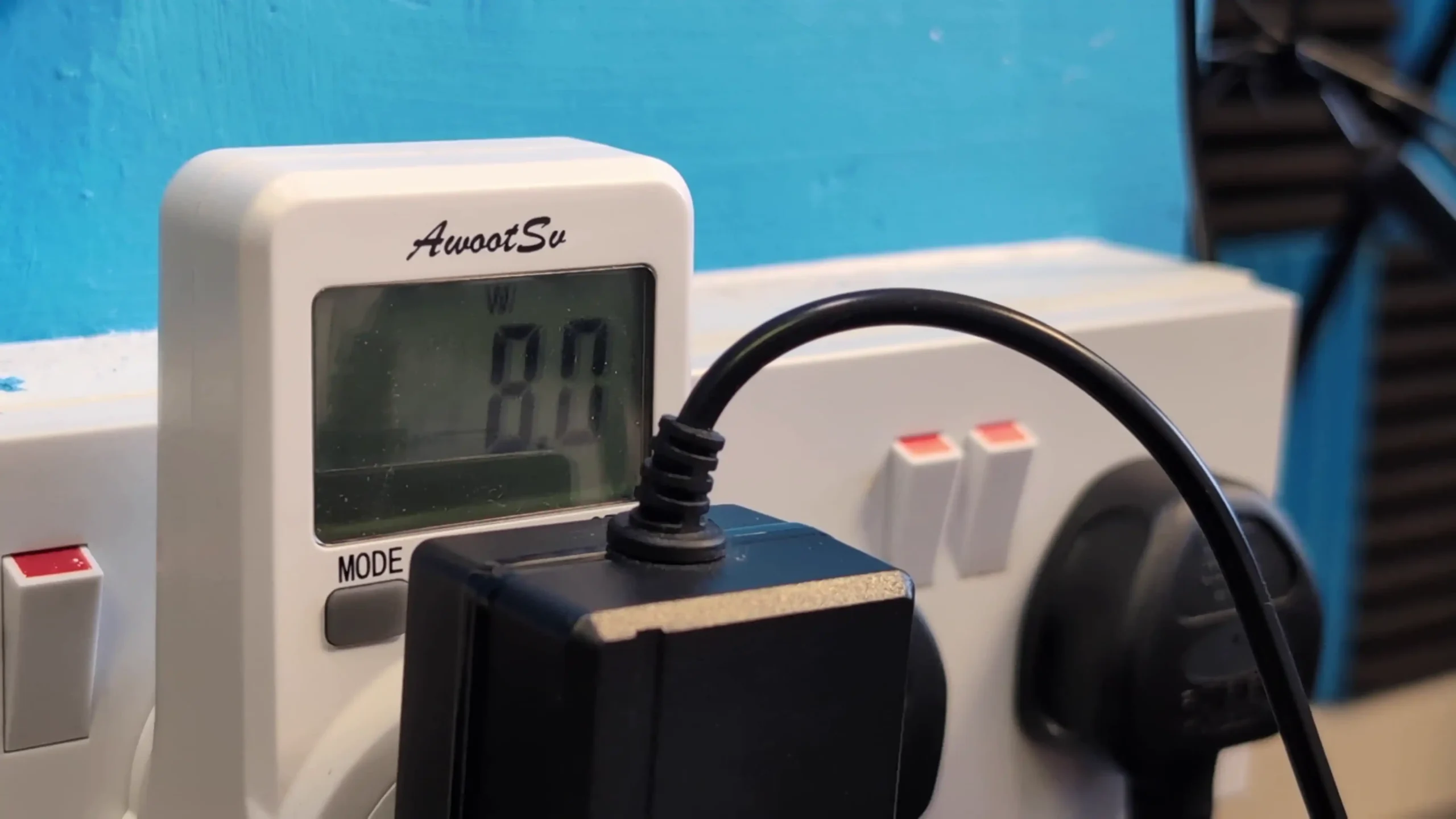
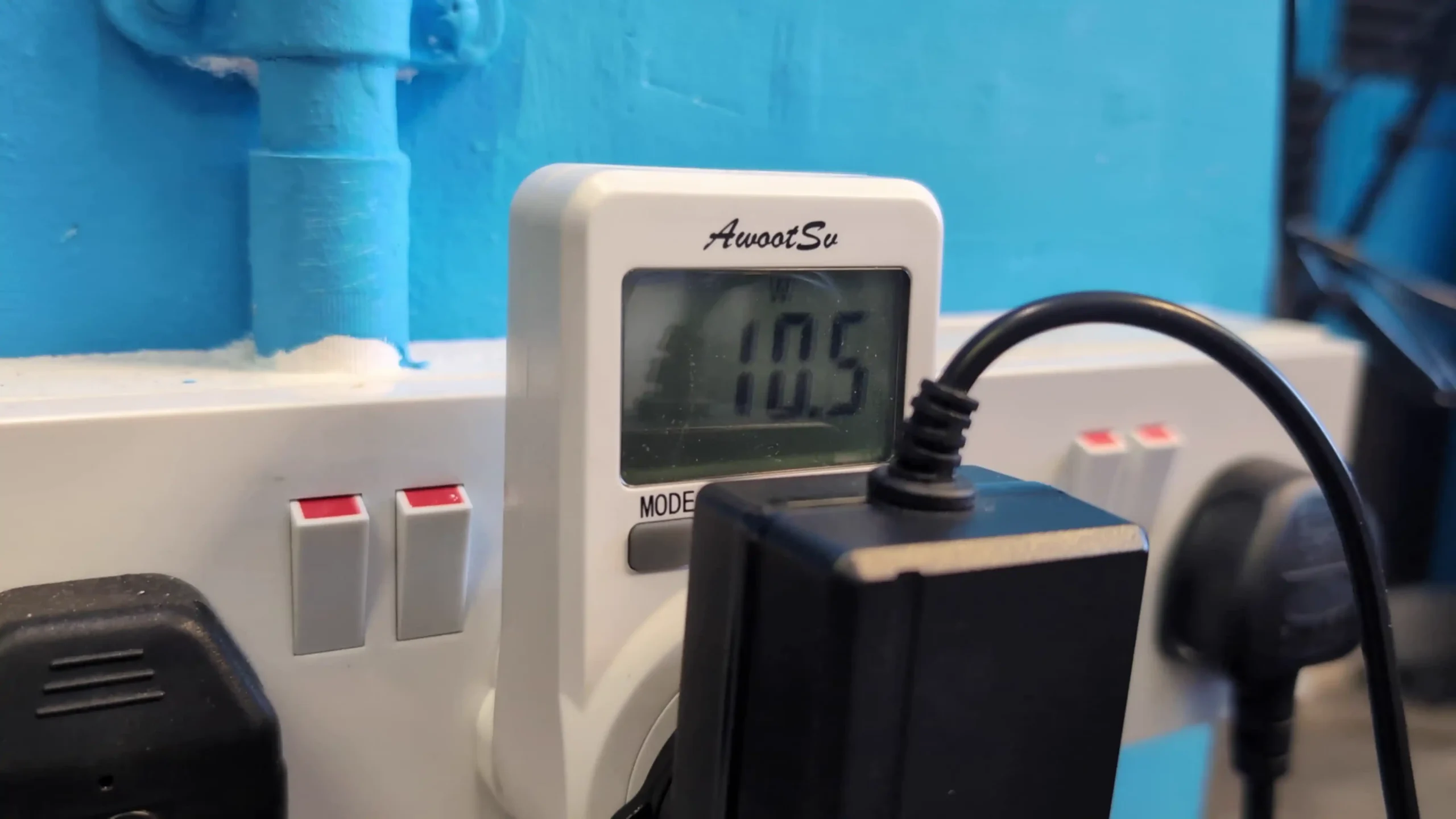
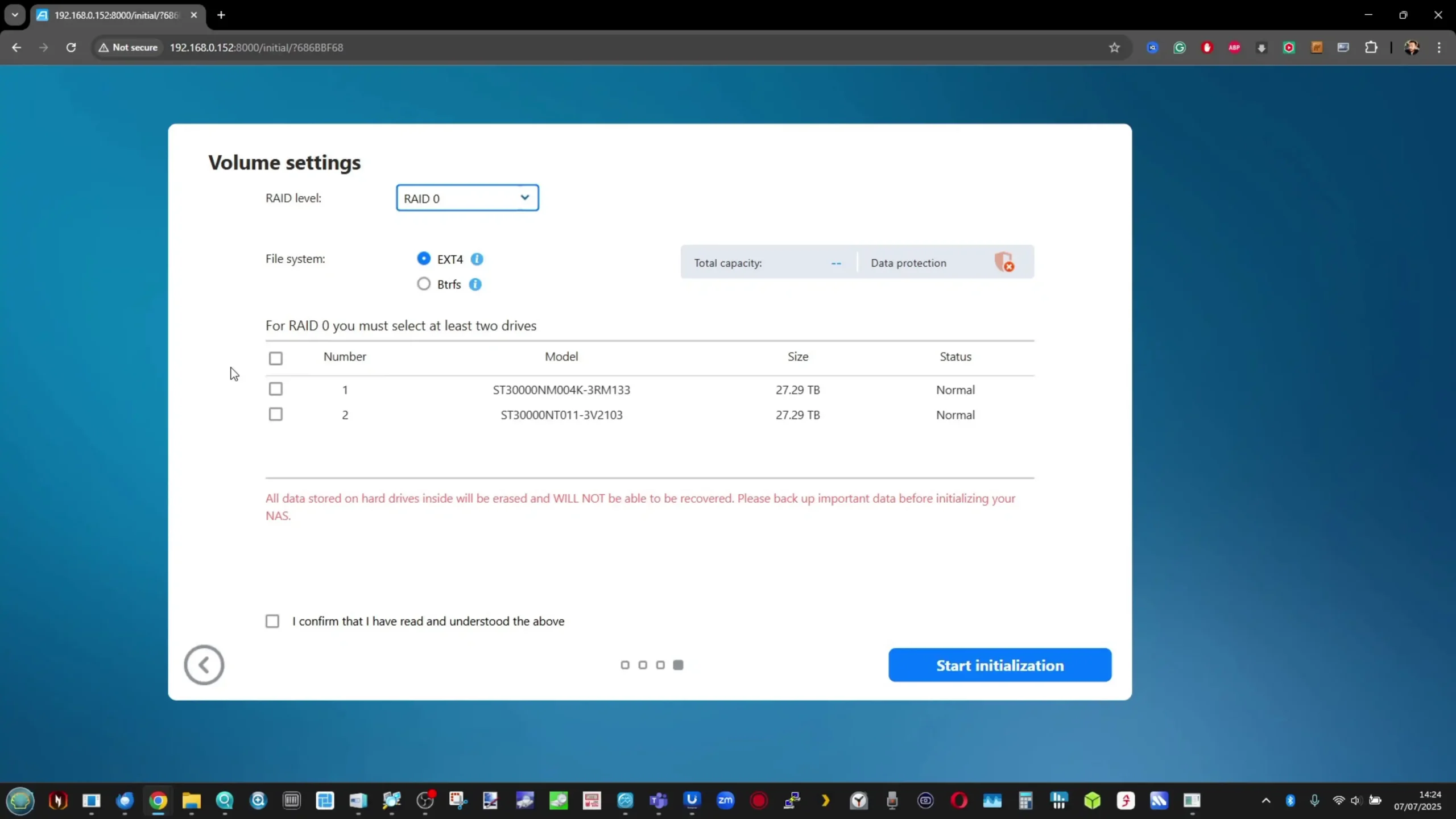
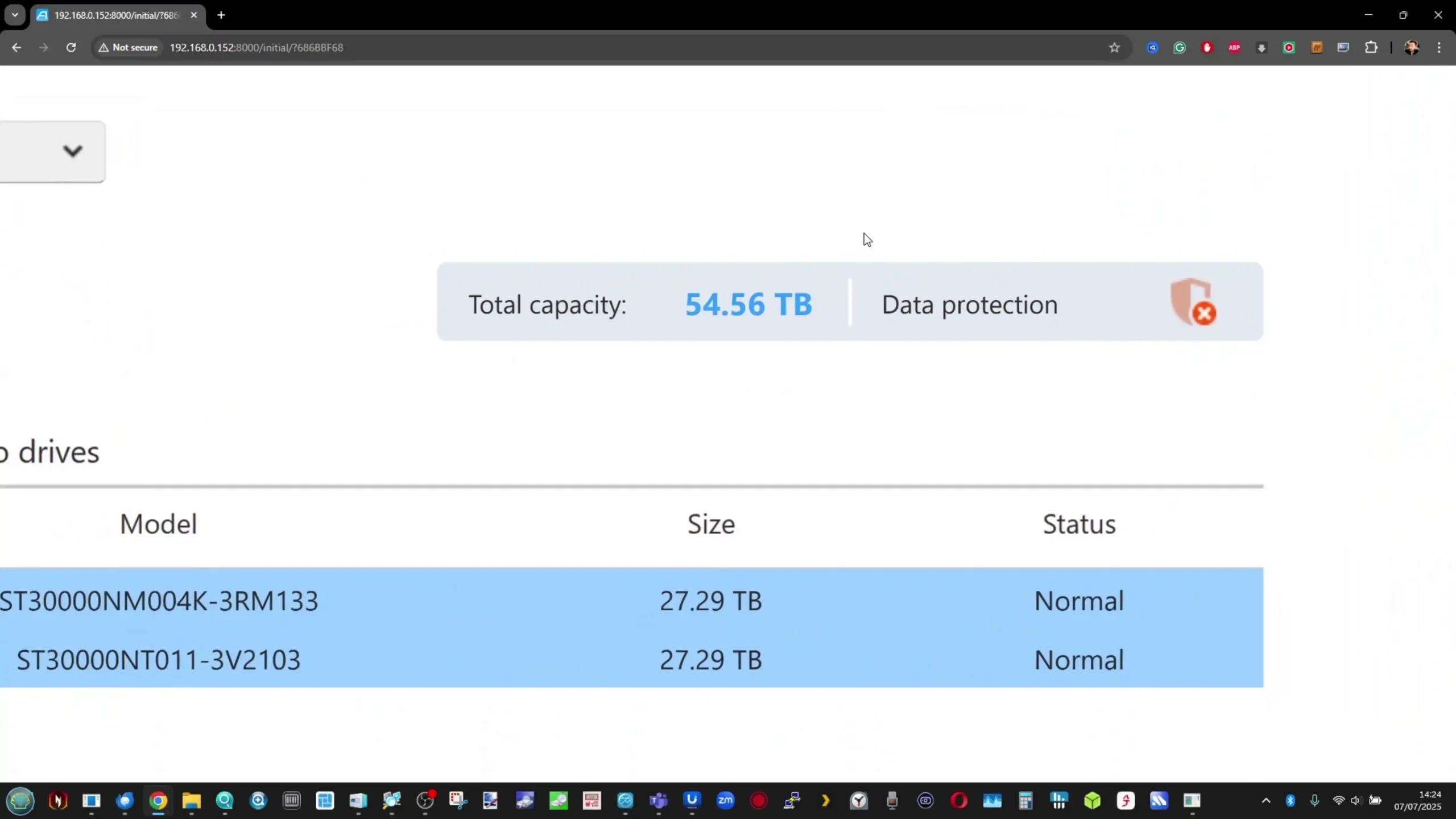
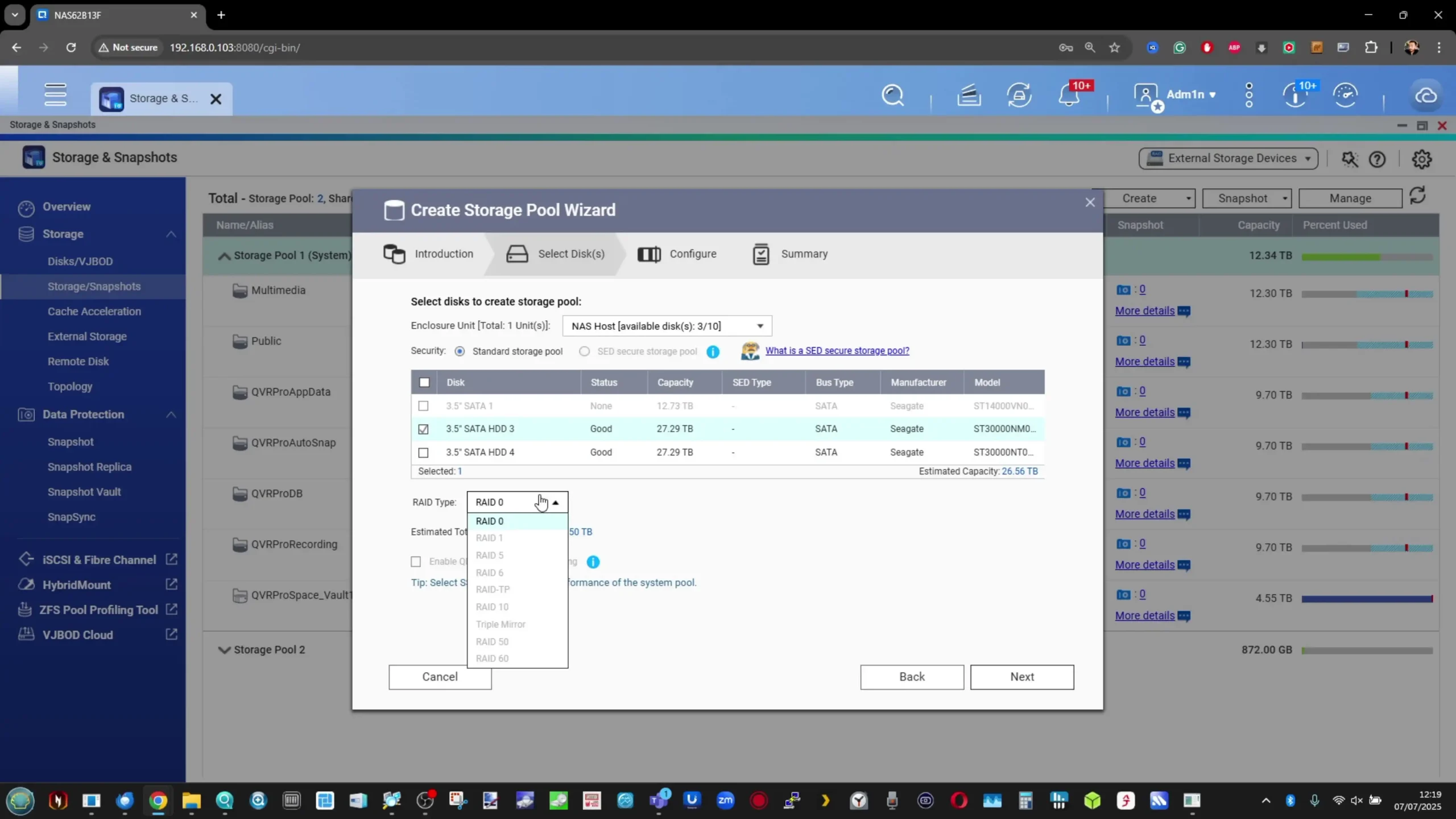
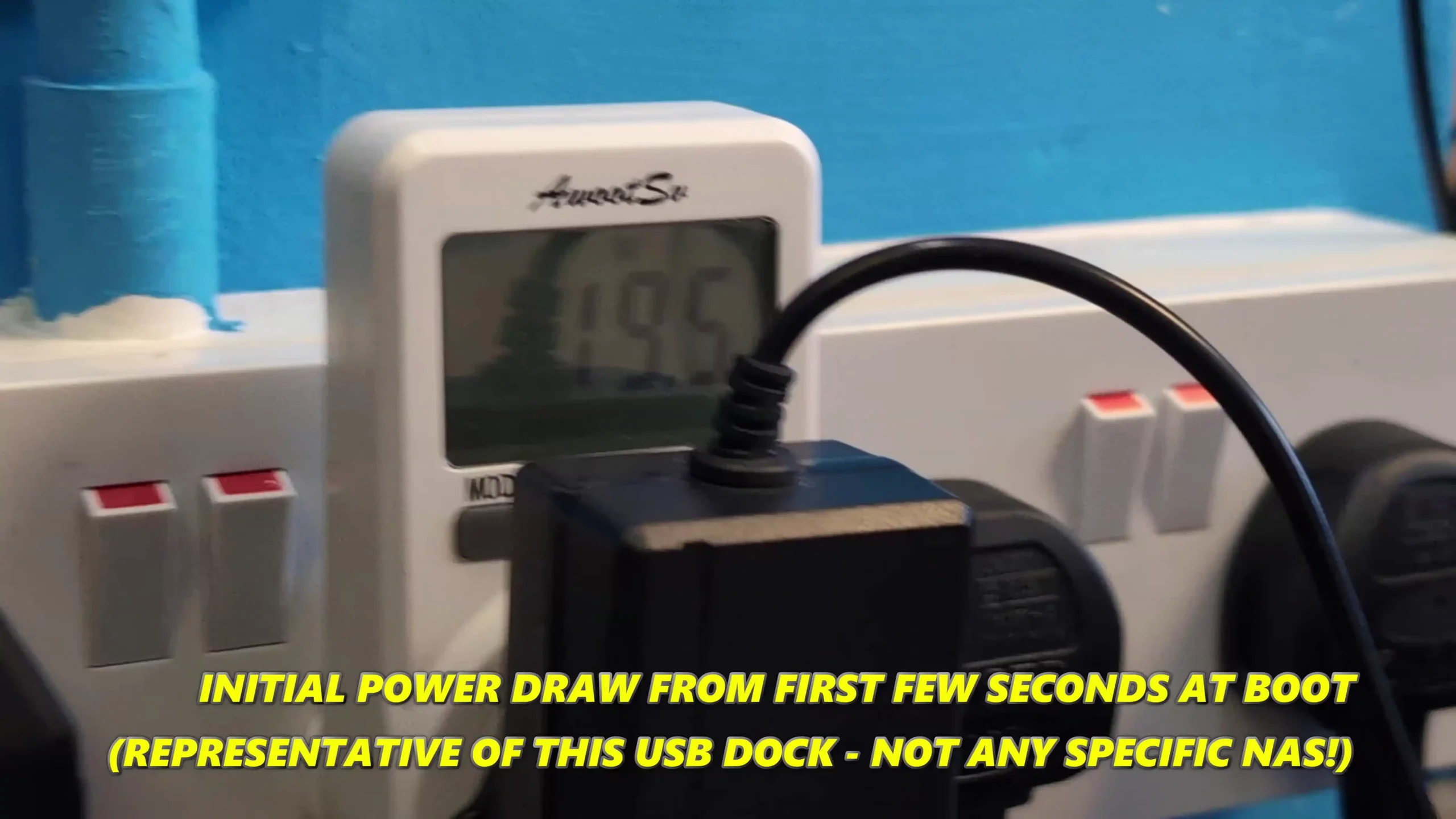
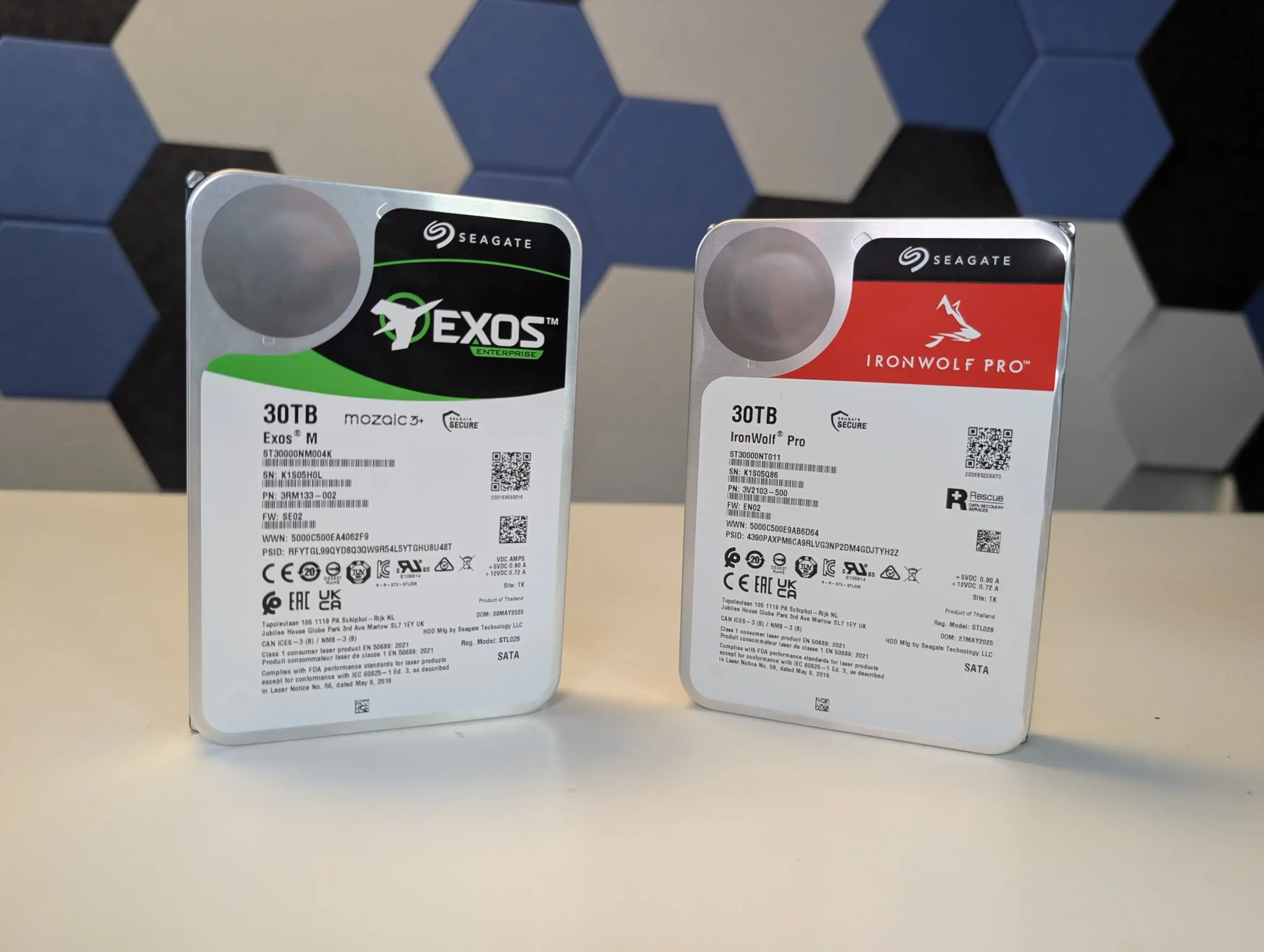
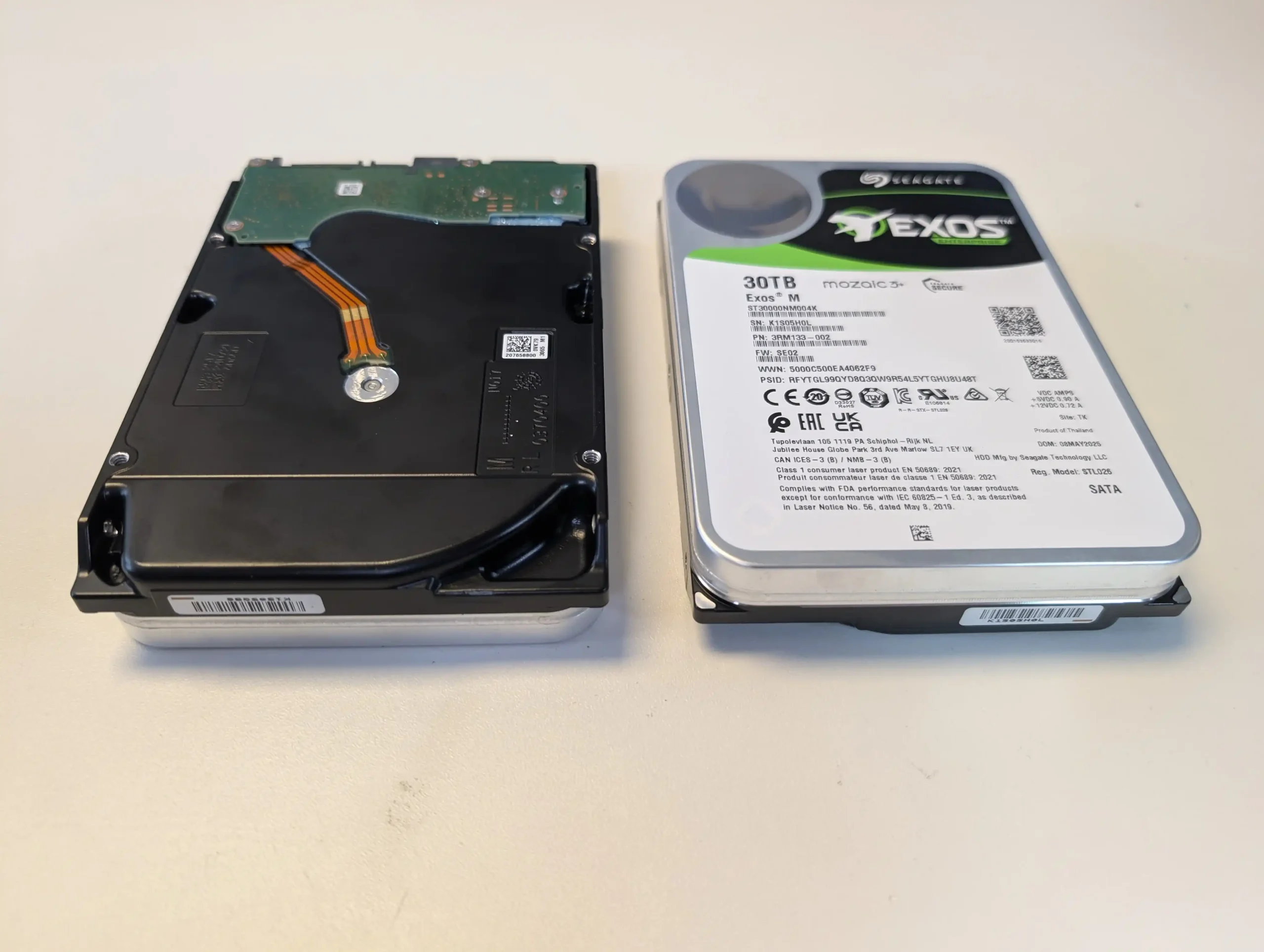
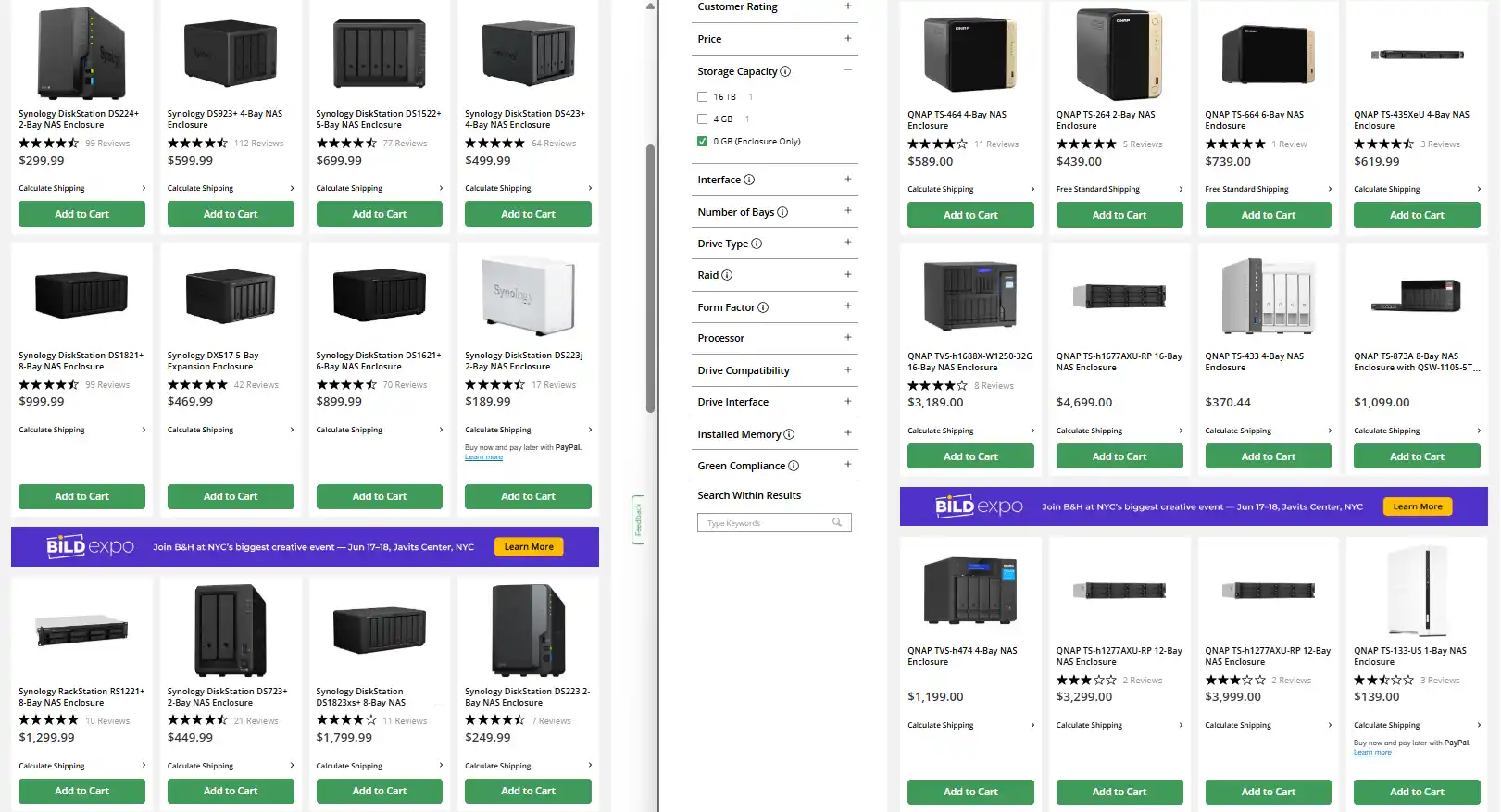
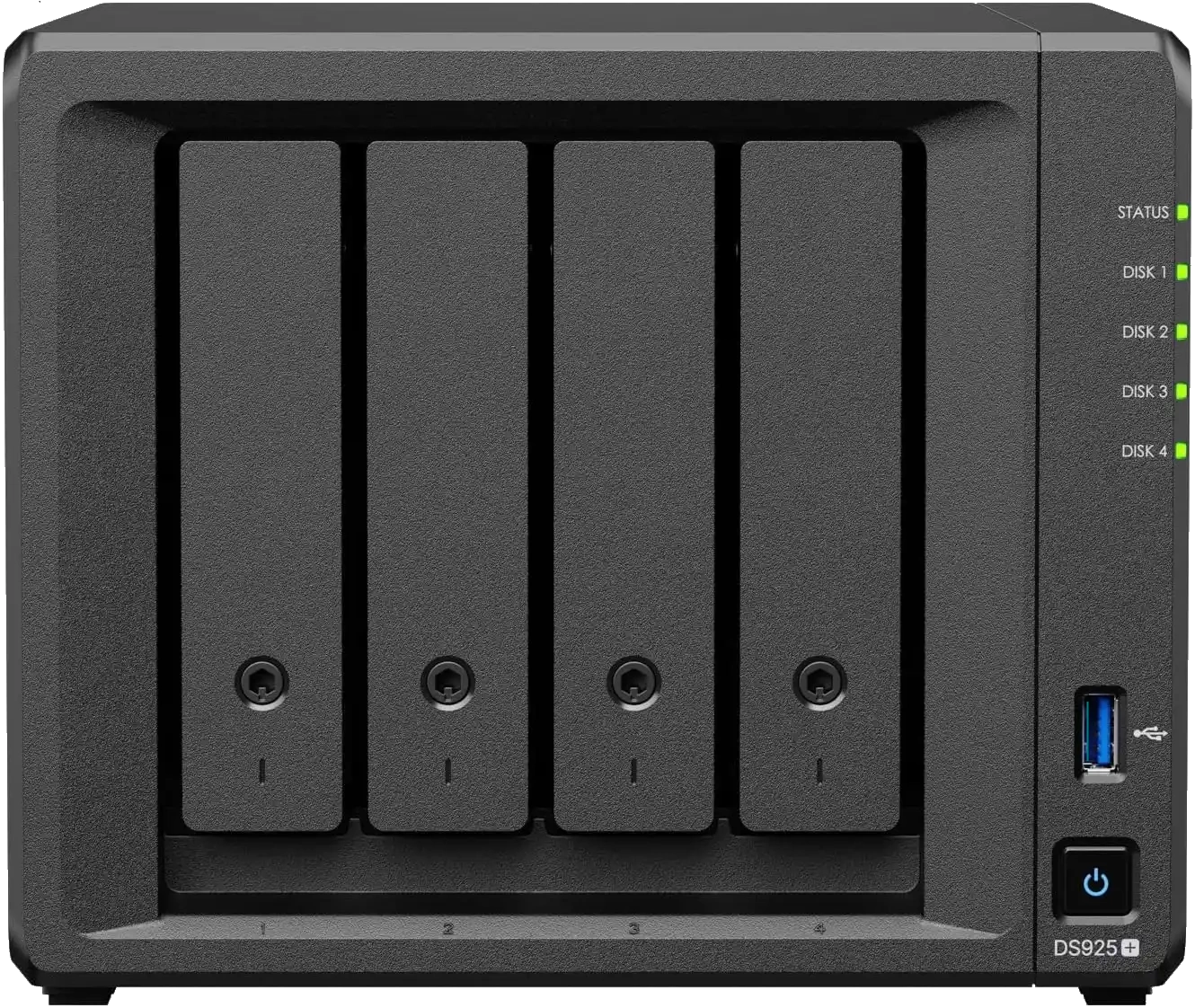
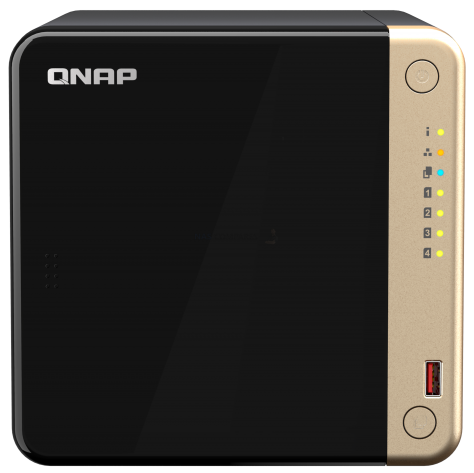
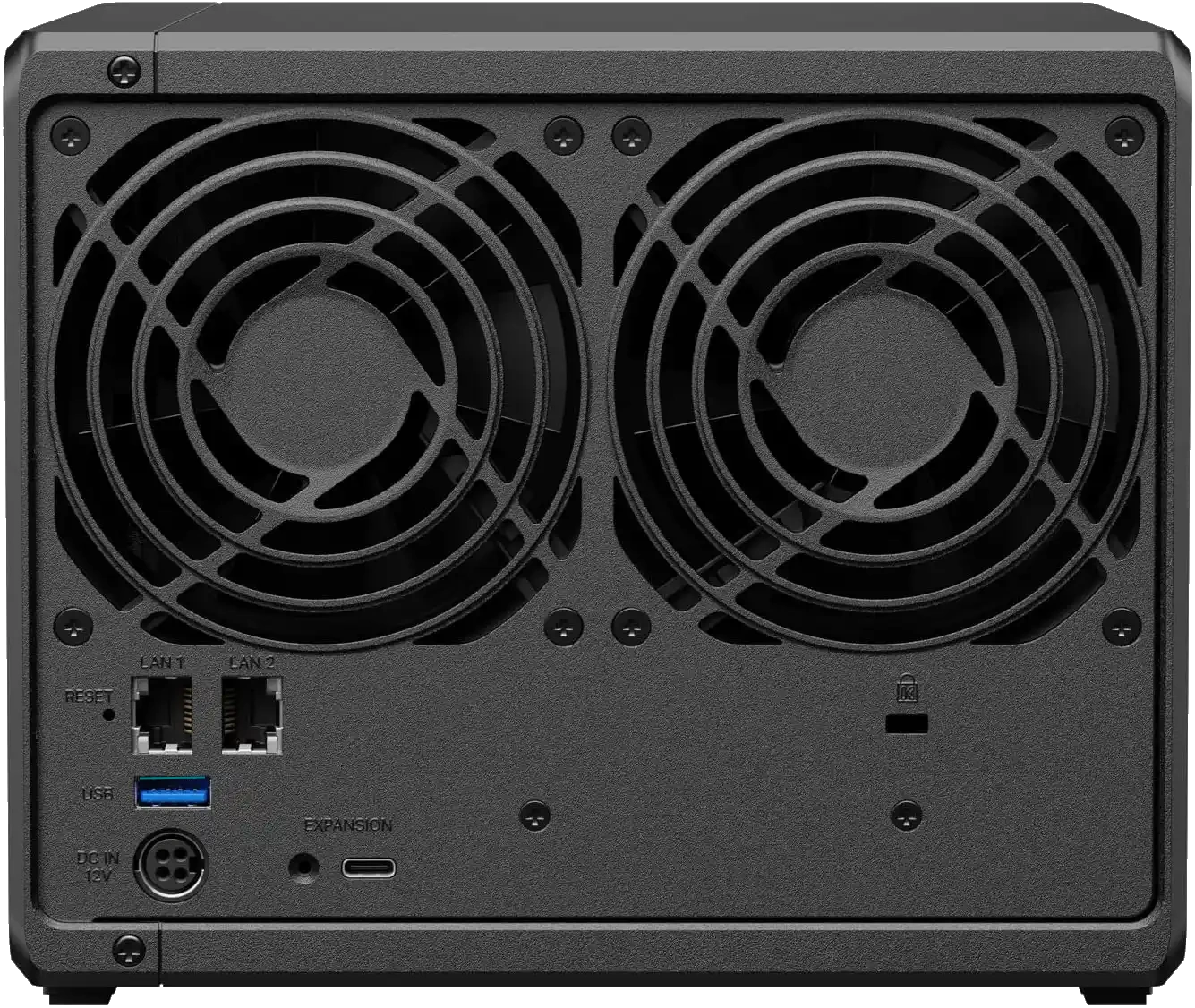
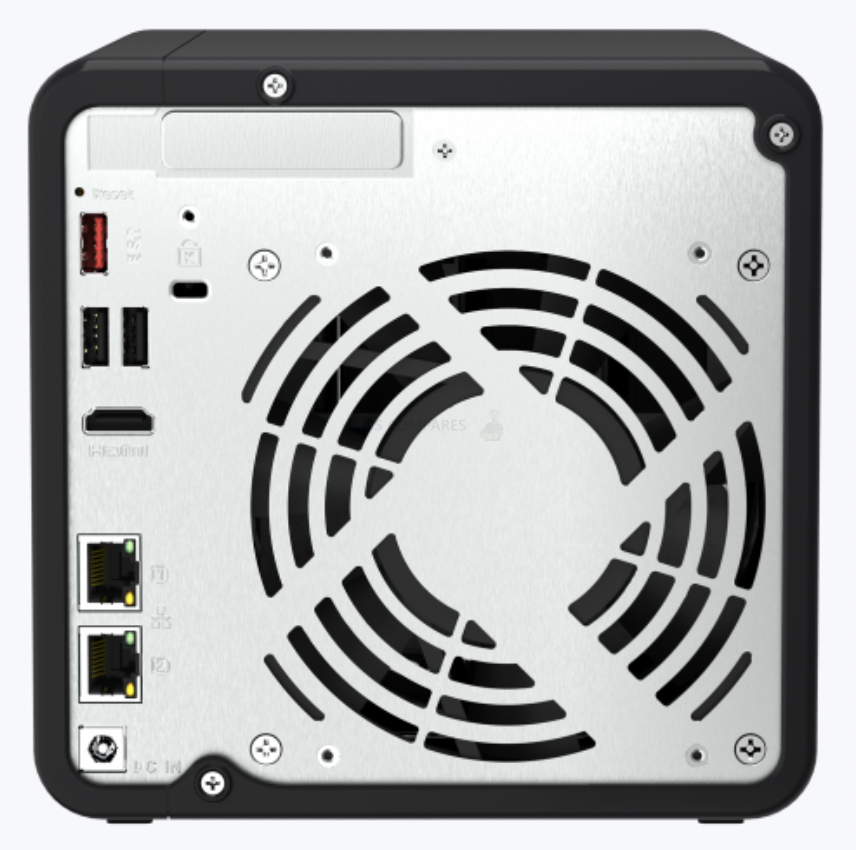
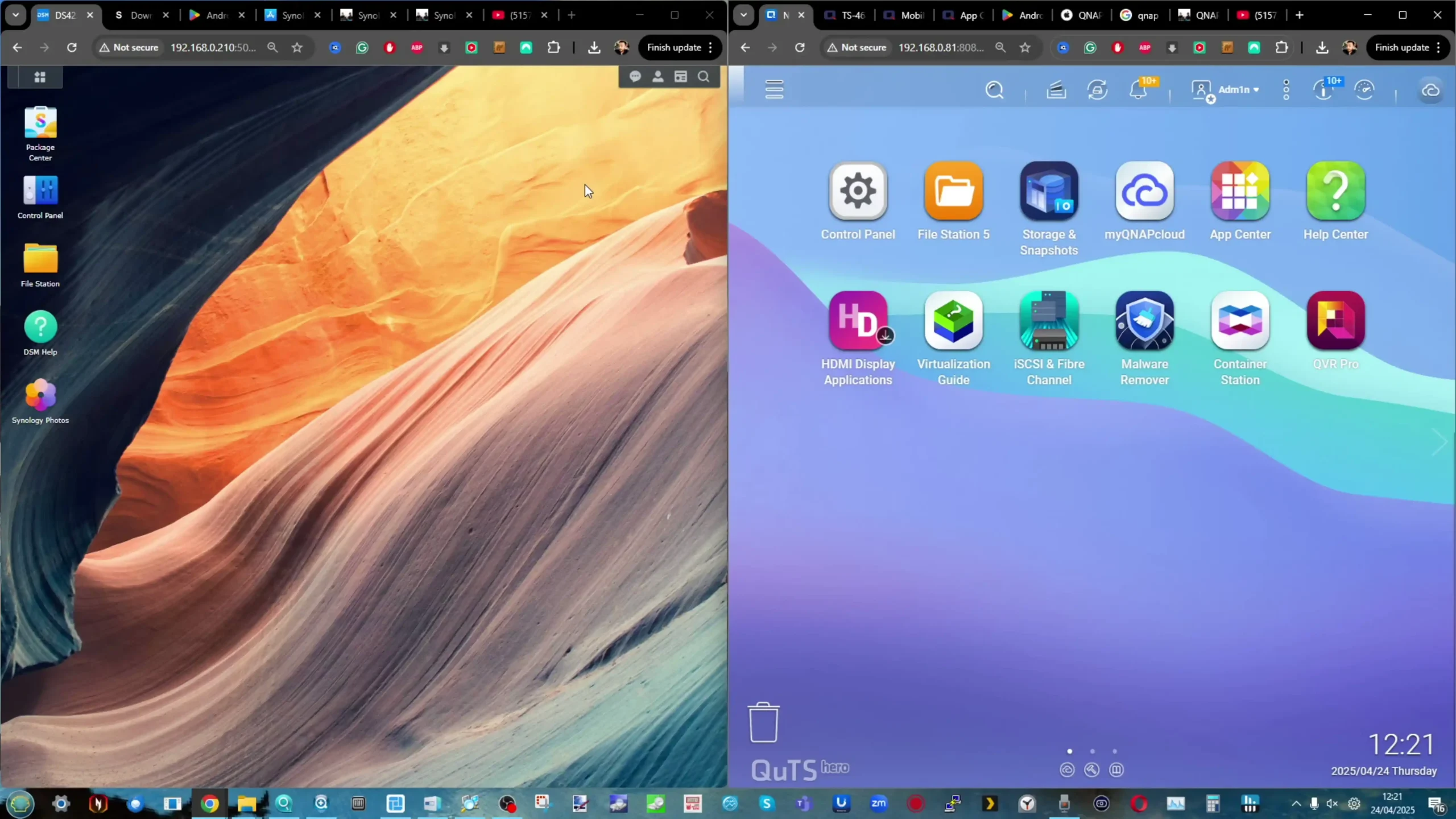
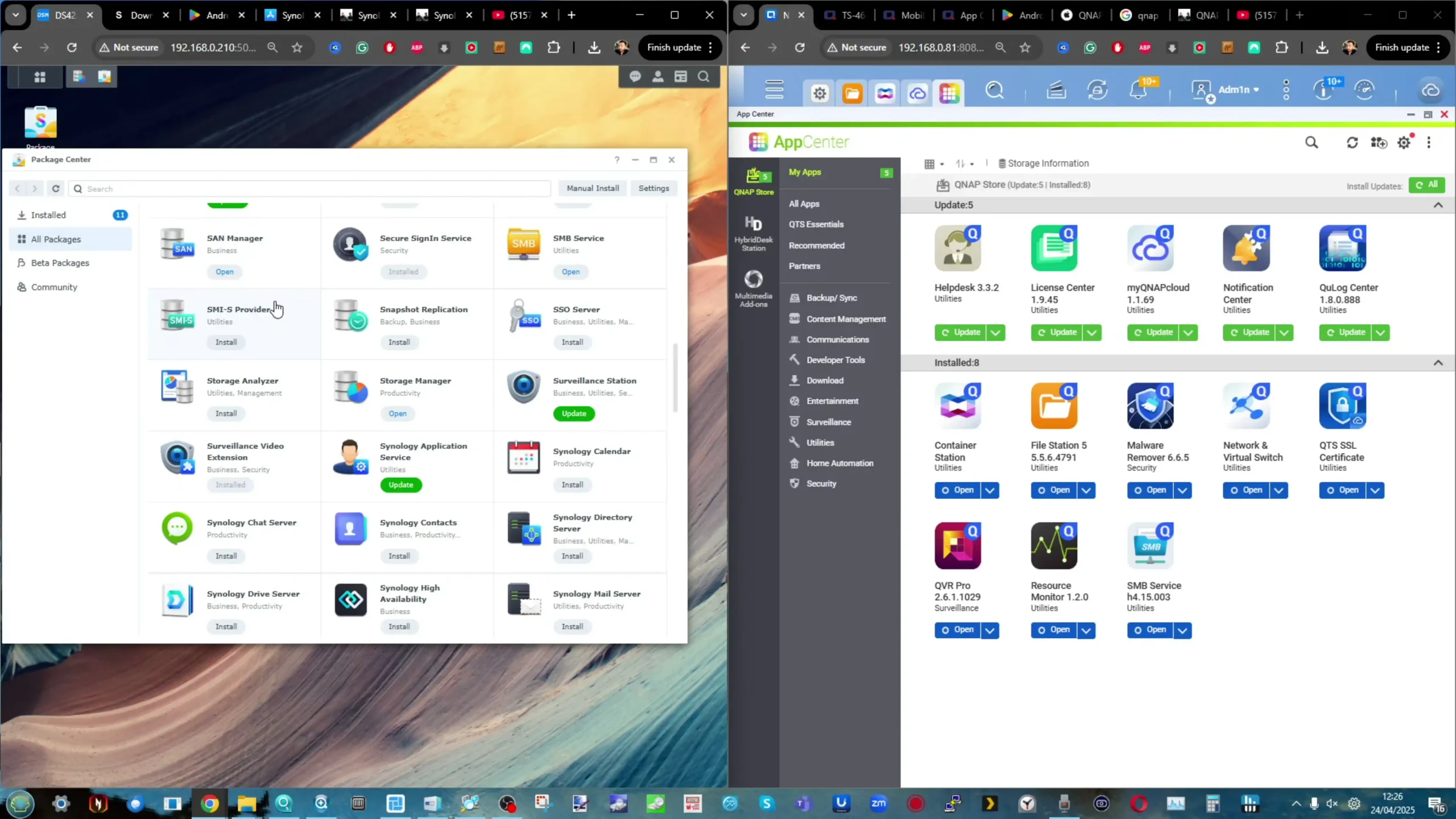
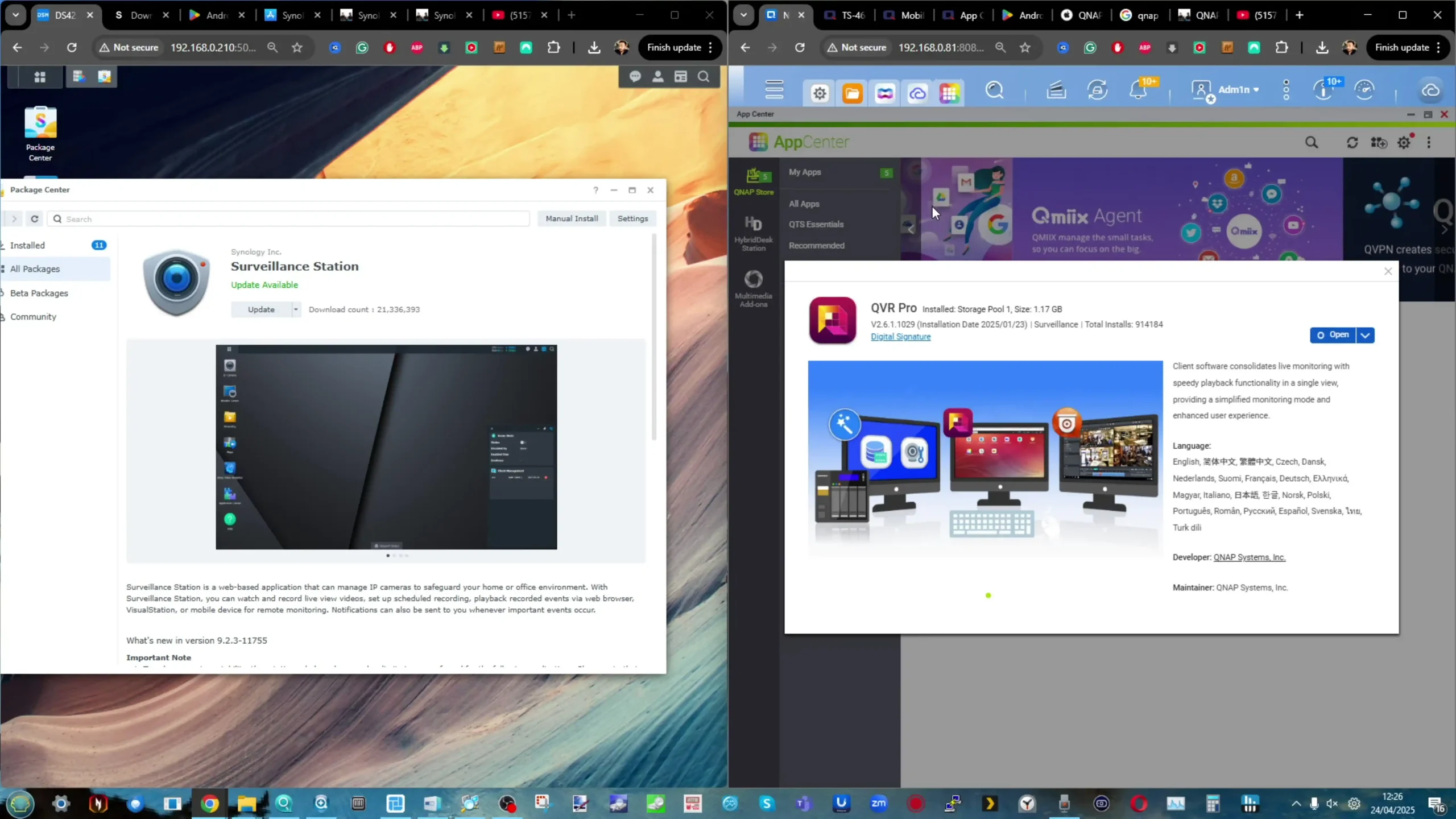
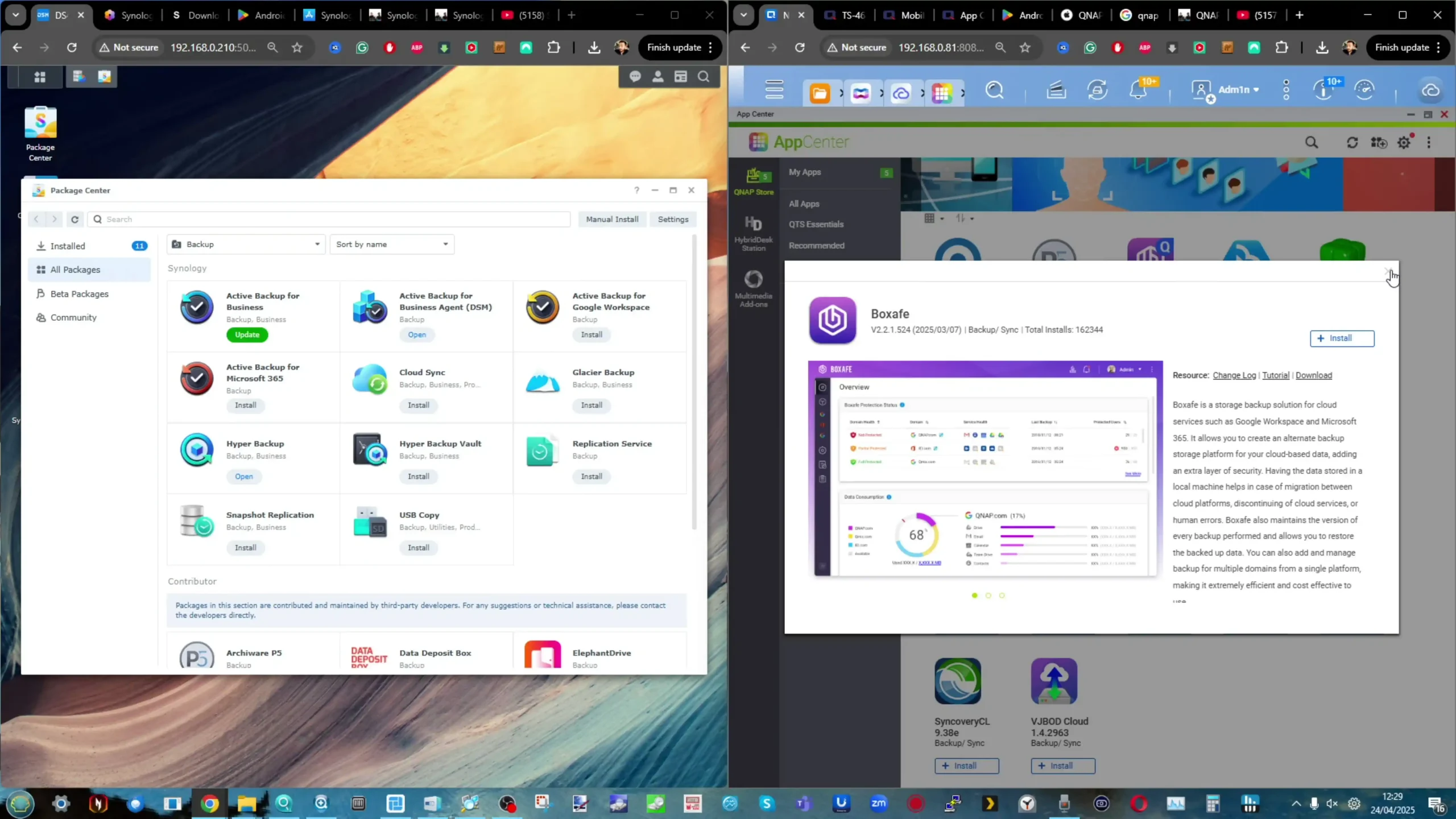
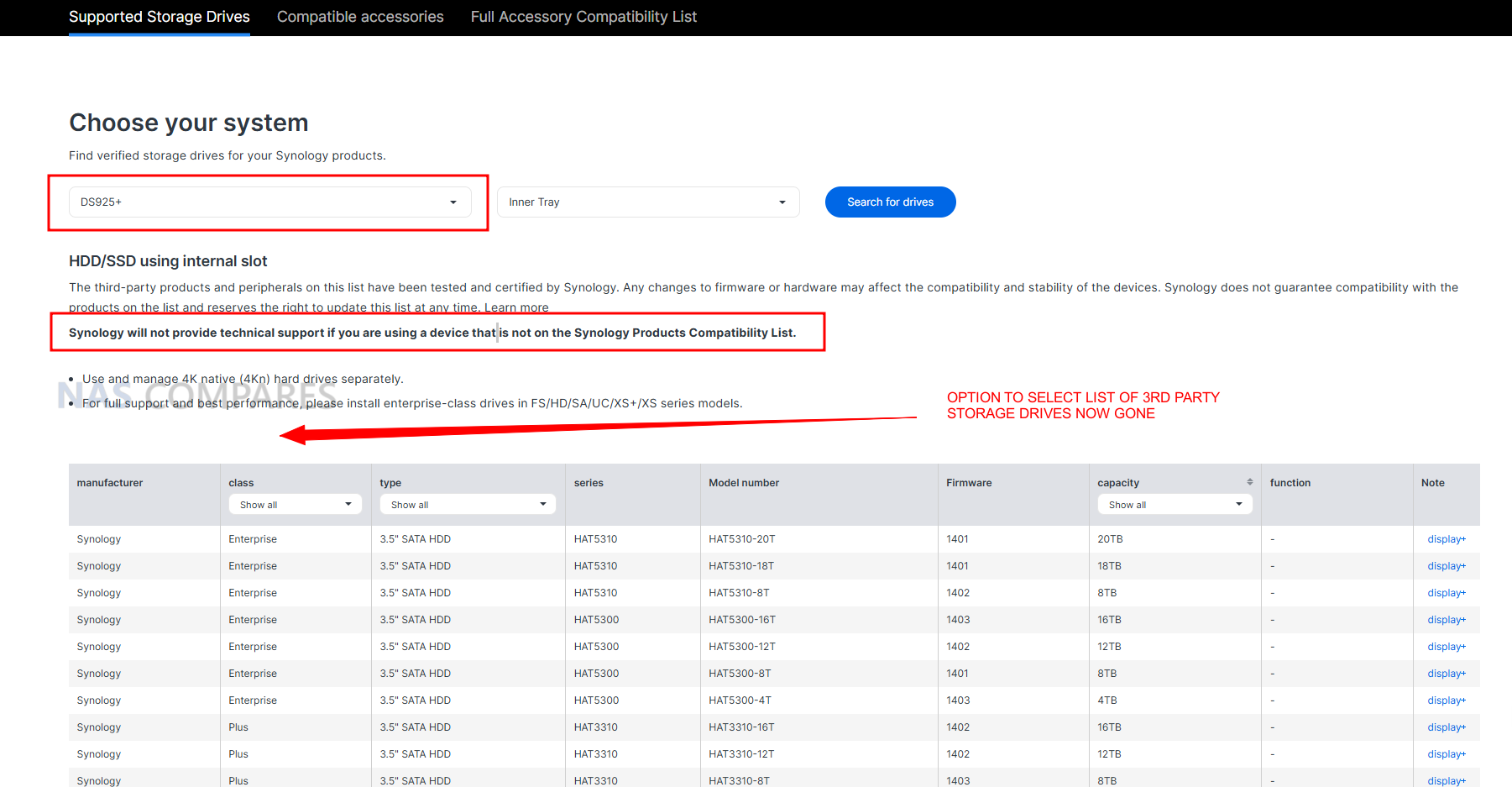
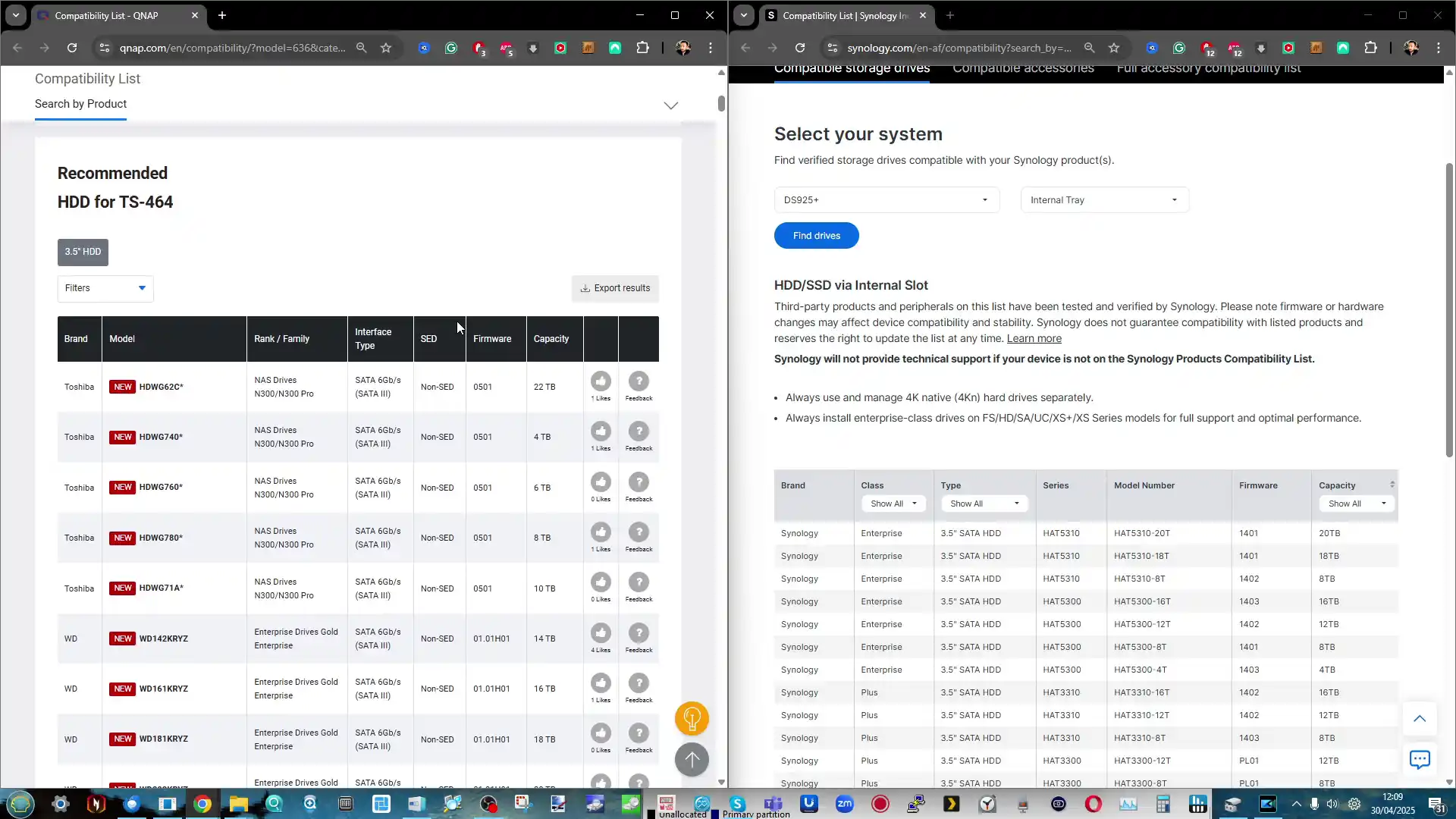
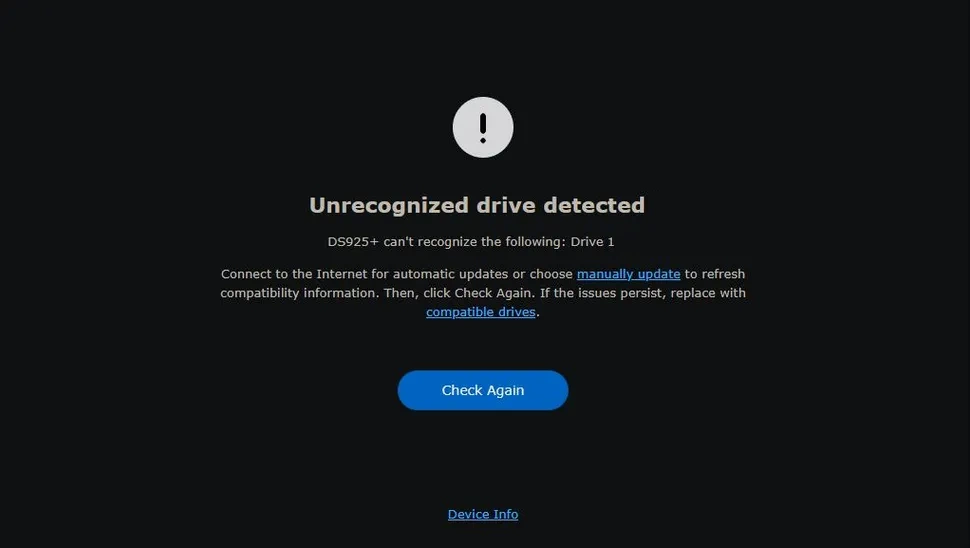



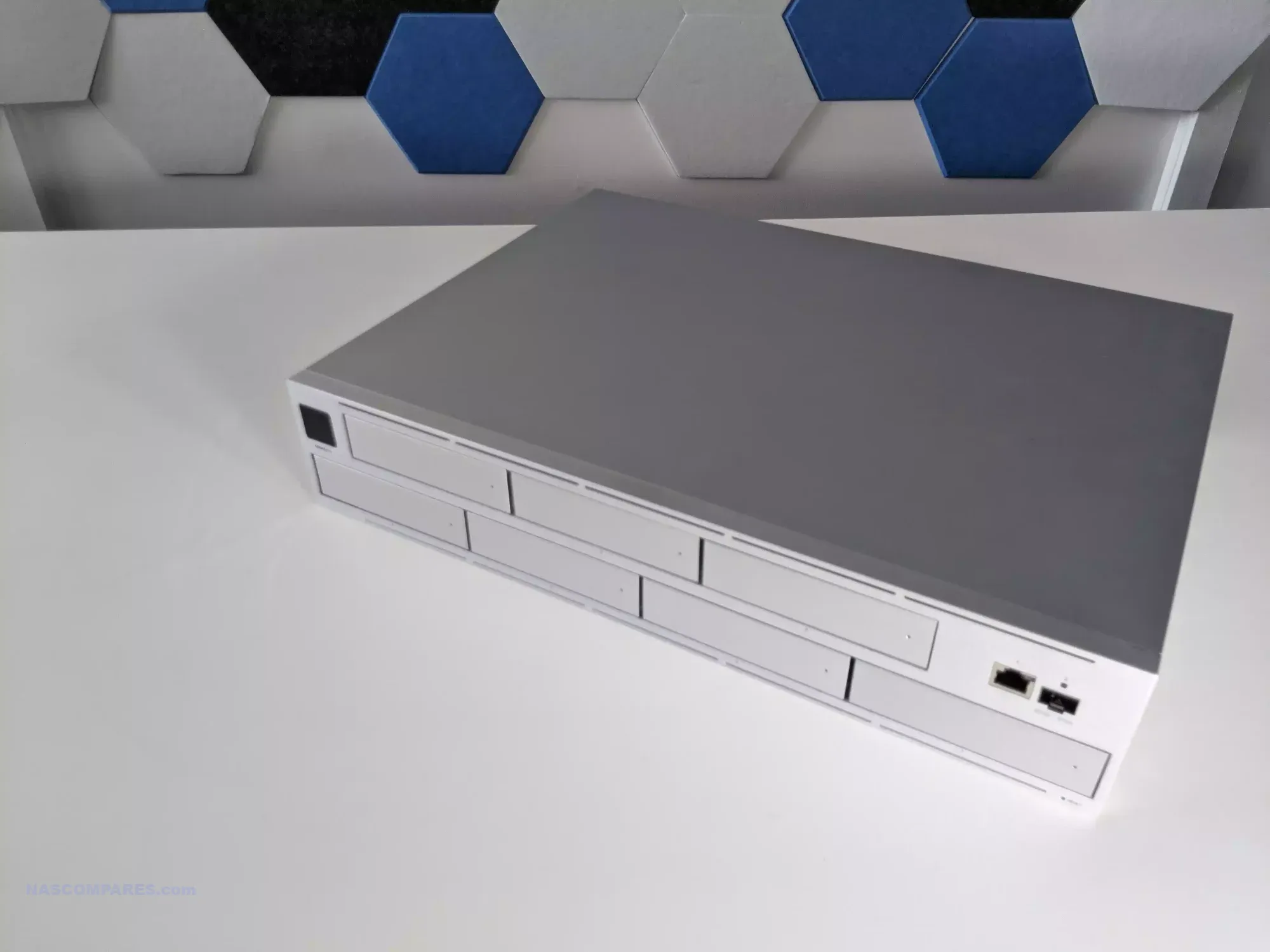
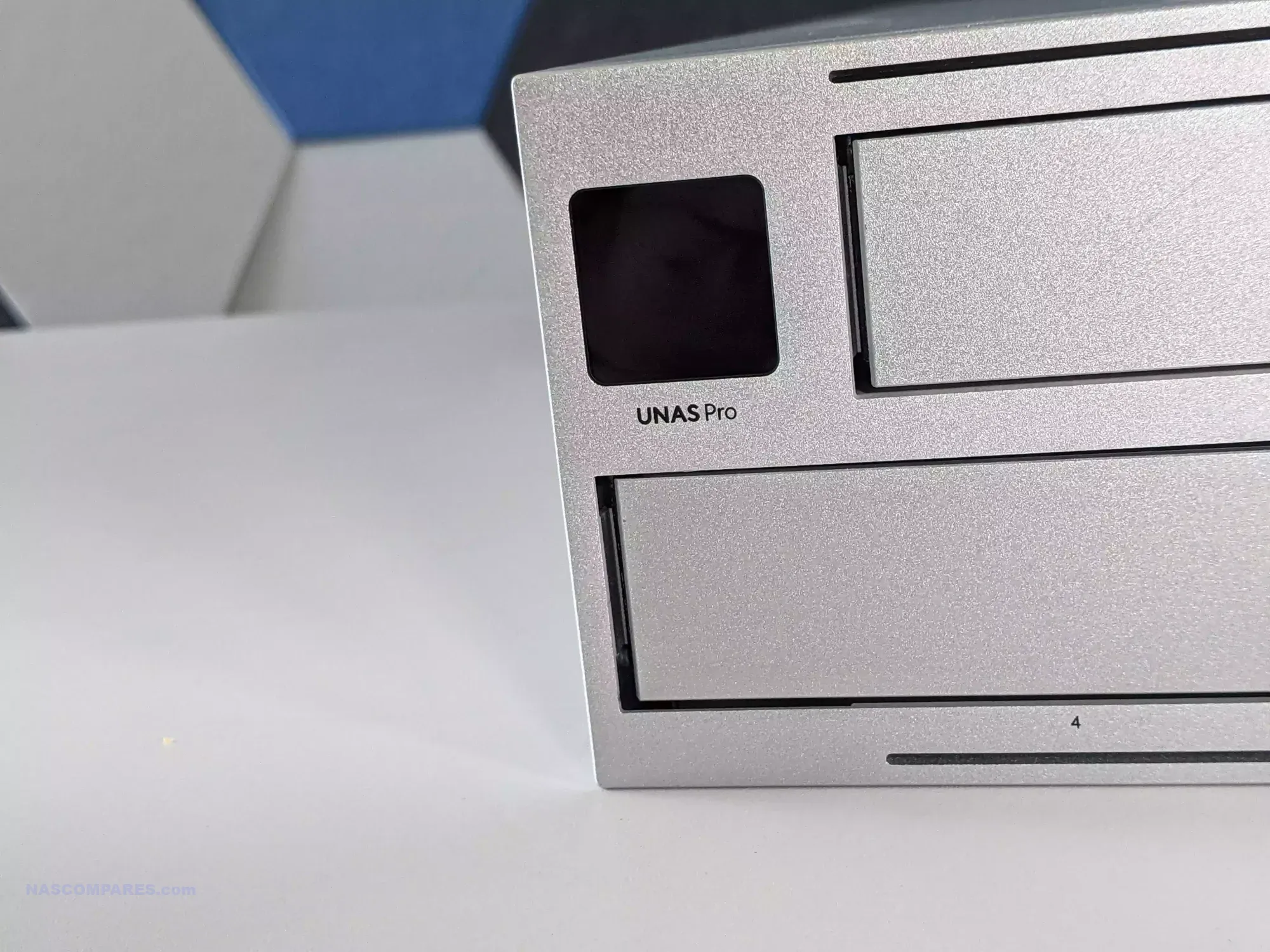
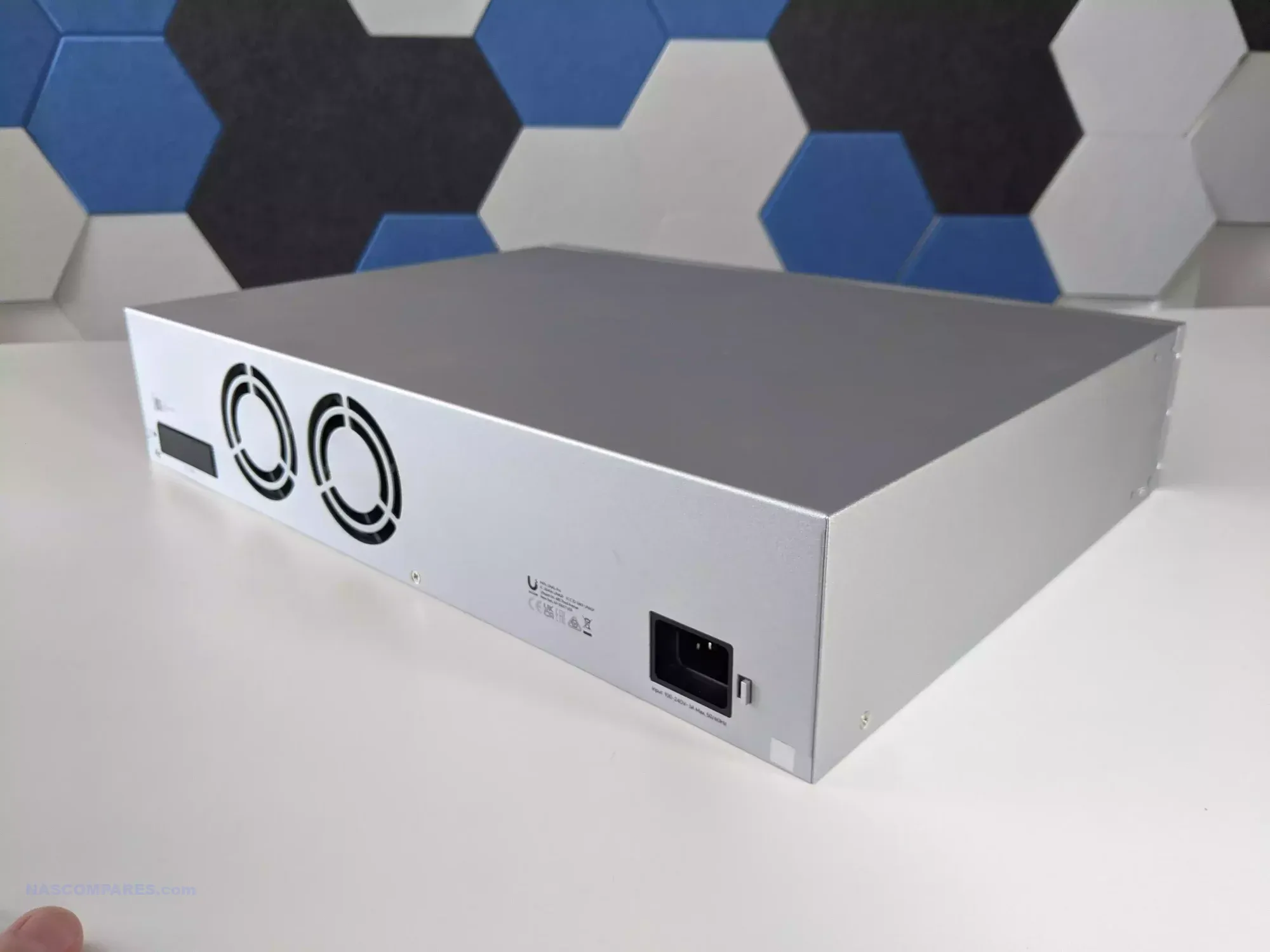
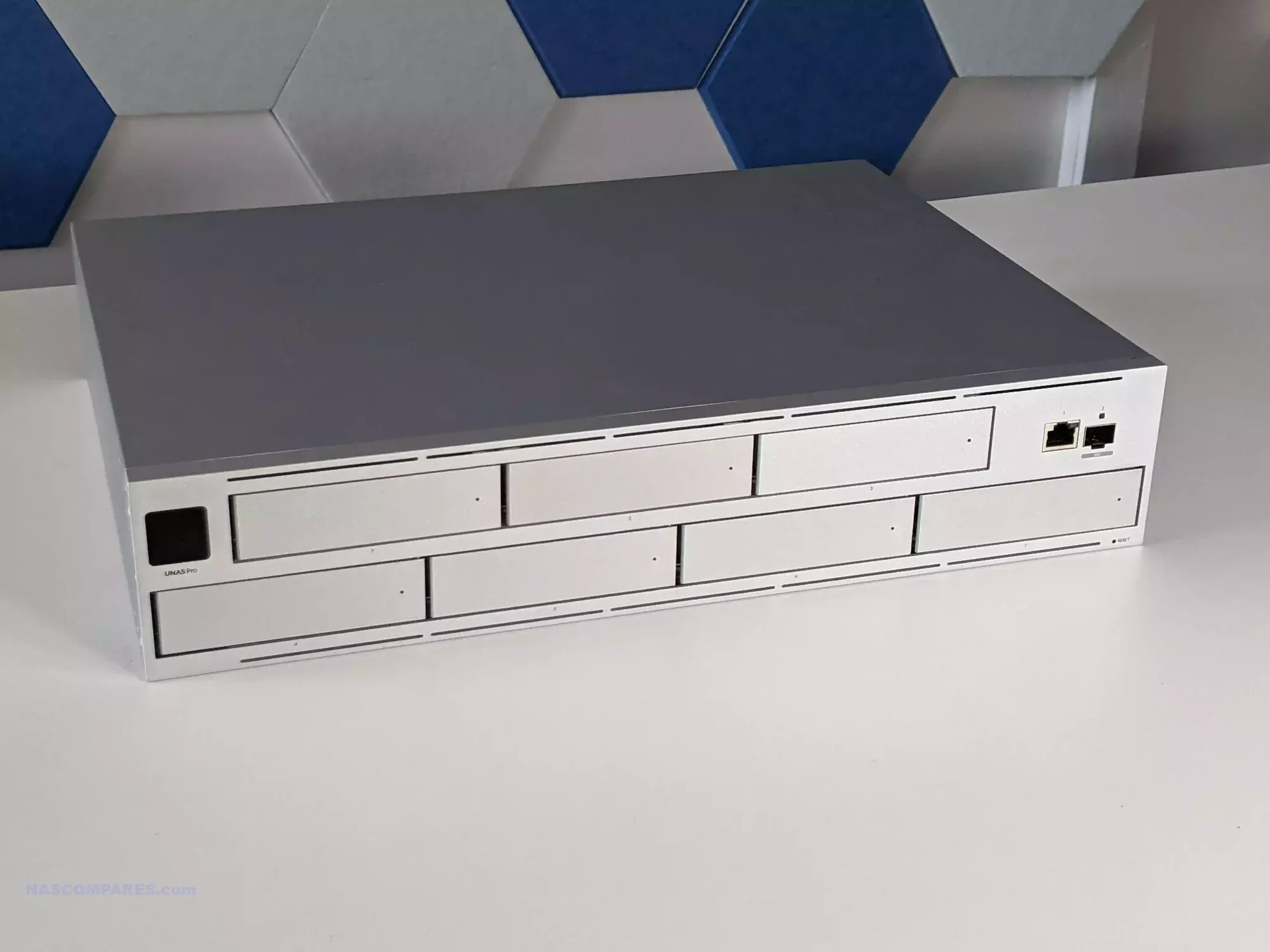
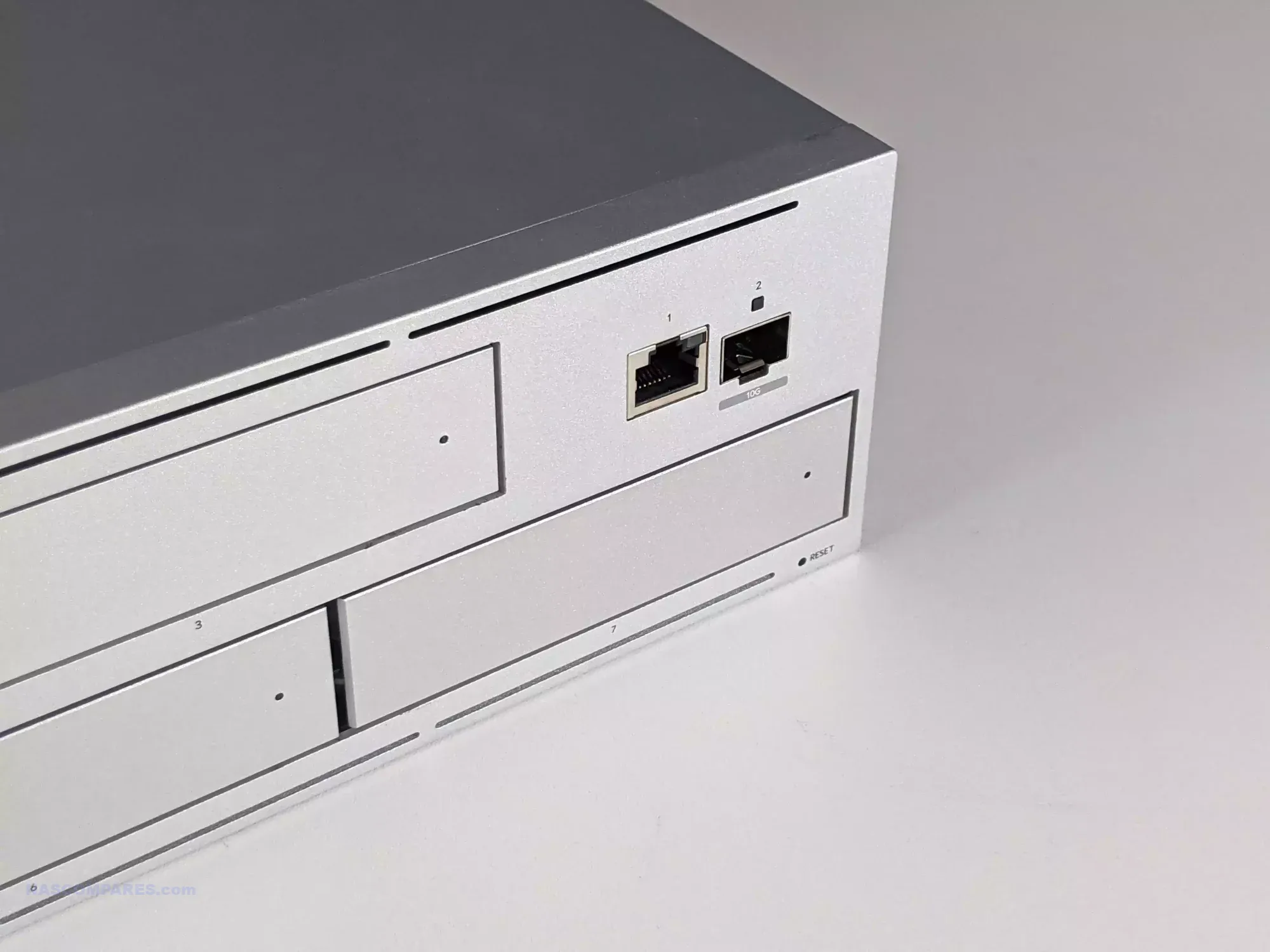
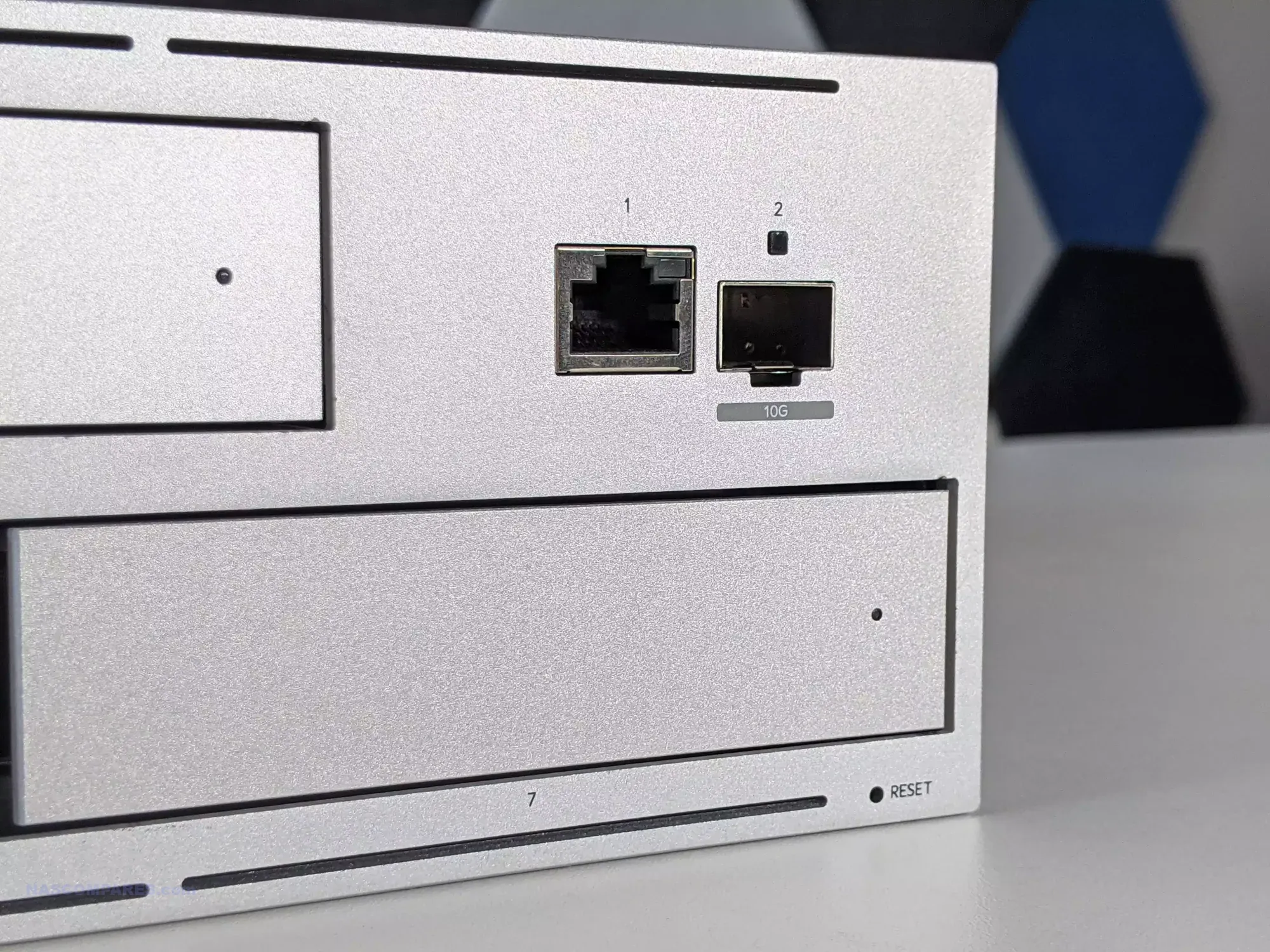
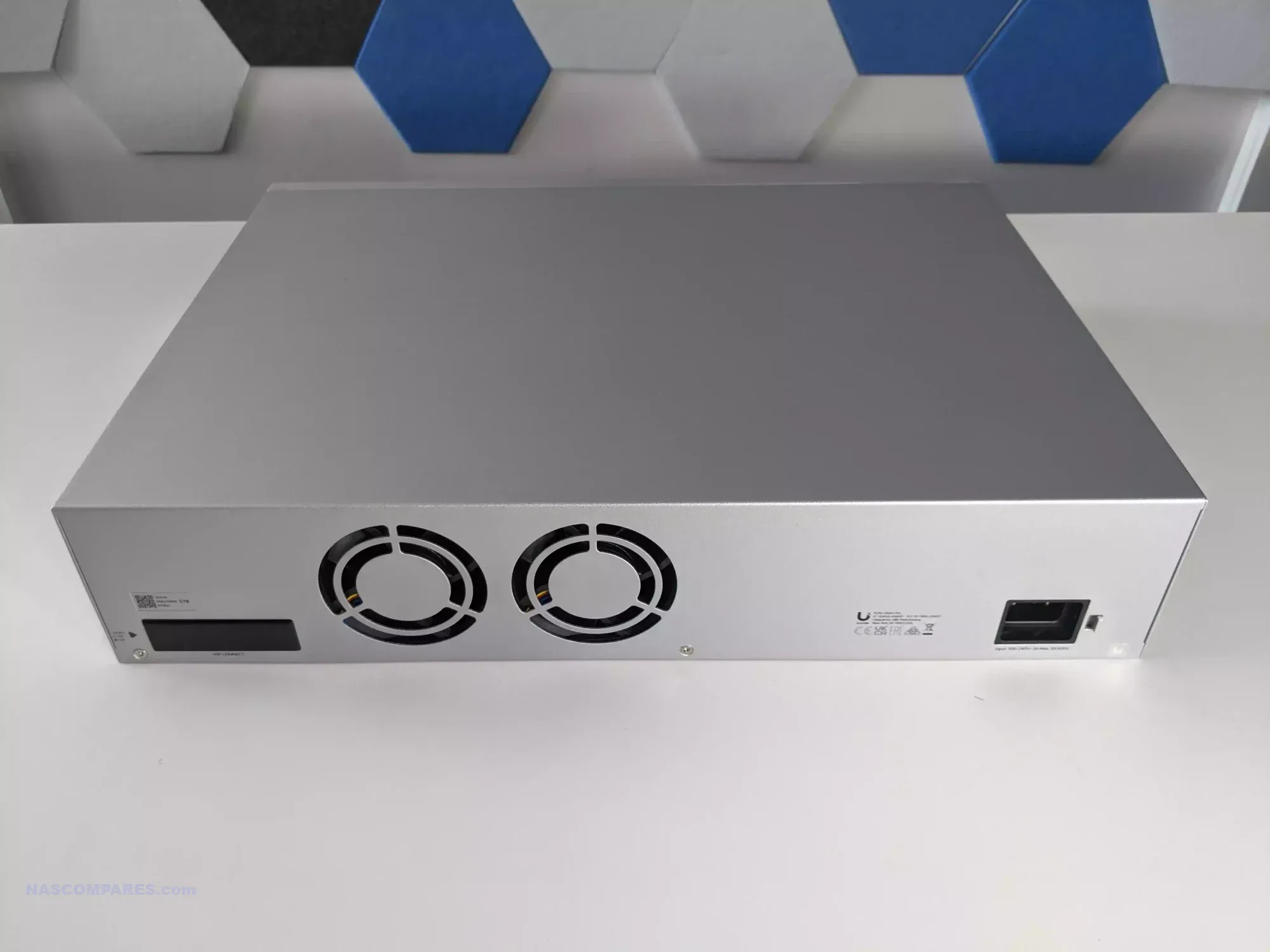
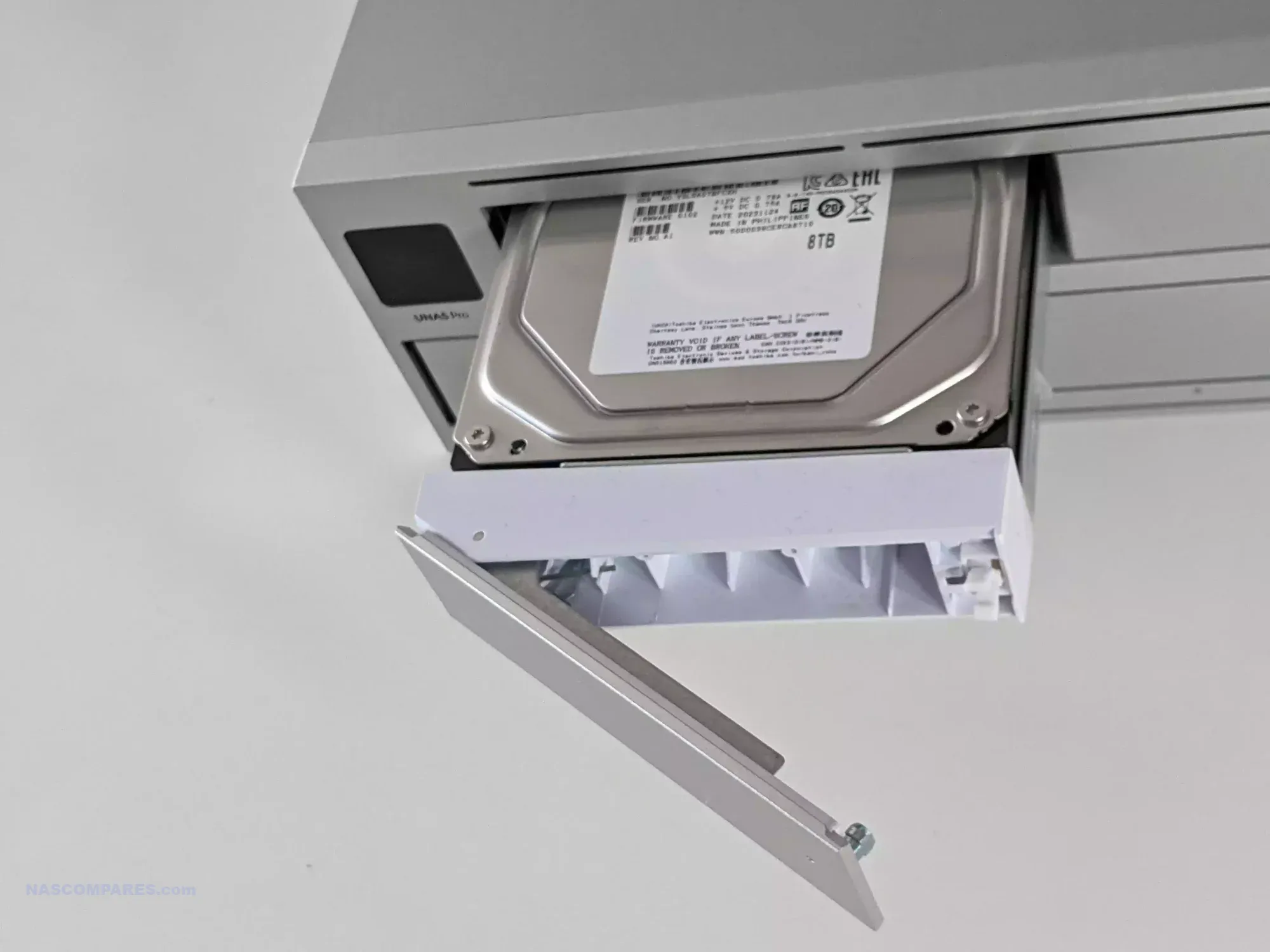
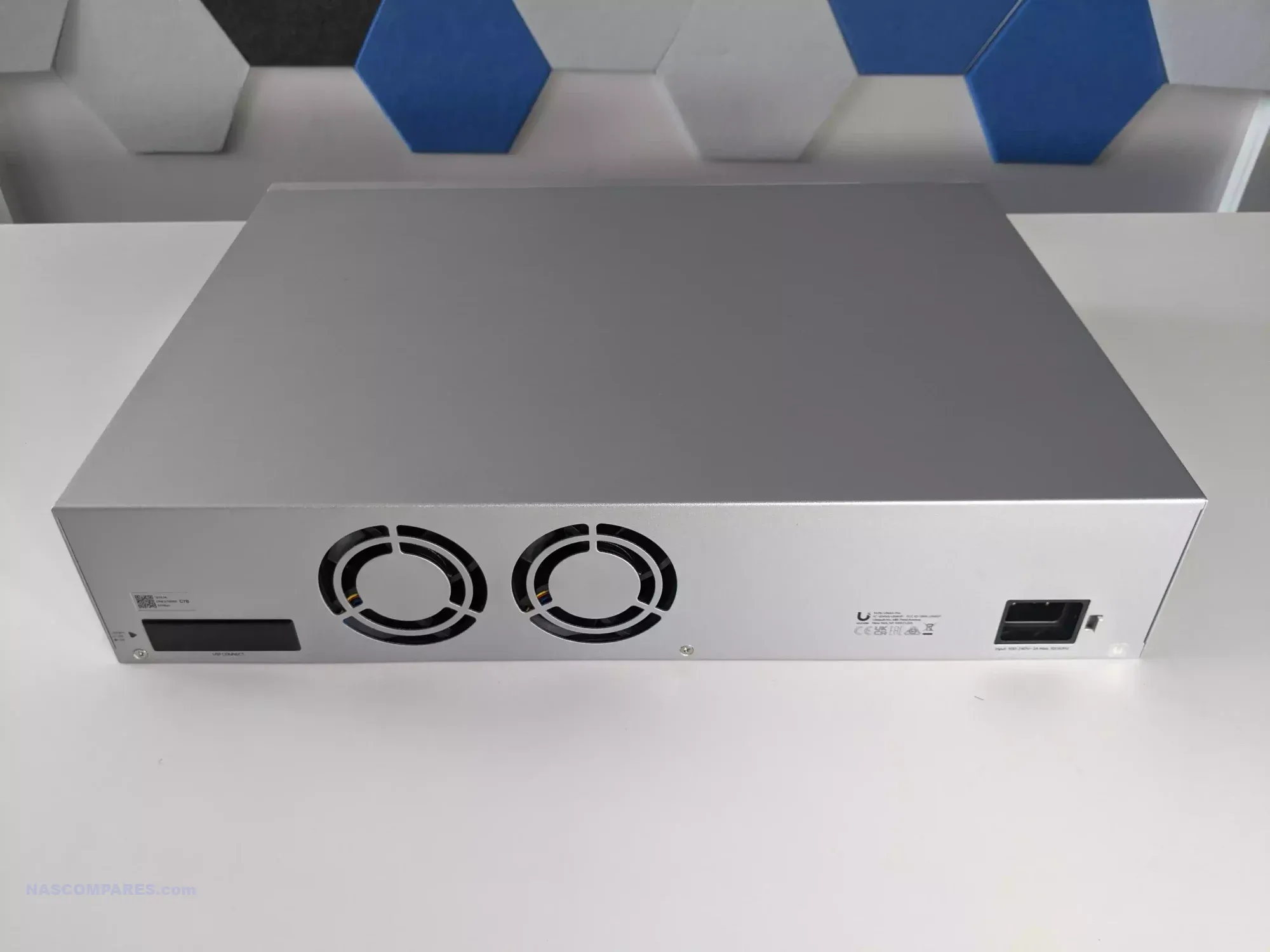
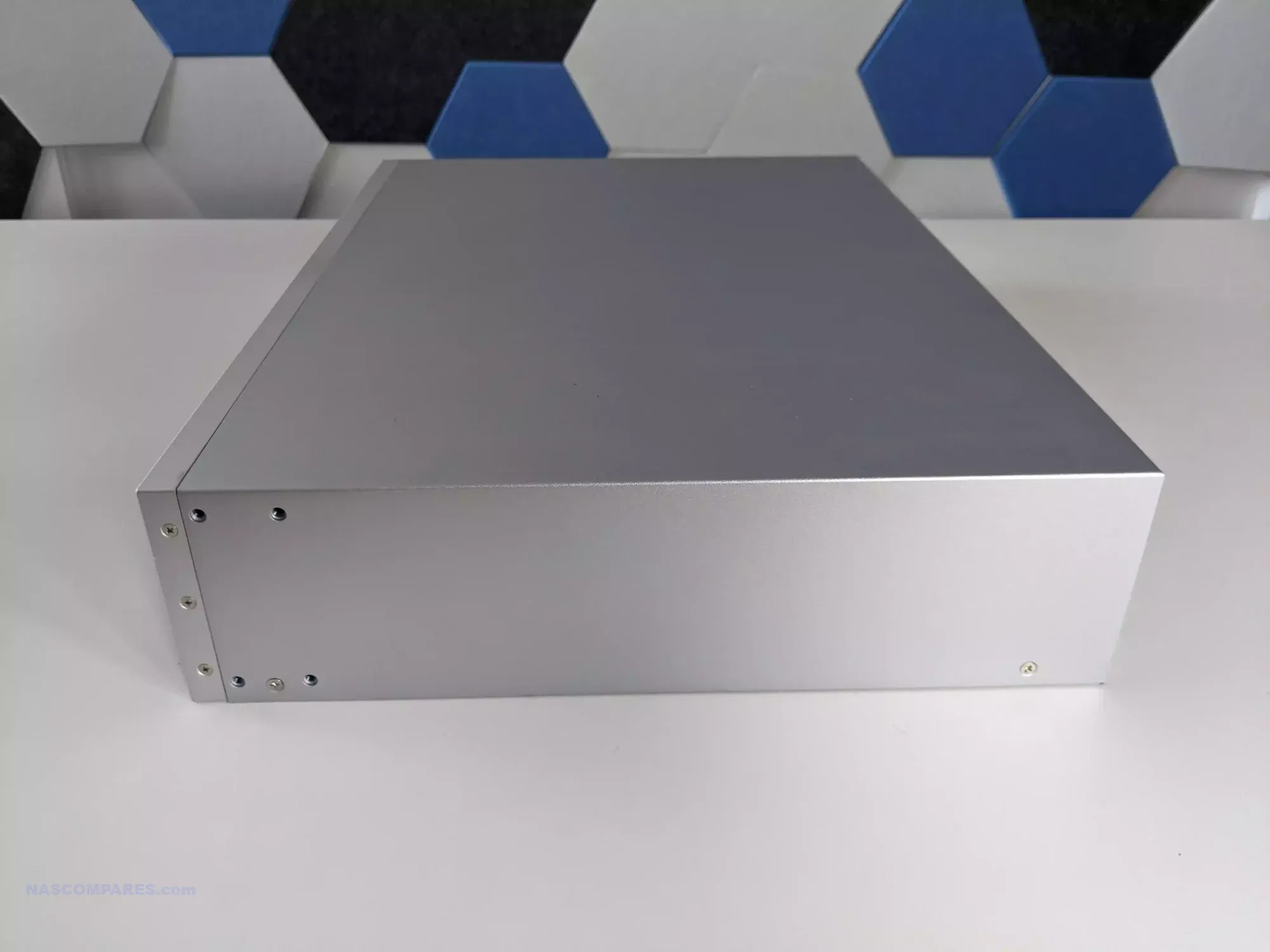
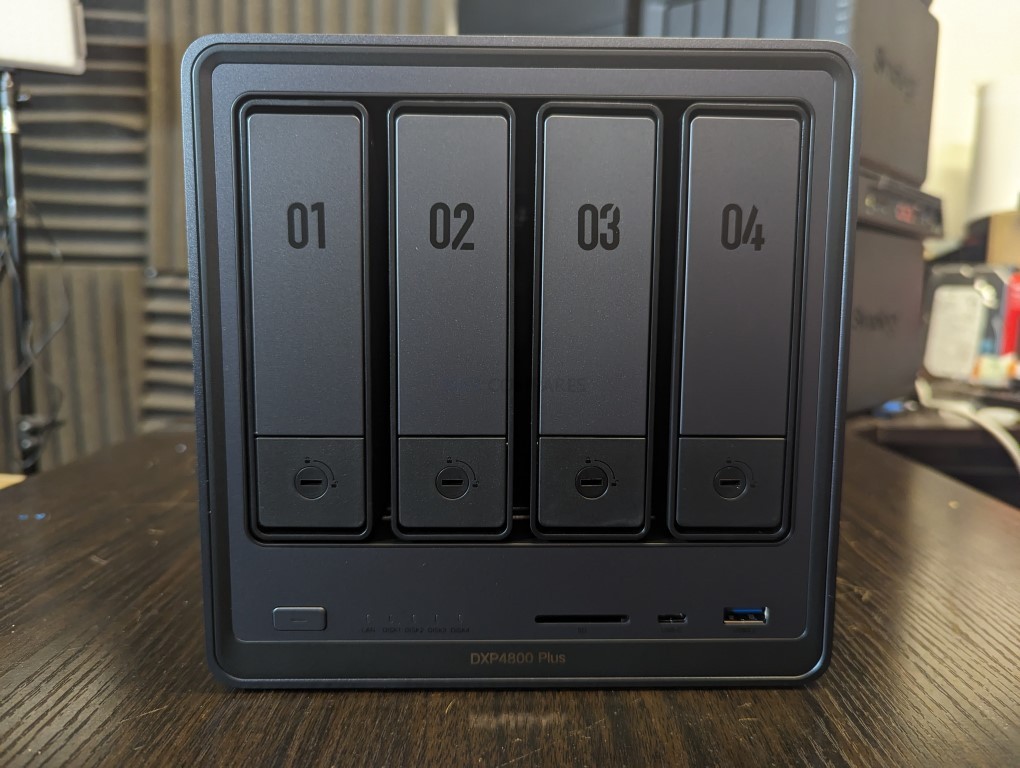
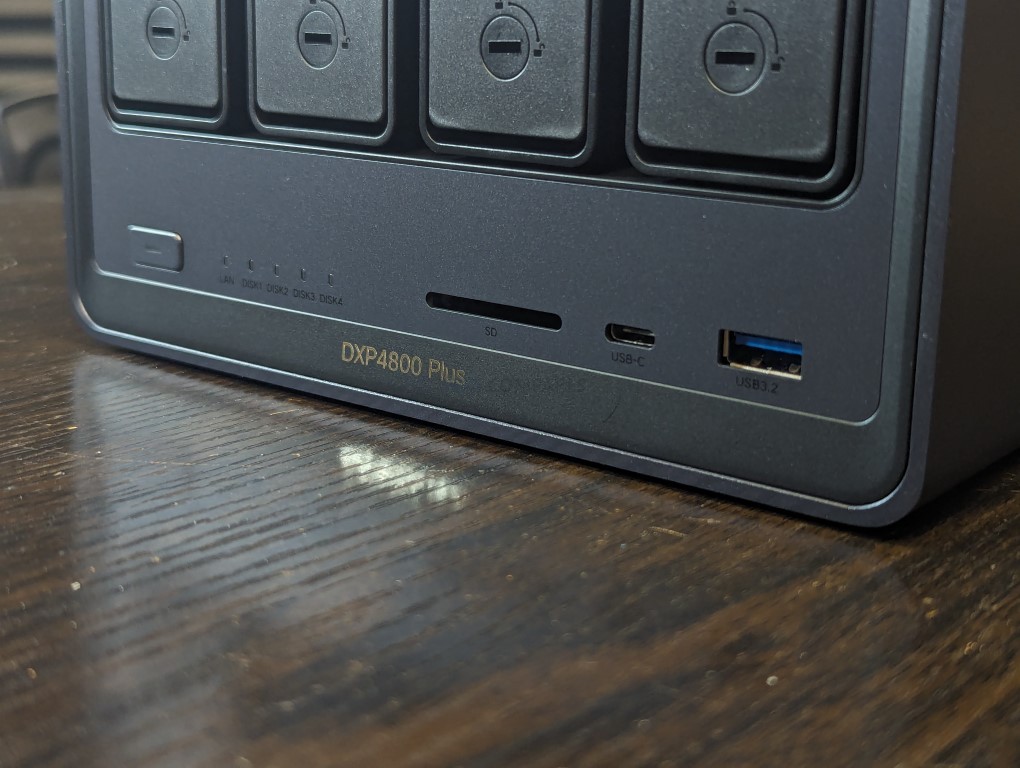
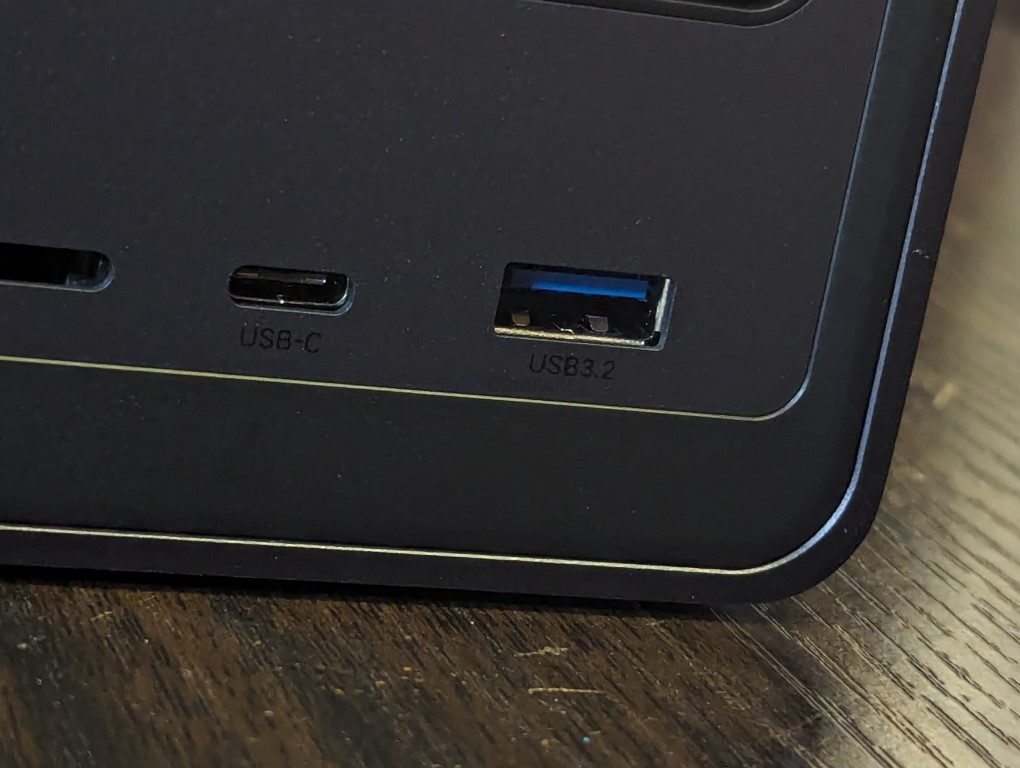
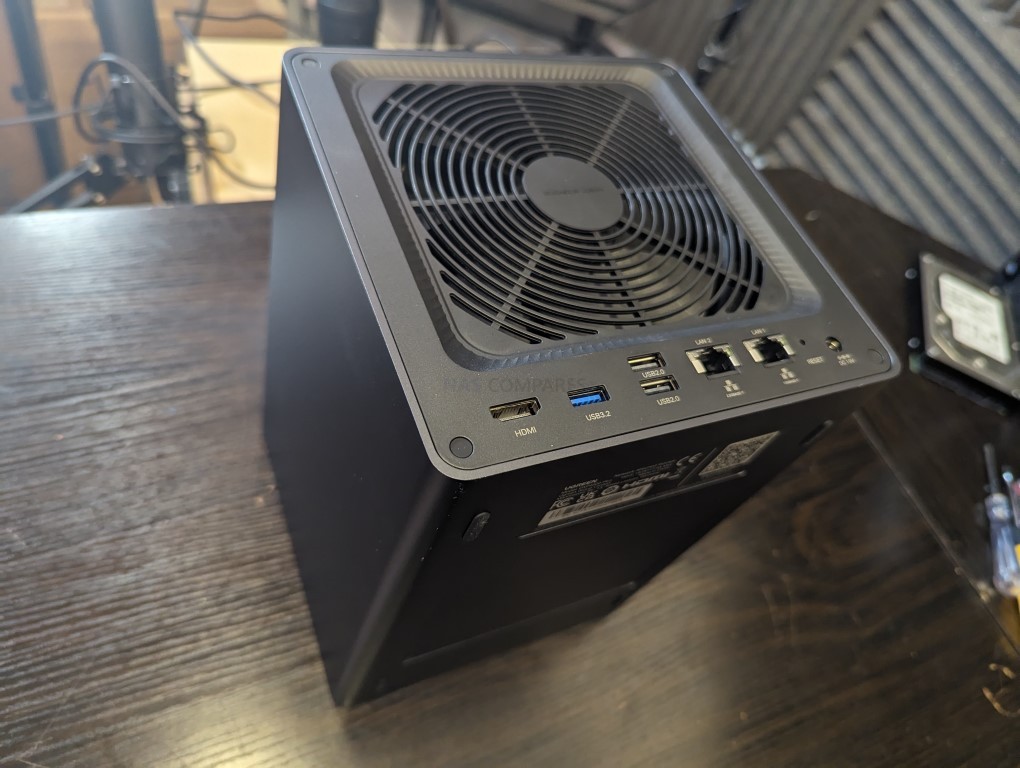
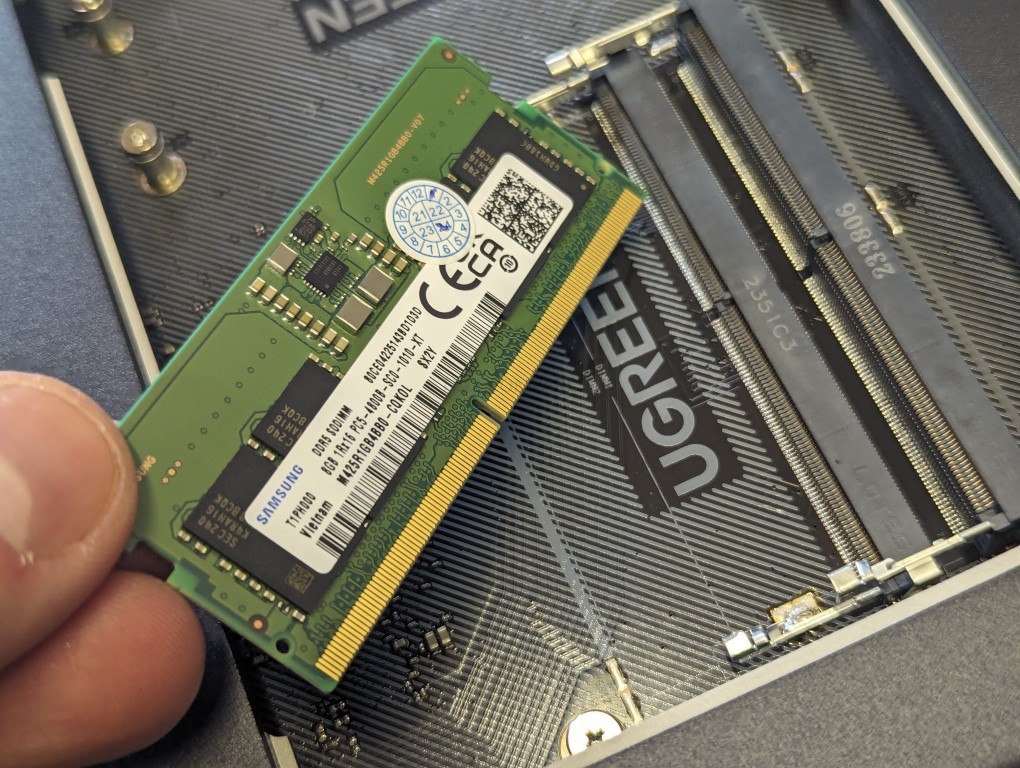
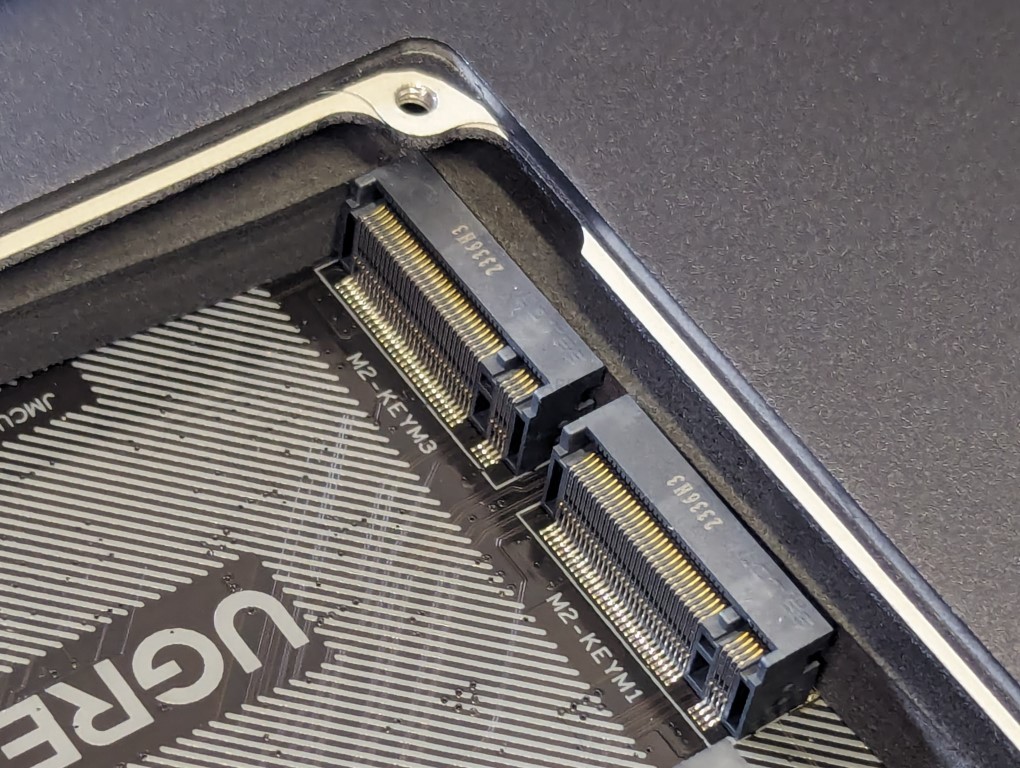
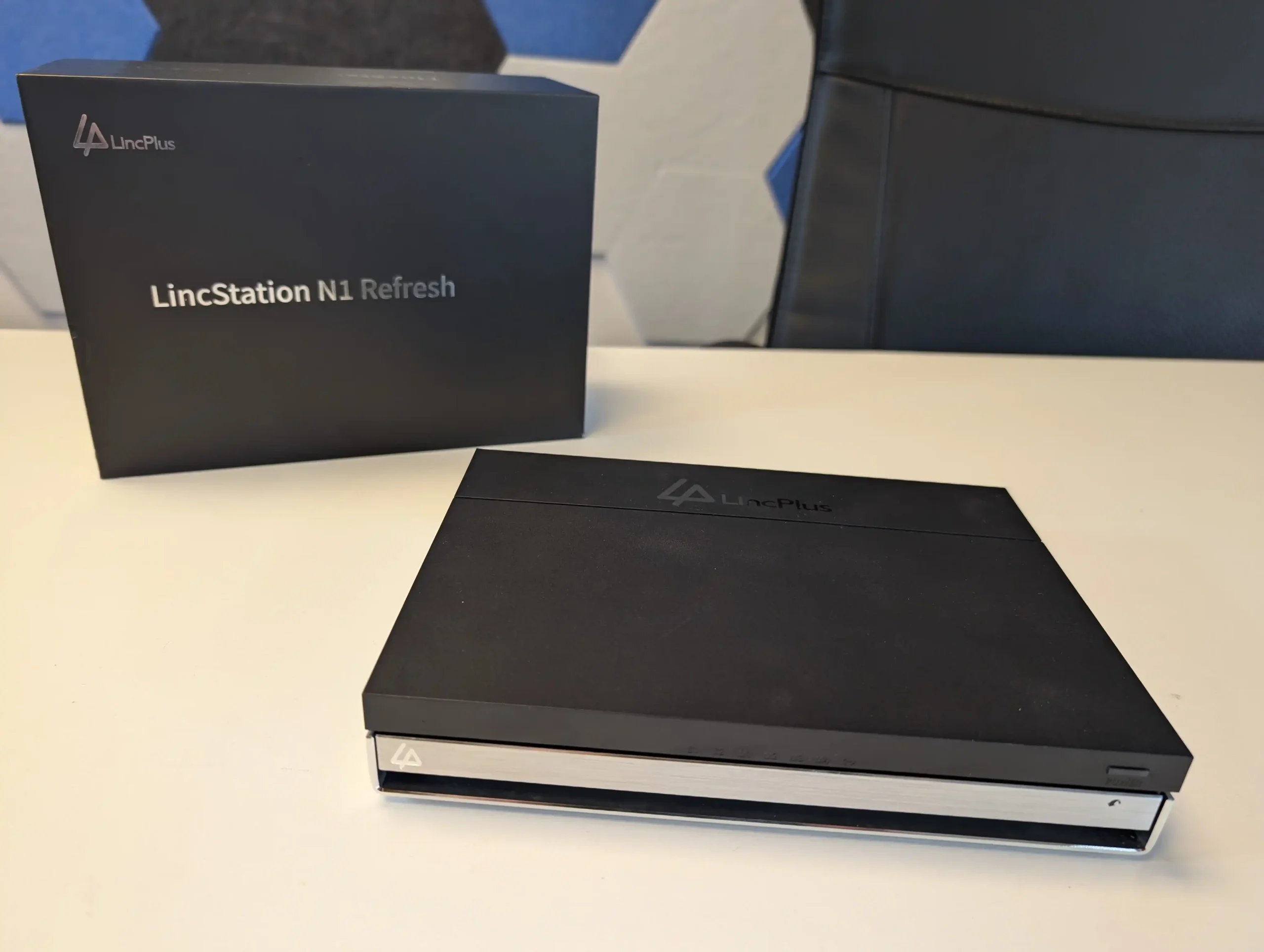
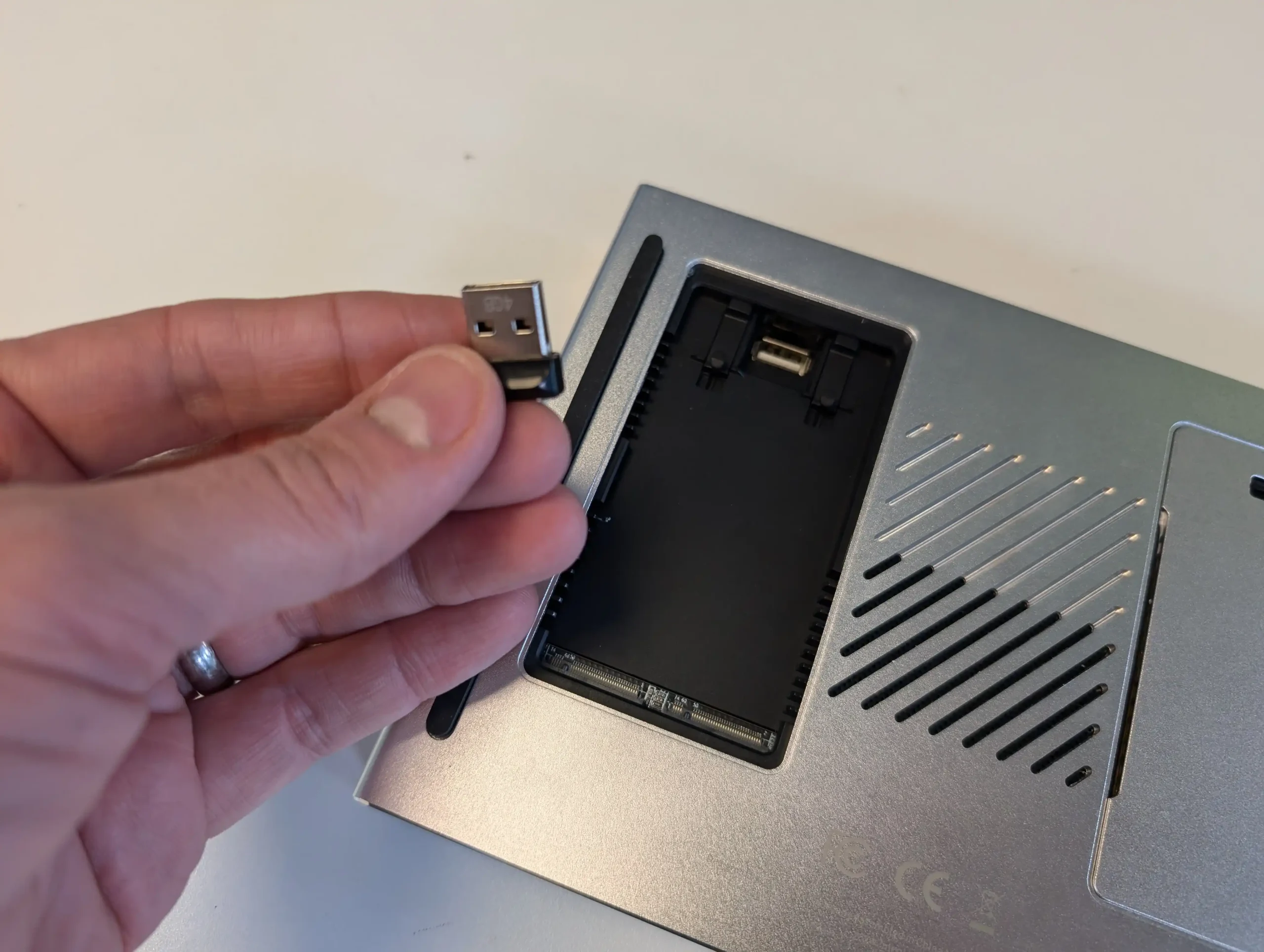
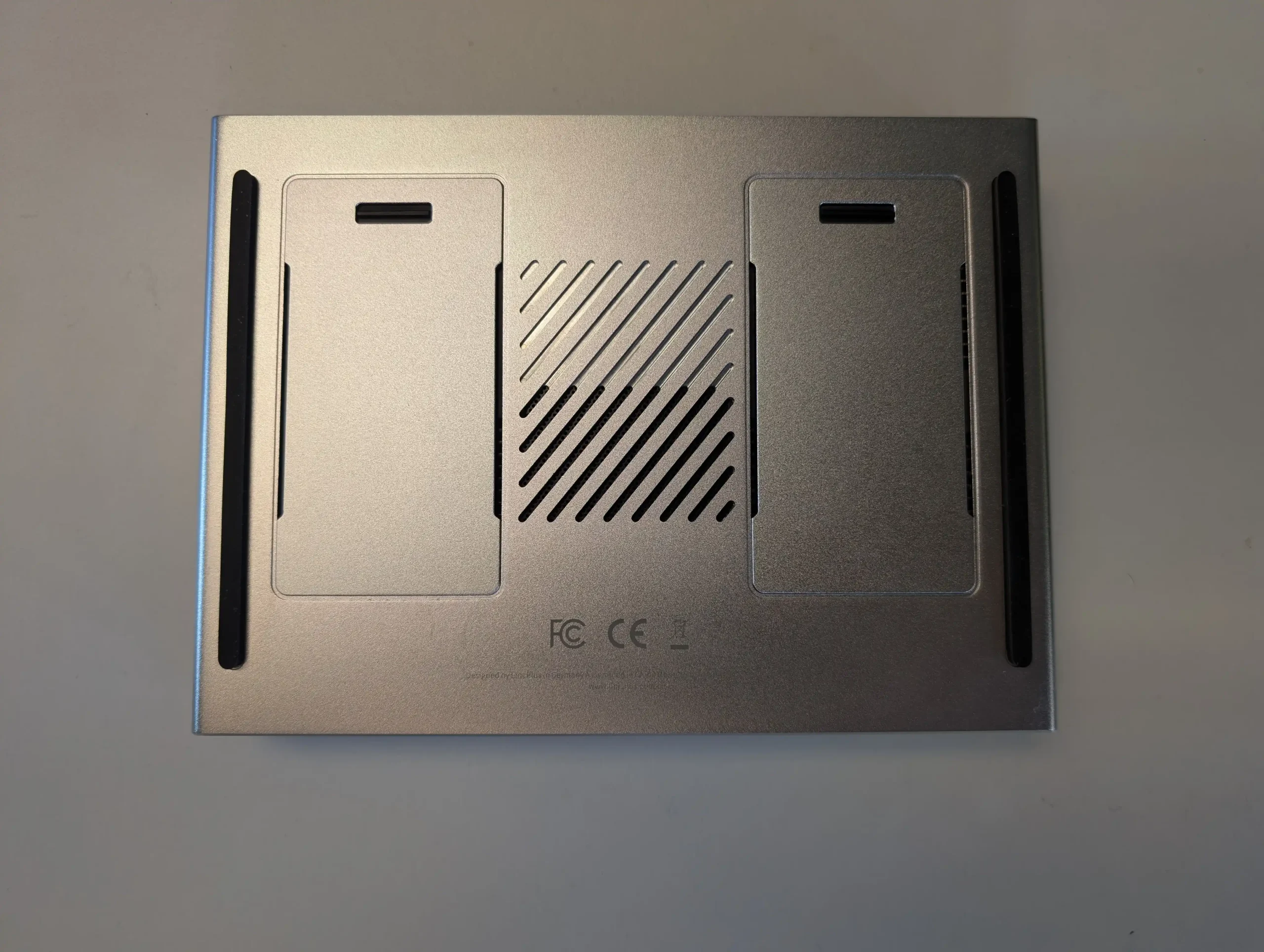
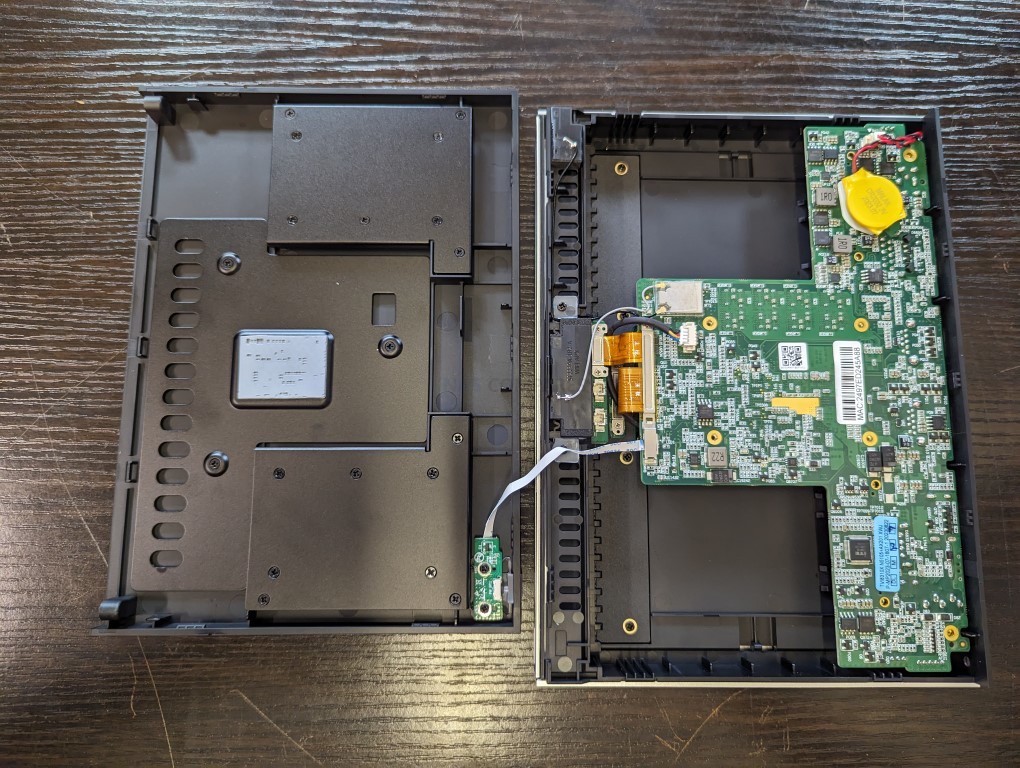
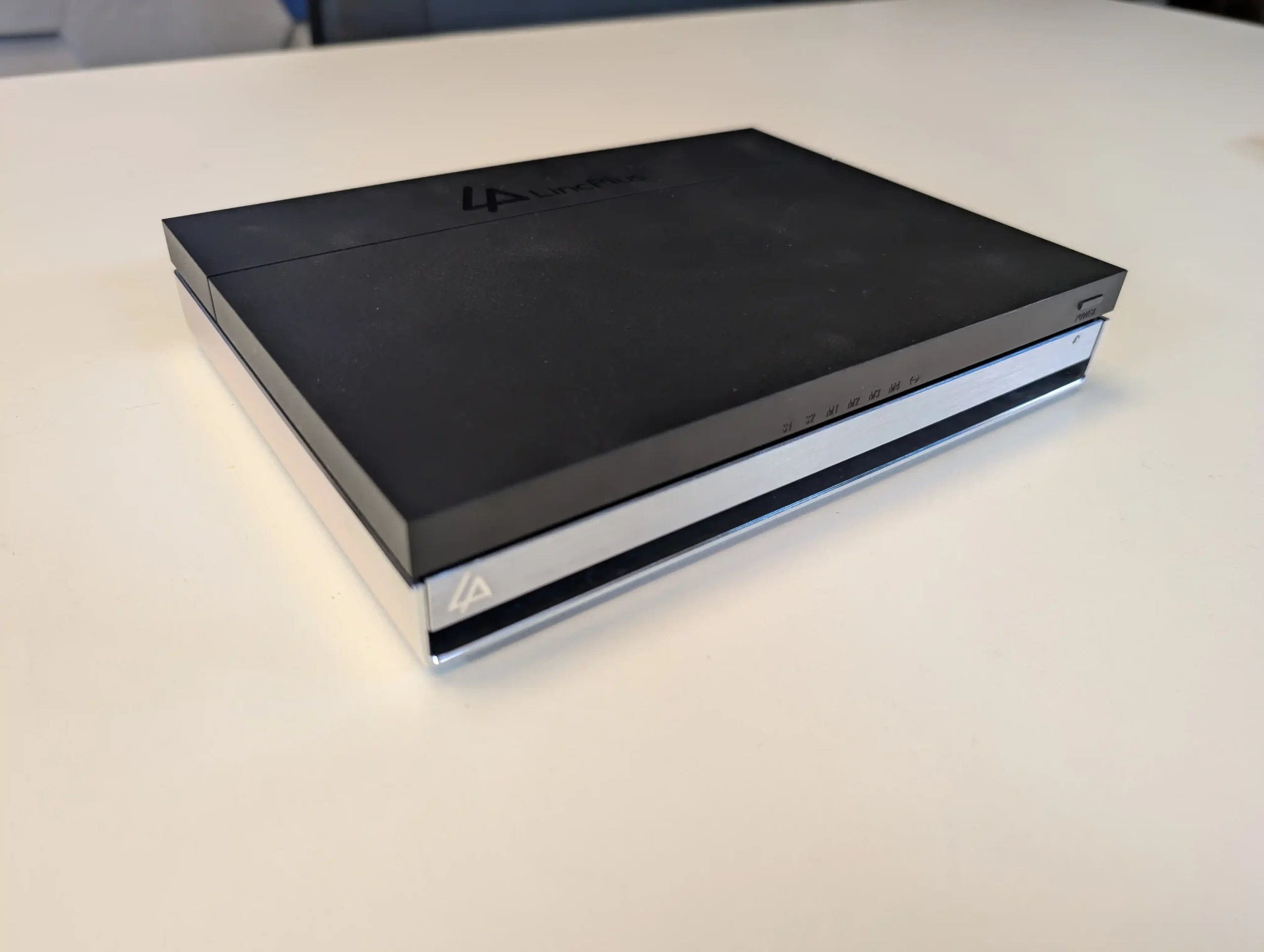
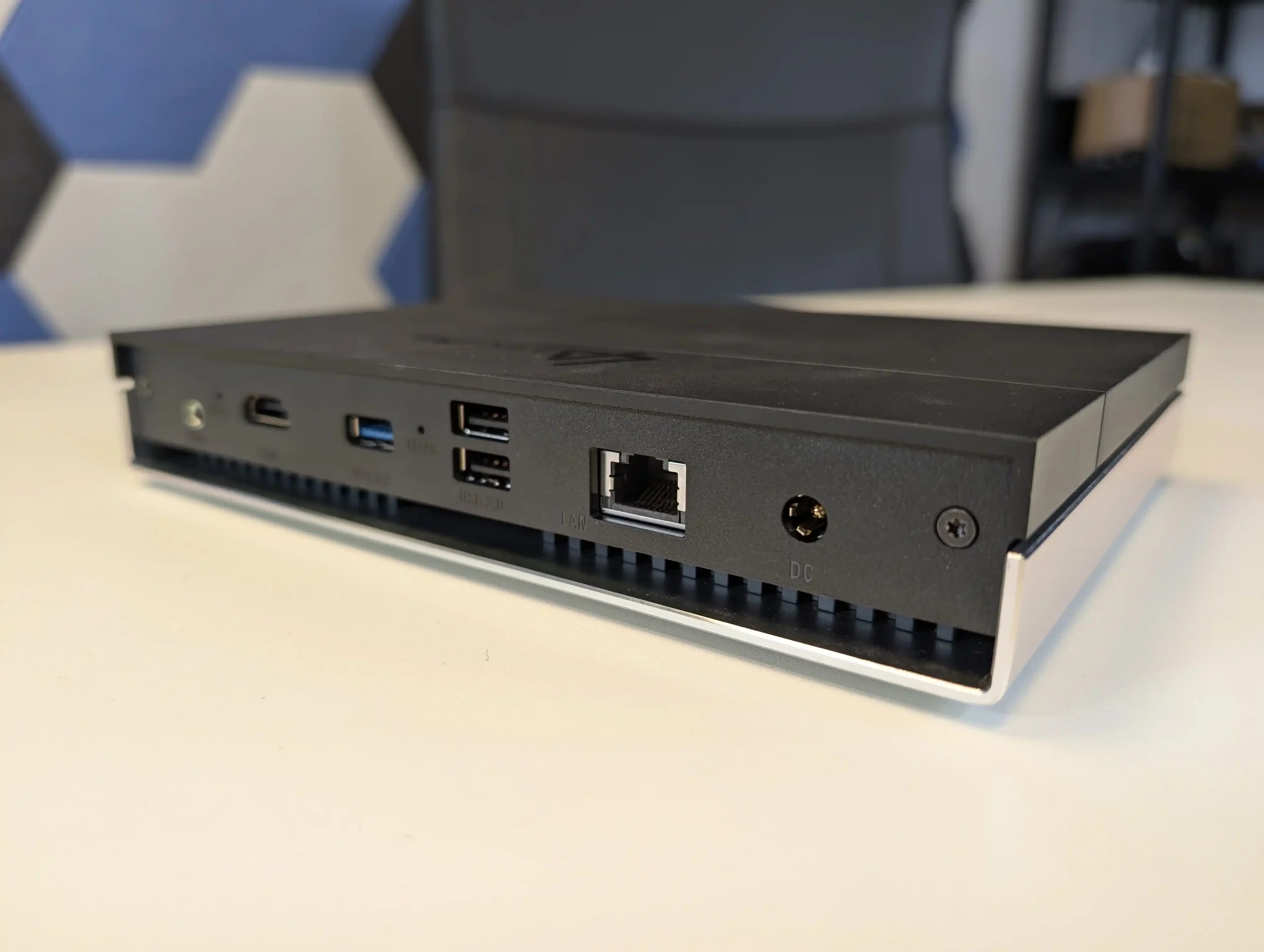
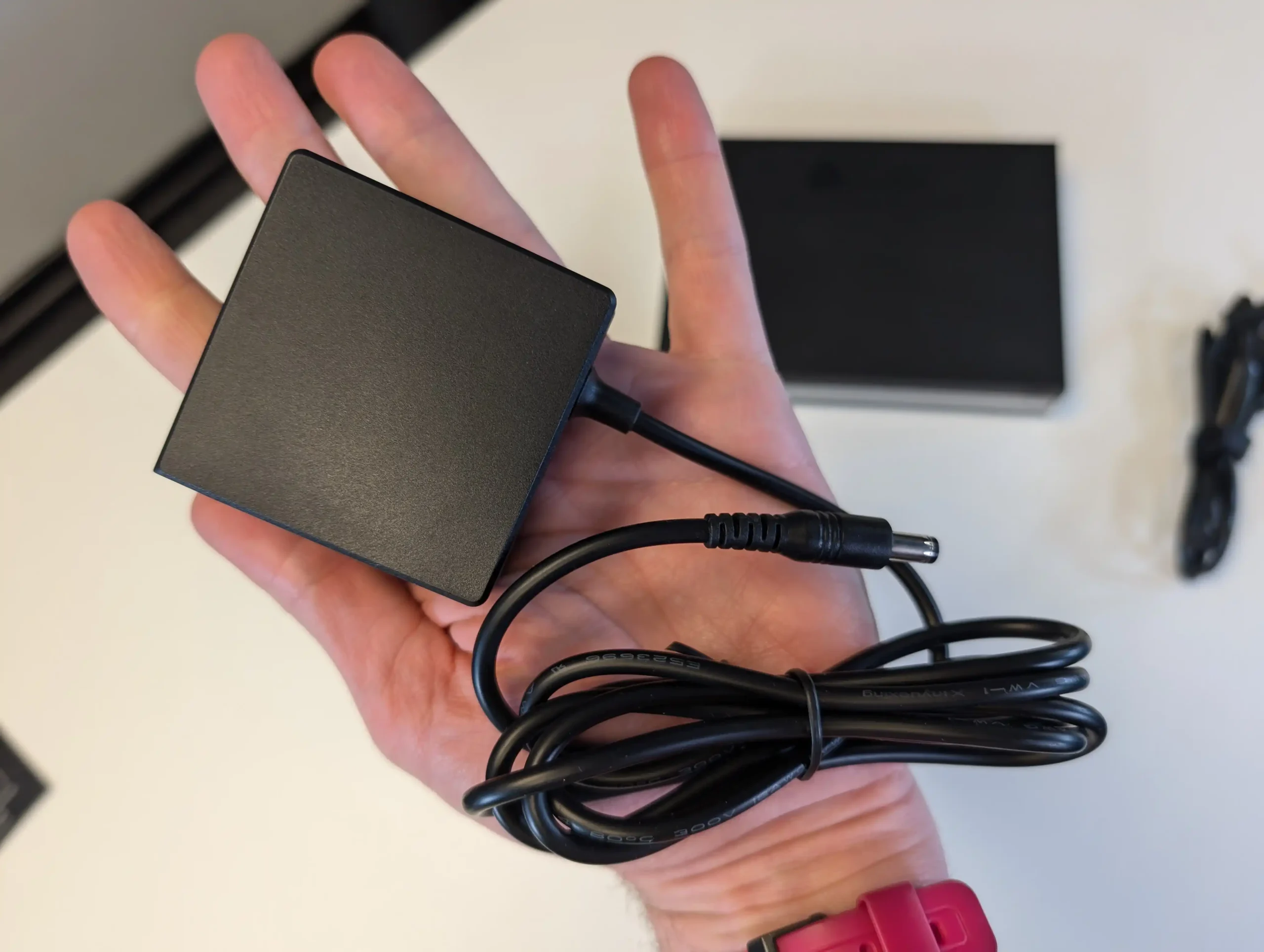
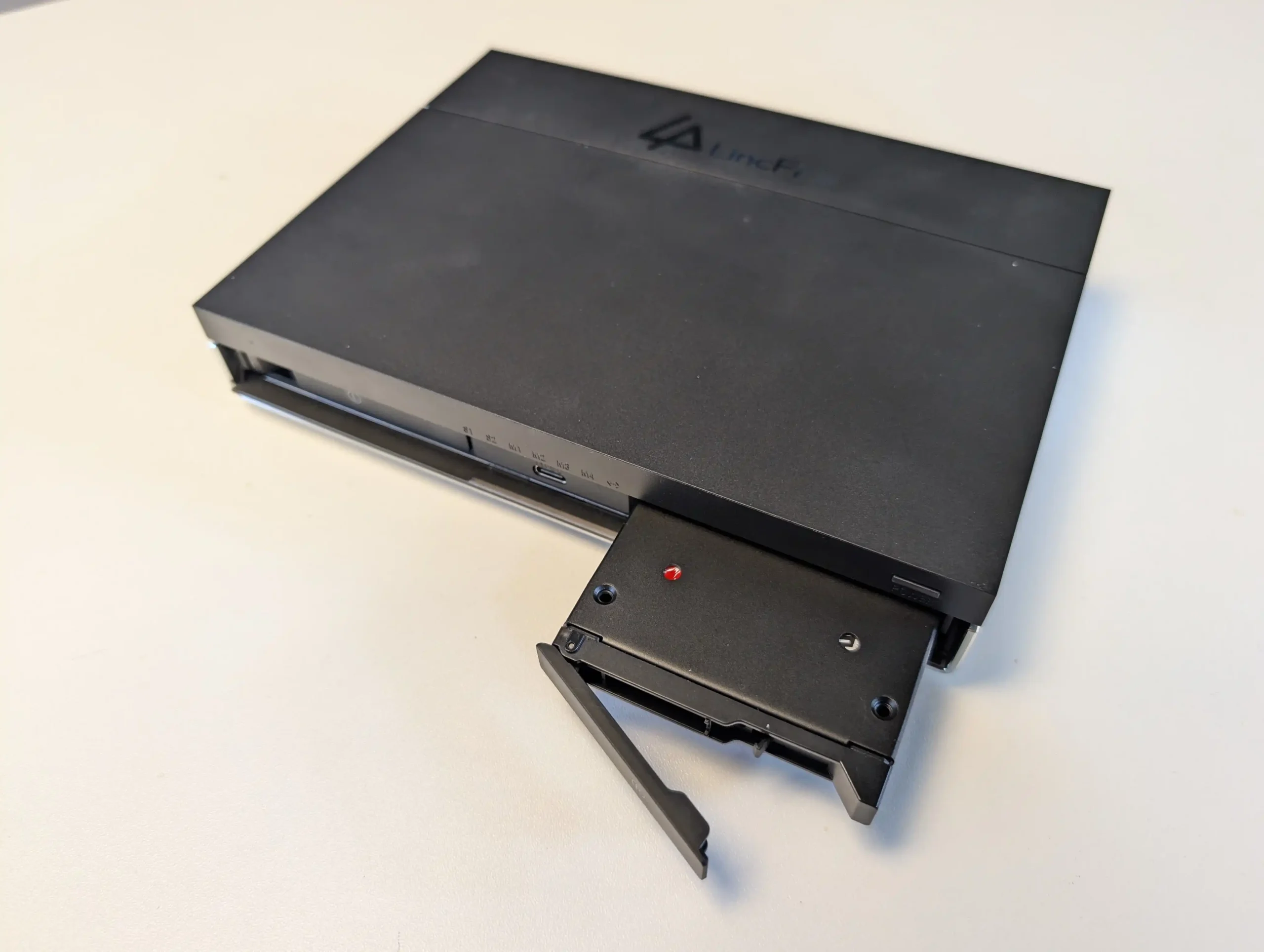
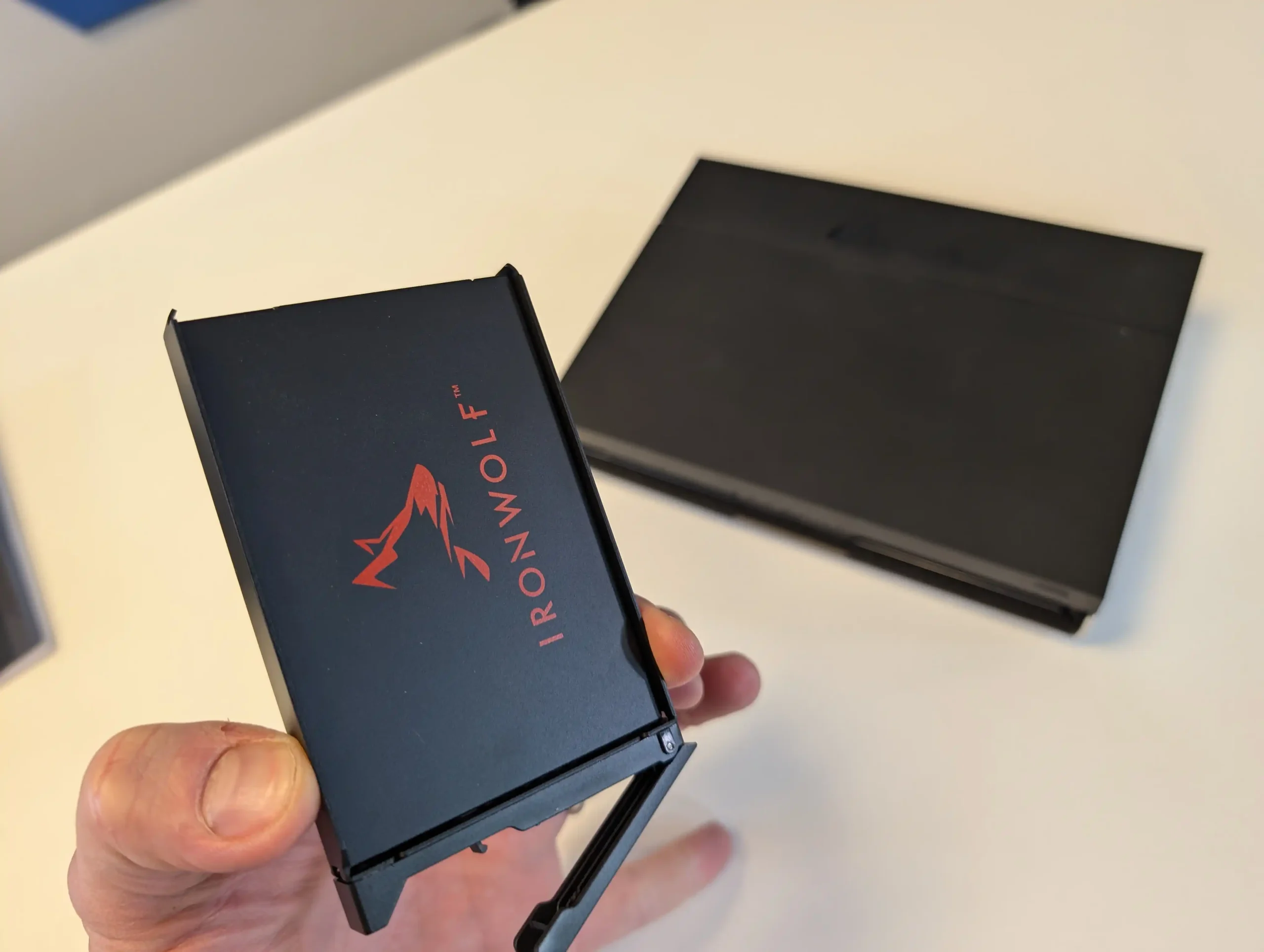
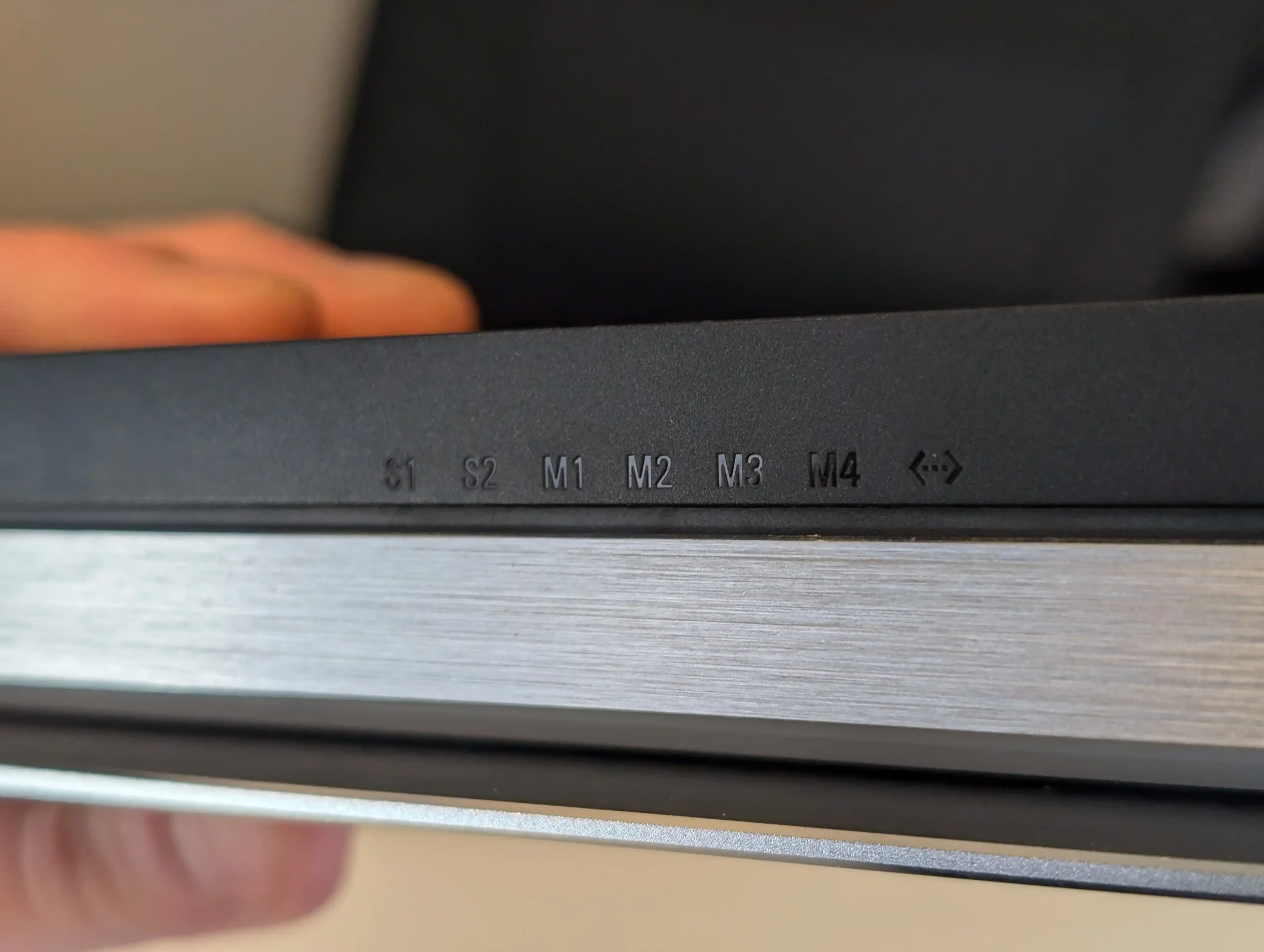
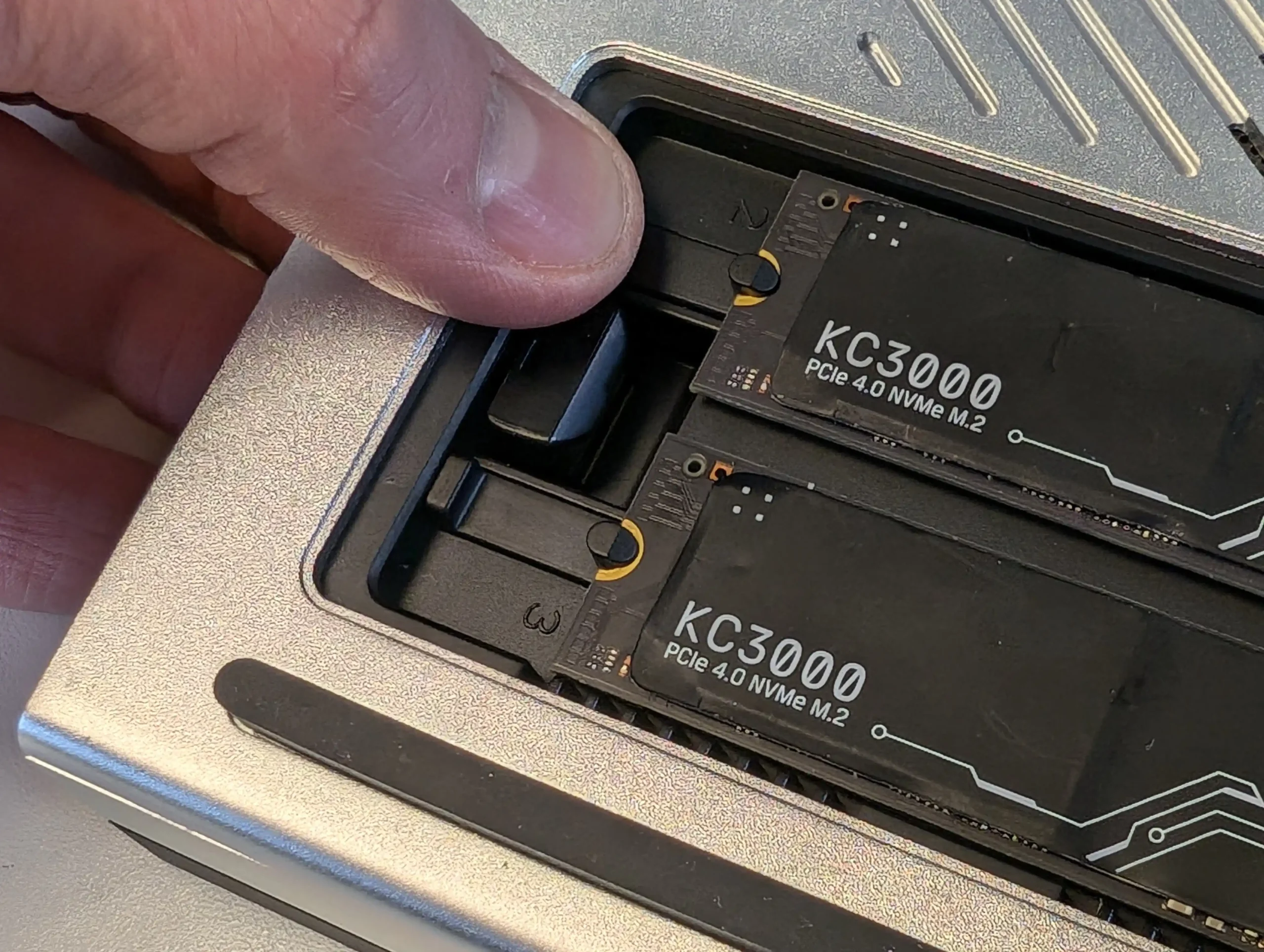
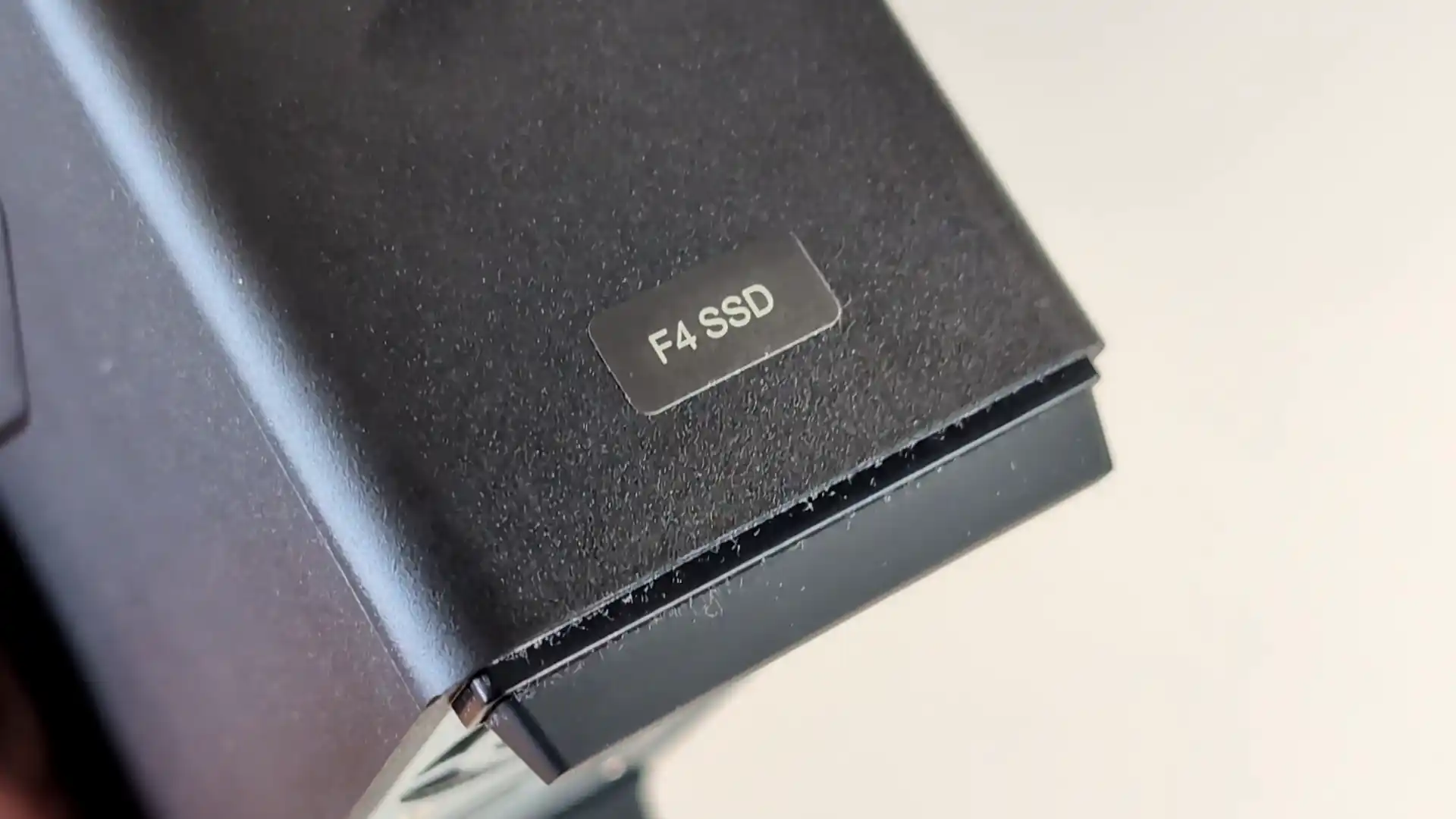
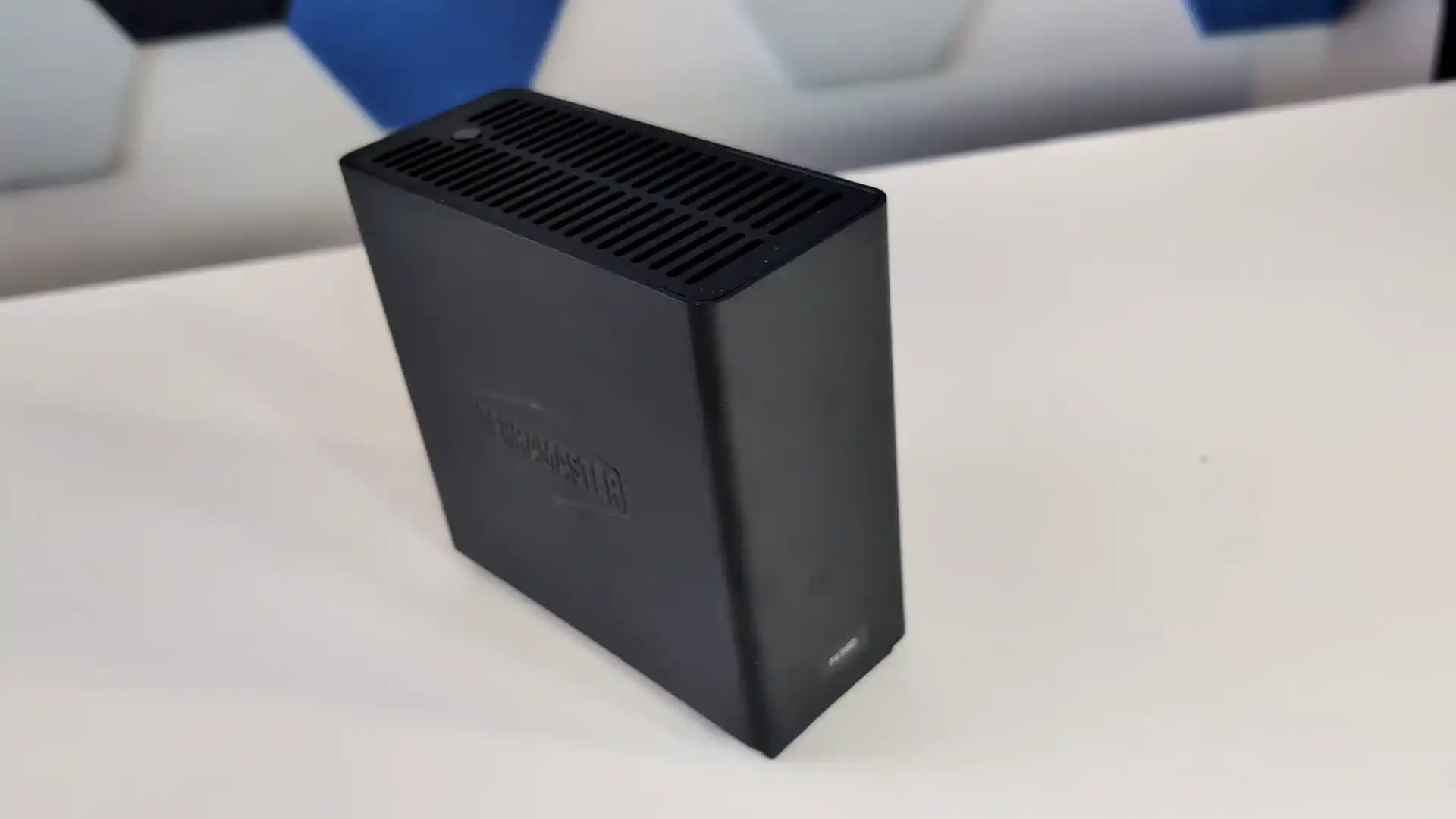
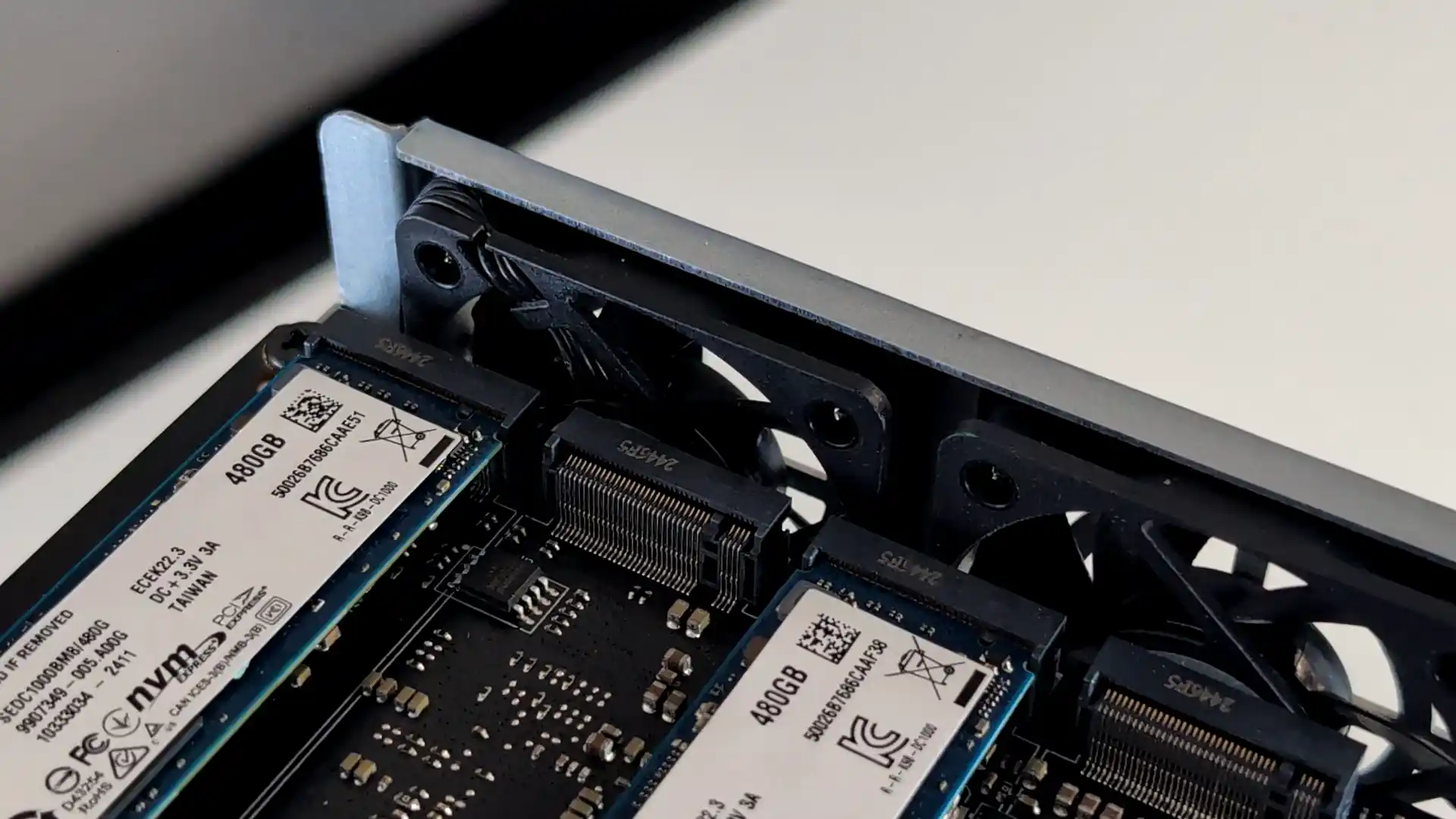
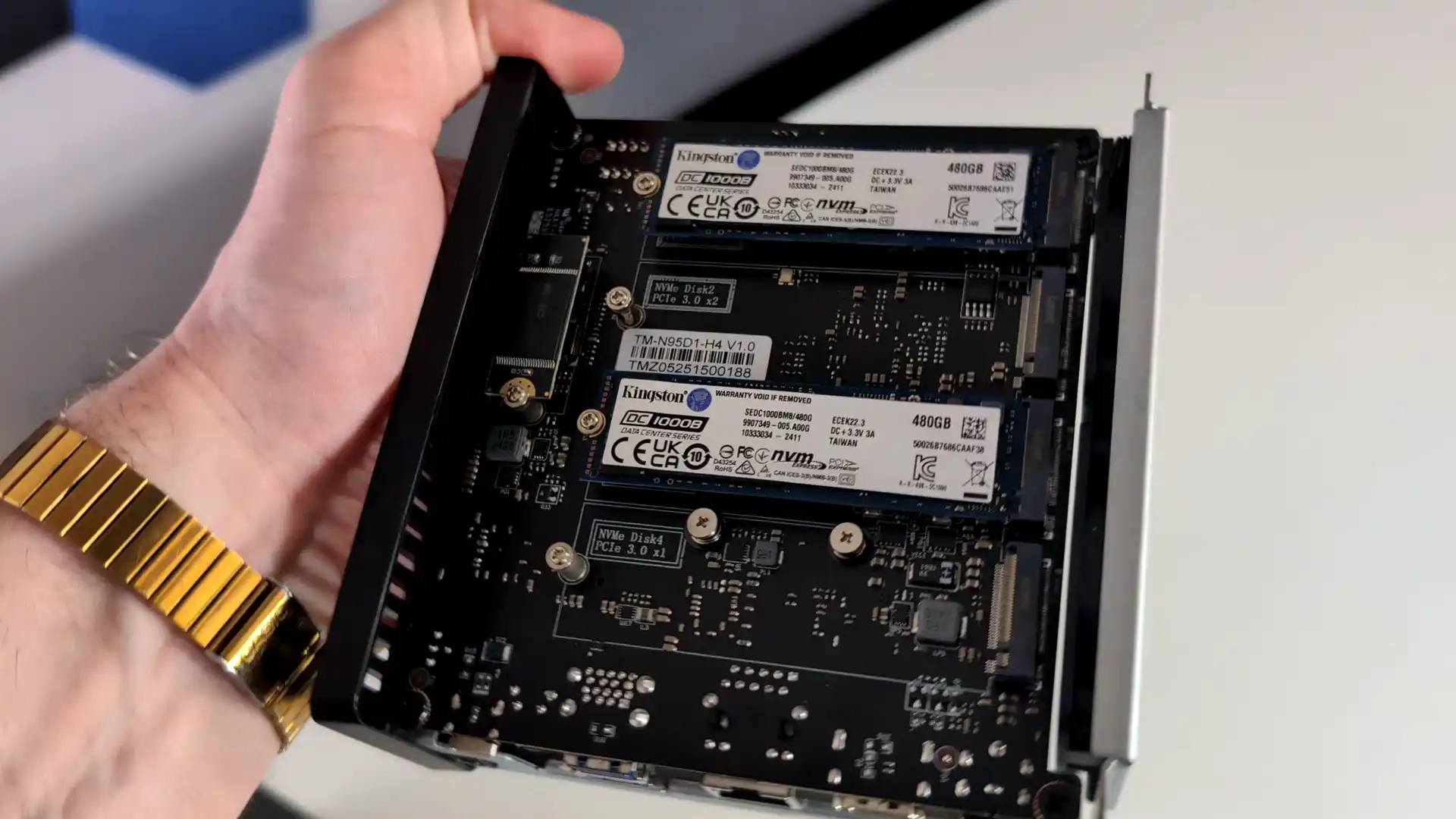
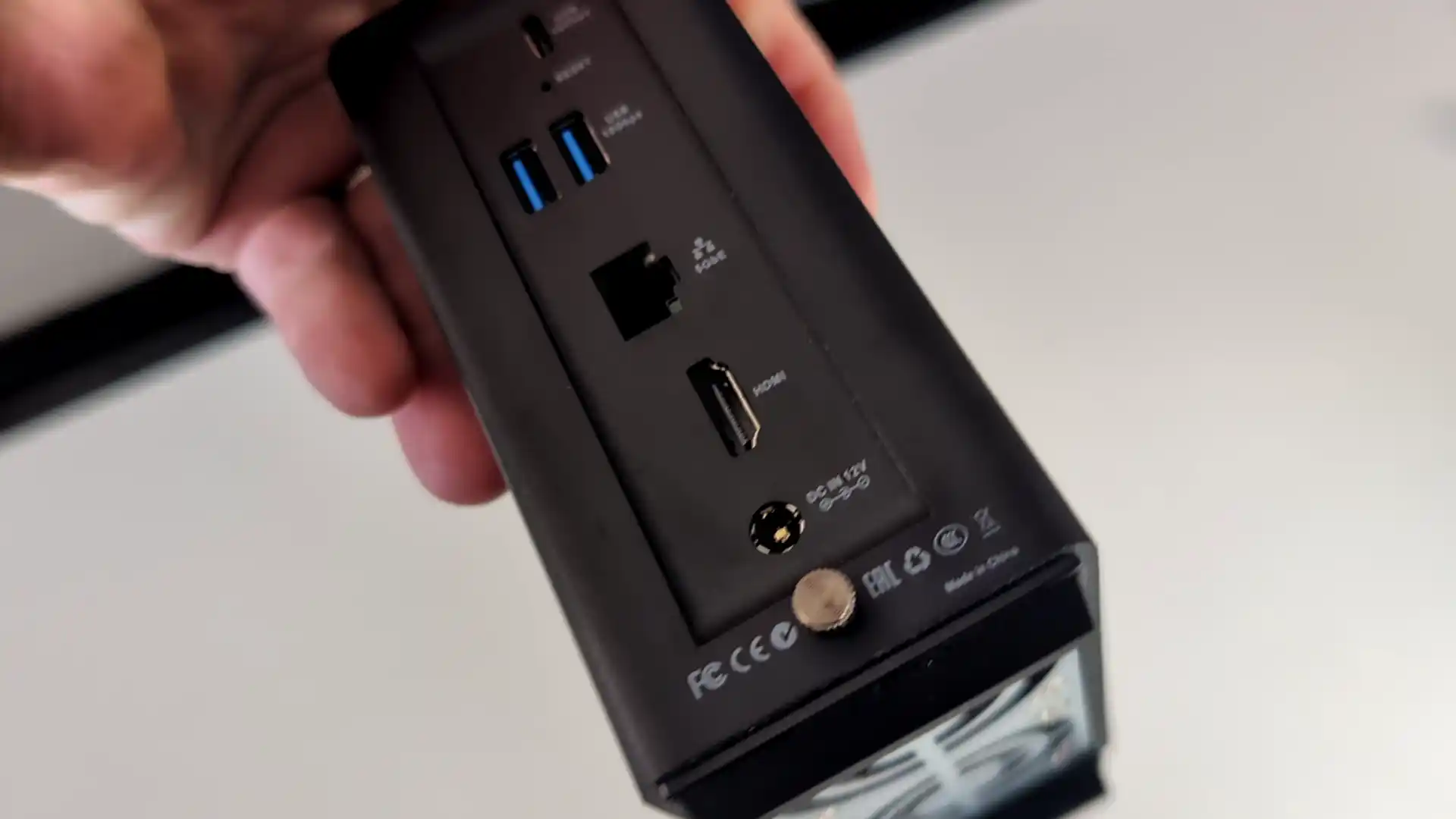
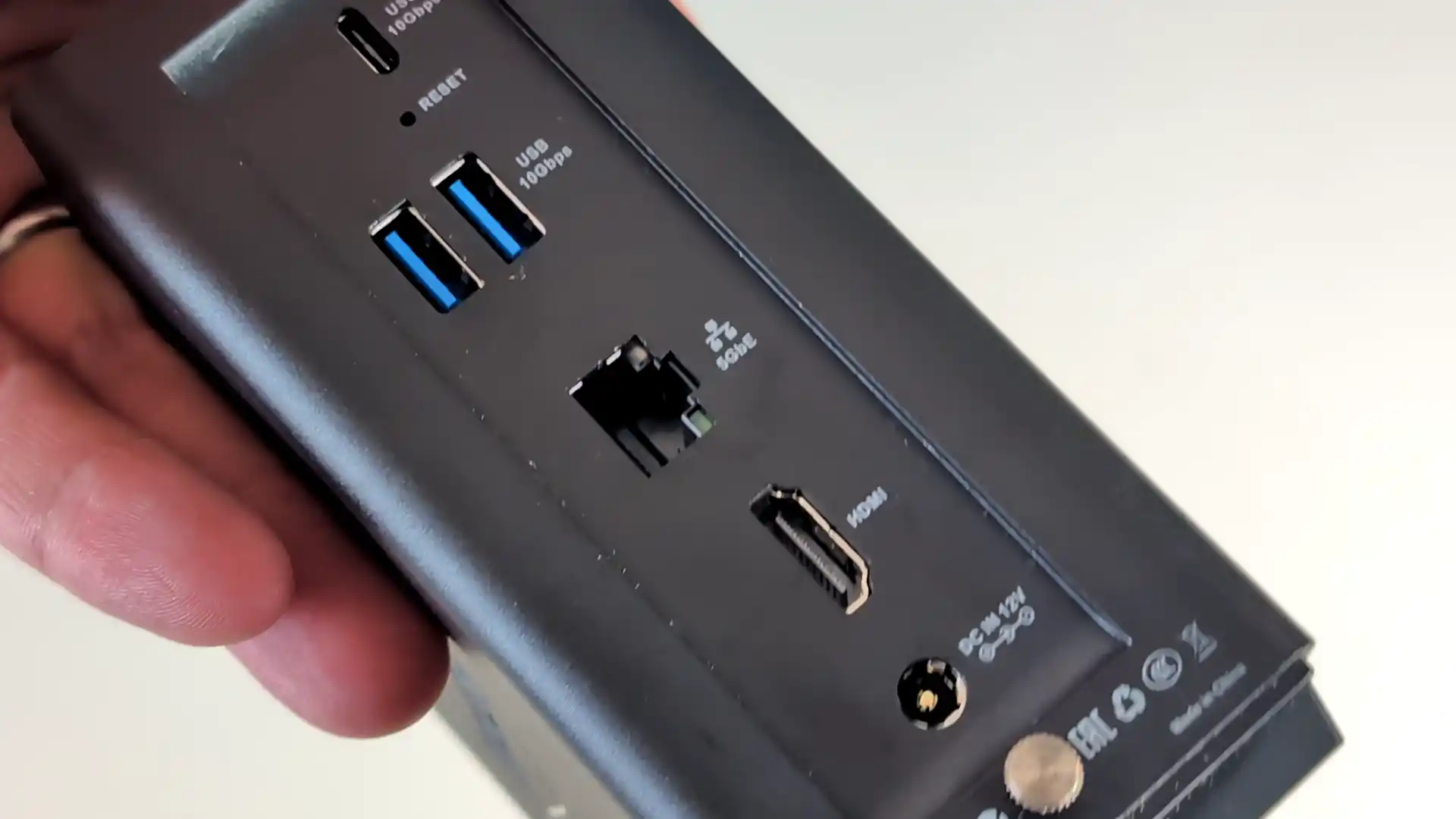
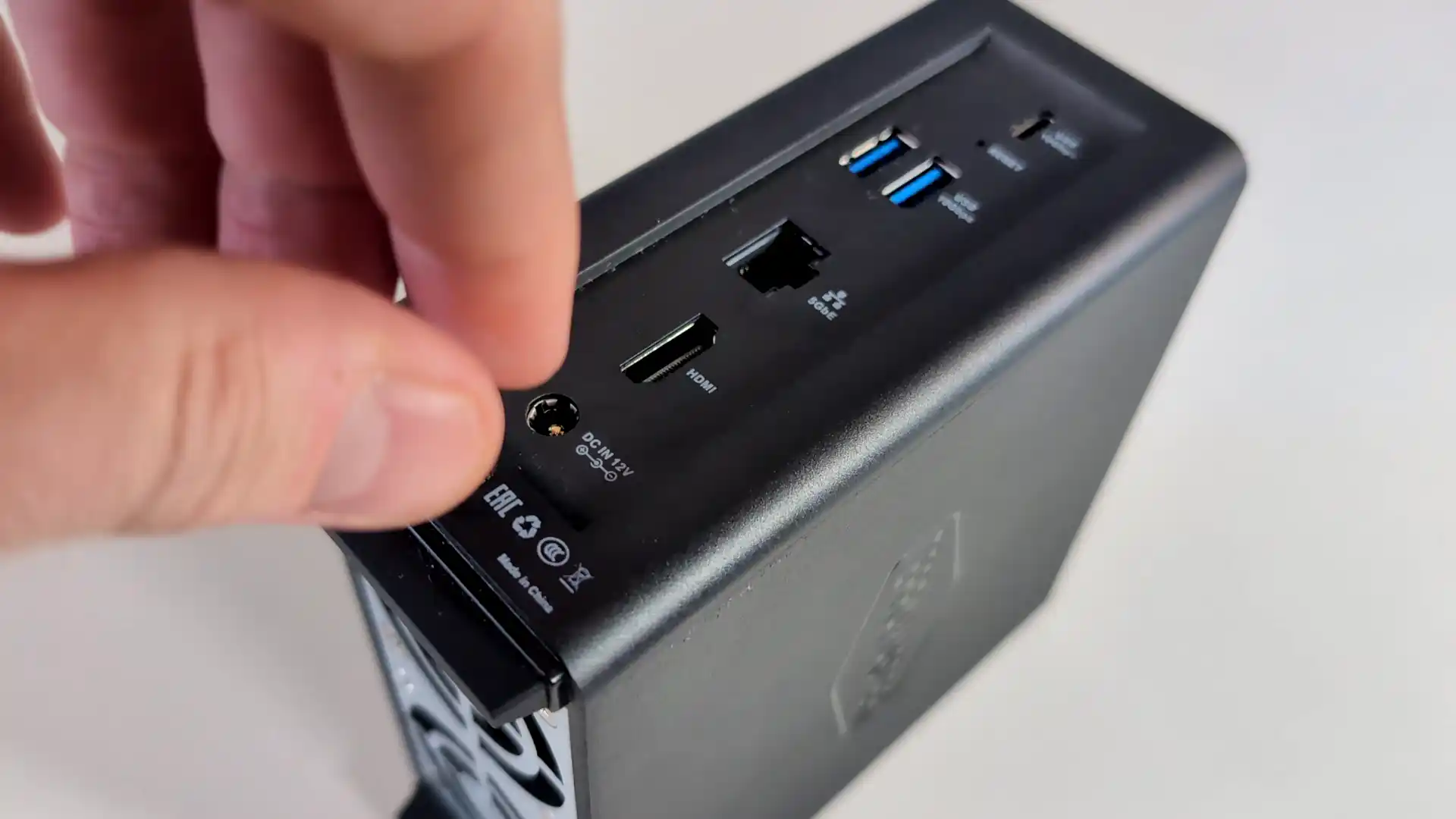
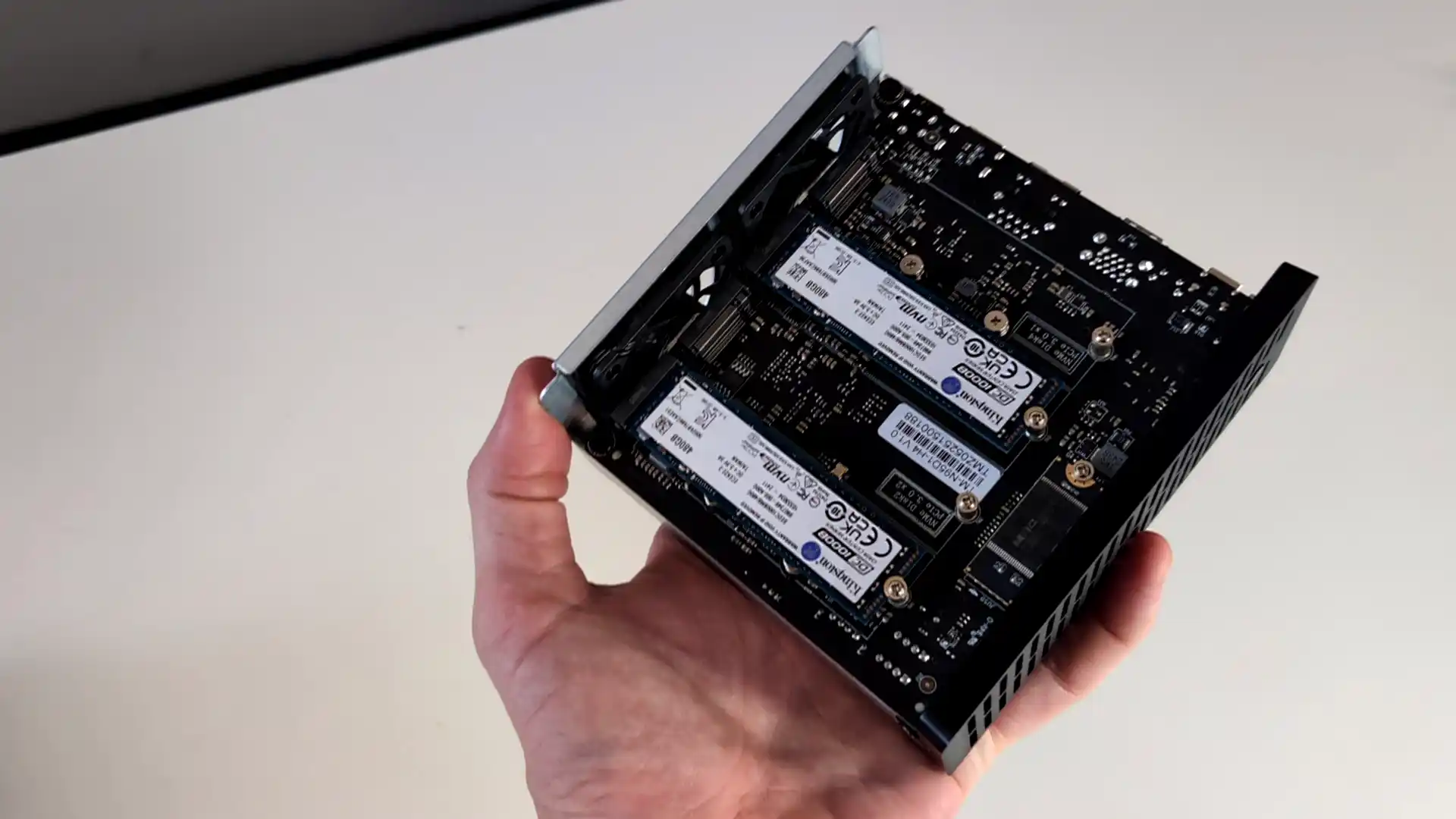
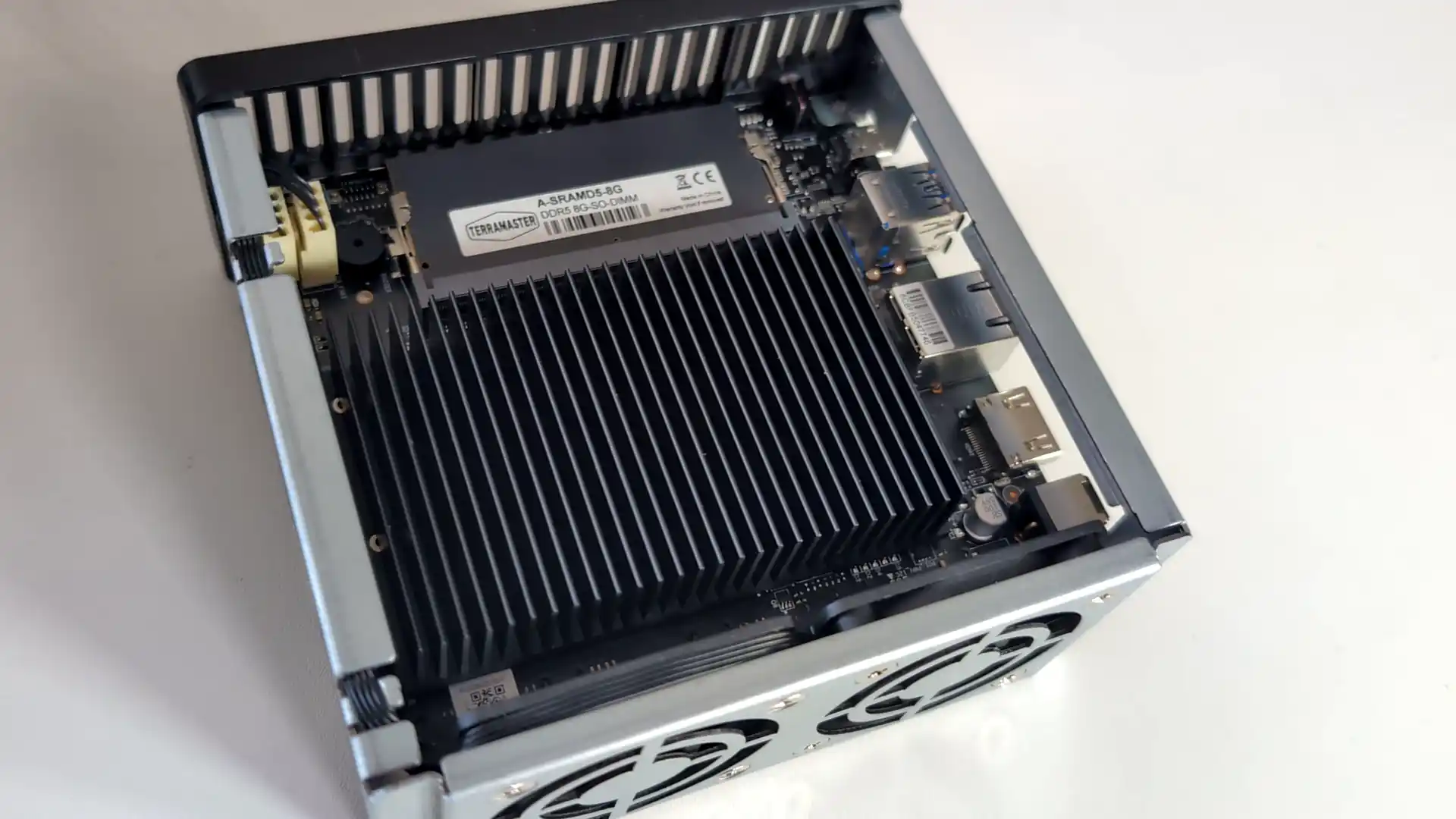
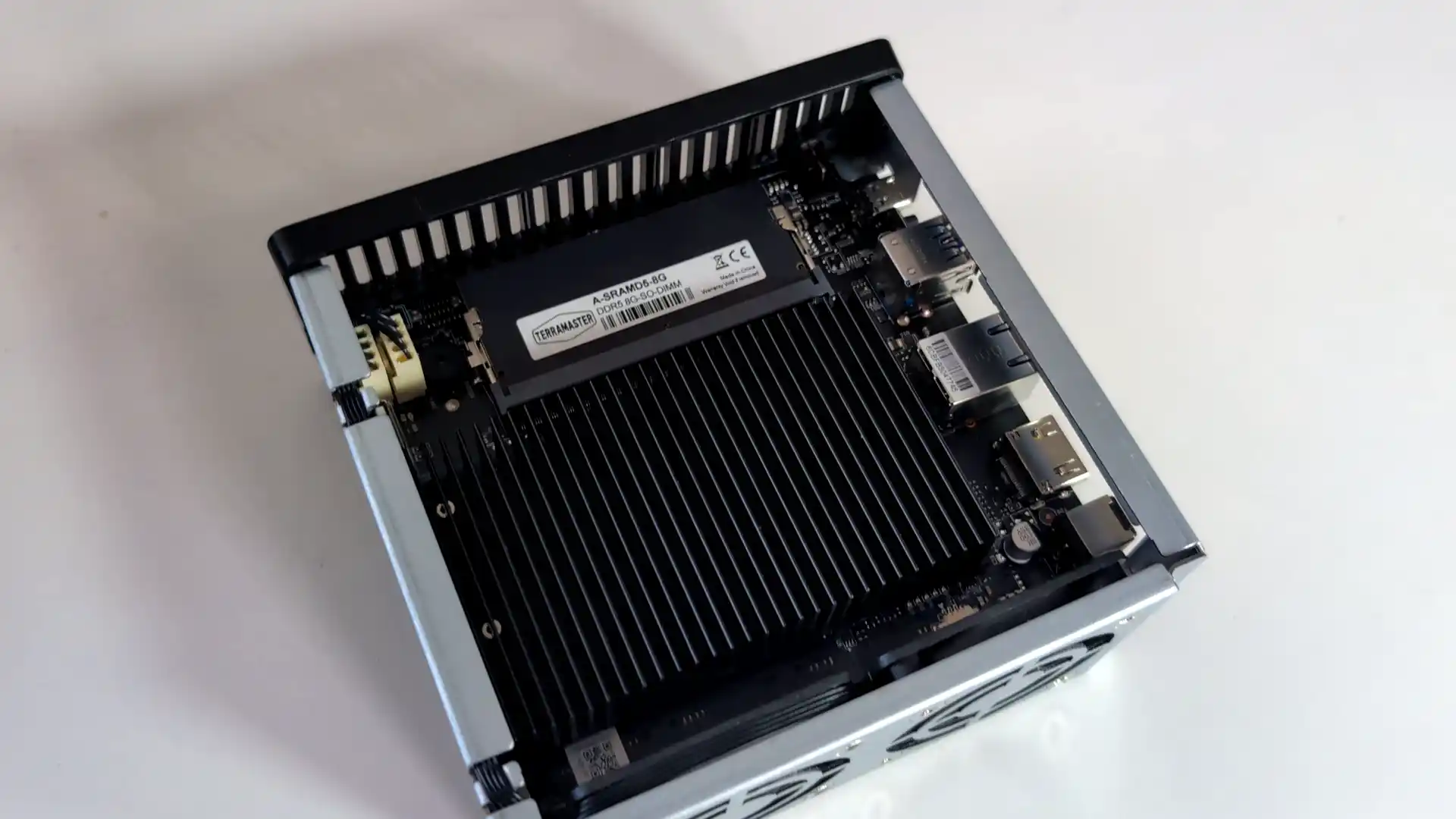
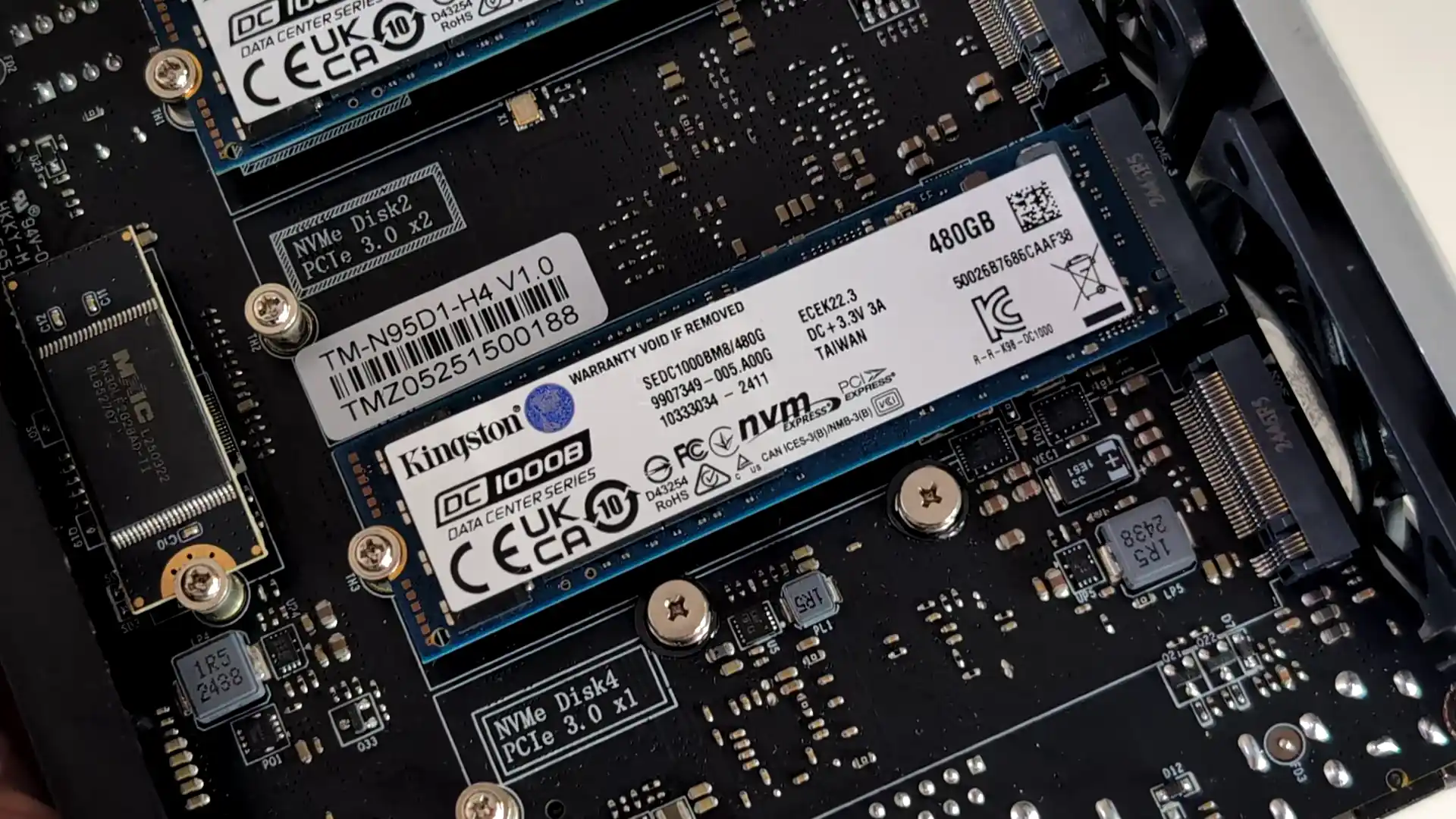
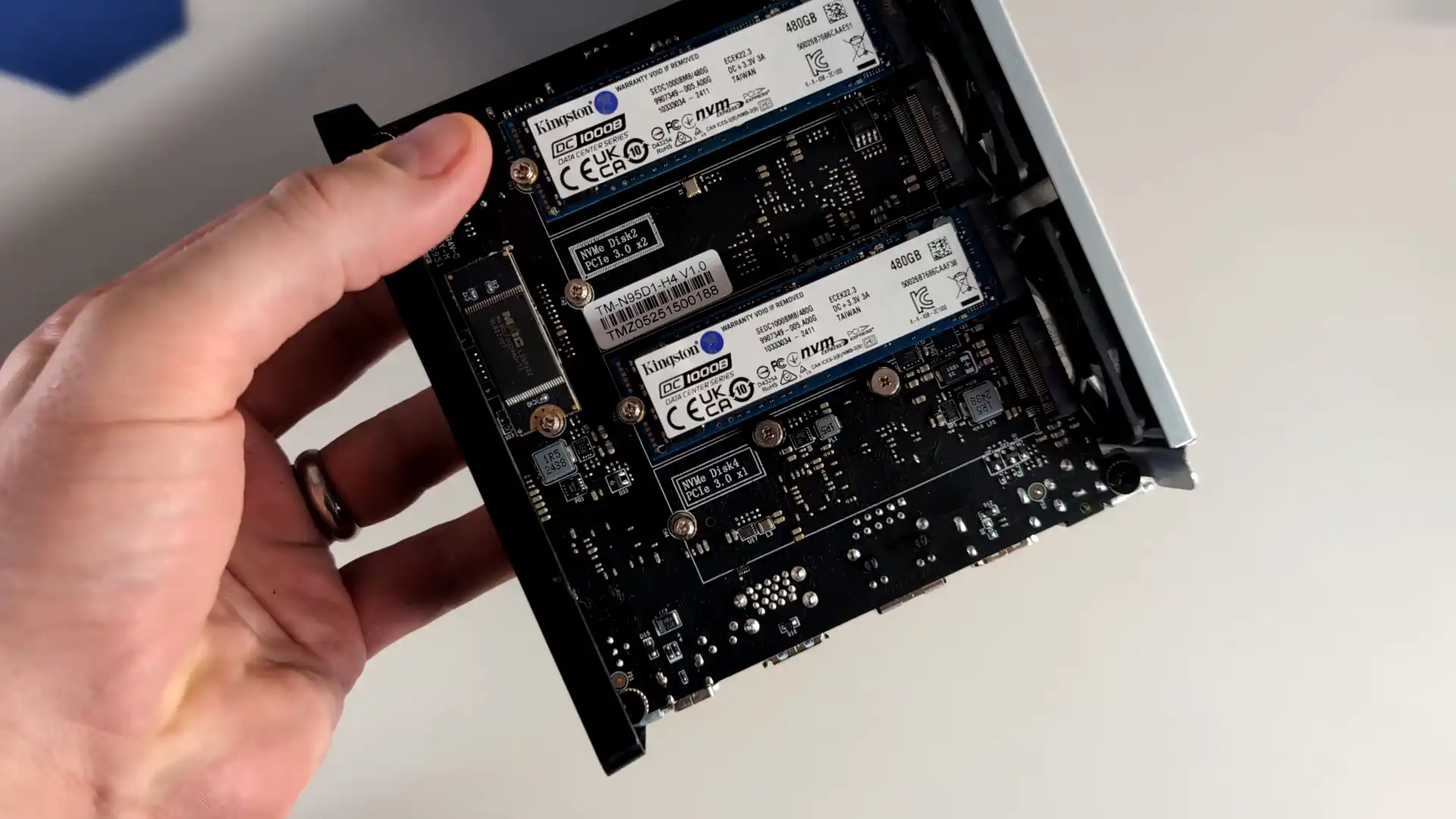
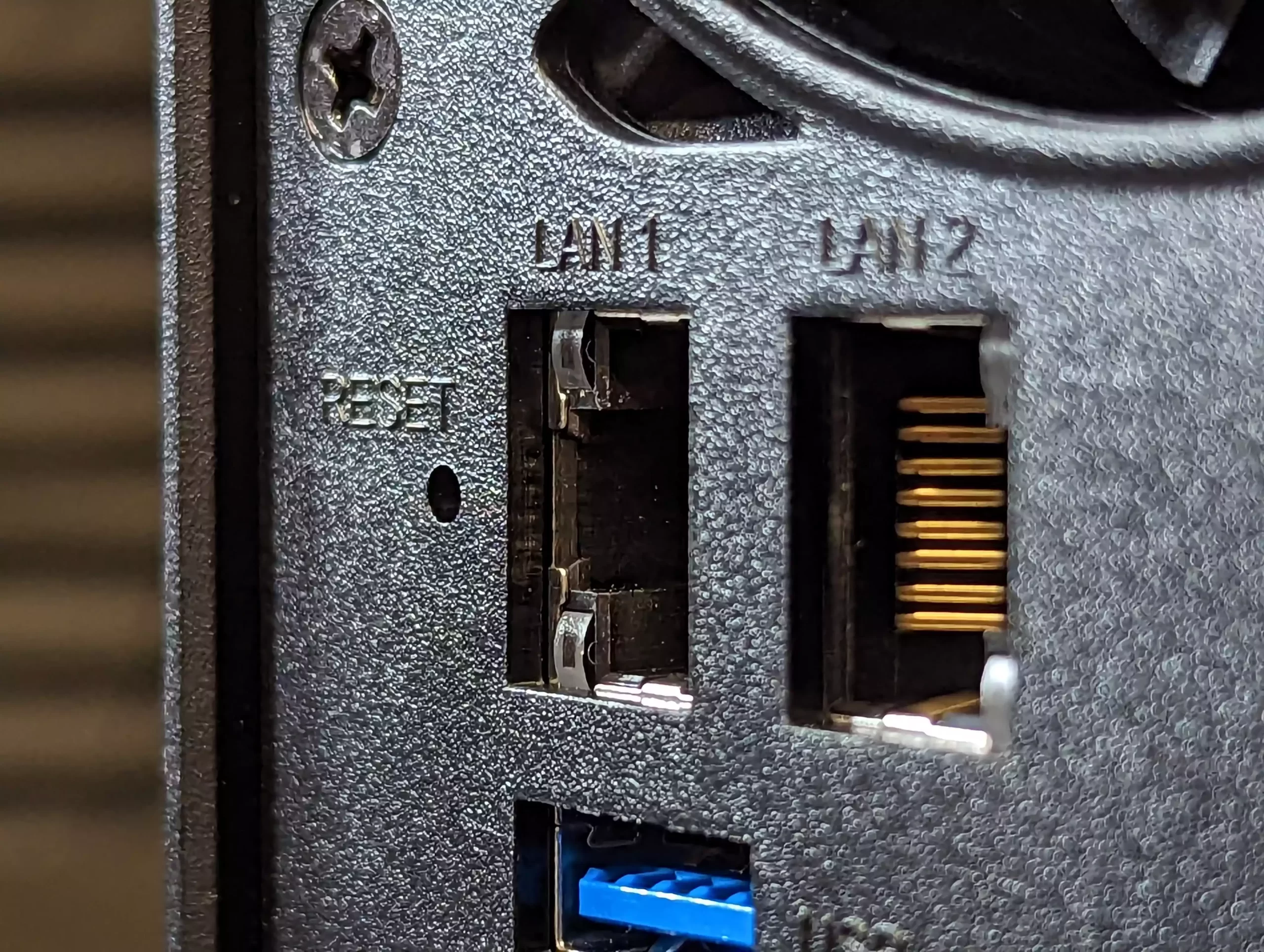
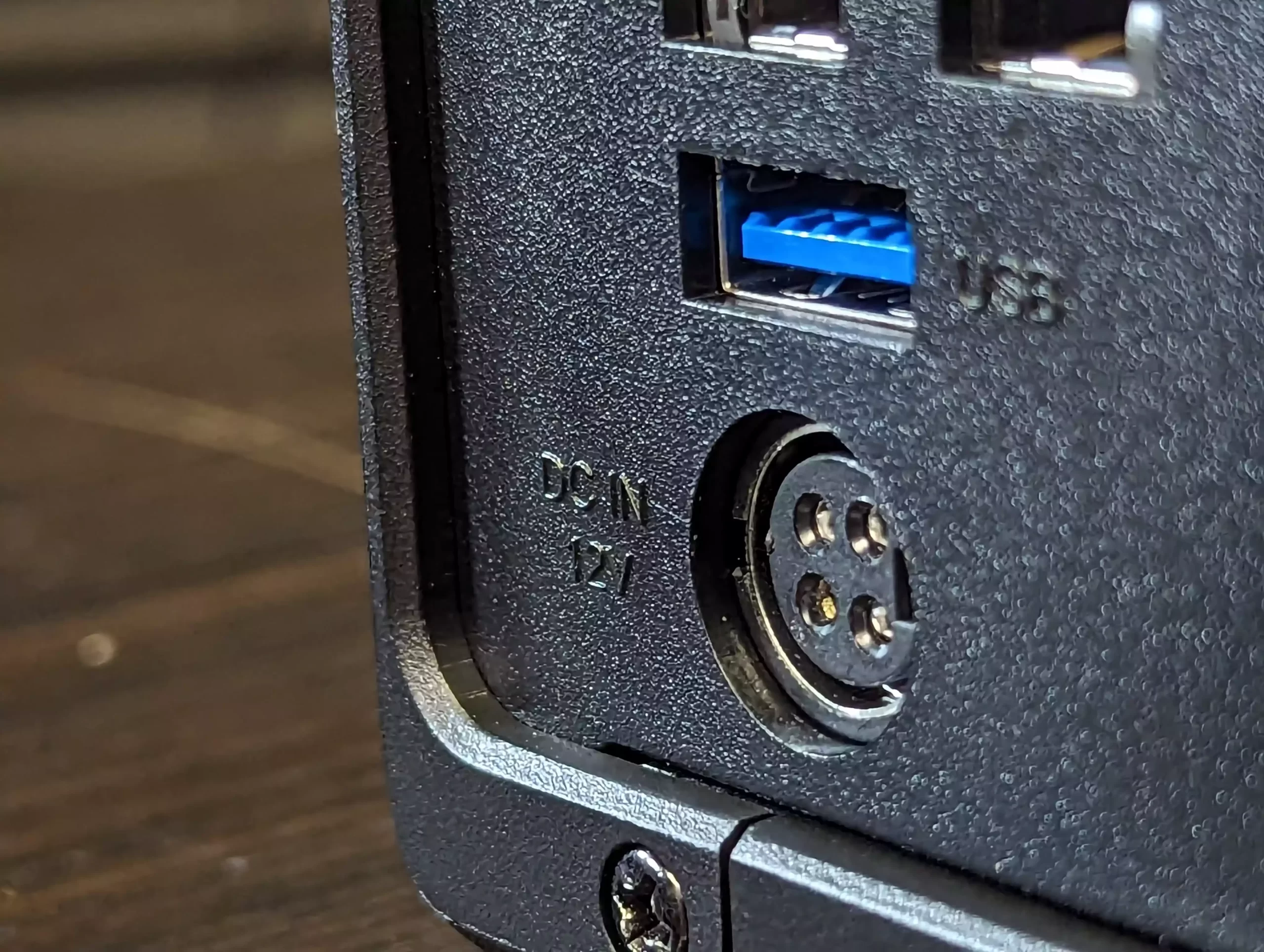
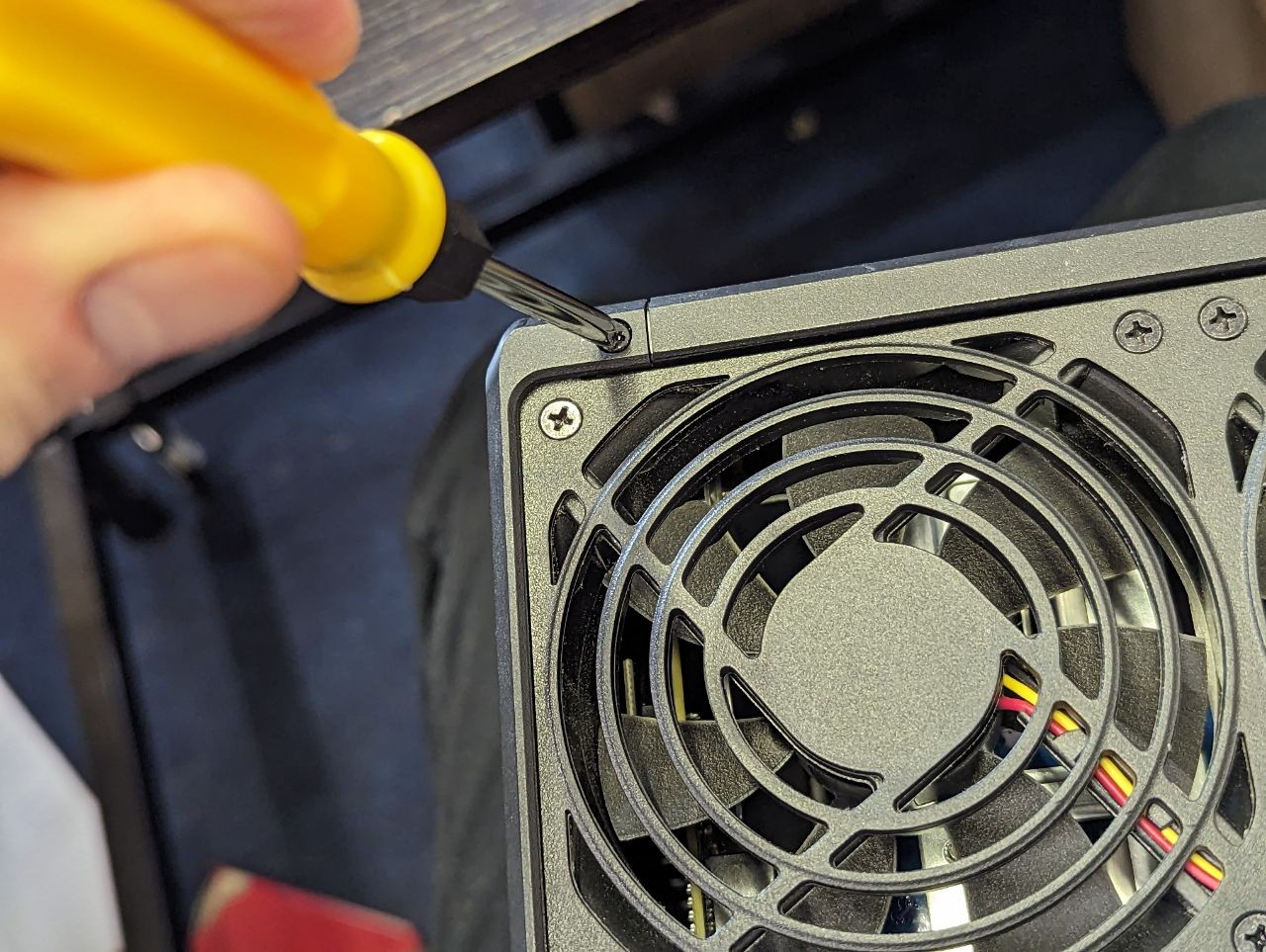
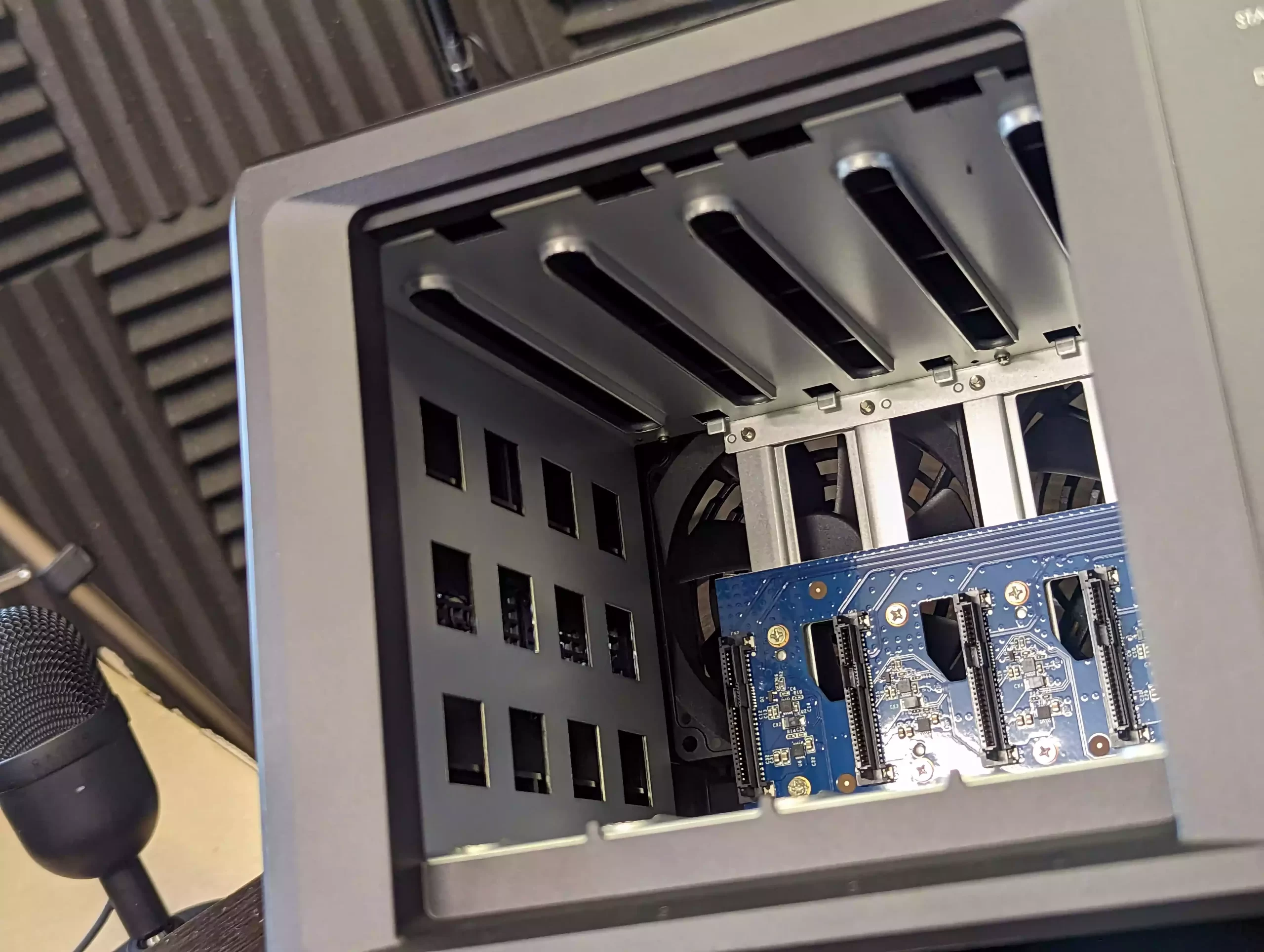
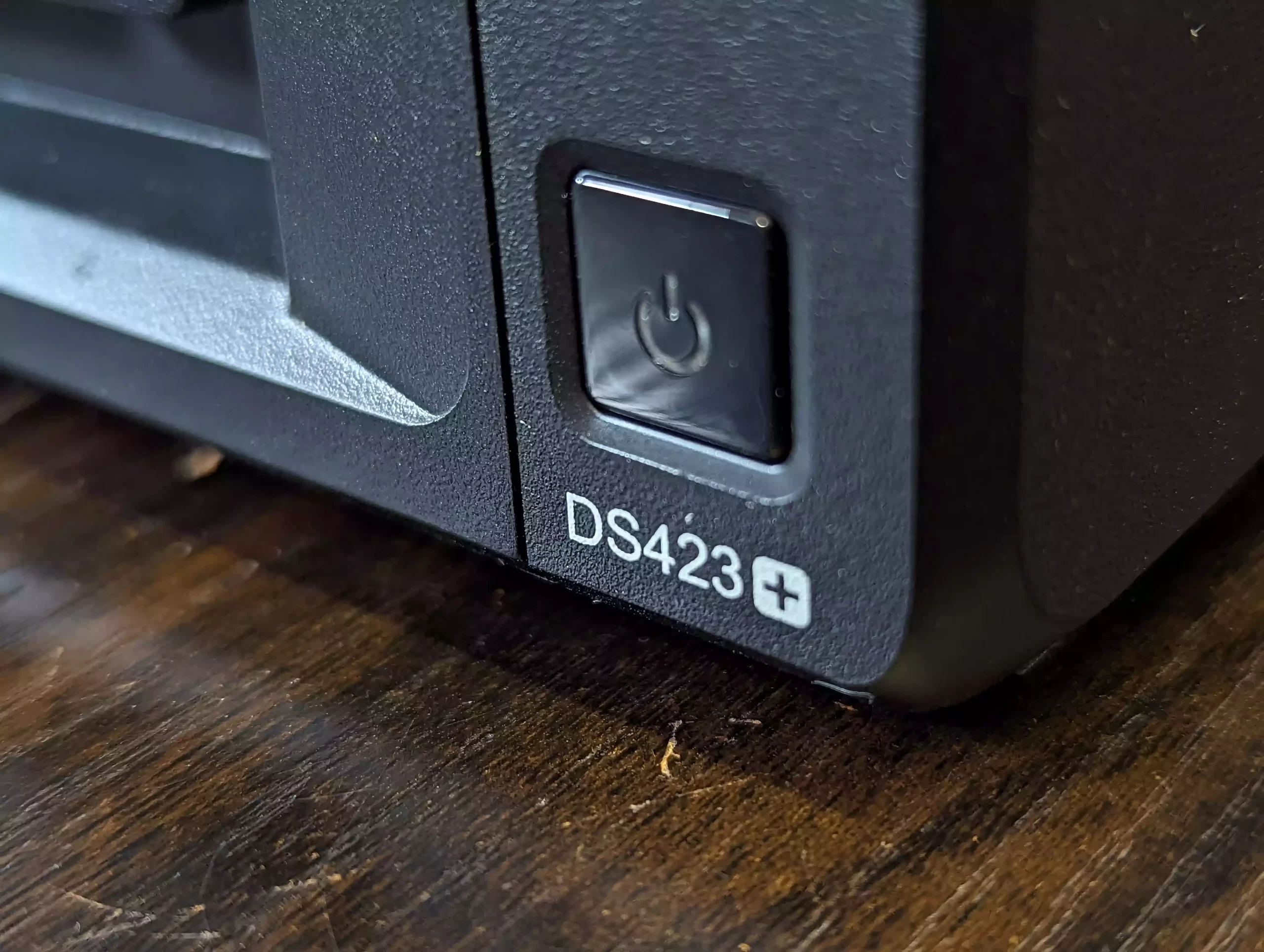
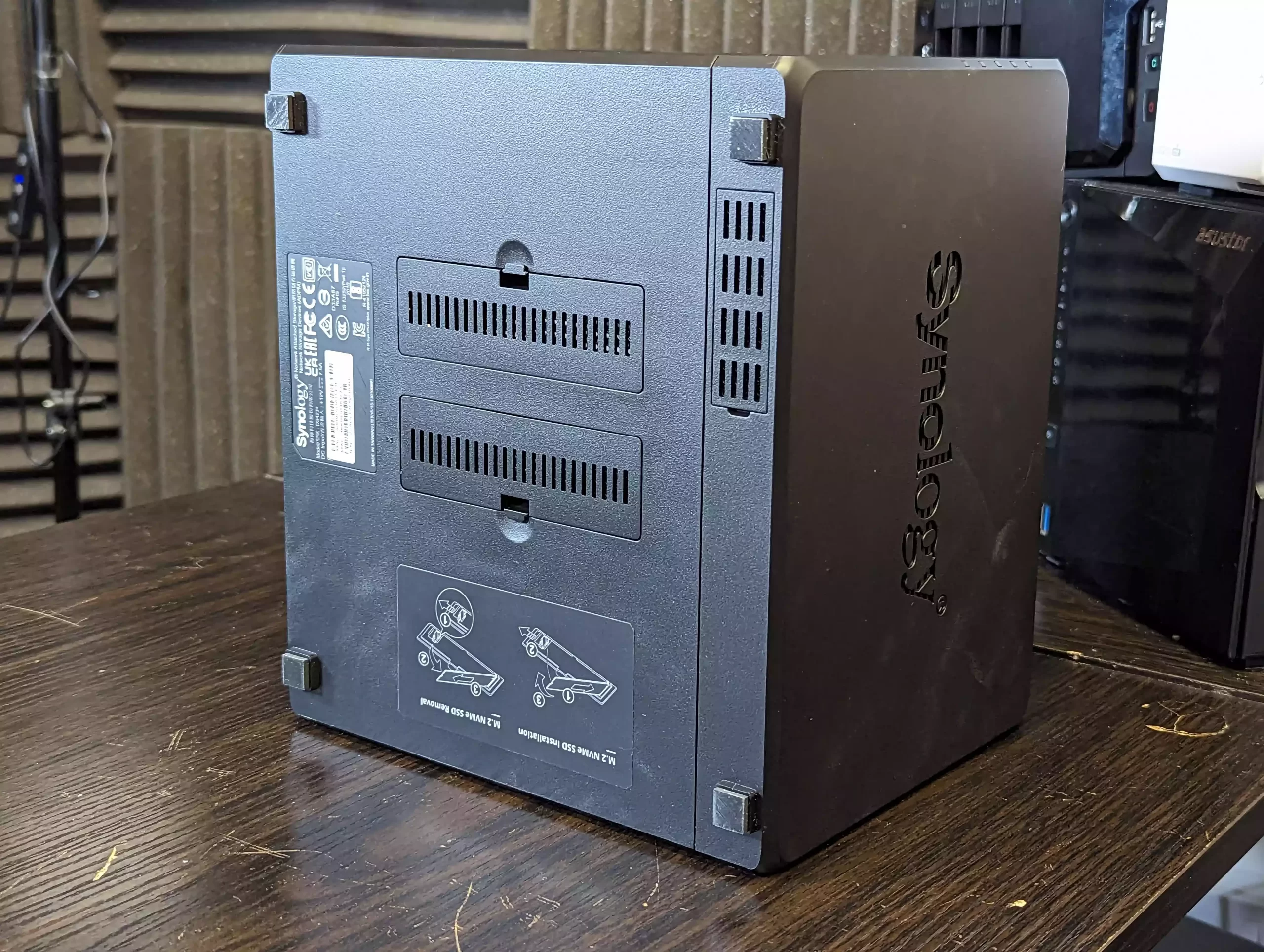
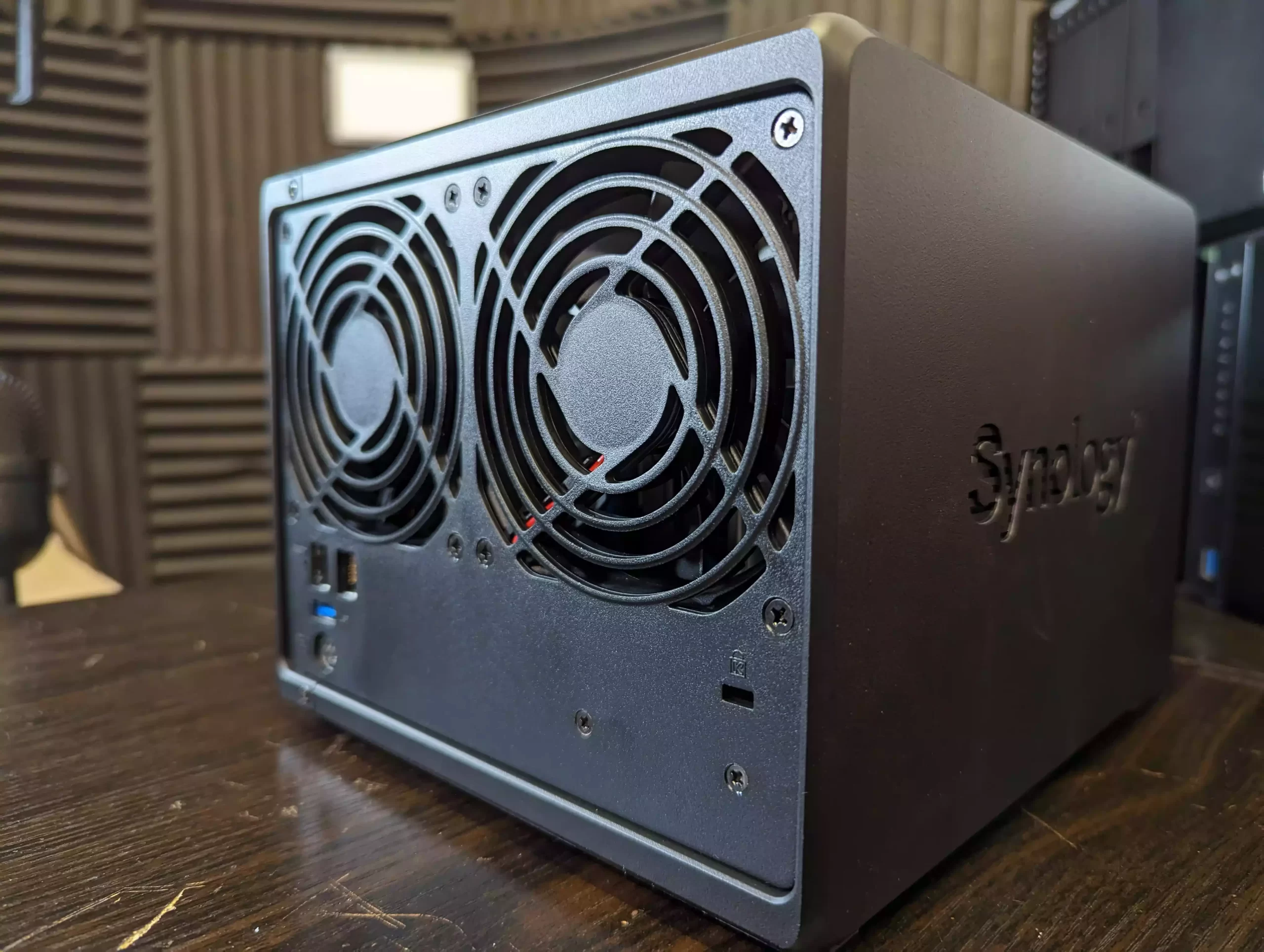
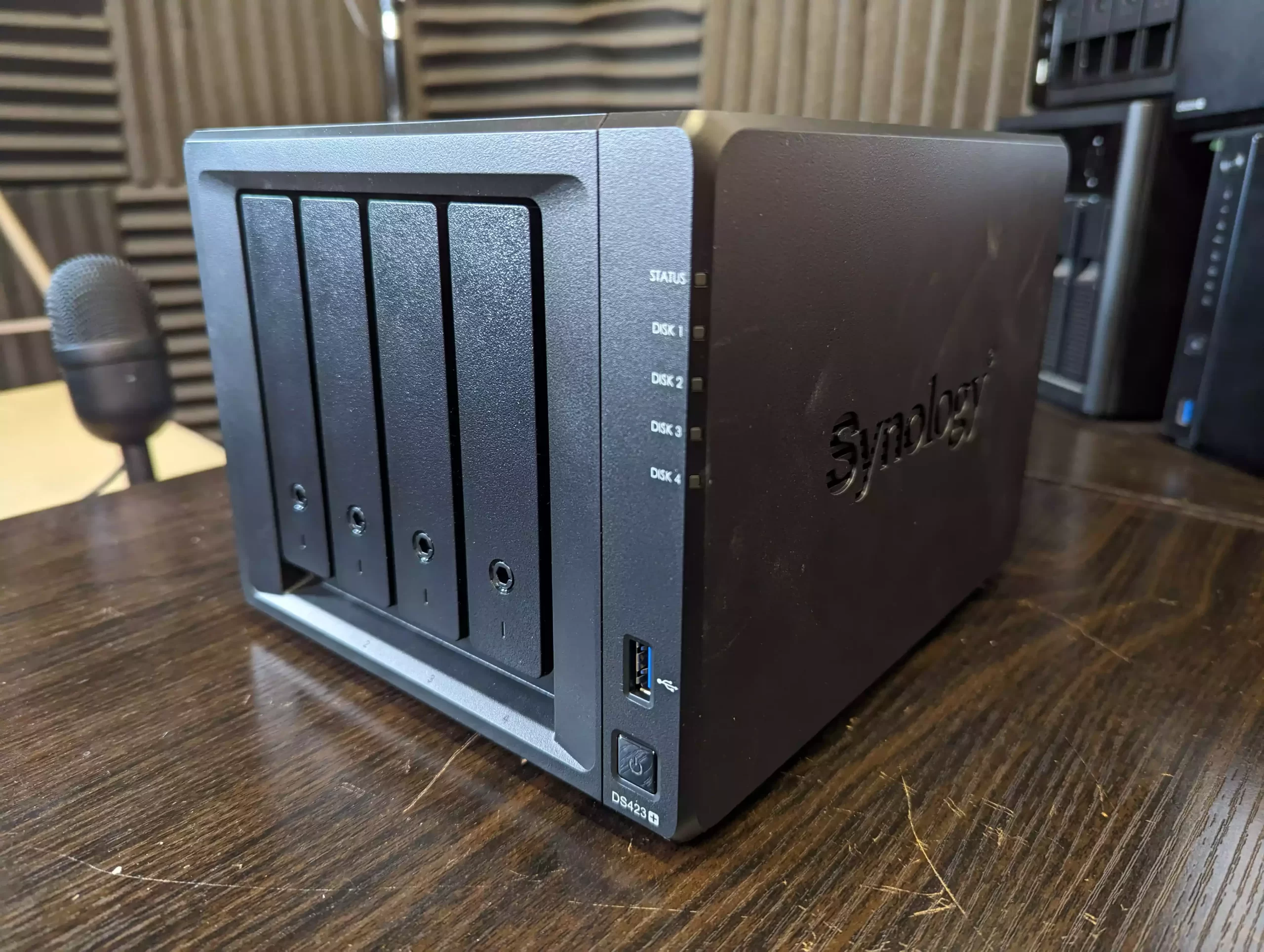
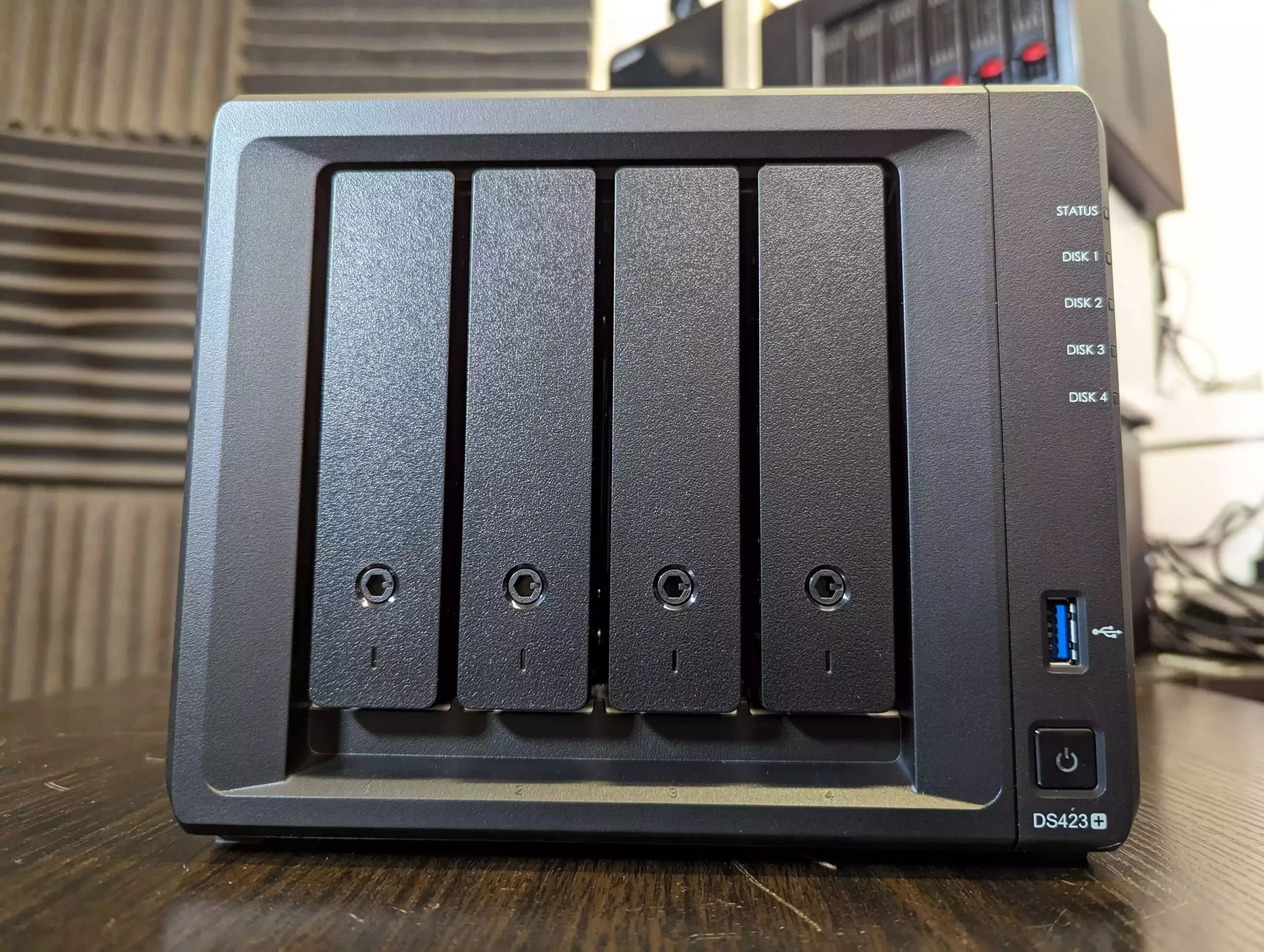
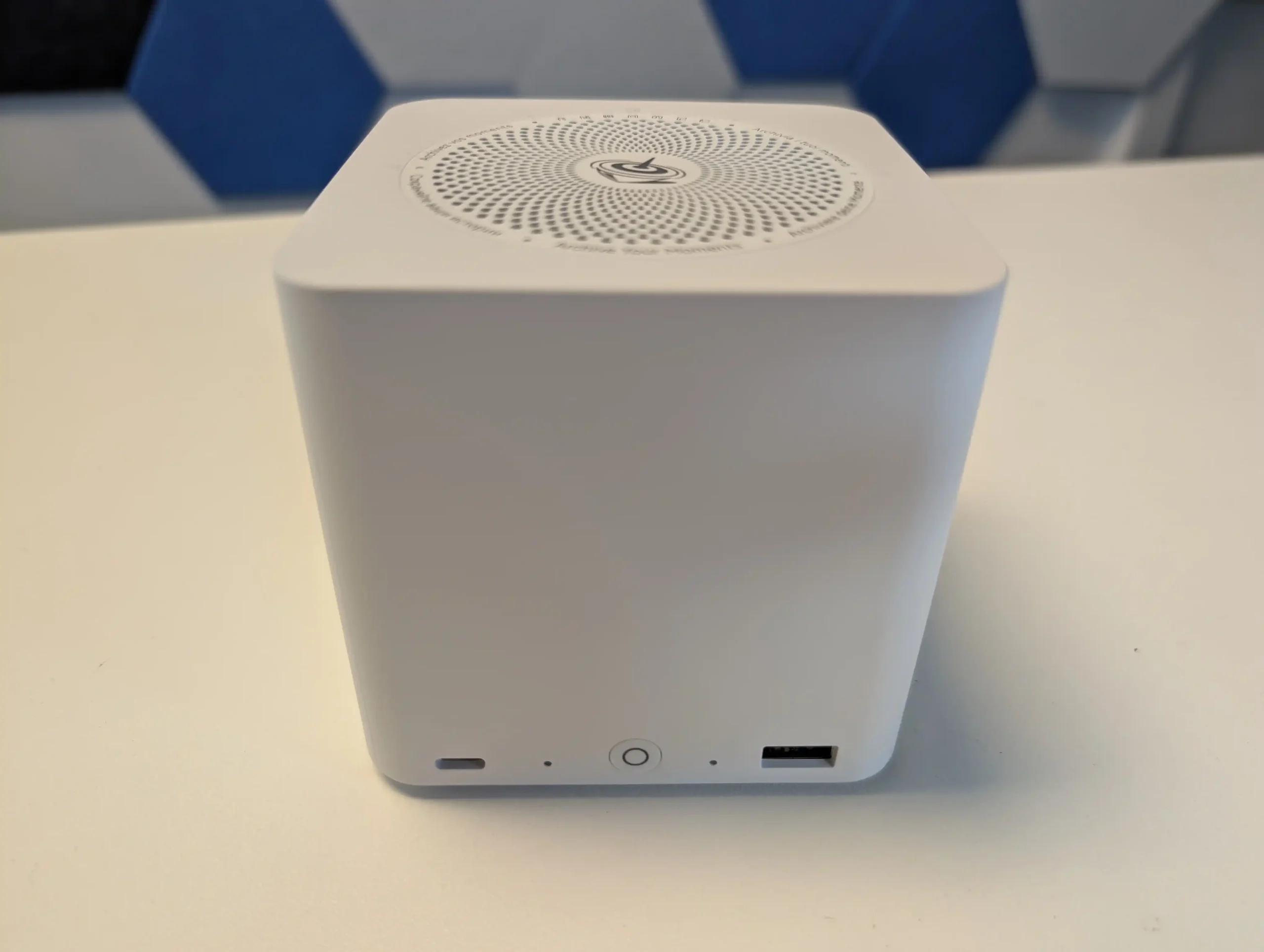
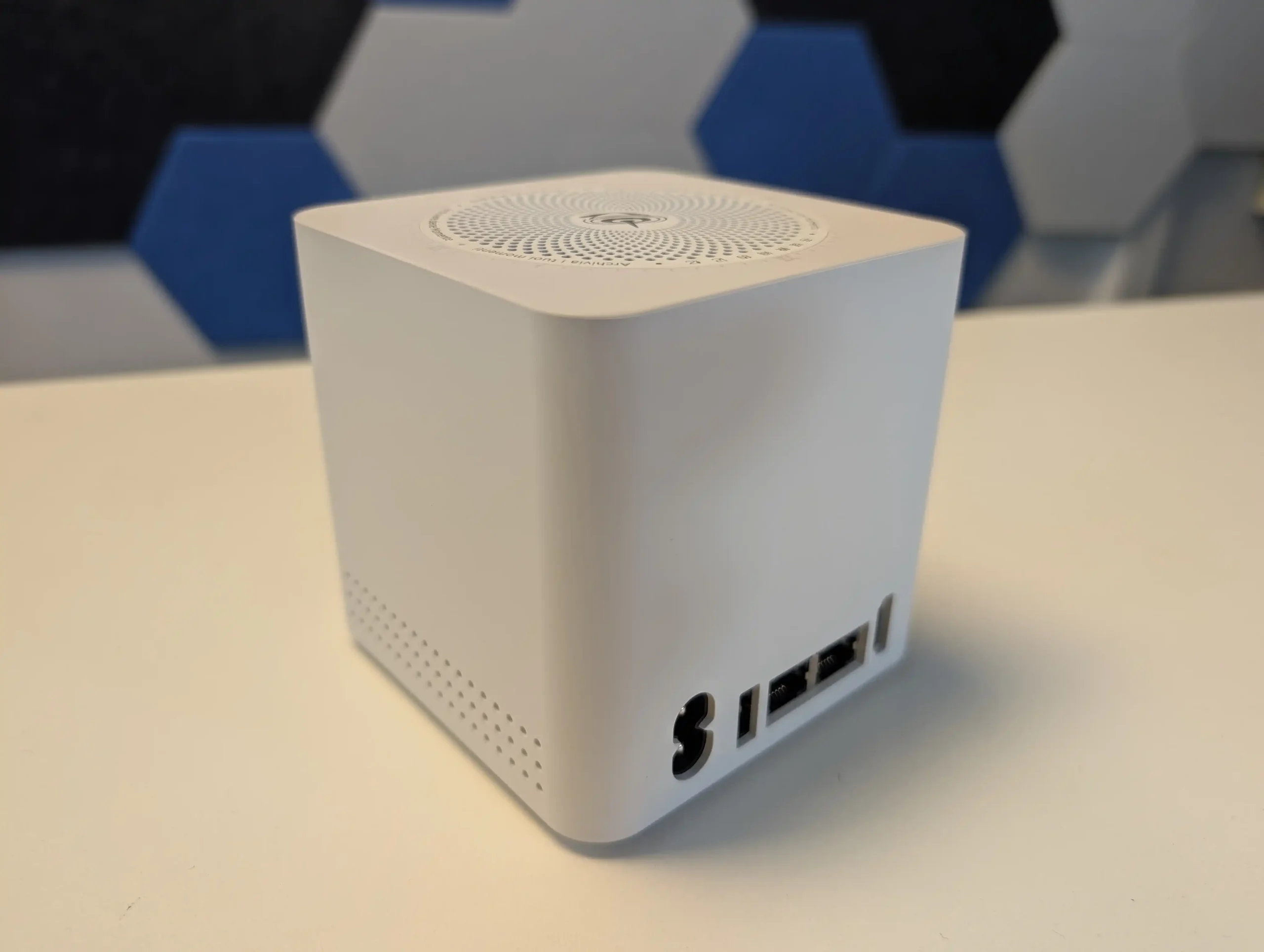
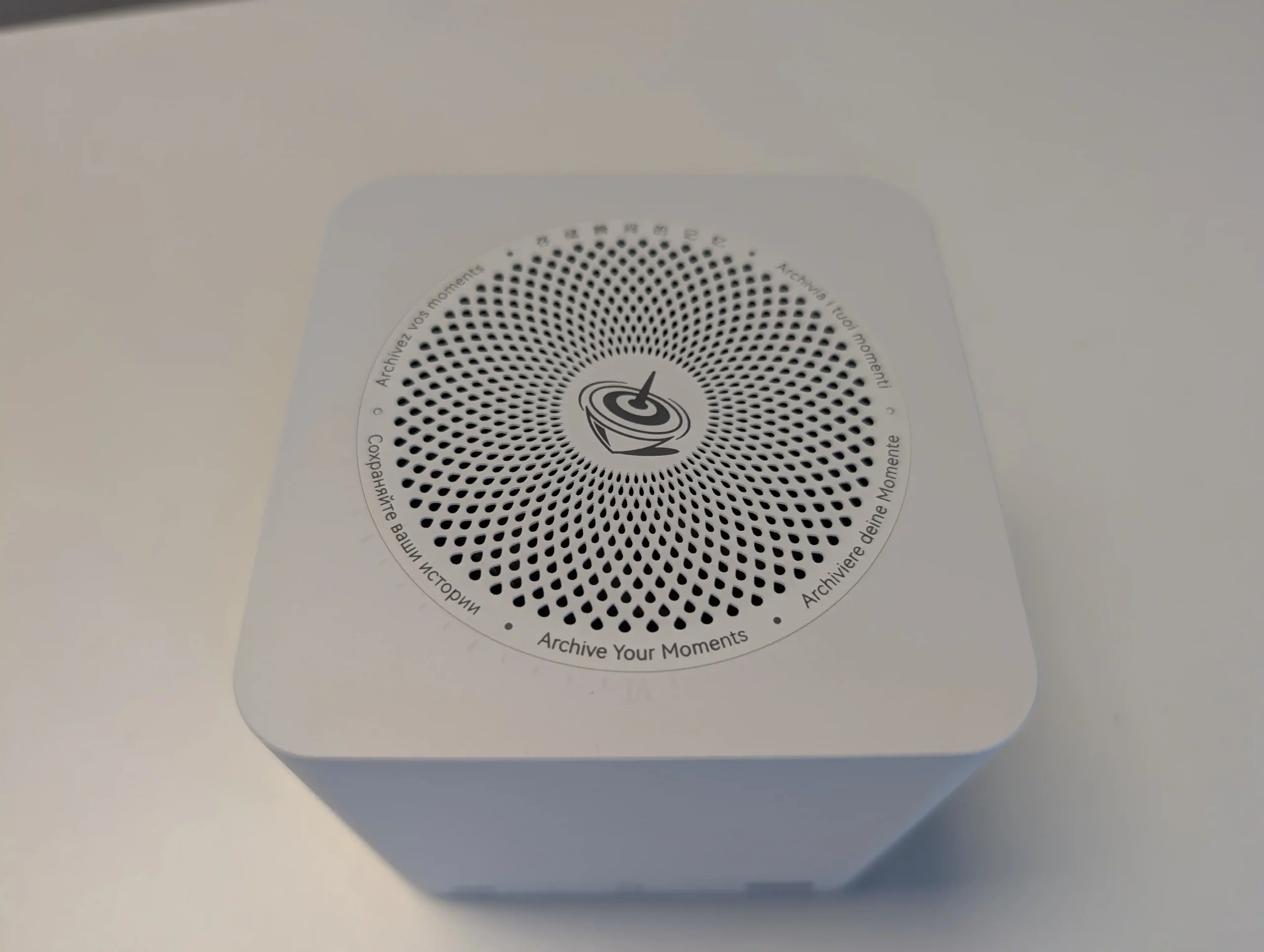
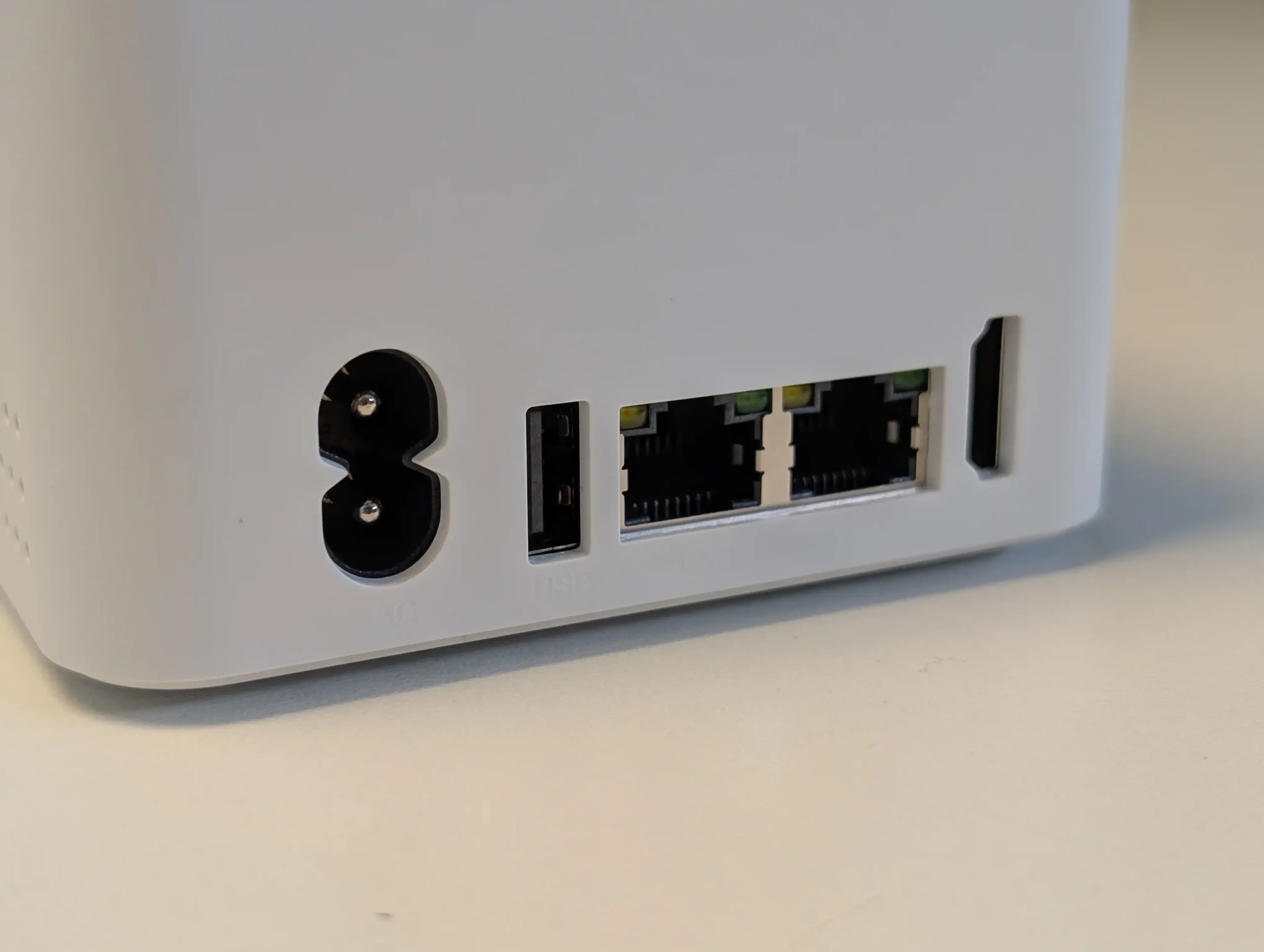
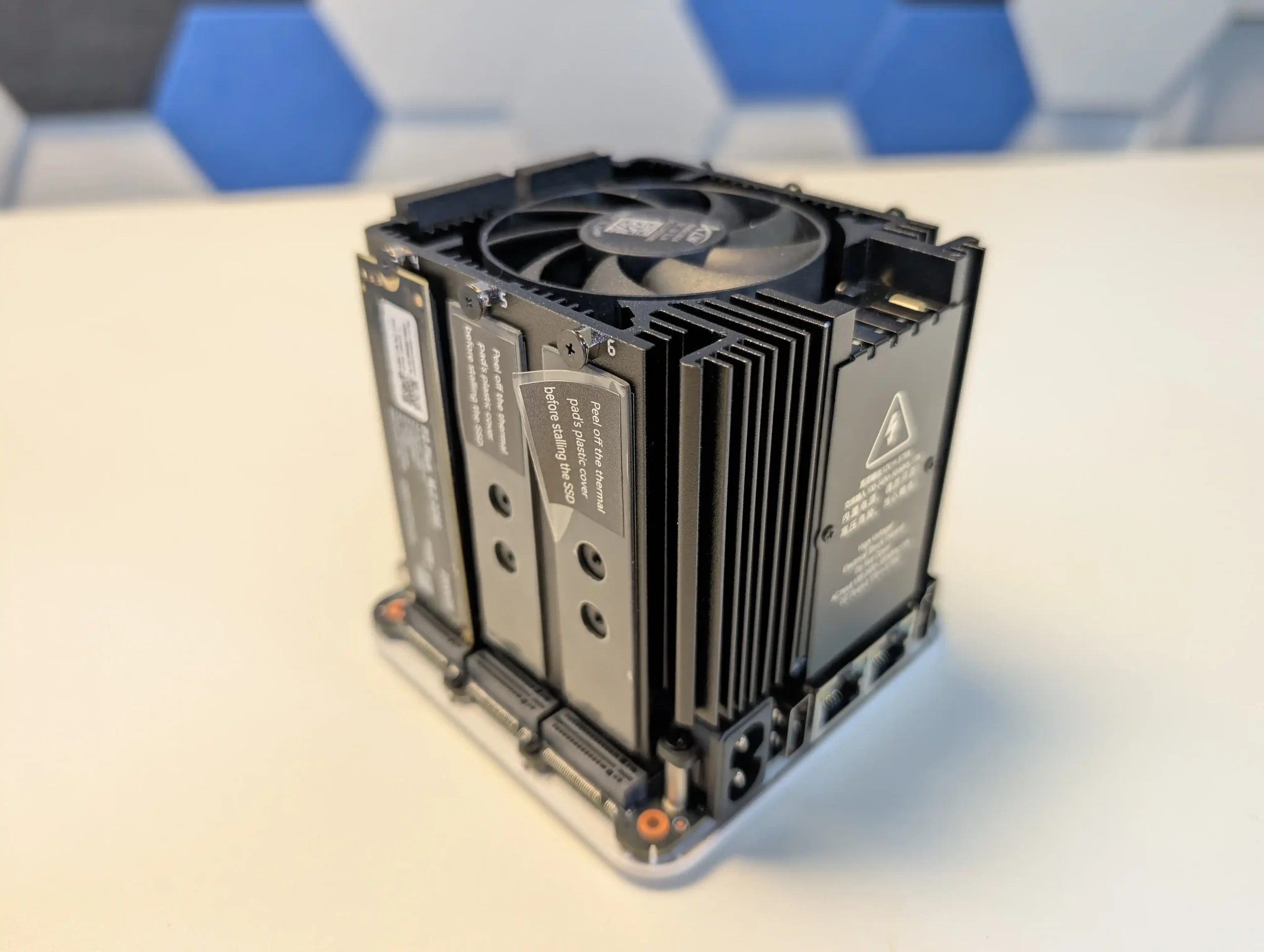
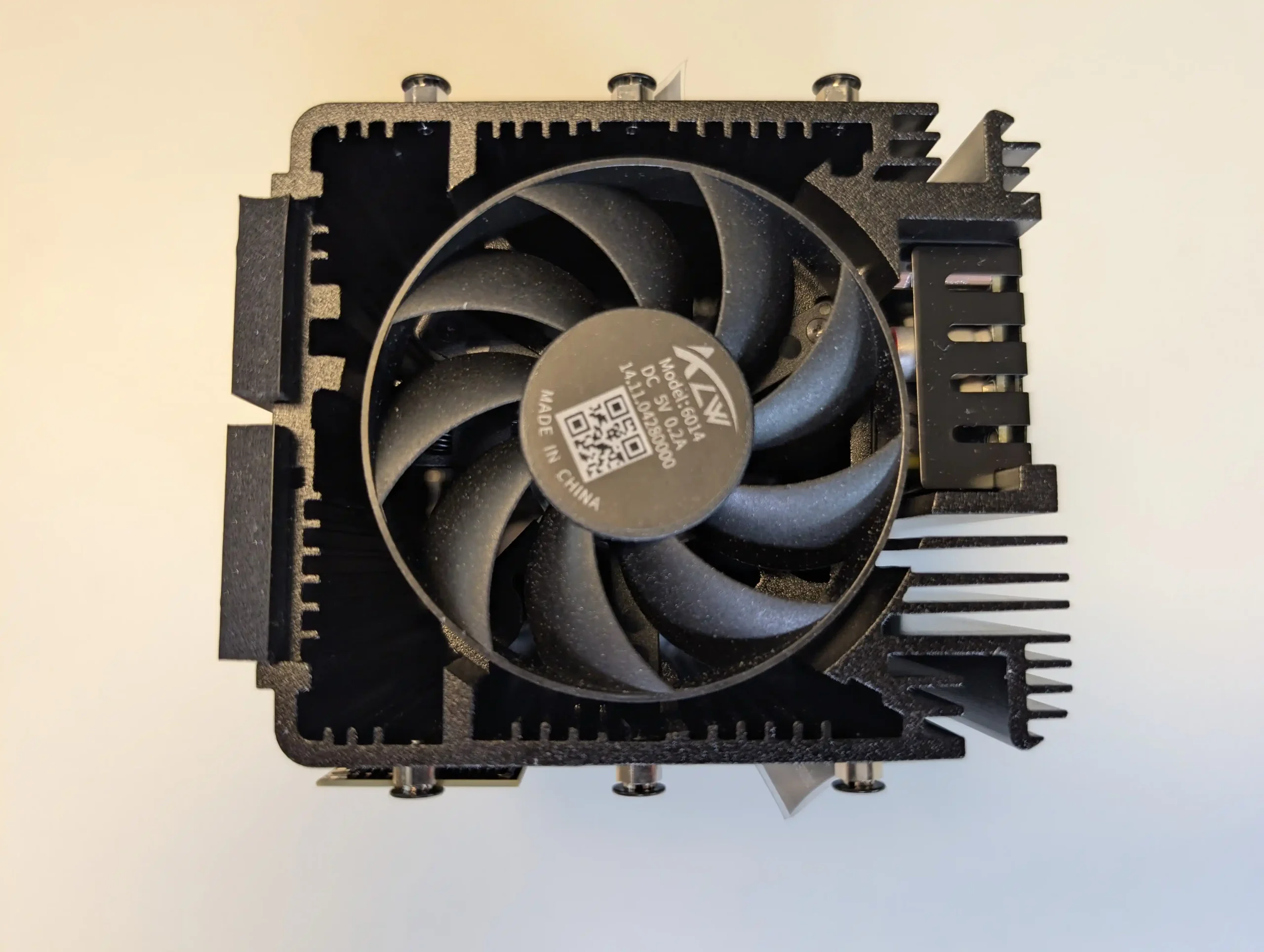
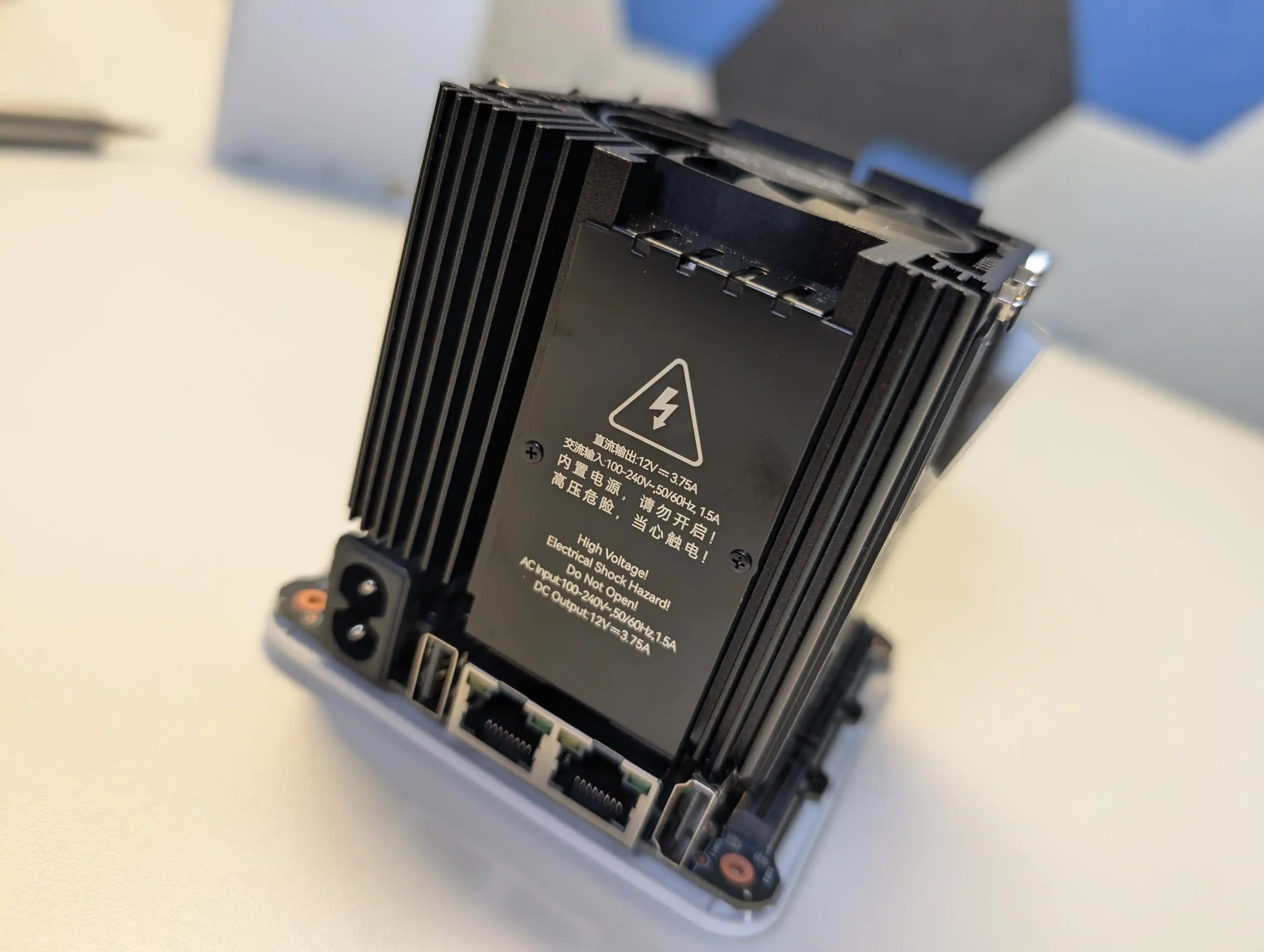
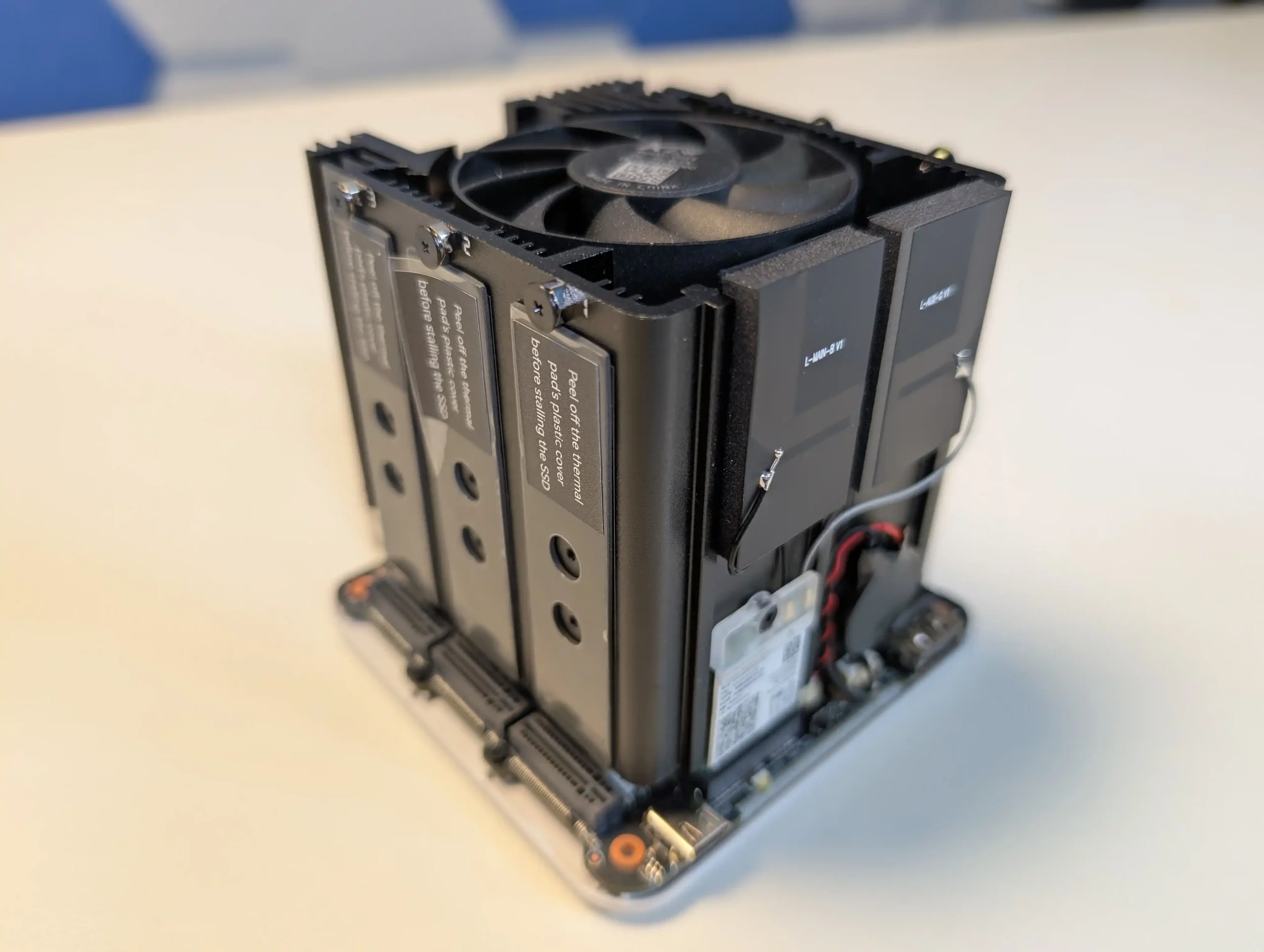
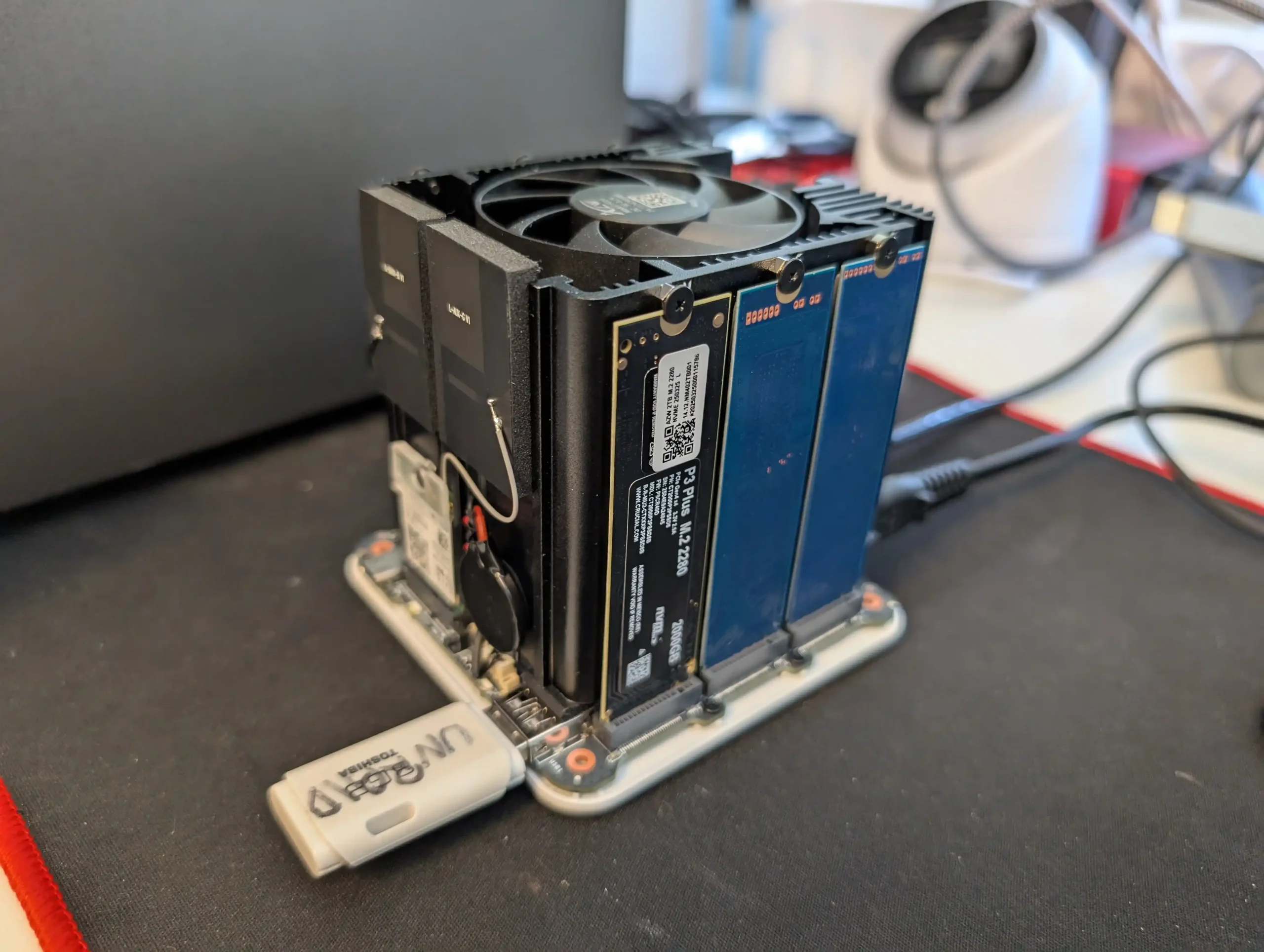
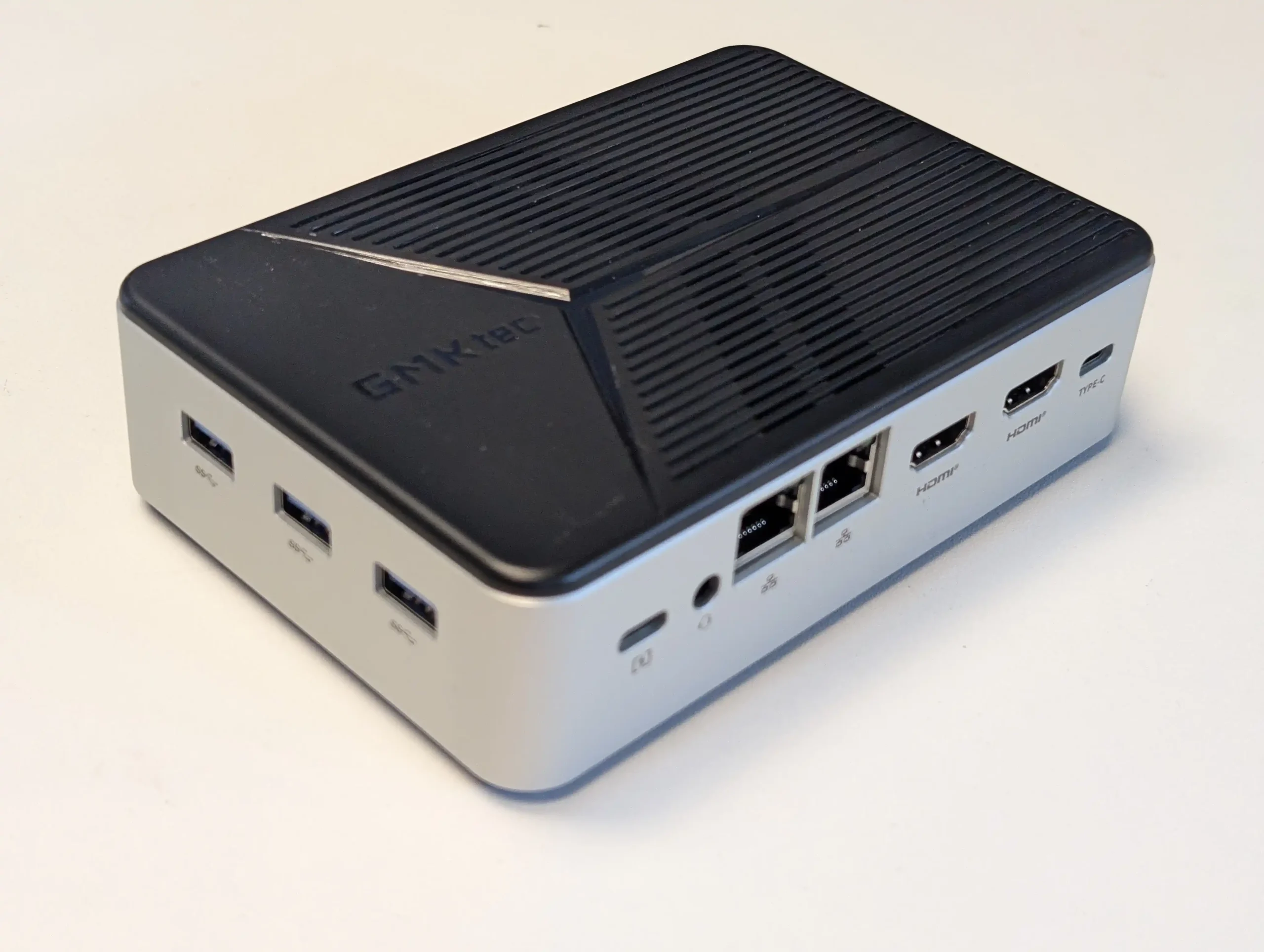
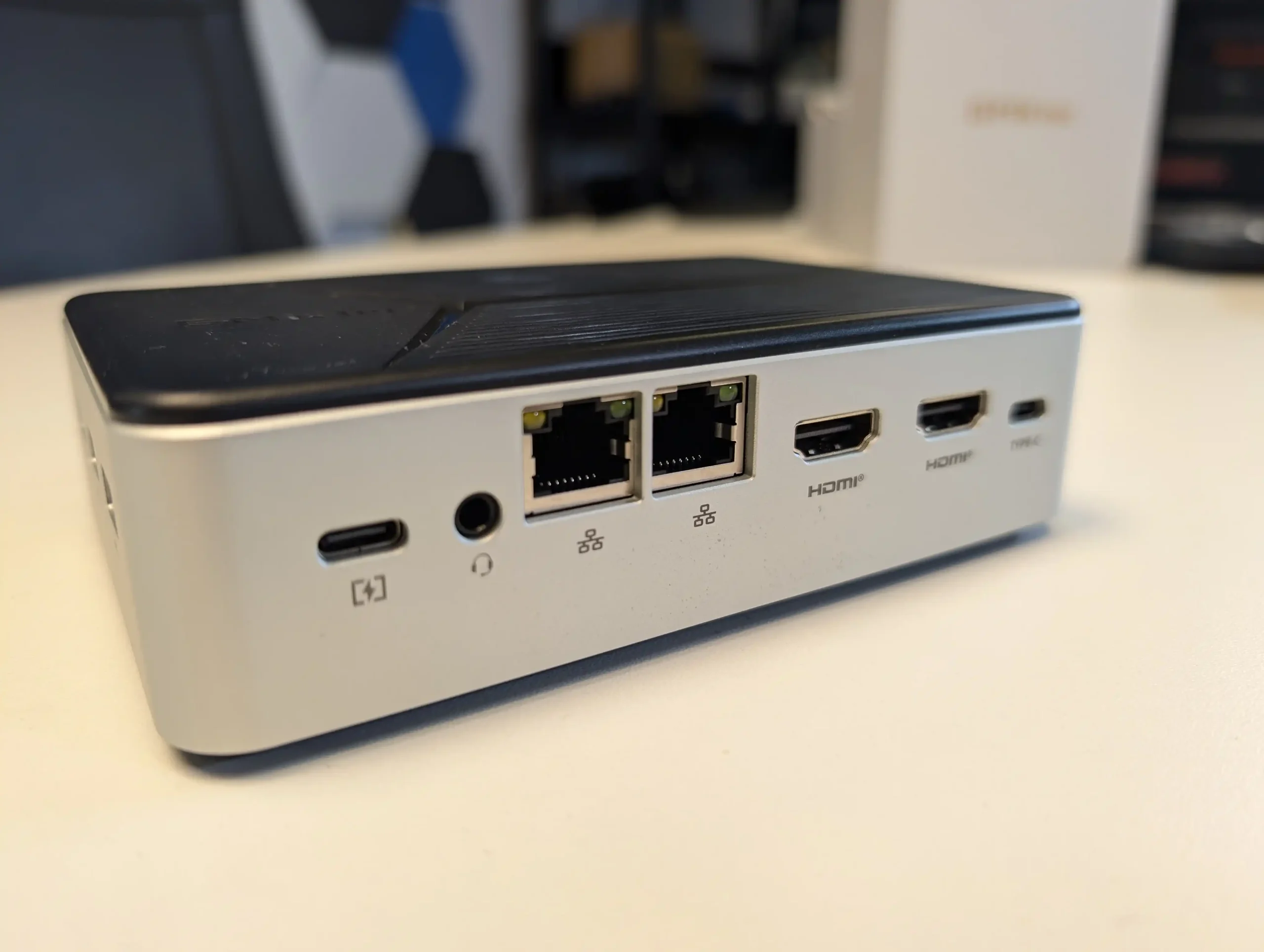
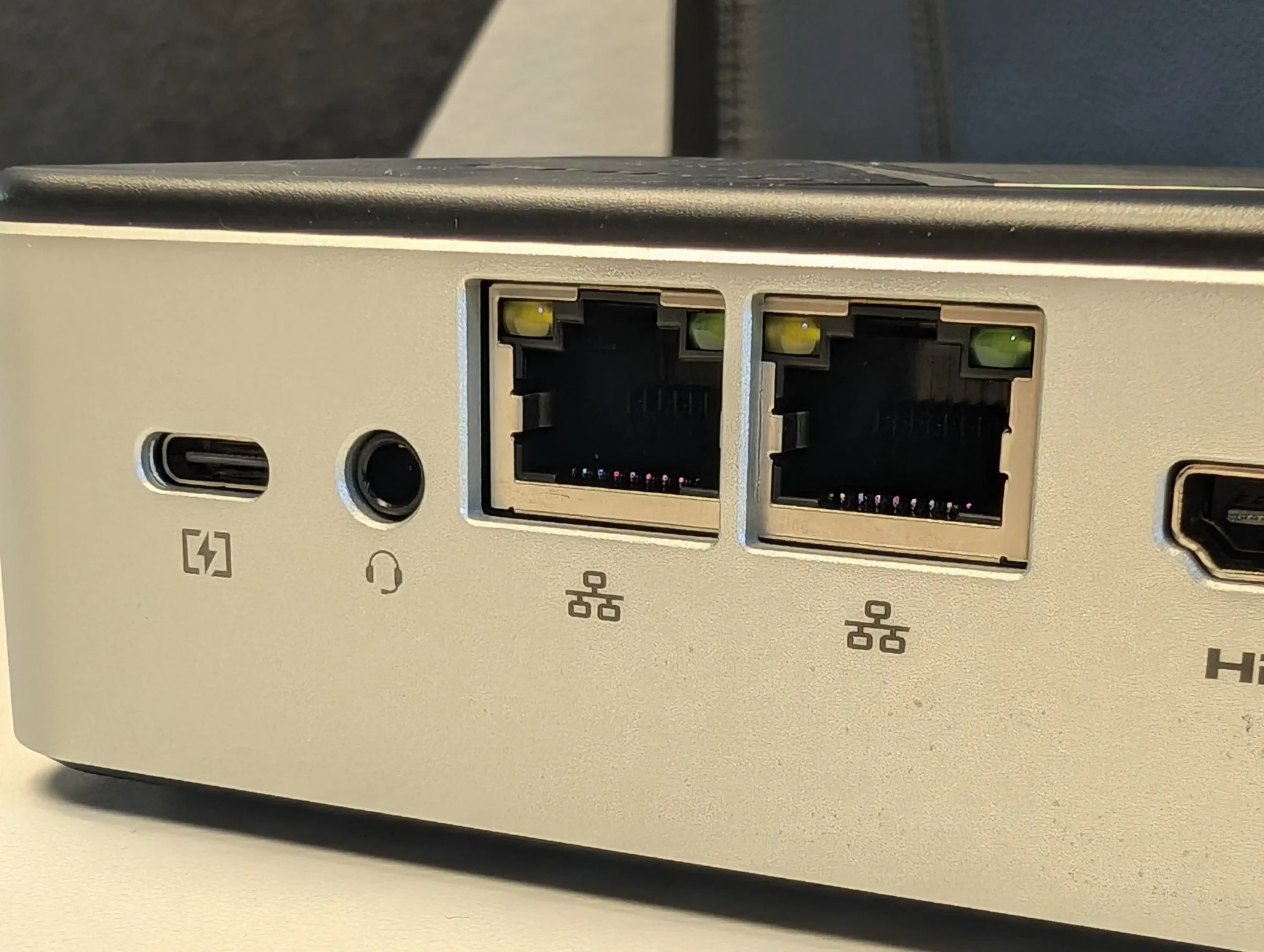
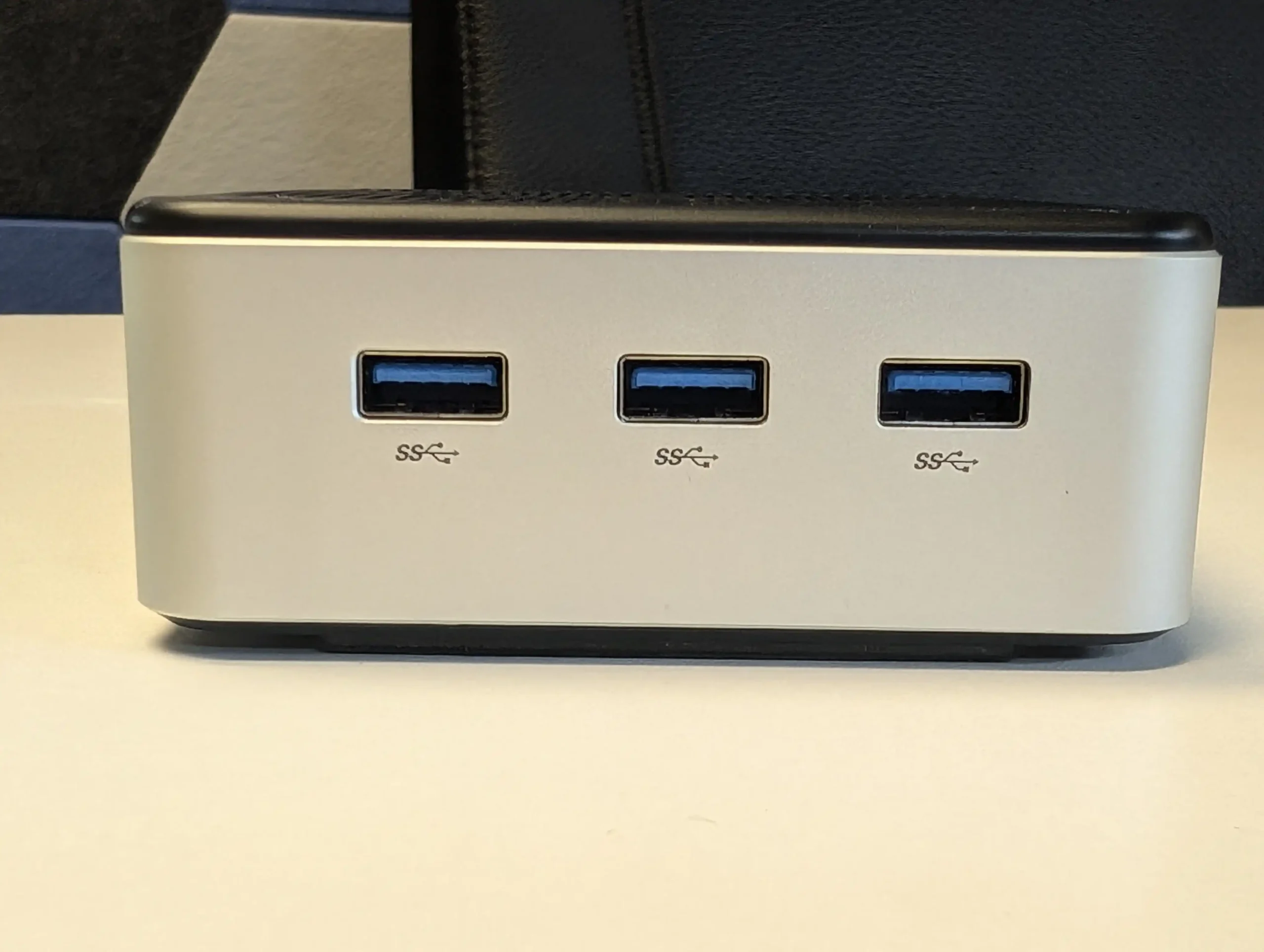
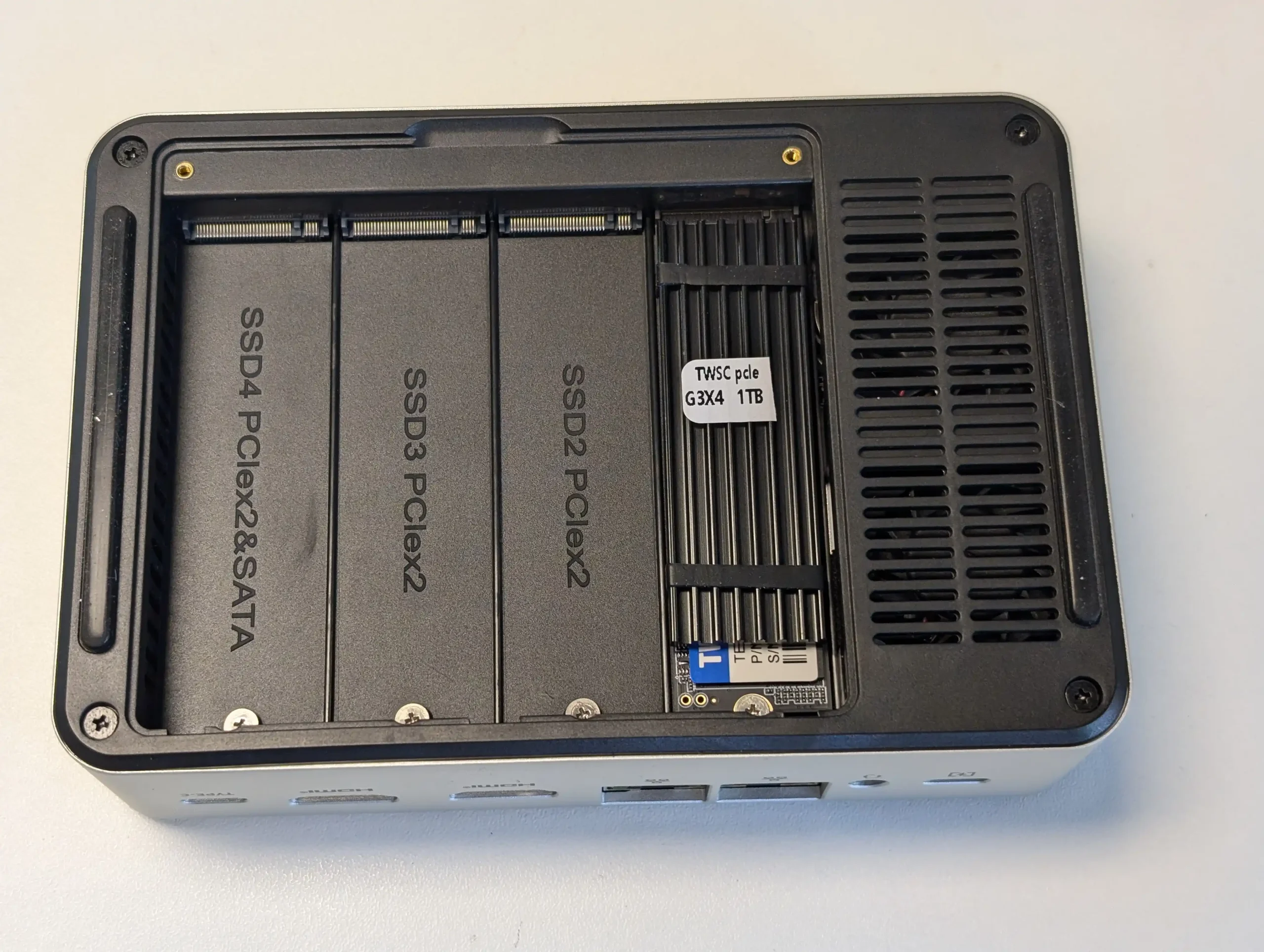
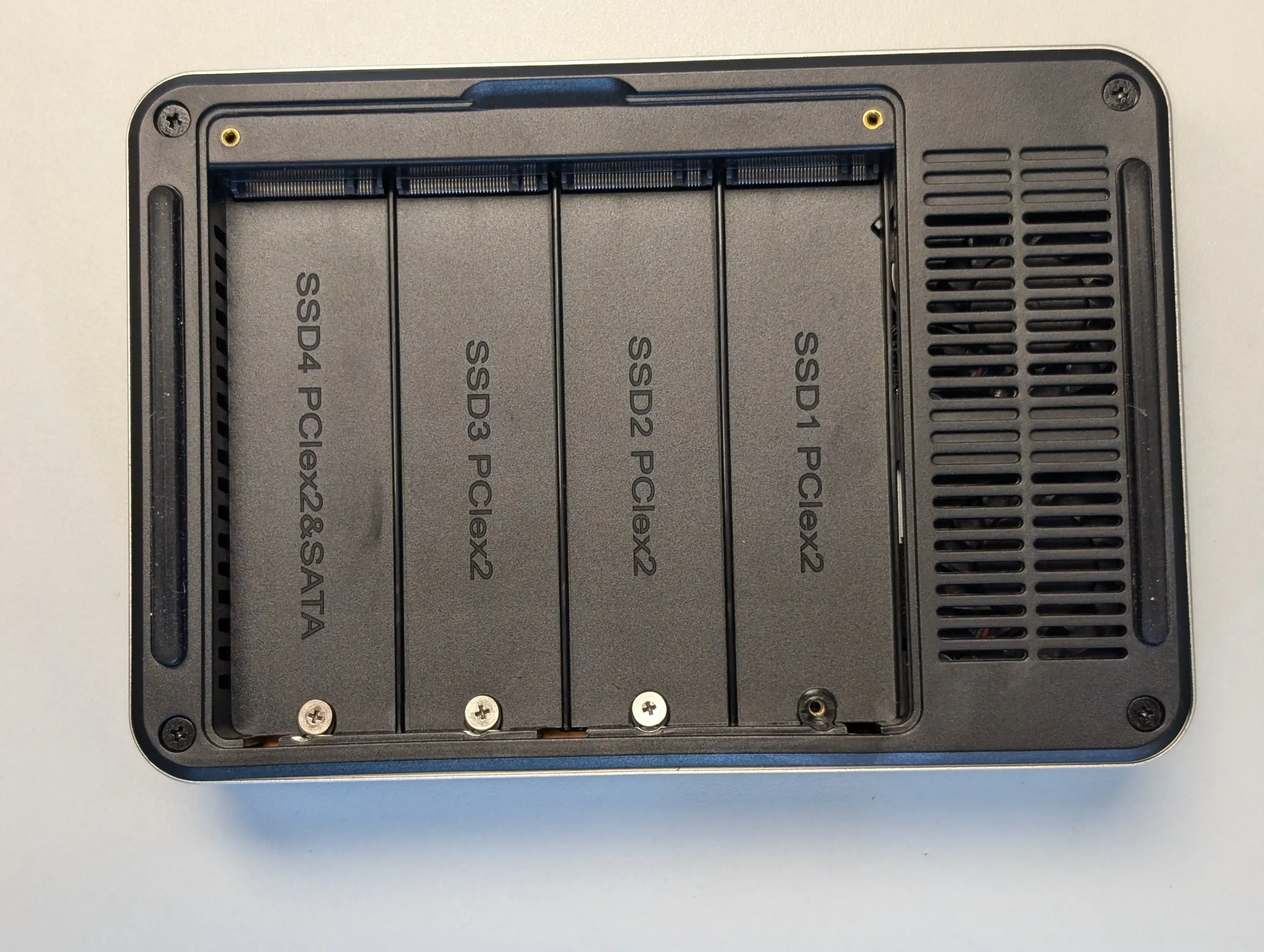
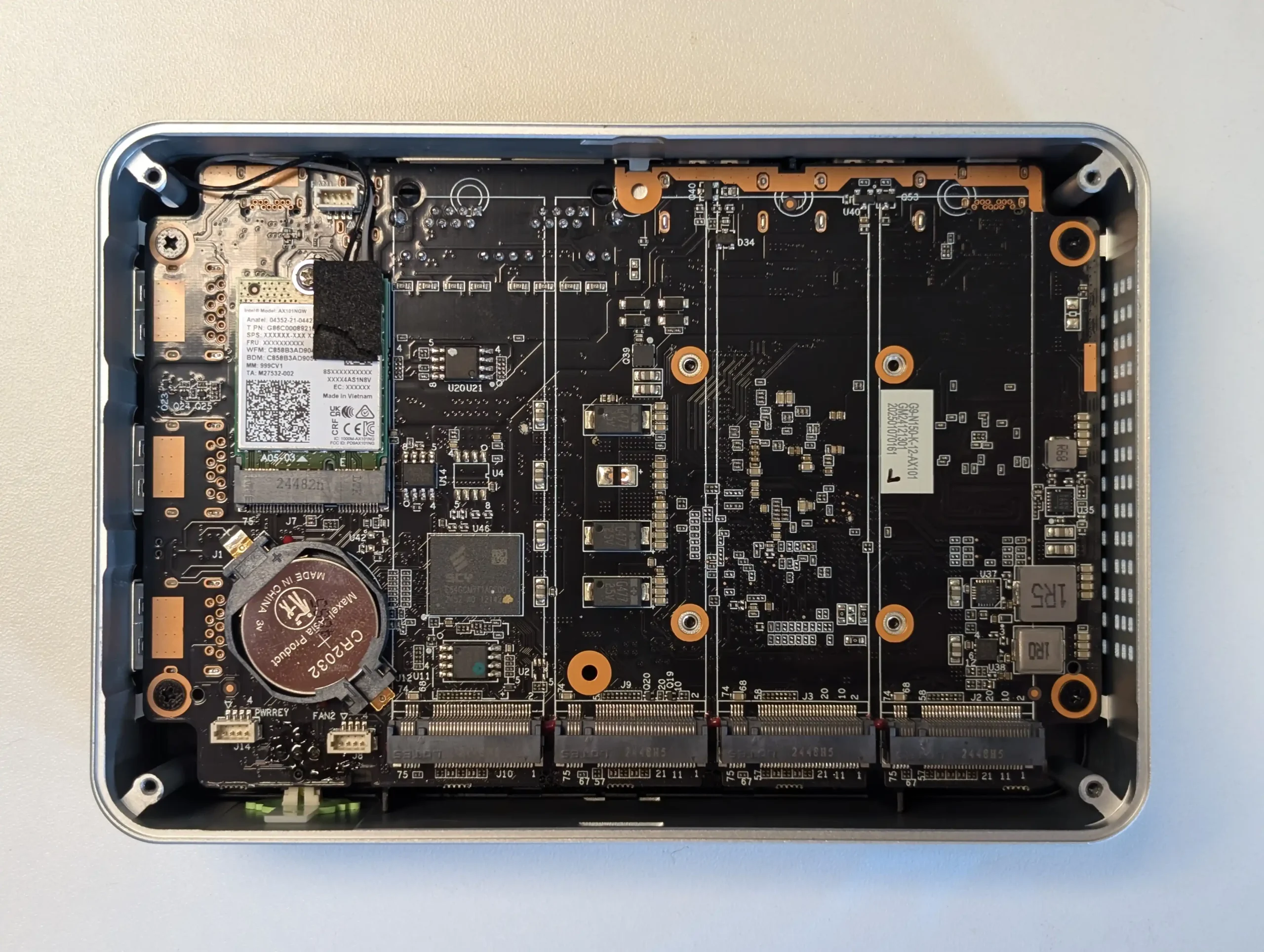
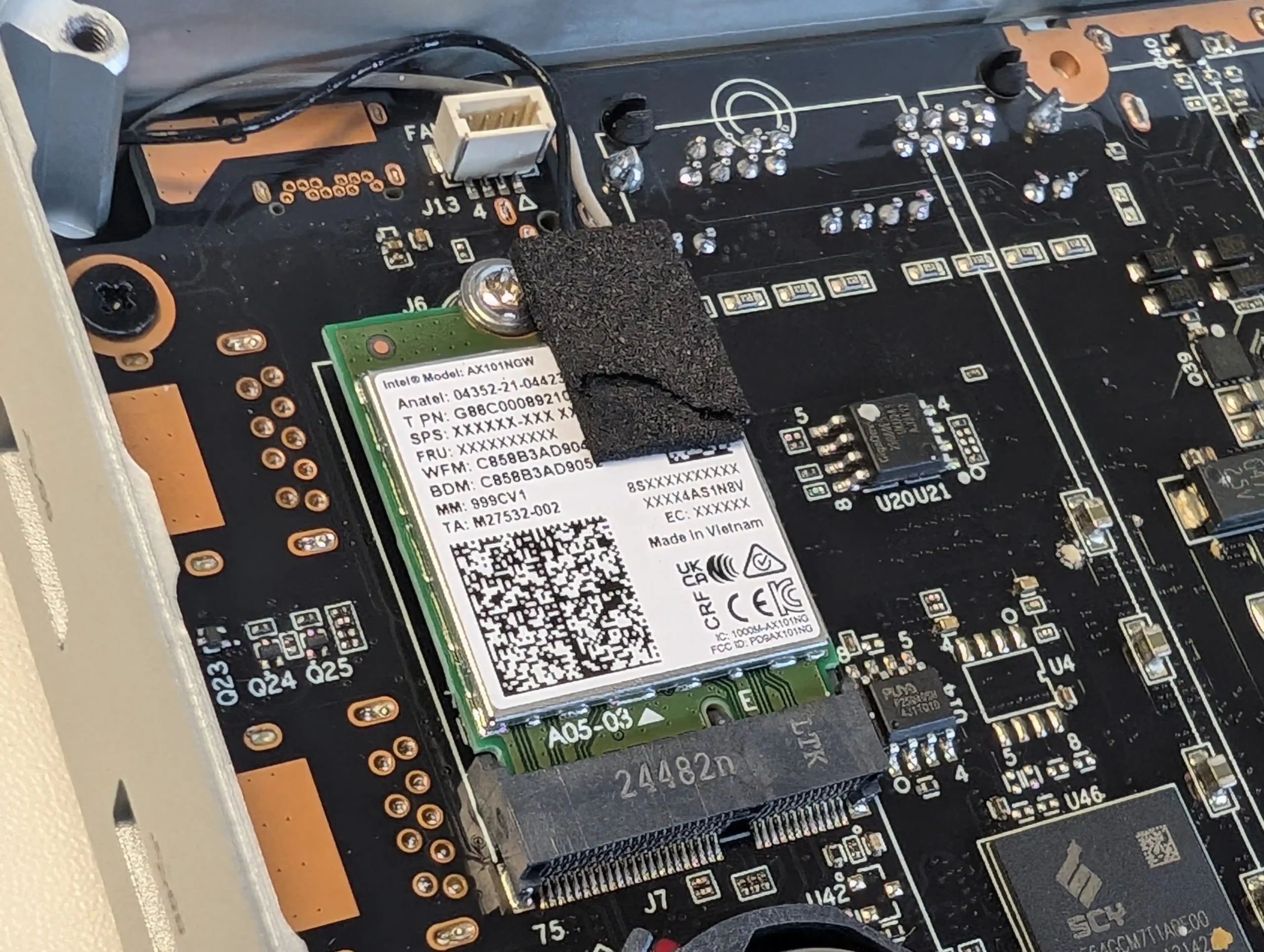
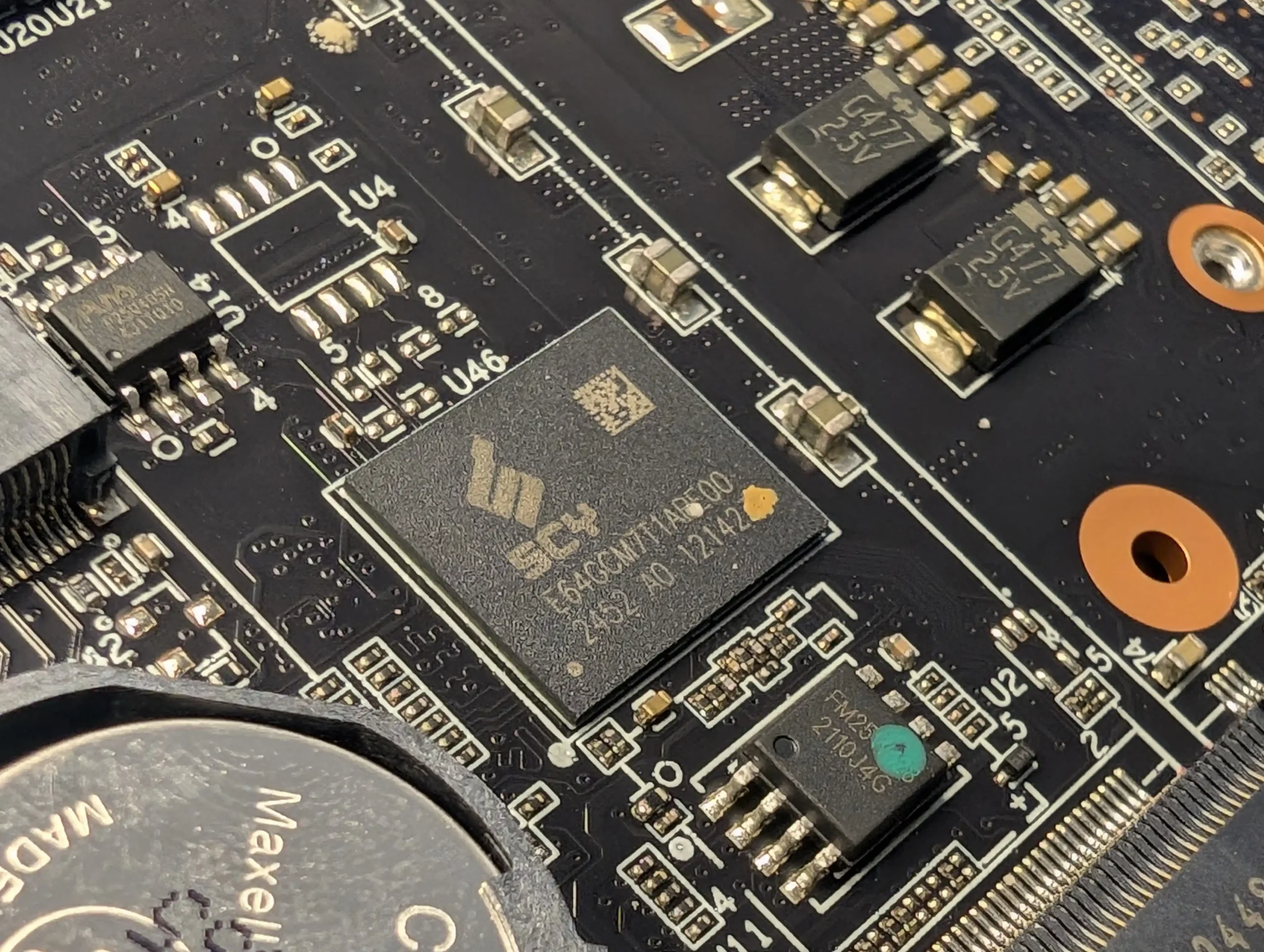
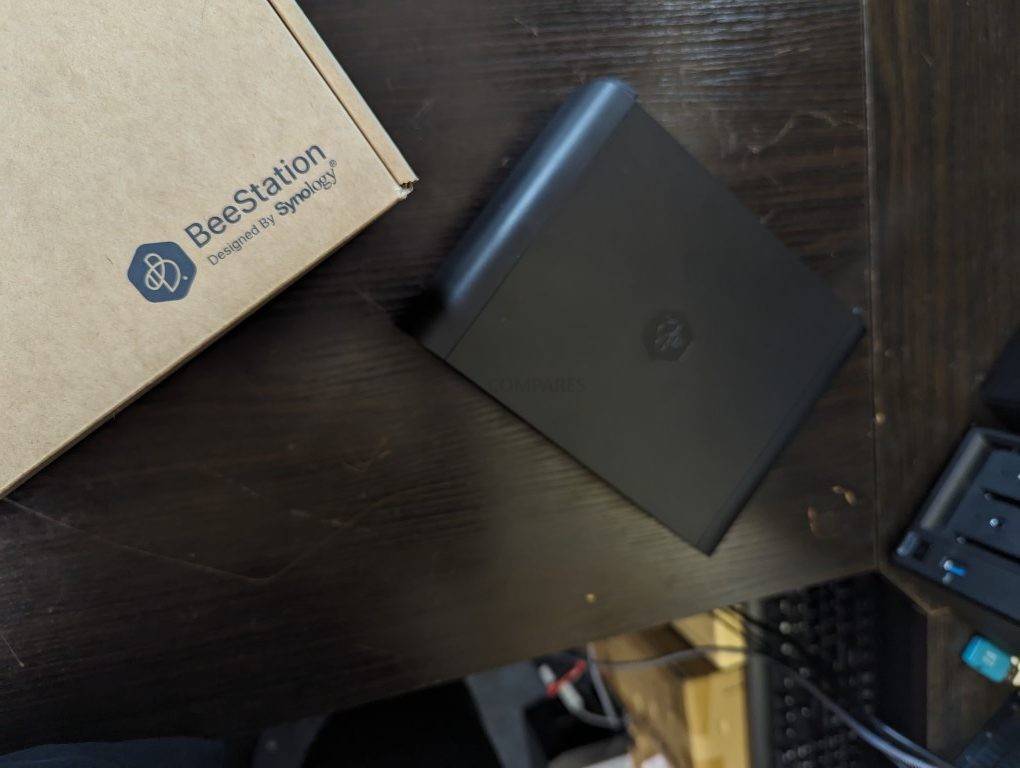
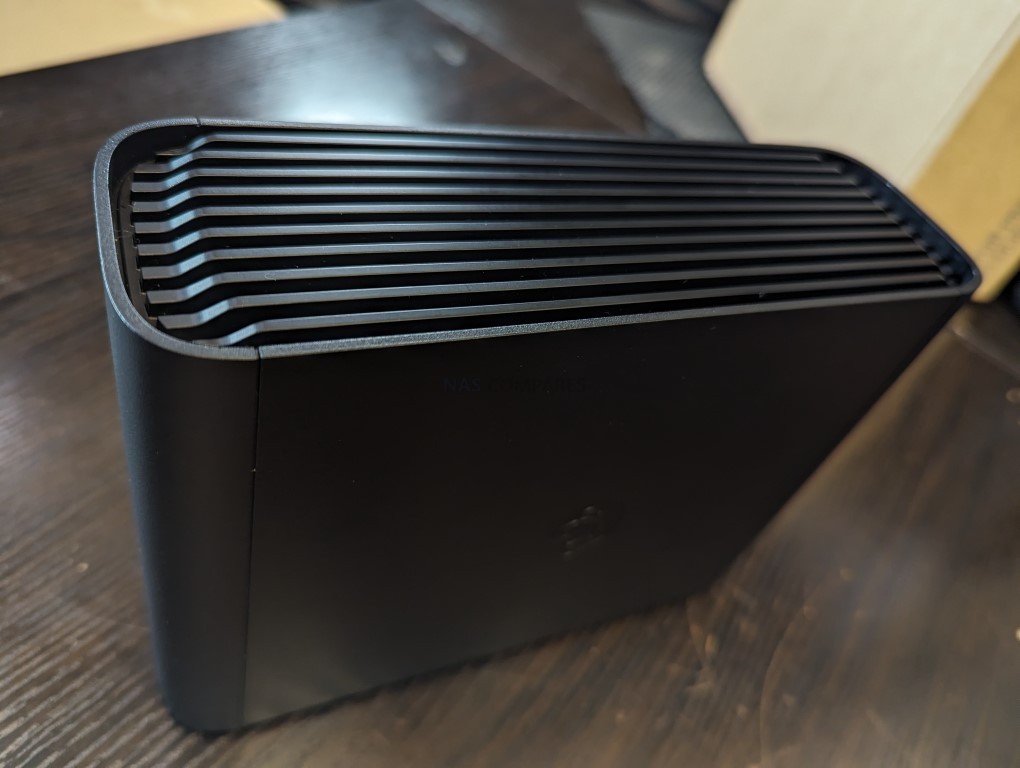
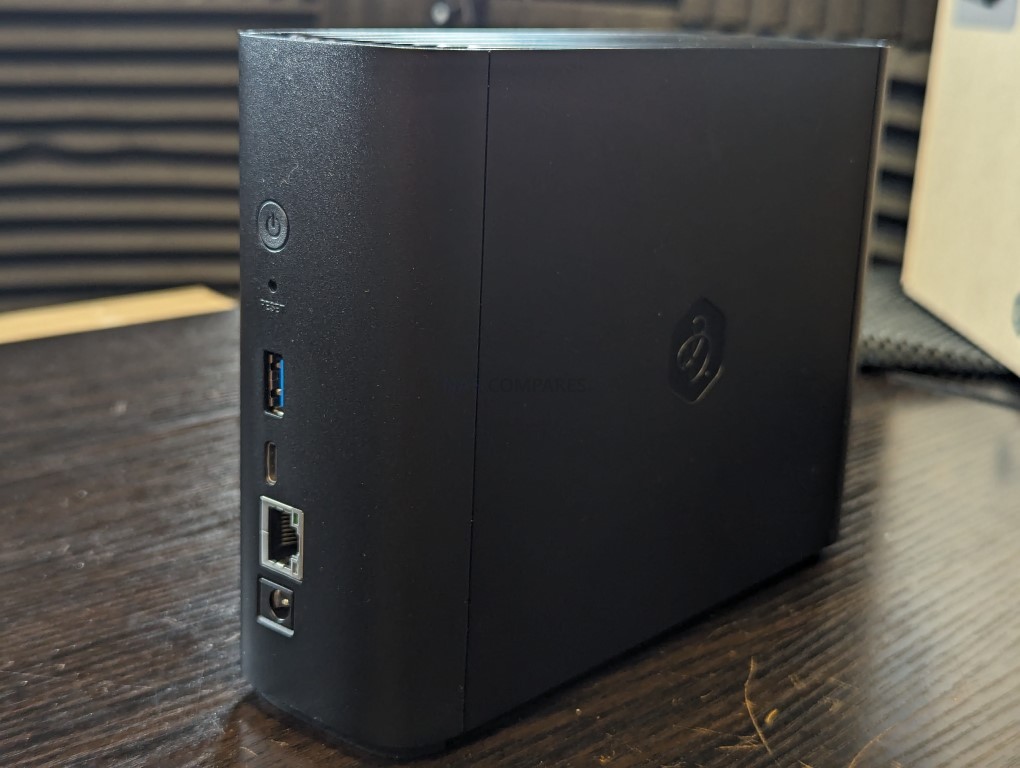
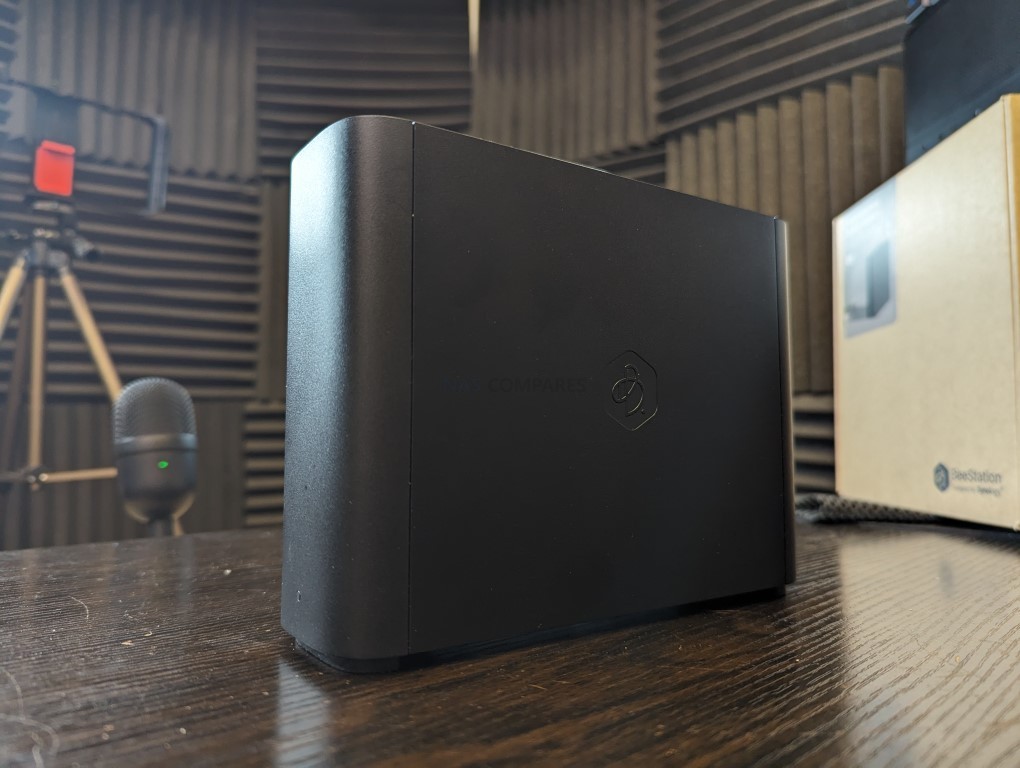
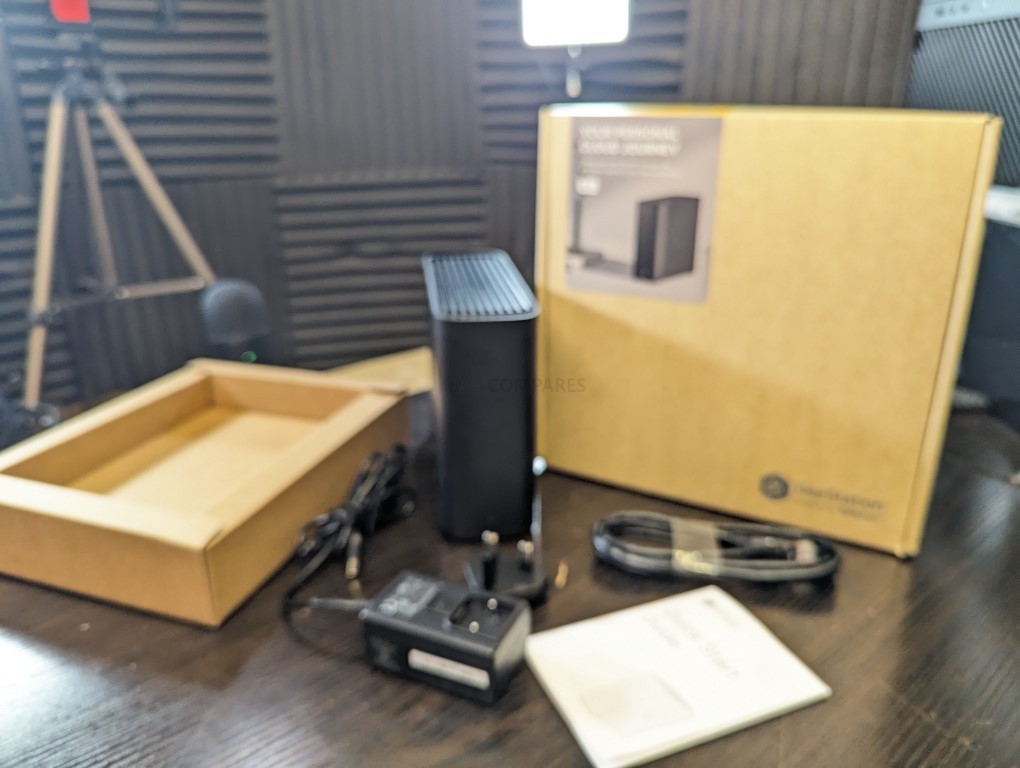
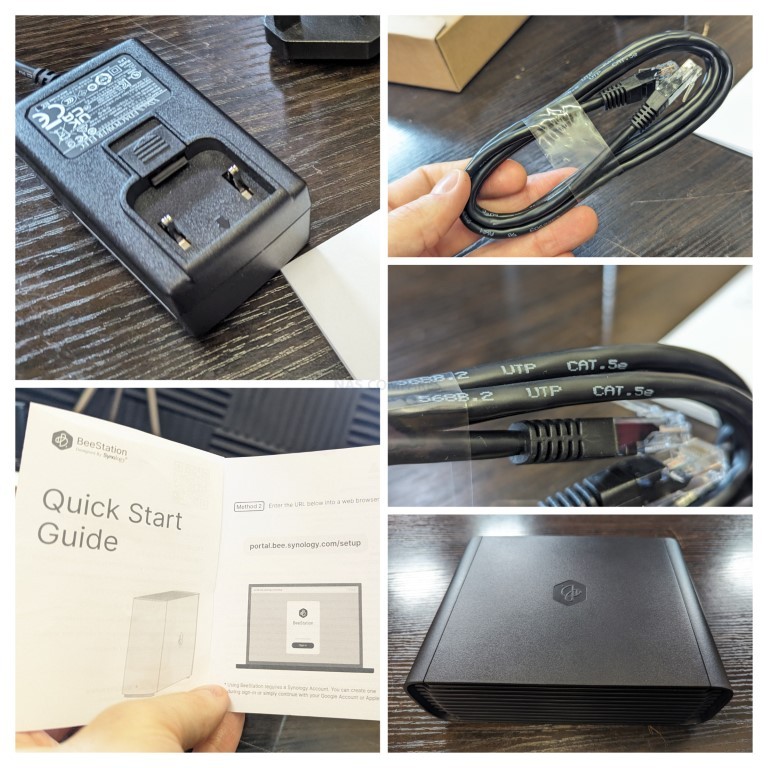
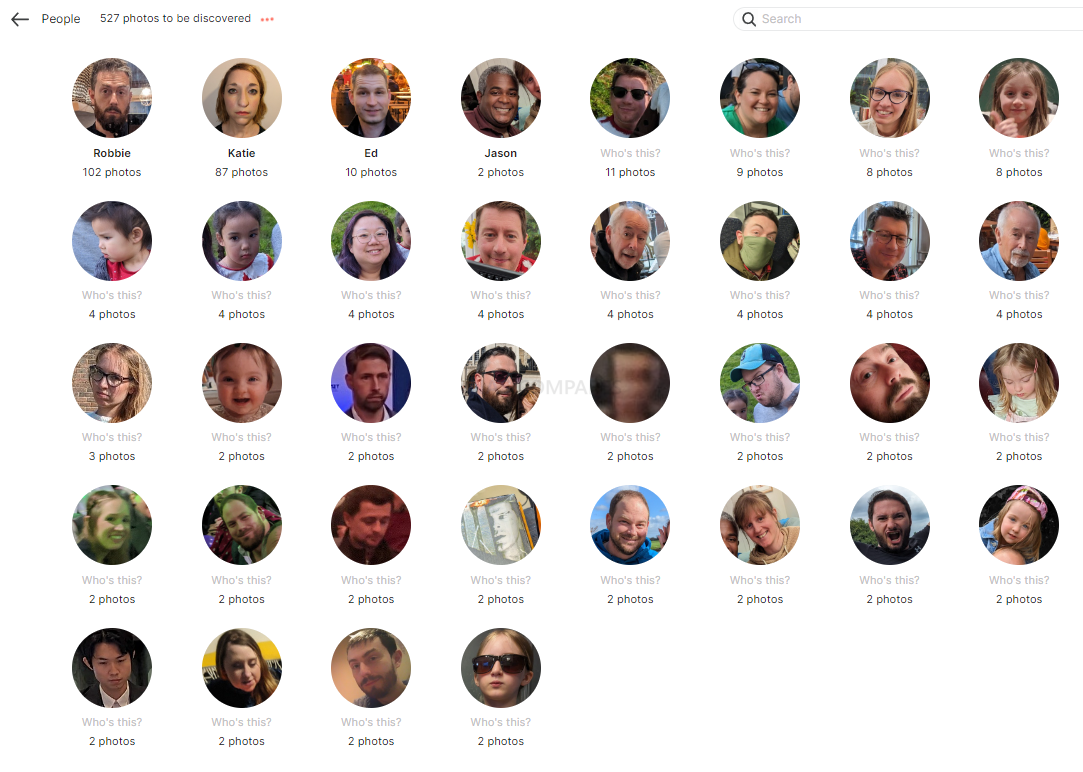

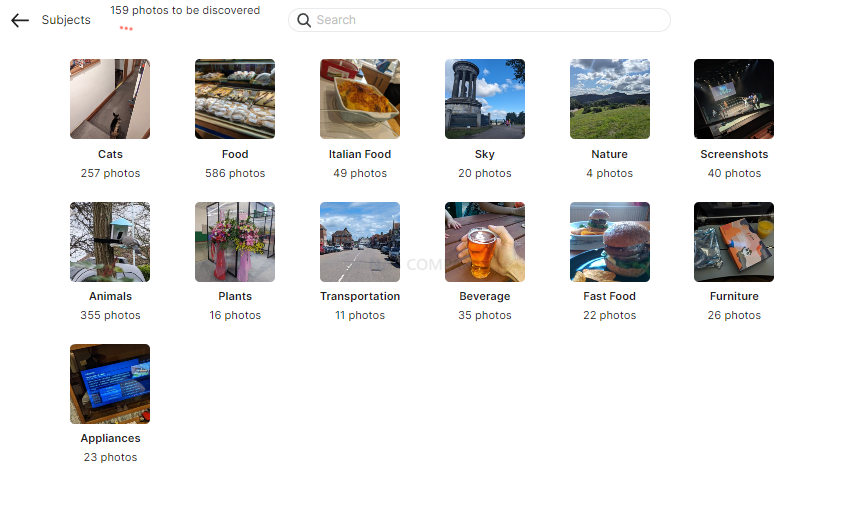
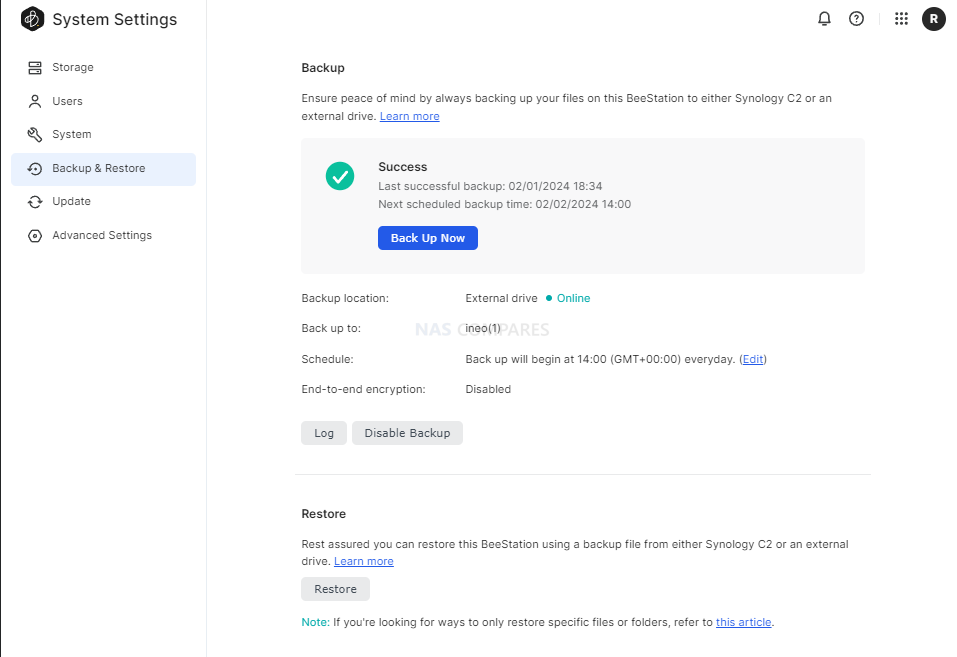
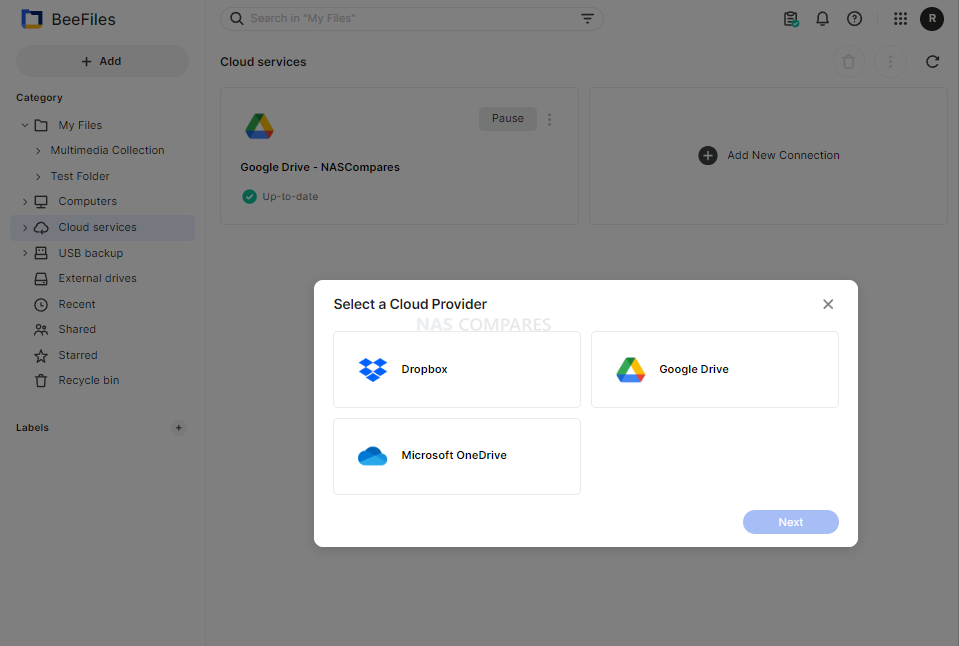
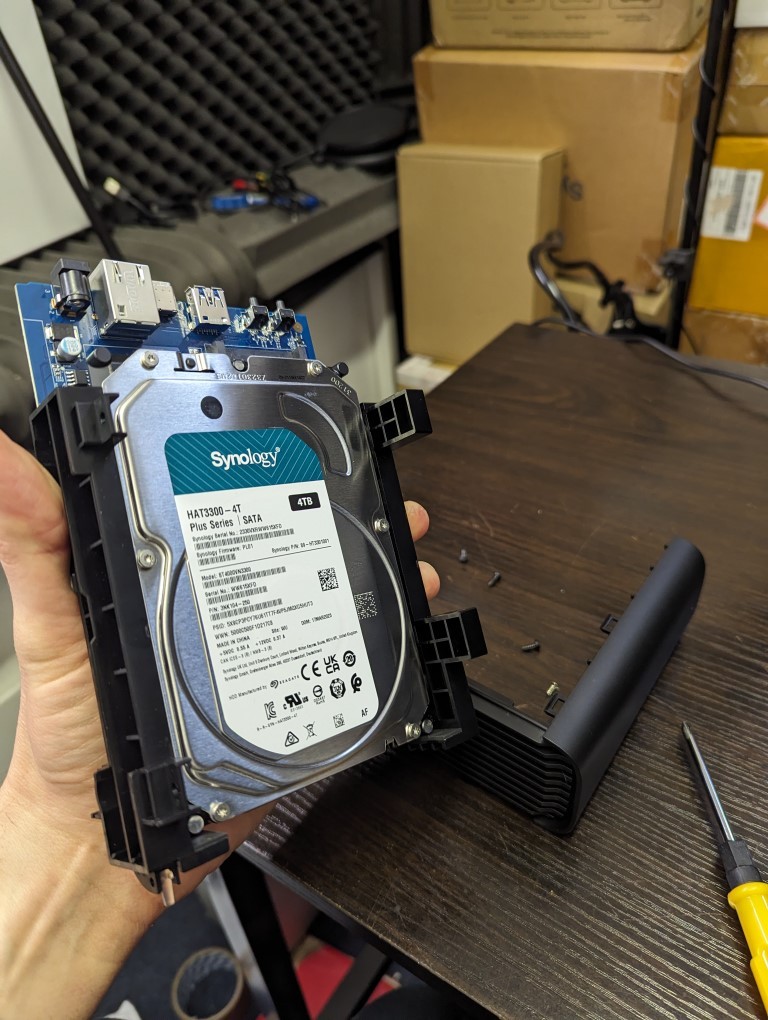
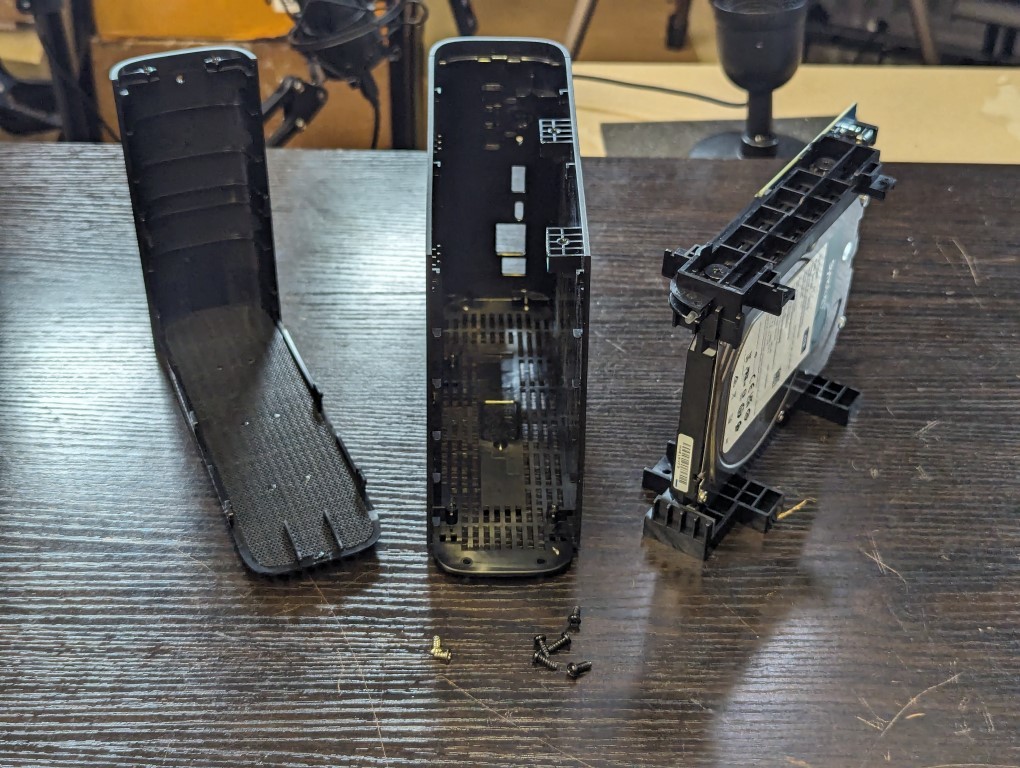
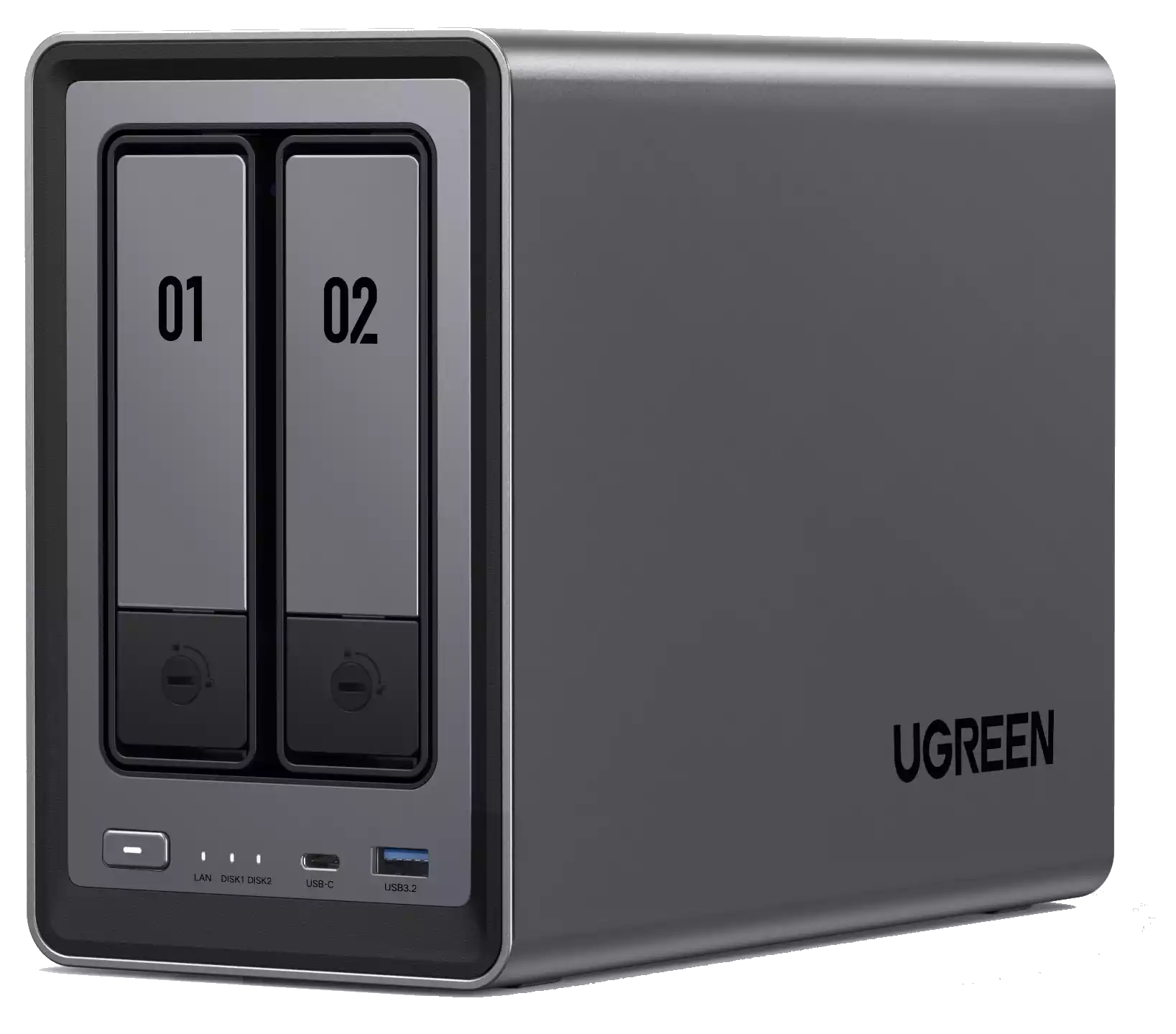
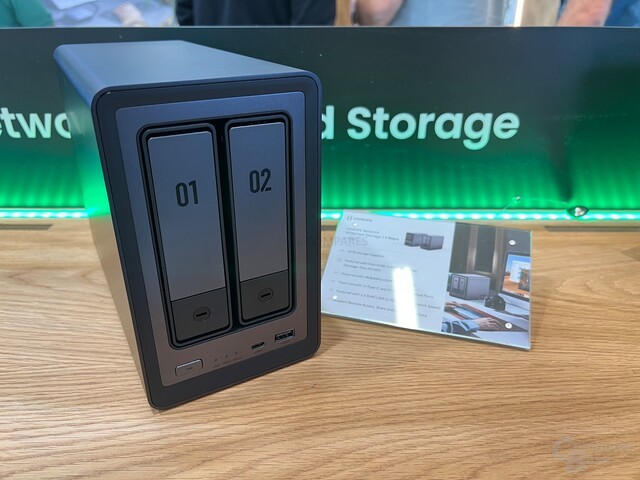
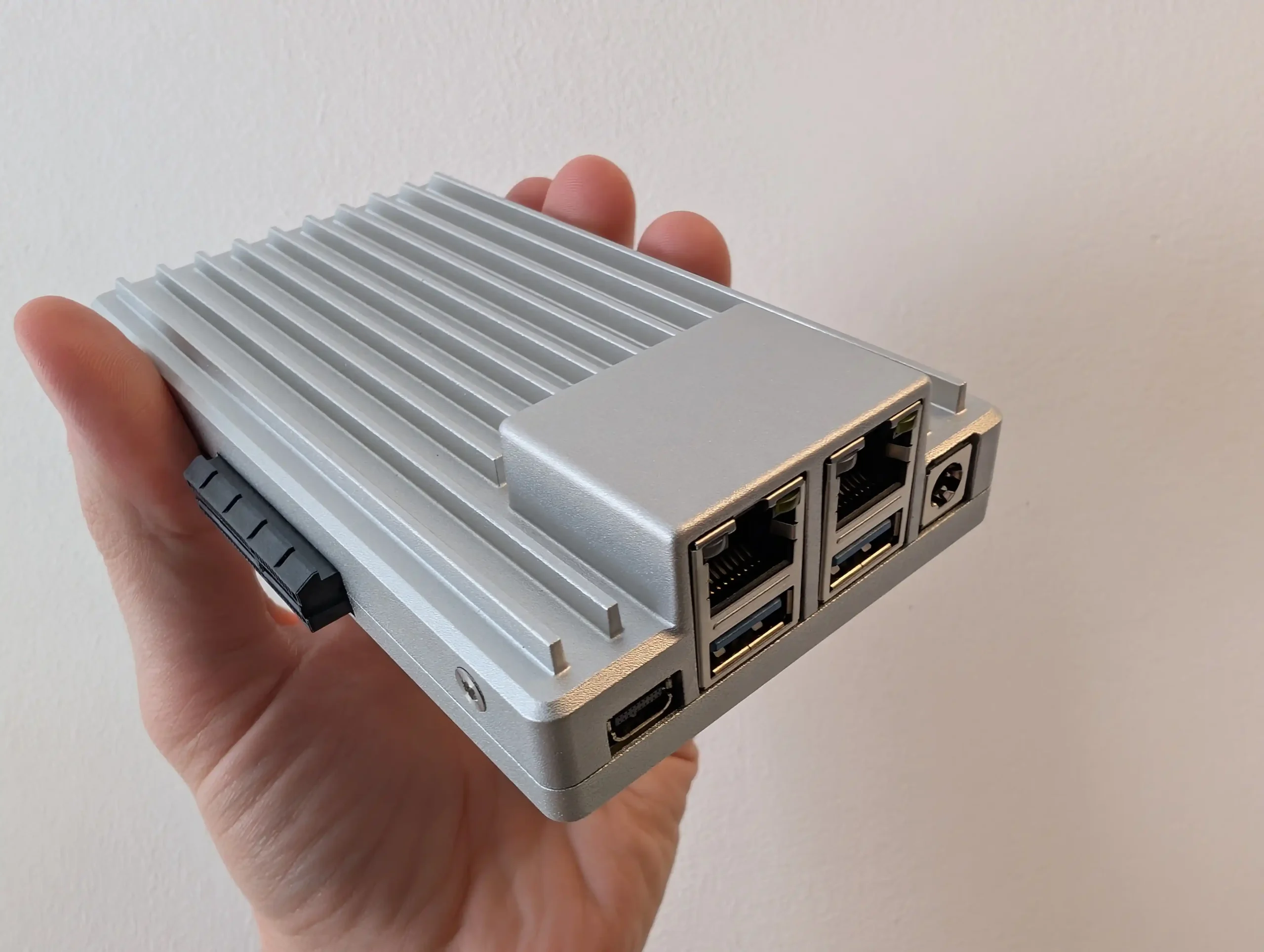
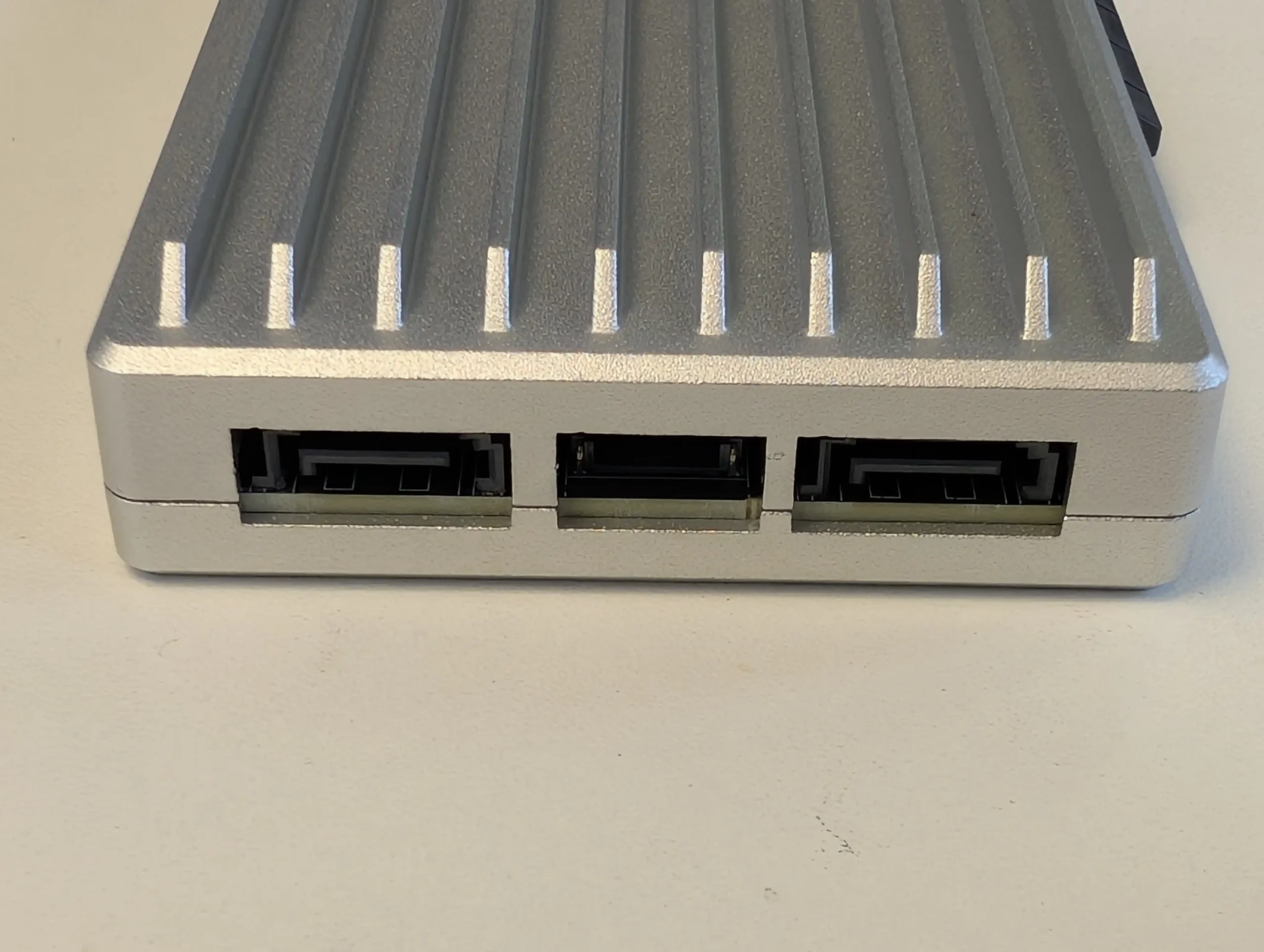
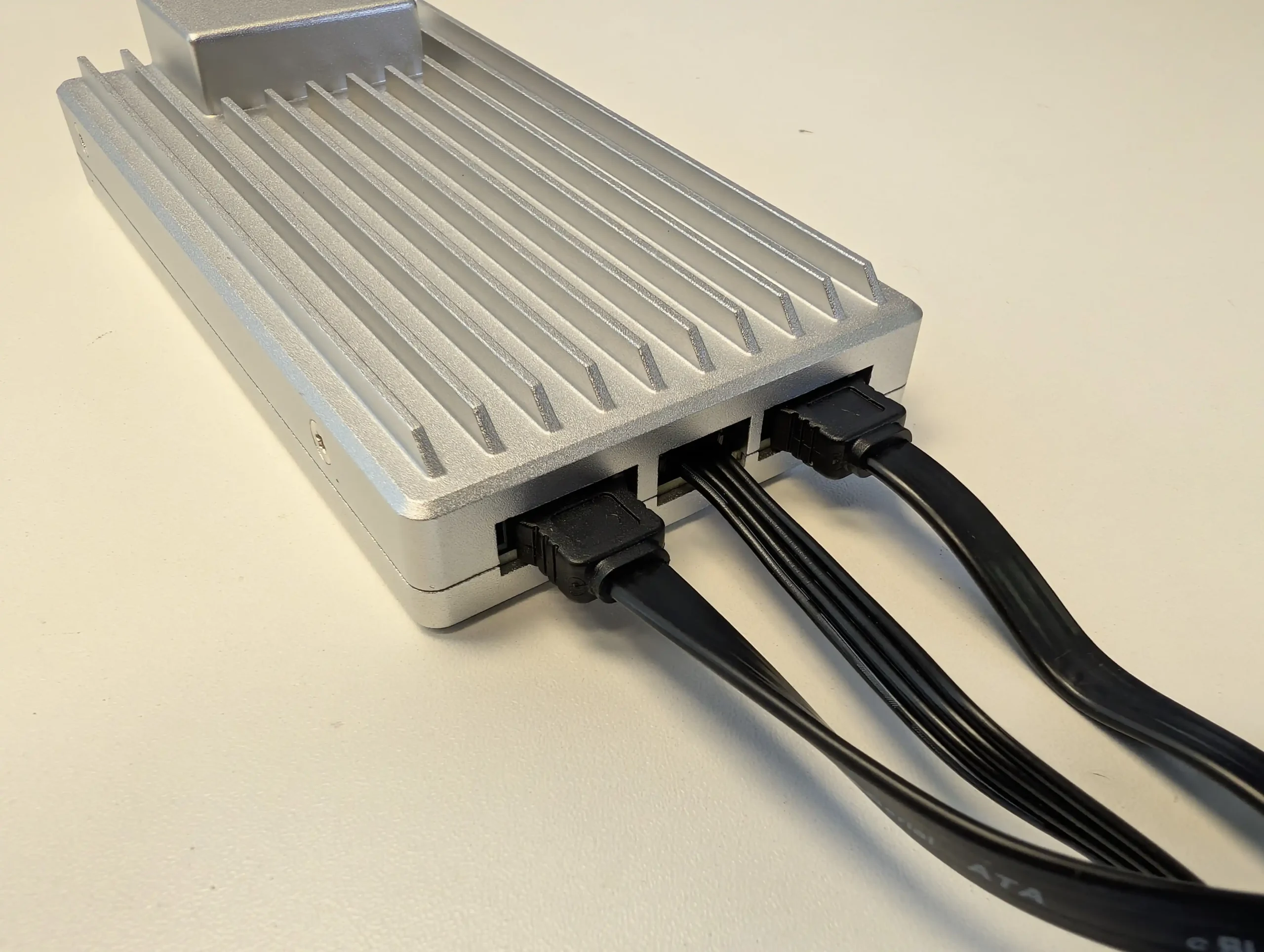
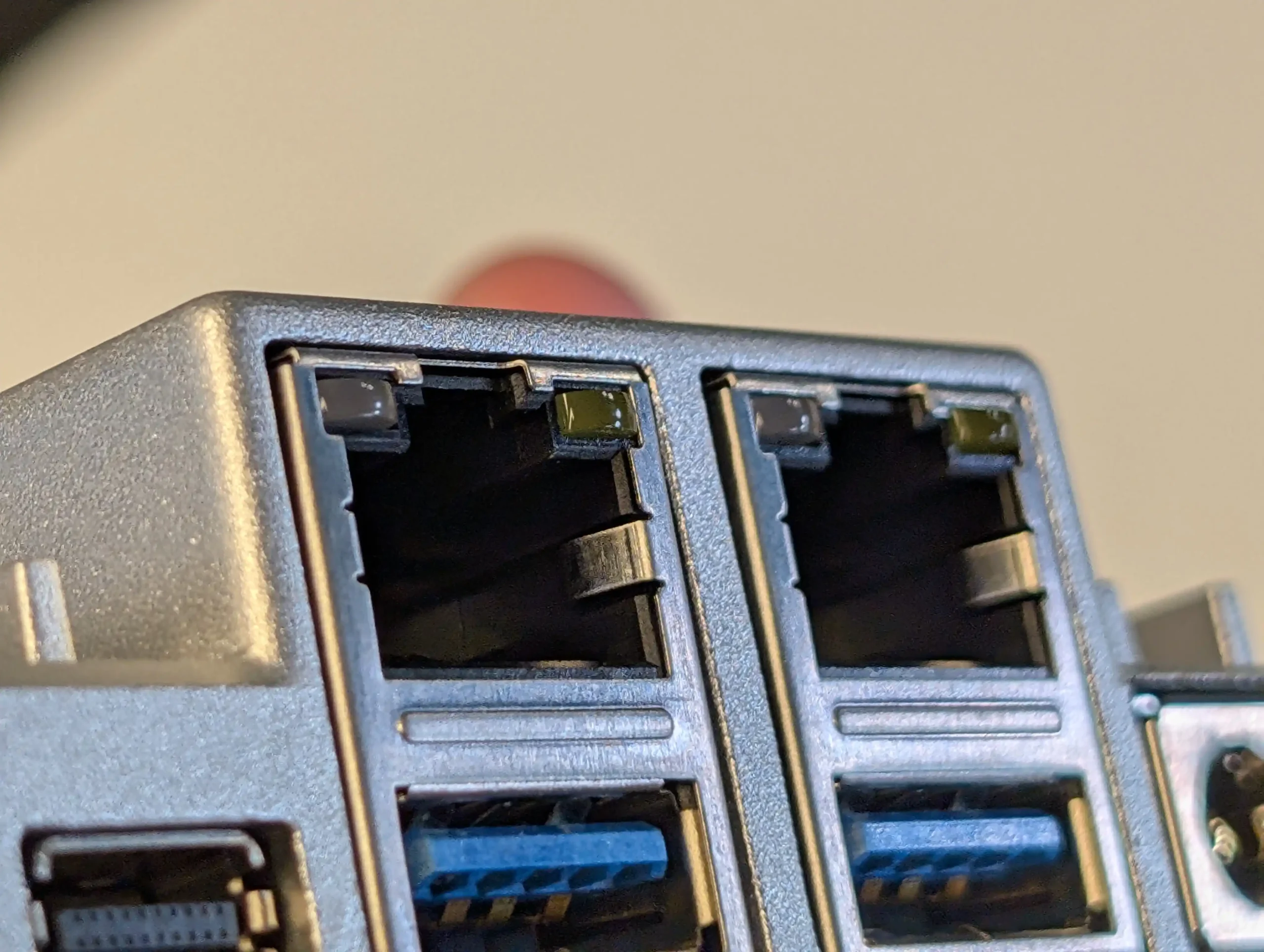
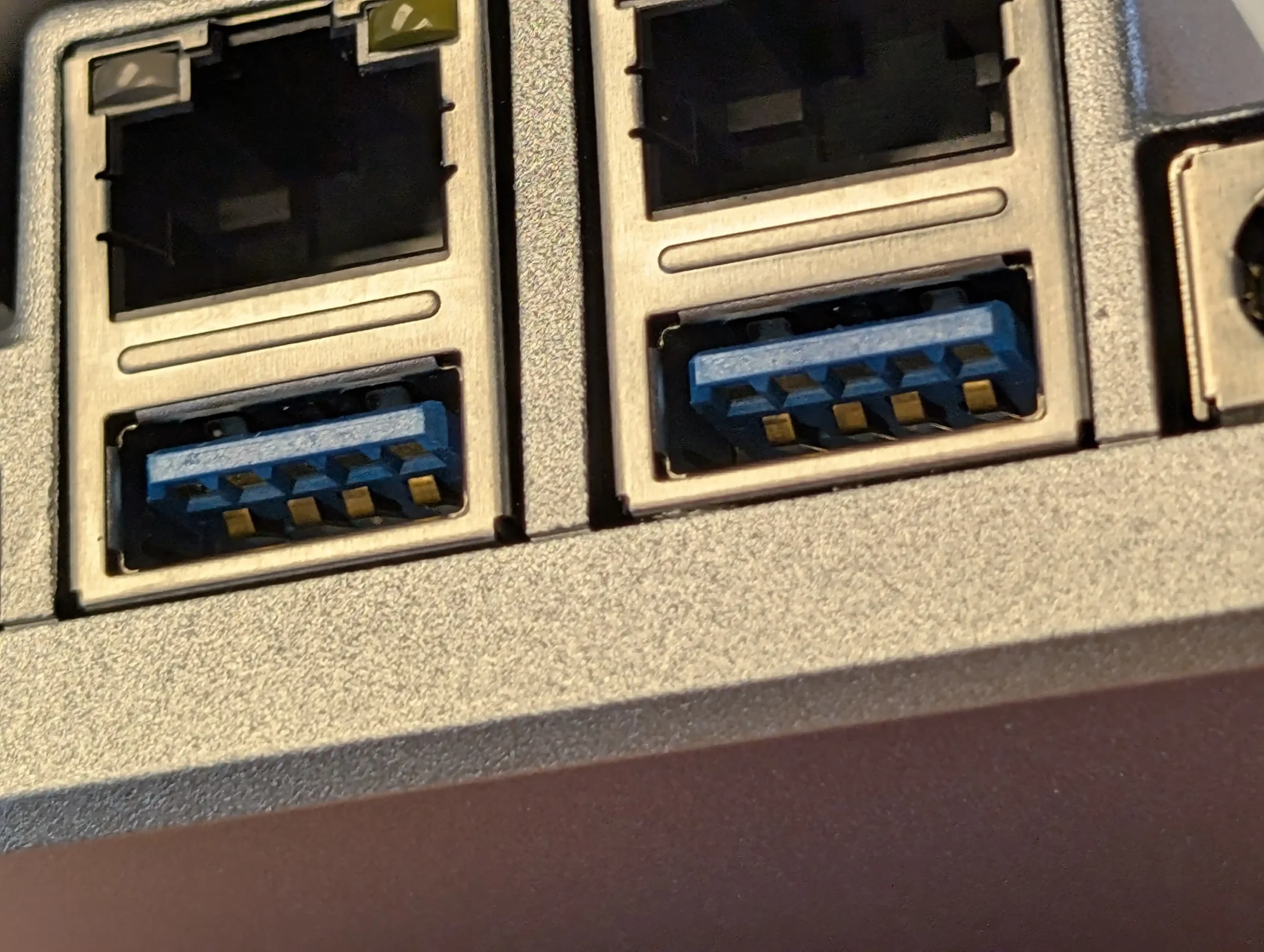
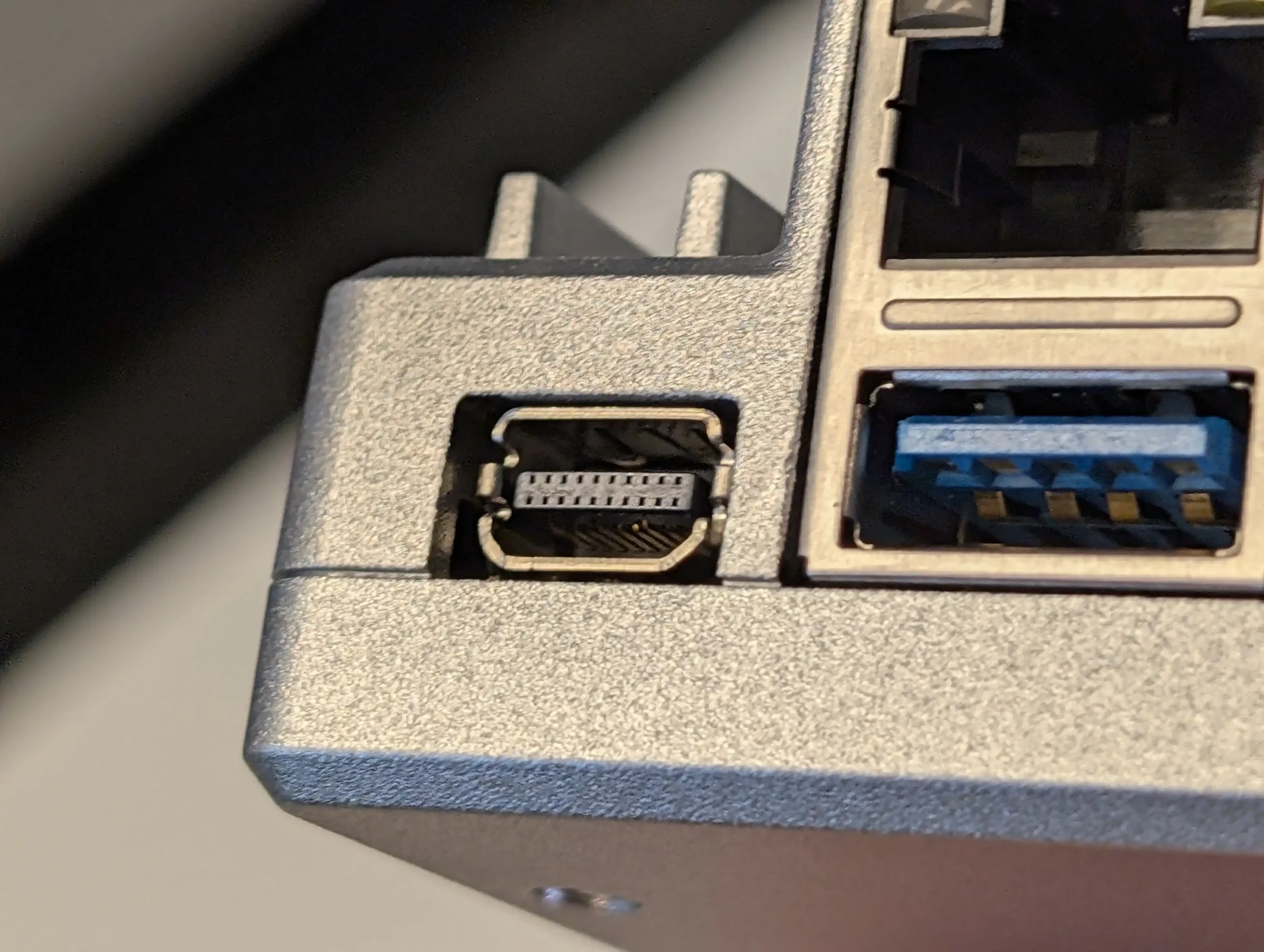
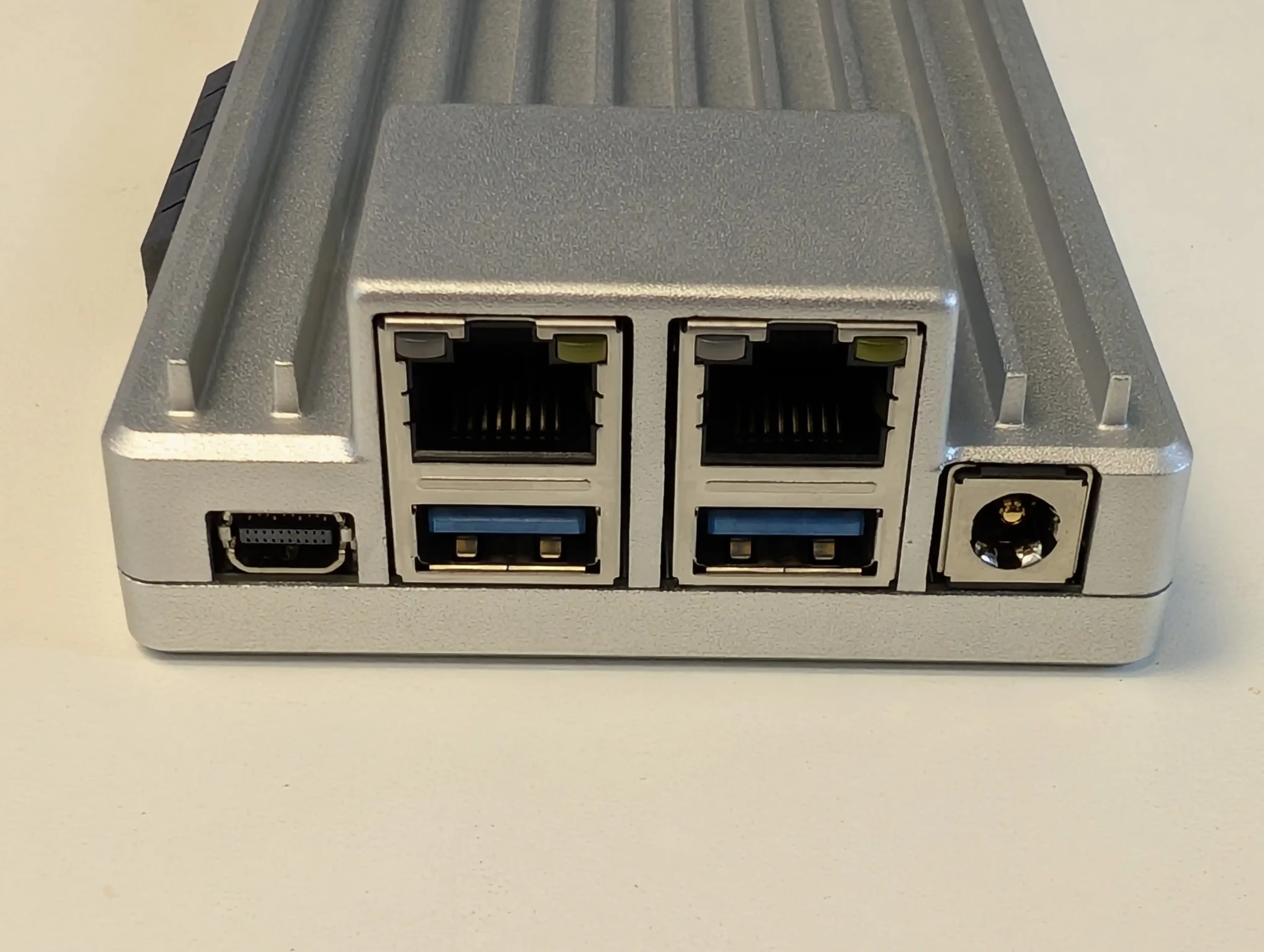
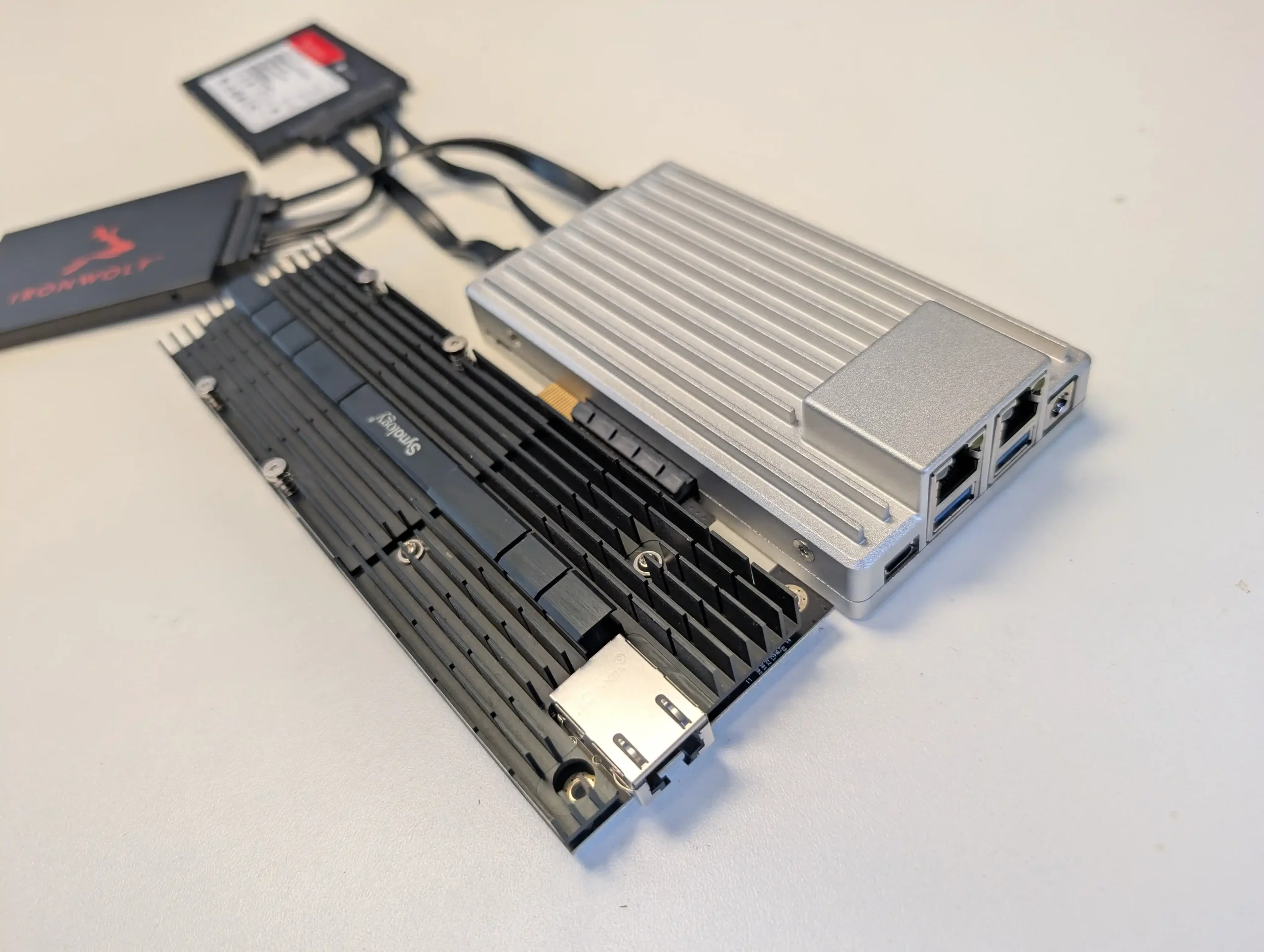
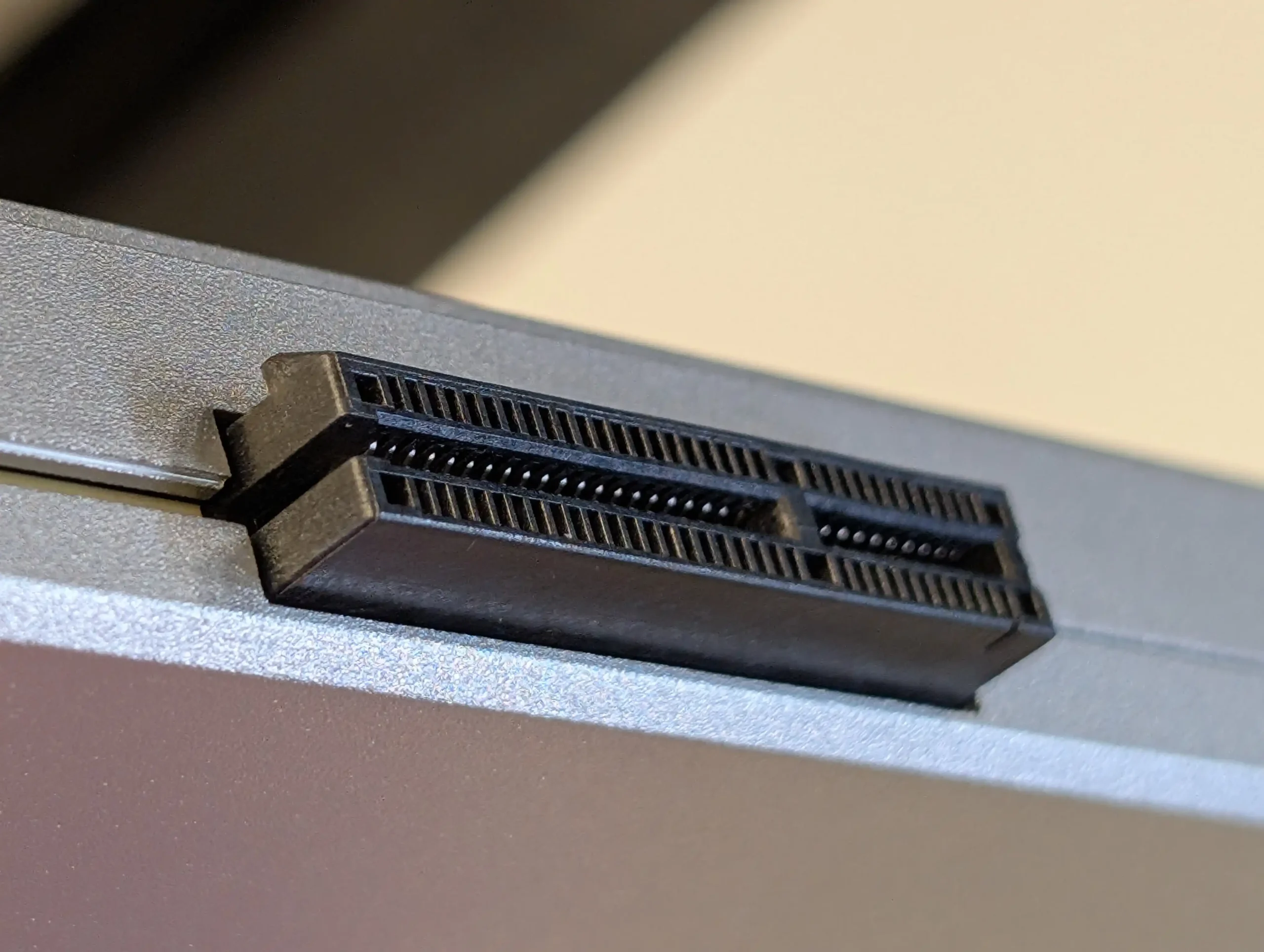

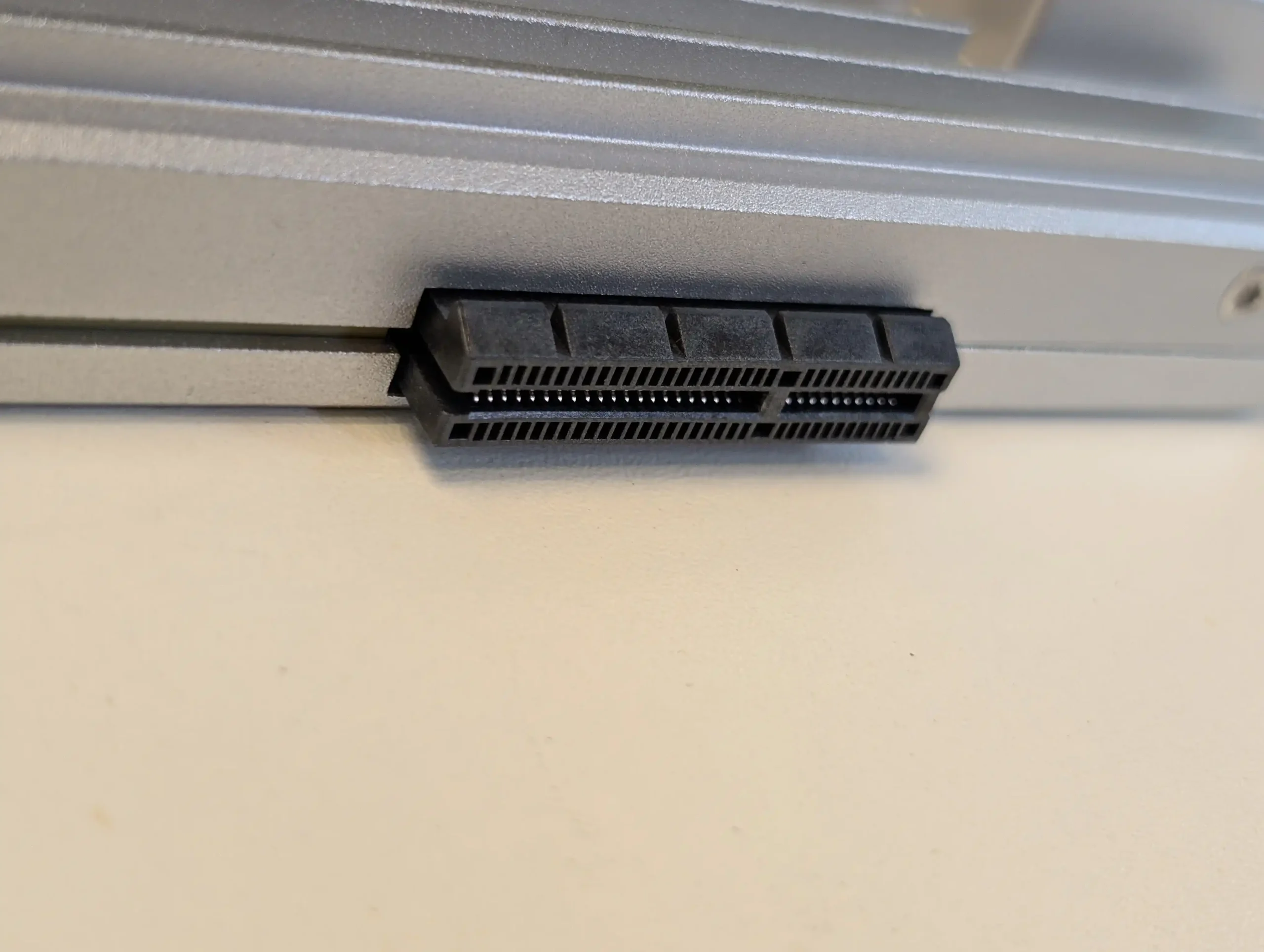
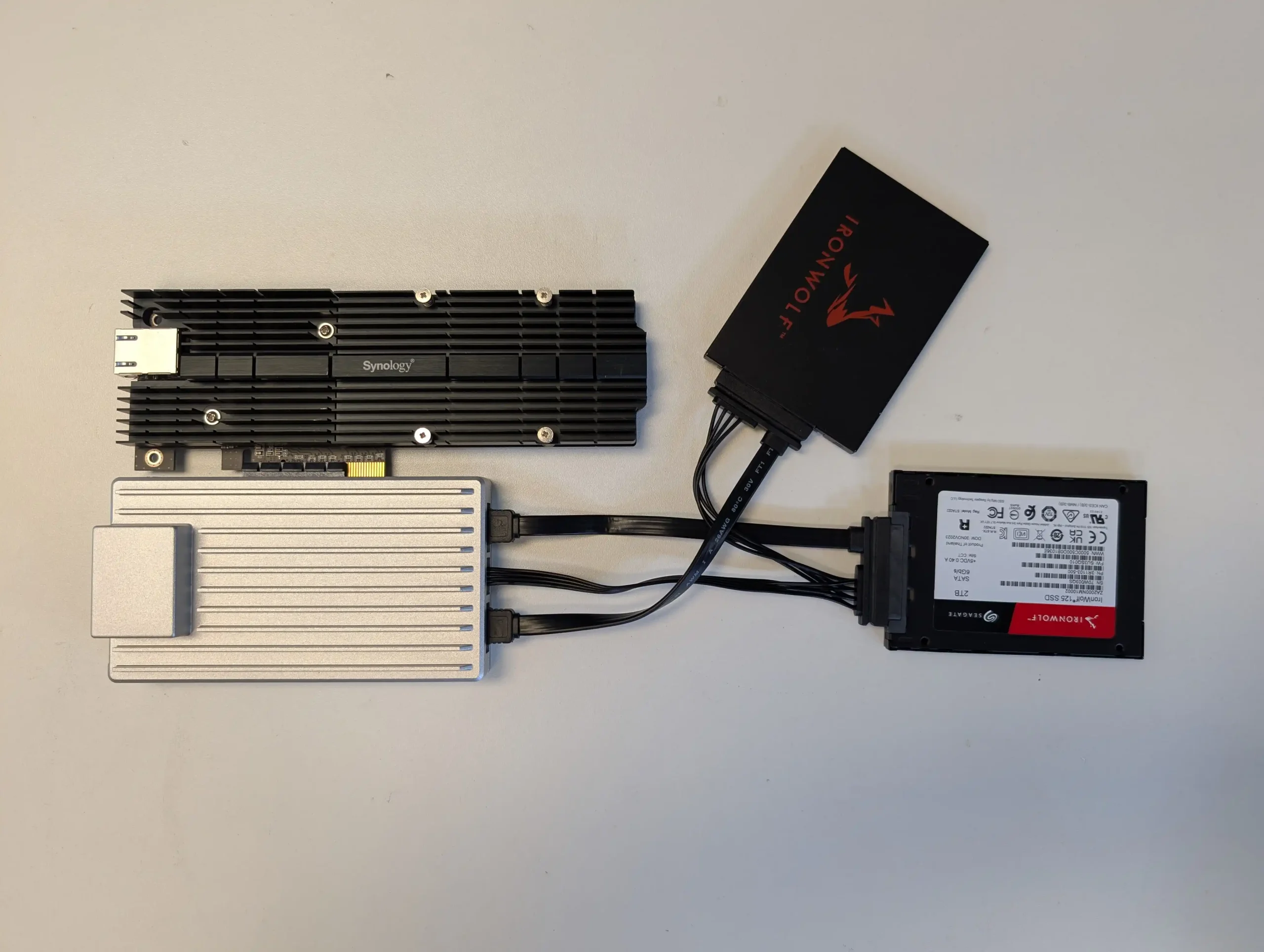
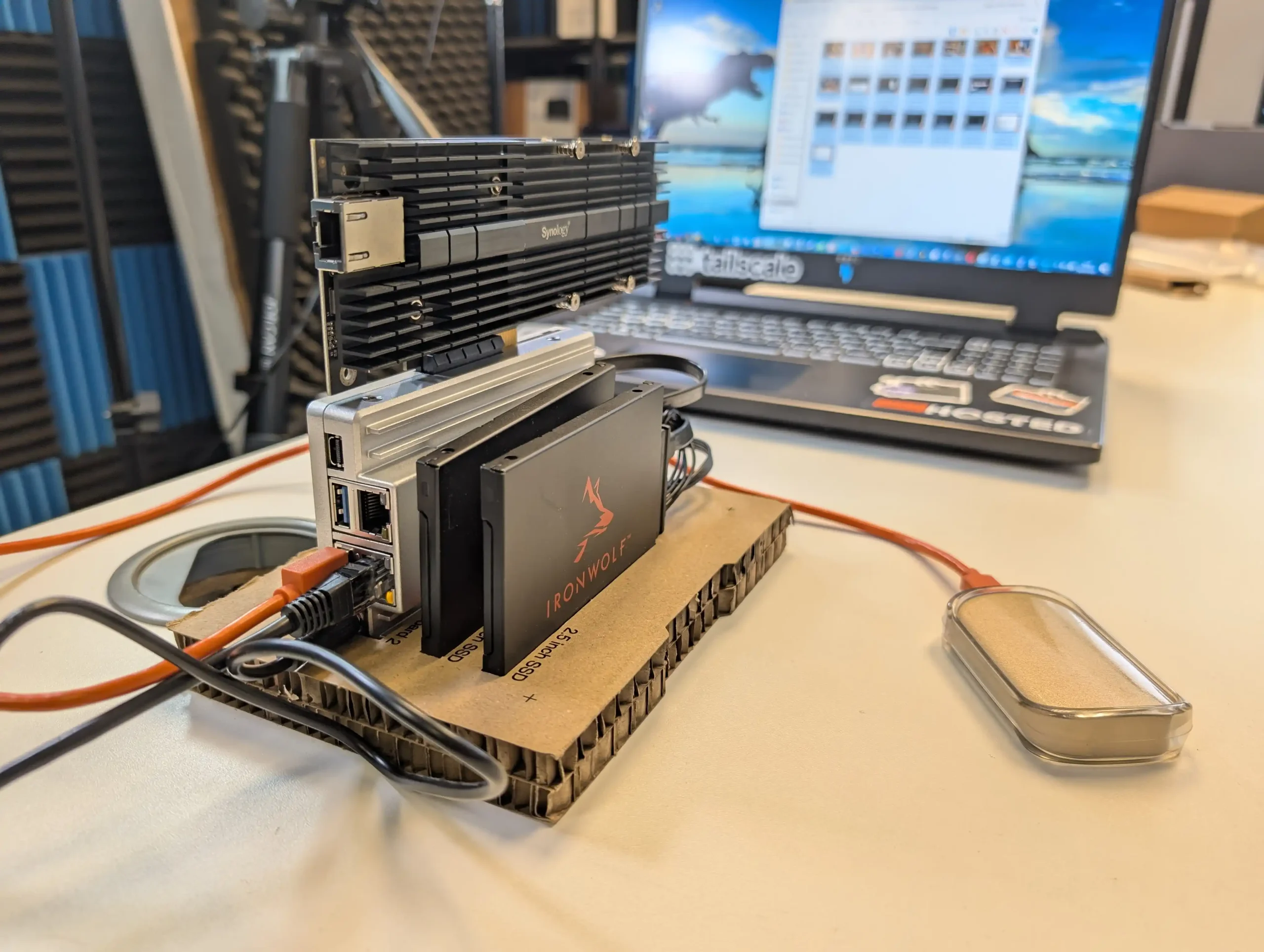
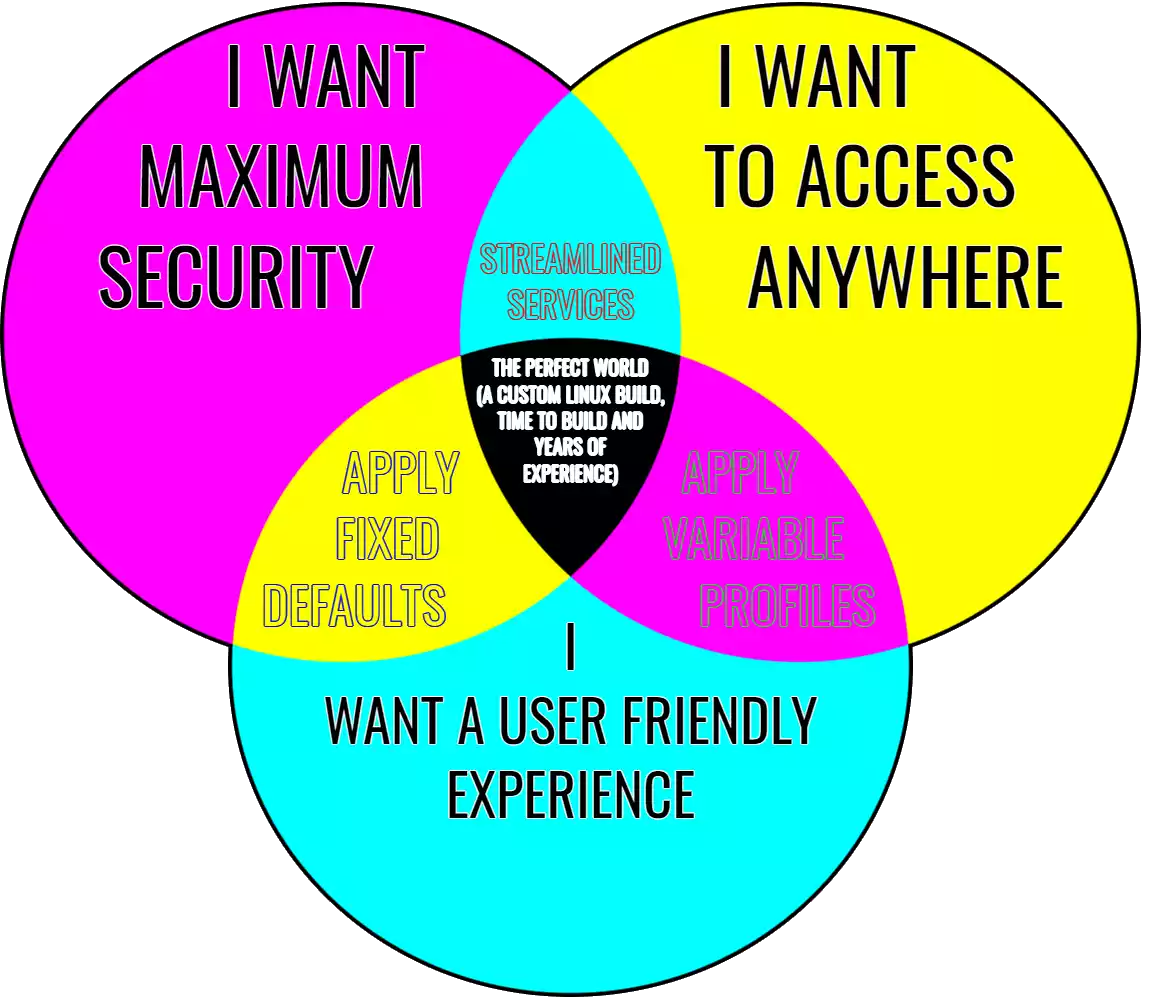
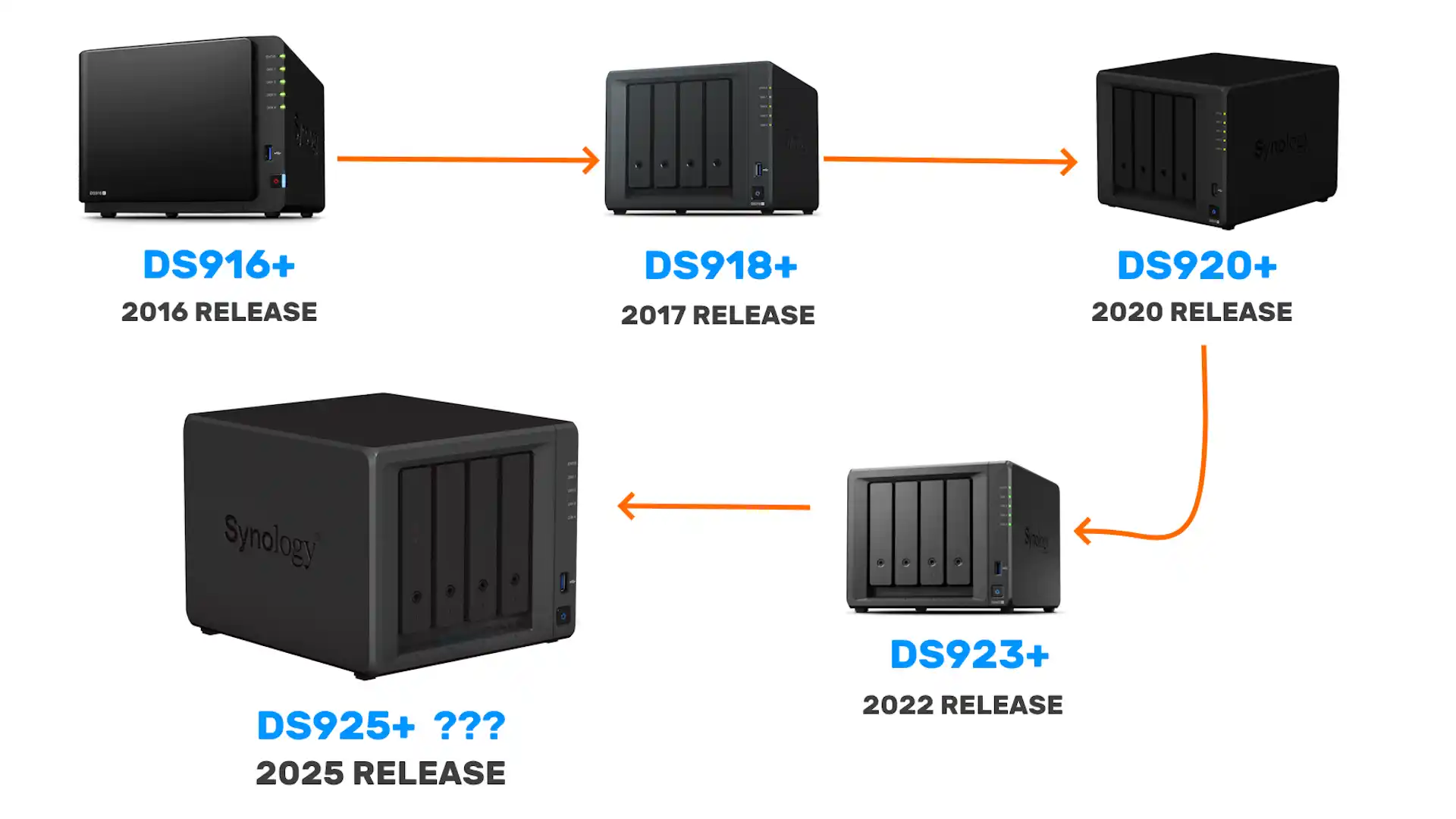
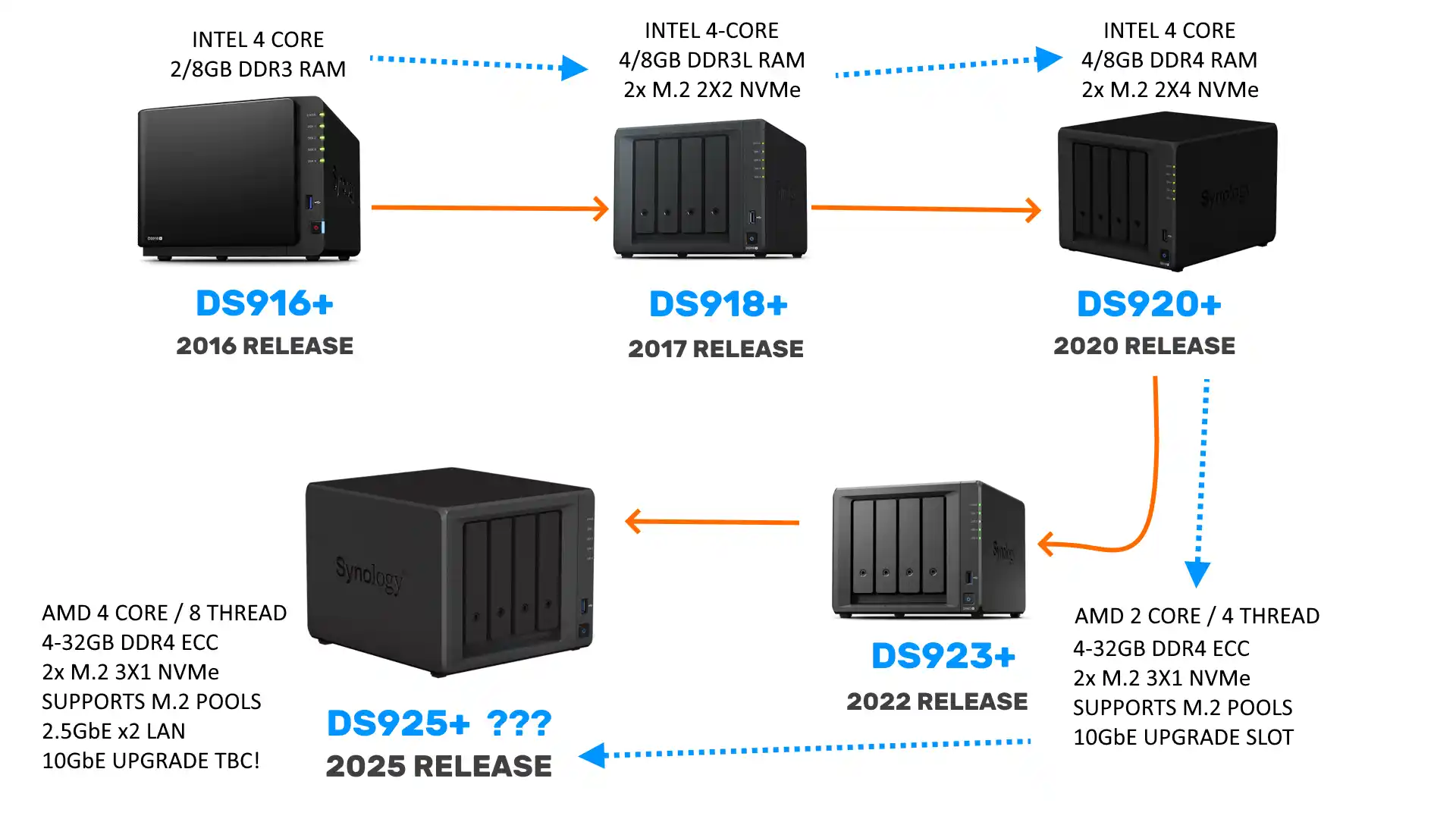
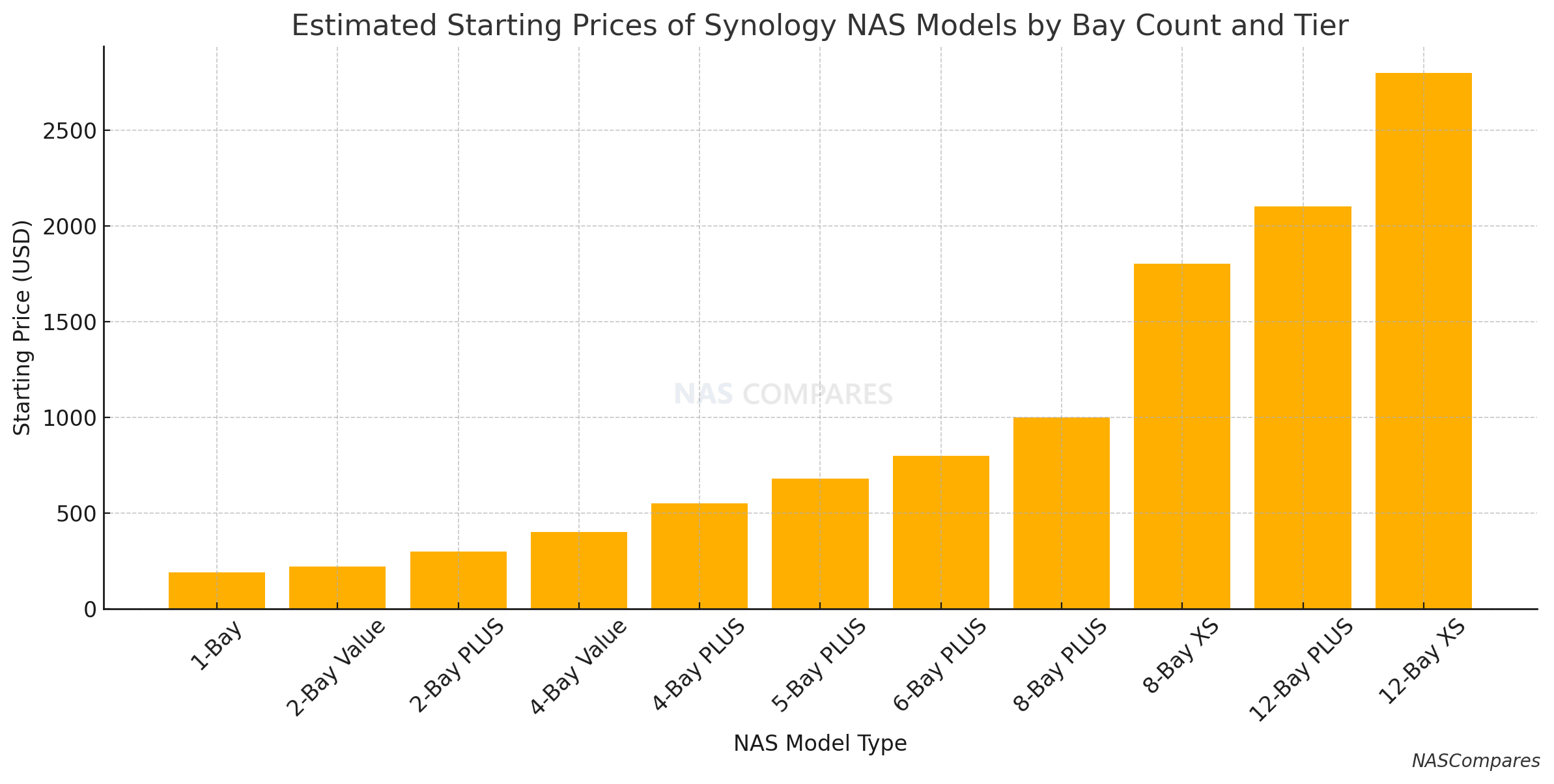
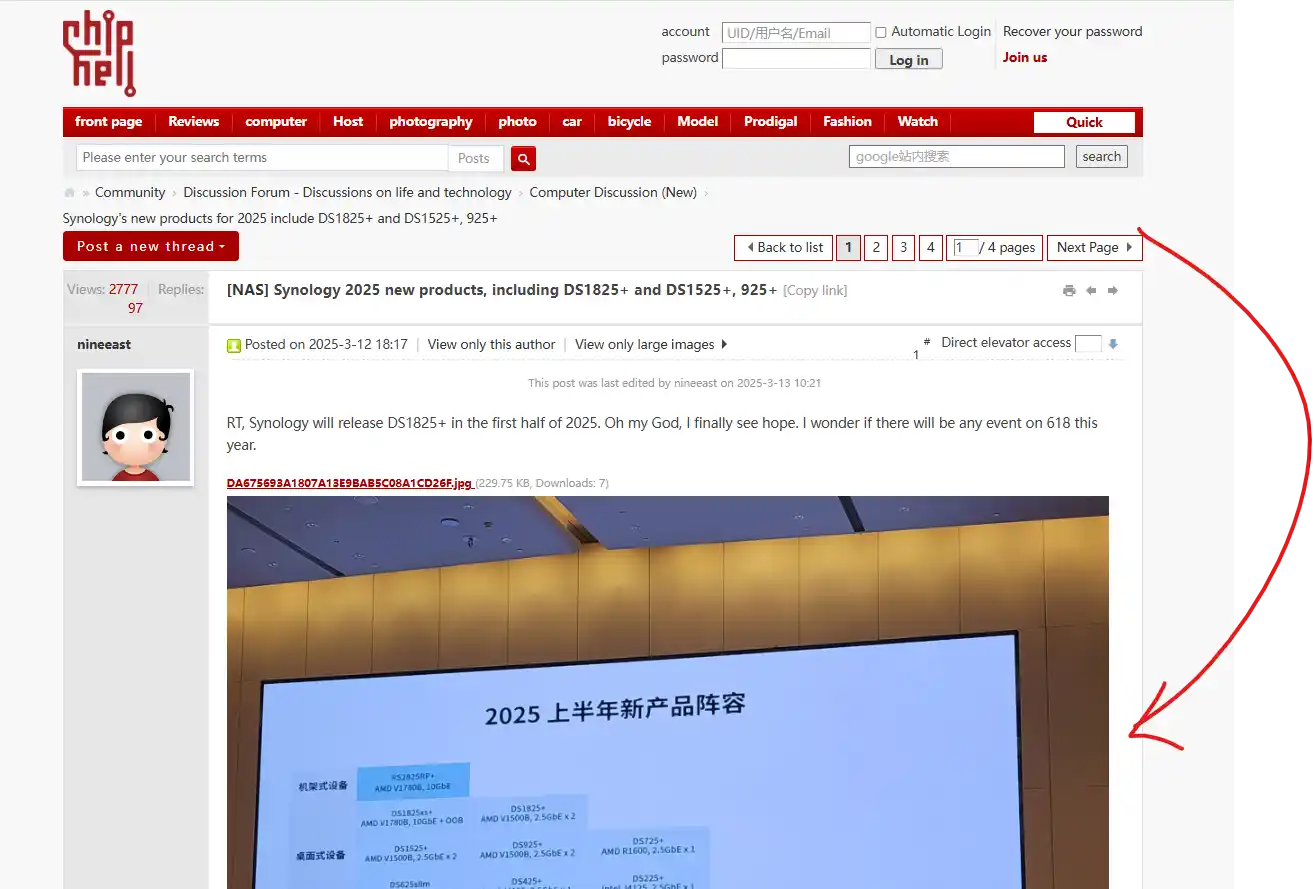
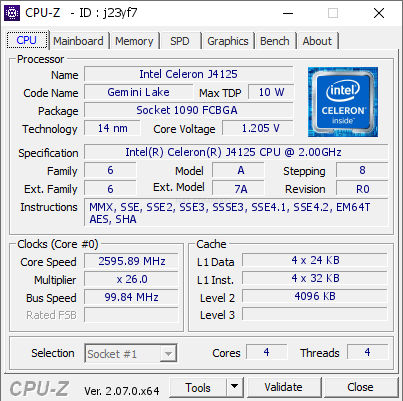


 Synology AI Console débarque sur les NAS
Synology AI Console débarque sur les NAS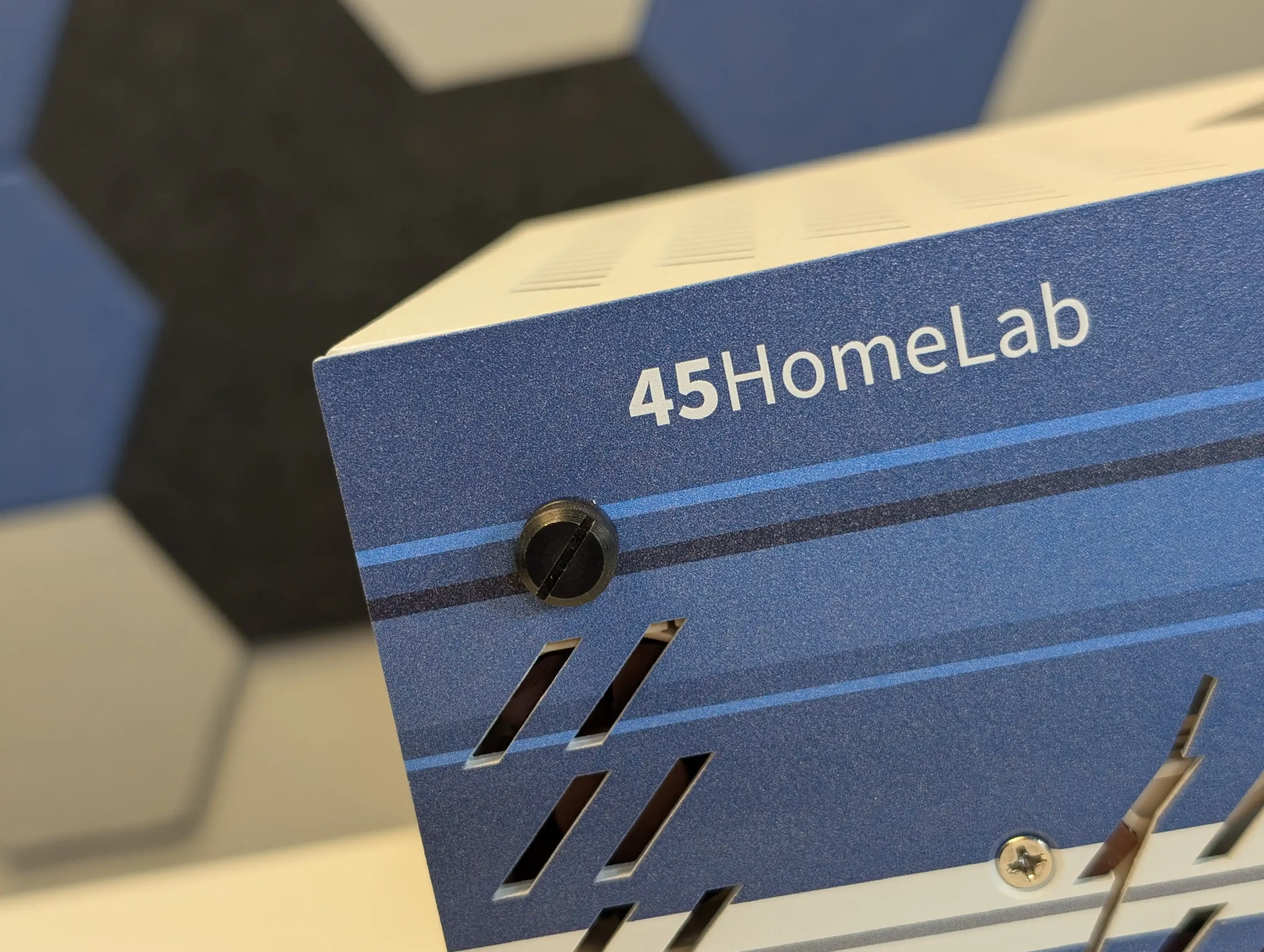
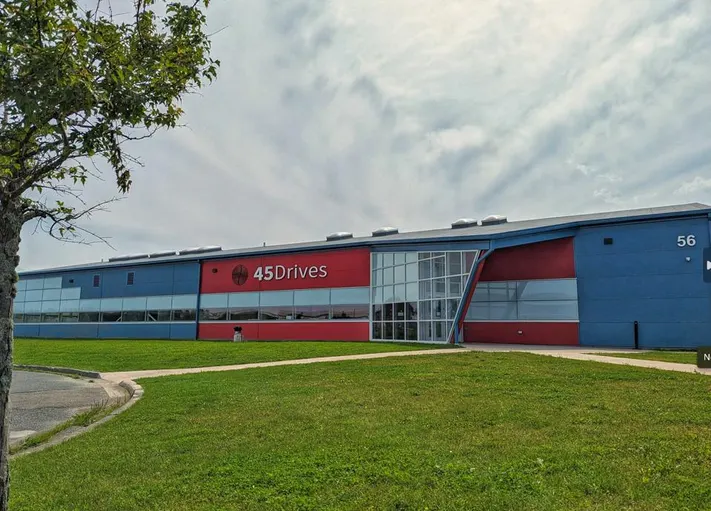
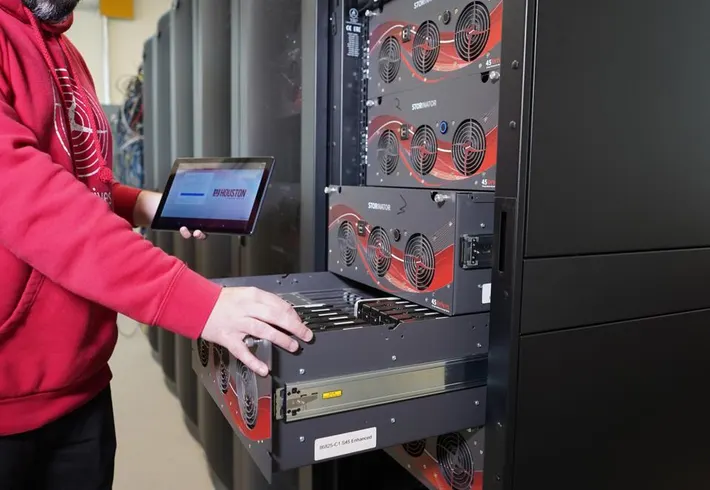

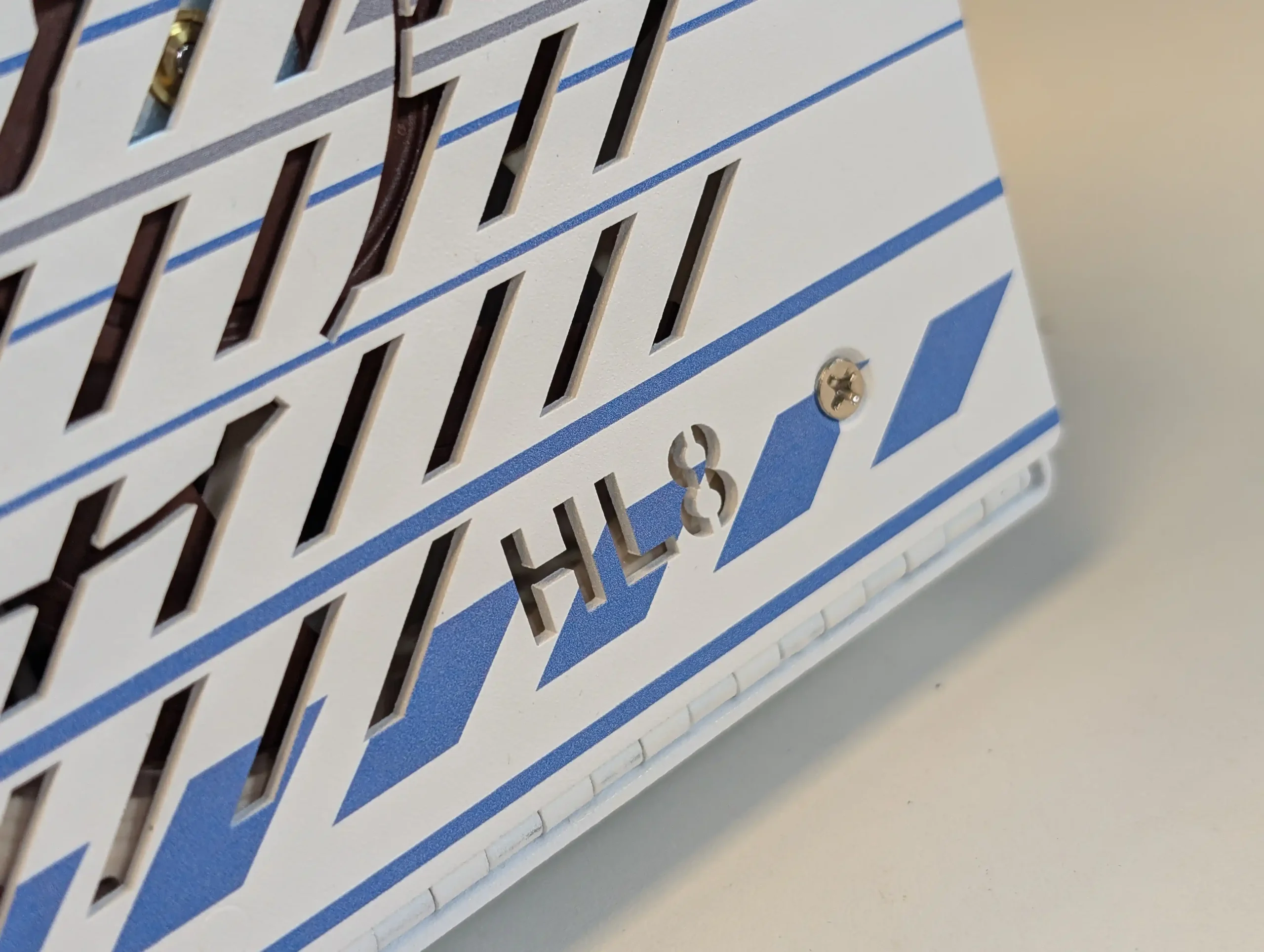
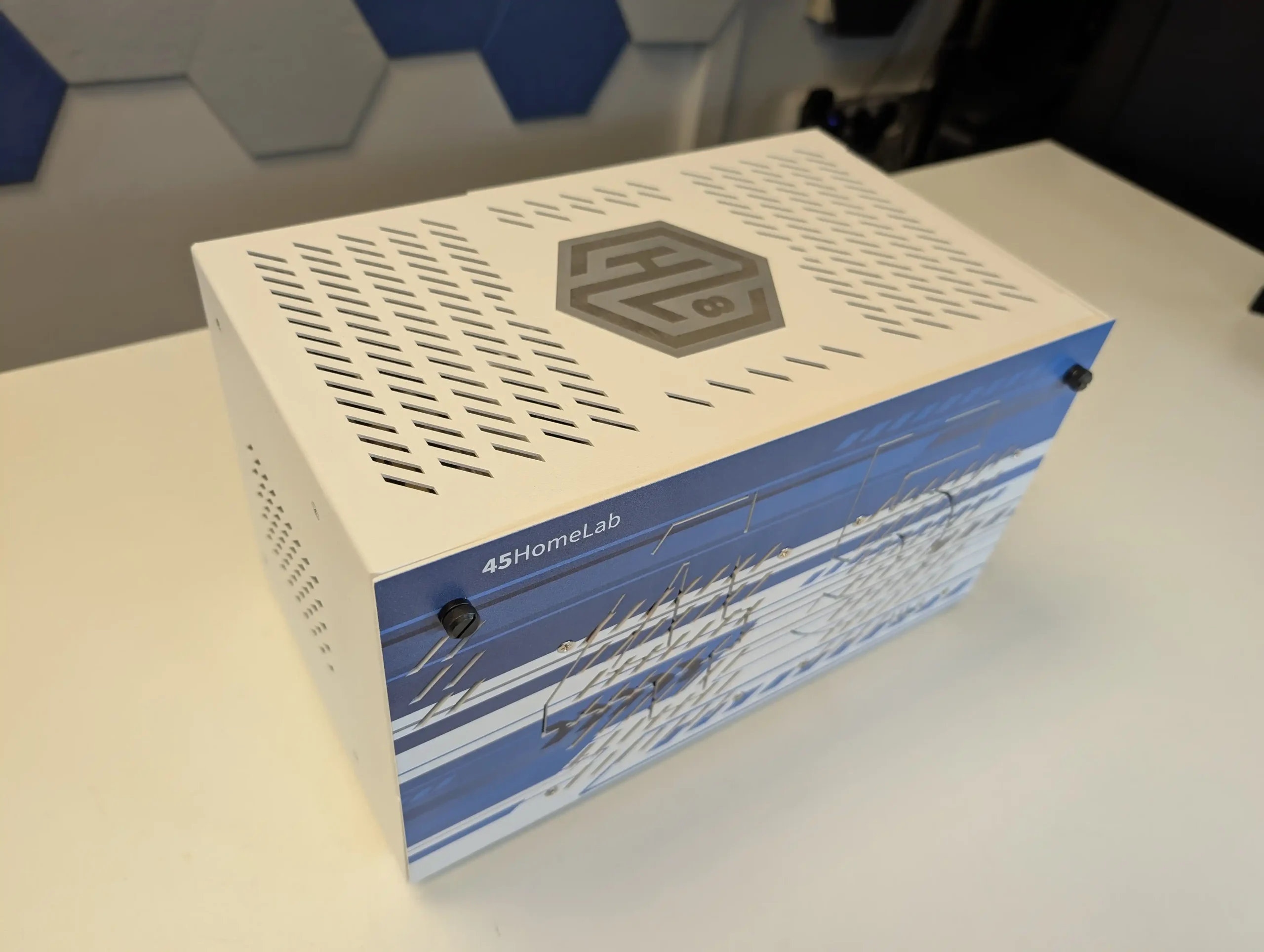 The finish is matte and durable, avoiding cheap plastics or decorative panels. Buyers can choose between metal and acrylic front plates, and several color options are available, offering some degree of personalization—something rarely seen at this tier. Branding is subtle, with the HL8 model designation etched into the top panel and a logo plate on the front face.
The finish is matte and durable, avoiding cheap plastics or decorative panels. Buyers can choose between metal and acrylic front plates, and several color options are available, offering some degree of personalization—something rarely seen at this tier. Branding is subtle, with the HL8 model designation etched into the top panel and a logo plate on the front face.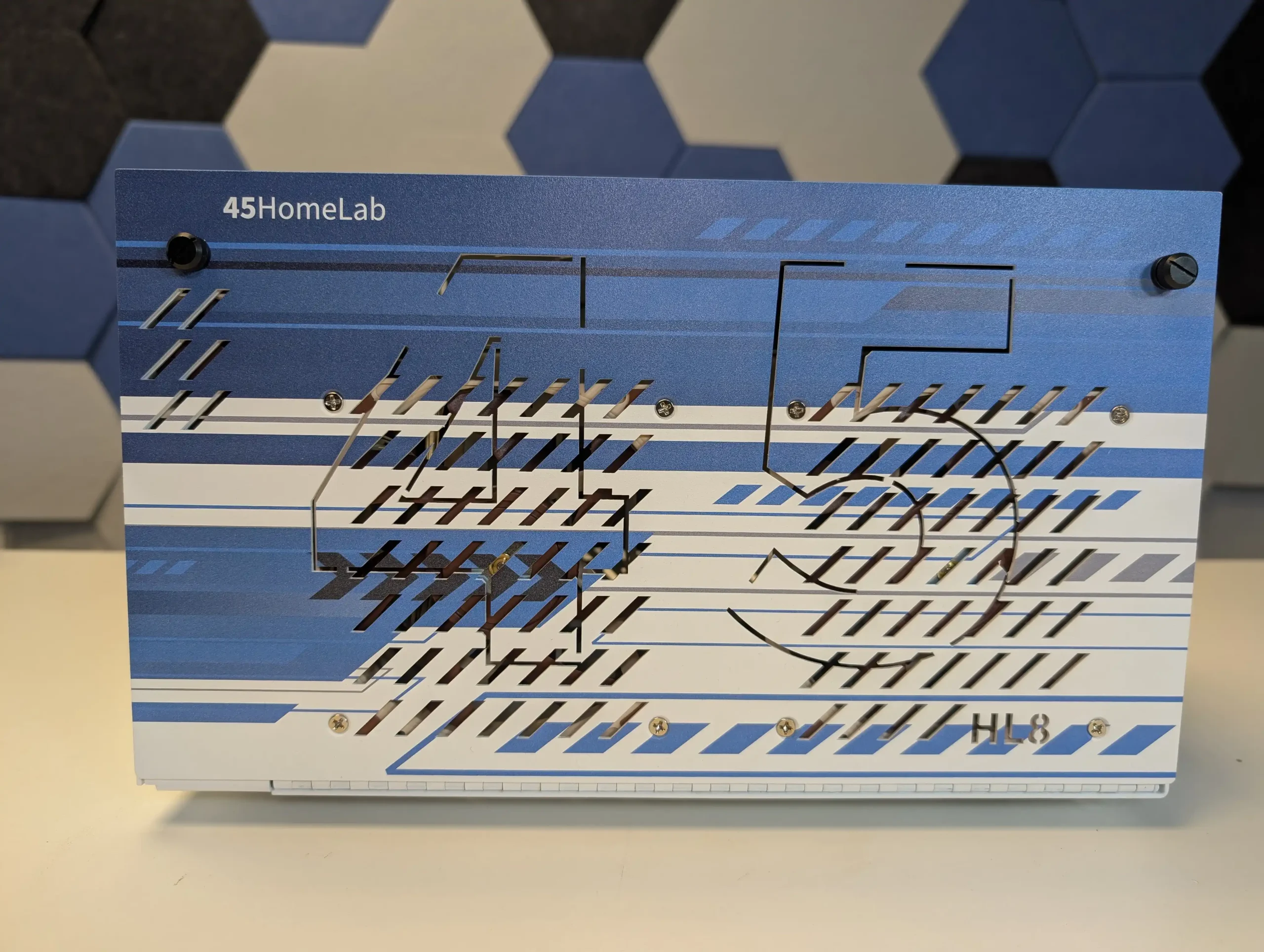
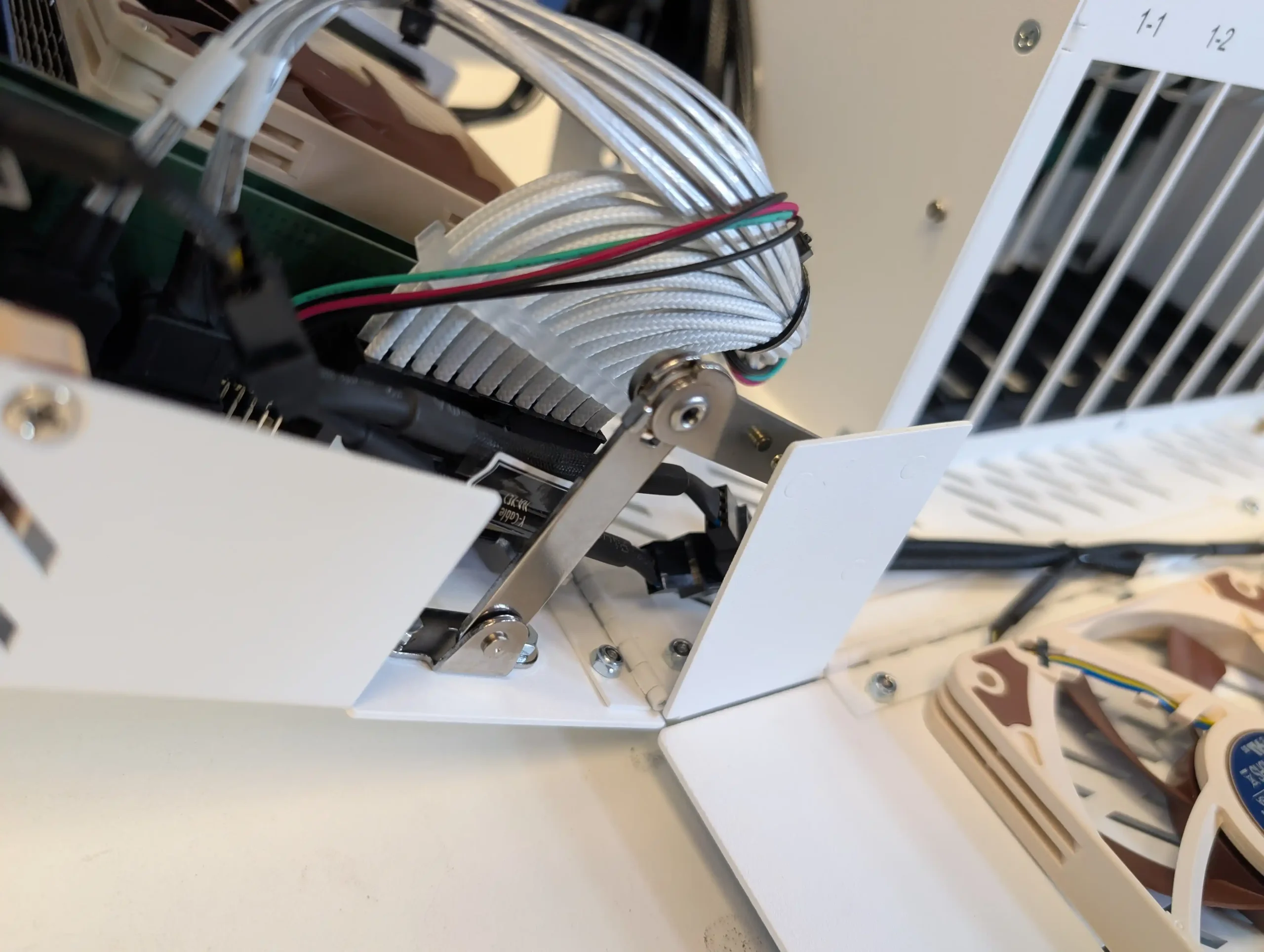 This mechanism provides real-time visibility into the system’s interior during operation, making it easier to perform diagnostics, replace fans, or adjust cabling. It’s particularly helpful for users who regularly service or upgrade their systems, and it avoids many of the frustrations associated with cramped or tool-dependent access panels.
This mechanism provides real-time visibility into the system’s interior during operation, making it easier to perform diagnostics, replace fans, or adjust cabling. It’s particularly helpful for users who regularly service or upgrade their systems, and it avoids many of the frustrations associated with cramped or tool-dependent access panels.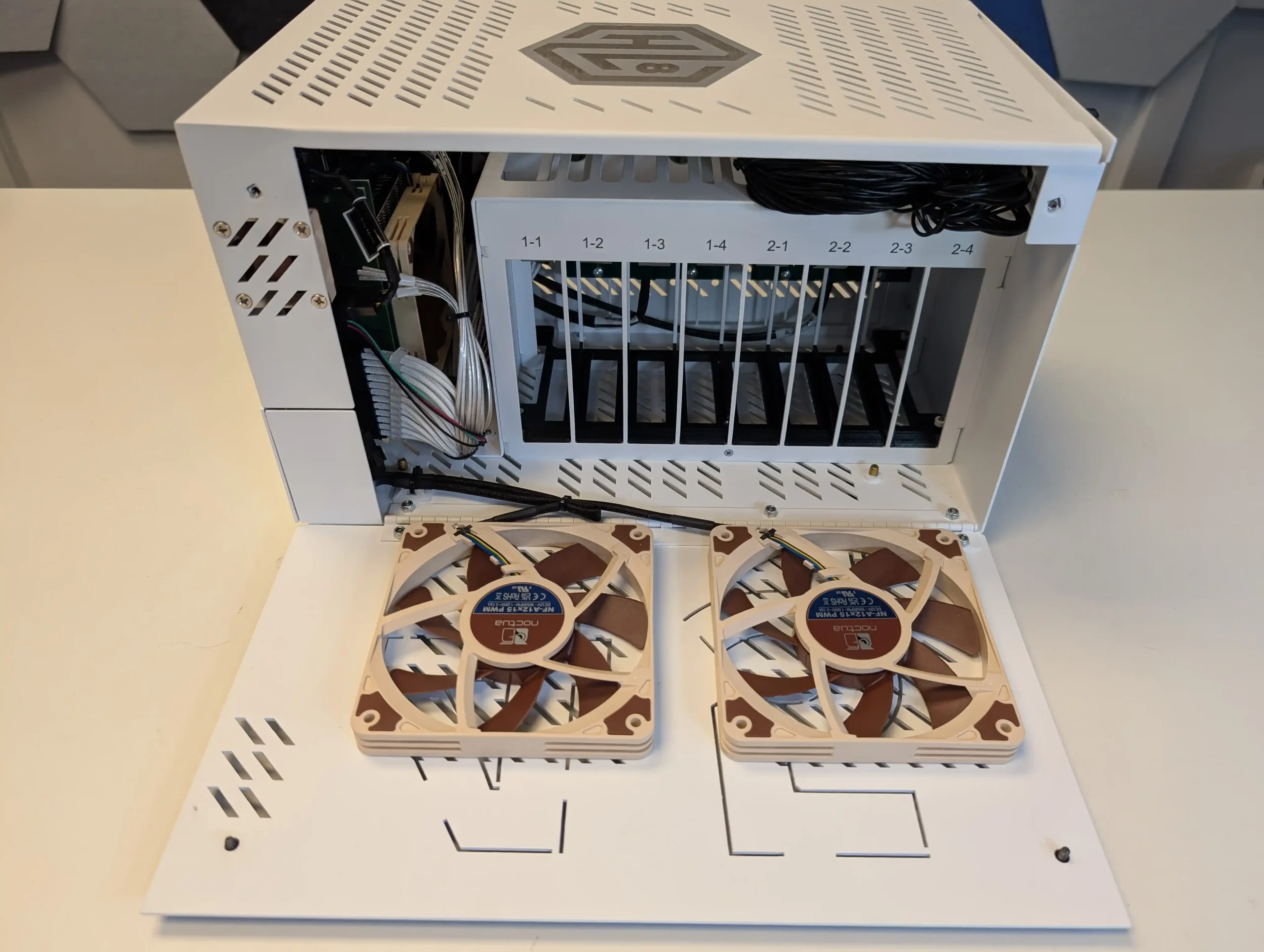
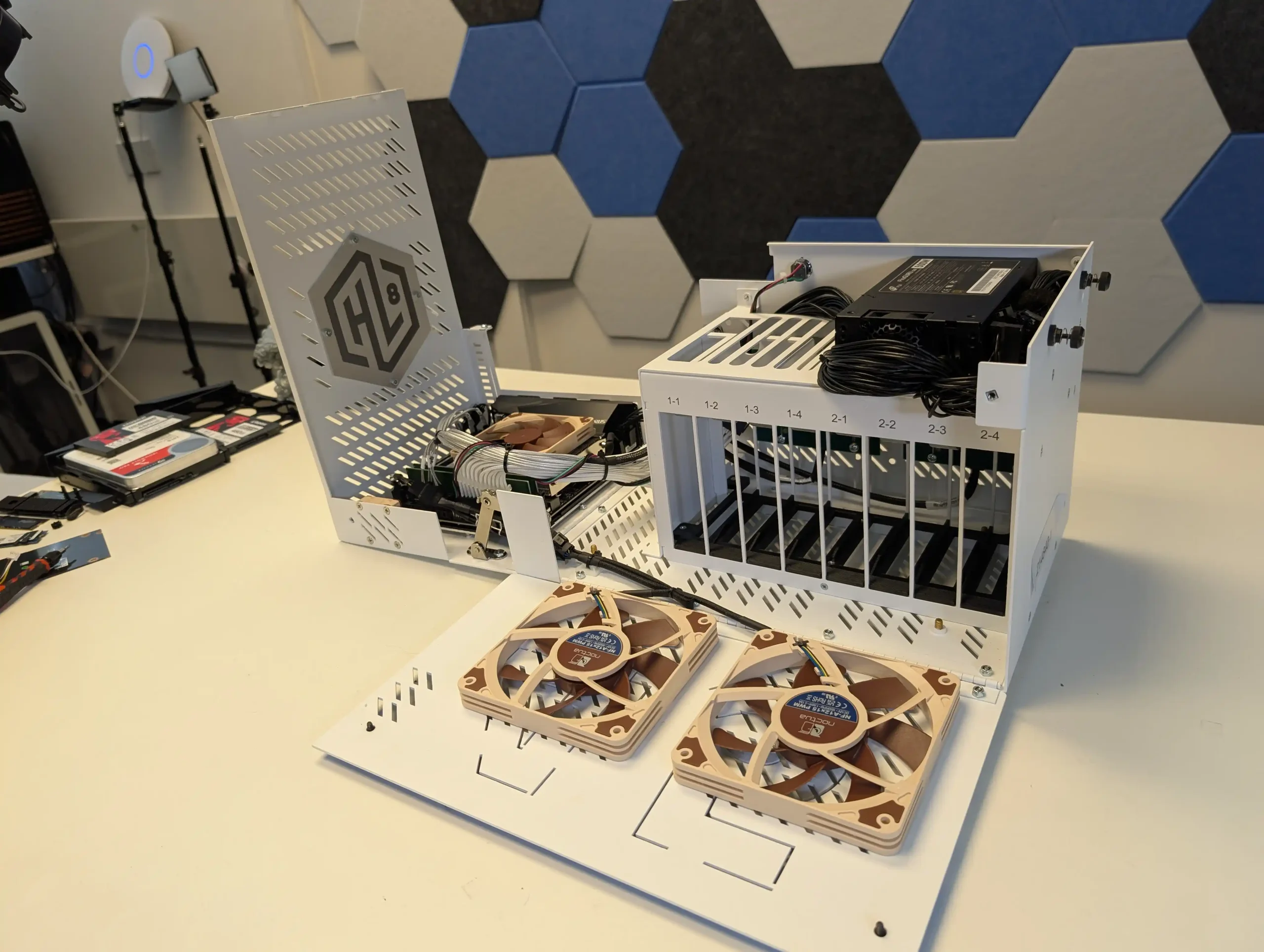
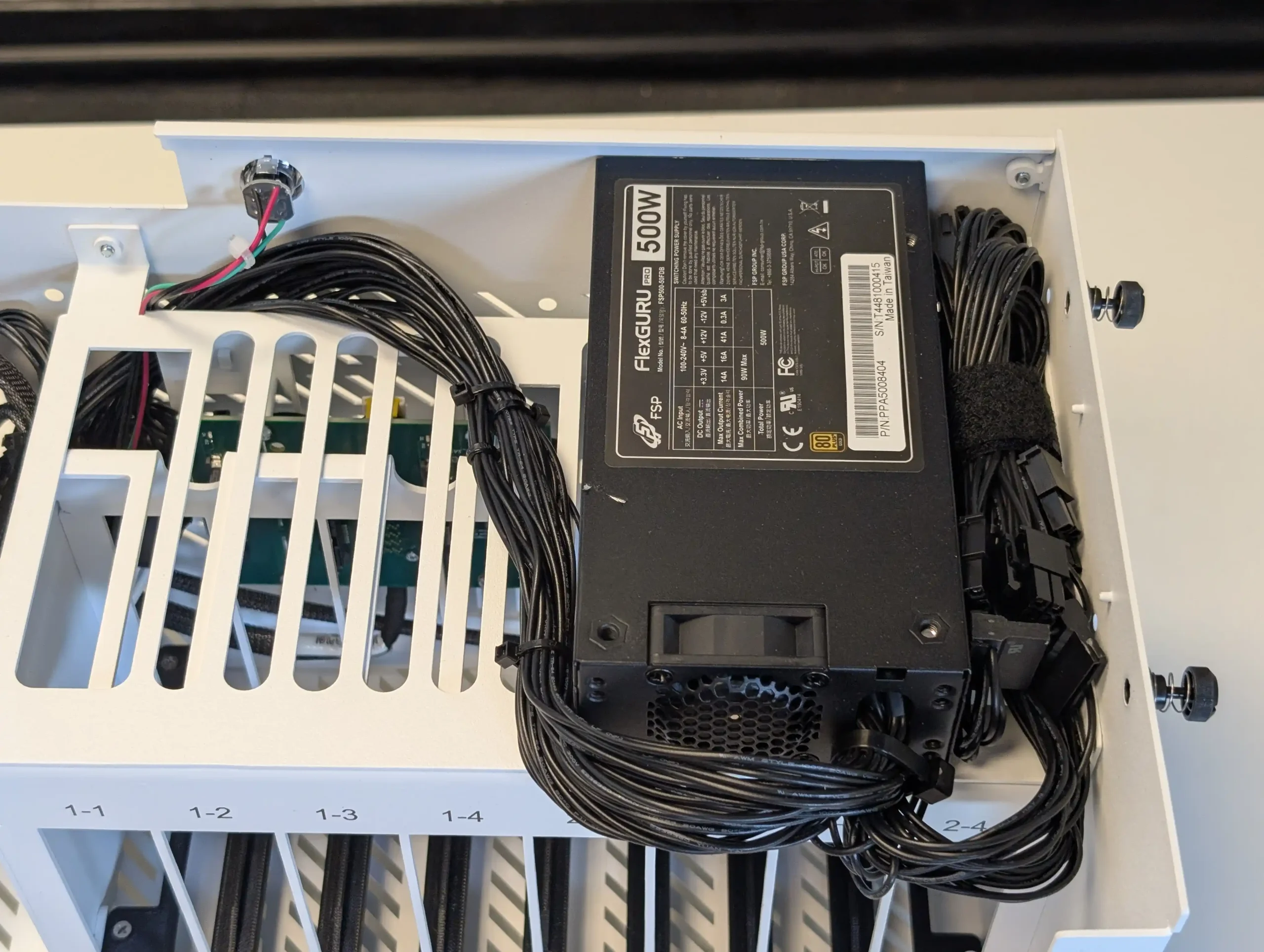
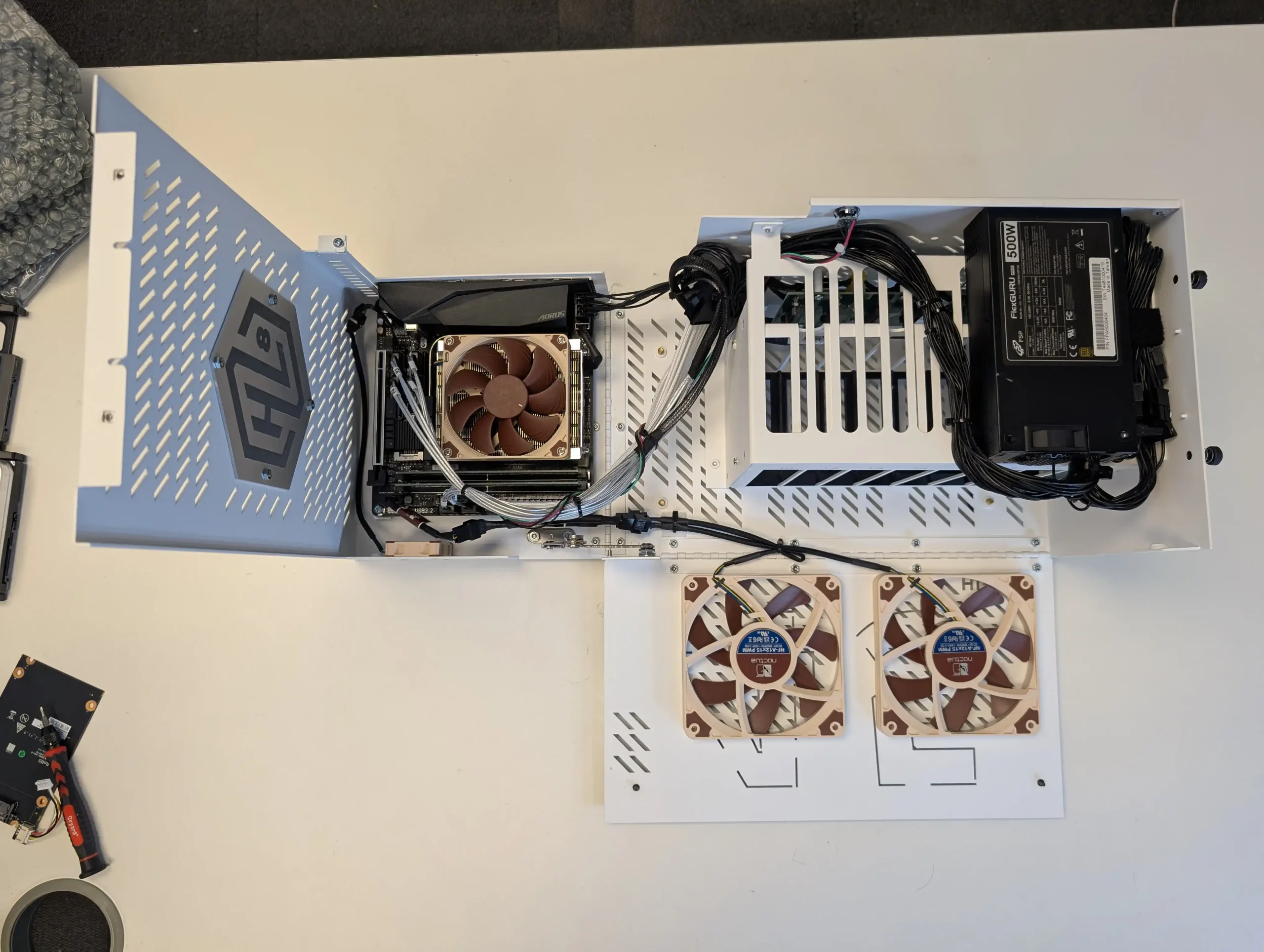
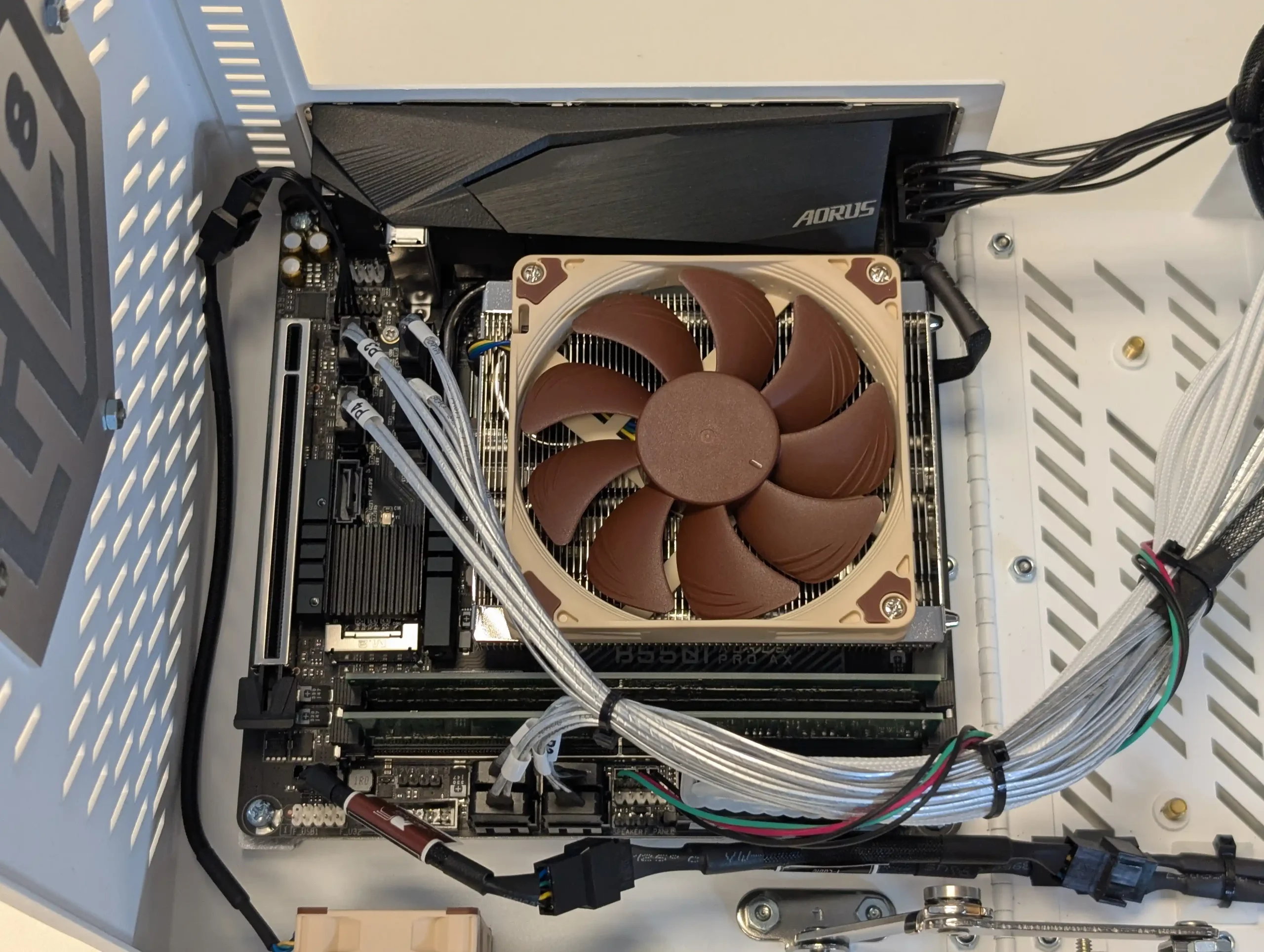
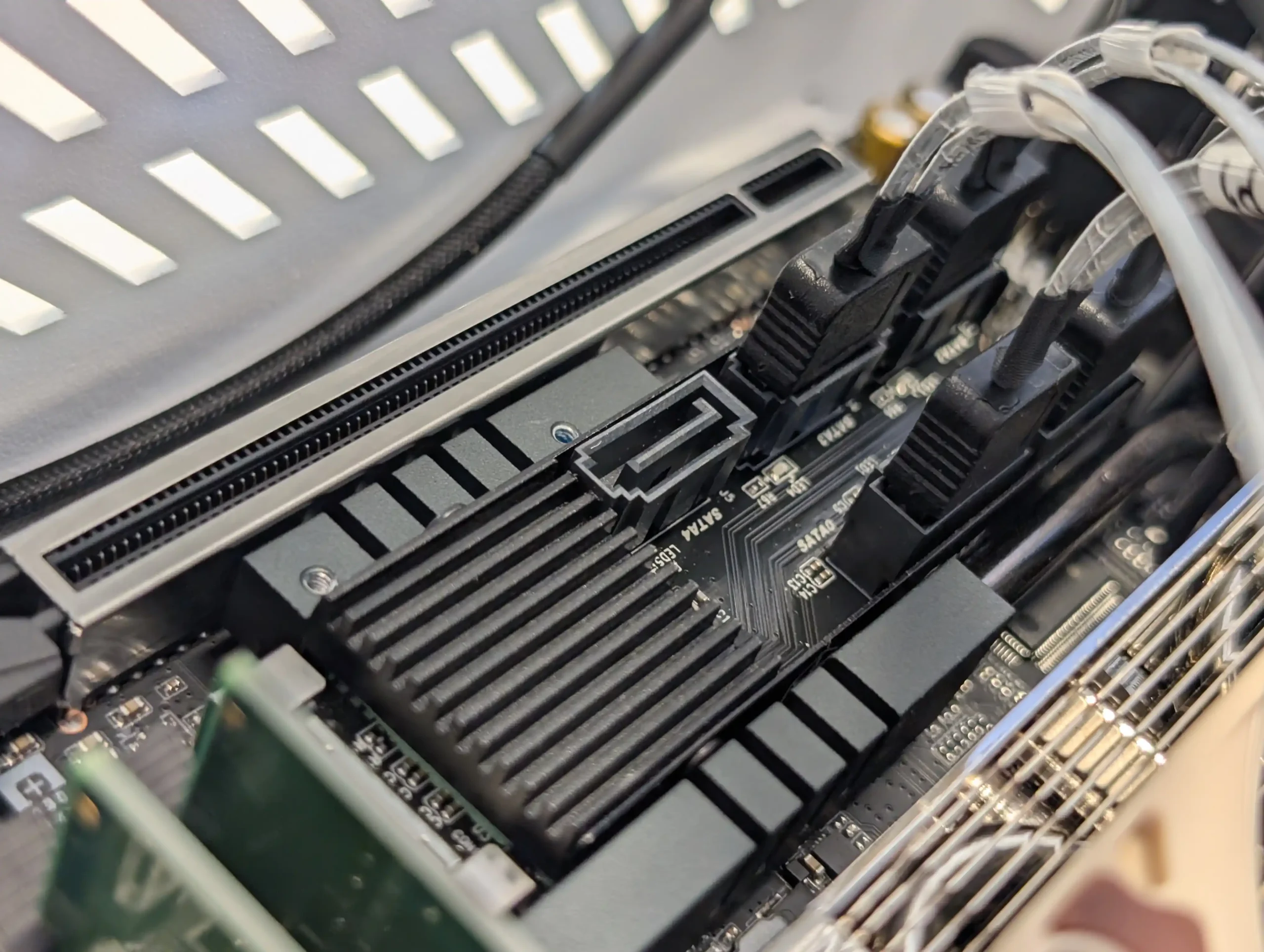
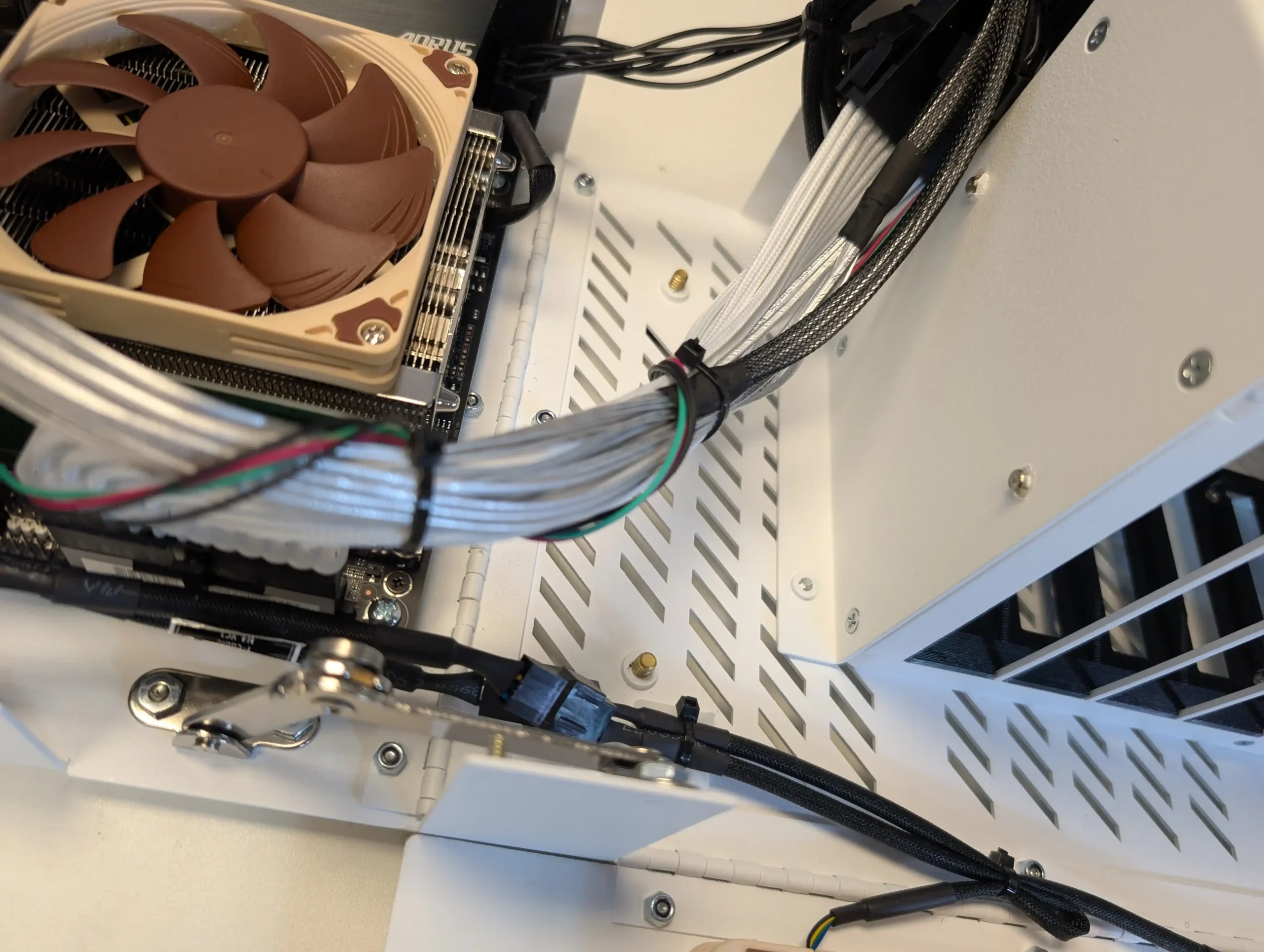
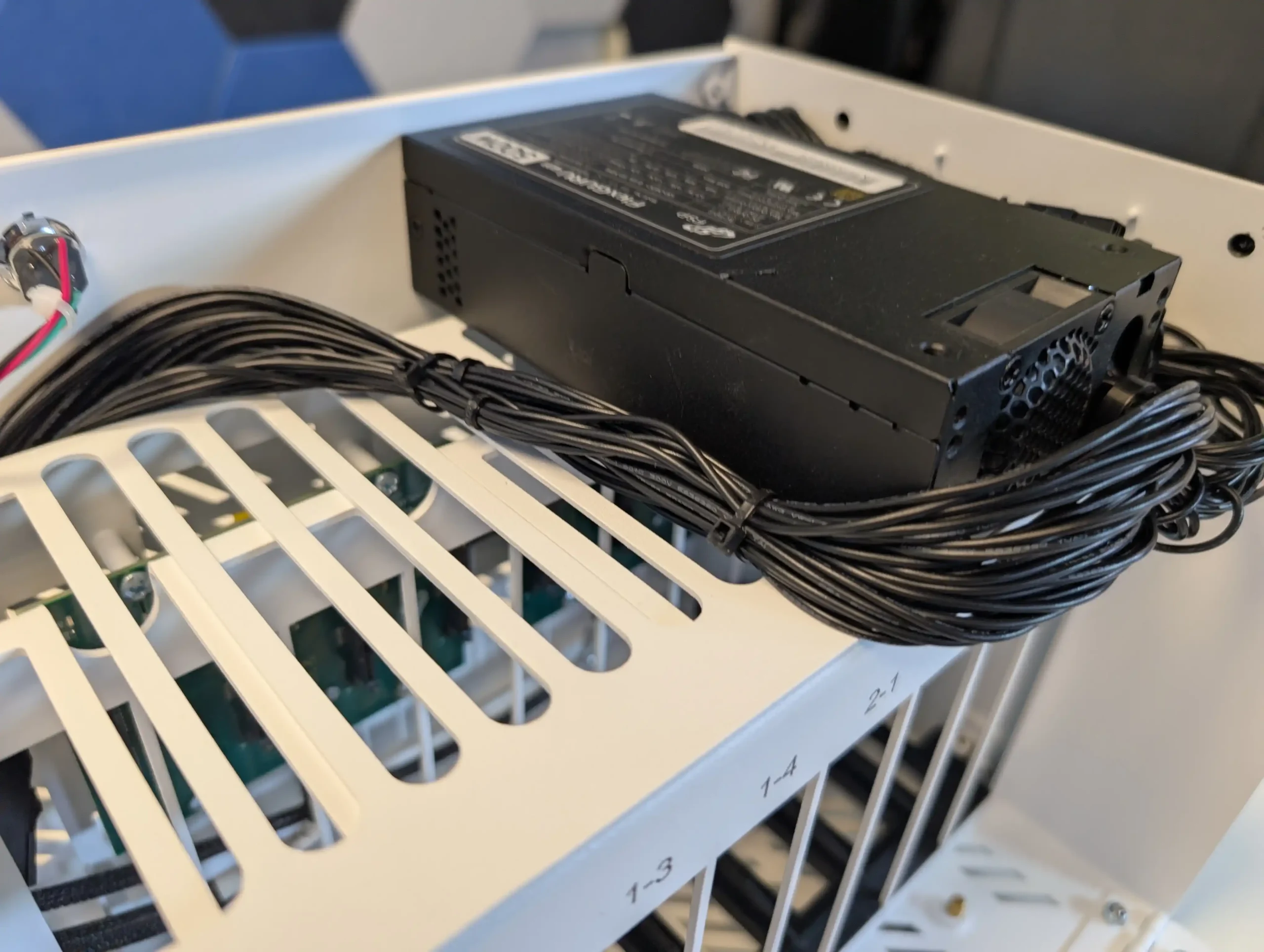
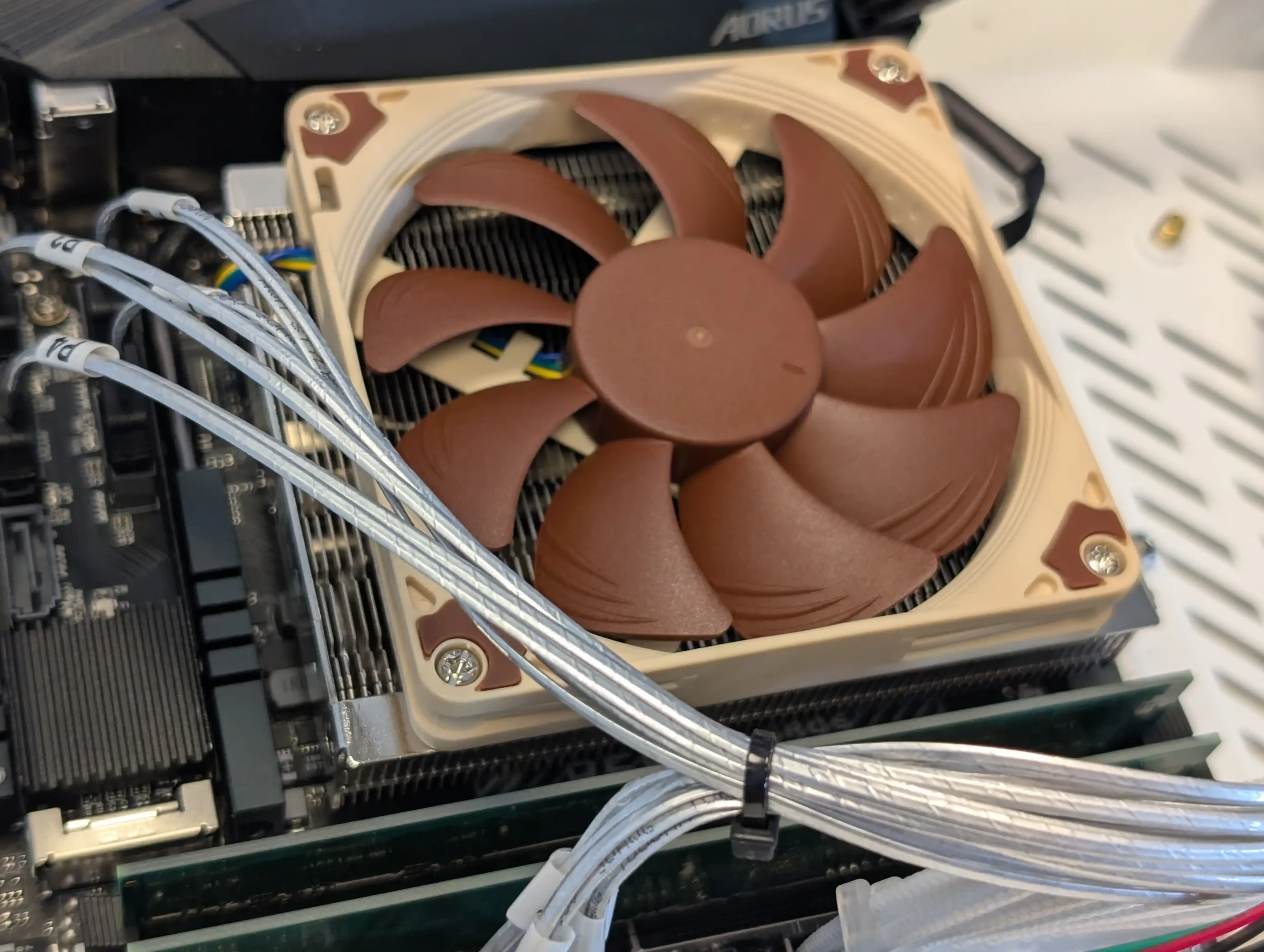
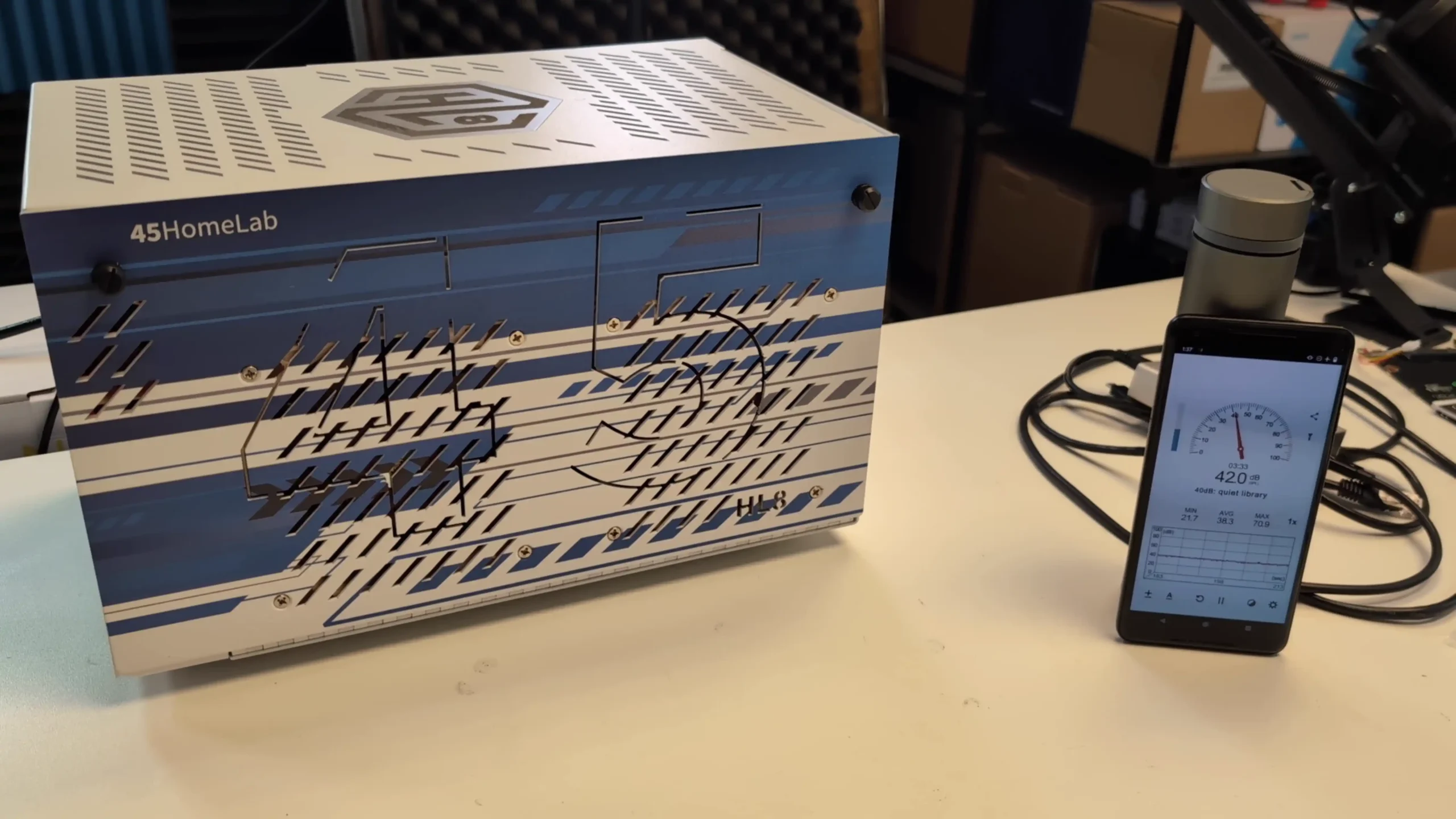
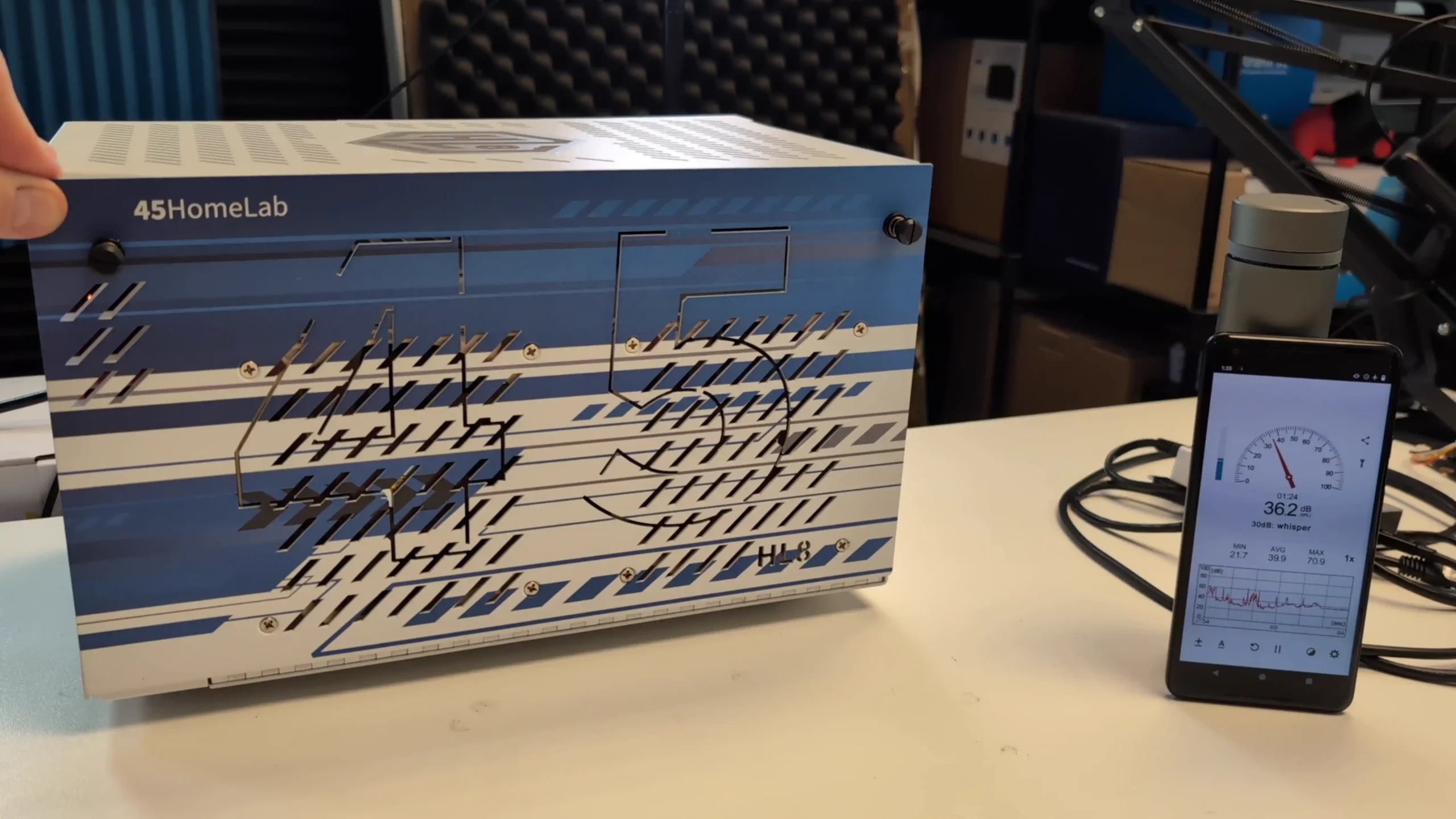
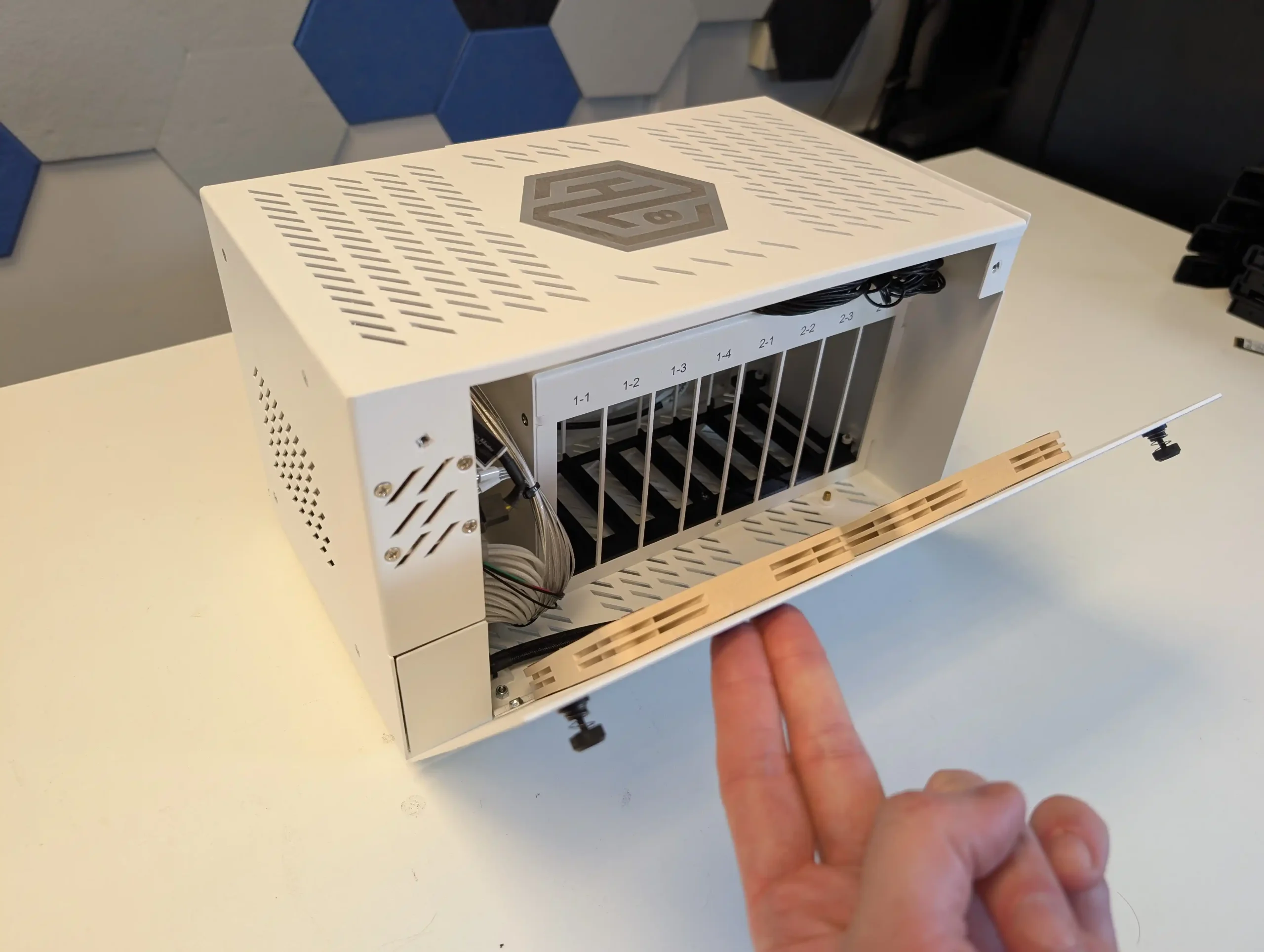
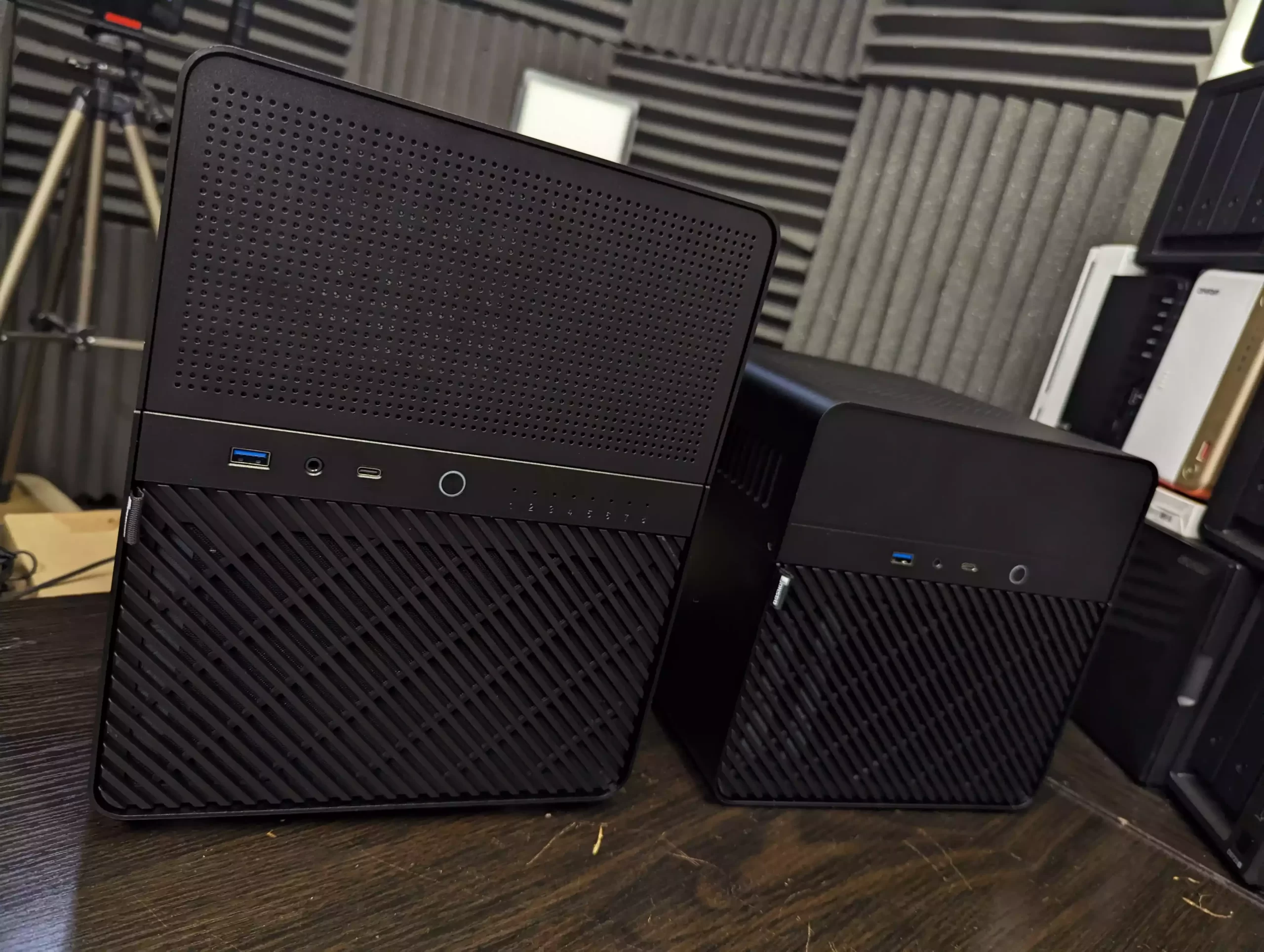
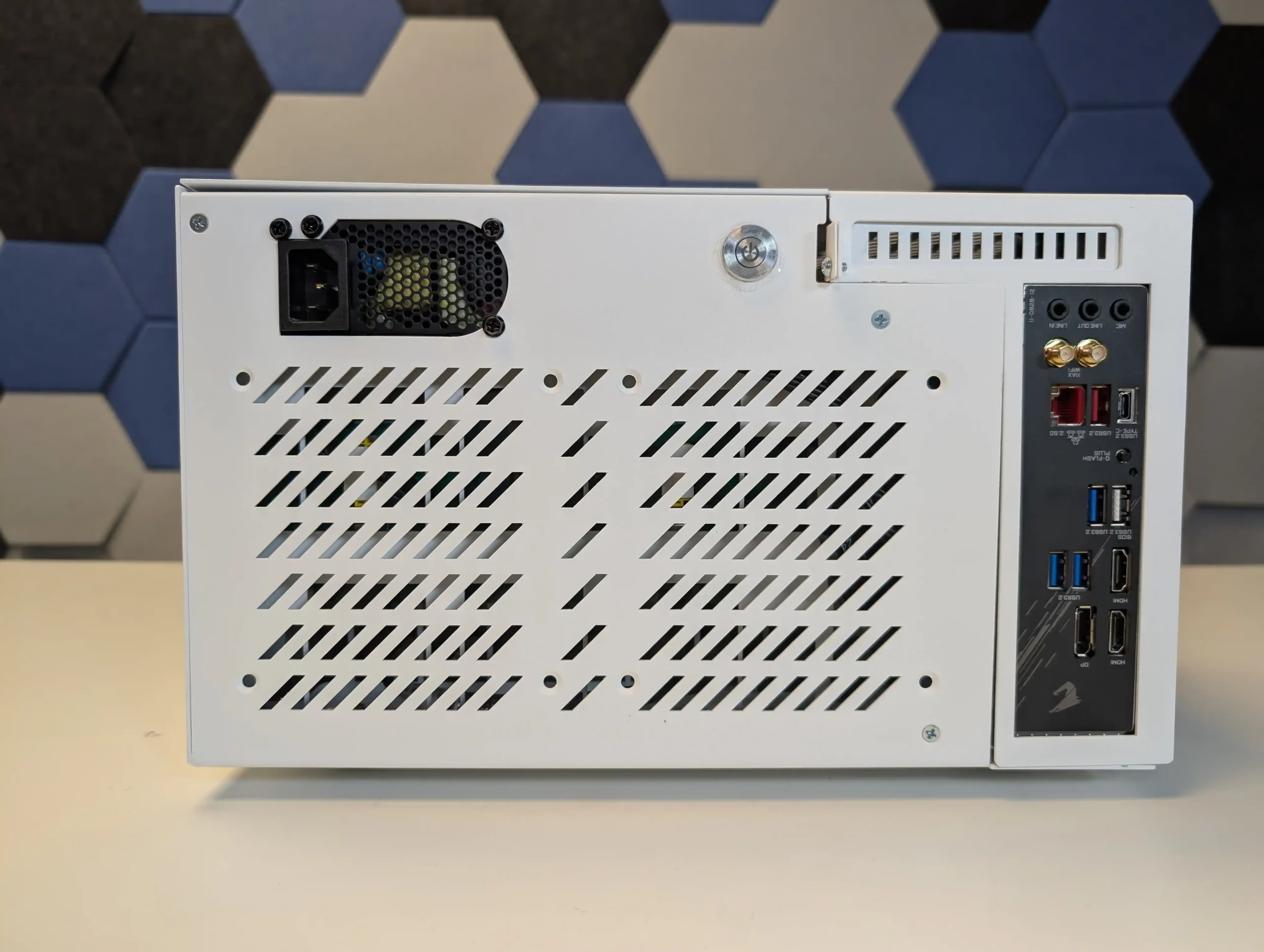

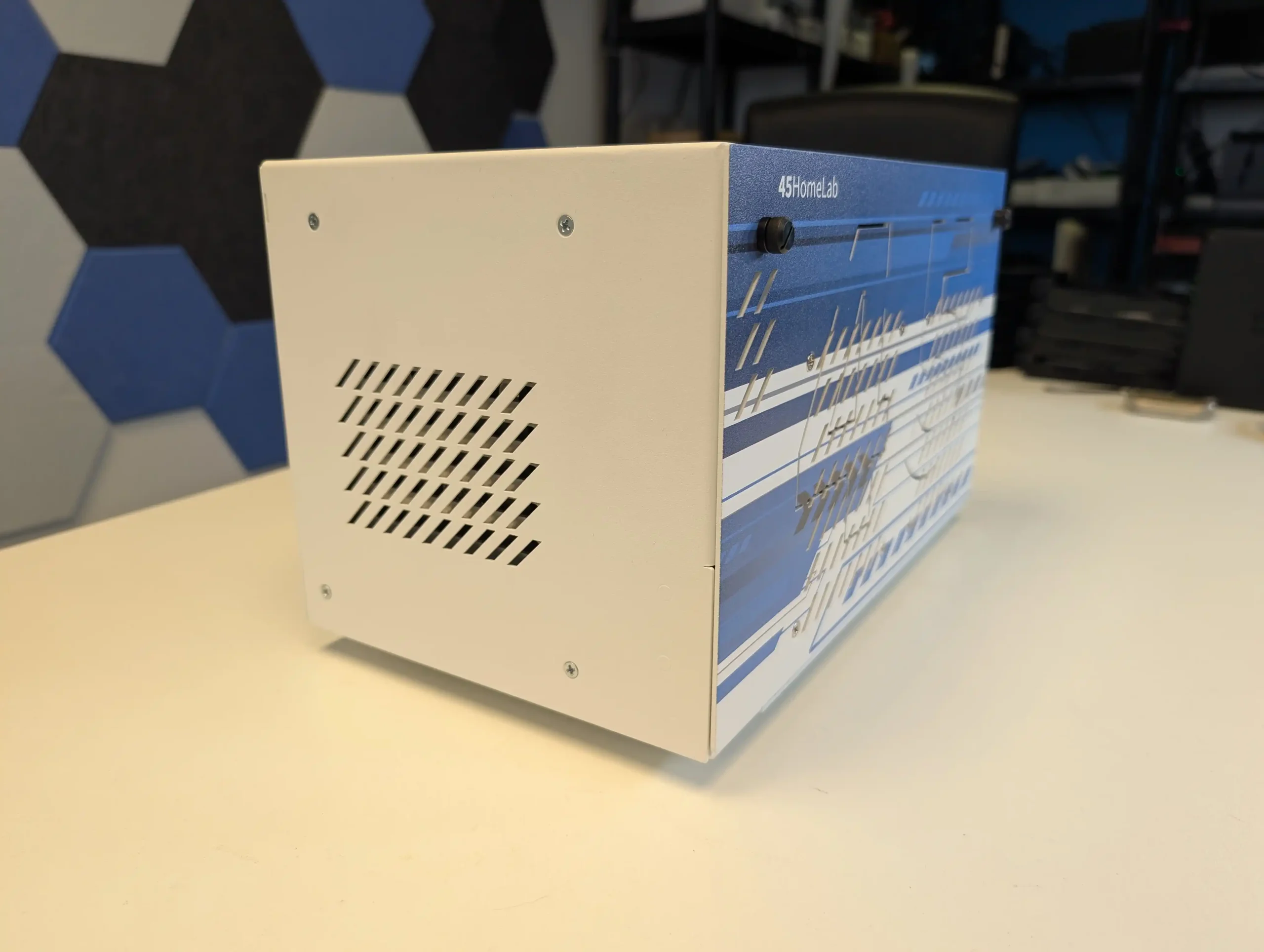
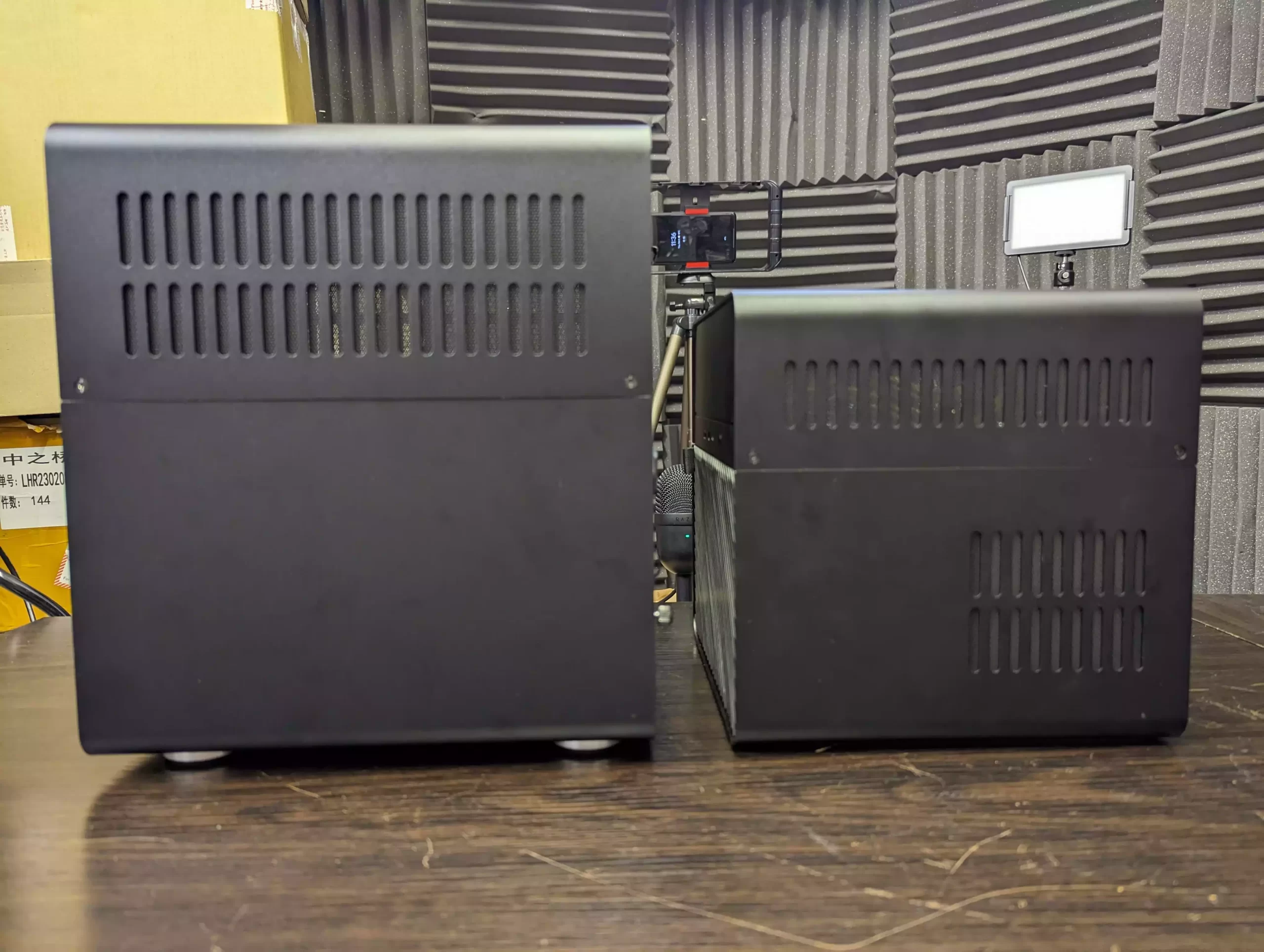
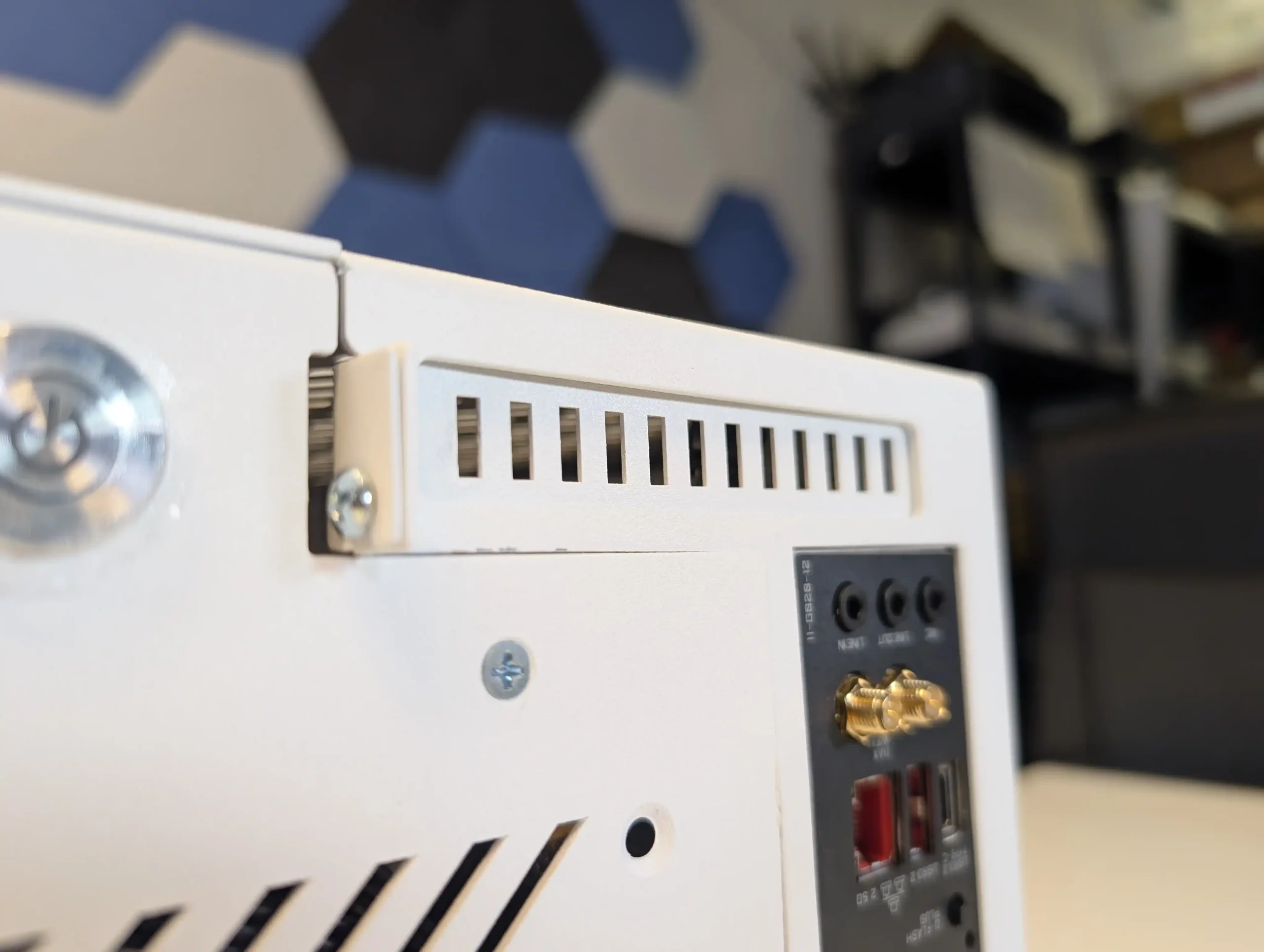
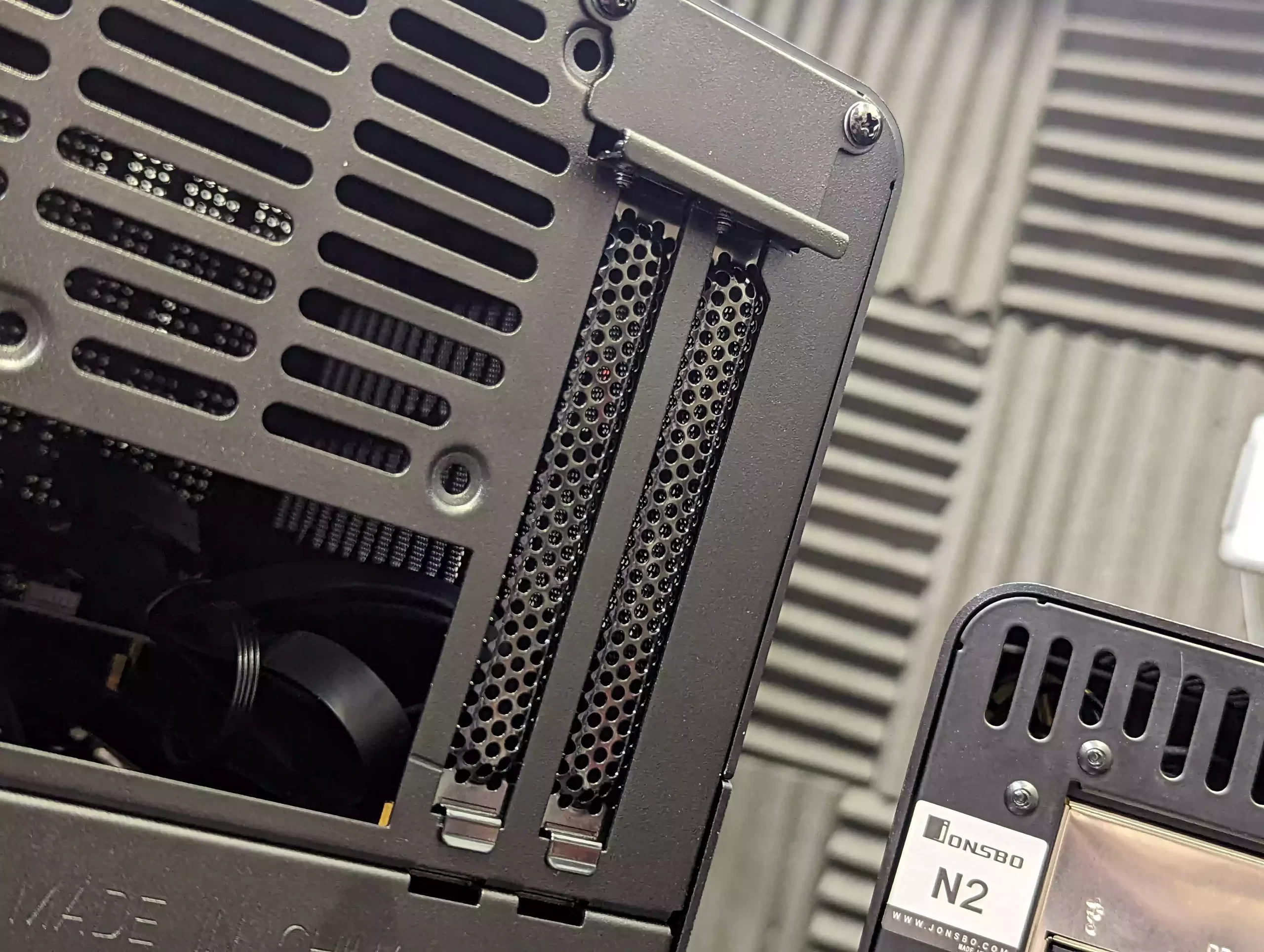
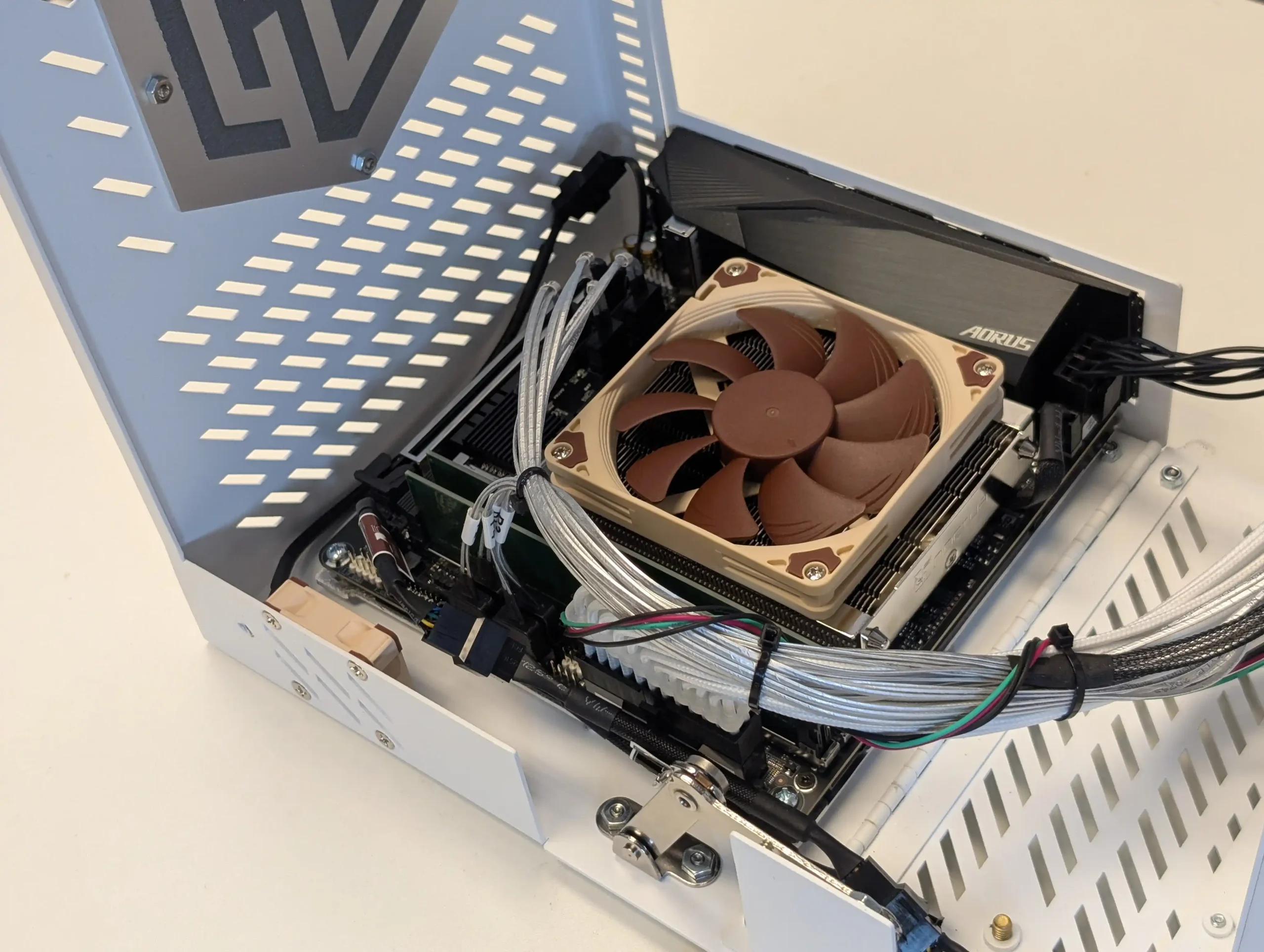
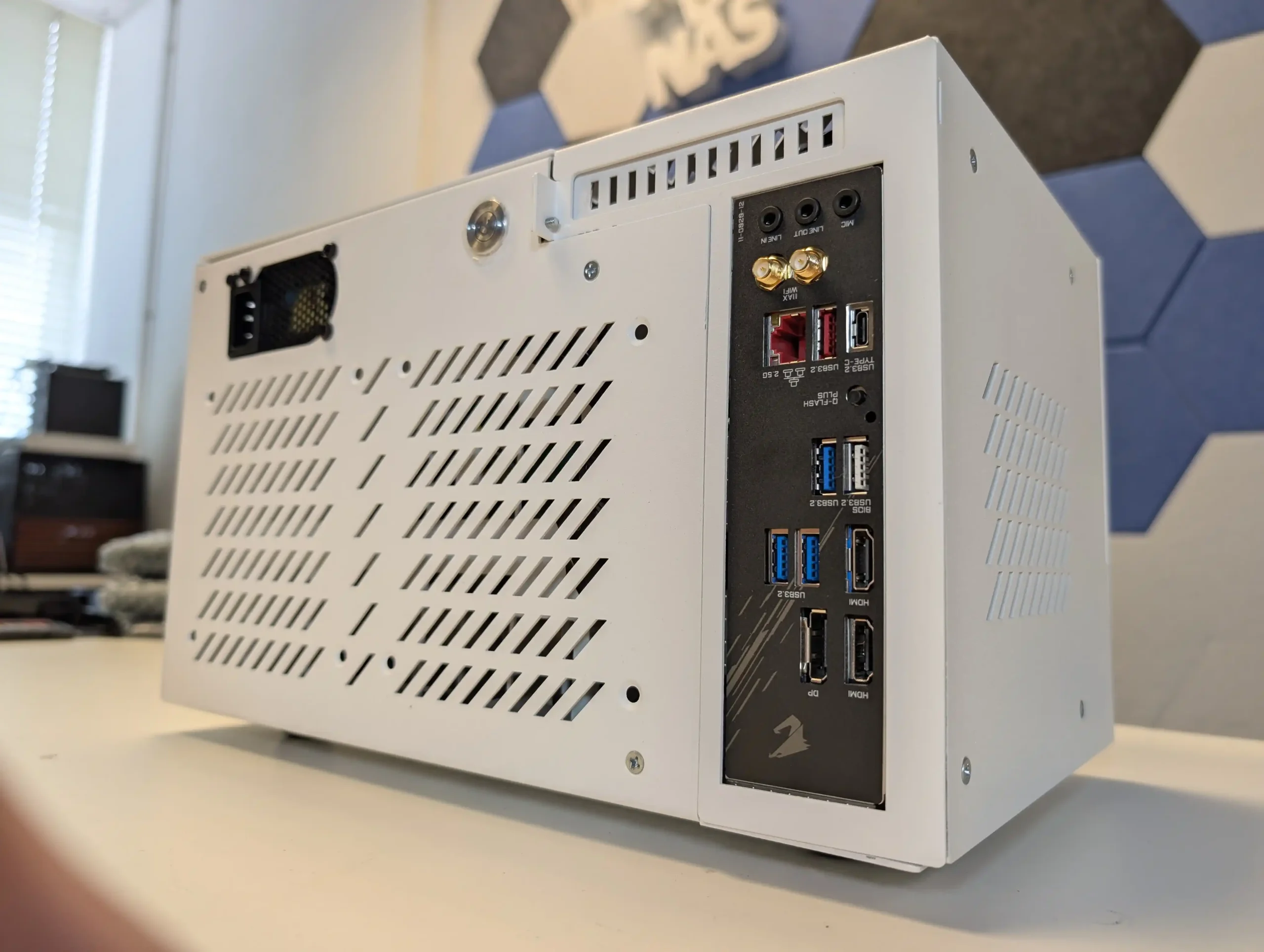
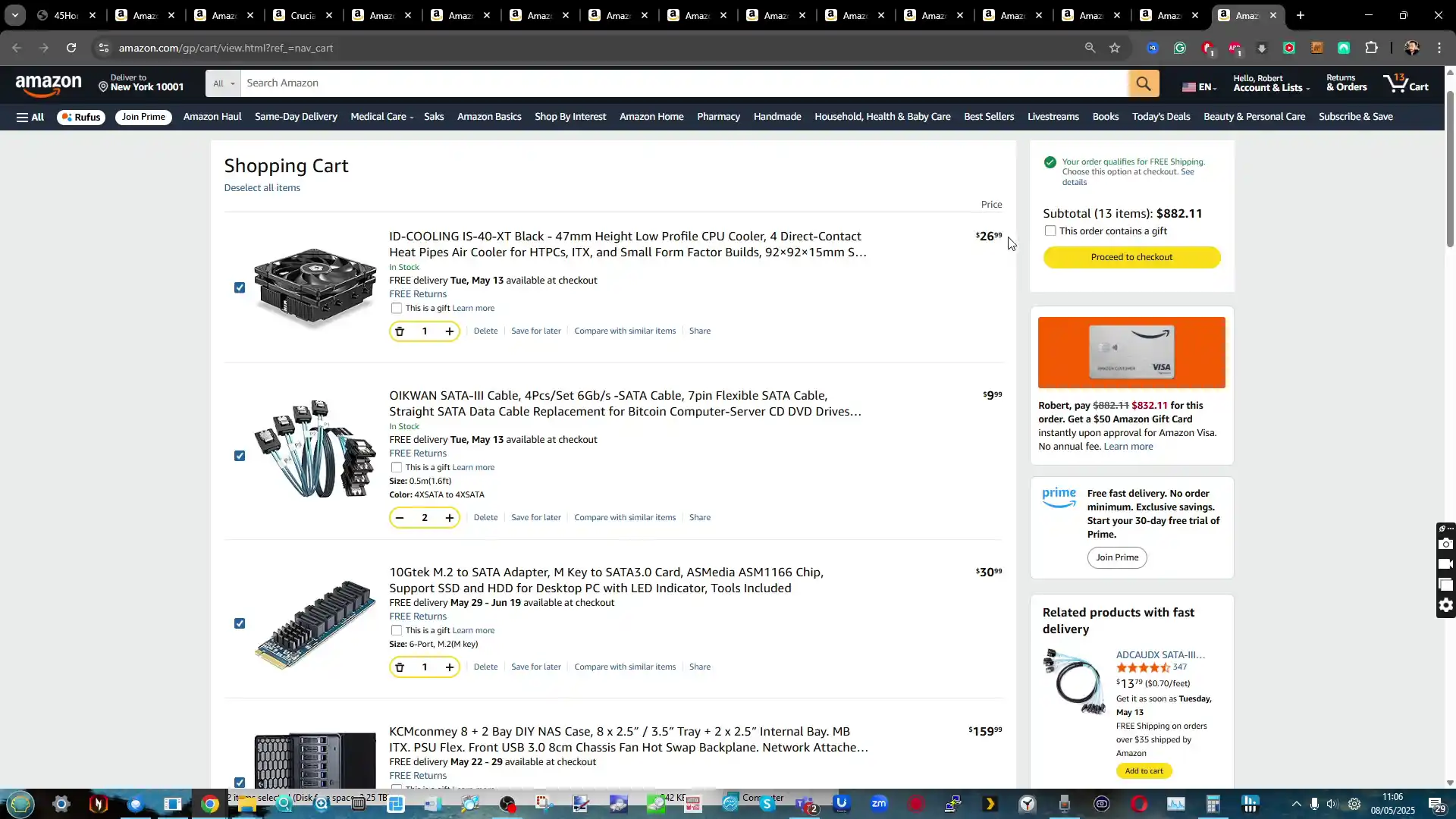
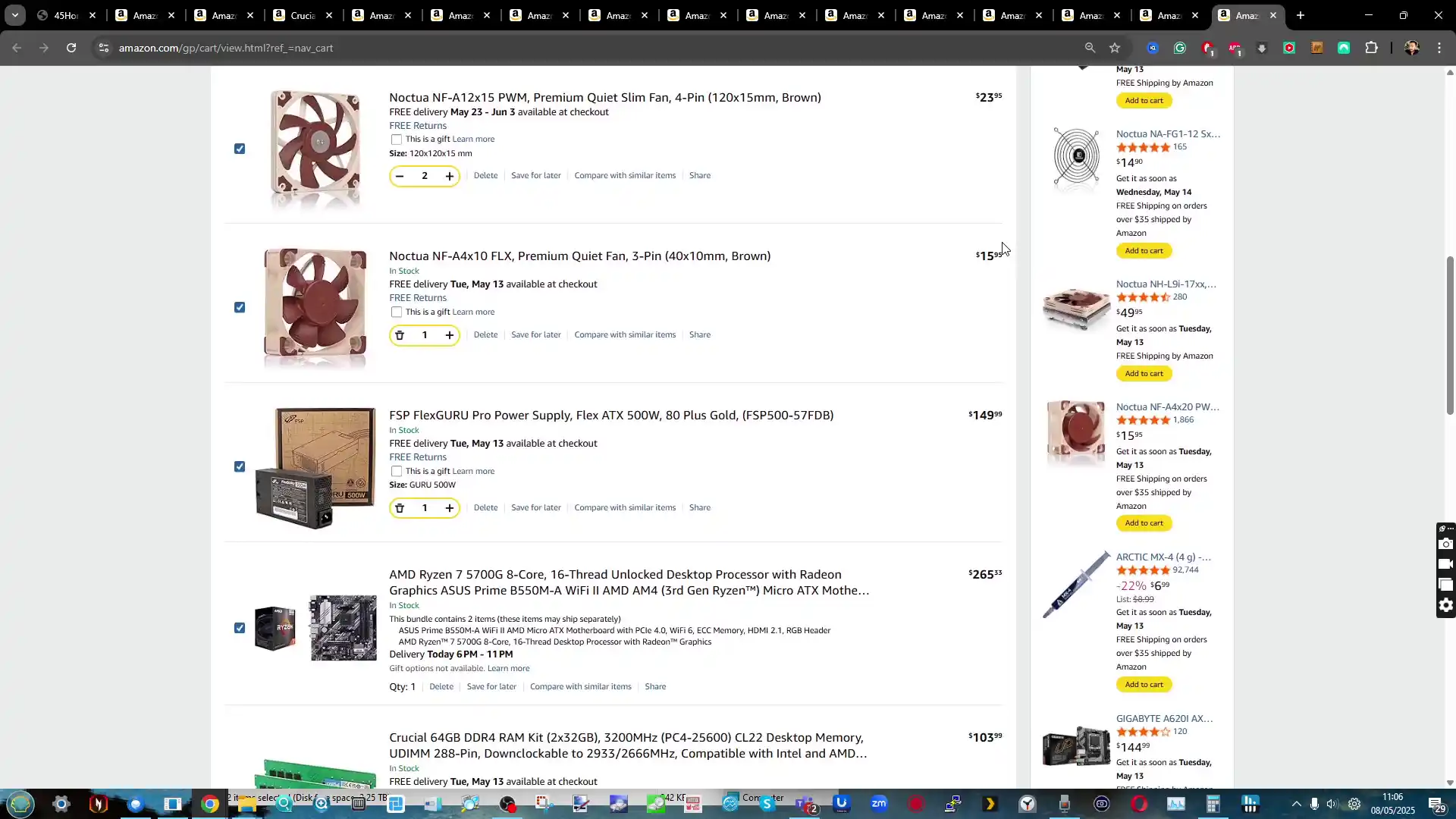
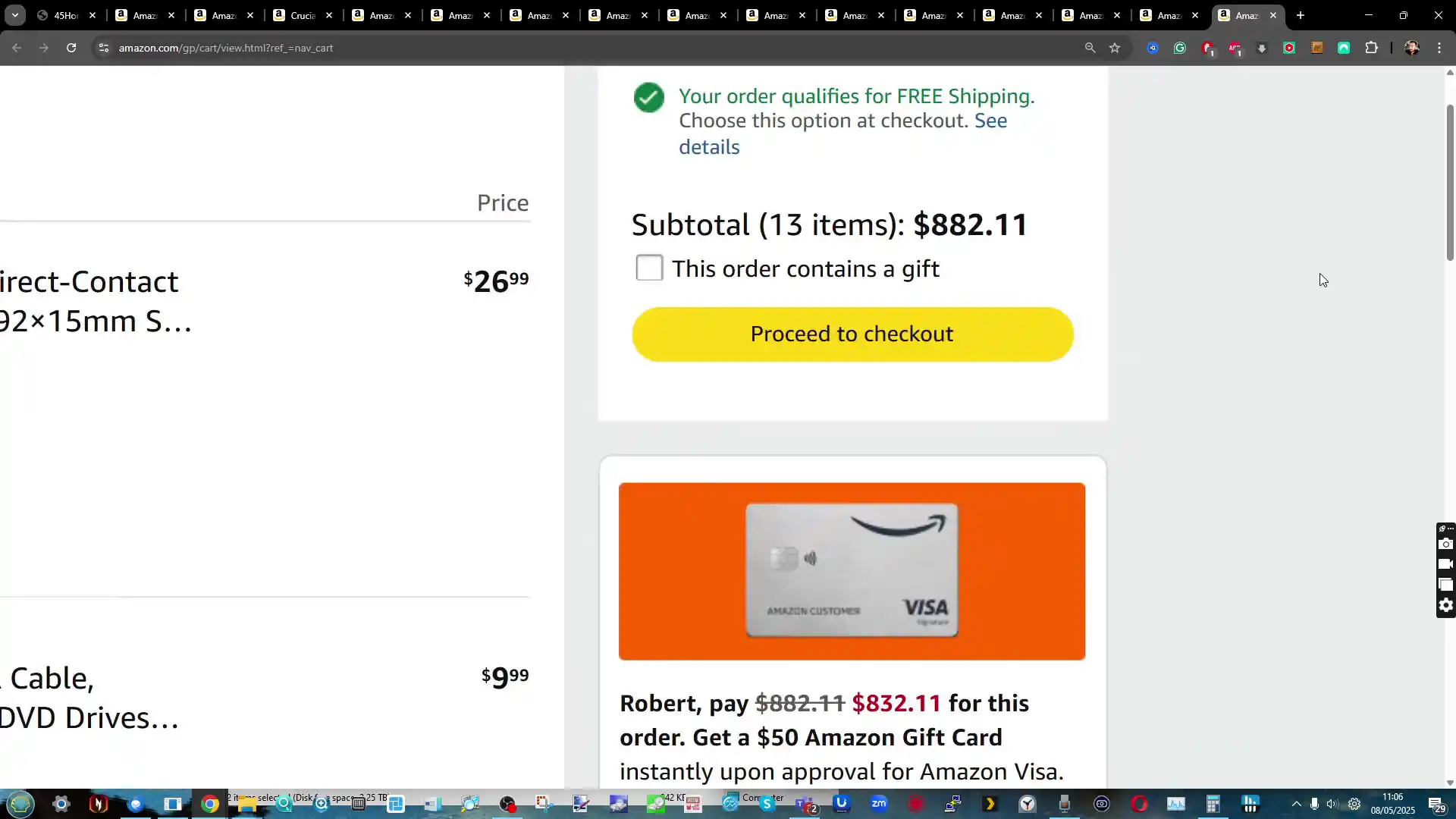
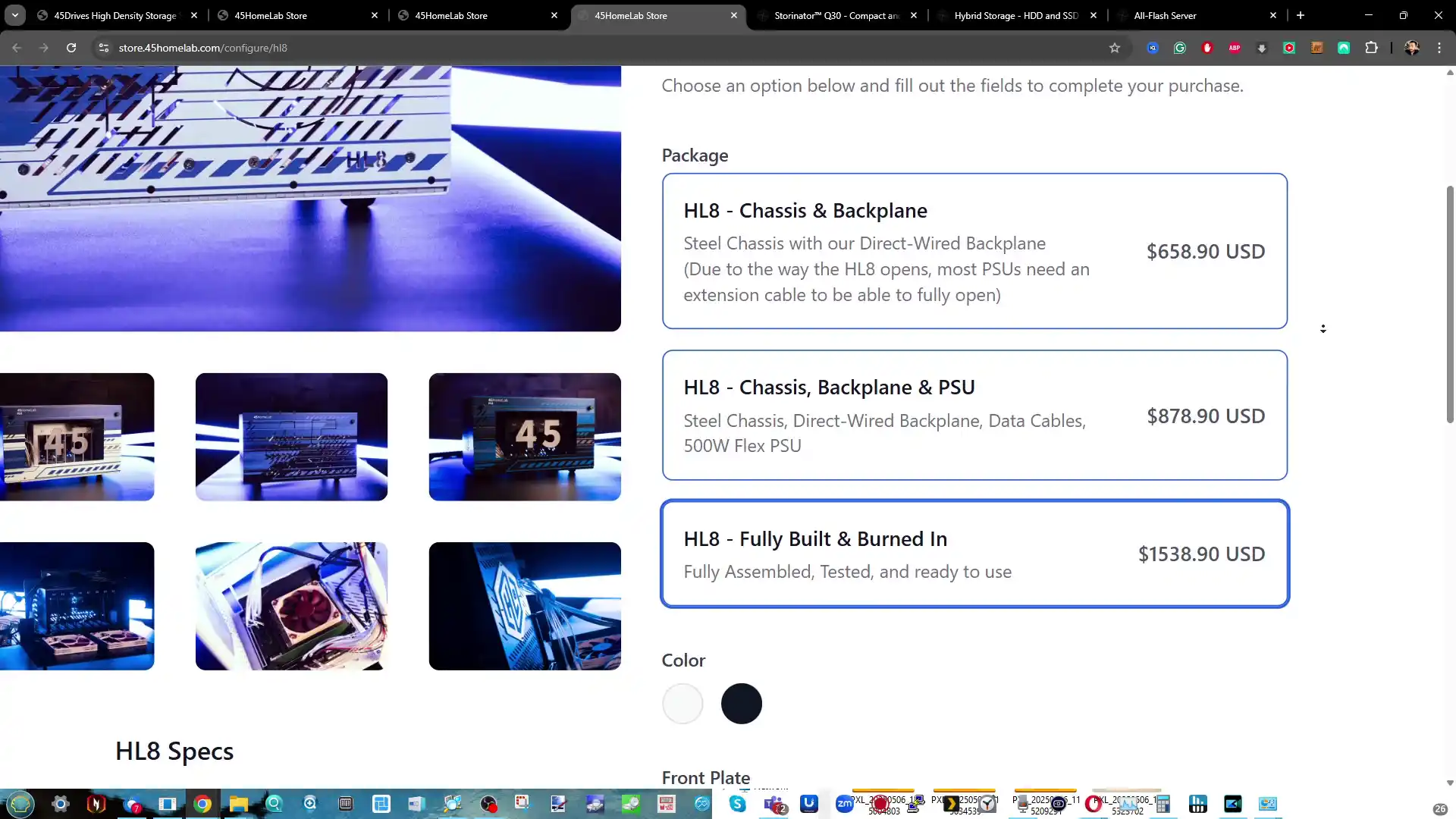
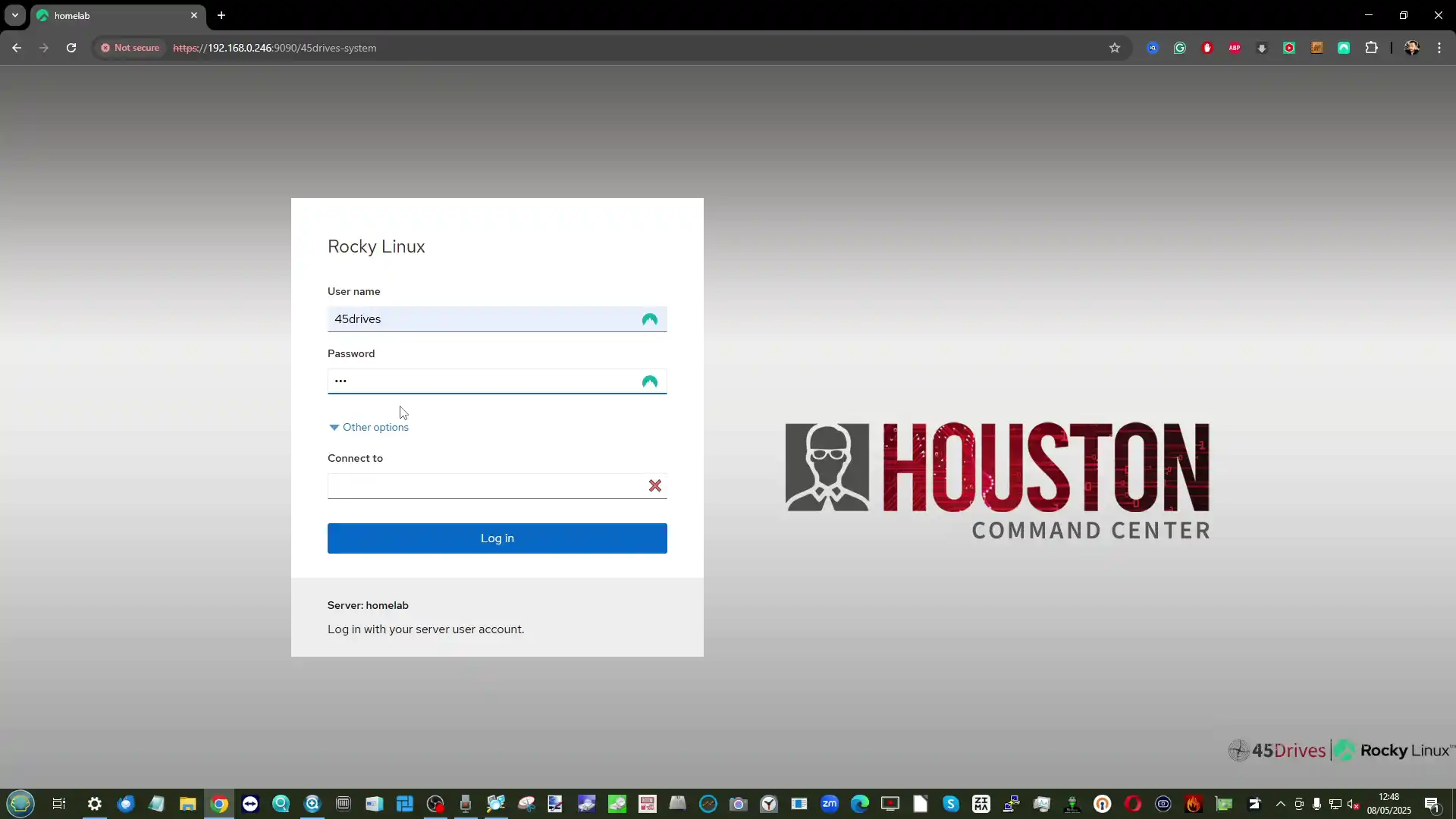
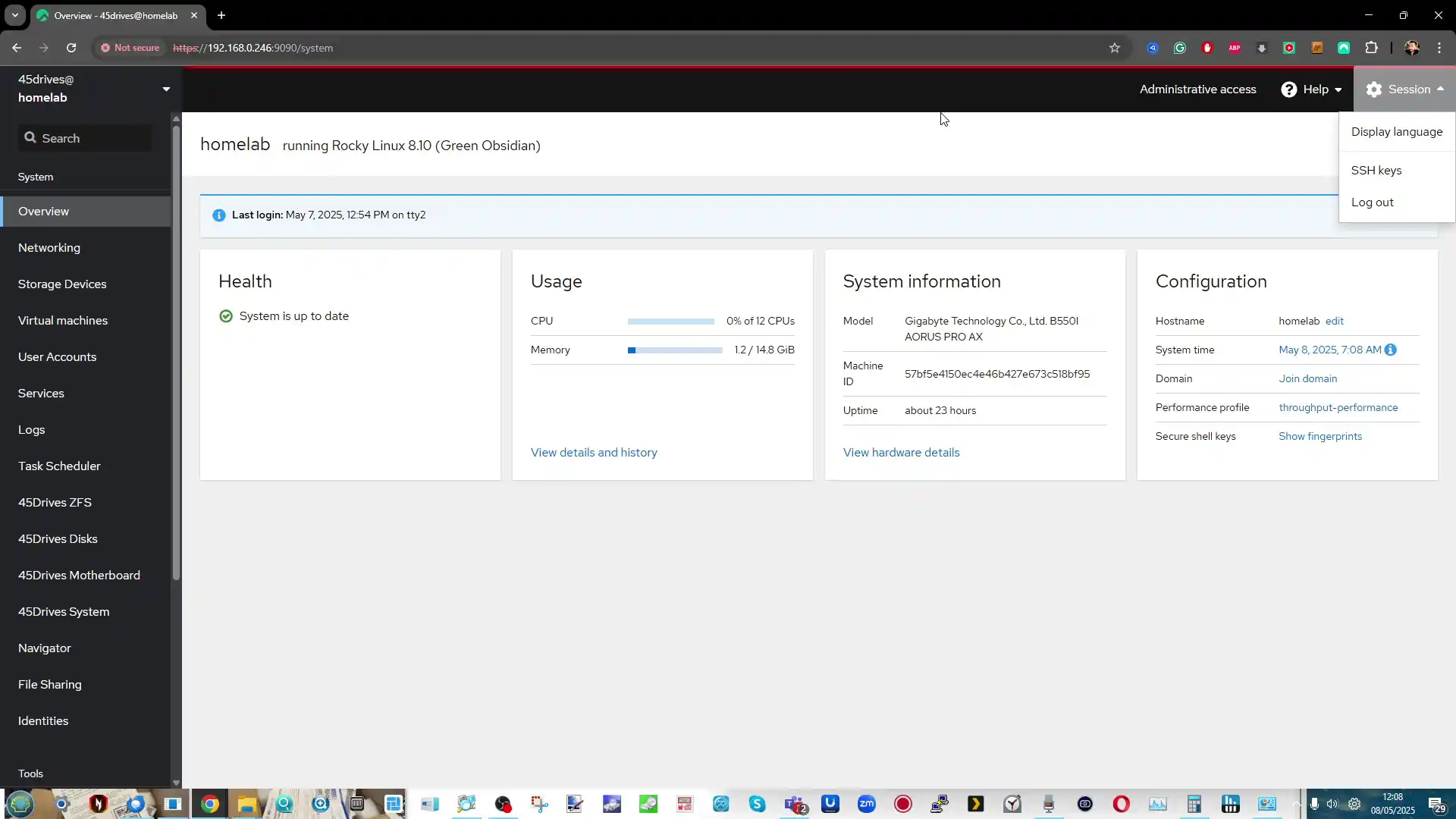
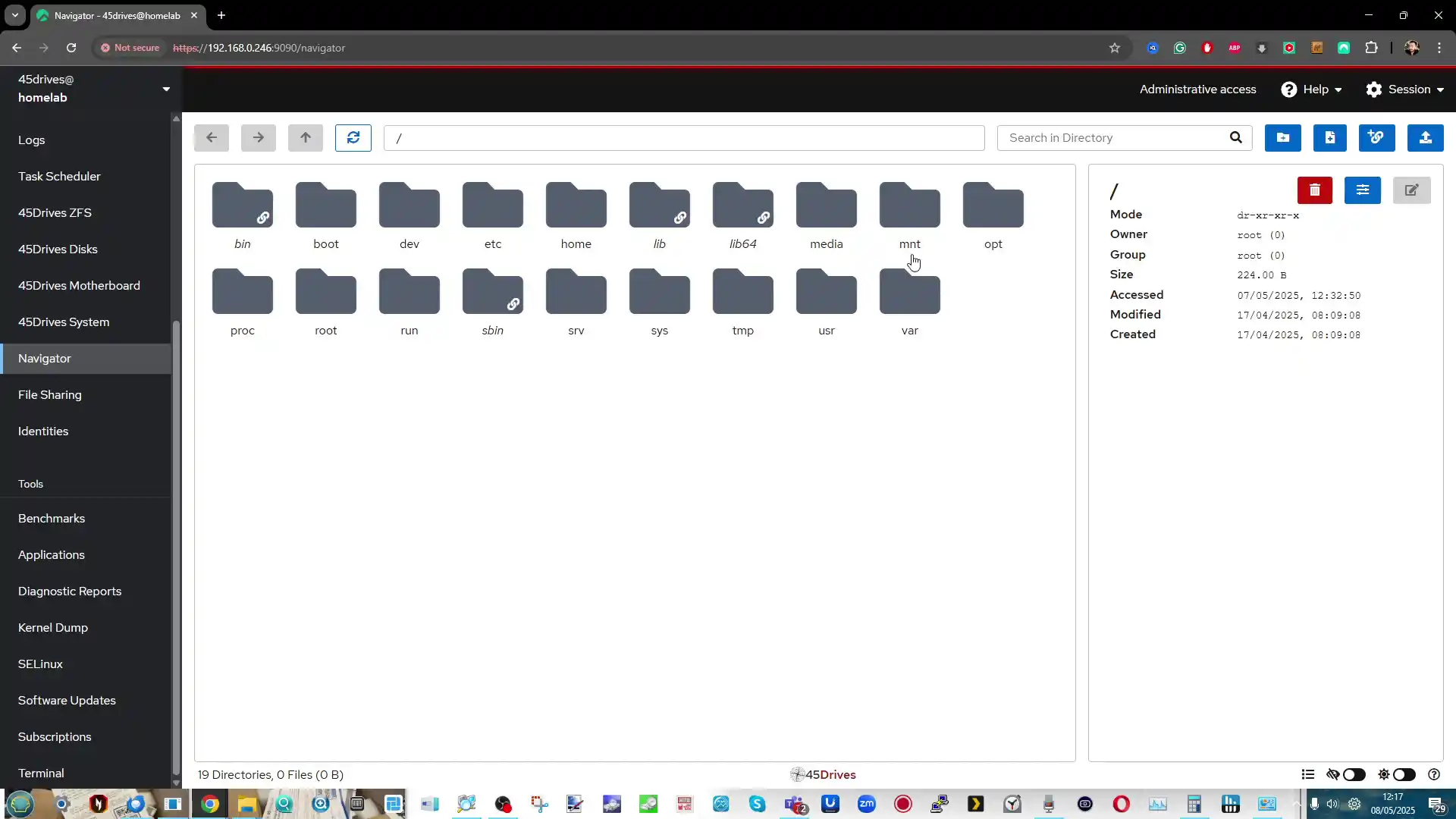
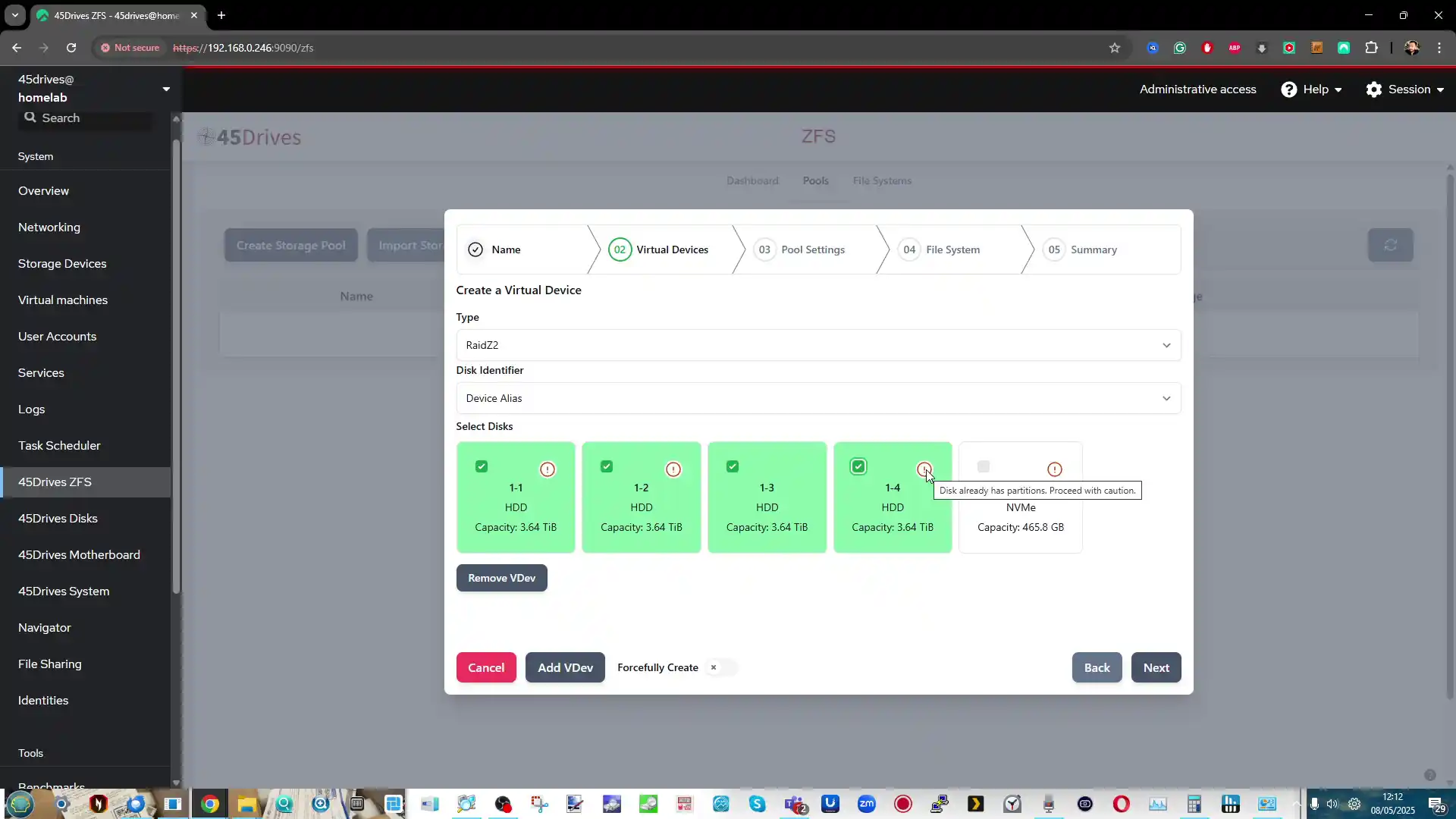
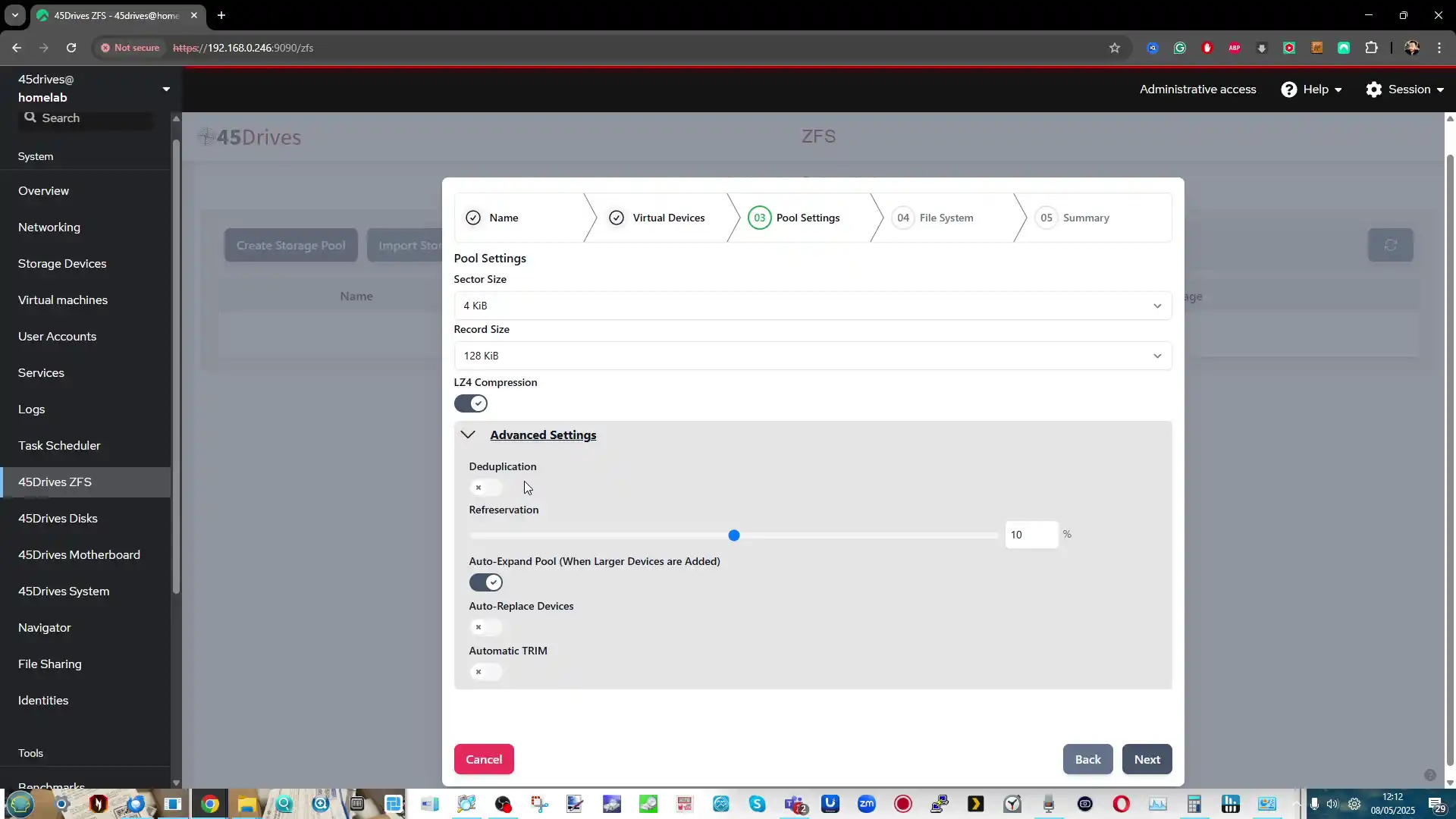
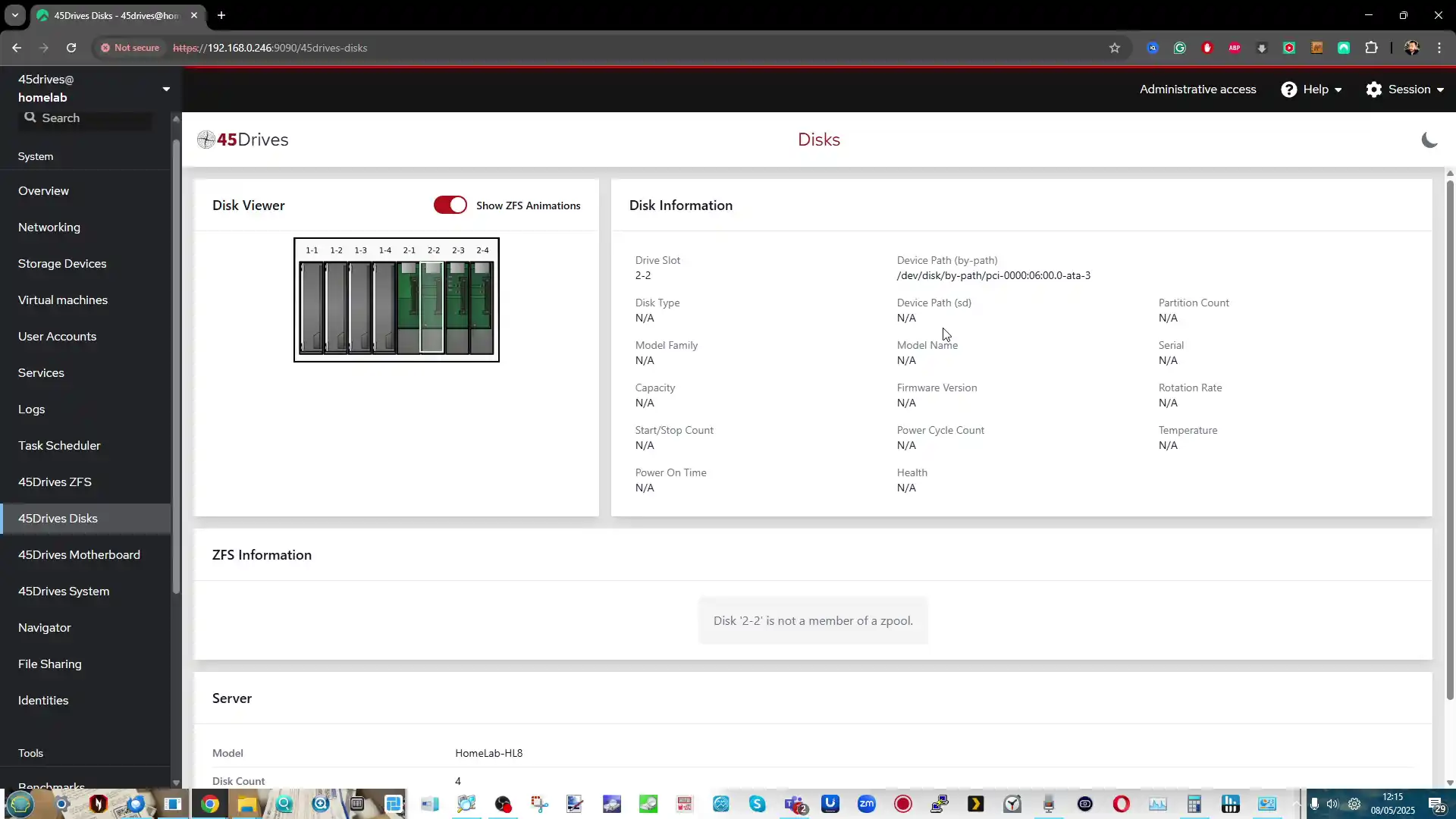
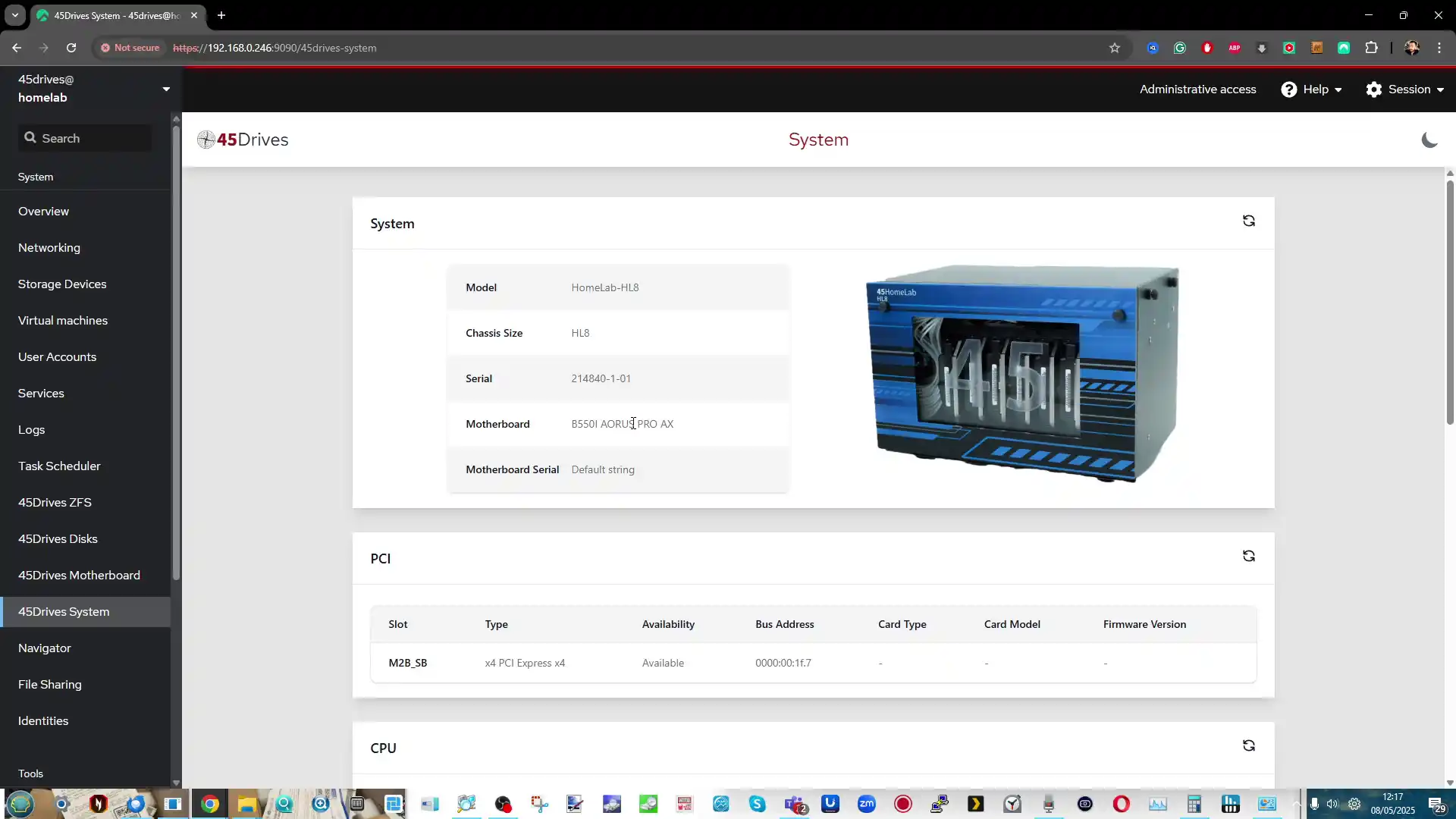
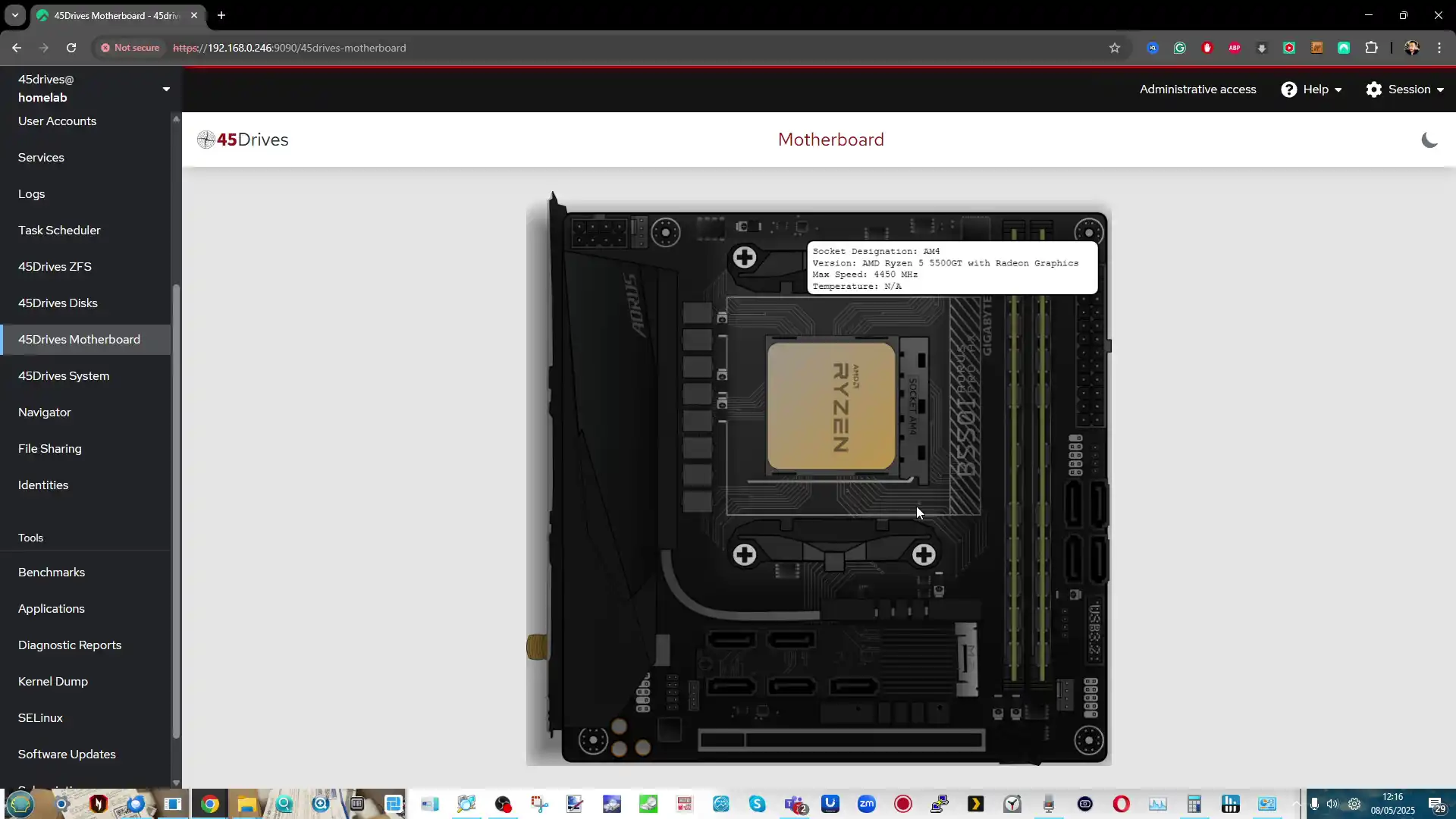 Each module is toggleable, and users can configure individual services with editable configuration files directly from the browser. This brings flexibility, while still maintaining visual accessibility for basic tasks.
Each module is toggleable, and users can configure individual services with editable configuration files directly from the browser. This brings flexibility, while still maintaining visual accessibility for basic tasks.
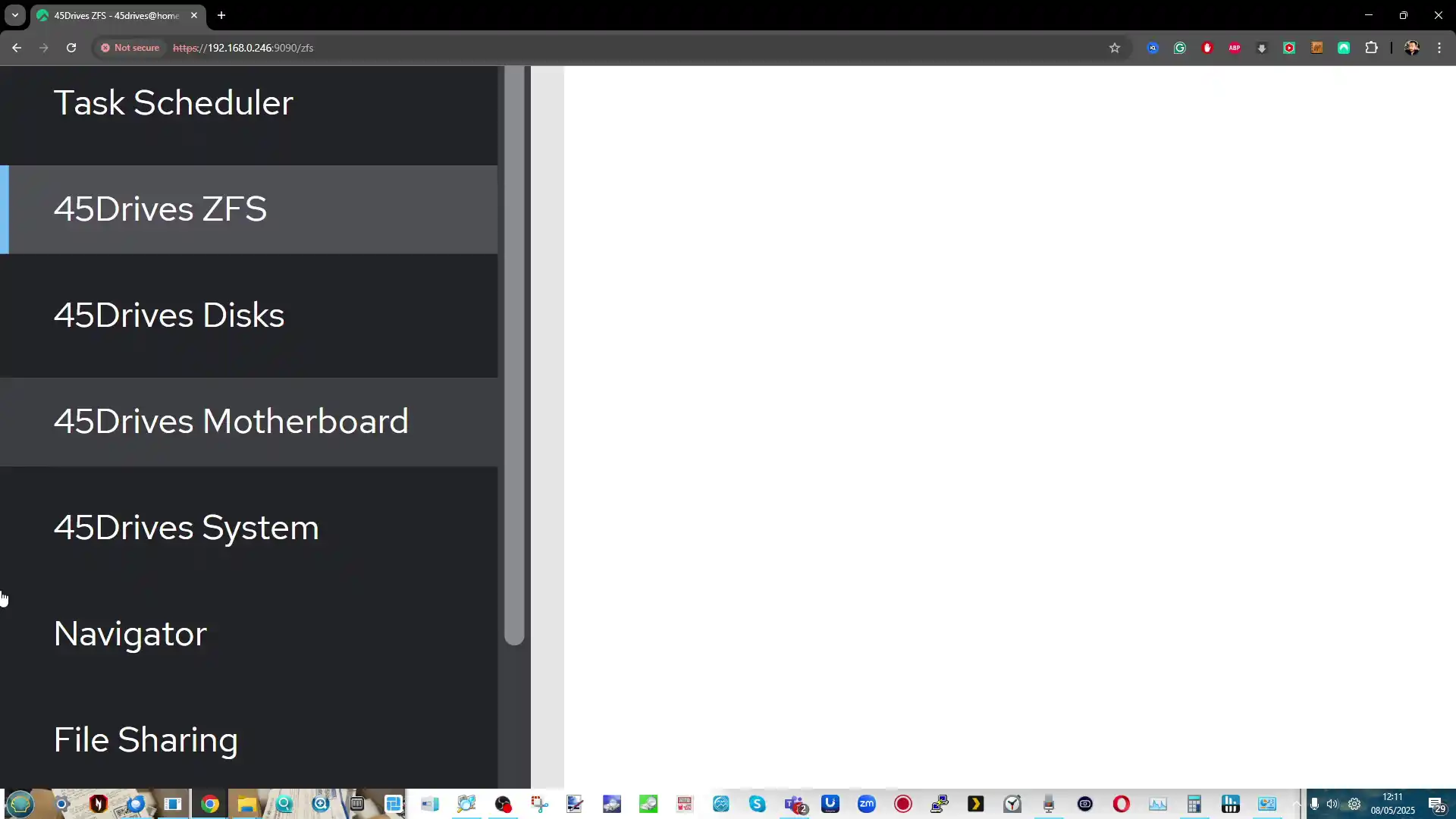
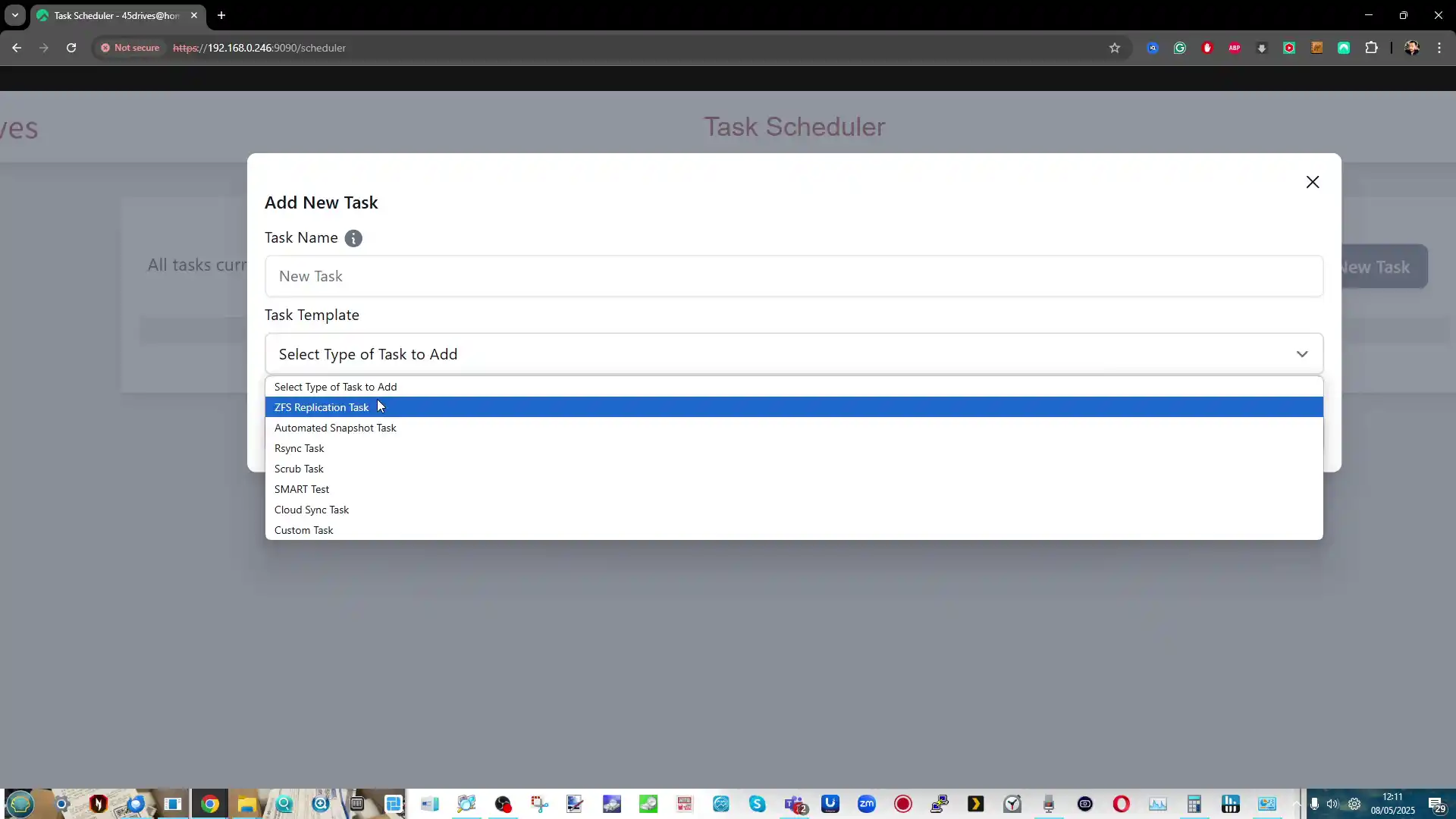
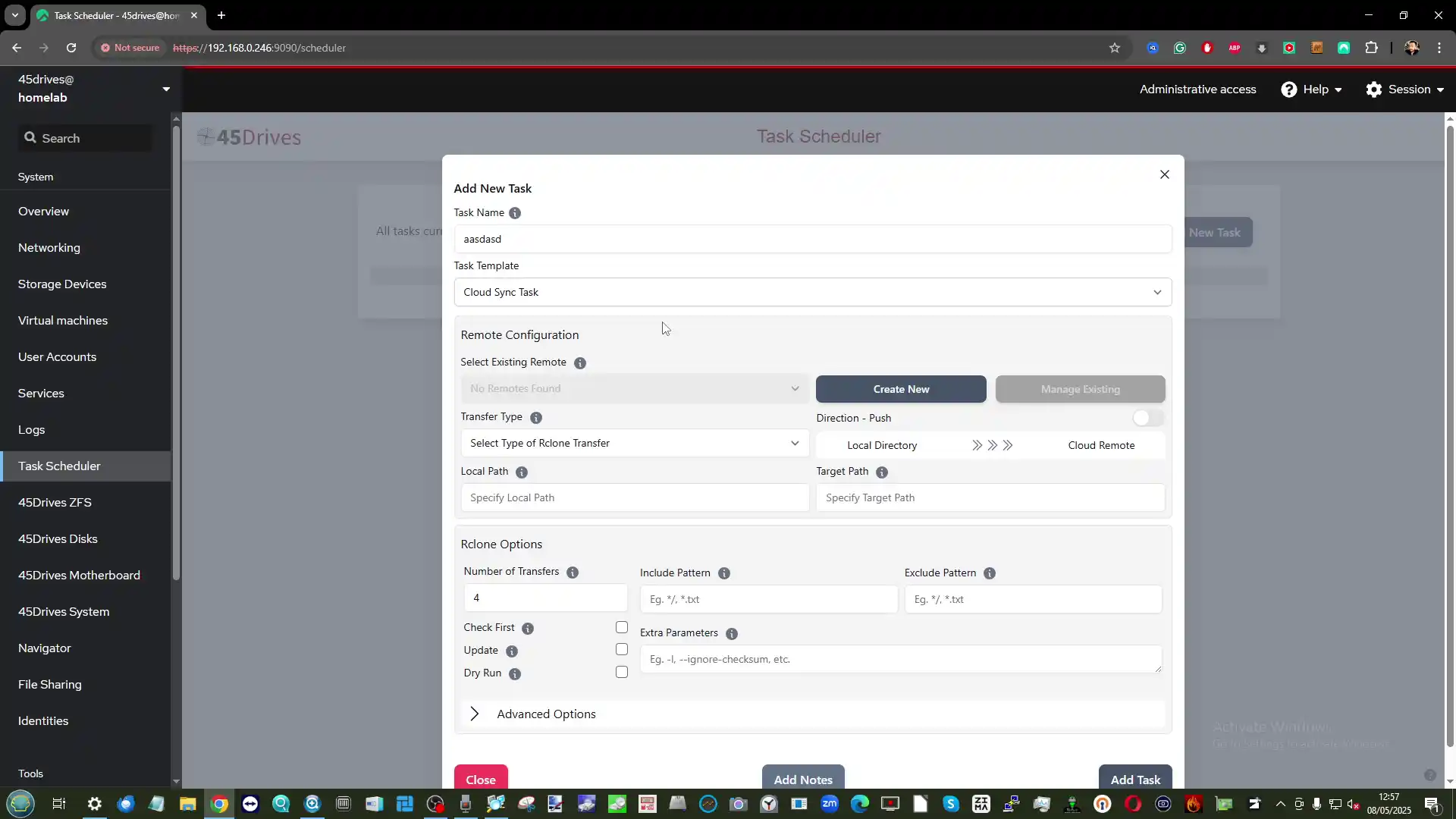
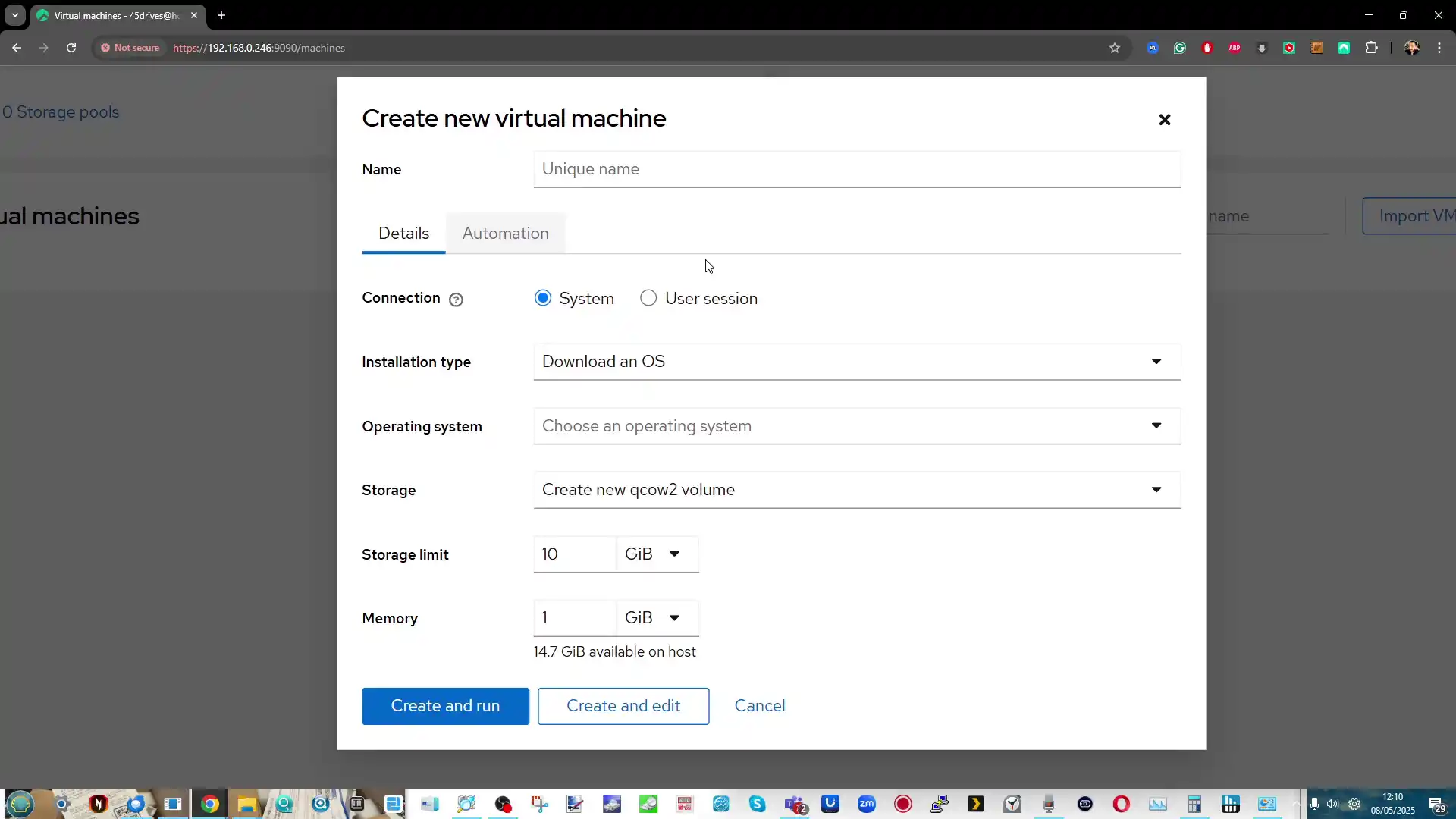
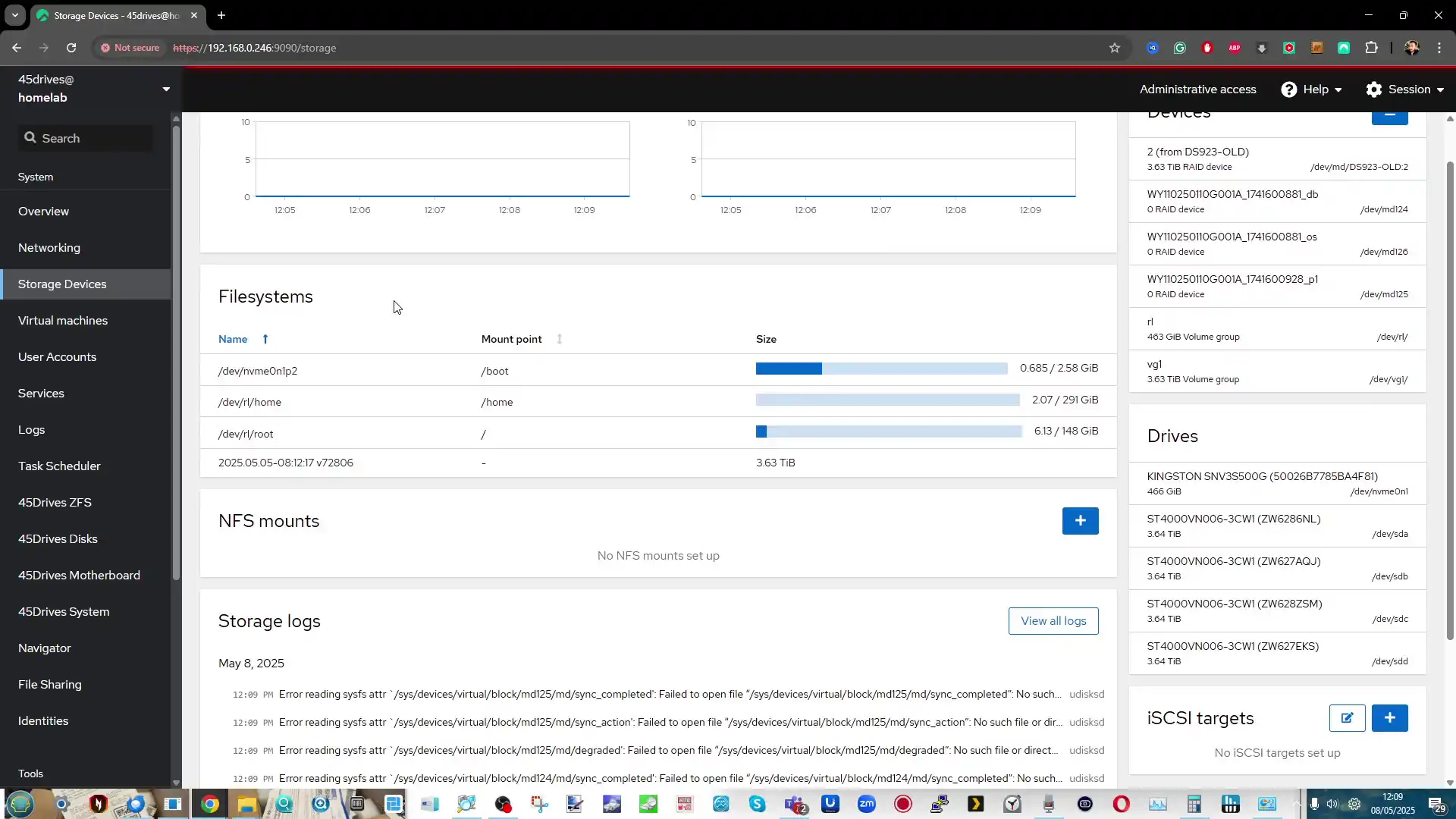
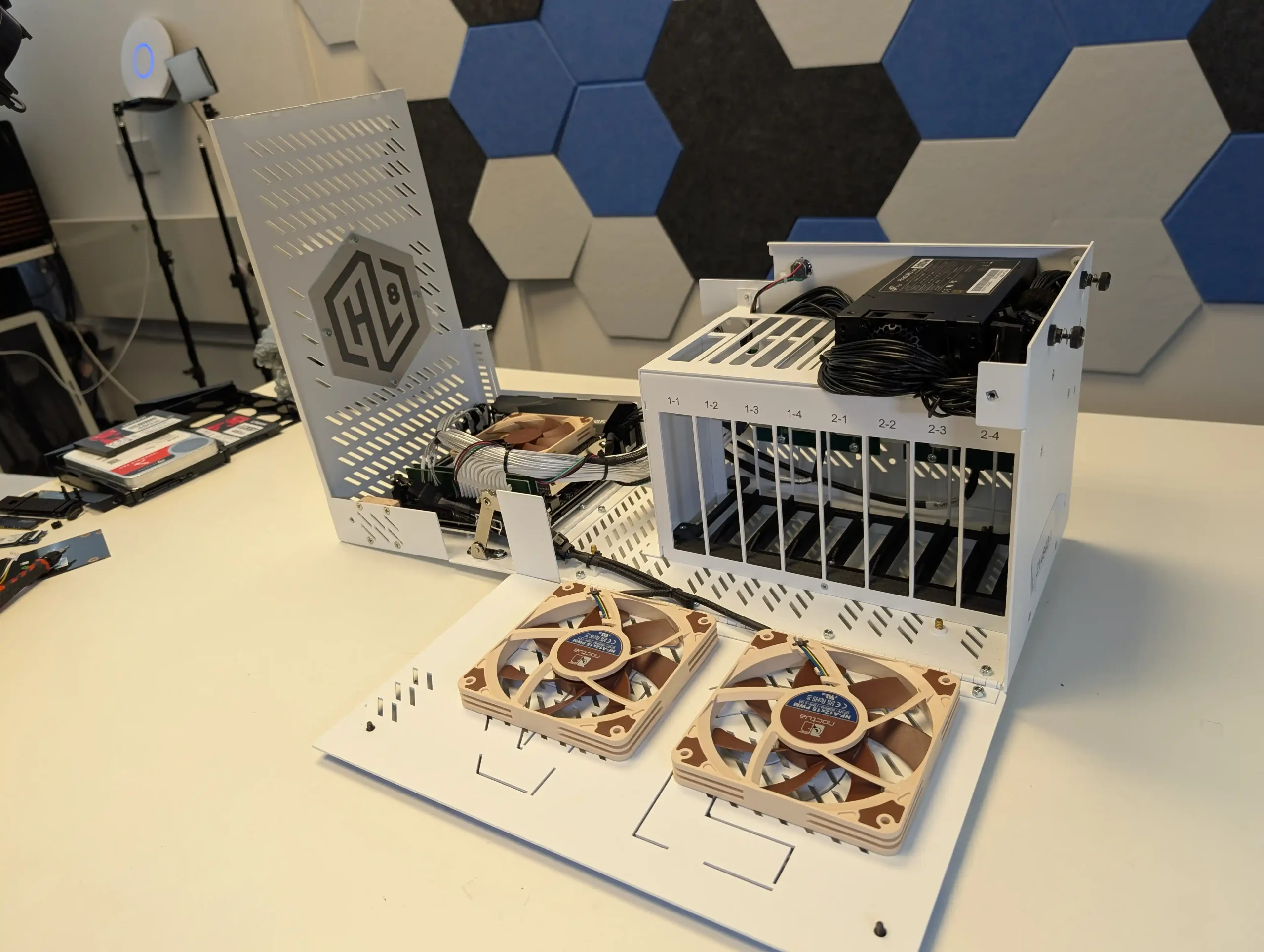
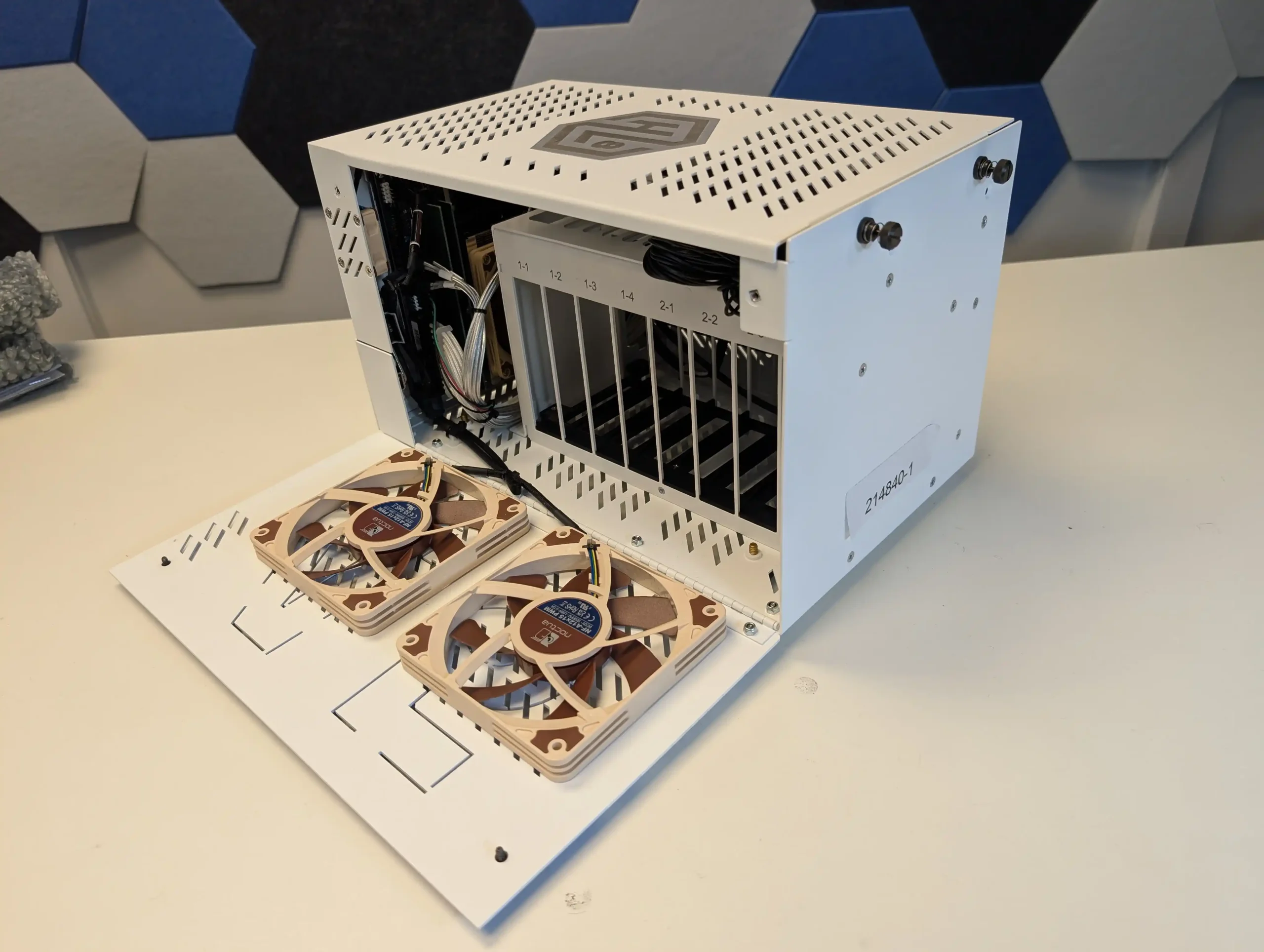
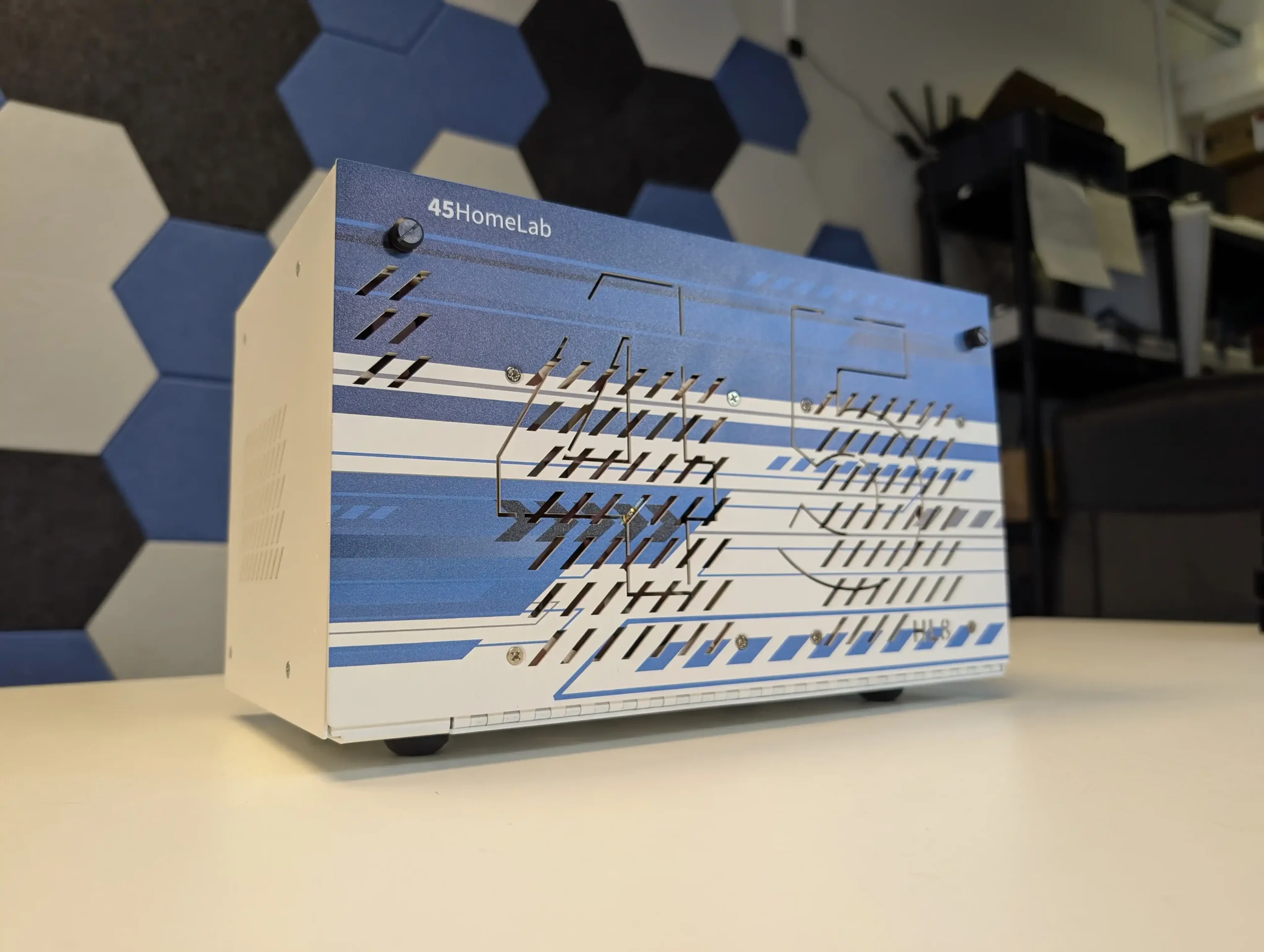
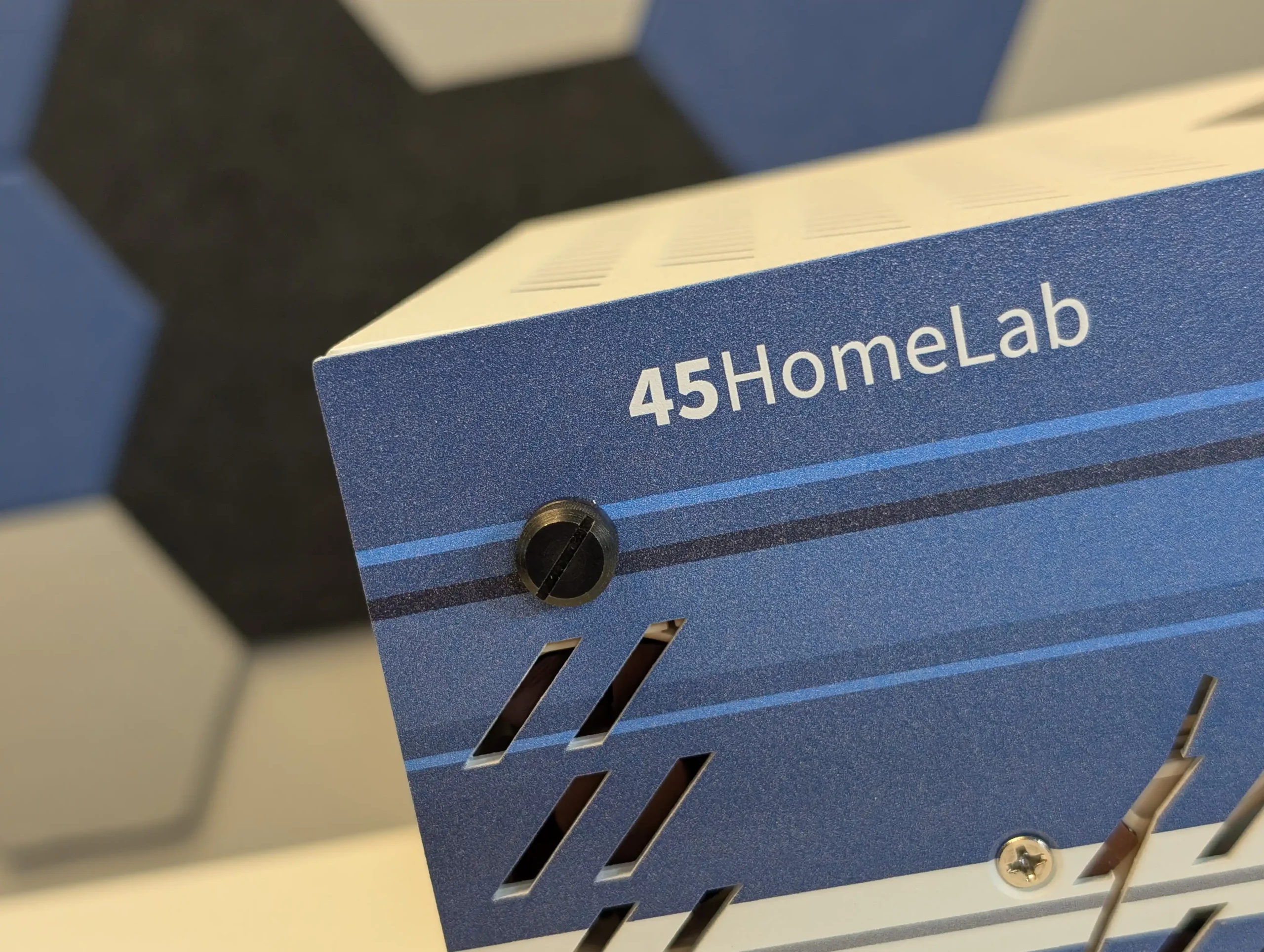


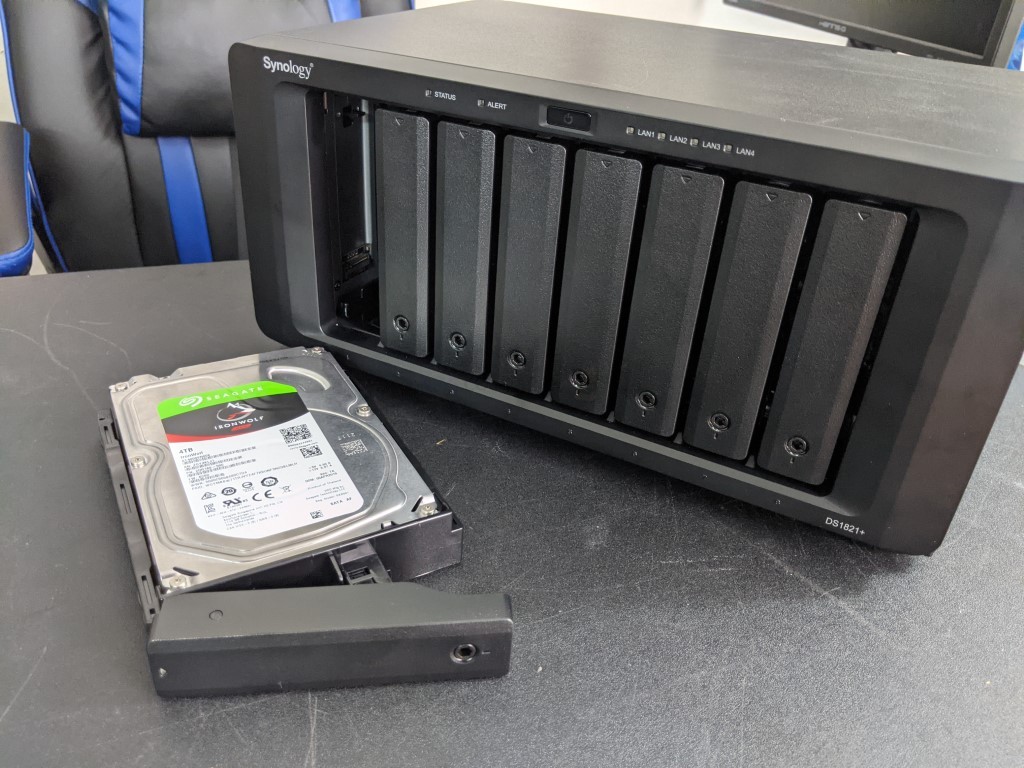
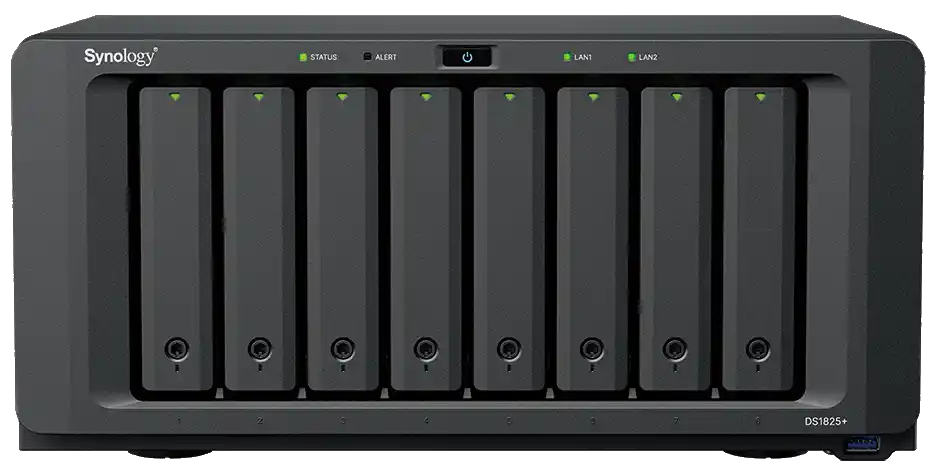
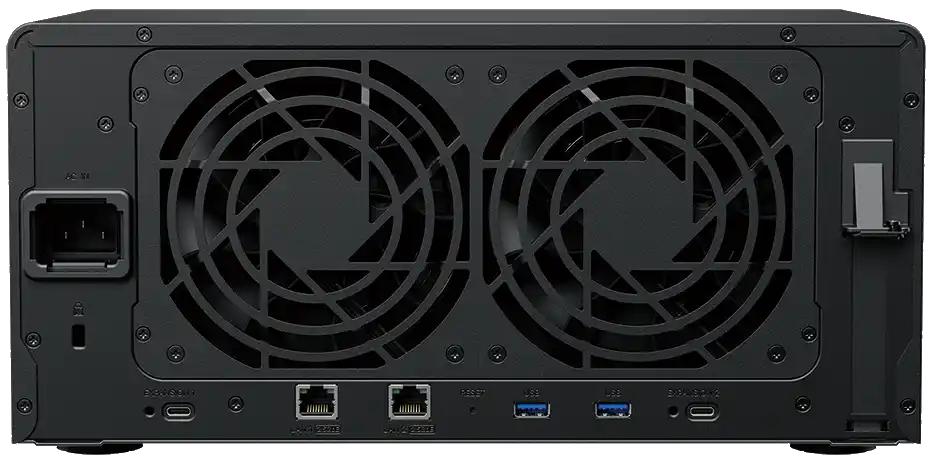
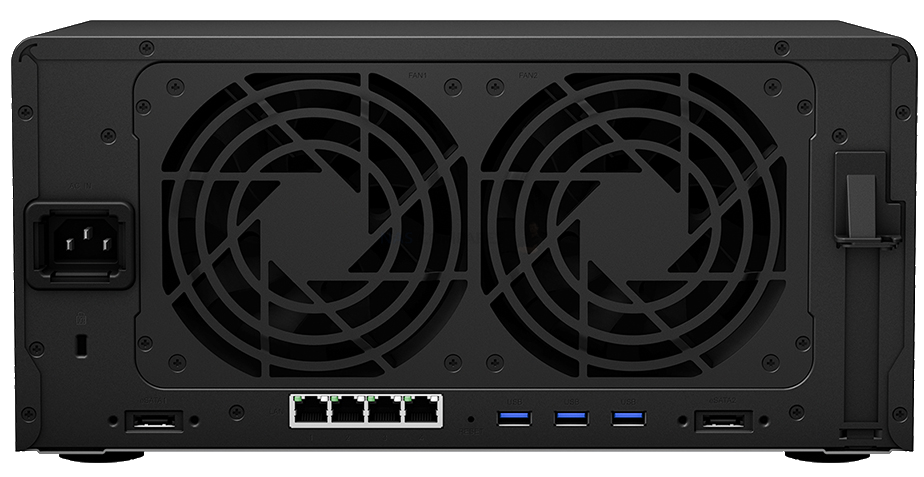
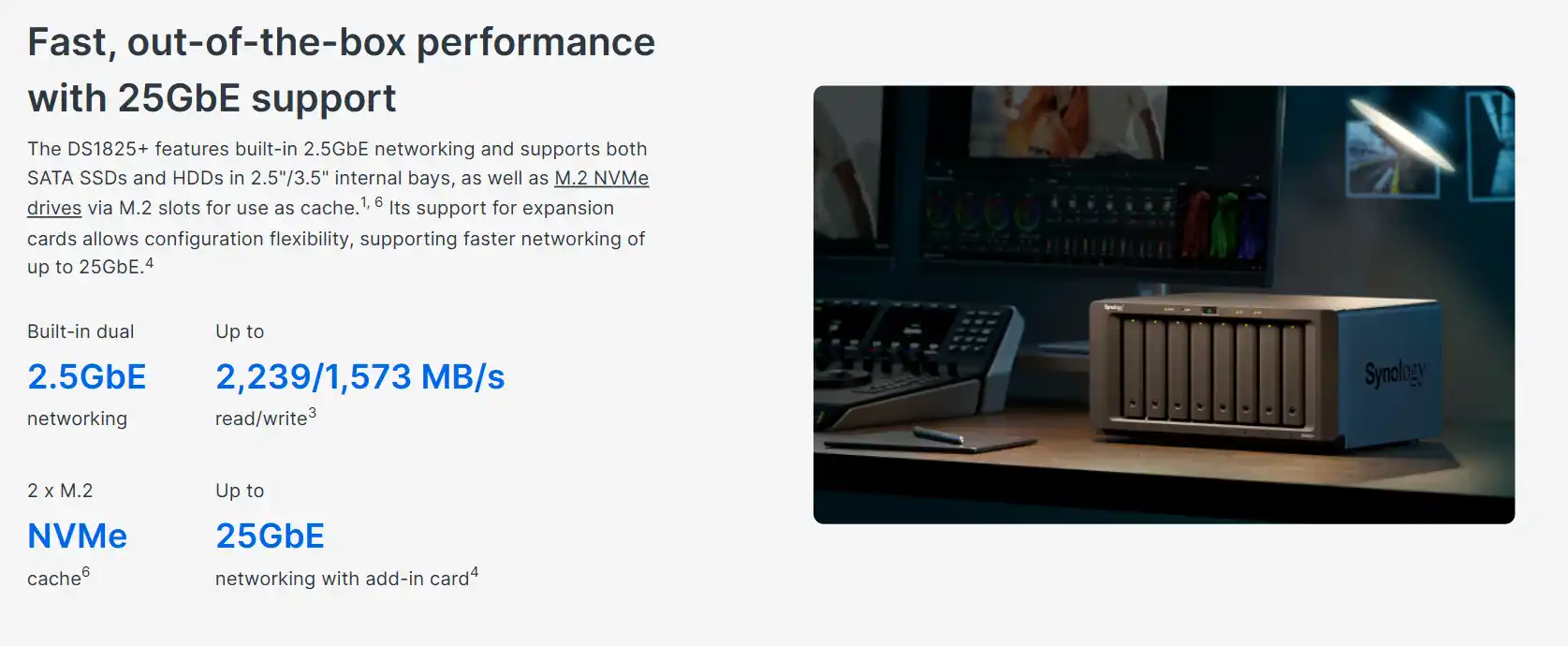
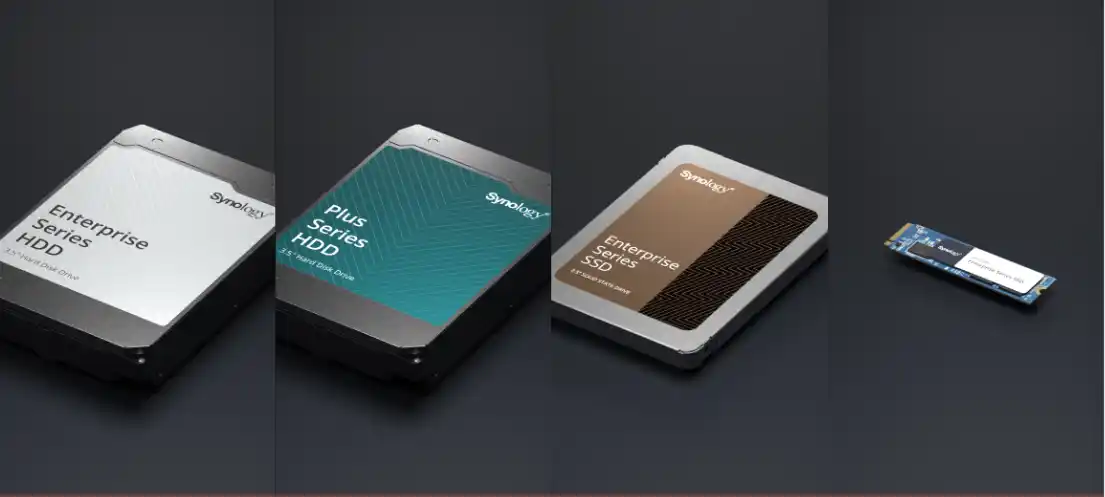
 Fully supported (with warnings)
Fully supported (with warnings) Blocked at install/init if not verified
Blocked at install/init if not verified